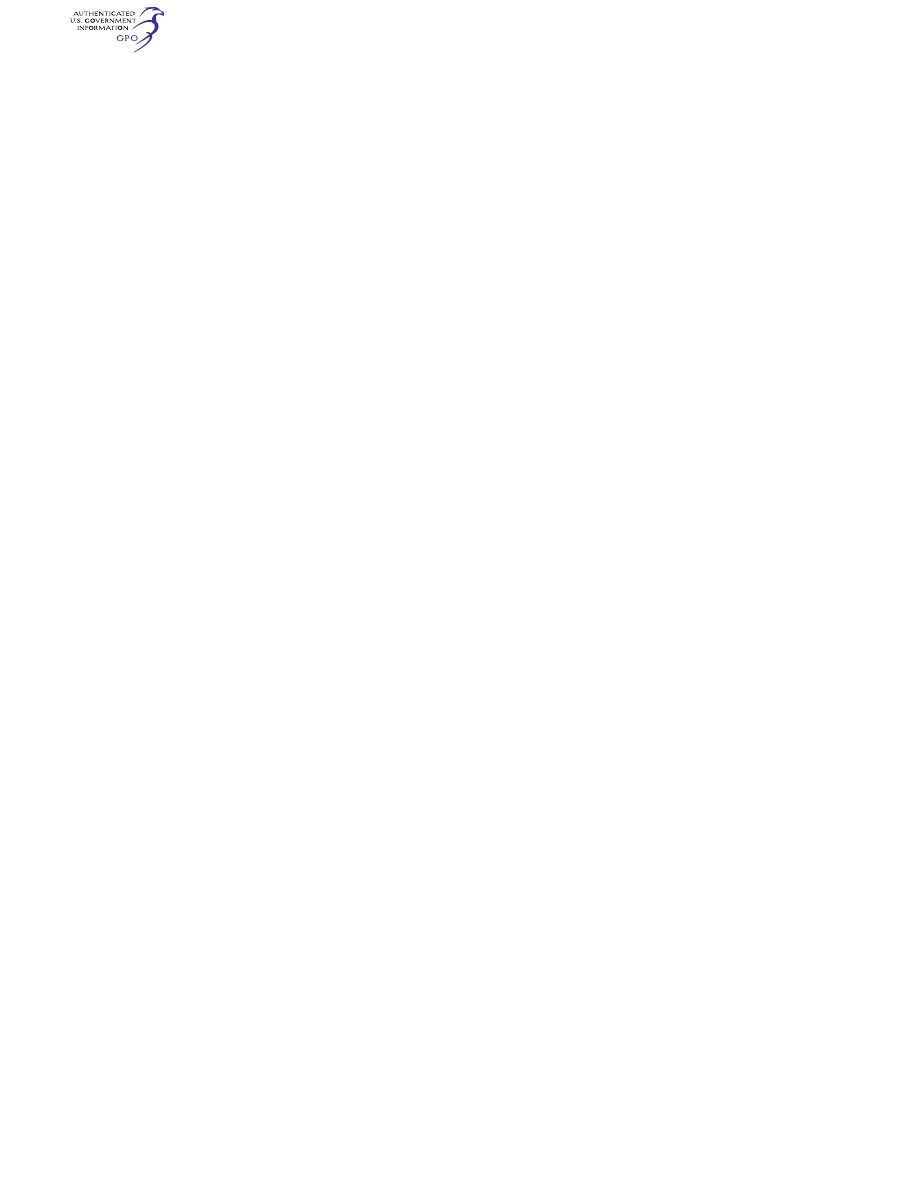
73
Federal Aviation Administration, DOT
Pt. 121
of Aerospace Medicine, Drug Abate-
ment Division:
(i) Company name.
(ii) Telephone number.
(iii) Address where your drug and al-
cohol testing program records are kept.
(iv) Type of safety-sensitive func-
tions you or your employees perform
(such as flight instruction duties, air-
craft dispatcher duties, maintenance or
preventive maintenance duties, ground
security coordinator duties, aviation
screening duties, air traffic control du-
ties).
(v) Whether you have 50 or more cov-
ered employees, or 49 or fewer covered
employees.
(vi) A signed statement indicating
that: your company will comply with
this part and 49 CFR part 40; and you
intend to provide safety-sensitive func-
tions by contract (including sub-
contract at any tier) to a part 119 cer-
tificate holder with authority to oper-
ate under part 121 or part 135 of this
chapter, an operator as defined in
§ 91.147 of this chapter, or an air traffic
control facility not operated by the
FAA or by or under contract to the
U.S. military.
(2) Send this information to the Fed-
eral Aviation Administration, Office of
Aerospace Medicine, Drug Abatement
Division (AAM–800), 800 Independence
Avenue SW., Washington, DC 20591.
(3) This Drug and Alcohol Testing
Program Registration will satisfy the
registration requirements for both
your drug testing program under sub-
part E of this part and your alcohol
testing program under this subpart.
(4) Update the registration informa-
tion as changes occur. Send the up-
dates to the address specified in para-
graph (f)(2) of this section.
[Doc. No. FAA–2008–0937, 74 FR 22653, May 14,
2009; Amdt. 120–0A, 75 FR 3154, Jan. 20, 2010,
as amended by Amdt. 120–1, 78 FR 42005, July
15, 2013]
§ 120.227 Employees located outside
the U.S.
(a) No covered employee shall be
tested for alcohol misuse while located
outside the territory of the United
States.
(1) Each covered employee who is as-
signed to perform safety-sensitive
functions solely outside the territory
of the United States shall be removed
from the random testing pool upon the
inception of such assignment.
(2) Each covered employee who is re-
moved from the random testing pool
under this paragraph shall be returned
to the random testing pool when the
employee resumes the performance of
safety-sensitive functions wholly or
partially within the territory of the
United States.
(b) The provisions of this subpart
shall not apply to any person who per-
forms a safety-sensitive function by
contract for an employer outside the
territory of the United States.
PART 121—OPERATING REQUIRE-
MENTS: DOMESTIC, FLAG, AND
SUPPLEMENTAL OPERATIONS
S
PECIAL
F
EDERAL
A
VIATION
R
EGULATION
N
O
.
50–2 [N
OTE
]
S
PECIAL
F
EDERAL
A
VIATION
R
EGULATION
N
O
.
71 [N
OTE
]
S
PECIAL
F
EDERAL
A
VIATION
R
EGULATION
N
O
.
97 [N
OTE
]
Subpart A—General
Sec.
121.1
Applicability.
121.2
Compliance schedule for operators
that transition to part 121; certain new
entrant operators.
121.4
Applicability of rules to unauthorized
operators.
121.7
Definitions.
121.9
Fraud and falsification.
121.11
Rules applicable to operations in a
foreign country.
121.15
Carriage of narcotic drugs, mari-
huana, and depressant or stimulant drugs
or substances.
Subpart B—Certification Rules for Domestic
and Flag Air Carriers
[
Reserved
]
Subpart C—Certification Rules for Supple-
mental Air Carriers and Commercial
Operators
[
Reserved
]
Subpart D—Rules Governing All Certificate
Holders Under This Part
[
Reserved
]
Subpart E—Approval of Routes: Domestic
and Flag Operations
121.91
Applicability.
121.93
Route requirements: General.
121.95
Route width.
121.97
Airports: Required data.
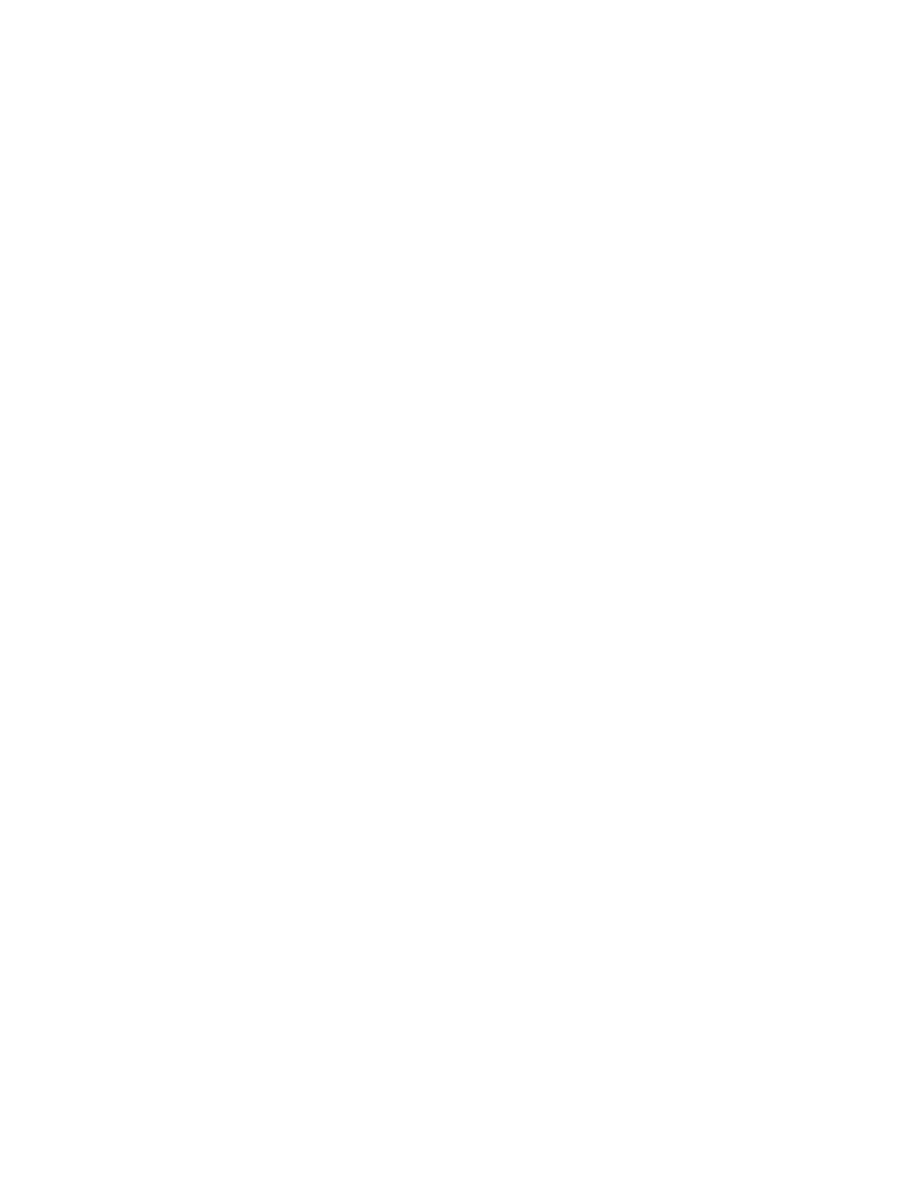
74
14 CFR Ch. I (1–1–24 Edition)
Pt. 121
121.99
Communications facilities—domestic
and flag operations.
121.101
Weather reporting facilities.
121.103
En route navigation facilities.
121.105
Servicing and maintenance facili-
ties.
121.106
ETOPS Alternate Airport: Rescue
and fire fighting service.
121.107
Dispatch centers.
Subpart F—Approval of Areas and Routes
for Supplemental Operations
121.111
Applicability.
121.113
Area and route requirements: Gen-
eral.
121.115
Route width.
121.117
Airports: Required data.
121.119
Weather reporting facilities.
121.121
En route navigation facilities.
121.122
Communications facilities—supple-
mental operations.
121.123
Servicing maintenance facilities.
121.125
Flight following system.
121.127
Flight following system; require-
ments.
Subpart G—Manual Requirements
121.131
Applicability.
121.133
Preparation.
121.135
Manual contents.
121.137
Distribution and availability.
121.139
Manual accessibility: Supplemental
operations.
121.141
Airplane flight manual.
Subpart H—Aircraft Requirements
121.151
Applicability.
121.153
Aircraft requirements: General.
121.155
[Reserved]
121.157
Aircraft certification and equipment
requirements.
121.159
Single-engine airplanes prohibited.
121.161
Airplane limitations: Type of route.
121.162
ETOPS Type Design Approval Basis.
121.163
Aircraft proving tests.
Subpart I—Airplane Performance
Operating Limitations
121.171
Applicability.
121.173
General.
121.175
Airplanes: Reciprocating engine-
powered: Weight limitations.
121.177
Airplanes: Reciprocating engine-
powered: Takeoff limitations.
121.179
Airplanes: Reciprocating engine-
powered: En route limitations: All en-
gines operating.
121.181
Airplanes: Reciprocating engine-
powered: En route limitations: One en-
gine inoperative.
121.183
Part 25 airplanes with four or more
engines: Reciprocating engine powered:
En route limitations: Two engines inop-
erative.
121.185
Airplanes: Reciprocating engine-
powered: Landing limitations: Destina-
tion airport.
121.187
Airplanes: Reciprocating engine-
powered: Landing limitations: Alternate
airport.
121.189
Airplanes: Turbine engine powered:
Takeoff limitations.
121.191
Airplanes: Turbine engine powered:
En route limitations: One engine inoper-
ative.
121.193
Airplanes: Turbine engine powered:
En route limitations: Two engines inop-
erative.
121.195
Airplanes: Turbine engine powered:
Landing limitations: Destination air-
ports.
121.197
Airplanes: Turbine engine powered:
Landing limitations: Alternate airports.
121.198
Cargo service airplanes: Increased
zero fuel and landing weights.
121.199
Nontransport category airplanes:
Takeoff limitations.
121.201
Nontransport category airplanes: En
route limitations: One engine inoper-
ative.
121.203
Nontransport category airplanes:
Landing limitations: Destination airport.
121.205
Nontransport category airplanes:
Landing limitations: Alternate airport.
121.207
Provisionally certificated airplanes:
Operating limitations.
Subpart J—Special Airworthiness
Requirements
121.211
Applicability.
121.213
[Reserved]
121.215
Cabin interiors.
121.217
Internal doors.
121.219
Ventilation.
121.221
Fire precautions.
121.223
Proof of compliance with § 121.221.
121.225
Propeller deicing fluid.
121.227
Pressure cross-feed arrangements.
121.229
Location of fuel tanks.
121.231
Fuel system lines and fittings.
121.233
Fuel lines and fittings in designated
fire zones.
121.235
Fuel valves.
121.237
Oil lines and fittings in designated
fire zones.
121.239
Oil valves.
121.241
Oil system drains.
121.243
Engine breather lines.
121.245
Fire walls.
121.247
Fire-wall construction.
121.249
Cowling.
121.251
Engine accessory section diaphragm.
121.253
Powerplant fire protection.
121.255
Flammable fluids.
121.257
Shutoff means.
121.259
Lines and fittings.
121.261
Vent and drain lines.
121.263
Fire-extinguishing systems.
121.265
Fire-extinguishing agents.
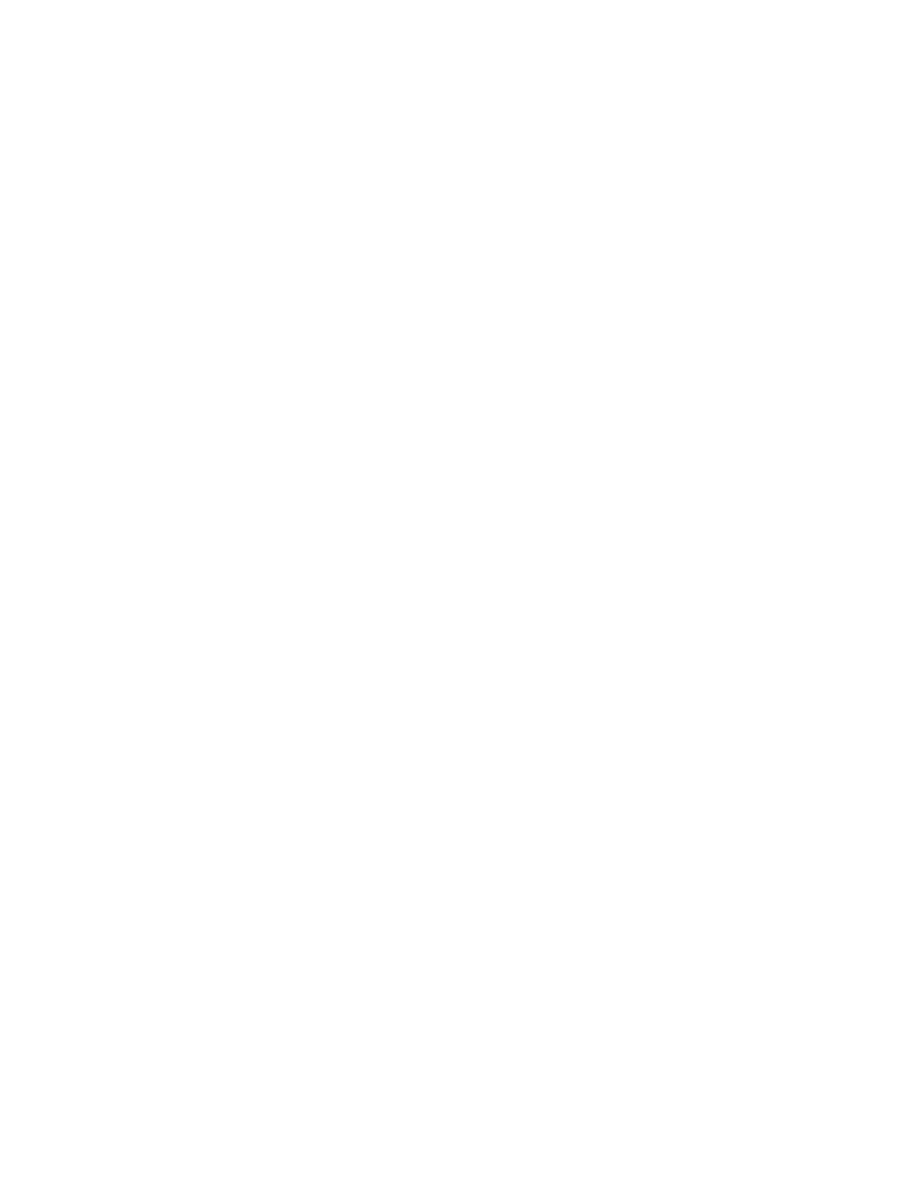
75
Federal Aviation Administration, DOT
Pt. 121
121.267
Extinguishing agent container pres-
sure relief.
121.269
Extinguishing agent container com-
partment temperature.
121.271
Fire-extinguishing system mate-
rials.
121.273
Fire-detector systems.
121.275
Fire detectors.
121.277
Protection of other airplane compo-
nents against fire.
121.279
Control of engine rotation.
121.281
Fuel system independence.
121.283
Induction system ice prevention.
121.285
Carriage of cargo in passenger com-
partments.
121.287
Carriage of cargo in cargo compart-
ments.
121.289
Landing gear: Aural warning device.
121.291
Demonstration of emergency evacu-
ation procedures.
121.293
Special airworthiness requirements
for nontransport category airplanes type
certificated after December 31, 1964.
121.295
Location for a suspect device.
Subpart K—Instrument and Equipment
Requirements
121.301
Applicability.
121.303
Airplane instruments and equip-
ment.
121.305
Flight and navigational equipment.
121.306
Portable electronic devices.
121.307
Engine instruments.
121.308
Lavatory fire protection.
121.309
Emergency equipment.
121.310
Additional emergency equipment.
121.311
Seats, safety belts, and shoulder har-
nesses.
121.312
Materials for compartment inte-
riors.
121.313
Miscellaneous equipment.
121.314
Cargo and baggage compartments.
121.315
Cockpit check procedure.
121.316
Fuel tanks.
121.317
Passenger information require-
ments, smoking prohibitions, and addi-
tional seat belt requirements.
121.318
Public address system.
121.319
Crewmember interphone system.
121.321
Operations in icing.
121.323
Instruments and equipment for oper-
ations at night.
121.325
Instruments and equipment for oper-
ations under IFR or over-the-top.
121.327
Supplemental oxygen: Reciprocating
engine powered airplanes.
121.329
Supplemental oxygen for suste-
nance: Turbine engine powered airplanes.
121.331
Supplemental oxygen requirements
for pressurized cabin airplanes: Recipro-
cating engine powered airplanes.
121.333
Supplemental oxygen for emergency
descent and for first aid; turbine engine
powered airplanes with pressured cabins.
121.335
Equipment standards.
121.337
Protective breathing equipment.
121.339
Emergency equipment for extended
over-water operations.
121.340
Emergency flotation means.
121.341
Equipment for operations in icing
conditions.
121.342
Pitot heat indication systems.
121.343
Flight data recorders.
121.344
Digital flight data recorders for
transport category airplanes.
121.344a
Digital flight data recorders for 10–
19 seat airplanes.
121.345
Radio equipment.
121.346
Flight data recorders: filtered data.
121.347
Communication and navigation
equipment for operations under VFR
over routes navigated by pilotage.
121.349
Communication and navigation
equipment for operations under VFR
over routes not navigated by pilotage or
for operations under IFR or over the top.
121.351
Communication and navigation
equipment for extended over-water oper-
ations and for certain other operations.
121.353
Emergency equipment for operations
over uninhabited terrain areas: Flag,
supplemental, and certain domestic oper-
ators.
121.354
Terrain awareness and warning sys-
tem.
121.355
Equipment for operations on which
specialized means of navigation are used.
121.356
Collision Avoidance System.
121.357
Airborne weather radar equipment
requirements.
121.358
Low-altitude windshear system
equipment requirements.
121.359
Cockpit voice recorders.
121.360
[Reserved]
Subpart L—Maintenance, Preventive
Maintenance, and Alterations
121.361
Applicability.
121.363
Responsibility for airworthiness.
121.365
Maintenance, preventive mainte-
nance, and alteration organization.
121.367
Maintenance, preventive mainte-
nance, and alterations programs.
121.368
Contract maintenance.
121.369
Manual requirements.
121.370–121.370a
[Reserved]
121.371
Required inspection personnel.
121.373
Continuing analysis and surveil-
lance.
121.374
Continuous airworthiness mainte-
nance program (CAMP) for two-engine
ETOPS.
121.375
Maintenance and preventive mainte-
nance training program.
121.377
Maintenance and preventive mainte-
nance personnel duty time limitations.
121.378
Certificate requirements.
121.379
Authority to perform and approve
maintenance, preventive maintenance,
and alterations.
121.380
Maintenance recording require-
ments.
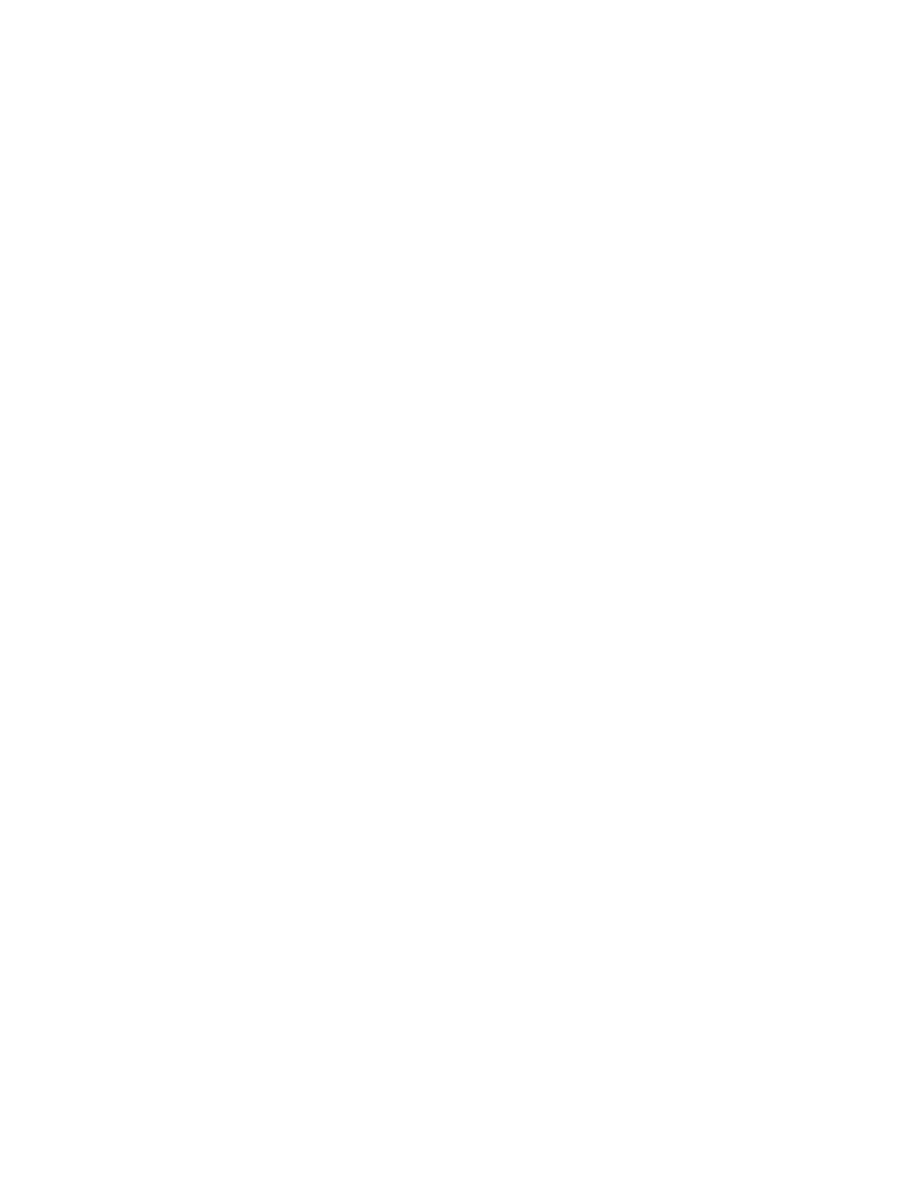
76
14 CFR Ch. I (1–1–24 Edition)
Pt. 121
121.380a
Transfer of maintenance records.
Subpart M—Airman and Crewmember
Requirements
121.381
Applicability.
121.383
Airman: Limitations on use of serv-
ices.
121.385
Composition of flight crew.
121.387
Flight engineer.
121.389
Flight navigator and specialized
navigation equipment.
121.391
Flight attendants.
121.392
Personnel identified as flight attend-
ants.
121.393
Crewmember requirements at stops
where passengers remain on board.
121.394
Flight attendant requirements dur-
ing passenger boarding and deplaning.
121.395
Aircraft dispatcher: Domestic and
flag operations.
121.397
Emergency and emergency evacu-
ation duties.
Subpart N—Training Program
121.400
Applicability and terms used.
121.401
Training program: General.
121.402
Training program: Special rules.
121.403
Training program: Curriculum.
121.404
Compliance dates: Crew and dis-
patcher resource management training.
121.405
Training program and revision: Ini-
tial and final approval.
121.406
Credit for previous CRM/DRM train-
ing.
121.407
Training program: Approval of flight
simulation training devices.
121.408
Training eqipment other than flight
simulation training devices.
121.409
Training courses using flight simula-
tion training devices.
121.410
Airline transport pilot certification
training program.
121.411
Qualifications: Check airmen (air-
plane) and check airmen (simulator).
121.412
Qualifications: Flight instructors
(airplane) and flight instructors (simu-
lator).
121.413
Initial, transition and recurrent
training and checking requirements:
Check airmen (airplane), check airmen
(simulator).
121.414
Initial, transition and recurrent
training and checking requirements:
flight instructors (airplane), flight in-
structors (simulator).
121.415
Crewmember and dispatcher training
program requirements.
121.417
Crewmember emergency training.
121.418
Differences training and related air-
craft differences training.
121.419
Pilots and flight engineers: Initial,
transition, conversion and upgrade
ground training.
121.420
Pilots: Upgrade ground training.
121.421
Flight attendants: Initial and transi-
tion ground training.
121.422
Aircraft dispatchers: Initial and
transition ground training.
121.423
Pilots: Extended Envelope Training.
121.424
Pilots: Initial, transition, conver-
sion, and upgrade flight training.
121.425
Flight engineers: Initial and transi-
tion flight training.
121.426
Pilots: Upgrade flight training.
121.427
Recurrent training.
121.429
Pilots in command: Leadership and
command and mentoring training.
Subpart O—Crewmember Qualifications
121.431
Applicability.
121.432
General.
121.433
Training required.
121.434
Operating experience, operating cy-
cles, and consolidation of knowledge and
skills.
121.435
Pilots: Operations Familiarization.
121.436
Pilot Qualification: Certificates and
experience requirements.
121.438
Pilot operating limitations and pair-
ing requirements.
121.439
Pilot qualification: Recent experi-
ence.
121.440
Line checks.
121.441
Proficiency checks.
121.443
Pilot in command qualification:
Route and airports.
121.445
Pilot in command airport qualifica-
tion: Special areas and airports.
121.447
[Reserved]
121.453
Flight engineer qualifications.
121.455–121.459
[Reserved]
Subpart P—Aircraft Dispatcher
Qualifications and Duty Time
Limitations:
D
OMESTIC AND
F
LAG
O
PERATIONS
;
F
LIGHT
A
TTENDANT
D
UTY
P
ERIOD
L
IMITA
-
TIONS AND
R
EST
R
EQUIREMENTS
: D
OMESTIC
,
F
LAG
,
AND
S
UPPLEMENTAL
O
PERATIONS
121.461
Applicability.
121.463
Aircraft dispatcher qualifications.
121.465
Aircraft dispatcher duty time limi-
tations: Domestic and flag operations.
121.467
Flight attendant duty period limita-
tions and rest requirements: Domestic,
flag, and supplemental operations.
Subpart Q—Flight Time Limitations and Rest
Requirements: Domestic Operations
121.470
Applicability.
121.471
Flight time limitations and rest re-
quirements: All flight crewmembers.
121.473
Fatigue risk management system.
Subpart R—Flight Time Limitations: Flag
Operations
121.480
Applicability.

77
Federal Aviation Administration, DOT
Pt. 121
121.481
Flight time limitations: One or two
pilot crews.
121.483
Flight time limitations: Two pilots
and one additional flight crewmember.
121.485
Flight time limitations: Three or
more pilots and an additional flight
crewmember.
121.487
Flight time limitations: Pilots not
regularly assigned.
121.489
Flight time limitations: Other com-
mercial flying.
121.491
Flight time limitations: Deadhead
transportation.
121.493
Flight time limitations: Flight engi-
neers and flight navigators.
121.495
Fatigue risk management system.
Subpart S—Flight Time Limitations:
Supplemental Operations
121.500
Applicability.
121.503
Flight time limitations: Pilots: air-
planes.
121.505
Flight time limitations: Two pilot
crews: airplanes.
121.507
Flight time limitations: Three pilot
crews: airplanes.
121.509
Flight time limitations: Four pilot
crews: airplanes.
121.511
Flight time limitations: Flight engi-
neers: airplanes.
121.513
Flight time limitations: Overseas
and international operations: airplanes.
121.515
Flight time limitations: All airmen:
airplanes.
121.517
Flight time limitations: Other com-
mercial flying: airplanes.
121.519
Flight time limitations: Deadhead
transportation: airplanes.
121.521
Flight time limitations: Crew of two
pilots and one additional airman as re-
quired.
121.523
Flight time limitations: Crew of
three or more pilots and additional air-
men as required.
121.525
Flight time limitations: Pilots serv-
ing in more than one kind of flight crew.
121.527
Fatigue risk management system.
Subpart T—Flight Operations
121.531
Applicability.
121.533
Responsibility for operational con-
trol: Domestic operations.
121.535
Responsibility for operational con-
trol: Flag operations.
121.537
Responsibility for operational con-
trol: Supplemental operations.
121.538
Aircraft security.
121.539
Operations notices.
121.541
Operations schedules: Domestic and
flag operations.
121.542
Flight crewmember duties.
121.543
Flight crewmembers at controls.
121.544
Pilot monitoring.
121.545
Manipulation of controls.
121.547
Admission to flight deck.
121.548
Aviation safety inspector’s creden-
tials: Admission to pilot’s compartment.
121.548a
DOD Commercial Air Carrier Eval-
uator’s Credential.
121.549
Flying equipment.
121.550
Secret Service Agents: Admission to
flight deck.
121.551
Restriction or suspension of oper-
ation: Domestic and flag operations.
121.553
Restriction or suspension of oper-
ation: Supplemental operations.
121.555
Compliance with approved routes
and limitations: Domestic and flag oper-
ations.
121.557
Emergencies: Domestic and flag op-
erations.
121.559
Emergencies: Supplemental oper-
ations.
121.561
Reporting potentially hazardous me-
teorological conditions and irregularities
of ground facilities or navigation aids.
121.563
Reporting mechanical irregularities.
121.565
Engine inoperative: Landing; report-
ing.
121.567
Instrument approach procedures and
IFR landing minimums.
121.569
Equipment interchange: Domestic
and flag operations.
121.570
Airplane evacuation capability.
121.571
Briefing passengers before takeoff.
121.573
Briefing passengers: Extended
overwater operations.
121.574
Oxygen and portable oxygen con-
centrators for medical use by passengers.
121.575
Alcoholic beverages.
121.576
Retention of items of mass in pas-
senger and crew compartments.
121.577
Stowage of food, beverage, and pas-
senger service equipment during airplane
movement on the surface, takeoff, and
landing.
121.578
Cabin ozone concentration.
121.579
Minimum altitudes for use of auto-
pilot.
121.580
Prohibition on interference with
crewmembers.
121.581
Observer’s seat: En route inspec-
tions.
121.582
Means to discreetly notify a
flightcrew.
121.583
Carriage of persons without compli-
ance with the passenger-carrying re-
quirements of this part.
121.584
Requirement to view the area out-
side the flightdeck door.
121.585
Exit seating.
121.586
Authority to refuse transportation.
121.587
Closing and locking of flight crew
compartment door.
121.589
Carry-on baggage.
121.590
Use of certificated land airports in
the United States.
Subpart U—Dispatching and Flight Release
Rules
121.591
Applicability.
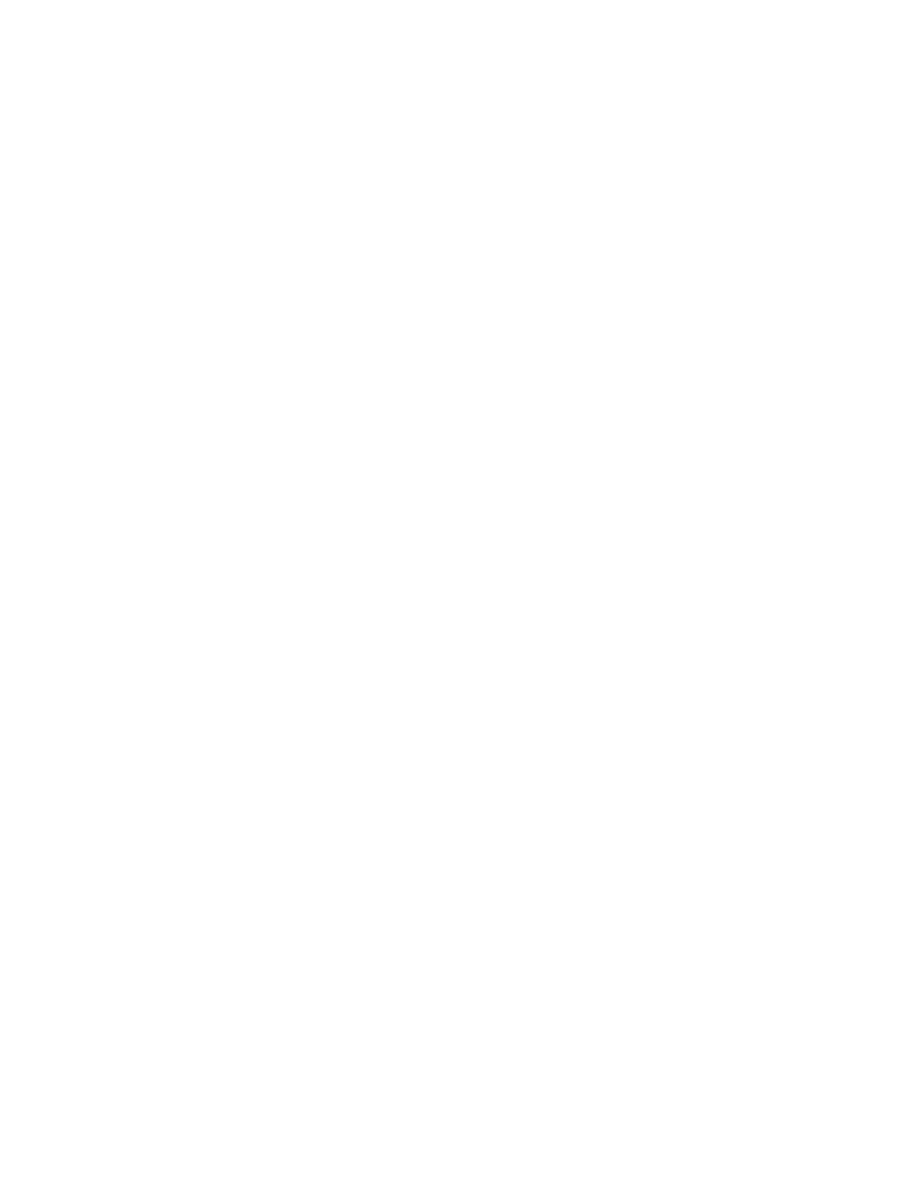
78
14 CFR Ch. I (1–1–24 Edition)
Pt. 121
121.593
Dispatching authority: Domestic op-
erations.
121.595
Dispatching authority: Flag oper-
ations.
121.597
Flight release authority: Supple-
mental operations.
121.599
Familiarity with weather condi-
tions.
121.601
Aircraft dispatcher information to
pilot in command: Domestic and flag op-
erations.
121.603
Facilities and services: Supple-
mental operations.
121.605
Airplane equipment.
121.607
Communication and navigation fa-
cilities: Domestic and flag operations.
121.609
Communication and navigation fa-
cilities: Supplemental operations.
121.611
Dispatch or flight release under
VFR.
121.613
Dispatch or flight release under IFR
or over the top.
121.615
Dispatch or flight release over
water: Flag and supplemental operations.
121.617
Alternate airport for departure.
121.619
Alternate airport for destination:
IFR or over-the-top: Domestic oper-
ations.
121.621
Alternate airport for destination:
Flag operations.
121.623
Alternate airport for destination:
IFR or over-the-top: Supplemental oper-
ations.
121.624
ETOPS Alternate Airports..
121.625
Alternate Airport weather minima.
121.627
Continuing flight in unsafe condi-
tions.
121.628
Inoperable instruments and equip-
ment.
121.629
Operation in icing conditions.
121.631
Original dispatch or flight release,
redispatch or amendment of dispatch or
flight release.
121.633
Considering time-limited systems in
planning ETOPS alternates.
121.635
Dispatch to and from refueling or
provisional airports: Domestic and flag
operations.
121.637
Takeoffs from unlisted and alternate
airports: Domestic and flag operations.
121.639
Fuel supply: All domestic oper-
ations.
121.641
Fuel supply: Nonturbine and turbo-
propeller-powered airplanes: Flag oper-
ations.
121.643
Fuel supply: Nonturbine and turbo-
propeller-powered airplanes: Supple-
mental operations.
121.645
Fuel supply: Turbine-engine powered
airplanes, other than turbo propeller:
Flag and supplemental operations.
121.646
En-route fuel supply: flag and sup-
plemental operations.
121.647
Factors for computing fuel required.
121.649
Takeoff and landing weather mini-
mums: VFR: Domestic operations.
121.651
Takeoff and landing weather mini-
mums: IFR: All certificate holders.
121.652
Landing weather minimums: IFR:
All certificate holders.
121.653
[Reserved]
121.655
Applicability of reported weather
minimums.
121.657
Flight altitude rules.
121.659
Initial approach altitude: Domestic
and supplemental operations.
121.661
Initial approach altitude: Flag oper-
ations.
121.663
Responsibility for dispatch release:
Domestic and flag operations.
121.665
Load manifest.
121.667
Flight plan: VFR and IFR: Supple-
mental operations.
Subpart V—Records and Reports
121.681
Applicability.
121.683
Crewmember and dispatcher record.
121.685
Aircraft record: Domestic and flag
operations.
121.687
Dispatch release: Flag and domestic
operations.
121.689
Flight release form: Supplemental
operations.
121.691
[Reserved]
121.693
Load manifest: All certificate hold-
ers.
121.695
Disposition of load manifest, dis-
patch release, and flight plans: Domestic
and flag operations.
121.697
Disposition of load manifest, flight
release, and flight plans: Supplemental
operations.
121.698–121.699
[Reserved]
121.701
Maintenance log: Aircraft.
121.703
Service difficulty reports.
121.705
Mechanical interruption summary
report.
121.707
Alteration and repair reports.
121.709
Airworthiness release or aircraft log
entry.
121.711
Communication records: Domestic
and flag operations.
121.713
Retention of contracts and amend-
ments: Commercial operators who con-
duct intrastate operations for compensa-
tion or hire.
Subpart W—Crewmember Certificate:
International
121.721
Applicability.
121.723
Surrender of international crew-
member certificate.
Subpart X—Emergency Medical
Equipment and Training
121.801
Applicability.
121.803
Emergency medical equipment.
121.805
Crewmember training for in-flight
medical events.
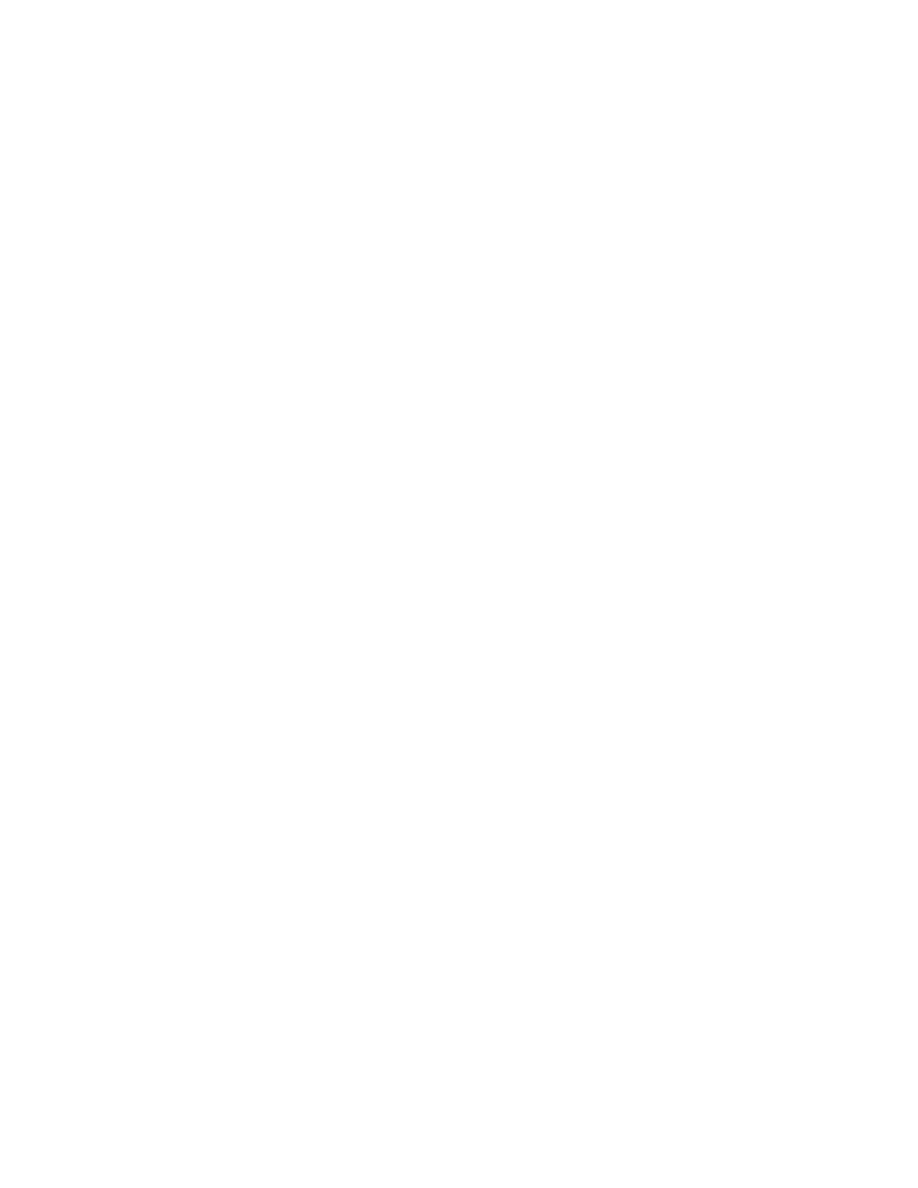
79
Federal Aviation Administration, DOT
Pt. 121, SFAR No. 97, Nt.
Subpart Y—Advanced Qualification
Program
121.901
Purpose and eligibility.
121.903
General requirements for Advanced
Qualification Programs.
121.905
Confidential commercial informa-
tion
121.907
Definitions.
121.909
Approval of Advanced Qualification
Program.
121.911
Indoctrination curriculum.
121.913
Qualification curriculum.
121.915
Continuing qualification curriculum.
121.917
Other requirements.
121.919
Certification.
121.921
Training devices and simulators.
121.923
Approval of training, qualification,
or evaluation by a person who provides
training by arrangement.
121.925
Recordkeeping requirements.
Subpart Z—Hazardous Materials Training
Program
121.1001
Applicability and definitions.
121.1003
Hazardous materials training: Gen-
eral.
121.1005
Hazardous materials training re-
quired.
121.1007
Hazardous materials training
records.
Subpart AA—Continued Airworthiness and
Safety Improvements
121.1101
Purpose and definition.
121.1103
[Reserved]
121.1105
Aging airplane inspections and
records reviews.
121.1107
Repairs assessment for pressurized
fuselages.
121.1109
Supplemental inspections.
121.1111
Electrical wiring interconnection
systems (EWIS) maintenance program.
121.1113
Fuel tank system maintenance pro-
gram.
121.1115
Limit of validity.
121.1117
Flammability reduction means.
121.1119
Fuel tank vent explosion protec-
tion.
Subpart BB
[
Reserved
]
121.1200–121.1399
[Reserved]
Subpart CC
[
Reserved
]
121.1400–121.1499
[Reserved]
Subpart DD—Special Federal Aviation
Regulations
121.1500
SFAR No. 111—Lavatory Oxygen
Systems.
A
PPENDIX
A
TO
P
ART
121—F
IRST
-A
ID
K
ITS
AND
E
MERGENCY
M
EDICAL
K
ITS
A
PPENDIX
B
TO
P
ART
121—A
IRCRAFT
F
LIGHT
R
ECORDER
S
PECIFICATIONS
A
PPENDIX
C
TO
P
ART
121—C–46 N
ON
-
TRANSPORT
C
ATEGORY
A
IRPLANES
A
PPENDIX
D
TO
P
ART
121—C
RITERIA FOR
D
EM
-
ONSTRATION OF
E
MERGENCY
E
VACUATION
P
ROCEDURES
U
NDER
§ 121.291
A
PPENDIX
E
TO
P
ART
121—F
LIGHT
T
RAINING
R
EQUIREMENTS
A
PPENDIX
F
TO
P
ART
121—P
ROFICIENCY
C
HECK
R
EQUIREMENTS
A
PPENDIX
G
TO
P
ART
121—D
OPPLER
R
ADAR
AND
I
NERTIAL
N
AVIGATION
S
YSTEM
(INS):
R
EQUEST
FOR
E
VALUATION
; E
QUIPMENT
AND
E
QUIPMENT
I
NSTALLATION
; T
RAINING
P
ROGRAM
; E
QUIPMENT
A
CCURACY AND
R
E
-
LIABILITY
; E
VALUATION
P
ROGRAM
A
PPENDIX
H
TO
P
ART
121—A
DVANCED
S
IMULA
-
TION
A
PPENDIXES
I–J
TO
P
ART
121 [R
ESERVED
]
A
PPENDIX
K
TO
P
ART
121—P
ERFORMANCE
R
E
-
QUIREMENTS
FOR
C
ERTAIN
T
URBO
-
PROPELLER
P
OWERED
A
IRPLANES
A
PPENDIX
L
TO
P
ART
121—T
YPE
C
ERTIFI
-
CATION
R
EGULATIONS
M
ADE
P
REVIOUSLY
E
FFECTIVE
A
PPENDIX
M
TO
P
ART
121—A
IRPLANE
F
LIGHT
R
ECORDER
S
PECIFICATIONS
A
PPENDIX
N
TO
P
ART
121 [R
ESERVED
]
A
PPENDIX
O
TO
P
ART
121—H
AZARDOUS
M
ATE
-
RIALS
T
RAINING
R
EQUIREMENTS
F
OR
C
ER
-
TIFICATE
H
OLDERS
A
PPENDIX
P
TO
P
ART
121—R
EQUIREMENTS FOR
ETOPS
AND
P
OLAR
O
PERATIONS
A
UTHORITY
: 49 U.S.C. 106(f), 106(g), 40103,
40113, 40119, 41706, 42301 preceding note added
by Pub. L. 112–95, sec. 412, 126 Stat. 89, 44101,
44701–44702, 44705, 44709–44711, 44713, 44716–
44717, 44722, 44729, 44732; 46105; Pub. L. 111–216,
124 Stat. 2348 (49 U.S.C. 44701 note); Pub. L.
112–95, 126 Stat. 62 (49 U.S.C. 44732 note); Pub.
L. 115–254, 132 Stat. 3186 (49 U.S.C. 44701 note).
S
PECIAL
F
EDERAL
A
VIATION
R
EGULATION
N
O
. 50–2
E
DITORIAL
N
OTE
: For the text of SFAR No.
50–2, see part 91 of this chapter.
S
PECIAL
F
EDERAL
A
VIATION
R
EGULATION
N
O
. 71
E
DITORIAL
N
OTE
: For the text of SFAR No.
71, see part 91 of this chapter.
S
PECIAL
F
EDERAL
A
VIATION
R
EGULATION
N
O
. 97
E
DITORIAL
N
OTE
: For the text of SFAR No.
97, see part 91 of this chapter.
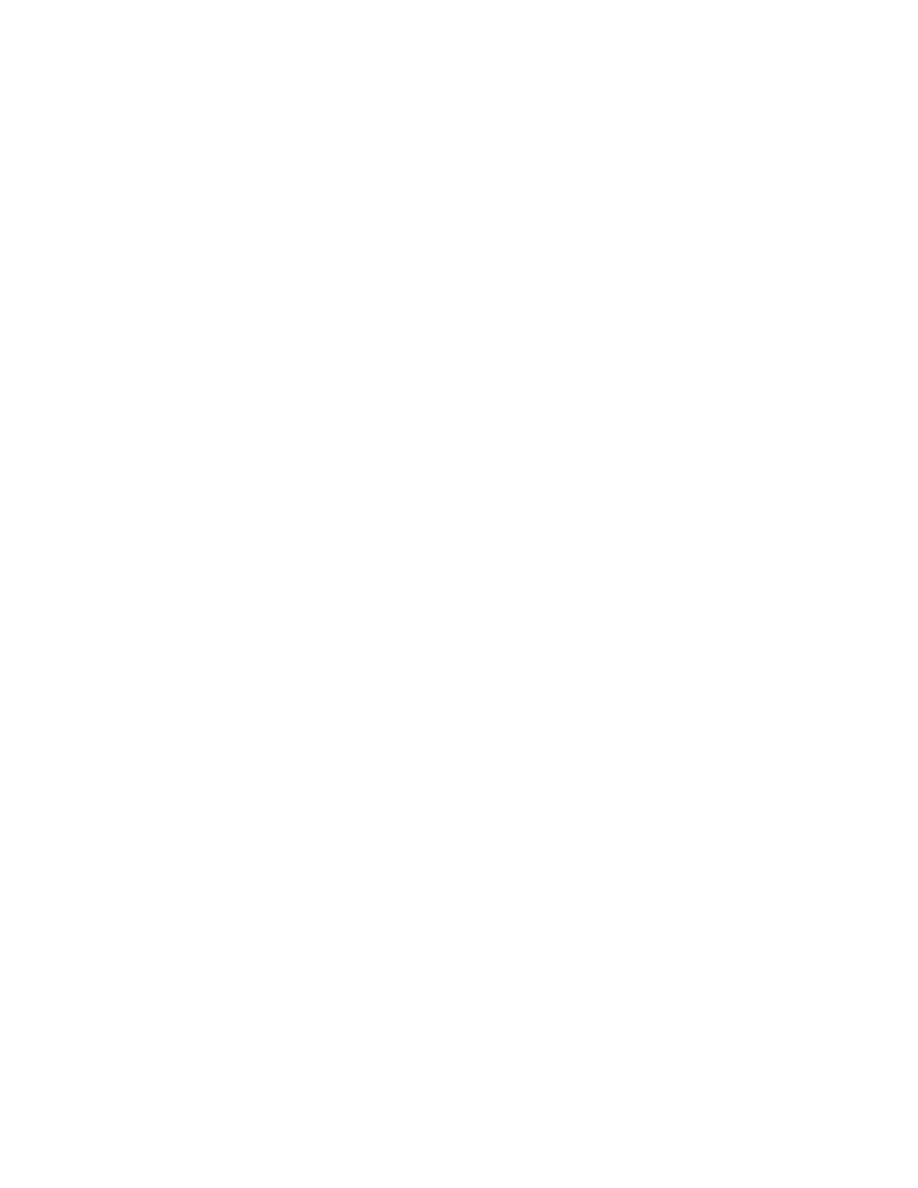
80
14 CFR Ch. I (1–1–24 Edition)
§ 121.1
Subpart A—General
§ 121.1 Applicability.
This part prescribes rules gov-
erning—
(a) The domestic, flag, and supple-
mental operations of each person who
holds or is required to hold an Air Car-
rier Certificate or Operating Certifi-
cate under part 119 of this chapter.
(b) Each person employed or used by
a certificate holder conducting oper-
ations under this part including main-
tenance, preventive maintenance, and
alteration of aircraft.
(c) Each person who applies for provi-
sional approval of an Advanced Quali-
fication Program curriculum, cur-
riculum segment, or portion of a cur-
riculum segment under subpart Y of
this part, and each person employed or
used by an air carrier or commercial
operator under this part to perform
training, qualification, or evaluation
functions under an Advanced Qualifica-
tion Program under subpart Y of this
part.
(d) Nonstop Commercial Air Tours
conducted for compensation or hire in
accordance with § 119.1(e)(2) of this
chapter must comply with drug and al-
cohol requirements in §§ 121.455, 121.457,
121.458 and 121.459, and with the provi-
sions of part 136, subpart A of this
chapter by September 11, 2007. An oper-
ator who does not hold an air carrier
certificate or an operating certificate
is permitted to use a person who is oth-
erwise authorized to perform aircraft
maintenance or preventive mainte-
nance duties and who is not subject to
anti-drug and alcohol misuse preven-
tion programs to perform—
(1) Aircraft maintenance or preven-
tive maintenance on the operator’s air-
craft if the operator would otherwise
be required to transport the aircraft
more than 50 nautical miles further
than the repair point closest to the op-
erator’s principal base of operations to
obtain these services; or
(2) Emergency repairs on the opera-
tor’s aircraft if the aircraft cannot be
safely operated to a location where an
employee subject to FAA-approved pro-
grams can perform the repairs.
(e) Each person who is on board an
aircraft being operated under this part.
(f) Each person who is an applicant
for an Air Carrier Certificate or an Op-
erating Certificate under part 119 of
this chapter, when conducting proving
tests.
(g) This part also establishes require-
ments for operators to take actions to
support the continued airworthiness of
each aircraft.
[Doc. No. 28154, 60 FR 65925, Dec. 20, 1995, as
amended by Amdt. 121–328, 72 FR 6912, Feb.
13, 2007; Amdt. 121–336, 72 FR 63411, Nov. 8,
2007; Docket No. FAA–2022–1563; Amdt. No.
121–390, 88 FR 48090, July 26, 2023]
§ 121.2 Compliance schedule for opera-
tors that transition to part 121; cer-
tain new entrant operators.
(a)
Applicability.
This section applies
to the following:
(1) Each certificate holder that was
issued an air carrier or operating cer-
tificate and operations specifications
under the requirements of part 135 of
this chapter or under SFAR No. 38–2 of
14 CFR part 121 before January 19, 1996,
and that conducts scheduled passenger-
carrying operations with:
(i) Nontransport category turbo-
propeller powered airplanes type cer-
tificated after December 31, 1964, that
have a passenger seat configuration of
10–19 seats;
(ii) Transport category turbo-
propeller powered airplanes that have a
passenger seat configuration of 20–30
seats; or
(iii) Turbojet engine powered air-
planes having a passenger seat configu-
ration of 1–30 seats.
(2) Each person who, after January
19, 1996, applies for or obtains an initial
air carrier or operating certificate and
operations specifications to conduct
scheduled passenger-carrying oper-
ations in the kinds of airplanes de-
scribed in paragraphs (a)(1)(i), (a)(1)(ii),
or paragraph (a)(1)(iii) of this section.
(b)
Obtaining operations specifications.
A certificate holder described in para-
graph (a)(1) of this section may not,
after March 20, 1997, operate an air-
plane described in paragraphs (a)(1)(i),
(a)(1)(ii), or (a)(1)(iii) of this section in
scheduled passenger-carrying oper-
ations, unless it obtains operations
specifications to conduct its scheduled
operations under this part on or before
March 20, 1997.
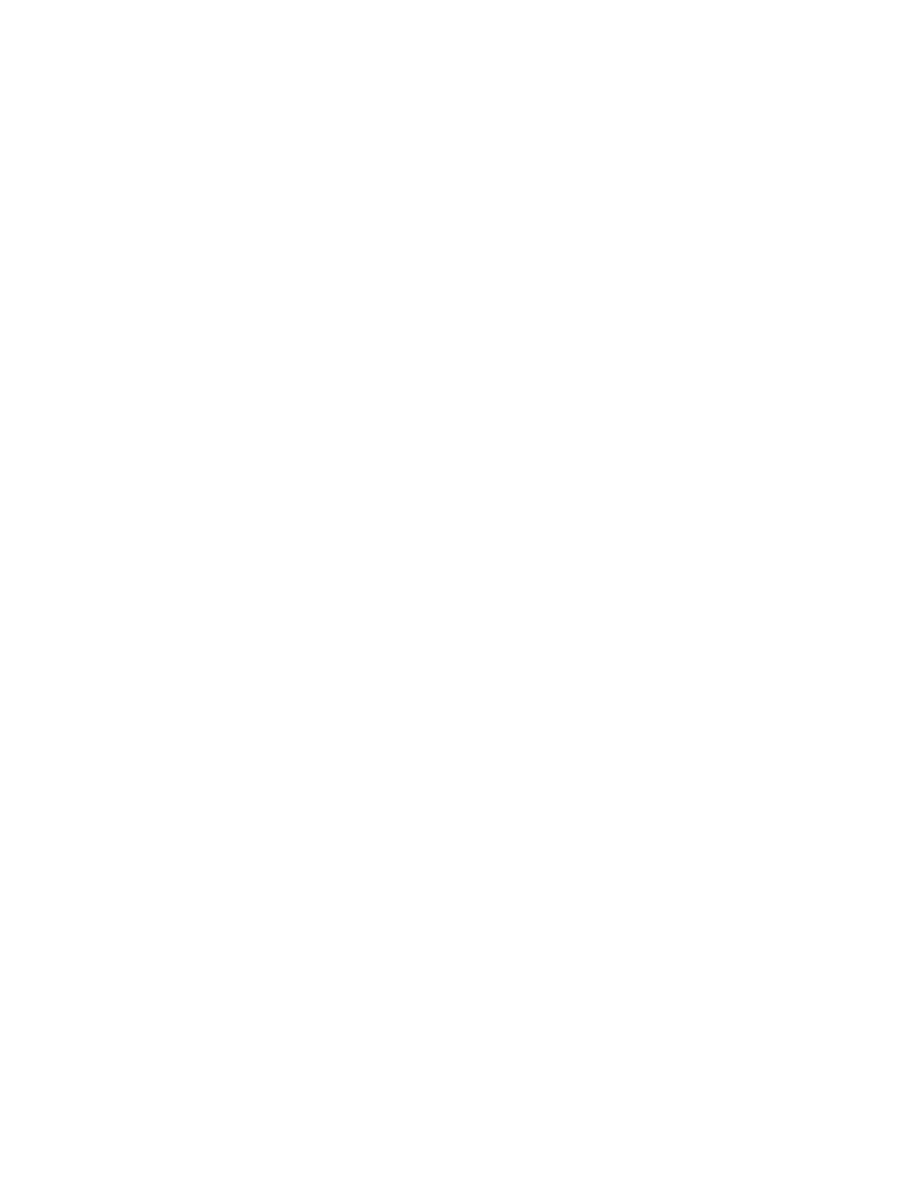
81
Federal Aviation Administration, DOT
§ 121.2
(c)
Regular or accelerated compliance.
Except as provided in paragraphs (d),
(e), and (i) of this section, each certifi-
cate holder described in paragraphs
(a)(1) of this section shall comply with
each applicable requirement of this
part on and after March 20, 1997 or on
and after the date on which the certifi-
cate holder is issued operations speci-
fications under this part, whichever oc-
curs first. Except as provided in para-
graphs (d) and (e) of this section, each
person described in paragraph (a)(2) of
this section shall comply with each ap-
plicable requirement of this part on
and after the date on which that person
is issued a certificate and operations
specifications under this part.
(d)
Delayed compliance dates.
Unless
paragraph (e) of this section specifies
an earlier compliance date, no certifi-
cate holder that is covered by para-
graph (a) of this section may operate
an airplane in 14 CFR part 121 oper-
ations on or after a date listed in this
paragraph (d) unless that airplane
meets the applicable requirement of
this paragraph (d):
(1)
Nontransport category turbo-
propeller powered airplanes type certifi-
cated after December 31, 1964, that have a
passenger seat configuration of 10–19
seats.
No certificate holder may oper-
ate under this part an airplane that is
described in paragraph (a)(1)(i) of this
section on or after a date listed in
paragraph (d)(1) of this section unless
that airplane meets the applicable re-
quirement listed in paragraph (d)(1) of
this section:
(i) December 20, 1997:
(A) Section 121.289, Landing gear
aural warning.
(B) Section 121.308, Lavatory fire pro-
tection.
(C) Section 121.310(e), Emergency exit
handle illumination.
(D) Section 121.337(b)(8), Protective
breathing equipment.
(E) Section 121.340, Emergency flota-
tion means.
(ii) December 20, 1999: Section 121.342,
Pitot heat indication system.
(iii) December 20, 2010:
(A) For airplanes described in
§ 121.157(f), the Airplane Performance
Operating Limitations in §§ 121.189
through 121.197.
(B) Section 121.161(b), Ditching ap-
proval.
(C) Section 121.305(j), Third attitude
indicator.
(D) Section 121.312(c), Passenger seat
cushion flammability.
(iv) March 12, 1999: Section
121.310(b)(1), Interior emergency exit
locating sign.
(2)
Transport category turbopropeller
powered airplanes that have a passenger
seat configuration of 20–30 seats.
No cer-
tificate holder may operate under this
part an airplane that is described in
paragraph (a)(1)(ii) of this section on or
after a date listed in paragraph (d)(2) of
this section unless that airplane meets
the applicable requirement listed in
paragraph (d)(2) of this section:
(i) December 20, 1997:
(A) Section 121.308, Lavatory fire pro-
tection.
(B) Section 121.337(b) (8) and (9), Pro-
tective breathing equipment.
(C) Section 121.340, Emergency flota-
tion means.
(ii) December 20, 2010: § 121.305(j),
third attitude indicator.
(e)
Newly manufactured airplanes.
No
certificate holder that is described in
paragraph (a) of this section may oper-
ate under this part an airplane manu-
factured on or after a date listed in
this paragraph unless that airplane
meets the applicable requirement list-
ed in this paragraph (e).
(1) For nontransport category turbo-
propeller powered airplanes type cer-
tificated after December 31, 1964, that
have a passenger seat configuration of
10–19 seats:
(i) Manufactured on or after March
20, 1997:
(A) Section 121.305(j), Third attitude
indicator.
(B) Section 121.311(f), Safety belts
and shoulder harnesses.
(ii) Manufactured on or after Decem-
ber 20, 1997; Section 121.317(a), Fasten
seat belt light.
(iii) Manufactured on or after Decem-
ber 20, 1999: Section 121.293, Takeoff
warning system.
(iv) Manufactured on or after March
12, 1999: Section 121.310(b)(1), Interior
emergency exit locating sign.
(2) For transport category turbo-
propeller powered airplanes that have a
passenger seat configuration of 20–30
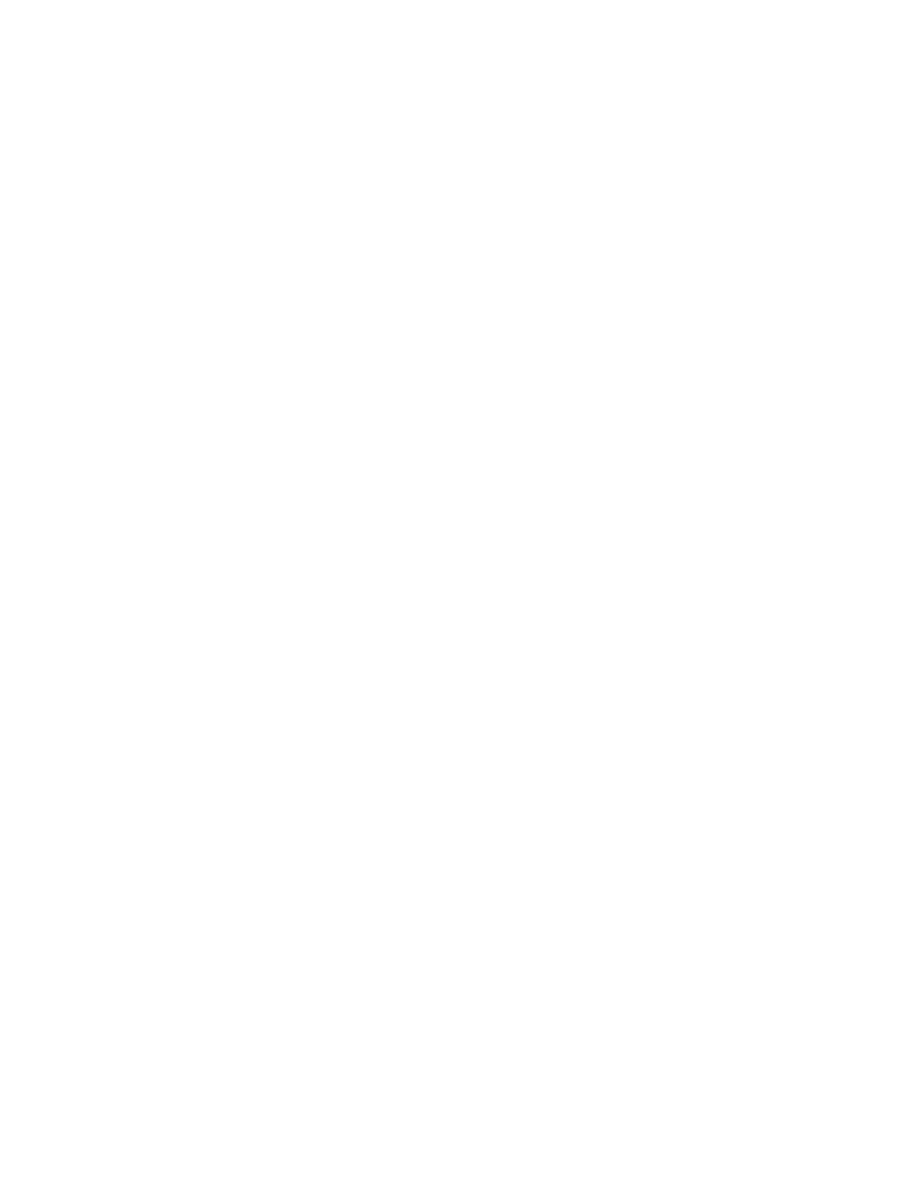
82
14 CFR Ch. I (1–1–24 Edition)
§ 121.4
seats manufactured on or after March
20, 1997: Section 121.305(j), Third atti-
tude indicator.
(f)
New type certification requirements.
No person may operate an airplane for
which the application for a type cer-
tificate was filed after March 29, 1995,
in 14 CFR part 121 operations unless
that airplane is type certificated under
part 25 of this chapter.
(g)
Transition plan.
Before March 19,
1996 each certificate holder described in
paragraph (a)(1) of this section must
submit to the FAA a transition plan
(containing a calendar of events) for
moving from conducting its scheduled
operations under the commuter re-
quirements of part 135 of this chapter
to the requirements for domestic or
flag operations under this part. Each
transition plan must contain details on
the following:
(1) Plans for obtaining new oper-
ations specifications authorizing do-
mestic or flag operations;
(2) Plans for being in compliance
with the applicable requirements of
this part on or before March 20, 1997;
and
(3) Plans for complying with the com-
pliance date schedules contained in
paragraphs (d) and (e) of this section.
(h)
Continuing requirements.
A certifi-
cate holder described in paragraph (a)
of this section shall comply with the
applicable airplane operating and
equipment requirements of part 135 of
this chapter for the airplanes described
in paragraph (a)(1) of this section, until
the airplane meets the specific compli-
ance dates in paragraphs (d) and (e) of
this section.
(i) Any training or qualification ob-
tained by a crewmember under part 135
of this chapter before March 20, 1997, is
entitled to credit under this part for
the purpose of meeting the require-
ments of this part, as determined by
the Administrator. Records kept by a
certificate holder under part 135 of this
chapter before March 20, 1997, can be
annotated, with the approval of the Ad-
ministrator, to reflect crewmember
training and qualification credited to-
ward part 121 requirements.
[Doc. No. 28154, 60 FR 65925, Dec. 20, 1995, as
amended by Amdt. 121–253, 61 FR 2609, Jan.
26, 1996; Amdt. 121–256, 61 FR 30434, June 14,
1996; Amdt. 121–262, 62 FR 13256, Mar. 19, 1997;
Amdt. 121–344, 74 FR 34234, July 15, 2009]
§ 121.4 Applicability of rules to unau-
thorized operators.
The rules in this part which refer to
a person certificated under part 119 of
this chapter apply also to any person
who engages in an operation governed
by this part without the appropriate
certificate and operations specifica-
tions required by part 119 of this chap-
ter.
[Doc. No. 11675, 37 FR 20937, Oct. 5, 1972, as
amended by Amdt. 121–251, 60 FR 65926, Dec.
20, 1995]
§ 121.7 Definitions.
The following definitions apply to
those sections of part 121 that apply to
ETOPS:
Adequate Airport
means an airport
that an airplane operator may list with
approval from the FAA because that
airport meets the landing limitations
of § 121.197 and is either—
(1) An airport that meets the require-
ments of part 139, subpart D of this
chapter, excluding those that apply to
aircraft rescue and firefighting service,
or
(2) A military airport that is active
and operational.
ETOPS Alternate Airport
means an
adequate airport listed in the certifi-
cate holder’s operations specifications
that is designated in a dispatch or
flight release for use in the event of a
diversion during ETOPS. This defini-
tion applies to flight planning and does
not in any way limit the authority of
the pilot-in-command during flight.
ETOPS Area of Operation
means one
of the following areas:
(1) For turbine-engine-powered air-
planes with two engines, an area be-
yond 60 minutes from an adequate air-
port, computed using a one-engine-in-
operative cruise speed under standard
conditions in still air.
(2) For turbine-engine-powered pas-
senger-carrying airplanes with more
than two engines, an area beyond 180
minutes from an adequate airport,
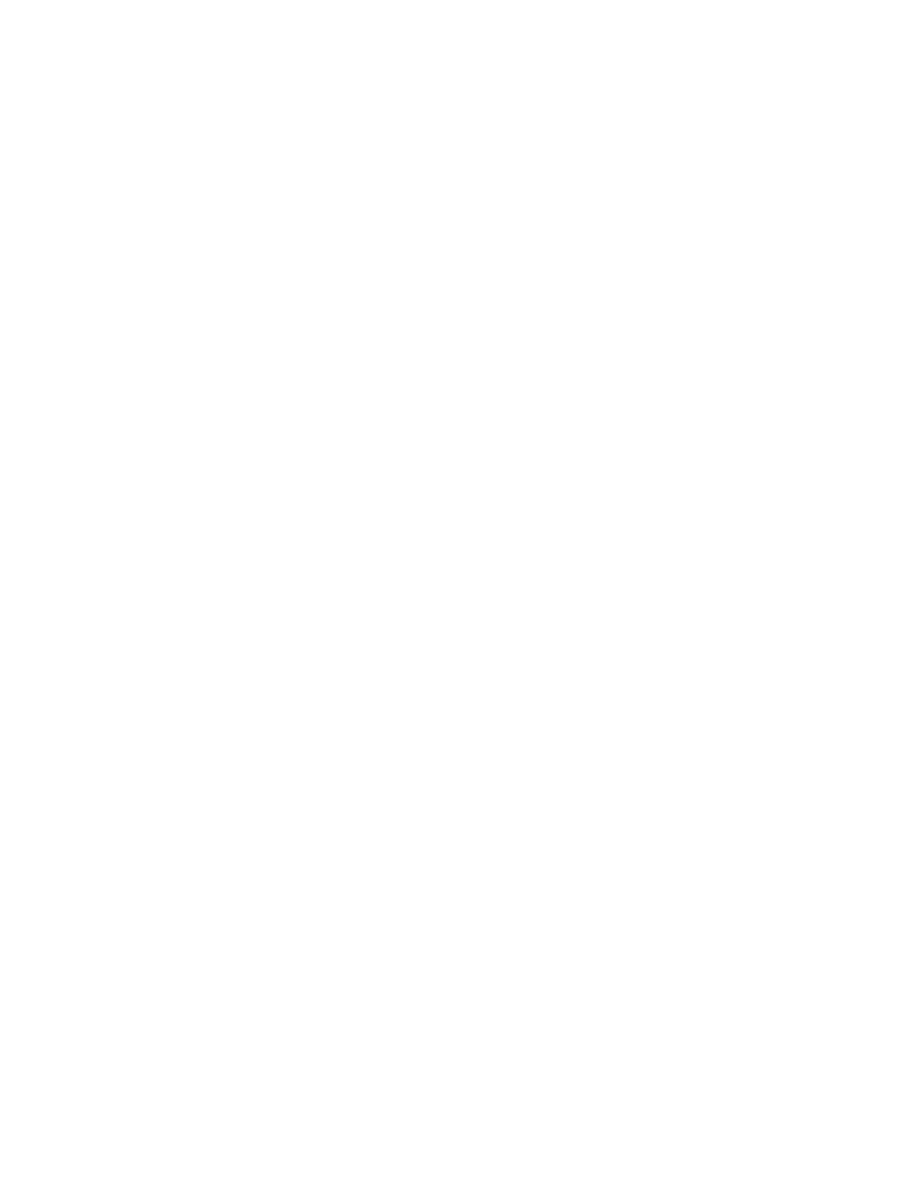
83
Federal Aviation Administration, DOT
§ 121.15
computed using a one-engine-inoper-
ative cruise speed under standard con-
ditions in still air.
ETOPS Entry Point
means the first
point on the route of an ETOPS flight,
determined using a one-engine-inoper-
ative cruise speed under standard con-
ditions in still air, that is—
(1) More than 60 minutes from an
adequate airport for airplanes with two
engines;
(2) More than 180 minutes from an
adequate airport for passenger-car-
rying airplanes with more than two en-
gines.
ETOPS Qualified Person
means a per-
son, performing maintenance for the
certificate holder, who has satisfac-
torily completed the certificate hold-
er’s ETOPS training program.
Maximum Diversion Time
means, for
the purposes of ETOPS route planning,
the longest diversion time authorized
for a flight under the operator’s
ETOPS authority. It is calculated
under standard conditions in still air
at a one-engine-inoperative cruise
speed.
North Pacific Area of Operation
means
Pacific Ocean areas north of 40
°
N lati-
tudes including NOPAC ATS routes,
and published PACOTS tracks between
Japan and North America.
North Polar Area
means the entire
area north of 78
°
N latitude.
One-engine-inoperative-Cruise Speed
means a speed within the certified op-
erating limits of the airplane that is
specified by the certificate holder and
approved by the FAA for —
(1) Calculating required fuel reserves
needed to account for an inoperative
engine; or
(2) Determining whether an ETOPS
alternate is within the maximum di-
version time authorized for an ETOPS
flight.
South Polar Area
means the entire
area South of 60
°
S latitude.
[Doc. No. FAA–2002–6717, 72 FR 1878, Jan. 16,
2007]
§ 121.9 Fraud and falsification.
(a) No person may make, or cause to
be made, any of the following:
(1) A fraudulent or intentionally false
statement in any application or any
amendment thereto, or in any other
record or test result required by this
part.
(2) A fraudulent or intentionally false
statement in, or a known omission
from, any record or report that is kept,
made, or used to show compliance with
this part, or to exercise any privileges
under this chapter.
(b) The commission by any person of
any act prohibited under paragraph (a)
of this section is a basis for any one or
any combination of the following:
(1) A civil penalty.
(2) Suspension or revocation of any
certificate held by that person that
was issued under this chapter.
(3) The denial of an application for
any approval under this part.
(4) The removal of any approval
under this part.
[Doc. No. FAA–2008–0677, 78 FR 67836, Nov. 12,
2013]
§ 121.11 Rules applicable to operations
in a foreign country.
Each certificate holder shall, while
operating an airplane within a foreign
country, comply with the air traffic
rules of the country concerned and the
local airport rules, except where any
rule of this part is more restrictive and
may be followed without violating the
rules of that country.
[Doc. No. 16383, 43 FR 22641, May 25, 1978]
§ 121.15 Carriage of narcotic drugs,
marihuana, and depressant or stim-
ulant drugs or substances.
If a certificate holder operating
under this part permits any aircraft
owned or leased by that holder to be
engaged in any operation that the cer-
tificate holder knows to be in violation
of § 91.19(a) of this chapter, that oper-
ation is a basis for suspending or re-
voking the certificate.
[Doc. No. 28154, 60 FR 65926, Dec. 20, 1995]
Subpart B—Certification Rules for
Domestic and Flag Air Car-
riers
[
Reserved
]
Subpart C—Certification Rules for
Supplemental Air Carriers and
Commercial Operators
[
Re-
served
]
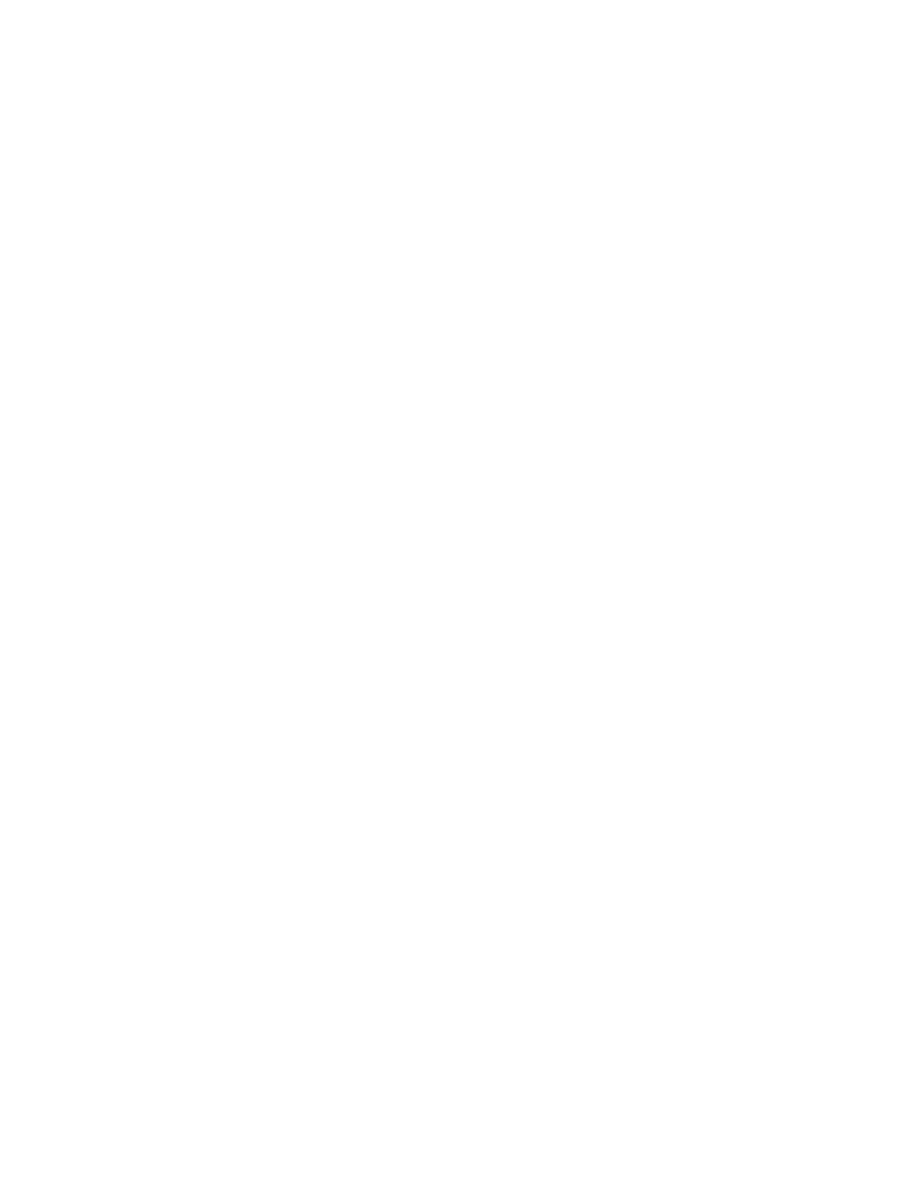
84
14 CFR Ch. I (1–1–24 Edition)
§ 121.91
Subpart D—Rules Governing All
Certificate Holders Under This
Part
[
Reserved
]
Subpart E—Approval of Routes:
Domestic and Flag Operations
S
OURCE
: Docket No. 6258, 29 FR 19194, Dec.
31, 1964, unless otherwise noted.
§ 121.91 Applicability.
This subpart prescribes rules for ob-
taining approval of routes by certifi-
cate holders conducting domestic or
flag operations.
[Doc. No. 28154, 61 FR 2610, Jan. 26, 1996]
§ 121.93 Route requirements: General.
(a) Each certificate holder con-
ducting domestic or flag operations
seeking a route approval must show—
(1) That it is able to conduct satisfac-
torily scheduled operations between
each regular, provisional, and refueling
airport over that route or route seg-
ment; and
(2) That the facilities and services re-
quired by §§ 121.97 through 121.107 are
available and adequate for the proposed
operation.
The Administrator approves a route
outside of controlled airspace if he de-
termines that traffic density is such
that an adequate level of safety can be
assured.
(b) Paragraph (a) of this section does
not require actual flight over a route
or route segment if the certificate
holder shows that the flight is not es-
sential to safety, considering the avail-
ability and adequacy of airports, light-
ing, maintenance, communication,
navigation, fueling, ground, and air-
plane radio facilities, and the ability of
the personnel to be used in the pro-
posed operation.
[Doc. No. 6258, 29 FR 19194, Dec. 31, 1964, as
amended by Amdt. 121–3, 30 FR 3638, Mar. 19,
1965; Amdt. 121–253, 61 FR 2610, Jan. 26, 1996]
§ 121.95 Route width.
(a) Approved routes and route seg-
ments over U.S. Federal airways or for-
eign airways (and advisory routes in
the case of certificate holders con-
ducting flag operations) have a width
equal to the designated width of those
airways or routes. Whenever the Ad-
ministrator finds it necessary to deter-
mine the width of other approved
routes, he considers the following:
(1) Terrain clearance.
(2) Minimum en route altitudes.
(3) Ground and airborne navigation
aids.
(4) Air traffic density.
(5) ATC procedures.
(b) Any route widths of other ap-
proved routes determined by the Ad-
ministrator are specified in the certifi-
cate holder’s operations specifications.
[Doc. No. 6258, 29 FR 19194, Dec. 31, 1964, as
amended by Amdt. 121–253, 61 FR 2610, Jan.
26, 1996]
§ 121.97 Airports: Required data.
(a) Each certificate holder con-
ducting domestic or flag operations
must show that each route it submits
for approval has enough airports that
are properly equipped and adequate for
the proposed operation, considering
such items as size, surface, obstruc-
tions, facilities, public protection,
lighting, navigational and communica-
tions aids, and ATC.
(b) Each certificate holder con-
ducting domestic or flag operations
must show that it has an approved sys-
tem for obtaining, maintaining, and
distributing to appropriate personnel
current aeronautical data for each air-
port it uses to ensure a safe operation
at that airport. The aeronautical data
must include the following:
(1)
Airports.
(i)
Facilities.
(ii) Public protection. After February
15, 2008, for ETOPS beyond 180 minutes
or operations in the North Polar area
and South Polar area, this includes fa-
cilities at each airport or in the imme-
diate area sufficient to protect the pas-
sengers from the elements and to see to
their welfare.
(iii)
Navigational and communica-
tions aids.
(iv)
Construction affecting takeoff,
landing, or ground operations.
(v)
Air traffic facilities.
(2)
Runways, clearways and
stopways.
(i)
Dimensions.
(ii)
Surface.
(iii)
Marking and lighting systems.
(iv)
Elevation and gradient.
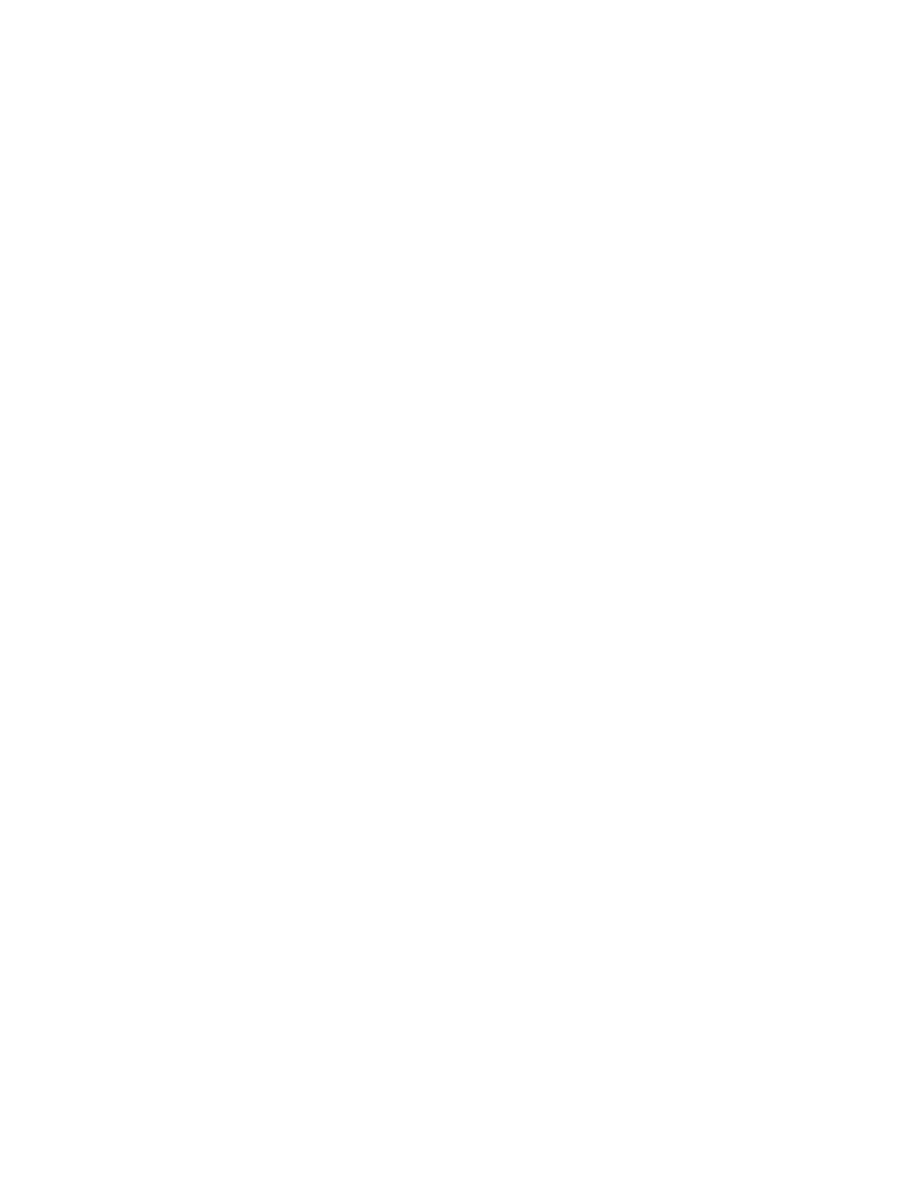
85
Federal Aviation Administration, DOT
§ 121.99
(3)
Displaced thresholds.
(i)
Location.
(ii)
Dimensions.
(iii)
Takeoff or landing or both.
(4)
Obstacles.
(i)
Those affecting takeoff and land-
ing performance computations in ac-
cordance with Subpart I of this part.
(ii)
Controlling obstacles.
(5)
Instrument flight procedures.
(i)
Departure procedure.
(ii)
Approach procedure.
(iii)
Missed approach procedure.
(6)
Special information.
(i)
Runway visual range measure-
ment equipment.
(ii)
Prevailing winds under low visi-
bility conditions.
(c) If the responsible Flight Stand-
ards office charged with the overall in-
spection of the certificate holder’s op-
erations finds that revisions are nec-
essary for the continued adequacy of
the certificate holder’s system for col-
lection, dissemination, and usage of
aeronautical data that has been grant-
ed approval, the certificate holder
shall, after notification by the respon-
sible Flight Standards office, make
those revisions in the system. Within
30 days after the certificate holder re-
ceives such notice, the certificate hold-
er may file a petition to reconsider the
notice with the Executive Director,
Flight Standards Service. This filing of
a petition to reconsider stays the no-
tice pending a decision by the Execu-
tive Director, Flight Standards Serv-
ice. However, if the responsible Flight
Standards office finds that there is an
emergency that requires immediate ac-
tion in the interest of safety in air
transportation, the Executive Director,
Flight Standards Service may, upon
statement of the reasons, require a
change effective without stay.
[Doc. No. 6258, 29 FR 19194, Dec. 31, 1964, as
amended by Amdt. 121–162, 45 FR 46738, July
10, 1980; Amdt. 121–207, 54 FR 39293, Sept. 25,
1989; Amdt. 121–253, 61 FR 2610, Jan. 26, 1996;
Amdt. 121–329, 72 FR 1878, Jan. 16, 2007; Dock-
et FAA–2018–0119, Amdt. 121–380, 83 FR 9172,
9173, Mar. 5, 2018]
§ 121.99 Communications facilities—
domestic and flag operations.
(a) Each certificate holder con-
ducting domestic or flag operations
must show that a two-way communica-
tion system, or other means of commu-
nication approved by the responsible
Flight Standards office, is available
over the entire route. The communica-
tions may be direct links or via an ap-
proved communication link that will
provide reliable and rapid communica-
tions under normal operating condi-
tions between each airplane and the ap-
propriate dispatch office, and between
each airplane and the appropriate air
traffic control unit.
(b) Except in an emergency, for all
flag and domestic kinds of operations,
the communications systems between
each airplane and the dispatch office
must be independent of any system op-
erated by the United States.
(c) Each certificate holder con-
ducting flag operations must provide
voice communications for ETOPS
where voice communication facilities
are available. In determining whether
facilities are available, the certificate
holder must consider potential routes
and altitudes needed for diversion to
ETOPS Alternate Airports. Where fa-
cilities are not available or are of such
poor quality that voice communication
is not possible, another communication
system must be substituted.
(d) Except as provided in paragraph
(e) of this section, after February 15,
2008 for ETOPS beyond 180 minutes,
each certificate holder conducting flag
operations must have a second commu-
nication system in addition to that re-
quired by paragraph (c) of this section.
That system must be able to provide
immediate satellite-based voice com-
munications of landline-telephone fi-
delity. The system must be able to
communicate between the flight crew
and air traffic services, and the flight
crew and the certificate holder. In de-
termining whether such communica-
tions are available, the certificate
holder must consider potential routes
and altitudes needed for diversion to
ETOPS Alternate Airports. Where im-
mediate, satellite-based voice commu-
nications are not available, or are of
such poor quality that voice commu-
nication is not possible, another com-
munication system must be sub-
stituted.
(e) Operators of two-engine turbine-
powered airplanes with 207 minute
ETOPS approval in the North Pacific
Area of Operation must comply with
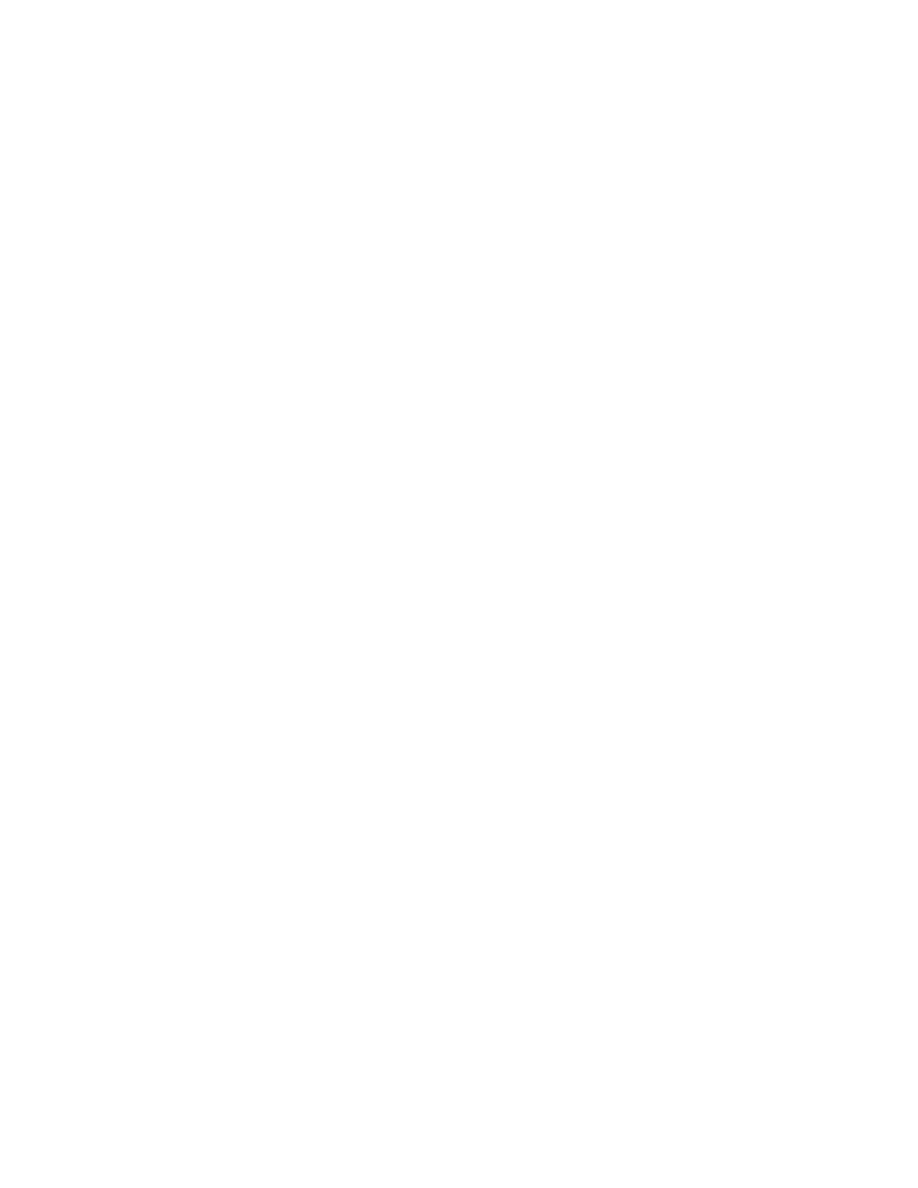
86
14 CFR Ch. I (1–1–24 Edition)
§ 121.101
the requirements of paragraph (d) of
this section as of February 15, 2007.
[Doc. No. 28154, 62 FR 13256, Mar. 19, 1997, as
amended by Amdt. 121–329, 72 FR 1878, Jan.
16, 2007; Amdt. 121–333, 72 FR 31680, June 7,
2007; Docket FAA–2018–0119, Amdt. 121–380, 83
FR 9173, Mar. 5, 2018]
§ 121.101 Weather reporting facilities.
(a) Each certificate holder con-
ducting domestic or flag operations
must show that enough weather report-
ing services are available along each
route to ensure weather reports and
forecasts necessary for the operation.
(b) Except as provided in paragraph
(d) of this section, no certificate holder
conducting domestic or flag operations
may use any weather report to control
flight unless—
(1) For operations within the 48 con-
tiguous States and the District of Co-
lumbia, it was prepared by the U.S. Na-
tional Weather Service or a source ap-
proved by the U.S. National Weather
Service; or
(2) For operations conducted outside
the 48 contiguous States and the Dis-
trict of Columbia, it was prepared by a
source approved by the Administrator.
(c) Each certificate holder con-
ducting domestic or flag operations
that uses forecasts to control flight
movements shall use forecasts prepared
from weather reports specified in para-
graph (b) of this section and from any
source approved under its system
adopted pursuant to paragraph (d) of
this section.
(d) Each certificate holder con-
ducting domestic or flag operations
shall adopt and put into use an ap-
proved system for obtaining forecasts
and reports of adverse weather phe-
nomena, such as clear air turbulence,
thunderstorms, and low altitude wind
shear, that may affect safety of flight
on each route to be flown and at each
airport to be used.
[Doc. No. 6258, 29 FR 19194, Dec. 31, 1964, as
amended by Amdt. 121–27, 36 FR 13911, July
28, 1971; Amdt. 121–134, 42 FR 27573, May 31,
1977; Amdt. 121–253, 61 FR 2610, Jan. 26, 1996]
§ 121.103 En route navigation facili-
ties.
(a) Except as provided in paragraph
(b) of this section, each certificate
holder conducting domestic or flag op-
erations must show, for each proposed
route (including to any regular, provi-
sional, refueling or alternate airports),
that suitable navigation aids are avail-
able to navigate the airplane along the
route within the degree of accuracy re-
quired for ATC. Navigation aids re-
quired for approval of routes outside of
controlled airspace are listed in the
certificate holder’s operations speci-
fications except for those aids required
for routes to alternate airports.
(b) Navigation aids are not required
for any of the following operations—
(1) Day VFR operations that the cer-
tificate holder shows can be conducted
safely by pilotage because of the char-
acteristics of the terrain;
(2) Night VFR operations on routes
that the certificate holder shows have
reliably lighted landmarks adequate
for safe operation; and
(3) Other operations approved by the
responsible Flight Standards office.
[Doc. No. FAA–2002–14002, 72 FR 31681, June 7,
2007, as amended by Docket FAA–2018–0119,
Amdt. 121–380, 83 FR 9173, Mar. 5, 2018]
§ 121.105 Servicing and maintenance
facilities.
Each certificate holder conducting
domestic or flag operations must show
that competent personnel and adequate
facilities and equipment (including
spare parts, supplies, and materials)
are available at such points along the
certificate holder’s route as are nec-
essary for the proper servicing, mainte-
nance, and preventive maintenance of
airplanes and auxiliary equipment.
[Doc. No. 28154, 61 FR 2610, Jan. 26, 1996]
§ 121.106 ETOPS Alternate Airport:
Rescue and fire fighting service.
(a) Except as provided in paragraph
(b) of this section, the following rescue
and fire fighting service (RFFS) must
be available at each airport listed as an
ETOPS Alternate Airport in a dispatch
or flight release.
(1) For ETOPS up to 180 minutes,
each designated ETOPS Alternate Air-
port must have RFFS equivalent to
that specified by ICAO as Category 4,
or higher.
(2) For ETOPS beyond 180 minutes,
each designated ETOPS Alternate Air-
port must have RFFS equivalent to
that specified by ICAO Category 4, or
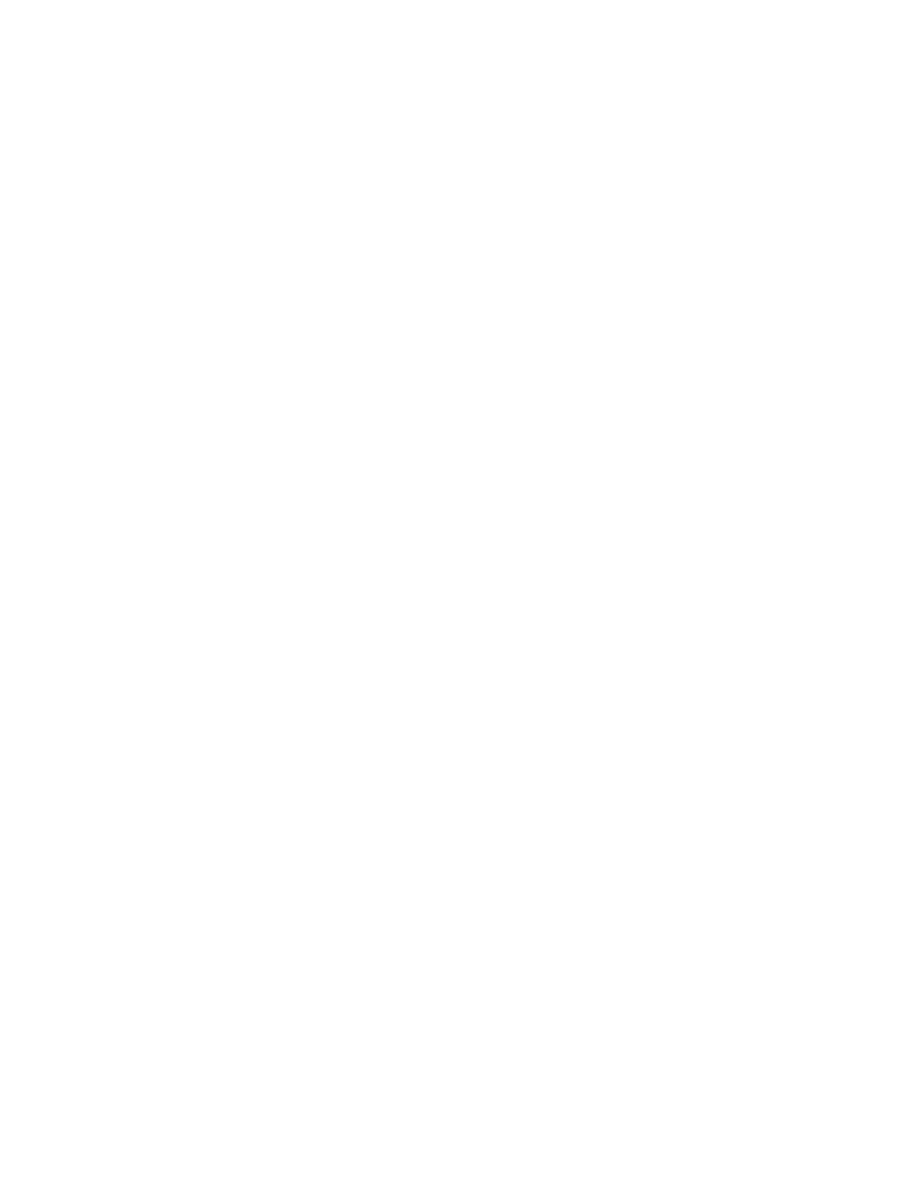
87
Federal Aviation Administration, DOT
§ 121.115
higher. In addition, the aircraft must
remain within the ETOPS authorized
diversion time from an Adequate Air-
port that has RFFS equivalent to that
specified by ICAO Category 7, or high-
er.
(b) If the equipment and personnel re-
quired in paragraph (a) of this section
are not immediately available at an
airport, the certificate holder may still
list the airport on the dispatch or
flight release if the airport’s RFFS can
be augmented to meet paragraph (a) of
this section from local fire fighting as-
sets. A 30-minute response time for
augmentation is adequate if the local
assets can be notified while the divert-
ing airplane is en route. The aug-
menting equipment and personnel must
be available on arrival of the diverting
airplane and must remain as long as
the diverting airplane needs RFFS.
[Doc. No. FAA–2002–6717, 72 FR 1879, Jan. 16,
2007]
§ 121.107 Dispatch centers.
Each certificate holder conducting
domestic or flag operations must show
that it has enough dispatch centers,
adequate for the operations to be con-
ducted, that are located at points nec-
essary to ensure proper operational
control of each flight.
[Doc. No. 28154, 61 FR 2610, Jan. 26, 1996]
Subpart F—Approval of Areas and
Routes for Supplemental Op-
erations
S
OURCE
: Docket No. 6258, 29 FR 19195, Dec.
31, 1964, unless otherwise noted.
§ 121.111 Applicability.
This subpart prescribes rules for ob-
taining approval of areas and routes by
certificate holders conducting supple-
mental operations.
[Doc. No. 28154, 61 FR 2610, Jan. 26, 1996]
§ 121.113 Area and route requirements:
General.
(a) Each certificate holder con-
ducting supplemental operations seek-
ing route and area approval must
show—
(1) That it is able to conduct oper-
ations within the United States in ac-
cordance with paragraphs (a) (3) and (4)
of this section;
(2) That it is able to conduct oper-
ations in accordance with the applica-
ble requirements for each area outside
the United States for which authoriza-
tion is requested;
(3) That it is equipped and able to
conduct operations over, and use the
navigational facilities associated with,
the Federal airways, foreign airways,
or advisory routes (ADR’s) to be used;
and
(4) That it will conduct all IFR and
night VFR operations over Federal air-
ways, foreign airways, controlled air-
space, or advisory routes (ADR’s).
(b) Notwithstanding paragraph (a)(4)
of this section, the Administrator may
approve a route outside of controlled
airspace if the certificate holder con-
ducting supplemental operations shows
the route is safe for operations and the
Administrator finds that traffic den-
sity is such that an adequate level of
safety can be assured. The certificate
holder may not use such a route unless
it is approved by the Administrator
and is listed in the certificate holder’s
operations specifications.
[Doc. No. 6258, 29 FR 19195, Dec. 31, 1964, as
amended by Amdt. 121–253, 61 FR 2610, Jan.
26, 1996]
§ 121.115 Route width.
(a) Routes and route segments over
Federal airways, foreign airways, or
advisory routes have a width equal to
the designated width of those airways
or advisory routes. Whenever the Ad-
ministrator finds it necessary to deter-
mine the width of other routes, he con-
siders the following:
(1) Terrain clearance.
(2) Minimum en route altitudes.
(3) Ground and airborne navigation
aids.
(4) Air traffic density.
(5) ATC procedures.
(b) Any route widths of other routes
determined by the Administrator are
specified in the certificate holder’s op-
erations specifications.
[Doc. No. 6258, 29 FR 19195, Dec. 31, 1964, as
amended by Amdt. 121–253, 61 FR 2610, Jan.
26, 1996]
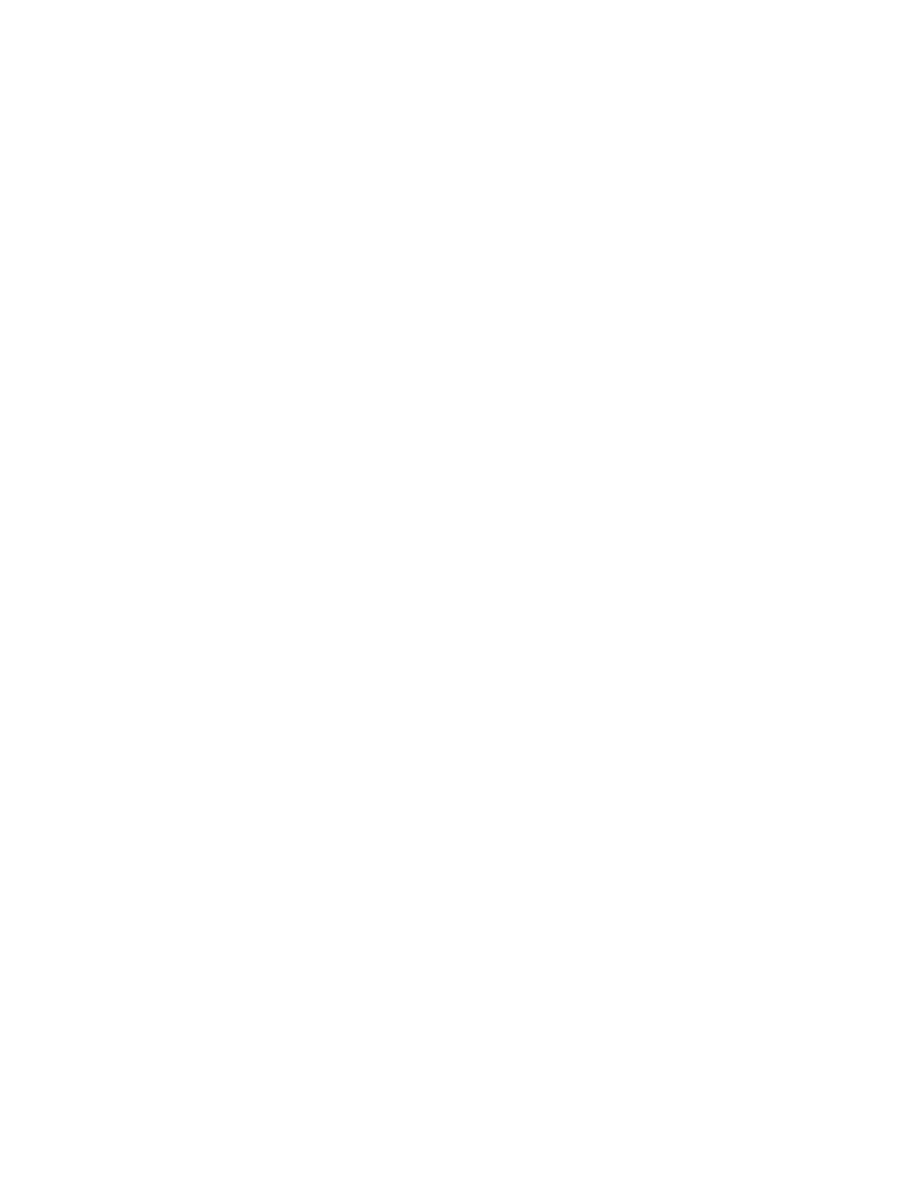
88
14 CFR Ch. I (1–1–24 Edition)
§ 121.117
§ 121.117 Airports: Required data.
(a) No certificate holder conducting
supplemental operations may use any
airport unless it is properly equipped
and adequate for the proposed oper-
ation, considering such items as size,
surface, obstructions, facilities, public
protection, lighting, navigational and
communications aids, and ATC.
(b) Each certificate holder con-
ducting supplemental operations must
show that it has an approved system
for obtaining, maintaining, and distrib-
uting to appropriate personnel current
aeronautical data for each airport it
uses to ensure a safe operation at that
airport. The aeronautical data must in-
clude the following:
(1)
Airports.
(i)
Facilities.
(ii)
Public protection.
(iii)
Navigational and communica-
tions aids.
(iv)
Construction affecting takeoff,
landing, or ground operations.
(v)
Air traffic facilities.
(2)
Runways, clearways, and
stopways.
(i)
Dimensions.
(ii)
Surface.
(iii)
Marking and lighting systems.
(iv)
Elevation and gradient.
(3)
Displaced thresholds.
(i)
Location.
(ii)
Dimensions.
(iii)
Takeoff or landing or both.
(4)
Obstacles.
(i)
Those affecting takeoff and land-
ing performance computations in ac-
cordance with Subpart I of this part.
(ii)
Controlling obstacles.
(5)
Instrument flight procedures.
(i)
Departure procedure.
(ii)
Approach procedure.
(iii)
Missed approach procedure.
(6)
Special information.
(i)
Runway visual range measure-
ment equipment.
(ii)
Prevailing winds under low visi-
bility conditions.
(c) If the responsible Flight Stand-
ards office charged with the overall in-
spection of the certificate holder’s op-
erations finds that revisions are nec-
essary for the continued adequacy of
the certificate holder’s system for col-
lection, dissemination, and usage of
aeronautical data that has been grant-
ed approval, the certificate holder
shall, after notification by the respon-
sible Flight Standards office, make
those revisions in the system. Within
30 days after the certificate holder re-
ceives such notice, the certificate hold-
er may file a petition to reconsider the
notice with the Executive Director,
Flight Standards Service. This filing of
a petition to reconsider stays the no-
tice pending a decision by the Director,
Flight Standards Service. However, if
the responsible Flight Standards office
finds that there is an emergency that
requires immediate action in the inter-
est of safety in air transportation, the
Executive Director, Flight Standards
Service may, upon a statement of the
reasons, require a change effective
without stay.
[Doc. No. 6258, 29 FR 19195, Dec. 31, 1964, as
amended by Amdt. 121–162, 45 FR 46738, July
10, 1980; Amdt. 121–207, 54 FR 39293, Sept. 25,
1989; Amdt. 121–253, 61 FR 2610, Jan. 26, 1996;
Docket FAA–2018–0119, Amdt. 121–380, 83 FR
9172, 9173, Mar. 5, 2018]
§ 121.119 Weather reporting facilities.
(a) No certificate holder conducting
supplemental operations may use any
weather report to control flight unless
it was prepared and released by the
U.S. National Weather Service or a
source approved by the Weather Bu-
reau. For operations outside the U.S.,
or at U.S. Military airports, where
those reports are not available, the cer-
tificate holder must show that its
weather reports are prepared by a
source found satisfactory by the Ad-
ministrator.
(b) Each certificate holder con-
ducting supplemental operations that
uses forecasts to control flight move-
ments shall use forecasts prepared
from weather reports specified in para-
graph (a) of this section.
[Doc. No. 6258, 29 FR 19195, Dec. 31, 1964, as
amended by Amdt. 121–76, 36 FR 13911, July
28, 1971; Amdt. 121–253, 61 FR 2611, Jan. 26,
1996]
§ 121.121 En route navigation facili-
ties.
(a) Except as provided in paragraph
(b) of this section, no certificate holder
conducting supplemental operations
may conduct any operation over a
route (including to any destination, re-
fueling or alternate airports) unless
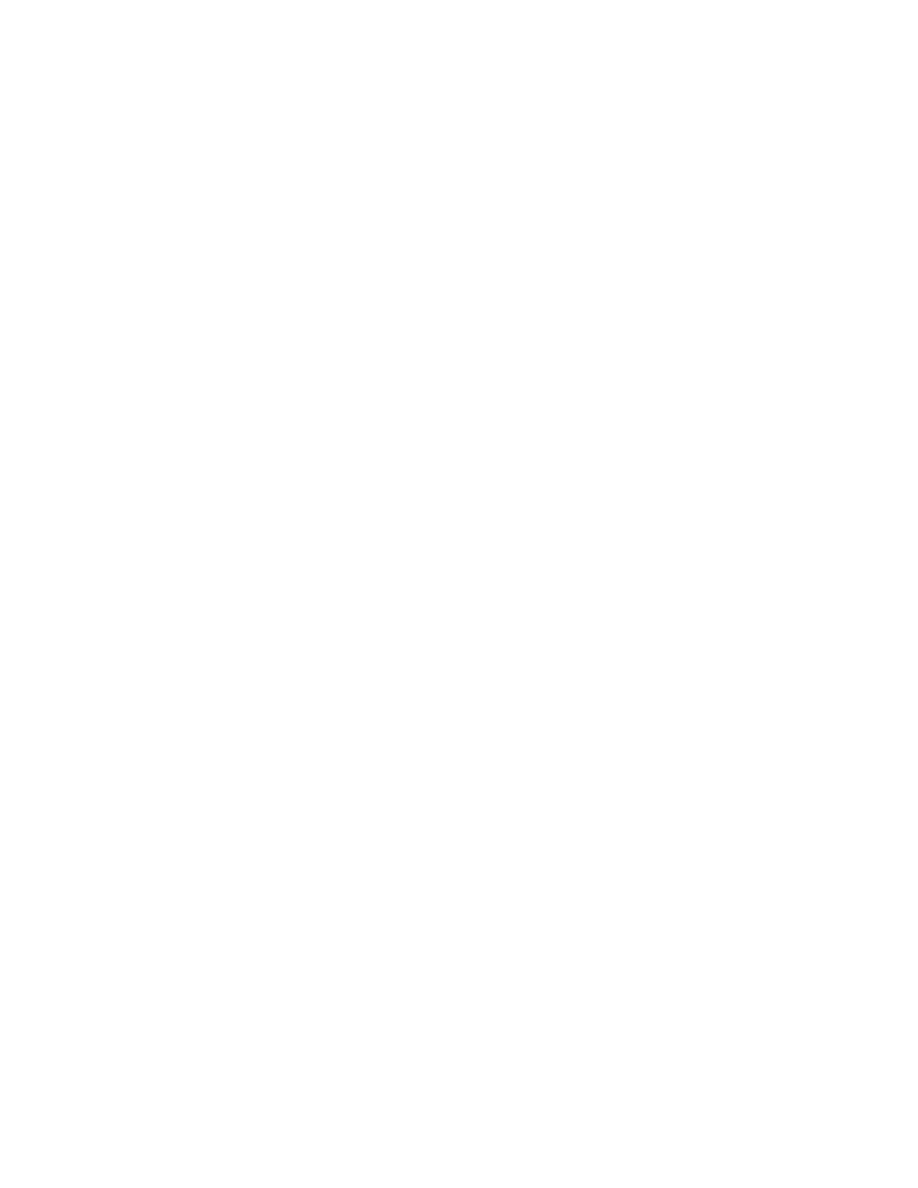
89
Federal Aviation Administration, DOT
§ 121.125
suitable navigation aids are available
to navigate the airplane along the
route within the degree of accuracy re-
quired for ATC. Navigation aids re-
quired for routes outside of controlled
airspace are listed in the certificate
holder’s operations specifications ex-
cept for those aids required for routes
to alternate airports.
(b) Navigation aids are not required
for any of the following operations—
(1) Day VFR operations that the cer-
tificate holder shows can be conducted
safely by pilotage because of the char-
acteristics of the terrain;
(2) Night VFR operations on routes
that the certificate holder shows have
reliably lighted landmarks adequate
for safe operation; and
(3) Other operations approved by the
responsible Flight Standards office.
[Doc. No. FAA–2002–14002, 72 FR 31681, June 7,
2007, as amended by Docket FAA–2018–0119,
Amdt. 121–380, 83 FR 9173, Mar. 5, 2018]
§ 121.122 Communications facilities—
supplemental operations.
(a) Each certificate holder con-
ducting supplemental operations other
than all-cargo operations in an air-
plane with more than two engines must
show that a two-way radio communica-
tion system or other means of commu-
nication approved by the FAA is avail-
able. It must ensure reliable and rapid
communications under normal oper-
ating conditions over the entire route
(either direct or via approved point-to-
point circuits) between each airplane
and the certificate holder, and between
each airplane and the appropriate air
traffic services, except as specified in
§ 121.351(c).
(b) Except as provided in paragraph
(d) of this section, each certificate
holder conducting supplemental oper-
ations other than all-cargo operations
in an airplane with more than two en-
gines must provide voice communica-
tions for ETOPS where voice commu-
nication facilities are available. In de-
termining whether facilities are avail-
able, the certificate holder must con-
sider potential routes and altitudes
needed for diversion to ETOPS Alter-
nate Airports. Where facilities are not
available or are of such poor quality
that voice communication is not pos-
sible, another communication system
must be substituted.
(c) Except as provided in paragraph
(d) of this section, for ETOPS beyond
180 minutes each certificate holder
conducting supplemental operations
other than all-cargo operations in an
airplane with more than two engines
must have a second communication
system in addition to that required by
paragraph (b) of this section. That sys-
tem must be able to provide immediate
satellite-based voice communications
of landline telephone-fidelity. The sys-
tem must provide communication ca-
pabilities between the flight crew and
air traffic services and the flight crew
and the certificate holder. In deter-
mining whether such communications
are available, the certificate holder
must consider potential routes and al-
titudes needed for diversion to ETOPS
Alternate Airports. Where immediate,
satellite-based voice communications
are not available, or are of such poor
quality that voice communication is
not possible, another communication
system must be substituted.
(d) Operators of turbine engine pow-
ered airplanes do not need to meet the
requirements of paragraphs (b) and (c)
of this section until February 15, 2008.
[Doc. No. FAA–2002–6717, 72 FR 1879, Jan. 16,
2007]
§ 121.123 Servicing maintenance facili-
ties.
Each certificate holder conducting
supplemental operations must show
that competent personnel and adequate
facilities and equipment (including
spare parts, supplies, and materials)
are available for the proper servicing,
maintenance, and preventive mainte-
nance of aircraft and auxiliary equip-
ment.
[Doc. No. 28154, 61 FR 2611, Jan. 26, 1996]
§ 121.125 Flight following system.
(a) Each certificate holder con-
ducting supplemental operations must
show that it has—
(1) An approved flight following sys-
tem established in accordance with
subpart U of this part and adequate for
the proper monitoring of each flight,
considering the operations to be con-
ducted; and
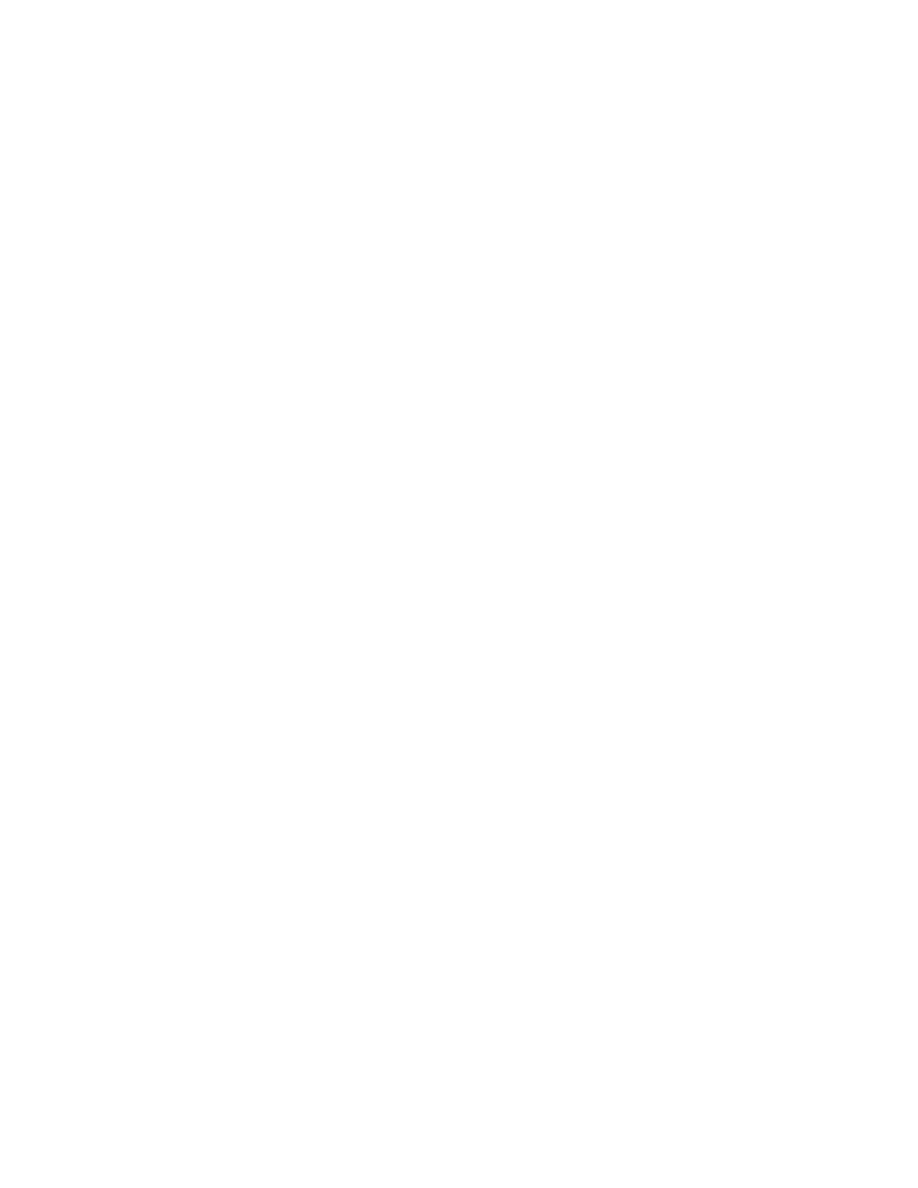
90
14 CFR Ch. I (1–1–24 Edition)
§ 121.127
(2) Flight following centers located
at those points necessary—
(i) To ensure the proper monitoring
of the progress of each flight with re-
spect to its departure at the point of
origin and arrival at its destination,
including intermediate stops and diver-
sions therefrom, and maintenance or
mechanical delays encountered at
those points or stops; and
(ii) To ensure that the pilot in com-
mand is provided with all information
necessary for the safety of the flight.
(b) A certificate holder conducting
supplemental operations may arrange
to have flight following facilities pro-
vided by persons other than its employ-
ees, but in such a case the certificate
holder continues to be primarily re-
sponsible for operational control of
each flight.
(c) A flight following system need not
provide for in-flight monitoring by a
flight following center.
(d) The certificate holder’s oper-
ations specifications specify the flight
following system it is authorized to use
and the location of the centers.
[Doc. No. 6258, 29 FR 19195, Dec. 31, 1964, as
amended by Amdt. 121–253, 61 FR 2611, Jan.
26, 1996]
§ 121.127 Flight following system; re-
quirements.
(a) Each certificate holder con-
ducting supplemental operations using
a flight following system must show
that—
(1) The system has adequate facilities
and personnel to provide the informa-
tion necessary for the initiation and
safe conduct of each flight to—
(i) The flight crew of each aircraft;
and
(ii) The persons designated by the
certificate holder to perform the func-
tion of operational control of the air-
craft; and
(2) The system has a means of com-
munication by private or available
public facilities (such as telephone,
telegraph, or radio) to monitor the
progress of each flight with respect to
its departure at the point of origin and
arrival at its destination, including in-
termediate stops and diversions there-
from, and maintenance or mechanical
delays encountered at those points or
stops.
(b) The certificate holder conducting
supplemental operations must show
that the personnel specified in para-
graph (a) of this section, and those it
designates to perform the function of
operational control of the aircraft, are
able to perform their required duties.
[Doc. No. 6258, 29 FR 19195, Dec. 31, 1964, as
amended by Amdt. 121–253, 61 FR 2611, Jan.
26, 1996]
Subpart G—Manual Requirements
§ 121.131 Applicability.
This subpart prescribes requirements
for preparing and maintaining manuals
by all certificate holders.
[Doc. No. 6258, 29 FR 19196, Dec. 31, 1964]
§ 121.133 Preparation.
(a) Each certificate holder shall pre-
pare and keep current a manual for the
use and guidance of flight, ground oper-
ations, and management personnel in
conducting its operations.
(b) For the purpose of this subpart,
the certificate holder may prepare that
part of the manual containing mainte-
nance information and instructions, in
whole or in part, in printed form or
other form acceptable to the Adminis-
trator.
[Doc. No. 28154, 60 FR 65926, Dec. 20, 1995]
§ 121.135 Manual contents.
(a) Each manual accessed in paper
format must display the date of last re-
vision on each page. Each manual
accessed in electronic format must dis-
play the date of last revision in a man-
ner in which a person can immediately
ascertain it. Each manual required by
§ 121.133 must:
(1) Include instructions and informa-
tion necessary to allow the personnel
concerned to perform their duties and
responsibilities with a high degree of
safety;
(2) Be in a form that is easy to revise
and;
(3) Not be contrary to any applicable
Federal regulation and, in the case of a
flag or supplemental operation, any ap-
plicable foreign regulation, or the cer-
tificate holder’s operations specifica-
tions or operating certificate.
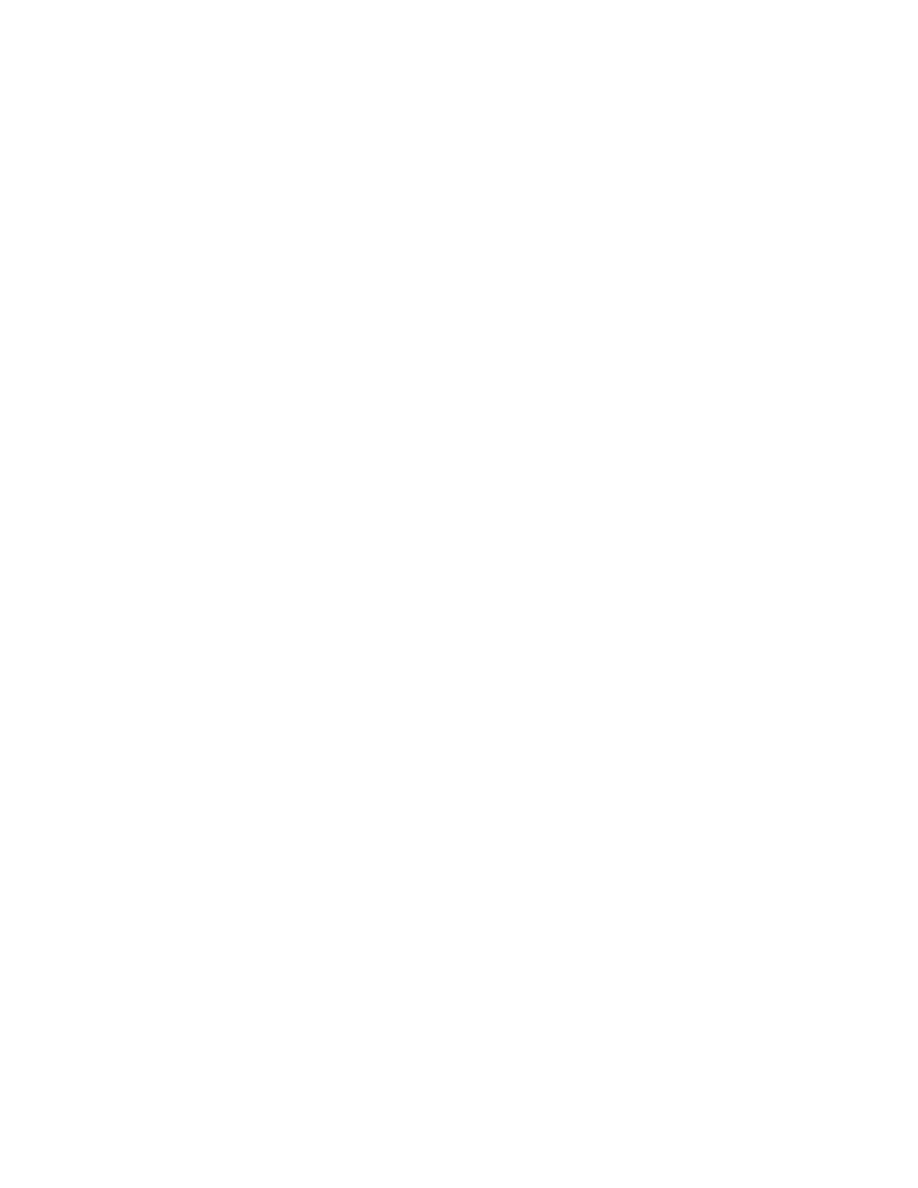
91
Federal Aviation Administration, DOT
§ 121.135
(b) The manual may be in two or
more separate parts, containing to-
gether all of the following information,
but each part must contain that part of
the information that is appropriate for
each group of personnel:
(1) General policies.
(2) Duties and responsibilities of each
crewmember, appropriate members of
the ground organization, and manage-
ment personnel.
(3) Reference to appropriate Federal
Aviation Regulations.
(4) Flight dispatching and oper-
ational control, including procedures
for coordinated dispatch or flight con-
trol or flight following procedures, as
applicable.
(5) En route flight, navigation, and
communication procedures, including
procedures for the dispatch or release
or continuance of flight if any item of
equipment required for the particular
type of operation becomes inoperative
or unserviceable en route.
(6) For domestic or flag operations,
appropriate information from the en
route operations specifications, includ-
ing for each approved route the types
of airplanes authorized, the type of op-
eration such as VFR, IFR, day, night,
etc., and any other pertinent informa-
tion.
(7) For supplemental operations, ap-
propriate information from the oper-
ations specifications, including the
area of operations authorized, the
types of airplanes authorized, the type
of operation such as VFR, IFR, day,
night, etc., and any other pertinent in-
formation.
(8) Appropriate information from the
airport operations specifications, in-
cluding for each airport—
(i) Its location (domestic and flag op-
erations only);
(ii) Its designation (regular, alter-
nate, provisional, etc.) (domestic and
flag operations only);
(iii) The types of airplanes authorized
(domestic and flag operations only);
(iv) Instrument approach procedures;
(v) Landing and takeoff minimums;
and
(vi) Any other pertinent information.
(9) Takeoff, en route, and landing
weight limitations.
(10) For ETOPS, airplane perform-
ance data to support all phases of these
operations.
(11) Procedures for familiarizing pas-
sengers with the use of emergency
equipment, during flight.
(12) Emergency equipment and proce-
dures.
(13) The method of designating suc-
cession of command of flight crew-
members.
(14) Procedures for determining the
usability of landing and takeoff areas,
and for disseminating pertinent infor-
mation thereon to operations per-
sonnel.
(15) Procedures for operating in peri-
ods of ice, hail, thunderstorms, turbu-
lence, or any potentially hazardous me-
teorological condition.
(16) Each training program cur-
riculum required by § 121.403.
(17) Instructions and procedures for
maintenance, preventive maintenance,
and servicing.
(18) Time limitations, or standards
for determining time limitations, for
overhauls, inspections, and checks of
airframes, engines, propellers, appli-
ances and emergency equipment.
(19) Procedures for refueling aircraft,
eliminating fuel contamination, pro-
tection from fire (including electro-
static protection), and supervising and
protecting passengers during refueling.
(20) Airworthiness inspections, in-
cluding instructions covering proce-
dures, standards, responsibilities, and
authority of inspection personnel.
(21) Methods and procedures for
maintaining the aircraft weight and
center of gravity within approved lim-
its.
(22) Where applicable, pilot and dis-
patcher route and airport qualification
procedures.
(23) Accident notification procedures.
(24) After February 15, 2008, for pas-
senger flag operations and for those
supplemental operations that are not
all-cargo operations outside the 48 con-
tiguous States and Alaska,
(i) For ETOPS greater than 180 min-
utes a specific passenger recovery plan
for each ETOPS Alternate Airport used
in those operations, and
(ii) For operations in the North Polar
Area and South Polar Area a specific
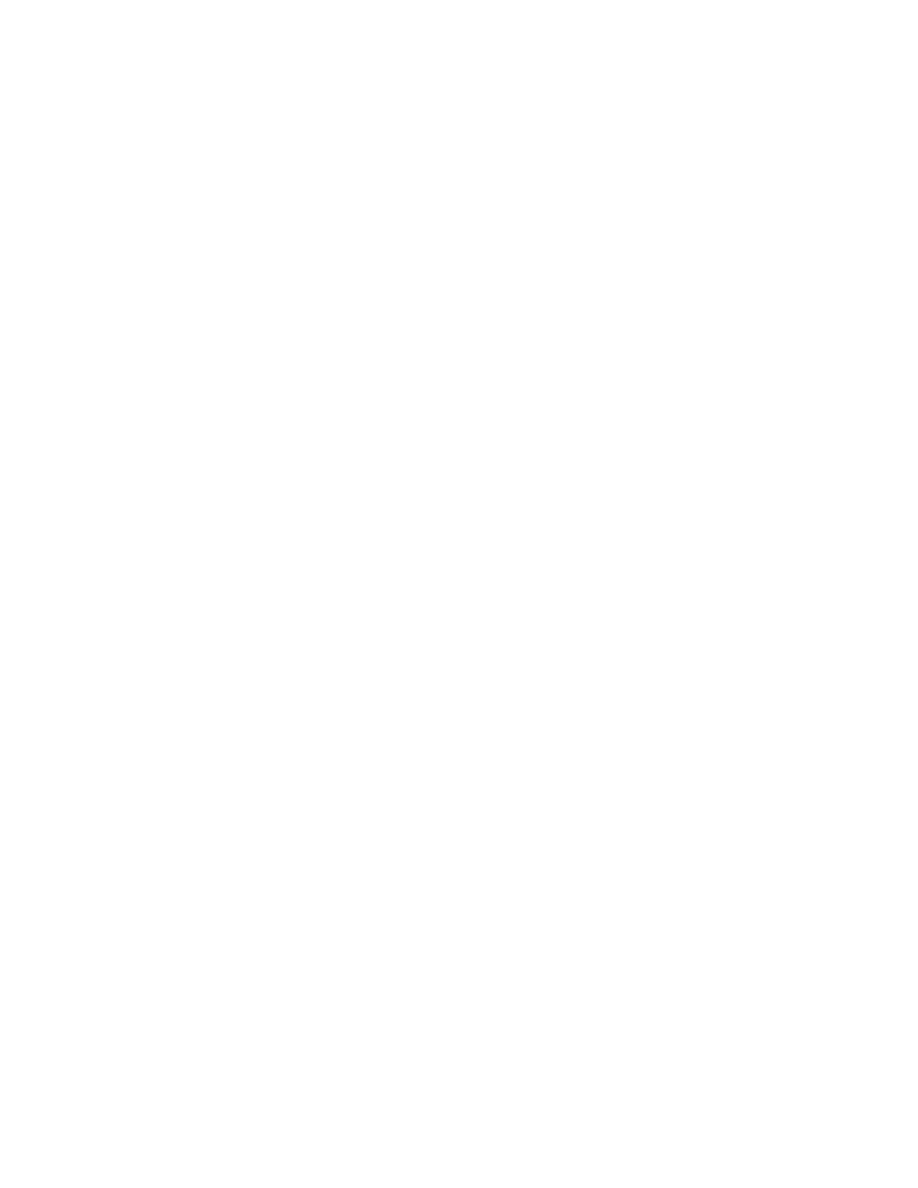
92
14 CFR Ch. I (1–1–24 Edition)
§ 121.137
passenger recovery plan for each diver-
sion airport used in those operations.
(25)(i) Procedures and information, as
described in paragraph (b)(25)(ii) of this
section, to assist each crewmember and
person performing or directly super-
vising the following job functions in-
volving items for transport on an air-
craft:
(A) Acceptance;
(B) Rejection;
(C) Handling;
(D) Storage incidental to transport;
(E) Packaging of company material;
or
(F) Loading.
(ii) Ensure that the procedures and
information described in this para-
graph are sufficient to assist the per-
son in identifying packages that are
marked or labeled as containing haz-
ardous materials or that show signs of
containing undeclared hazardous mate-
rials. The procedures and information
must include:
(A) Procedures for rejecting packages
that do not conform to the Hazardous
Materials Regulations in 49 CFR parts
171 through 180 or that appear to con-
tain undeclared hazardous materials;
(B) Procedures for complying with
the hazardous materials incident re-
porting requirements of 49 CFR 171.15
and 171.16 and discrepancy reporting re-
quirements of 49 CFR 175.31
(C) The certificate holder’s hazmat
policies and whether the certificate
holder is authorized to carry, or is pro-
hibited from carrying, hazardous mate-
rials; and
(D) If the certificate holder’s oper-
ations specifications permit the trans-
port of hazardous materials, procedures
and information to ensure the fol-
lowing:
(
1
) That packages containing haz-
ardous materials are properly offered
and accepted in compliance with 49
CFR parts 171 through 180;
(
2
) That packages containing haz-
ardous materials are properly handled,
stored, packaged, loaded, and carried
on board an aircraft in compliance
with 49 CFR parts 171 through 180;
(
3
) That the requirements for Notice
to the Pilot in Command (49 CFR
175.33) are complied with; and
(
4
) That aircraft replacement parts,
consumable materials or other items
regulated by 49 CFR parts 171 through
180 are properly handled, packaged, and
transported.
(26) Other information or instruc-
tions relating to safety.
(c) Each certificate holder shall
maintain at least one complete copy of
the manual at its principal base of op-
erations.
[Doc. No. 6258, 29 FR 19196, Dec. 31, 1964, as
amended by Amdt. 121–104, 38 FR 14915, June
7, 1973; Amdt. 121–106, 38 FR 22377, Aug. 20,
1973; Amdt. 121–143, 43 FR 22641, May 25, 1978;
Amdt. 121–162, 45 FR 46739, July 10, 1980;
Amdt. 121–251, 60 FR 65926, Dec. 20, 1995;
Amdt. 121–250, 60 FR 65948, Dec. 20, 1995;
Amdt. 121–316, 70 FR 58823, Oct. 7, 2005; Amdt.
121–329, 72 FR 1879, Jan. 16, 2007; Docket No.
FAA–2022–0912; Amdt. No. 121–388, 88 FR
34443, May 30, 2023]
§ 121.137 Distribution and availability.
(a) Each certificate holder shall fur-
nish copies of the manual required by
§ 121.133 (and the changes and additions
thereto) or appropriate parts of the
manual to—
(1) Its appropriate ground operations
and maintenance personnel;
(2) Crewmembers; and
(3) Representatives of the Adminis-
trator assigned to it.
(b) Each person to whom a manual or
appropriate parts of it are furnished
under paragraph (a) of this section
shall keep it up-to-date with the
changes and additions furnished to
that person and shall have the manual
or appropriate parts of it accessible
when performing assigned duties.
(c) For the purpose of complying with
paragraph (a) of this section, a certifi-
cate holder may furnish the persons
listed therein the maintenance part of
the manual in printed form or other
form, acceptable to the Administrator,
that is retrievable in the English lan-
guage.
[Doc. No. 6258, 29 FR 19196, Dec. 31, 1964, as
amended by Amdt. 121–71, 35 FR 17176, Nov. 7,
1970; Amdt. 121–162, 45 FR 46739, July 10, 1980;
Amdt. 121–262, 62 FR 13256, Mar. 19, 1997]
§ 121.139 Manual accessibility: Supple-
mental operations.
Each certificate holder conducting
supplemental operations must ensure
the appropriate parts of the manual are
accessible to flight, ground, and main-
tenance personnel at all times when
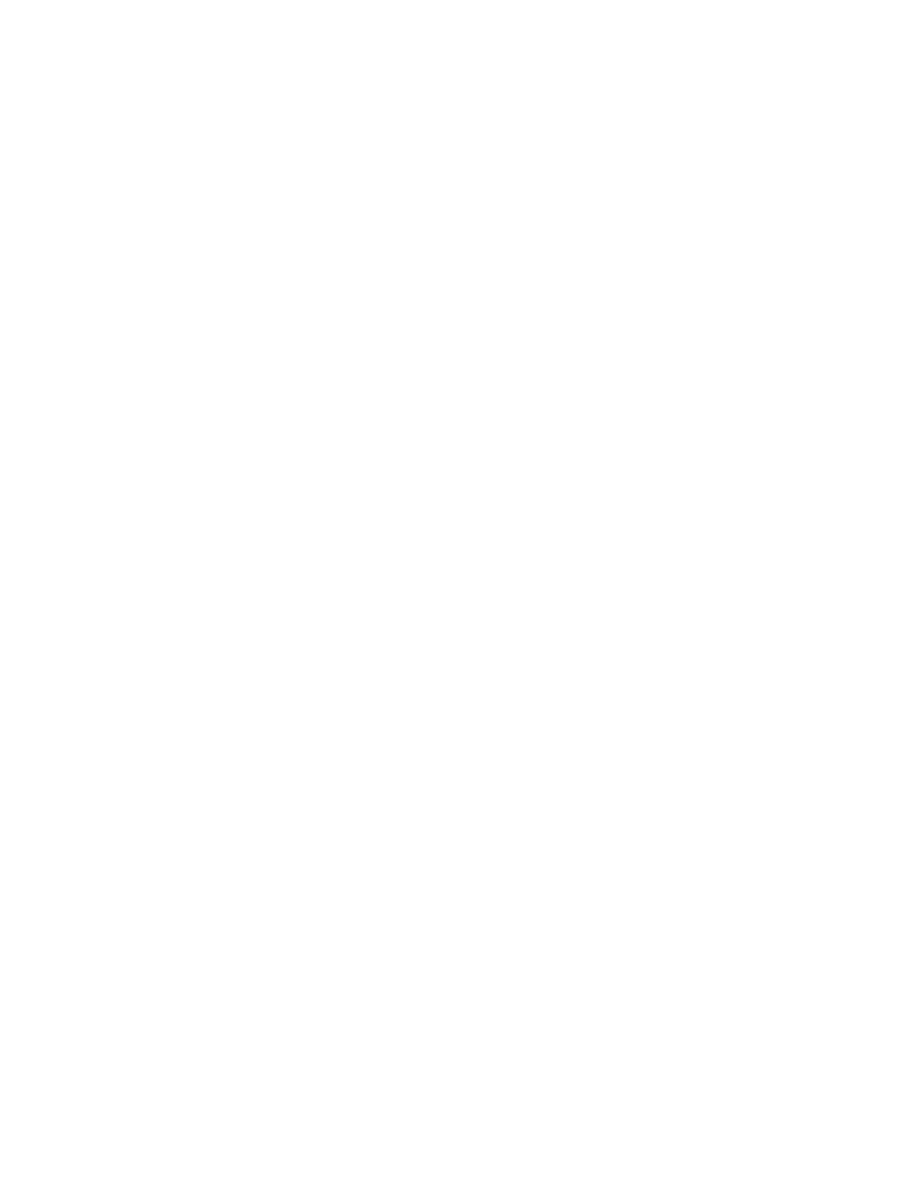
93
Federal Aviation Administration, DOT
§ 121.153
such personnel are performing their as-
signed duties. The information and in-
structions contained in the manual
must be displayed clearly and be re-
trievable in the English language.
[Docket No. FAA–2022–0912; Amdt. No. 121–
388, 88 FR 34443, May 30, 2023]
§ 121.141 Airplane flight manual.
(a) Each certificate holder shall keep
a current approved airplane flight man-
ual for each type of airplane that it op-
erates except for nontransport cat-
egory airplanes certificated before Jan-
uary 1, 1965.
(b) In each airplane required to have
an airplane flight manual in paragraph
(a) of this section, the certificate hold-
er shall carry either the manual re-
quired by § 121.133, if it contains the in-
formation required for the applicable
flight manual and this information is
clearly identified as flight manual re-
quirements, or an approved Airplane
Manual. If the certificate holder elects
to carry the manual required by
§ 121.133, the certificate holder may re-
vise the operating procedures sections
and modify the presentation of per-
formance data from the applicable
flight manual if the revised operating
procedures and modified performance
date presentation are—
(1) Approved by the Administrator;
and
(2) Clearly identified as airplane
flight manual requirements.
[Doc. No. 28154, 60 FR 65927, Dec. 20, 1995]
Subpart H—Aircraft Requirements
S
OURCE
: Docket No. 6258, 29 FR 19197, Dec.
31, 1964, unless otherwise noted.
§ 121.151 Applicability.
This subpart prescribes aircraft re-
quirements for all certificate holders.
§ 121.153 Aircraft requirements: Gen-
eral.
(a) Except as provided in paragraph
(c) of this section, no certificate holder
may operate an aircraft unless that
aircraft—
(1) Is registered as a civil aircraft of
the United States and carries an appro-
priate current airworthiness certificate
issued under this chapter; and
(2) Is in an airworthy condition and
meets the applicable airworthiness re-
quirements of this chapter, including
those relating to identification and
equipment.
(b) A certificate holder may use an
approved weight and balance control
system based on average, assumed, or
estimated weight to comply with appli-
cable airworthiness requirements and
operating limitations.
(c) A certificate holder may operate
in common carriage, and for the car-
riage of mail, a civil aircraft which is
leased or chartered to it without crew
and is registered in a country which is
a party to the Convention on Inter-
national Civil Aviation if—
(1) The aircraft carries an appro-
priate airworthiness certificate issued
by the country of registration and
meets the registration and identifica-
tion requirements of that country;
(2) The aircraft is of a type design
which is approved under a U.S. type
certificate and complies with all of the
requirements of this chapter (14 CFR
Chapter 1) that would be applicable to
that aircraft were it registered in the
United States, including the require-
ments which must be met for issuance
of a U.S. standard airworthiness cer-
tificate (including type design con-
formity, condition for safe operation,
and the noise, fuel venting, and engine
emission requirements of this chapter),
except that a U.S. registration certifi-
cate and a U.S. standard airworthiness
certificate will not be issued for the
aircraft;
(3) The aircraft is operated by U.S.-
certificated airmen employed by the
certificate holder; and
(4) The certificate holder files a copy
of the aircraft lease or charter agree-
ment with the FAA Aircraft Registry,
Department of Transportation, 6400
South MacArthur Boulevard, Okla-
homa City, OK (Mailing address: P.O.
Box 25504, Oklahoma City, OK 73125).
[Doc. No. 6258, 29 FR 19197, Dec. 31, 1964, as
amended by Amdt. 121–165, 45 FR 68649, Oct.
16, 1980]
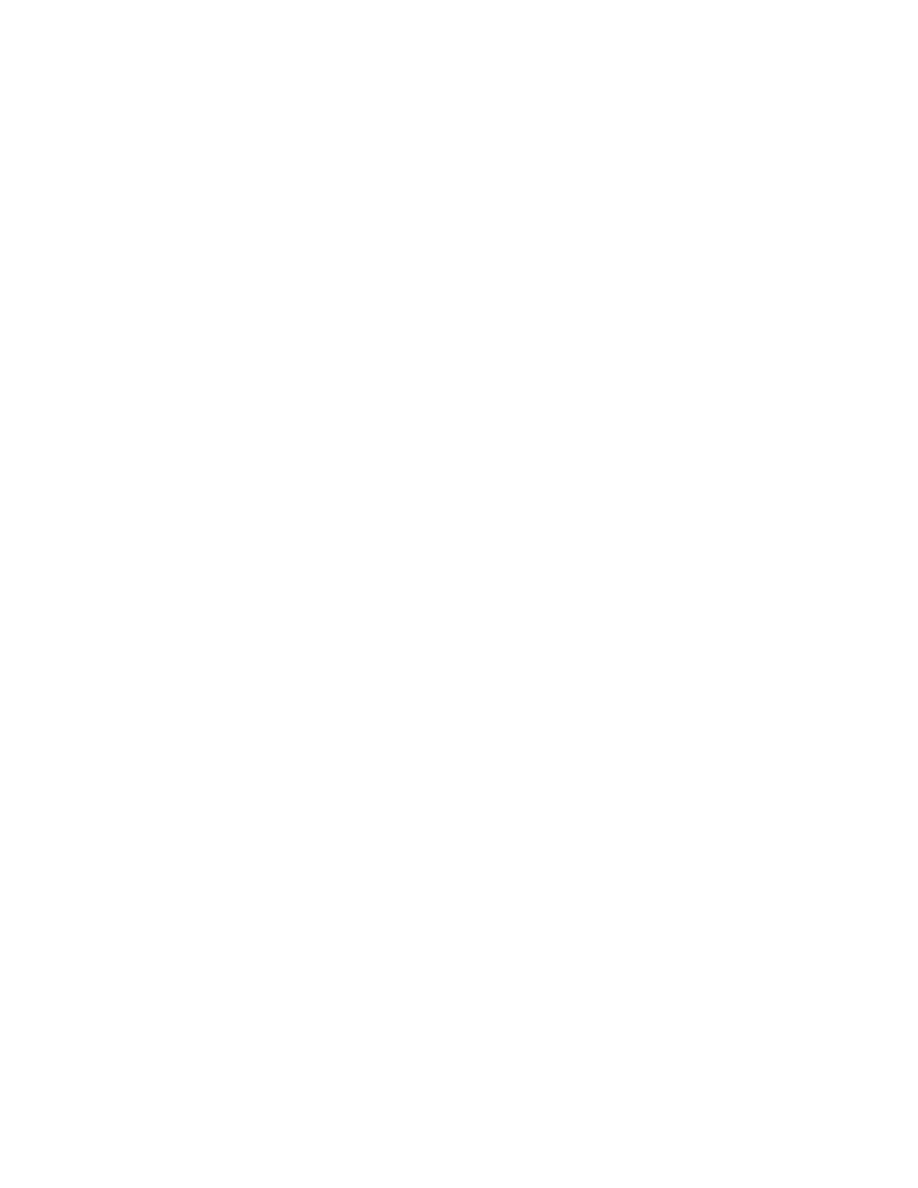
94
14 CFR Ch. I (1–1–24 Edition)
§ 121.155
§ 121.155 [Reserved]
§ 121.157 Aircraft certification and
equipment requirements.
(a)
Airplanes certificated before July 1,
1942.
No certificate holder may operate
an airplane that was type certificated
before July 1, 1942, unless—
(1) That airplane meets the require-
ments of § 121.173(c), or
(2) That airplane and all other air-
planes of the same or related type oper-
ated by that certificate holder meet
the performance requirements of sec-
tions 4a.737–T through 4a.750–T of the
Civil Air Regulations as in effect on
January 31, 1965; or §§ 25.45 through
25.75 and § 121.173(a), (b), (d), and (e) of
this title.
(b)
Airplanes certificated after June 30,
1942.
Except as provided in paragraphs
(c), (d), (e), and (f) of this section, no
certificate holder may operate an air-
plane that was type certificated after
June 30, 1942, unless it is certificated as
a transport category airplane and
meets the requirements of § 121.173(a),
(b), (d), and (e).
(c)
C–46 type airplanes: passenger-car-
rying operations.
No certificate holder
may operate a C–46 airplane in pas-
senger-carrying operations unless that
airplane is operated in accordance with
the operating limitations for transport
category airplanes and meets the re-
quirements of paragraph (b) of this sec-
tion or meets the requirements of part
4b, as in effect July 20, 1950, and the re-
quirements of § 121.173 (a), (b), (d) and
(e), except that—
(1) The requirements of sections 4b.0
through 4b.19 as in effect May 18, 1954,
must be complied with;
(2) The birdproof windshield require-
ments of section 4b.352 need not be
complied with;
(3) The provisions of sections 4b.480
through 4b.490 (except sections
4b.484(a)(1) and 4b.487(e)), as in effect
May 16, 1953, must be complied with;
and
(4) The provisions of paragraph
4b.484(a)(1), as in effect July 20, 1950,
must be complied with.
In determining the takeoff path in ac-
cordance with section 4b.116 and the
one-engine inoperative climb in accord-
ance with section 4b.120 (a) and (b), the
propeller of the inoperative engine may
be assumed to be feathered if the air-
plane is equipped with either an ap-
proved means for automatically indi-
cating when the particular engine has
failed or an approved means for auto-
matically feathering the propeller of
the inoperative engine. The Adminis-
trator may authorize deviations from
compliance with the requirements of
sections 4b.130 through 4b.190 and sub-
parts C, D, E, and F of part 4b (as des-
ignated in this paragraph) if he finds
that (considering the effect of design
changes) compliance is extremely dif-
ficult to accomplish and that service
experience with the C–46 airplane justi-
fies the deviation.
(d)
C–46 type airplanes: cargo oper-
ations.
No certificate holder may use a
nontransport category C–46 type air-
plane in cargo operations unless—
(1) It is certificated at a maximum
gross weight that is not greater than
48,000 pounds;
(2) It meets the requirements of
§§ 121.199 through 121.205 using the per-
formance data in appendix C to this
part;
(3) Before each flight, each engine
contains at least 25 gallons of oil; and
(4) After December 31, 1964—
(i) It is powered by a type and model
engine as set forth in appendix C of
this part, when certificated at a max-
imum gross takeoff weight greater
than 45,000 pounds; and
(ii) It complies with the special air-
worthiness requirement set forth in
§§ 121.213 through 121.287 of this part or
in appendix C of this part.
(e)
Commuter category airplanes.
Ex-
cept as provided in paragraph (f) of this
section, no certificate holder may oper-
ate under this part a nontransport cat-
egory airplane type certificated after
December 31, 1964, and before March 30,
1995, unless it meets the applicable re-
quirements of § 121.173 (a), (b), (d), and
(e), and was type certificated in the
commuter category.
(f)
Other nontransport category air-
planes.
No certificate holder may oper-
ate under this part a nontransport cat-
egory airplane type certificated after
December 31, 1964, unless it meets the
applicable requirements of § 121.173 (a),
(b), (d), and (e), was manufactured be-
fore March 20, 1997, and meets one of
the following:
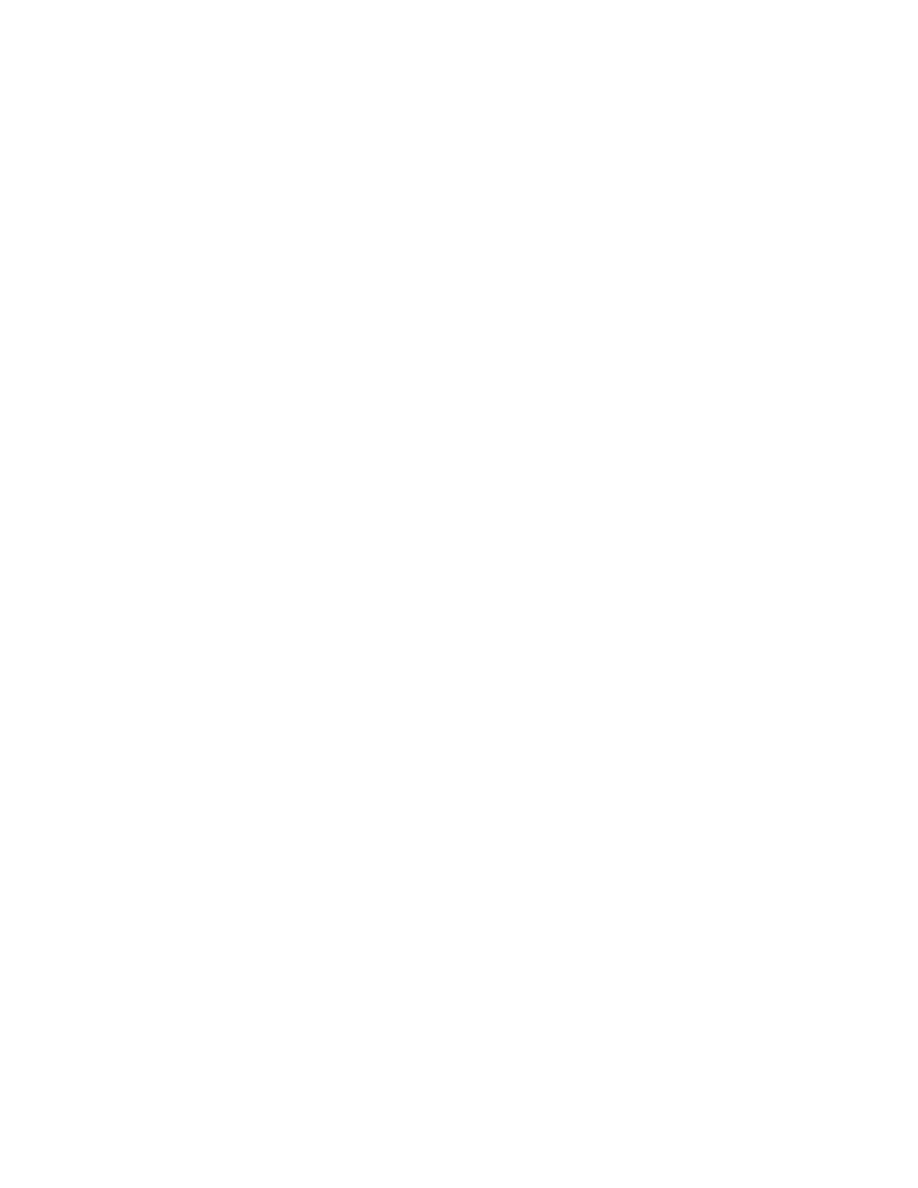
95
Federal Aviation Administration, DOT
§ 121.161
(1) Until December 20, 2010:
(i) The airplane was type certificated
in the normal category before July 1,
1970, and meets special conditions
issued by the Administrator for air-
planes intended for use in operations
under part 135 of this chapter.
(ii) The airplane was type certifi-
cated in the normal category before
July 19, 1970, and meets the additional
airworthiness standards in SFAR No.
23, 14 CFR part 23.
(iii) The airplane was type certifi-
cated in the normal category and
meets the additional airworthiness
standards in appendix A of part 135 of
this chapter.
(iv) The airplane was type certifi-
cated in the normal category and com-
plies with either section 1.(a) or 1.(b) of
SFAR No. 41 of 14 CFR part 21.
(2) The airplane was type certificated
in the normal category, meets the ad-
ditional requirements described in
paragraphs (f)(1)(i) through (f)(1)(iv) of
this section, and meets the perform-
ance requirements in appendix K of
this part.
(g)
Certain newly manufactured air-
planes.
No certificate holder may oper-
ate an airplane under this part that
was type certificated as described in
paragraphs (f)(1)(i) through (f)(1)(iv) of
this section and that was manufac-
tured after March 20, 1997, unless it
meets the performance requirements in
appendix K of this part.
(h)
Newly type certificated airplanes.
No person may operate under this part
an airplane for which the application
for a type certificate is submitted after
March 29, 1995, unless the airplane is
type certificated under part 25 of this
chapter.
[Doc. No. 6258, 29 FR 19197, Dec. 31, 1964, as
amended by Amdt. 121–251, 60 FR 65927, Dec.
20, 1995; Amdt. 121–256, 61 FR 30434, June 14,
1996]
§ 121.159 Single-engine airplanes pro-
hibited.
No certificate holder may operate a
single-engine airplane under this part.
[Doc. No. 28154, 60 FR 65927, Dec. 20, 1995]
§ 121.161 Airplane limitations: Type of
route.
(a) Except as provided in paragraph
(e) of this section, unless approved by
the Administrator in accordance with
Appendix P of this part and authorized
in the certificate holder’s operations
specifications, no certificate holder
may operate a turbine-engine-powered
airplane over a route that contains a
point—
(1) Farther than a flying time from
an Adequate Airport (at a one-engine-
inoperative cruise speed under stand-
ard conditions in still air) of 60 min-
utes for a two-engine airplane or 180
minutes for a passenger-carrying air-
plane with more than two engines;
(2) Within the North Polar Area; or
(3) Within the South Polar Area.
(b) Except as provided in paragraph
(c) of this section, no certificate holder
may operate a land airplane (other
than a DC–3, C–46, CV–240, CV–340, CV–
440, CV–580, CV–600, CV–640, or Martin
404) in an extended overwater operation
unless it is certificated or approved as
adequate for ditching under the ditch-
ing provisions of part 25 of this chap-
ter.
(c) Until December 20, 2010, a certifi-
cate holder may operate, in an ex-
tended overwater operation, a non-
transport category land airplane type
certificated after December 31, 1964,
that was not certificated or approved
as adequate for ditching under the
ditching provisions of part 25 of this
chapter.
(d) Unless authorized by the Adminis-
trator based on the character of the
terrain, the kind of operation, or the
performance of the airplane to be used,
no certificate holder may operate a re-
ciprocating-engine-powered airplane
over a route that contains a point far-
ther than 60 minutes flying time (at a
one-engine-inoperative cruise speed
under standard conditions in still air)
from an Adequate Airport.
(e) Operators of turbine-engine pow-
ered airplanes with more than two en-
gines do not need to meet the require-
ments of paragraph (a)(1) of this sec-
tion until February 15, 2008.
[Doc. No. 7329, 31 FR 13078, Oct. 8, 1966, as
amended by Amdt. 121–162, 45 FR 46739, July
10, 1980; Amdt. 121–251, 60 FR 65927, Dec. 20,
1995; Amdt. 121–329, 72 FR 1879, Jan. 16, 2007]
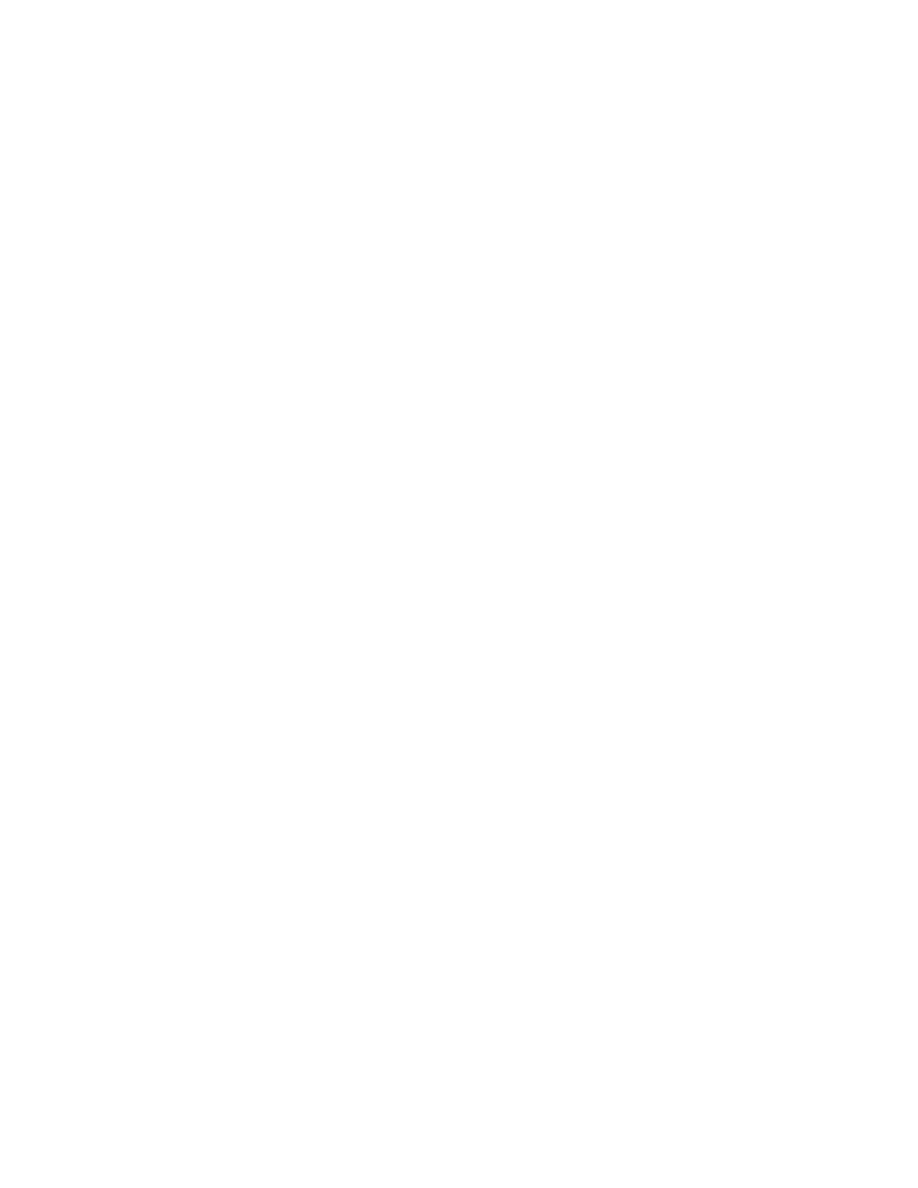
96
14 CFR Ch. I (1–1–24 Edition)
§ 121.162
§ 121.162 ETOPS Type Design Ap-
proval Basis.
Except for a passenger-carrying air-
plane with more than two engines man-
ufactured prior to February 17, 2015 and
except for a two-engine airplane that,
when used in ETOPS, is only used for
ETOPS of 75 minutes or less, no certifi-
cate holder may conduct ETOPS unless
the airplane has been type design ap-
proved for ETOPS and each airplane
used in ETOPS complies with its CMP
document as follows:
(a) For a two-engine airplane, that is
of the same model airplane-engine
combination that received FAA ap-
proval for ETOPS up to 180 minutes
prior to February 15, 2007, the CMP
document for that model airplane-en-
gine combination in effect on February
14, 2007.
(b) For a two-engine airplane, that is
not of the same model airplane-engine
combination that received FAA ap-
proval for ETOPS up to 180 minutes be-
fore February 15, 2007, the CMP docu-
ment for that new model airplane-en-
gine combination issued in accordance
with § 25.3(b)(1) of this chapter.
(c) For a two-engine airplane ap-
proved for ETOPS beyond 180 minutes,
the CMP document for that model air-
plane-engine combination issued in ac-
cordance with § 25.3(b)(2) of this chap-
ter.
(d) For an airplane with more than 2
engines manufactured on or after Feb-
ruary 17, 2015, the CMP document for
that model airplane-engine combina-
tion issued in accordance with § 25.3(c)
of this chapter.
[Doc. No. FAA–2002–6717, 72 FR 1879, Jan. 16,
2007]
§ 121.163 Aircraft proving tests.
(a)
Initial airplane proving tests.
No
person may operate an airplane not be-
fore proven for use in a kind of oper-
ation under this part or part 135 of this
chapter unless an airplane of that type
has had, in addition to the airplane
certification tests, at least 100 hours of
proving tests acceptable to the Admin-
istrator, including a representative
number of flights into en route air-
ports. The requirement for at least 100
hours of proving tests may be reduced
by the Administrator if the Adminis-
trator determines that a satisfactory
level of proficiency has been dem-
onstrated to justify the reduction. At
least 10 hours of proving flights must
be flown at night; these tests are irre-
ducible.
(b)
Proving tests for kinds of operations.
Unless otherwise authorized by the Ad-
ministrator, for each type of airplane,
a certificate holder must conduct at
least 50 hours of proving tests accept-
able to the Administrator for each kind
of operation it intends to conduct, in-
cluding a representative number of
flights into en route airports.
(c)
Proving tests for materially altered
airplanes.
Unless otherwise authorized
by the Administrator, for each type of
airplane that is materially altered in
design, a certificate holder must con-
duct at least 50 hours of proving tests
acceptable to the Administrator for
each kind of operation it intends to
conduct with that airplane, including a
representative number of flights into
en route airports.
(d)
Definition of materially altered.
For
the purposes of paragraph (c) of this
section, a type of airplane is considered
to be materially altered in design if the
alteration includes—
(1) The installation of powerplants
other than those of a type similar to
those with which it is certificated; or
(2) Alterations to the aircraft or its
components that materially affect
flight characteristics.
(e) No certificate holder may carry
passengers in an aircraft during prov-
ing tests, except for those needed to
make the test and those designated by
the Administrator. However, it may
carry mail, express, or other cargo,
when approved.
[Doc. No. 6258, 29 FR 19197, Dec. 31, 1964, as
amended by Amdt. 121–42, 33 FR 10330, July
19, 1968; 34 FR 13468, Aug. 21, 1969; Amdt. 121–
162, 45 FR 46739, July 10, 1980; Amdt. 121–251,
60 FR 65927, Dec. 20, 1995]
Subpart I—Airplane Performance
Operating Limitations
S
OURCE
: Docket No. 6258, 29 FR 19198, Dec.
31, 1964; 30 FR 130, Jan. 7, 1965, unless other-
wise noted.
E
DITORIAL
N
OTE
: Nomenclature changes to
subpart I of part 121 appear at 60 FR 65928,
Dec. 20, 1995.
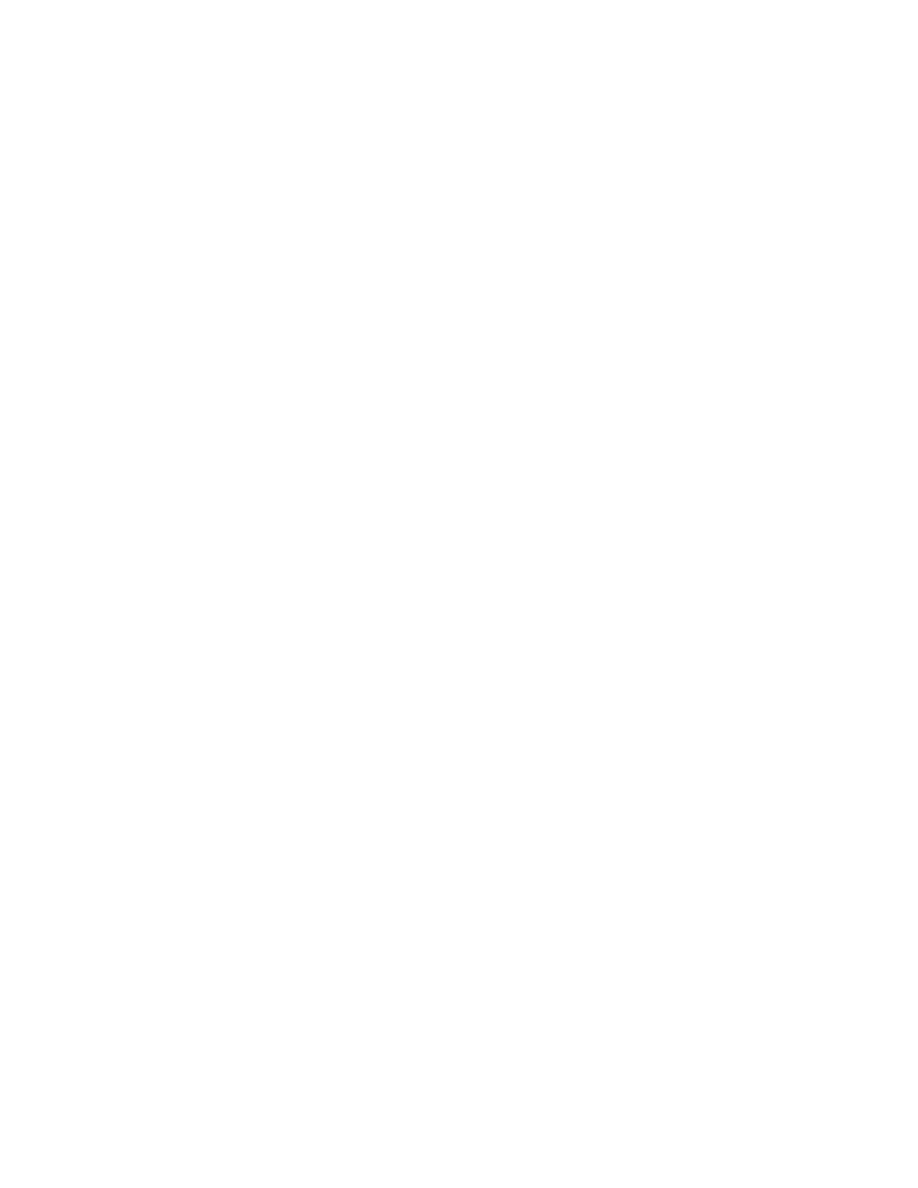
97
Federal Aviation Administration, DOT
§ 121.173
§ 121.171 Applicability.
(a) This subpart prescribes airplane
performance operating limitations for
all certificate holders.
(b) For purposes of this part,
effective
length of the runway
for landing means
the distance from the point at which
the obstruction clearance plane associ-
ated with the approach end of the run-
way intersects the centerline of the
runway to the far end thereof.
(c) For the purposes of this subpart,
obstruction clearance plane
means a
plane sloping upward from the runway
at a slope of 1:20 to the horizontal, and
tangent to or clearing all obstructions
within a specified area surrounding the
runway as shown in a profile view of
that area. In the plan view, the center-
line of the specified area coincides with
the centerline of the runway, beginning
at the point where the obstruction
clearance plane intersects the center-
line of the runway and proceeding to a
point at least 1,500 feet from the begin-
ning point. Thereafter the centerline
coincides with the takeoff path over
the ground for the runway (in the case
of takeoffs) or with the instrument ap-
proach counterpart (for landings), or,
where the applicable one of these paths
has not been established, it proceeds
consistent with turns of at least 4,000
foot radius until a point is reached be-
yond which the obstruction clearance
plane clears all obstructions. This area
extends laterally 200 feet on each side
of the centerline at the point where the
obstruction clearance plane intersects
the runway and continues at this width
to the end of the runway; then it in-
creases uniformly to 500 feet on each
side of the centerline at a point 1,500
feet from the intersection of the ob-
struction clearance plane with the run-
way; thereafter it extends laterally 500
feet on each side of the centerline.
[Doc. No. 6258, 29 FR 19198, Dec. 31, 1964, as
amended by Amdt. 121–132, 41 FR 55475, Dec.
20, 1976]
§ 121.173 General.
(a) Except as provided in paragraph
(c) of this section, each certificate
holder operating a reciprocating-en-
gine-powered airplane shall comply
with §§ 121.175 through 121.187.
(b) Except as provided in paragraph
(c) of this section, each certificate
holder operating a turbine-engine-pow-
ered airplane shall comply with the ap-
plicable provisions of §§ 121.189 through
121.197, except that when it operates—
(1) A turbo-propeller-powered air-
plane type certificated after August 29,
1959, but previously type certificated
with the same number of reciprocating
engines, the certificate holder may
comply with §§ 121.175 through 121.187;
or
(2) Until December 20, 2010, a turbo-
propeller-powered airplane described in
§ 121.157(f), the certificate holder may
comply with the applicable perform-
ance requirements of appendix K of
this part.
(c) Each certificate holder operating
a large nontransport category airplane
type certificated before January 1, 1965,
shall comply with §§ 121.199 through
121.205 and any determination of com-
pliance must be based only on approved
performance data.
(d) The performance data in the Air-
plane Flight Manual applies in deter-
mining compliance with §§ 121.175
through 121.197. Where conditions are
different from those on which the per-
formance data is based, compliance is
determined by interpolation or by com-
puting the effects of changes in the
specific variables if the results of the
interpolation or computations are sub-
stantially as accurate as the results of
direct tests.
(e) Except as provided in paragraph
(c) of this section, no person may take
off a reciprocating-engine-powered air-
plane at a weight that is more than the
allowable weight for the runway being
used (determined under the runway
takeoff limitations of the operating
rules of 14 CFR part 121, subpart I)
after taking into account the tempera-
ture operating correction factors in the
applicable Airplane Flight Manual.
(f) The Administrator may authorize
in the operations specifications devi-
ations from the requirements in the
subpart if special circumstances make
a literal observance of a requirement
unnecessary for safety.
(g) The ten-mile width specified in
§§ 121.179 through 121.183 may be re-
duced to five miles, for not more than
20 miles, when operating VFR or where
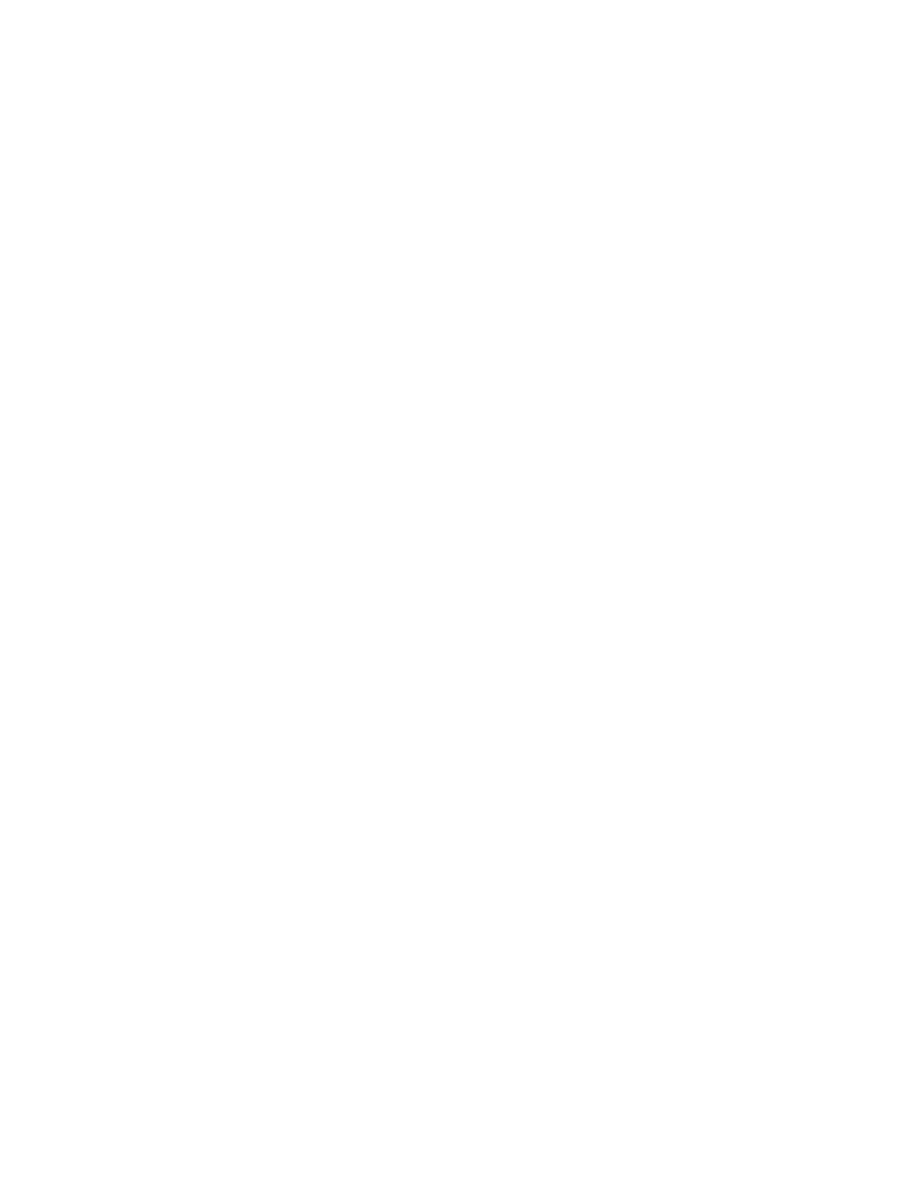
98
14 CFR Ch. I (1–1–24 Edition)
§ 121.175
navigation facilities furnish reliable
and accurate identification of high
ground and obstructions located out-
side of five miles, but within ten miles,
on each side of the intended track.
[Doc. No. 6258, 29 FR 19198, Dec. 31, 1964, as
amended by Amdt. 121–251, 60 FR 65928, Dec.
20, 1995]
§ 121.175 Airplanes: Reciprocating en-
gine-powered: Weight limitations.
(a) No person may take off a recipro-
cating engine powered airplane from an
airport located at an elevation outside
of the range for which maximum take-
off weights have been determined for
that airplane.
(b) No person may take off a recipro-
cating engine powered airplane for an
airport of intended destination that is
located at an elevation outside of the
range for which maximum landing
weights have been determined for that
airplane.
(c) No person may specify, or have
specified, an alternate airport that is
located at an elevation outside of the
range for which maximum landing
weights have been determined for the
reciprocating engine powered airplane
concerned.
(d) No person may take off a recipro-
cating engine powered airplane at a
weight more than the maximum au-
thorized takeoff weight for the ele-
vation of the airport.
(e) No person may take off a recipro-
cating engine powered airplane if its
weight on arrival at the airport of des-
tination will be more than the max-
imum authorized landing weight for
the elevation of that airport, allowing
for normal consumption of fuel and oil
en route.
(f) This section does not apply to
large nontransport category airplanes
operated under § 121.173(c).
[Doc. No. 6258, 29 FR 19198, Dec. 31, 1964, as
amended by Amdt. 121–251, 60 FR 65928, Dec.
20, 1995]
§ 121.177 Airplanes: Reciprocating en-
gine-powered: Takeoff limitations.
(a) No person operating a recipro-
cating engine powered airplane may
takeoff that airplane unless it is pos-
sible—
(1) To stop the airplane safely on the
runway, as shown by the accelerate
stop distance data, at any time during
takeoff until reaching critical-engine
failure speed;
(2) If the critical engine fails at any
time after the airplane reaches crit-
ical-engine failure speed
V
1
, to con-
tinue the takeoff and reach a height of
50 feet, as indicated by the takeoff path
data, before passing over the end of the
runway; and
(3) To clear all obstacles either by at
least 50 feet vertically (as shown by the
takeoff path data) or 200 feet hori-
zontally within the airport boundaries
and 300 feet horizontally beyond the
boundaries, without banking before
reaching a height of 50 feet (as shown
by the takeoff path data) and there-
after without banking more than 15 de-
grees.
(b) In applying this section, correc-
tions must be made for the effective
runway gradient. To allow for wind ef-
fect, takeoff data based on still air may
be corrected by taking into account
not more than 50 percent of any re-
ported headwind component and not
less than 150 percent of any reported
tailwind component.
(c) This section does not apply to
large nontransport category airplanes
operated under § 121.173(c).
[Doc. No. 6258, 29 FR 19198, Dec. 31, 1964, as
amended by Amdt. 121–159, 45 FR 41593, June
19, 1980; Amdt. 121–251, 60 FR 65928, Dec. 20,
1995]
§ 121.179 Airplanes: Reciprocating en-
gine-powered: En route limitations:
All engines operating.
(a) No person operating a recipro-
cating engine powered airplane may
take off that airplane at a weight, al-
lowing for normal consumption of fuel
and oil, that does not allow a rate of
climb (in feet per minute), with all en-
gines operating, of at least 6.90
V
So
(that is, the number of feet per minute
is obtained by multiplying the number
of knots by 6.90) at an altitude of at
least 1,000 feet above the highest
ground or obstruction within ten miles
of each side of the intended track.
(b) This section does not apply to air-
planes certificated under part 4a of the
Civil Air Regulations.
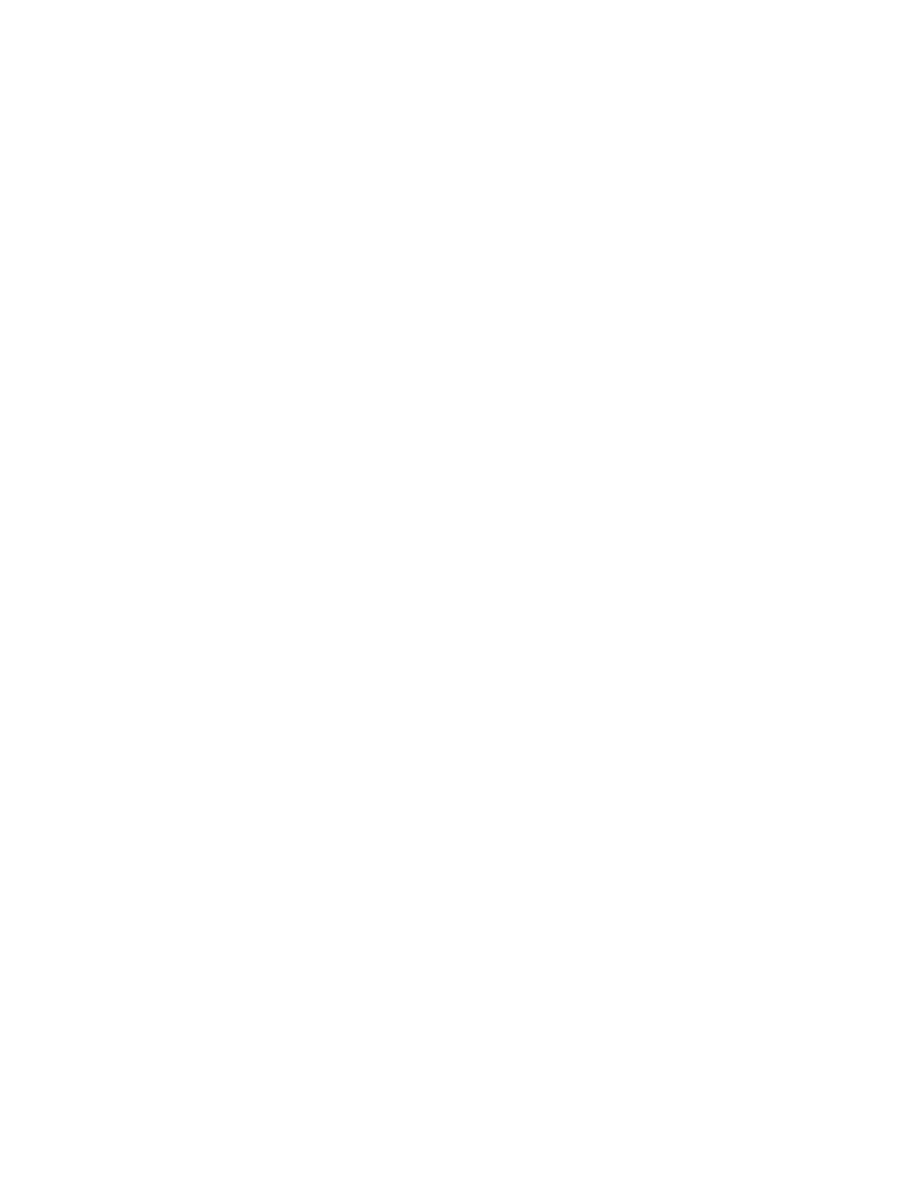
99
Federal Aviation Administration, DOT
§ 121.183
(c) This section does not apply to
large nontransport category airplanes
operated under § 121.173(c).
[Doc. No. 6258, 29 FR 19198, Dec. 31, 1964, as
amended by Amdt. 121–251, 60 FR 65928, Dec.
20, 1995]
§ 121.181 Airplanes: Reciprocating en-
gine-powered: En route limitations:
One engine inoperative.
(a) Except as provided in paragraph
(b) of this section, no person operating
a reciprocating engine powered air-
plane may take off that airplane at a
weight, allowing for normal consump-
tion of fuel and oil, that does not allow
a rate of climb (in feet per minute),
with one engine inoperative, of at least
(0.079–0.106/N) V
so
2
(where
N
is the number of engines in-
stalled and
V
So
is expressed in knots) at
an altitude of at least 1,000 feet above
the highest ground or obstruction
within 10 miles of each side of the in-
tended track. However, for the pur-
poses of this paragraph the rate of
climb for airplanes certificated under
part 4a of the Civil Air Regulations is
0.026 V
so
2.
(b) In place of the requirements of
paragraph (a) of this section, a person
may, under an approved procedure, op-
erate a reciprocating engine powered
airplane, at an all-engines-operating
altitude that allows the airplane to
continue, after an engine failure, to an
alternate airport where a landing can
be made in accordance with § 121.187, al-
lowing for normal consumption of fuel
and oil. After the assumed failure, the
flight path must clear the ground and
any obstruction within five miles on
each side of the intended track by at
least 2,000 feet.
(c) If an approved procedure under
paragraph (b) of this section is used,
the certificate holder shall comply
with the following:
(1) The rate of climb (as prescribed in
the Airplane Flight Manual for the ap-
propriate weight and altitude) used in
calculating the airplane’s flight path
shall be diminished by an amount, in
feet per minute, equal to
(0.079–0.106/N) V
so
2
(when
N
is the number of engines in-
stalled and
V
So
is expressed in knots)
for airplanes certificated under part 25
of this chapter and by 0.026 V
so
2 for air-
planes certificated under part 4a of the
Civil Air Regulations.
(2) The all-engines-operating altitude
shall be sufficient so that in the event
the critical engine becomes inoperative
at any point along the route, the flight
will be able to proceed to a predeter-
mined alternate airport by use of this
procedure. In determining the takeoff
weight, the airplane is assumed to pass
over the critical obstruction following
engine failure at a point no closer to
the critical obstruction than the near-
est approved radio navigational fix, un-
less the Administrator approves a pro-
cedure established on a different basis
upon finding that adequate operational
safeguards exist.
(3) The airplane must meet the provi-
sions of paragraph (a) of this section at
1,000 feet above the airport used as an
alternate in this procedure.
(4) The procedure must include an ap-
proved method of accounting for winds
and temperatures that would otherwise
adversely affect the flight path.
(5) In complying with this procedure
fuel jettisoning is allowed if the certifi-
cate holder shows that it has an ade-
quate training program, that proper in-
structions are given to the flight crew,
and all other precautions are taken to
insure a safe procedure.
(6) The certificate holder shall speci-
fy in the dispatch or flight release an
alternate airport that meets the re-
quirements of § 121.625.
(d) This section does not apply to
large nontransport category airplanes
operated under § 121.173(c).
[Doc. No. 6258, 29 FR 19198, Dec. 31, 1964; 30
FR 130, Jan. 7, 1965, as amended by Amdt.
121–251, 60 FR 65928, Dec. 20, 1995]
§ 121.183 Part 25 airplanes with four
or more engines: Reciprocating en-
gine powered: En route limitations:
Two engines inoperative.
(a) No person may operate an air-
plane certificated under part 25 and
having four or more engines unless—
(1) There is no place along the in-
tended track that is more than 90 min-
utes (with all engines operating at
cruising power) from an airport that
meets the requirements of § 121.187; or
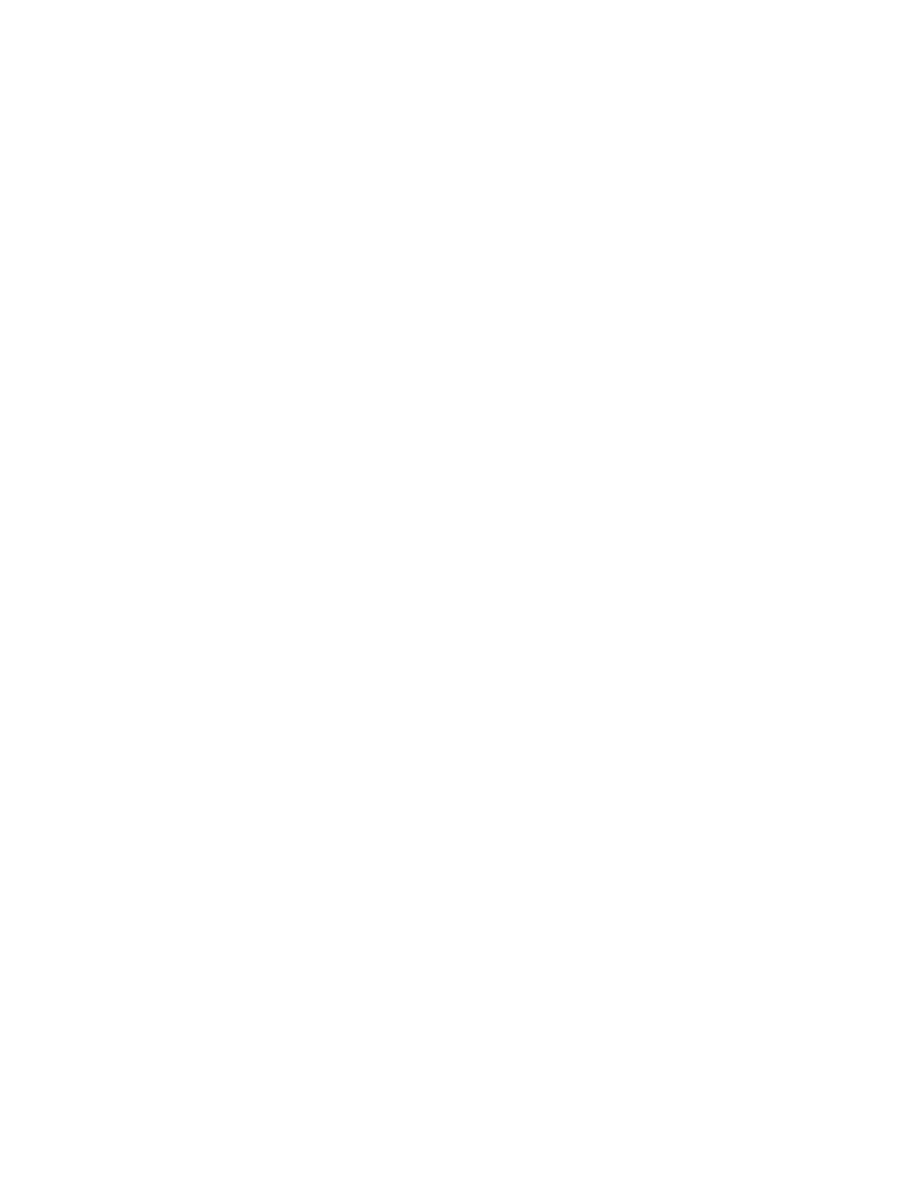
100
14 CFR Ch. I (1–1–24 Edition)
§ 121.185
(2) It is operated at a weight allowing
the airplane, with the two critical en-
gines inoperative, to climb at 0.013 V
so
2
feet per minute (that is, the number of
feet per minute is obtained by multi-
plying the number of knots squared by
0.013) at an altitude of 1,000 feet above
the highest ground or obstruction
within 10 miles on each side of the in-
tended track, or at an altitude of 5,000
feet, whichever is higher.
(b) For the purposes of paragraph
(a)(2) of this section, it is assumed
that—
(1) The two engines fail at the point
that is most critical with respect to
the takeoff weight:
(2) Consumption of fuel and oil is nor-
mal with all engines operating up to
the point where the two engines fail
and with two engines operating beyond
that point;
(3) Where the engines are assumed to
fail at an altitude above the prescribed
minimum altitude, compliance with
the prescribed rate of climb at the pre-
scribed minimum altitude need not be
shown during the descent from the
cruising altitude to the prescribed min-
imum altitude, if those requirements
can be met once the prescribed min-
imum altitude is reached, and assum-
ing descent to be along a net flight
path and the rate of descent to be 0.013
V
so
2 greater than the rate in the ap-
proved performance data; and
(4) If fuel jettisoning is provided, the
airplane’s weight at the point where
the two engines fail is considered to be
not less than that which would include
enough fuel to proceed to an airport
meeting the requirements of § 121.187
and to arrive at an altitude of at least
1,000 feet directly over that airport.
[Doc. No. 6258, 29 FR 19198, Dec. 31, 1964; 30
FR 130, Jan. 7, 1965, as amended by Amdt.
121–251, 60 FR 65928, Dec. 20, 1995]
§ 121.185 Airplanes: Reciprocating en-
gine-powered: Landing limitations:
Destination airport.
(a) Except as provided in paragraph
(b) of this section no person operating
a reciprocating engine powered air-
plane may take off that airplane, un-
less its weight on arrival, allowing for
normal consumption of fuel and oil in
flight, would allow a full stop landing
at the intended destination within 60
percent of the effective length of each
runway described below from a point 50
feet directly above the intersection of
the obstruction clearance plane and
the runway. For the purposes of deter-
mining the allowable landing weight at
the destination airport the following is
assumed:
(1) The airplane is landed on the most
favorable runway and in the most fa-
vorable direction in still air.
(2) The airplane is landed on the most
suitable runway considering the prob-
able wind velocity and direction (fore-
cast for the expected time of arrival),
the ground handling characteristics of
the type of airplane, and other condi-
tions such as landing aids and terrain,
and allowing for the effect of the land-
ing path and roll of not more than 50
percent of the headwind component or
not less than 150 percent of the tail-
wind component.
(b) An airplane that would be prohib-
ited from being taken off because it
could not meet the requirements of
paragraph (a)(2) of this section may be
taken off if an alternate airport is
specified that meets all of the require-
ments of this section except that the
airplane can accomplish a full stop
landing within 70 percent of the effec-
tive length of the runway.
(c) This section does not apply to
large nontransport category airplanes
operated under § 121.173(c).
[Doc. No. 6258, 29 FR 19198, Dec. 31, 1964; 30
FR 130, Jan. 7, 1965, as amended by Amdt.
121–251, 60 FR 65928, Dec. 20, 1995]
§ 121.187 Airplanes: Reciprocating en-
gine-powered: Landing limitations:
Alternate airport.
(a) No person may list an airport as
an alternate airport in a dispatch or
flight release unless the airplane (at
the weight anticipated at the time of
arrival at the airport), based on the as-
sumptions in § 121.185, can be brought
to a full stop landing, within 70 percent
of the effective length of the runway.
(b) This section does not apply to
large nontransport category airplanes
operated under § 121.173(c).
[Doc. No. 6258, 29 FR 19198, Dec. 31, 1964; 30
FR 130, Jan. 7, 1965, as amended by Amdt.
121–251, 60 FR 65928, Dec. 20, 1995]
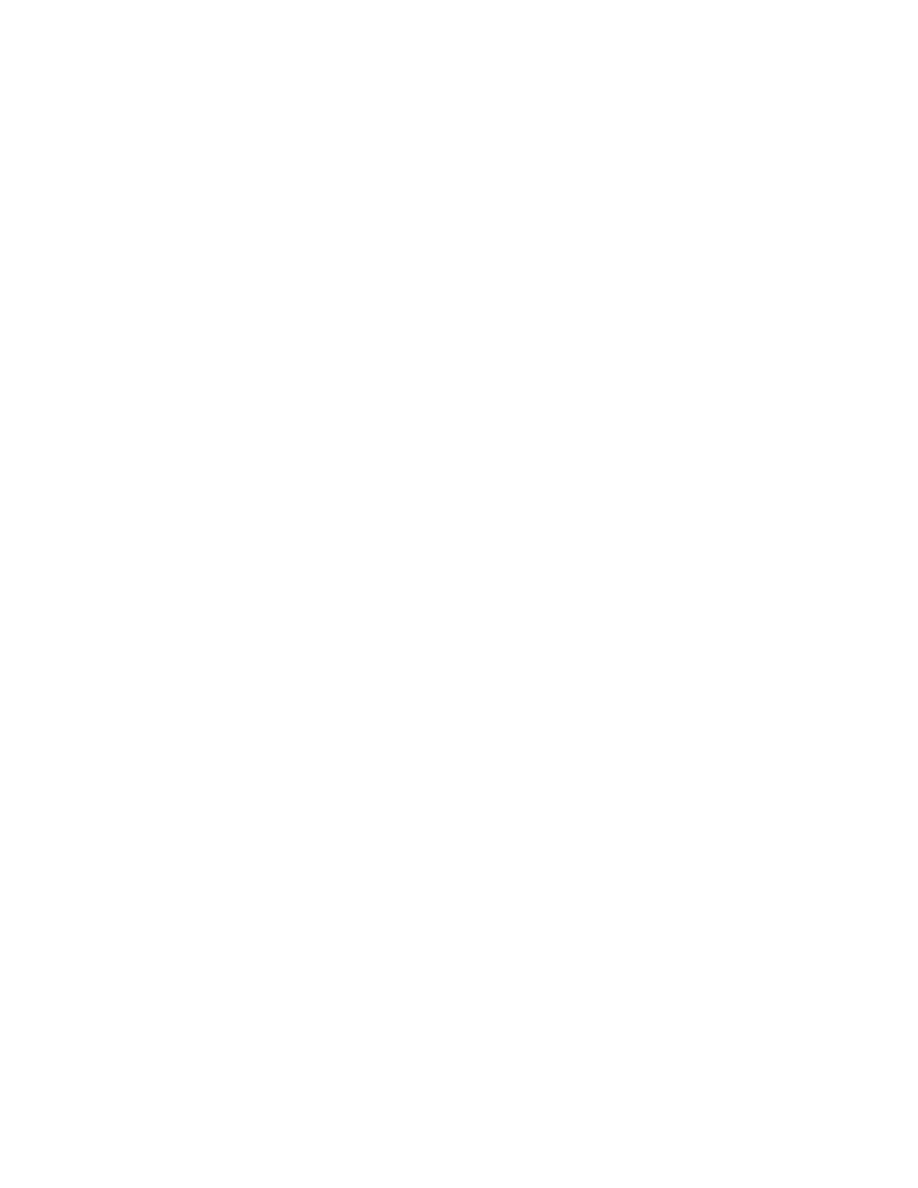
101
Federal Aviation Administration, DOT
§ 121.191
§ 121.189 Airplanes: Turbine engine
powered: Takeoff limitations.
(a) No person operating a turbine en-
gine powered airplane may take off
that airplane at a weight greater than
that listed in the Airplane Flight Man-
ual for the elevation of the airport and
for the ambient temperature existing
at takeoff.
(b) No person operating a turbine en-
gine powered airplane certificated after
August 26, 1957, but before August 30,
1959 (SR422, 422A), may take off that
airplane at a weight greater than that
listed in the Airplane Flight Manual
for the minimum distances required for
takeoff. In the case of an airplane cer-
tificated after September 30, 1958
(SR422A, 422B), the takeoff distance
may include a clearway distance but
the clearway distance included may
not be greater than
1
⁄
2
of the takeoff
run.
(c) No person operating a turbine en-
gine powered airplane certificated after
August 29, 1959 (SR422B), may take off
that airplane at a weight greater than
that listed in the Airplane Flight Man-
ual at which compliance with the fol-
lowing may be shown:
(1) The accelerate-stop distance must
not exceed the length of the runway
plus the length of any stopway.
(2) The takeoff distance must not ex-
ceed the length of the runway plus the
length of any clearway except that the
length of any clearway included must
not be greater than one-half the length
of the runway.
(3) The takeoff run must not be
greater than the length of the runway.
(d) No person operating a turbine en-
gine powered airplane may take off
that airplane at a weight greater than
that listed in the Airplane Flight Man-
ual—
(1) In the case of an airplane certifi-
cated after August 26, 1957, but before
October 1, 1958 (SR422), that allows a
takeoff path that clears all obstacles
either by at least (35 + 0.01D) feet
vertically (D is the distance along the
intended flight path from the end of
the runway in feet), or by at least 200
feet horizontally within the airport
boundaries and by at least 300 feet
horizontally after passing the bound-
aries; or
(2) In the case of an airplane certifi-
cated after September 30, 1958 (SR
422A, 422B), that allows a net takeoff
flight path that clears all obstacles ei-
ther by a height of at least 35 feet
vertically, or by at least 200 feet hori-
zontally within the airport boundaries
and by at least 300 feet horizontally
after passing the boundaries.
(e) In determining maximum
weights, minimum distances, and flight
paths under paragraphs (a) through (d)
of this section, correction must be
made for the runway to be used, the
elevation of the airport, the effective
runway gradient, the ambient tempera-
ture and wind component at the time
of takeoff, and, if operating limitations
exist for the minimum distances re-
quired for takeoff from wet runways,
the runway surface condition (dry or
wet). Wet runway distances associated
with grooved or porous friction course
runways, if provided in the Airplane
Flight Manual, may be used only for
runways that are grooved or treated
with a porous friction course (PFC)
overlay, and that the operator deter-
mines are designed, constructed, and
maintained in a manner acceptable to
the Administrator.
(f) For the purposes of this section, it
is assumed that the airplane is not
banked before reaching a height of 50
feet, as shown by the takeoff path or
net takeoff flight path data (as appro-
priate) in the Airplane Flight Manual,
and thereafter that the maximum bank
is not more than 15 degrees.
(g) For the purposes of this section
the terms,
takeoff distance, takeoff run,
net takeoff flight path
and
takeoff path
have the same meanings as set forth in
the rules under which the airplane was
certificated.
[Doc. No. 6258, 29 FR 19198, Dec. 31, 1964, as
amended by Amdt. 121–268, 63 FR 8321, Feb.
18, 1998]
§ 121.191 Airplanes: Turbine engine
powered: En route limitations: One
engine inoperative.
(a) No person operating a turbine en-
gine powered airplane may take off
that airplane at a weight, allowing for
normal consumption of fuel and oil,
that is greater than that which (under
the approved, one engine inoperative,
en route net flight path data in the
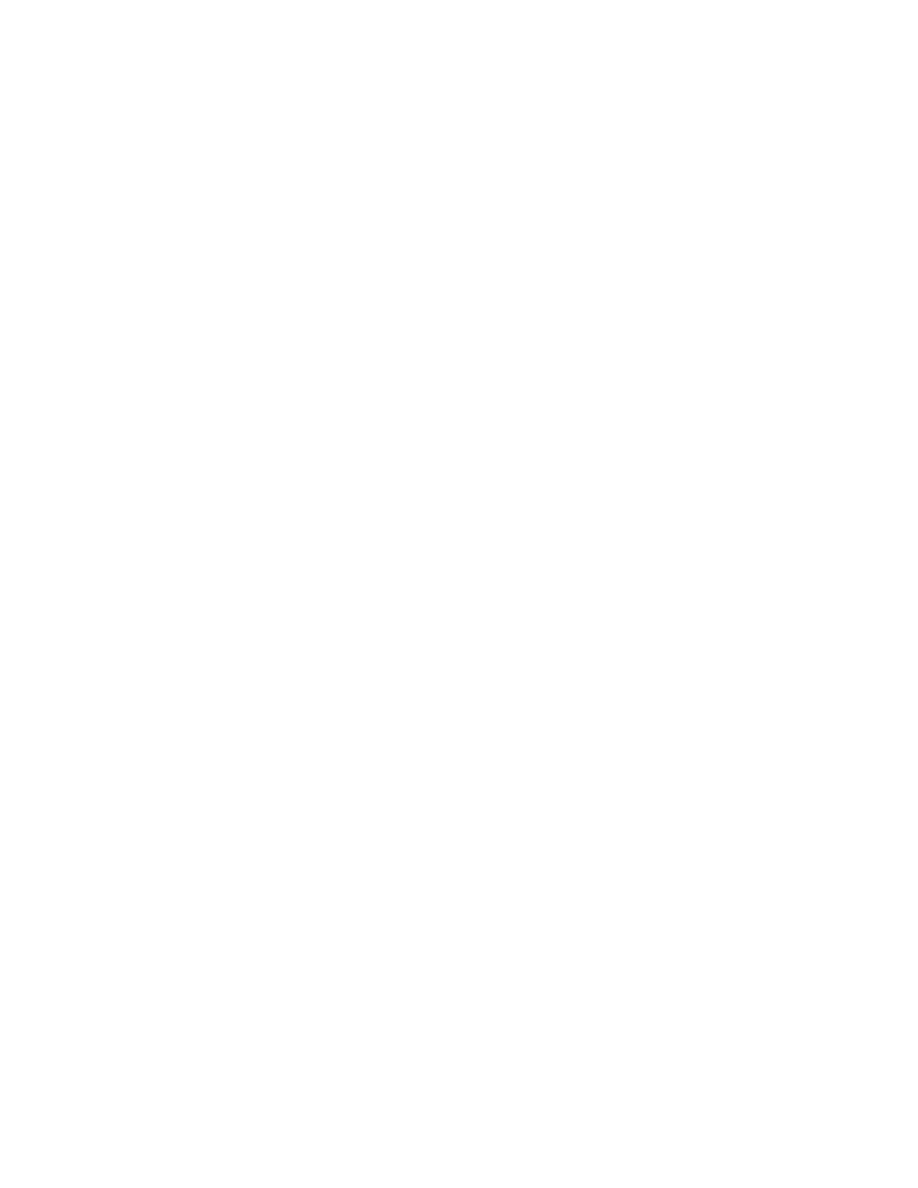
102
14 CFR Ch. I (1–1–24 Edition)
§ 121.193
Airplane Flight Manual for that air-
plane) will allow compliance with para-
graph (a) (1) or (2) of this section, based
on the ambient temperatures expected
en route:
(1) There is a positive slope at an al-
titude of at least 1,000 feet above all
terrain and obstructions within five
statute miles on each side of the in-
tended track, and, in addition, if that
airplane was certificated after August
29, 1959 (SR 422B) there is a positive
slope at 1,500 feet above the airport
where the airplane is assumed to land
after an engine fails.
(2) The net flight path allows the air-
plane to continue flight from the cruis-
ing altitude to an airport where a land-
ing can be made under § 121.197, clear-
ing all terrain and obstructions within
five statute miles of the intended track
by at least 2,000 feet vertically and
with a positive slope at 1,000 feet above
the airport where the airplane lands
after an engine fails, or, if that air-
plane was certificated after September
30, 1958 (SR 422A, 422B), with a positive
slope at 1,500 feet above the airport
where the airplane lands after an en-
gine fails.
(b) For the purposes of paragraph
(a)(2) of this section, it is assumed
that—
(1) The engine fails at the most crit-
ical point en route;
(2) The airplane passes over the crit-
ical obstruction, after engine failure at
a point that is no closer to the obstruc-
tion than the nearest approved radio
navigation fix, unless the Adminis-
trator authorizes a different procedure
based on adequate operational safe-
guards;
(3) An approved method is used to
allow for adverse winds:
(4) Fuel jettisoning will be allowed if
the certificate holder shows that the
crew is properly instructed, that the
training program is adequate, and that
all other precautions are taken to in-
sure a safe procedure;
(5) The alternate airport is specified
in the dispatch or flight release and
meets the prescribed weather mini-
mums; and
(6) The consumption of fuel and oil
after engine failure is the same as the
consumption that is allowed for in the
approved net flight path data in the
Airplane Flight Manual.
[Doc. No. 6258, 29 FR 19198, Dec. 31, 1964; 30
FR 130, Jan. 7, 1965, as amended by Amdt.
121–143, 43 FR 22641, May 25, 1978]
§ 121.193 Airplanes: Turbine engine
powered: En route limitations: Two
engines inoperative.
(a)
Airplanes certificated after August
26, 1957, but before October 1, 1958
(SR
422). No person may operate a turbine
engine powered airplane along an in-
tended route unless he complies with
either of the following:
(1) There is no place along the in-
tended track that is more than 90 min-
utes (with all engines operating at
cruising power) from an airport that
meets the requirements of § 121.197.
(2) Its weight, according to the two-
engine-inoperative, en route, net flight
path data in the Airplane Flight Man-
ual, allows the airplane to fly from the
point where the two engines are as-
sumed to fail simultaneously to an air-
port that meets the requirements of
§ 121.197, with a net flight path (consid-
ering the ambient temperature antici-
pated along the track) having a posi-
tive slope at an altitude of at least
1,000 feet above all terrain and obstruc-
tions within five miles on each side of
the intended track, or at an altitude of
5,000 feet, whichever is higher.
For the purposes of paragraph (a)(2) of
this section, it is assumed that the two
engines fail at the most critical point
en route, that if fuel jettisoning is pro-
vided, the airplane’s weight at the
point where the engines fail includes
enough fuel to continue to the airport
and to arrive at an altitude of at least
1,000 feet directly over the airport, and
that the fuel and oil consumption after
engine failure is the same as the con-
sumption allowed for in the net flight
path data in the Airplane Flight Man-
ual.
(b)
Aircraft certificated after September
30, 1958, but before August 30, 1959
(SR
422A). No person may operate a turbine
engine powered airplane along an in-
tended route unless he complies with
either of the following:
(1) There is no place along the in-
tended track that is more than 90 min-
utes (with all engines operating at
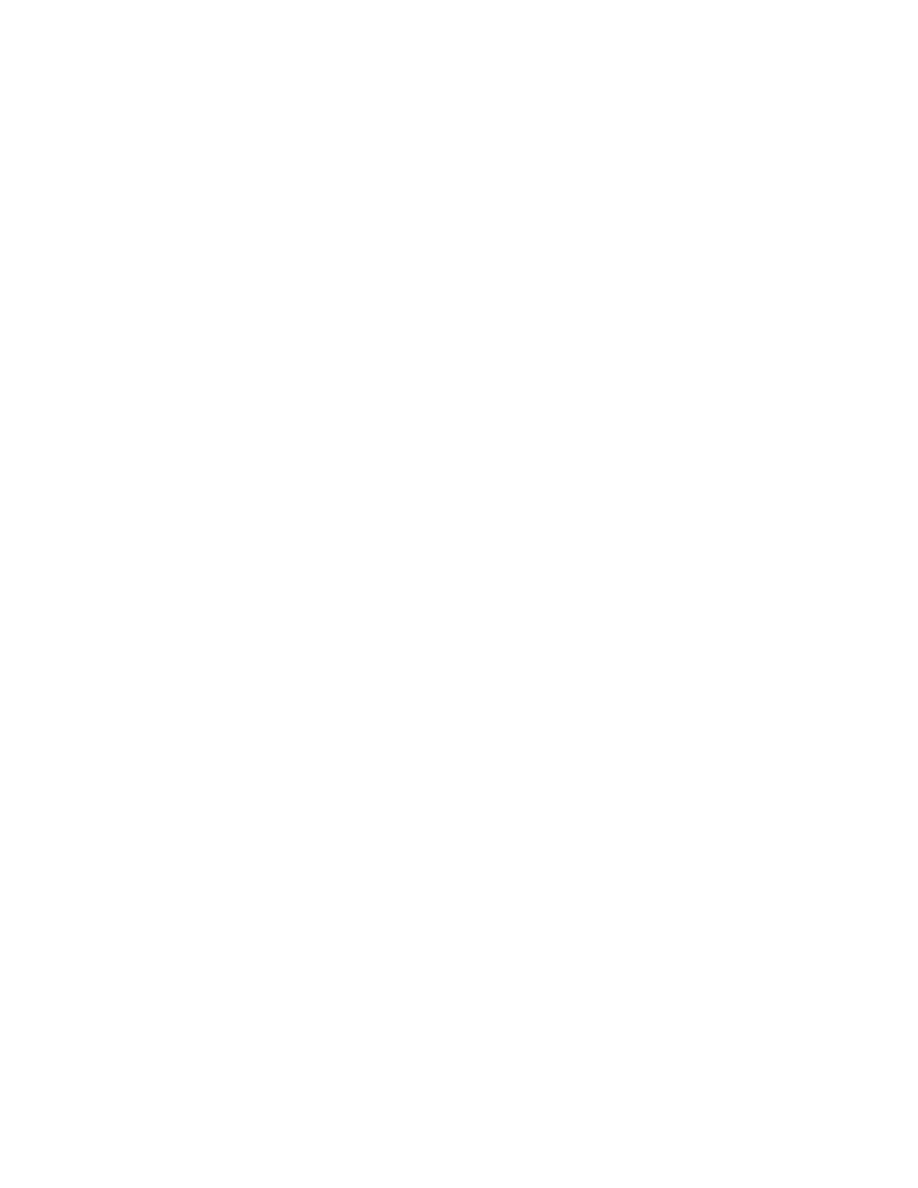
103
Federal Aviation Administration, DOT
§ 121.195
cruising power) from an airport that
meets the requirements of § 121.197.
(2) Its weight, according to the two-
engine-inoperative, en route, net flight
path data in the Airplane Flight Man-
ual, allows the airplane to fly from the
point where the two engines are as-
sumed to fail simultaneously to an air-
port that meets the requirements of
§ 121.197, with a net flight path (consid-
ering the ambient temperatures antici-
pated along the track) having a posi-
tive slope at an altitude of at least
1,000 feet above all terrain and obstruc-
tions within 5 miles on each side of the
intended track, or at an altitude of
2,000 feet, whichever is higher.
For the purposes of paragraph (b)(2) of
this section, it is assumed that the two
engines fail at the most critical point
en route, that the airplane’s weight at
the point where the engines fail in-
cludes enough fuel to continue to the
airport, to arrive at an altitude of at
least 1,500 feet directly over the air-
port, and thereafter to fly for 15 min-
utes at cruise power or thrust, or both,
and that the consumption of fuel and
oil after engine failure is the same as
the consumption allowed for in the net
flight path data in the Airplane Flight
Manual.
(c)
Aircraft certificated after August 29,
1959
(SR 422B). No person may operate
a turbine engine powered airplane
along an intended route unless he com-
plies with either of the following:
(1) There is no place along the in-
tended track that is more than 90 min-
utes (with all engines operating at
cruising power) from an airport that
meets the requirements of § 121.197.
(2) Its weight, according to the two-
engine inoperative, en route, net flight
path data in the Airplane Flight Man-
ual, allows the airplane to fly from the
point where the two engines are as-
sumed to fail simultaneously to an air-
port that meets the requirements of
§ 121.197, with the net flight path (con-
sidering the ambient temperatures an-
ticipated along the track) clearing
vertically by at least 2,000 feet all ter-
rain and obstructions within five stat-
ute miles (4.34 nautical miles) on each
side of the intended track. For the pur-
poses of this subparagraph, it is as-
sumed that—
(i) The two engines fail at the most
critical point en route;
(ii) The net flight path has a positive
slope at 1,500 feet above the airport
where the landing is assumed to be
made after the engines fail;
(iii) Fuel jettisoning will be approved
if the certificate holder shows that the
crew is properly instructed, that the
training program is adequate, and that
all other precautions are taken to en-
sure a safe procedure;
(iv) The airplane’s weight at the
point where the two engines are as-
sumed to fail provides enough fuel to
continue to the airport, to arrive at an
altitude of at least 1,500 feet directly
over the airport, and thereafter to fly
for 15 minutes at cruise power or
thrust, or both; and
(v) The consumption of fuel and oil
after the engine failure is the same as
the consumption that is allowed for in
the net flight path data in the Airplane
Flight Manual.
§ 121.195 Airplanes: Turbine engine
powered: Landing limitations: Des-
tination airports.
(a) No person operating a turbine en-
gine powered airplane may take off
that airplane at such a weight that (al-
lowing for normal consumption of fuel
and oil in flight to the destination or
alternate airport) the weight of the air-
plane on arrival would exceed the land-
ing weight set forth in the Airplane
Flight Manual for the elevation of the
destination or alternate airport and
the ambient temperature anticipated
at the time of landing.
(b) Except as provided in paragraph
(c), (d), or (e) of this section, no person
operating a turbine engine powered air-
plane may take off that airplane unless
its weight on arrival, allowing for nor-
mal consumption of fuel and oil in
flight (in accordance with the landing
distance set forth in the Airplane
Flight Manual for the elevation of the
destination airport and the wind condi-
tions anticipated there at the time of
landing), would allow a full stop land-
ing at the intended destination airport
within 60 percent of the effective
length of each runway described below
from a point 50 feet above the intersec-
tion of the obstruction clearance plane
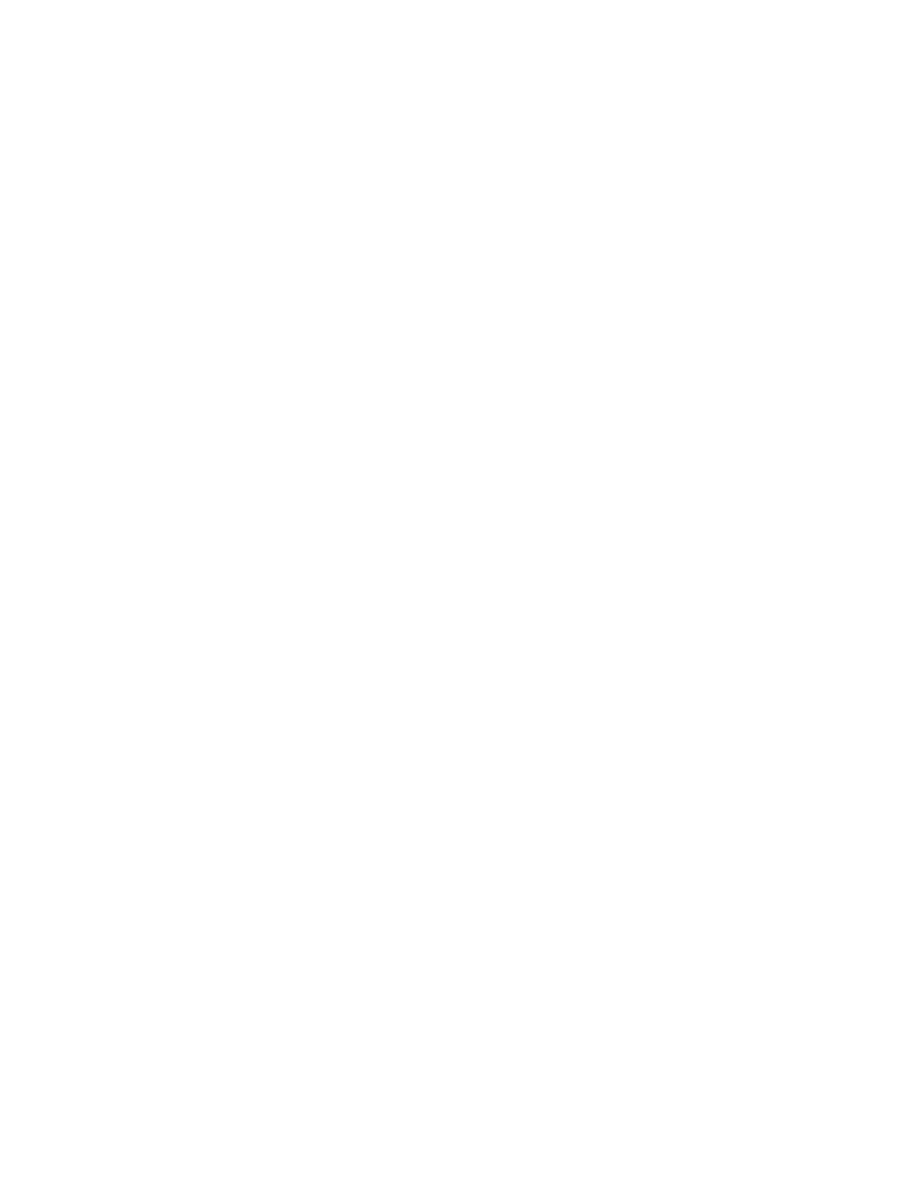
104
14 CFR Ch. I (1–1–24 Edition)
§ 121.197
and the runway. For the purpose of de-
termining the allowable landing weight
at the destination airport the following
is assumed:
(1) The airplane is landed on the most
favorable runway and in the most fa-
vorable direction, in still air.
(2) The airplane is landed on the most
suitable runway considering the prob-
able wind velocity and direction and
the ground handling characteristics of
the airplane, and considering other
conditions such as landing aids and ter-
rain.
(c) A turbopropeller powered airplane
that would be prohibited from being
taken off because it could not meet the
requirements of paragraph (b)(2) of this
section, may be taken off if an alter-
nate airport is specified that meets all
the requirements of this section except
that the airplane can accomplish a full
stop landing within 70 percent of the
effective length of the runway.
(d) Unless, based on a showing of ac-
tual operating landing techniques on
wet runways, a shorter landing dis-
tance (but never less than that re-
quired by paragraph (b) of this section)
has been approved for a specific type
and model airplane and included in the
Airplane Flight Manual, no person may
takeoff a turbojet powered airplane
when the appropriate weather reports
and forecasts, or a combination there-
of, indicate that the runways at the
destination airport may be wet or slip-
pery at the estimated time of arrival
unless the effective runway length at
the destination airport is at least 115
percent of the runway length required
under paragraph (b) of this section.
(e) A turbojet powered airplane that
would be prohibited from being taken
off because it could not meet the re-
quirements of paragraph (b)(2) of this
section may be taken off if an alter-
nate airport is specified that meets all
the requirements of paragraph (b) of
this section.
[Doc. No. 6258, 29 FR 19198, Dec. 31, 1964, as
amended by Amdt. 121–9, 30 FR 8572, July 7,
1965]
§ 121.197 Airplanes: Turbine engine
powered: Landing limitations: Al-
ternate airports.
No person may list an airport as an
alternate airport in a dispatch or flight
release for a turbine engine powered
airplane unless (based on the assump-
tions in § 121.195 (b)) that airplane at
the weight anticipated at the time of
arrival can be brought to a full stop
landing within 70 percent of the effec-
tive length of the runway for turbo-
propeller powered airplanes and 60 per-
cent of the effective length of the run-
way for turbojet powered airplanes,
from a point 50 feet above the intersec-
tion of the obstruction clearance plane
and the runway. In the case of an alter-
nate airport for departure, as provided
in § 121.617, allowance may be made for
fuel jettisoning in addition to normal
consumption of fuel and oil when deter-
mining the weight anticipated at the
time of arrival.
[Doc. No. 6258, 29 FR 19198, Dec. 31, 1964, as
amended by Amdt. 121–9, 30 FR 8572, July 7,
1965; Amdt. 121–179, 47 FR 33390, Aug. 2, 1982]
§ 121.198 Cargo service airplanes: In-
creased zero fuel and landing
weights.
(a) Notwithstanding the applicable
structural provisions of the airworthi-
ness regulations but subject to para-
graphs (b) through (g) of this section, a
certificate holder may operate (for
cargo service only) any of the following
airplanes (certificated under part 4b of
the Civil Air Regulations effective be-
fore March 13, 1956) at increased zero
fuel and landing weights—
(1) DC–6A, DC–6B, DC–7B, and DC–7C;
and
(2) L1049B, C, D, E, F, G, and H, and
the L1649A when modified in accord-
ance with supplemental type certifi-
cate SA 4–1402.
(b) The zero fuel weight (maximum
weight of the airplane with no dispos-
able fuel and oil) and the structural
landing weight may be increased be-
yond the maximum approved in full
compliance with applicable regulations
only if the Administrator finds that—
(1) The increase is not likely to re-
duce seriously the structural strength;
(2) The probability of sudden fatigue
failure is not noticeably increased;
(3) The flutter, deformation, and vi-
bration characteristics do not fall
below those required by applicable reg-
ulations; and
(4) All other applicable weight limi-
tations will be met.
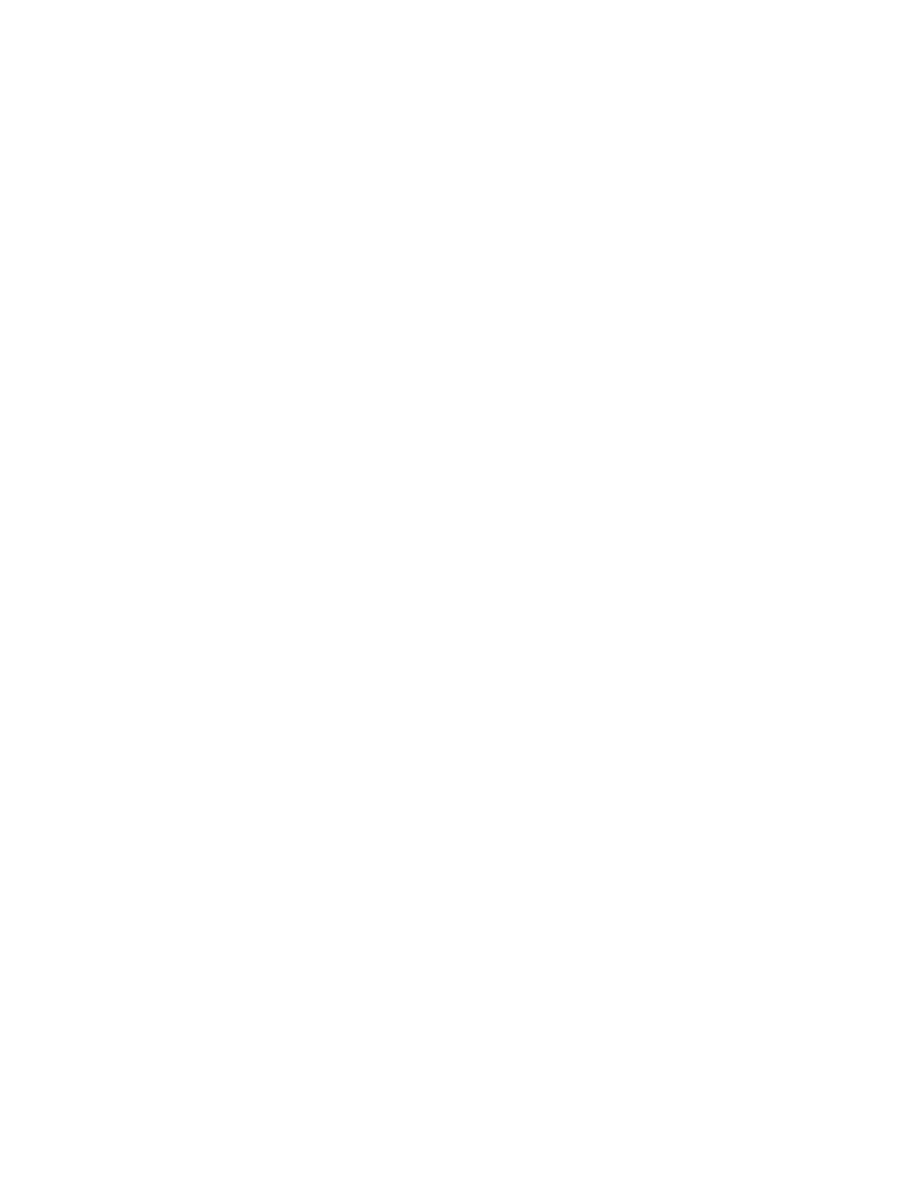
105
Federal Aviation Administration, DOT
§ 121.201
(c) No zero fuel weight may be in-
creased by more than five percent, and
the increase in the structural landing
weight may not exceed the amount, in
pounds, of the increase in zero fuel
weight.
(d) Each airplane must be inspected
in accordance with the approved spe-
cial inspection procedures, for oper-
ations at increased weights, estab-
lished and issued by the manufacturer
of the type of airplane.
(e) Each airplane operated under this
section must be operated in accordance
with the passenger-carrying perform-
ance operating limitations prescribed
in this part.
(f) The Airplane Flight Manual for
each airplane operated under this sec-
tion must be appropriately revised to
include the operating limitations and
information needed for operation at
the increased weights.
(g) Except as provided for the car-
rying of persons under § 121.583 each
airplane operated at an increased
weight under this section must, before
it is used in passenger service, be in-
spected under the special inspection
procedures for return to passenger
service established and issued by the
manufacturer and approved by the Ad-
ministrator.
§ 121.199 Nontransport category air-
planes: Takeoff limitations.
(a) No person operating a non-
transport category airplane may take
off that airplane at a weight greater
than the weight that would allow the
airplane to be brought to a safe stop
within the effective length of the run-
way, from any point during the takeoff
before reaching 105 percent of min-
imum control speed (the minimum
speed at which an airplane can be safe-
ly controlled in flight after an engine
becomes inoperative) or 115 percent of
the power off stalling speed in the
takeoff configuration, whichever is
greater.
(b) For the purposes of this section—
(1) It may be assumed that takeoff
power is used on all engines during the
acceleration;
(2) Not more than 50 percent of the
reported headwind component, or not
less than 150 percent of the reported
tailwind component, may be taken into
account;
(3) The average runway gradient (the
difference between the elevations of
the endpoints of the runway divided by
the total length) must be considered if
it is more than one-half of 1 percent;
(4) It is assumed that the airplane is
operating in standard atmosphere; and
(5) The
effective length of the runway
for takeoff means the distance from
the end of the runway at which the
takeoff is started to a point at which
the obstruction clearance plane associ-
ated with the other end of the runway
intersects the runway centerline.
[Doc. No. 6258, 29 FR 19198, Dec. 31, 1964, as
amended by Amdt. 121–132, 41 FR 55475, Dec.
20, 1976]
§ 121.201 Nontransport category air-
planes: En route limitations: One
engine inoperative.
(a) Except as provided in paragraph
(b) of this section, no person operating
a nontransport category airplane may
take off that airplane at a weight that
does not allow a rate of climb of at
least 50 feet a minute, with the critical
engine inoperative, at an altitude of at
least 1,000 feet above the highest ob-
struction within five miles on each side
of the intended track, or 5,000 feet,
whichever is higher.
(b) Notwithstanding paragraph (a) of
this section, if the Administrator finds
that safe operations are not impaired,
a person may operate the airplane at
an altitude that allows the airplane, in
case of engine failure, to clear all ob-
structions within 5 miles on each side
of the intended track by 1,000 feet. If
this procedure is used, the rate of de-
scent for the appropriate weight and
altitude is assumed to be 50 feet a
minute greater than the rate in the ap-
proved performance data. Before ap-
proving such a procedure, the Adminis-
trator considers the following for the
route, route segment, or area con-
cerned:
(1) The reliability of wind and weath-
er forecasting.
(2) The location and kinds of naviga-
tion aids.
(3) The prevailing weather condi-
tions, particularly the frequency and
amount of turbulence normally en-
countered.
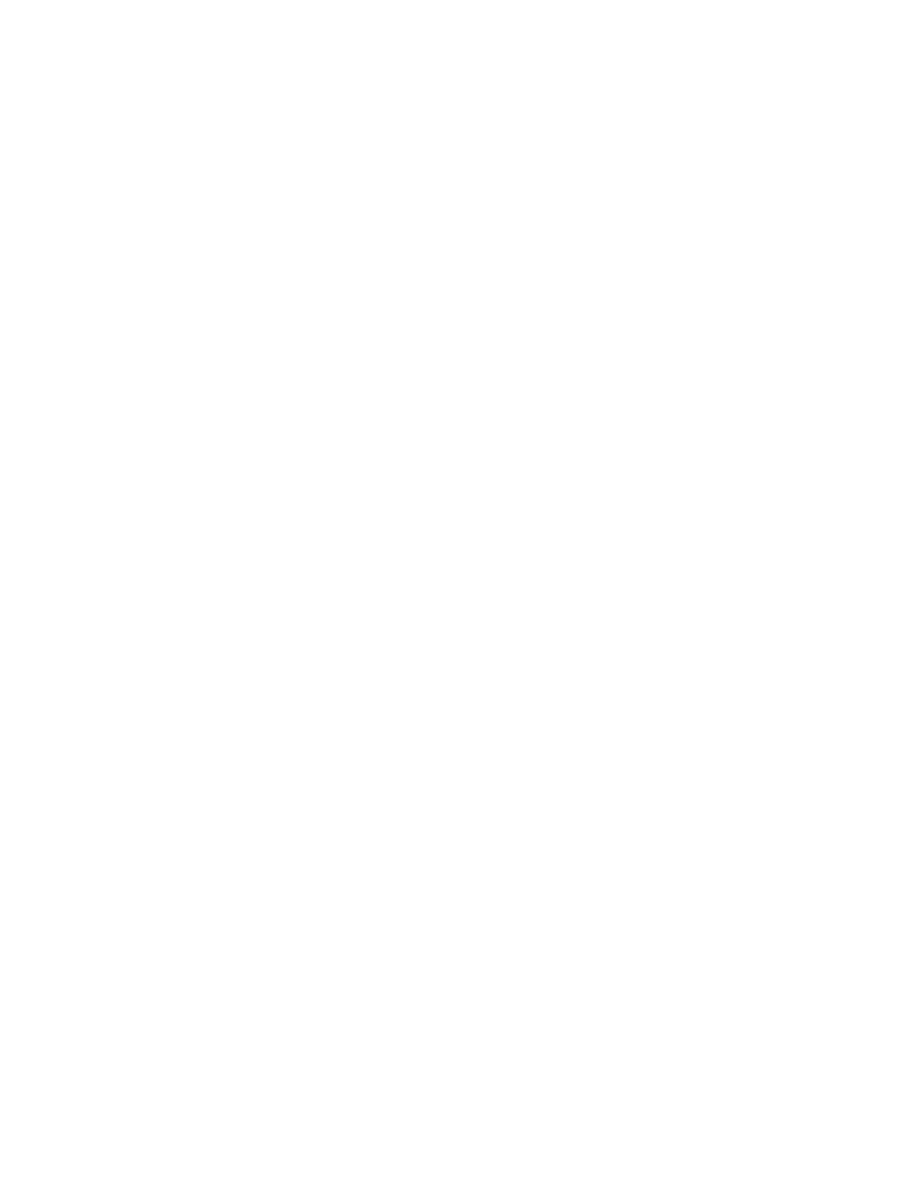
106
14 CFR Ch. I (1–1–24 Edition)
§ 121.203
(4) Terrain features.
(5) Air traffic control problems.
(6) Any other operational factors
that affect the operation.
(c) For the purposes of this section, it
is assumed that—
(1) The critical engine is inoperative;
(2) The propeller of the inoperative
engine is in the minimum drag posi-
tion;
(3) The wing flaps and landing gear
are in the most favorable position;
(4) The operating engines are oper-
ating at the maximum continuous
power available;
(5) The airplane is operating in stand-
ard atmosphere; and
(6) The weight of the airplane is pro-
gressively reduced by the anticipated
consumption of fuel and oil.
§ 121.203 Nontransport category air-
planes: Landing limitations: Des-
tination airport.
(a) No person operating a non-
transport category airplane may take
off that airplane at a weight that—
(1) Allowing for anticipated consump-
tion of fuel and oil, is greater than the
weight that would allow a full stop
landing within 60 percent of the effec-
tive length of the most suitable run-
way at the destination airport; and
(2) Is greater than the weight allow-
able if the landing is to be made on the
runway—
(i) With the greatest effective length
in still air; and
(ii) Required by the probable wind,
taking into account not more than 50
percent of the headwind component or
not less than 150 percent of the tail-
wind component.
(b) For the purposes of this section,
it is assumed that—
(1) The airplane passes directly over
the intersection of the obstruction
clearance plane and the runway at a
height of 50 feet in a steady gliding ap-
proach at a true indicated airspeed of
at least 1.3
V
So
;
(2) The landing does not require ex-
ceptional pilot skill; and
(3) The airplane is operating in stand-
ard atmosphere.
§ 121.205 Nontransport category air-
planes: Landing limitations: Alter-
nate airport.
No person may list an airport as an
alternate airport in a dispatch or flight
release for a nontransport category air-
plane unless that airplane (at the
weight anticipated at the time of ar-
rival) based on the assumptions con-
tained in § 121.203, can be brought to a
full stop landing within 70 percent of
the effective length of the runway.
§ 121.207 Provisionally certificated air-
planes: Operating limitations.
In addition to the limitations in
§ 91.317 of this chapter, the following
limitations apply to the operation of
provisionally certificated airplanes by
certificate holders:
(a) In addition to crewmembers, each
certificate holder may carry on such an
airplane only those persons who are
listed in § 121.547(c) or who are specifi-
cally authorized by both the certificate
holder and the Administrator.
(b) Each certificate holder shall keep
a log of each flight conducted under
this section and shall keep accurate
and complete records of each inspec-
tion made and all maintenance per-
formed on the airplane. The certificate
holder shall make the log and records
made under this section available to
the manufacturer and the Adminis-
trator.
[Doc. No. 28154, 61 FR 2611, Jan. 26, 1996]
Subpart J—Special Airworthiness
Requirements
S
OURCE
: Docket No. 6258, 29 FR 19202, Dec.
31, 1964, unless otherwise noted.
§ 121.211 Applicability.
(a) This subpart prescribes special
airworthiness requirements applicable
to certificate holders as stated in para-
graphs (b) through (e) of this section.
(b) Except as provided in paragraph
(d) of this section, each airplane type
certificated under Aero Bulletin 7A or
part 04 of the Civil Air Regulations in
effect before November 1, 1946 must
meet the special airworthiness require-
ments in §§ 121.215 through 121.283.

107
Federal Aviation Administration, DOT
§ 121.221
(c) Each certificate holder must com-
ply with the requirements of §§ 121.285
through 121.291.
(d) If the Administrator determines
that, for a particular model of airplane
used in cargo service, literal compli-
ance with any requirement under para-
graph (b) of this section would be ex-
tremely difficult and that compliance
would not contribute materially to the
objective sought, he may require com-
pliance only with those requirements
that are necessary to accomplish the
basic objectives of this part.
(e) No person may operate under this
part a nontransport category airplane
type certificated after December 31,
1964, unless the airplane meets the spe-
cial airworthiness requirements in
§ 121.293.
[Doc. No. 28154, 60 FR 65928, Dec. 20, 1995]
§ 121.213 [Reserved]
§ 121.215 Cabin interiors.
(a) Except as provided in § 121.312,
each compartment used by the crew or
passengers must meet the require-
ments of this section.
(b) Materials must be at least flash
resistant.
(c) The wall and ceiling linings and
the covering of upholstering, floors,
and furnishings must be flame resist-
ant.
(d) Each compartment where smok-
ing is to be allowed must be equipped
with self-contained ash trays that are
completely removable and other com-
partments must be placarded against
smoking.
(e) Each receptacle for used towels,
papers, and wastes must be of fire-re-
sistant material and must have a cover
or other means of containing possible
fires started in the receptacles.
[Doc. No. 6258, 29 FR 19202, Dec. 31, 1964, as
amended by Amdt. 121–84, 37 FR 3974, Feb. 24,
1972]
§ 121.217 Internal doors.
In any case where internal doors are
equipped with louvres or other ven-
tilating means, there must be a means
convenient to the crew for closing the
flow of air through the door when nec-
essary.
§ 121.219 Ventilation.
Each passenger or crew compartment
must be suitably ventilated. Carbon
monoxide concentration may not be
more than one part in 20,000 parts of
air, and fuel fumes may not be present.
In any case where partitions between
compartments have louvres or other
means allowing air to flow between
compartments, there must be a means
convenient to the crew for closing the
flow of air through the partitions,
when necessary.
§ 121.221 Fire precautions.
(a) Each compartment must be de-
signed so that, when used for storing
cargo or baggage, it meets the fol-
lowing requirements:
(1) No compartment may include con-
trols, wiring, lines, equipment, or ac-
cessories that would upon damage or
failure, affect the safe operation of the
airplane unless the item is adequately
shielded, isolated, or otherwise pro-
tected so that it cannot be damaged by
movement of cargo in the compart-
ment and so that damage to or failure
of the item would not create a fire haz-
ard in the compartment.
(2) Cargo or baggage may not inter-
fere with the functioning of the fire-
protective features of the compart-
ment.
(3) Materials used in the construction
of the compartments, including tie-
down equipment, must be at least
flame resistant.
(4) Each compartment must include
provisions for safeguarding against
fires according to the classifications
set forth in paragraphs (b) through (f)
of this section.
(b)
Class A.
Cargo and baggage com-
partments are classified in the ‘‘A’’
category if—
(1) A fire therein would be readily
discernible to a member of the crew
while at his station; and
(2) All parts of the compartment are
easily accessible in flight.
There must be a hand fire extinguisher
available for each Class A compart-
ment.
(c)
Class B.
Cargo and baggage com-
partments are classified in the ‘‘B’’
category if enough access is provided
while in flight to enable a member of
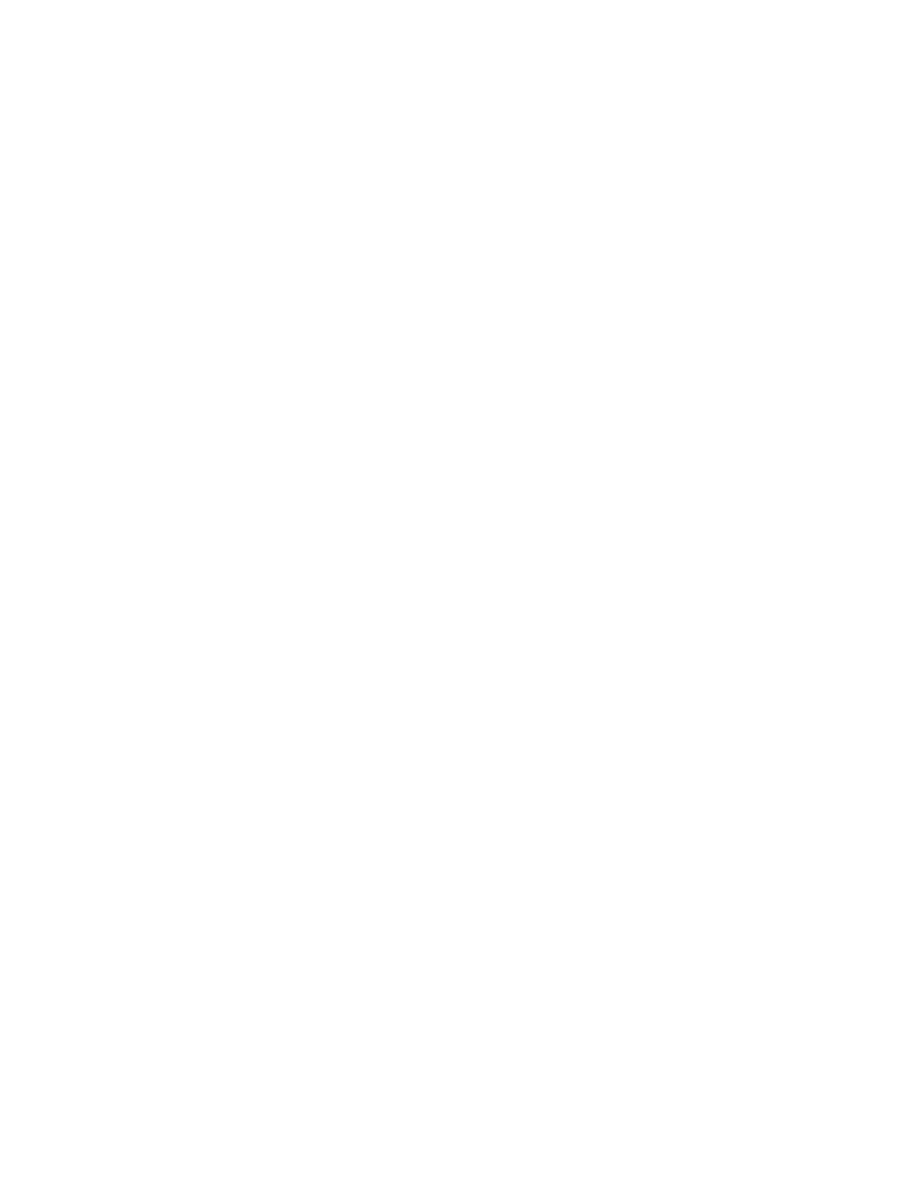
108
14 CFR Ch. I (1–1–24 Edition)
§ 121.223
the crew to effectively reach all of the
compartment and its contents with a
hand fire extinguisher and the com-
partment is so designed that, when the
access provisions are being used, no
hazardous amount of smoke, flames, or
extinguishing agent enters any com-
partment occupied by the crew or pas-
sengers. Each Class B compartment
must comply with the following:
(1) It must have a separate approved
smoke or fire detector system to give
warning at the pilot or flight engineer
station.
(2) There must be a hand fire extin-
guisher available for the compartment.
(3) It must be lined with fire-resist-
ant material, except that additional
service lining of flame-resistant mate-
rial may be used.
(d)
Class C.
Cargo and baggage com-
partments are classified in the ‘‘C’’ cat-
egory if they do not conform with the
requirements for the ‘‘A’’, ‘‘B’’, ‘‘D’’, or
‘‘E’’ categories. Each Class C compart-
ment must comply with the following:
(1) It must have a separate approved
smoke or fire detector system to give
warning at the pilot or flight engineer
station.
(2) It must have an approved built-in
fire-extinguishing system controlled
from the pilot or flight engineer sta-
tion.
(3) It must be designed to exclude
hazardous quantities of smoke, flames,
or extinguishing agents from entering
into any compartment occupied by the
crew or passengers.
(4) It must have ventilation and draft
controlled so that the extinguishing
agent provided can control any fire
that may start in the compartment.
(5) It must be lined with fire-resist-
ant material, except that additional
service lining of flame-resistant mate-
rial may be used.
(e)
Class D.
Cargo and baggage com-
partments are classified in the ‘‘D’’
category if they are so designed and
constructed that a fire occurring there-
in will be completely confined without
endangering the safety of the airplane
or the occupants. Each Class D com-
partment must comply with the fol-
lowing:
(1) It must have a means to exclude
hazardous quantities of smoke, flames,
or noxious gases from entering any
compartment occupied by the crew or
passengers.
(2) Ventilation and drafts must be
controlled within each compartment so
that any fire likely to occur in the
compartment will not progress beyond
safe limits.
(3) It must be completely lined with
fire-resistant material.
(4) Consideration must be given to
the effect of heat within the compart-
ment on adjacent critical parts of the
airplane.
(f)
Class E.
On airplanes used for the
carriage of cargo only, the cabin area
may be classified as a Class ‘‘E’’ com-
partment. Each Class E compartment
must comply with the following:
(1) It must be completely lined with
fire-resistant material.
(2) It must have a separate system of
an approved type smoke or fire detec-
tor to give warning at the pilot or
flight engineer station.
(3) It must have a means to shut off
the ventilating air flow to or within
the compartment and the controls for
that means must be accessible to the
flight crew in the crew compartment.
(4) It must have a means to exclude
hazardous quantities of smoke, flames,
or noxious gases from entering the
flight crew compartment.
(5) Required crew emergency exits
must be accessible under all cargo
loading conditions.
§ 121.223 Proof of compliance with
§ 121.221.
Compliance with those provisions of
§ 121.221 that refer to compartment ac-
cessibility, the entry of hazardous
quantities of smoke or extinguishing
agent into compartments occupied by
the crew or passengers, and the dissipa-
tion of the extinguishing agent in Class
‘‘C’’ compartments must be shown by
tests in flight. During these tests it
must be shown that no inadvertent op-
eration of smoke or fire detectors in
other compartments within the air-
plane would occur as a result of fire
contained in any one compartment, ei-
ther during the time it is being extin-
guished, or thereafter, unless the extin-
guishing system floods those compart-
ments simultaneously.
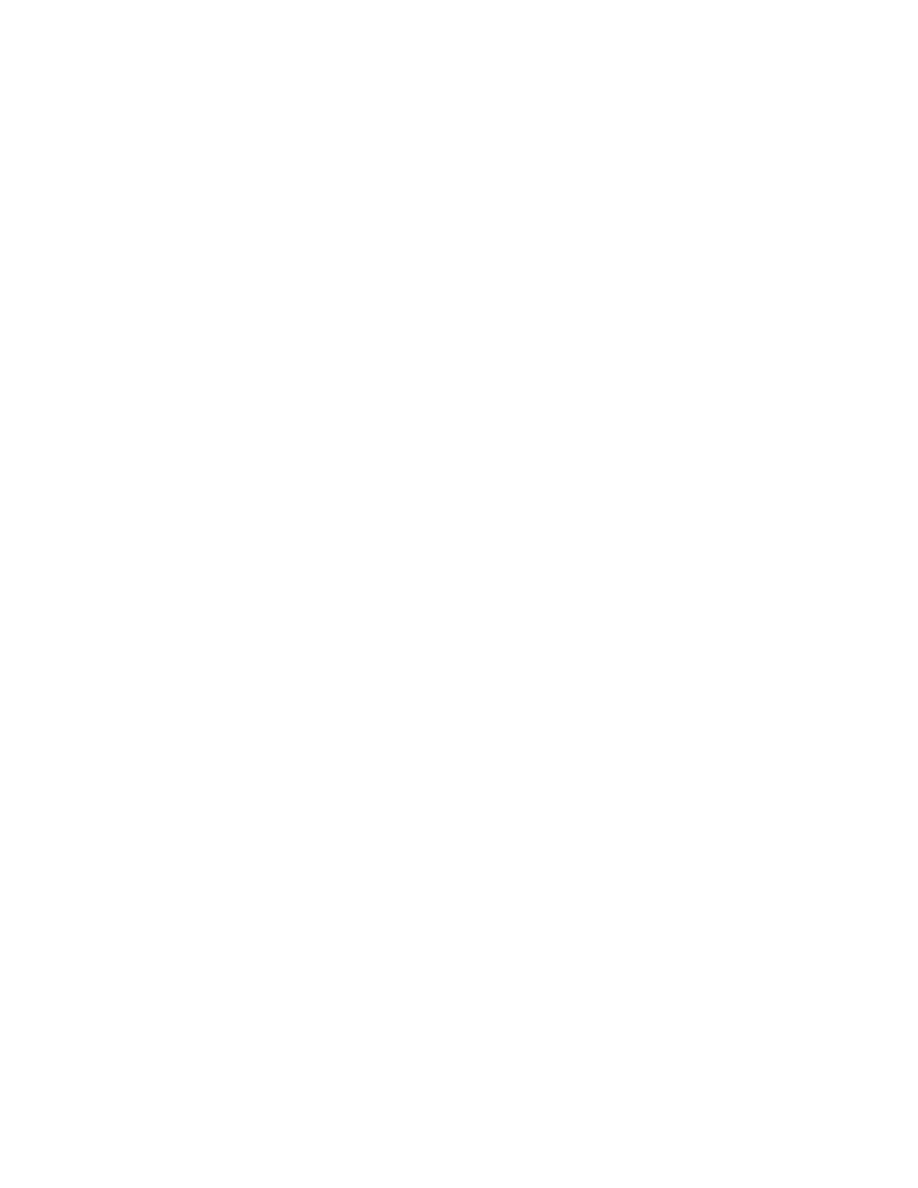
109
Federal Aviation Administration, DOT
§ 121.243
§ 121.225 Propeller deicing fluid.
If combustible fluid is used for pro-
peller deicing, the certificate holder
must comply with § 121.255.
§ 121.227 Pressure cross-feed arrange-
ments.
(a) Pressure cross-feed lines may not
pass through parts of the airplane used
for carrying persons or cargo unless—
(1) There is a means to allow crew-
members to shut off the supply of fuel
to these lines; or
(2) The lines are enclosed in a fuel
and fume-proof enclosure that is venti-
lated and drained to the exterior of the
airplane.
However, such an enclosure need not be
used if those lines incorporate no fit-
tings on or within the personnel or
cargo areas and are suitably routed or
protected to prevent accidental dam-
age.
(b) Lines that can be isolated from
the rest of the fuel system by valves at
each end must incorporate provisions
for relieving excessive pressures that
may result from exposure of the iso-
lated line to high temperatures.
§ 121.229 Location of fuel tanks.
(a) Fuel tanks must be located in ac-
cordance with § 121.255.
(b) No part of the engine nacelle skin
that lies immediately behind a major
air outlet from the engine compart-
ment may be used as the wall of an in-
tegral tank.
(c) Fuel tanks must be isolated from
personnel compartments by means of
fume- and fuel-proof enclosures.
§ 121.231 Fuel system lines and fit-
tings.
(a) Fuel lines must be installed and
supported so as to prevent excessive vi-
bration and so as to be adequate to
withstand loads due to fuel pressure
and accelerated flight conditions.
(b) Lines connected to components of
the airplanes between which there may
be relative motion must incorporate
provisions for flexibility.
(c) Flexible connections in lines that
may be under pressure and subject to
axial loading must use flexible hose as-
semblies rather than hose clamp con-
nections.
(d) Flexible hose must be of an ac-
ceptable type or proven suitable for the
particular application.
§ 121.233 Fuel lines and fittings in des-
ignated fire zones.
Fuel lines and fittings in each des-
ignated fire zone must comply with
§ 121.259.
§ 121.235 Fuel valves.
Each fuel valve must—
(a) Comply with § 121.257;
(b) Have positive stops or suitable
index provisions in the ‘‘on’’ and ‘‘off’’
positions; and
(c) Be supported so that loads result-
ing from its operation or from acceler-
ated flight conditions are not trans-
mitted to the lines connected to the
valve.
§ 121.237 Oil lines and fittings in des-
ignated fire zones.
Oil line and fittings in each des-
ignated fire zone must comply with
§ 121.259.
§ 121.239 Oil valves.
(a) Each oil valve must—
(1) Comply with § 121.257;
(2) Have positive stops or suitable
index provisions in the ‘‘on’’ and ‘‘off’’
positions; and
(3) Be supported so that loads result-
ing from its operation or from acceler-
ated flight conditions are not trans-
mitted to the lines attached to the
valve.
(b) The closing of an oil shutoff
means must not prevent feathering the
propeller, unless equivalent safety pro-
visions are incorporated.
§ 121.241 Oil system drains.
Accessible drains incorporating ei-
ther a manual or automatic means for
positive locking in the closed position,
must be provided to allow safe drainage
of the entire oil system.
§ 121.243 Engine breather lines.
(a) Engine breather lines must be so
arranged that condensed water vapor
that may freeze and obstruct the line
cannot accumulate at any point.
(b) Engine breathers must discharge
in a location that does not constitute a
fire hazard in case foaming occurs and
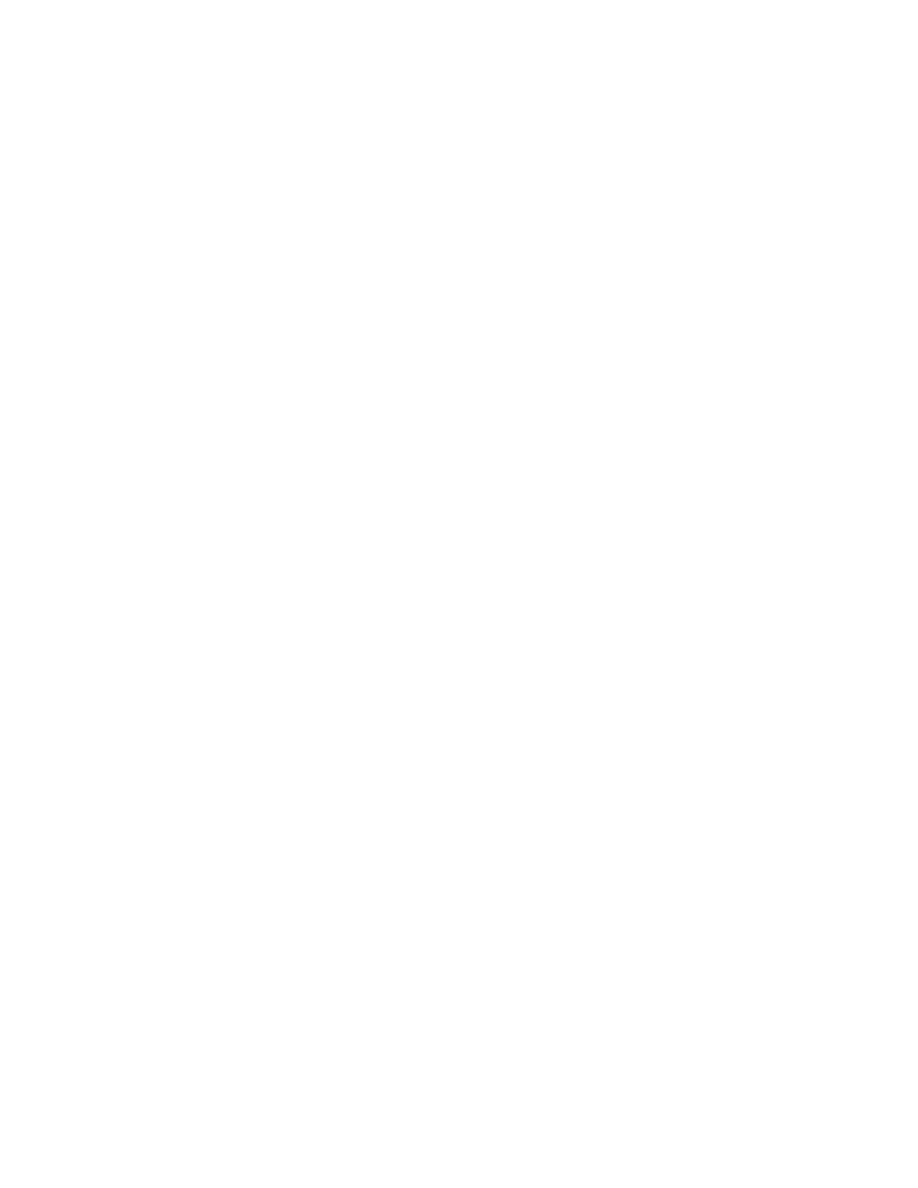
110
14 CFR Ch. I (1–1–24 Edition)
§ 121.245
so that oil emitted from the line does
not impinge upon the pilots’ wind-
shield.
(c) Engine breathers may not dis-
charge into the engine air induction
system.
§ 121.245 Fire walls.
Each engine, auxiliary power unit,
fuel-burning heater, or other item of
combustion equipment that is intended
for operation in flight must be isolated
from the rest of the airplane by means
of firewalls or shrouds, or by other
equivalent means.
§ 121.247 Fire-wall construction.
Each fire wall and shroud must—
(a) Be so made that no hazardous
quantity of air, fluids, or flame can
pass from the engine compartment to
other parts of the airplane;
(b) Have all openings in the fire wall
or shroud sealed with close-fitting fire-
proof grommets, bushings, or firewall
fittings;
(c) Be made of fireproof material; and
(d) Be protected against corrosion.
§ 121.249 Cowling.
(a) Cowling must be made and sup-
ported so as to resist the vibration in-
ertia, and air loads to which it may be
normally subjected.
(b) Provisions must be made to allow
rapid and complete drainage of the
cowling in normal ground and flight at-
titudes. Drains must not discharge in
locations constituting a fire hazard.
Parts of the cowling that are subjected
to high temperatures because they are
near exhaust system parts or because
of exhaust gas impingement must be
made of fireproof material. Unless oth-
erwise specified in these regulations all
other parts of the cowling must be
made of material that is at least fire
resistant.
§ 121.251 Engine accessory section dia-
phragm.
Unless equivalent protection can be
shown by other means, a diaphragm
that complies with § 121.247 must be
provided on air-cooled engines to iso-
late the engine power section and all
parts of the exhaust system from the
engine accessory compartment.
§ 121.253 Powerplant fire protection.
(a) Designated fire zones must be pro-
tected from fire by compliance with
§§ 121.255 through 121.261.
(b) Designated fire zones are—
(1) Engine accessory sections;
(2) Installations where no isolation is
provided between the engine and acces-
sory compartment; and
(3) Areas that contain auxiliary
power units, fuel-burning heaters, and
other combustion equipment.
§ 121.255 Flammable fluids.
(a) No tanks or reservoirs that are a
part of a system containing flammable
fluids or gases may be located in des-
ignated fire zones, except where the
fluid contained, the design of the sys-
tem, the materials used in the tank,
the shutoff means, and the connec-
tions, lines, and controls provide equiv-
alent safety.
(b) At least one-half inch of clear air-
space must be provided between any
tank or reservoir and a firewall or
shroud isolating a designated fire zone.
§ 121.257 Shutoff means.
(a) Each engine must have a means
for shutting off or otherwise pre-
venting hazardous amounts of fuel, oil,
deicer, and other flammable fluids
from flowing into, within, or through
any designated fire zone. However,
means need not be provided to shut off
flow in lines that are an integral part
of an engine.
(b) The shutoff means must allow an
emergency operating sequence that is
compatible with the emergency oper-
ation of other equipment, such as
feathering the propeller, to facilitate
rapid and effective control of fires.
(c) Shutoff means must be located
outside of designated fire zones, unless
equivalent safety is provided, and it
must be shown that no hazardous
amount of flammable fluid will drain
into any designated fire zone after a
shut off.
(d) Adequate provisions must be
made to guard against inadvertent op-
eration of the shutoff means and to
make it possible for the crew to reopen
the shutoff means after it has been
closed.
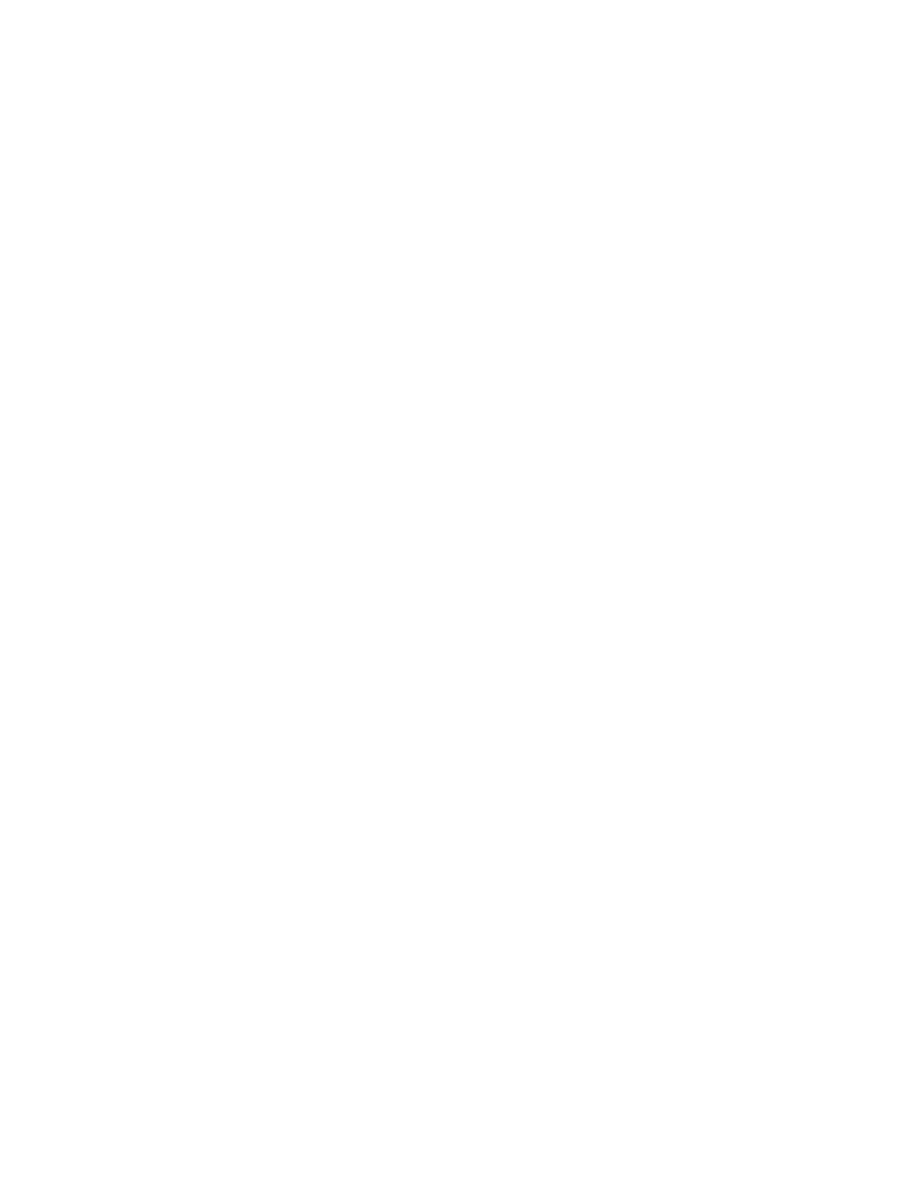
111
Federal Aviation Administration, DOT
§ 121.275
§ 121.259 Lines and fittings.
(a) Each line, and its fittings, that is
located in a designated fire zone, if it
carries flammable fluids or gases under
pressure, or is attached directly to the
engine, or is subject to relative motion
between components (except lines and
fittings forming an integral part of the
engine), must be flexible and fire-re-
sistant with fire-resistant, factory-
fixed, detachable, or other approved
fire-resistant ends.
(b) Lines and fittings that are not
subject to pressure or to relative mo-
tion between components must be of
fire-resistant materials.
§ 121.261 Vent and drain lines.
All vent and drain lines and their fit-
tings, that are located in a designated
fire zone must, if they carry flammable
fluids or gases, comply with § 121.259, if
the Administrator finds that the rup-
ture or breakage of any vent or drain
line may result in a fire hazard.
§ 121.263 Fire-extinguishing systems.
(a) Unless the certificate holder
shows that equivalent protection
against destruction of the airplane in
case of fire is provided by the use of
fireproof materials in the nacelle and
other components that would be sub-
jected to flame, fire-extinguishing sys-
tems must be provided to serve all des-
ignated fire zones.
(b) Materials in the fire-extin-
guishing system must not react chemi-
cally with the extinguishing agent so
as to be a hazard.
§ 121.265 Fire-extinguishing agents.
Only methyl bromide, carbon dioxide,
or another agent that has been shown
to provide equivalent extinguishing ac-
tion may be used as a fire-extin-
guishing agent. If methyl bromide or
any other toxic extinguishing agent is
used, provisions must be made to pre-
vent harmful concentrations of fluid or
fluid vapors from entering any per-
sonnel compartment either because of
leakage during normal operation of the
airplane or because of discharging the
fire extinguisher on the ground or in
flight when there is a defect in the ex-
tinguishing system. If a methyl bro-
mide system is used, the containers
must be charged with dry agent and
sealed by the fire-extinguisher manu-
facturer or some other person using
satisfactory recharging equipment. If
carbon dioxide is used, it must not be
possible to discharge enough gas into
the personnel compartments to create
a danger of suffocating the occupants.
§ 121.267 Extinguishing agent con-
tainer pressure relief.
Extinguishing agent containers must
be provided with a pressure relief to
prevent bursting of the container be-
cause of excessive internal pressures.
The discharge line from the relief con-
nection must terminate outside the
airplane in a place convenient for in-
spection on the ground. An indicator
must be provided at the discharge end
of the line to provide a visual indica-
tion when the container has dis-
charged.
§ 121.269 Extinguishing agent con-
tainer compartment temperature.
Precautions must be taken to insure
that the extinguishing agent con-
tainers are installed in places where
reasonable temperatures can be main-
tained for effective use of the extin-
guishing system.
§ 121.271 Fire-extinguishing system
materials.
(a) Except as provided in paragraph
(b) of this section, each component of a
fire-extinguishing system that is in a
designated fire zone must be made of
fireproof materials.
(b) Connections that are subject to
relative motion between components of
the airplane must be made of flexible
materials that are at least fire-resist-
ant and be located so as to minimize
the probability of failure.
§ 121.273 Fire-detector systems.
Enough quick-acting fire detectors
must be provided in each designated
fire zone to assure the detection of any
fire that may occur in that zone.
§ 121.275 Fire detectors.
Fire detectors must be made and in-
stalled in a manner that assures their
ability to resist, without failure, all vi-
bration, inertia, and other loads to
which they may be normally subjected.
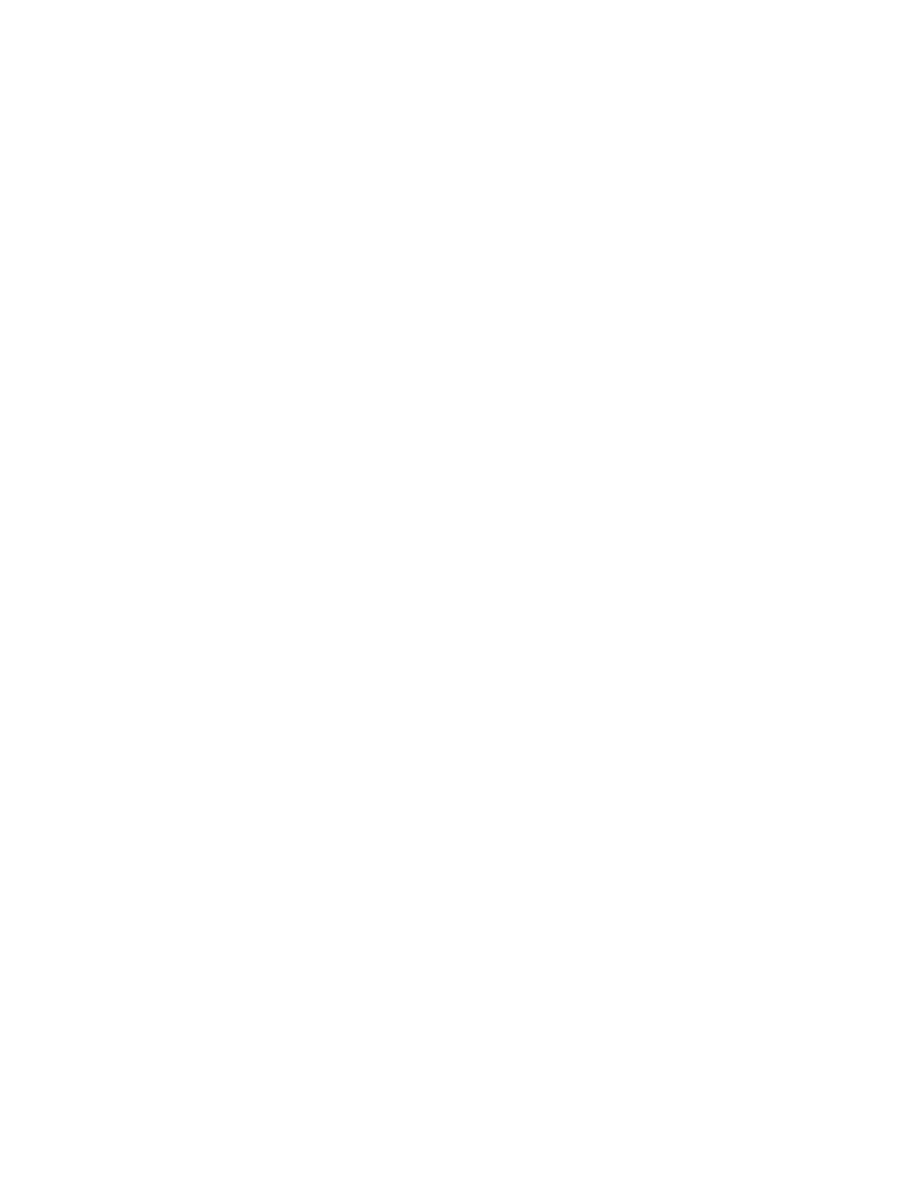
112
14 CFR Ch. I (1–1–24 Edition)
§ 121.277
Fire detectors must be unaffected by
exposure to fumes, oil, water, or other
fluids that may be present.
§ 121.277 Protection of other airplane
components against fire.
(a) Except as provided in paragraph
(b) of this section, all airplane surfaces
aft of the nacelles in the area of one
nacelle diameter on both sides of the
nacelle centerline must be made of ma-
terial that is at least fire resistant.
(b) Paragraph (a) of this section does
not apply to tail surfaces lying behind
nacelles unless the dimensional con-
figuration of the airplane is such that
the tail surfaces could be affected read-
ily by heat, flames, or sparks ema-
nating from a designated fire zone or
from the engine compartment of any
nacelle.
§ 121.279 Control of engine rotation.
(a) Except as provided in paragraph
(b) of this section, each airplane must
have a means of individually stopping
and restarting the rotation of any en-
gine in flight.
(b) In the case of turbine engine in-
stallations, a means of stopping the ro-
tation need be provided only if the Ad-
ministrator finds that rotation could
jeopardize the safety of the airplane.
§ 121.281 Fuel system independence.
(a) Each airplane fuel system must be
arranged so that the failure of any one
component does not result in the irre-
coverable loss of power of more than
one engine.
(b) A separate fuel tank need not be
provided for each engine if the certifi-
cate holder shows that the fuel system
incorporates features that provide
equivalent safety.
§ 121.283 Induction system ice preven-
tion.
A means for preventing the malfunc-
tioning of each engine due to ice accu-
mulation in the engine air induction
system must be provided for each air-
plane.
§ 121.285 Carriage of cargo in pas-
senger compartments.
(a) Except as provided in paragraph
(b), (c), or (d) or this section, no certifi-
cate holder may carry cargo in the pas-
senger compartment of an airplane.
(b) Cargo may be carried anywhere in
the passenger compartment if it is car-
ried in an approved cargo bin that
meets the following requirements:
(1) The bin must withstand the load
factors and emergency landing condi-
tions applicable to the passenger seats
of the airplane in which the bin is in-
stalled, multiplied by a factor of 1.15,
using the combined weight of the bin
and the maximum weight of cargo that
may be carried in the bin.
(2) The maximum weight of cargo
that the bin is approved to carry and
any instructions necessary to insure
proper weight distribution within the
bin must be conspicuously marked on
the bin.
(3) The bin may not impose any load
on the floor or other structure of the
airplane that exceeds the load limita-
tions of that structure.
(4) The bin must be attached to the
seat tracks or to the floor structure of
the airplane, and its attachment must
withstand the load factors and emer-
gency landing conditions applicable to
the passenger seats of the airplane in
which the bin is installed, multiplied
by either the factor 1.15 or the seat at-
tachment factor specified for the air-
plane, whichever is greater, using the
combined weight of the bin and the
maximum weight of cargo that may be
carried in the bin.
(5) The bin may not be installed in a
position that restricts access to or use
of any required emergency exit, or of
the aisle in the passenger compart-
ment.
(6) The bin must be fully enclosed
and made of material that is at least
flame resistant.
(7) Suitable safeguards must be pro-
vided within the bin to prevent the
cargo from shifting under emergency
landing conditions.
(8) The bin may not be installed in a
position that obscures any passenger’s
view of the ‘‘seat belt’’ sign ‘‘no smok-
ing’’ sign, or any required exit sign, un-
less an auxiliary sign or other approved
means for proper notification of the
passenger is provided.
(c) Cargo may be carried aft of a
bulkhead or divider in any passenger
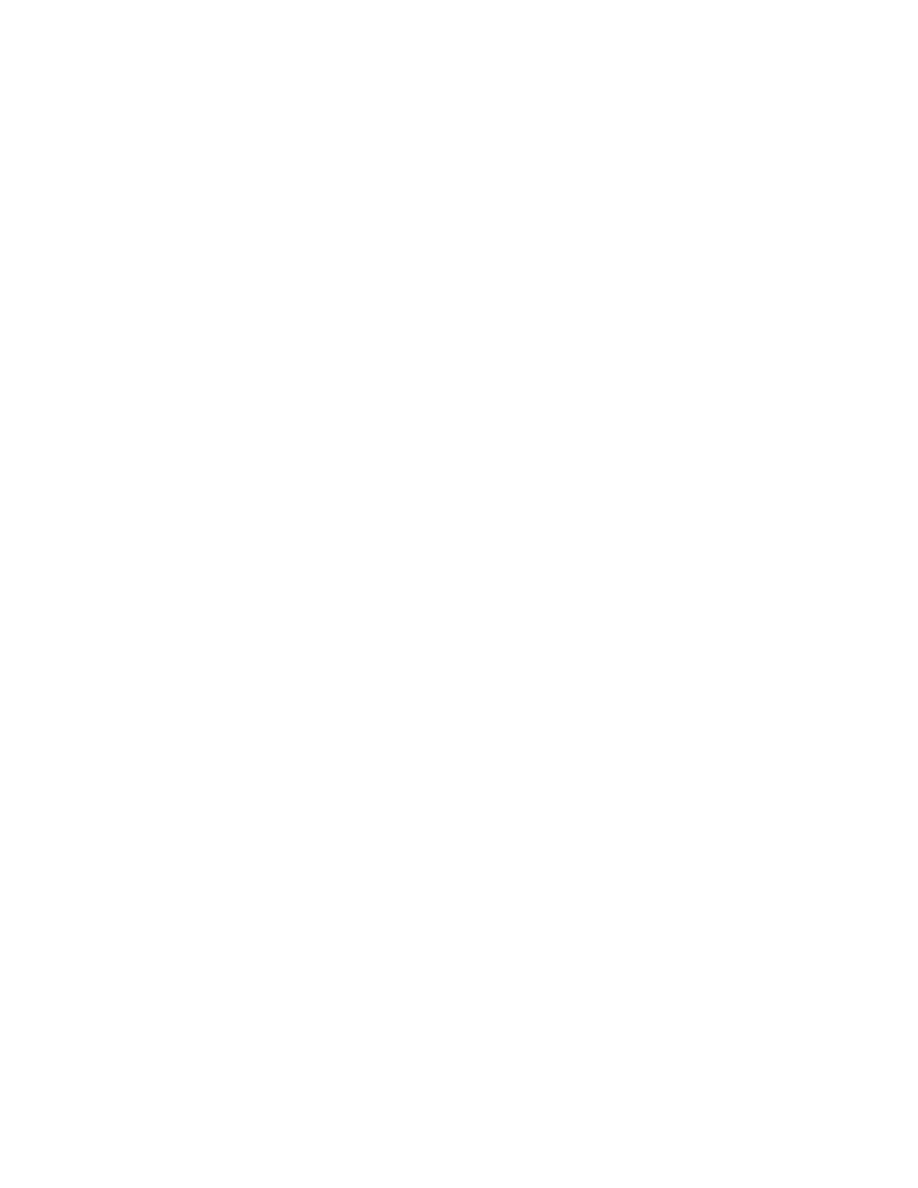
113
Federal Aviation Administration, DOT
§ 121.289
compartment provided the cargo is re-
strained to the load factors in
§ 25.561(b)(3) and is loaded as follows:
(1) It is properly secured by a safety
belt or other tiedown having enough
strength to eliminate the possibility of
shifting under all normally anticipated
flight and ground conditions.
(2) It is packaged or covered in a
manner to avoid possible injury to pas-
sengers and passenger compartment oc-
cupants.
(3) It does not impose any load on
seats or the floor structure that ex-
ceeds the load limitation for those
components.
(4) Its location does not restrict ac-
cess to or use of any required emer-
gency or regular exit, or of the aisle in
the passenger compartment.
(5) Its location does not obscure any
passenger’s view of the ‘‘seat belt’’
sign, ‘‘no smoking’’ sign, or required
exit sign, unless an auxiliary sign or
other approved means for proper notifi-
cation of the passenger is provided.
(d) Cargo, including carry-on bag-
gage, may be carried anywhere in the
passenger compartment of a non-
transport category airplane type cer-
tificated after December 31, 1964, if it is
carried in an approved cargo rack, bin,
or compartment installed in or on the
airplane, if it is secured by an approved
means, or if it is carried in accordance
with each of the following:
(1) For cargo, it is properly secured
by a safety belt or other tie-down hav-
ing enough strength to eliminate the
possibility of shifting under all nor-
mally anticipated flight and ground
conditions, or for carry-on baggage, it
is restrained so as to prevent its move-
ment during air turbulence.
(2) It is packaged or covered to avoid
possible injury to occupants.
(3) It does not impose any load on
seats or in the floor structure that ex-
ceeds the load limitation for those
components.
(4) It is not located in a position that
obstructs the access to, or use of, any
required emergency or regular exit, or
the use of the aisle between the crew
and the passenger compartment, or is
located in a position that obscures any
passenger’s view of the ‘‘seat belt’’
sign, ‘‘no smoking’’ sign or placard, or
any required exit sign, unless an auxil-
iary sign or other approved means for
proper notification of the passengers is
provided.
(5) It is not carried directly above
seated occupants.
(6) It is stowed in compliance with
this section for takeoff and landing.
(7) For cargo-only operations, para-
graph (d)(4) of this section does not
apply if the cargo is loaded so that at
least one emergency or regular exit is
available to provide all occupants of
the airplane a means of unobstructed
exit from the airplane if an emergency
occurs.
[Doc. No. 6258, 29 FR 19202, Dec. 31, 1964, as
amended by Amdt. 121–179, 47 FR 33390, Aug.
2, 1982; Amdt. 121–251, 60 FR 65928, Dec. 20,
1995]
§ 121.287 Carriage of cargo in cargo
compartments.
When cargo is carried in cargo com-
partments that are designed to require
the physical entry of a crewmember to
extinguish any fire that may occur
during flight, the cargo must be loaded
so as to allow a crewmember to effec-
tively reach all parts of the compart-
ment with the contents of a hand fire
extinguisher.
§ 121.289 Landing gear: Aural warning
device.
(a) Except for airplanes that comply
with the requirements of § 25.729 of this
chapter on or after January 6, 1992,
each airplane must have a landing gear
aural warning device that functions
continuously under the following con-
ditions:
(1) For airplanes with an established
approach wing-flap position, whenever
the wing flaps are extended beyond the
maximum certificated approach climb
configuration position in the Airplane
Flight Manual and the landing gear is
not fully extended and locked.
(2) For airplanes without an estab-
lished approach climb wing-flap posi-
tion, whenever the wing flaps are ex-
tended beyond the position at which
landing gear extension is normally per-
formed and the landing gear is not
fully extended and locked.
(b) The warning system required by
paragraph (a) of this section—
(1) May not have a manual shutoff;
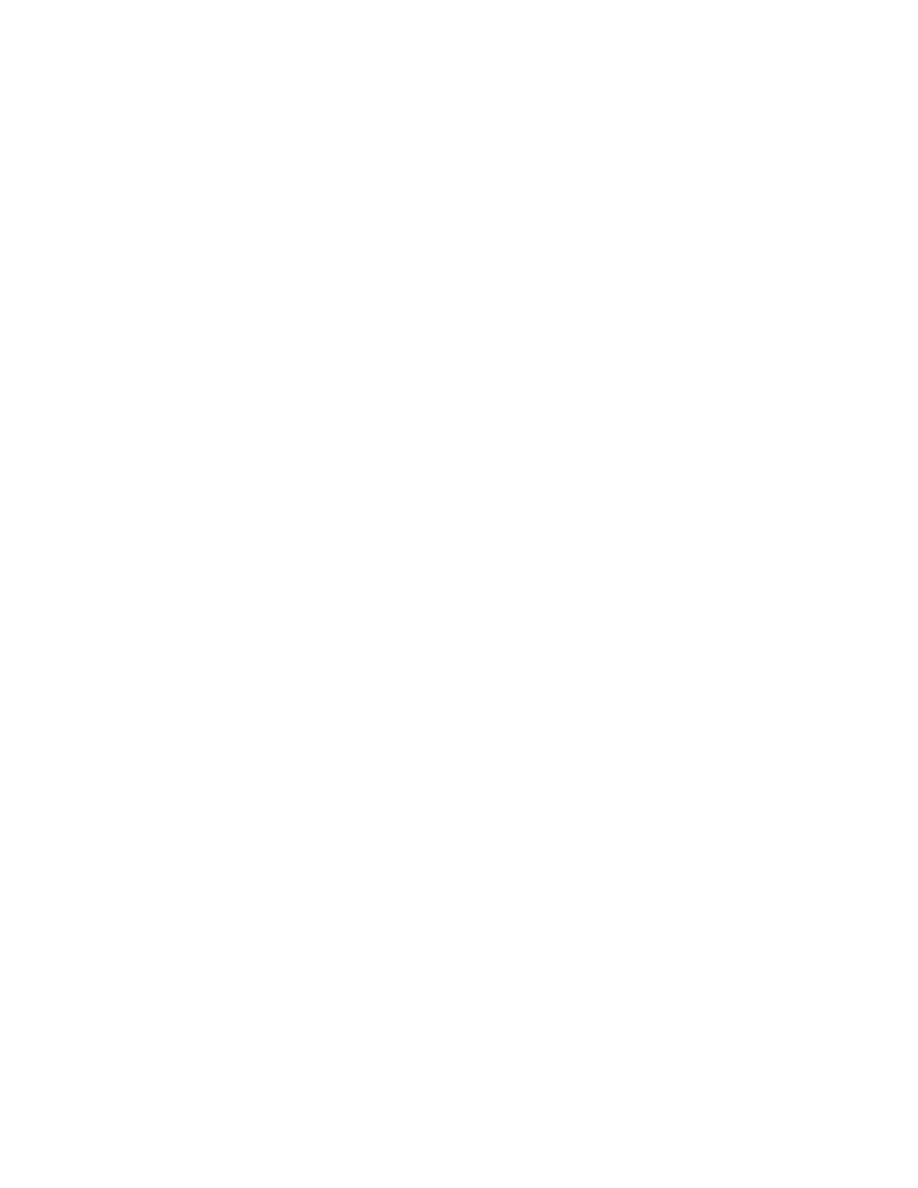
114
14 CFR Ch. I (1–1–24 Edition)
§ 121.291
(2) Must be in addition to the throt-
tle-actuated device installed under the
type certification airworthiness re-
quirements; and
(3) May utilize any part of the throt-
tle-actuated system including the
aural warning device.
(c) The flap position sensing unit
may be installed at any suitable place
in the airplane.
[Doc. No. 6258, 29 FR 19202, Dec. 31, 1964, as
amended by Amdt. 121–3, 30 FR 3638, Mar. 19,
1965; Amdt. 121–130, 41 FR 47229, Oct. 28, 1976;
Amdt. 121–227, 56 FR 63762, Dec. 5, 1991; Amdt.
121–251, 60 FR 65929, Dec. 20, 1995]
§ 121.291 Demonstration of emergency
evacuation procedures.
(a) Except as provided in paragraph
(a)(1) of this section, each certificate
holder must conduct an actual dem-
onstration of emergency evacuation
procedures in accordance with para-
graph (a) of appendix D to this part to
show that each type and model of air-
plane with a seating capacity of more
than 44 passengers to be used in its pas-
senger-carrying operations allows the
evacuation of the full capacity, includ-
ing crewmembers, in 90 seconds or less.
(1) An actual demonstration need not
be conducted if that airplane type and
model has been shown to be in compli-
ance with this paragraph in effect on or
after October 24, 1967, or, if during type
certification, with § 25.803 of this chap-
ter in effect on or after December 1,
1978.
(2) Any actual demonstration con-
ducted after September 27, 1993, must
be in accordance with paragraph (a) of
appendix D to this part in effect on or
after that date or with § 25.803 in effect
on or after that date.
(b) Each certificate holder con-
ducting operations with airplanes with
a seating capacity of more than 44 pas-
sengers must conduct a partial dem-
onstration of emergency evacuation
procedures in accordance with para-
graph (c) of this section upon:
(1) Initial introduction of a type and
model of airplane into passenger-car-
rying operation;
(2) Changing the number, location, or
emergency evacuation duties or proce-
dures of flight attendants who are re-
quired by § 121.391; or
(3) Changing the number, location,
type of emergency exits, or type of
opening mechanism on emergency
exits available for evacuation.
(c) In conducting the partial dem-
onstration required by paragraph (b) of
this section, each certificate holder
must:
(1) Demonstrate the effectiveness of
its crewmember emergency training
and evacuation procedures by con-
ducting a demonstration, not requiring
passengers and observed by the Admin-
istrator, in which the flight attendants
for that type and model of airplane,
using that operator’s line operating
procedures, open 50 percent of the re-
quired floor-level emergency exits and
50 percent of the required non-floor-
level emergency exits whose opening
by a flight attendant is defined as an
emergency evacuation duty under
§ 121.397, and deploy 50 percent of the
exit slides. The exits and slides will be
selected by the administrator and must
be ready for use within 15 seconds;
(2) Apply for and obtain approval
from the responsible Flight Standards
office before conducting the dem-
onstration;
(3) Use flight attendants in this dem-
onstration who have been selected at
random by the Administrator, have
completed the certificate holder’s
FAA-approved training program for the
type and model of airplane, and have
passed a written or practical examina-
tion on the emergency equipment and
procedures; and
(4) Apply for and obtain approval
from the responsible Flight Standards
office before commencing operations
with this type and model airplane.
(d) Each certificate holder operating
or proposing to operate one or more
landplanes in extended overwater oper-
ations, or otherwise required to have
certain equipment under § 121.339, must
show, by simulated ditching conducted
in accordance with paragraph (b) of ap-
pendix D to this part, that it has the
ability to efficiently carry out its
ditching procedures. For certificate
holders subject to § 121.2(a)(1), this
paragraph applies only when a new
type or model airplane is introduced
into the certificate holder’s operations
after January 19, 1996.
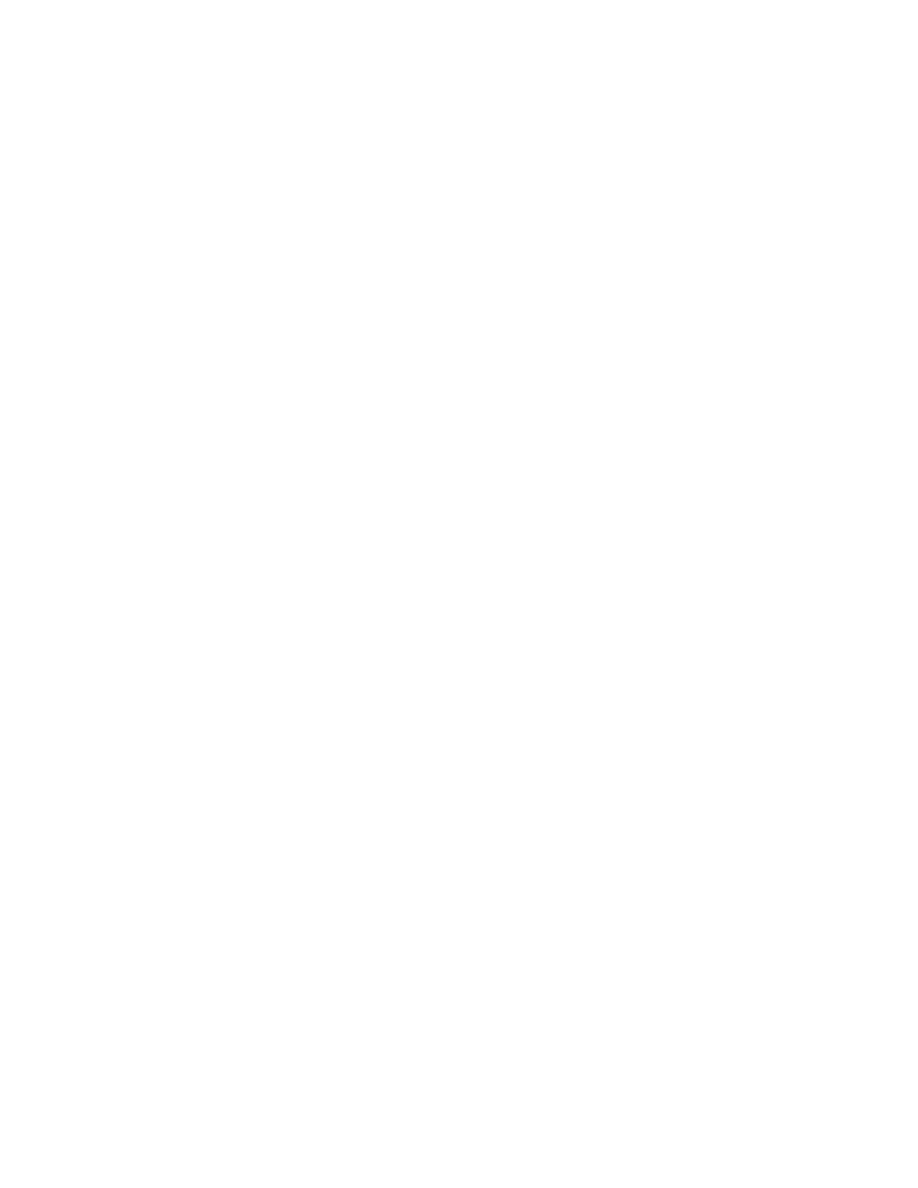
115
Federal Aviation Administration, DOT
§ 121.305
(e) For a type and model airplane for
which the simulated ditching specified
in paragraph (d) has been conducted by
a part 121 certificate holder, the re-
quirements of paragraphs (b)(2), (b)(4),
and (b)(5) of appendix D to this part are
complied with if each life raft is re-
moved from stowage, one life raft is
launched and inflated (or one slide life
raft is inflated) and crewmembers as-
signed to the inflated life raft display
and describe the use of each item of re-
quired emergency equipment. The life
raft or slide life raft to be inflated will
be selected by the Administrator.
[Doc. No. 21269, 46 FR 61453, Dec. 17, 1981, as
amended by Amdt. 121–233, 58 FR 45230, Aug.
26, 1993; Amdt. 121–251, 60 FR 65929, Dec. 20,
1995; Amdt. 121–307, 69 FR 67499, Nov. 17, 2004;
Docket FAA–2018–0119, Amdt. 121–380, 83 FR
9172, Mar. 5, 2018]
§ 121.293 Special airworthiness re-
quirements for nontransport cat-
egory airplanes type certificated
after December 31, 1964.
No certificate holder may operate a
nontransport category airplane manu-
factured after December 20, 1999 unless
the airplane contains a takeoff warning
system that meets the requirements of
14 CFR 25.703. However, the takeoff
warning system does not have to cover
any device for which it has been dem-
onstrated that takeoff with that device
in the most adverse position would not
create a hazardous condition.
[Doc. No. 28154, 60 FR 65929, Dec. 20, 1995]
§ 121.295 Location for a suspect device.
After November 28, 2009, all airplanes
with a maximum certificated passenger
seating capacity of more than 60 per-
sons must have a location where a sus-
pected explosive or incendiary device
found in flight can be placed to mini-
mize the risk to the airplane.
[Doc. No. FAA–2006–26722, 73 FR 63880, Oct.
28, 2008]
Subpart K—Instrument and
Equipment Requirements
S
OURCE
: Docket No. 6258, 29 FR 19205, Dec.
31, 1964, unless otherwise noted.
§ 121.301 Applicability.
This subpart prescribes instrument
and equipment requirements for all
certificate holders.
§ 121.303 Airplane instruments and
equipment.
(a) Unless otherwise specified, the in-
strument and equipment requirements
of this subpart apply to all operations
under this part.
(b) Instruments and equipment re-
quired by §§ 121.305 through 121.359 and
121.803 must be approved and installed
in accordance with the airworthiness
requirements applicable to them.
(c) Each airspeed indicator must be
calibrated in knots, and each airspeed
limitation and item of related informa-
tion in the Airplane Flight Manual and
pertinent placards must be expressed in
knots.
(d) Except as provided in §§ 121.627(b)
and 121.628, no person may take off any
airplane unless the following instru-
ments and equipment are in operable
condition:
(1) Instruments and equipment re-
quired to comply with airworthiness
requirements under which the airplane
is type certificated and as required by
§§ 121.213 through 121.283 and 121.289.
(2) Instruments and equipment speci-
fied in §§ 121.305 through 121.321, 121.359,
121.360, and 121.803 for all operations,
and the instruments and equipment
specified in §§ 121.323 through 121.351 for
the kind of operation indicated, wher-
ever these items are not already re-
quired by paragraph (d)(1) of this sec-
tion.
[Doc. No. 6258, 29 FR 19202, Dec. 31, 1964, as
amended by Amdt. 121–44, 33 FR 14406, Sept.
25, 1968; Amdt. 121–65, 35 FR 12709, Aug. 11,
1970; Amdt. 121–114, 39 FR 44440, Dec. 24, 1974;
Amdt. 121–126, 40 FR 55314, Nov. 28, 1975;
Amdt. 121–222, 56 FR 12310, Mar. 22, 1991;
Amdt. 121–253, 61 FR 2611, Jan. 26, 1996; Amdt.
121–281, 66 FR 19043, Apr. 12, 2001]
§ 121.305 Flight and navigational
equipment.
No person may operate an airplane
unless it is equipped with the following
flight and navigational instruments
and equipment:
(a) An airspeed indicating system
with heated pitot tube or equivalent
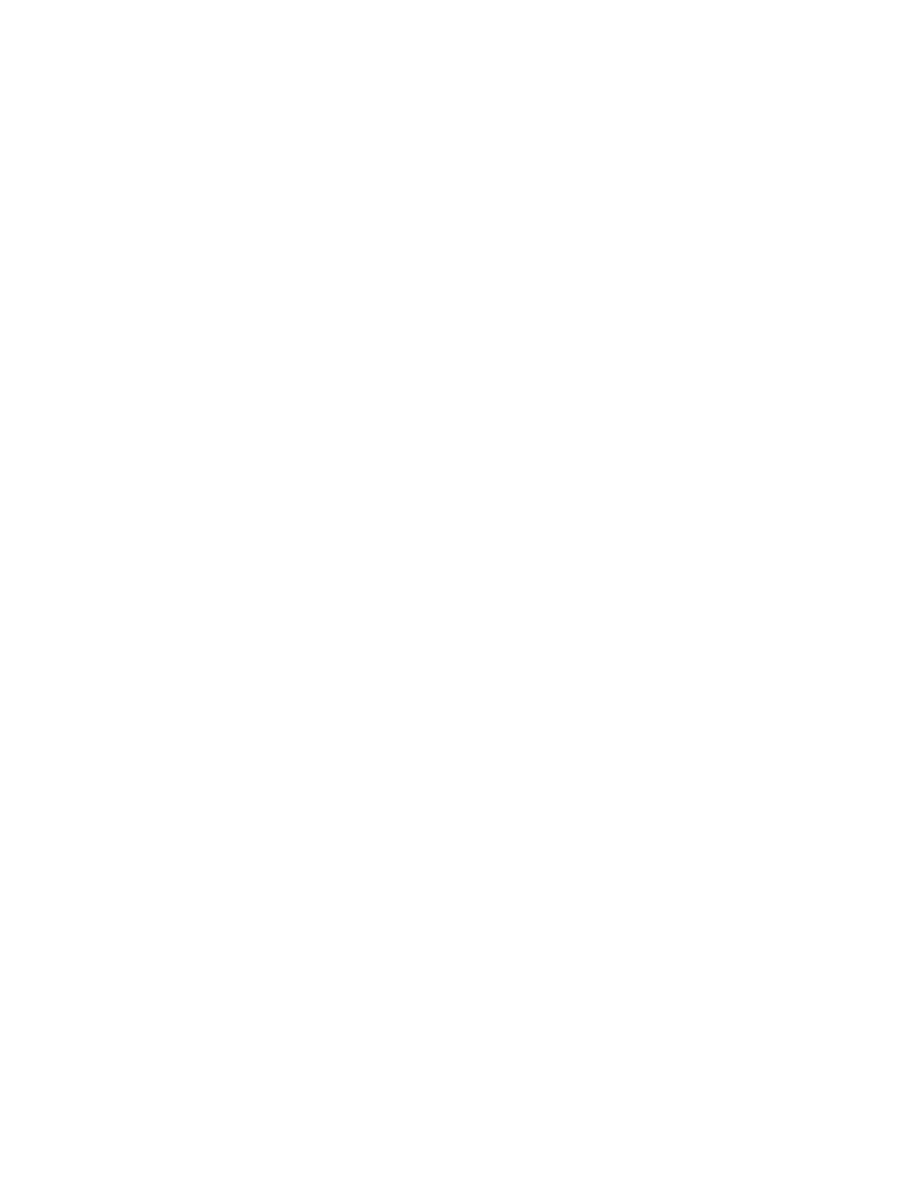
116
14 CFR Ch. I (1–1–24 Edition)
§ 121.306
means for preventing malfunctioning
due to icing.
(b) A sensitive altimeter.
(c) A sweep-second hand clock (or ap-
proved equivalent).
(d) A free-air temperature indicator.
(e) A gyroscopic bank and pitch indi-
cator (artificial horizon).
(f) A gyroscopic rate-of-turn indi-
cator combined with an integral slip-
skid indicator (turn-and-bank indi-
cator) except that only a slip-skid indi-
cator is required when a third attitude
instrument system usable through
flight attitudes of 360
°
of pitch and roll
is installed in accordance with para-
graph (k) of this section.
(g) A gyroscopic direction indicator
(directional gyro or equivalent).
(h) A magnetic compass.
(i) A vertical speed indicator (rate-of-
climb indicator).
(j) On the airplane described in this
paragraph, in addition to two gyro-
scopic bank and pitch indicators (arti-
ficial horizons) for use at the pilot sta-
tions, a third such instrument is in-
stalled in accordance with paragraph
(k) of this section:
(1) On each turbojet powered air-
plane.
(2) On each turbopropeller powered
airplane having a passenger-seat con-
figuration of more than 30 seats, ex-
cluding each crewmember seat, or a
payload capacity of more than 7,500
pounds.
(3) On each turbopropeller powered
airplane having a passenger-seat con-
figuration of 30 seats or fewer, exclud-
ing each crewmember seat, and a pay-
load capacity of 7,500 pounds or less
that is manufactured on or after March
20, 1997.
(4) After December 20, 2010, on each
turbopropeller powered airplane having
a passenger seat configuration of 10–30
seats and a payload capacity of 7,500
pounds or less that was manufactured
before March 20, 1997.
(k) When required by paragraph (j) of
this section, a third gyroscopic bank-
and-pitch indicator (artificial horizon)
that:
(1) Is powered from a source inde-
pendent of the electrical generating
system;
(2) Continues reliable operation for a
minimum of 30 minutes after total fail-
ure of the electrical generating system;
(3) Operates independently of any
other attitude indicating system;
(4) Is operative without selection
after total failure of the electrical gen-
erating system;
(5) Is located on the instrument panel
in a position acceptable to the Admin-
istrator that will make it plainly visi-
ble to and usable by each pilot at his or
her station; and
(6) Is appropriately lighted during all
phases of operation.
[Doc. No. 6258, 29 FR 19205, Dec. 31, 1964, as
amended by Amdt. 121–57, 35 FR 304, Jan. 8,
1970; Amdt. 121–60, 35 FR 7108, May 6, 1970;
Amdt. 121–81, 36 FR 23050, Dec. 3, 1971; Amdt.
121–130, 41 FR 47229, Oct. 28, 1976; Amdt. 121–
230, 58 FR 12158, Mar. 3, 1993; Amdt. 121–251, 60
FR 65929, Dec. 20, 1995; Amdt. 121–262, 62 FR
13256, Mar. 19, 1997]
§ 121.306 Portable electronic devices.
(a) Except as provided in paragraph
(b) of this section, no person may oper-
ate, nor may any operator or pilot in
command of an aircraft allow the oper-
ation of, any portable electronic device
on any U.S.-registered civil aircraft op-
erating under this part.
(b) Paragraph (a) of this section does
not apply to—
(1) Portable voice recorders;
(2) Hearing aids;
(3) Heart pacemakers;
(4) Electric shavers;
(5) Portable oxygen concentrators
that comply with the requirements in
§ 121.574; or
(6) Any other portable electronic de-
vice that the part 119 certificate holder
has determined will not cause inter-
ference with the navigation or commu-
nication system of the aircraft on
which it is to be used.
(c) The determination required by
paragraph (b)(6) of this section shall be
made by that part 119 certificate holder
operating the particular device to be
used.
[Doc. No. FAA–1998–4954, 64 FR 1080, Jan. 7,
1999, as amended by Docket FAA–2014–0554,
Amdt. 121–374, 81 FR 33118, May 24, 2016]
§ 121.307 Engine instruments.
Unless the Administrator allows or
requires different instrumentation for
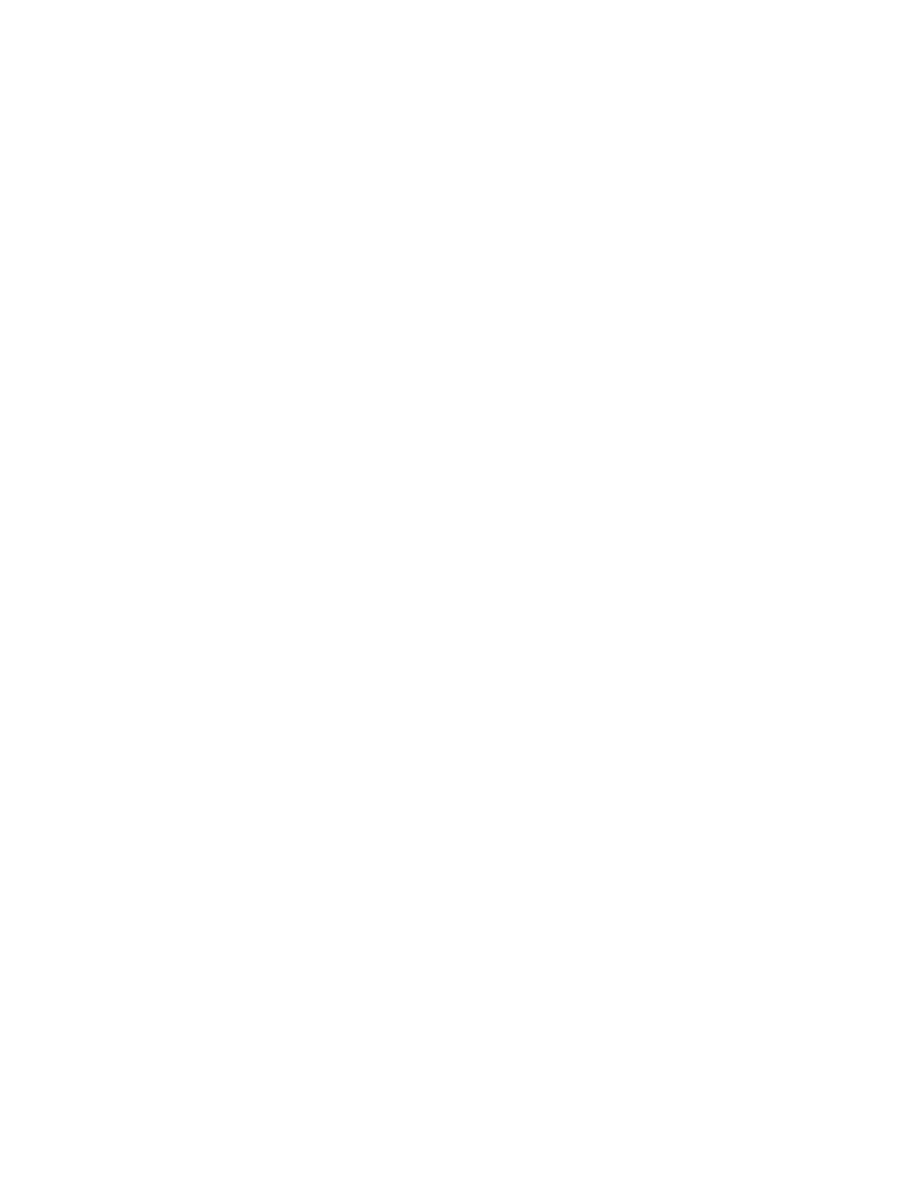
117
Federal Aviation Administration, DOT
§ 121.309
turbine engine powered airplanes to
provide equivalent safety, no person
may conduct any operation under this
part without the following engine in-
struments:
(a) A carburetor air temperature in-
dicator for each engine.
(b) A cylinder head temperature indi-
cator for each air-cooled engine.
(c) A fuel pressure indicator for each
engine.
(d) A fuel flowmeter or fuel mixture
indicator for each engine not equipped
with an automatic altitude mixture
control.
(e) A means for indicating fuel quan-
tity in each fuel tank to be used.
(f) A manifold pressure indicator for
each engine.
(g) An oil pressure indicator for each
engine.
(h) An oil quantity indicator for each
oil tank when a transfer or separate oil
reserve supply is used.
(i) An oil-in temperature indicator
for each engine.
(j) A tachometer for each engine.
(k) An independent fuel pressure
warning device for each engine or a
master warning device for all engines
with a means for isolating the indi-
vidual warning circuits from the mas-
ter warning device.
(l) A device for each reversible pro-
peller, to indicate to the pilot when the
propeller is in reverse pitch, that com-
plies with the following:
(1) The device may be actuated at
any point in the reversing cycle be-
tween the normal low pitch stop posi-
tion and full reverse pitch, but it may
not give an indication at or above the
normal low pitch stop position.
(2) The source of indication must be
actuated by the propeller blade angle
or be directly responsive to it.
§ 121.308 Lavatory fire protection.
(a) Except as provided in paragraphs
(c) and (d) of this section, no person
may operate a passenger-carrying air-
plane unless each lavatory in the air-
plane is equipped with a smoke detec-
tor system or equivalent that provides
a warning light in the cockpit or pro-
vides a warning light or audio warning
in the passenger cabin which would be
readily detected by a flight attendant,
taking into consideration the posi-
tioning of flight attendants throughout
the passenger compartment during var-
ious phases of flight.
(b) Except as provided in paragraph
(c) of this section, no person may oper-
ate a passenger-carrying airplane un-
less each lavatory in the airplane is
equipped with a built-in fire extin-
guisher for each disposal receptacle for
towels, paper, or waste located within
the lavatory. The built-in fire extin-
guisher must be designed to discharge
automatically into each disposal recep-
tacle upon occurrence of a fire in the
receptacle.
(c) Until December 22, 1997, a certifi-
cate holder described in § 121.2(a) (1) or
(2) may operate an airplane with a pas-
senger seat configuration of 30 or fewer
seats that does not comply with the
smoke detector system requirements
described in paragraph (a) of this sec-
tion and the fire extinguisher require-
ments described in paragraph (b) of
this section.
(d) After December 22, 1997, no person
may operate a nontransport category
airplane type certificated after Decem-
ber 31, 1964, with a passenger seat con-
figuration of 10–19 seats unless that
airplane complies with the smoke de-
tector system requirements described
in paragraph (a) of this section, except
that the smoke detector system or
equivalent must provide a warning
light in the cockpit or an audio warn-
ing that would be readily detected by
the flightcrew.
[Doc. No. 28154, 60 FR 65929, Dec. 20, 1995]
§ 121.309 Emergency equipment.
(a)
General:
No person may operate
an airplane unless it is equipped with
the emergency equipment listed in this
section and in § 121.310.
(b) Each item of emergency and flo-
tation equipment listed in this section
and in §§ 121.310, 121.339, and 121.340—
(1) Must be inspected regularly in ac-
cordance with inspection periods estab-
lished in the operations specifications
to ensure its condition for continued
serviceability and immediate readiness
to perform its intended emergency pur-
poses;
(2) Must be readily accessible to the
crew and, with regard to equipment lo-
cated in the passenger compartment,
to passengers;
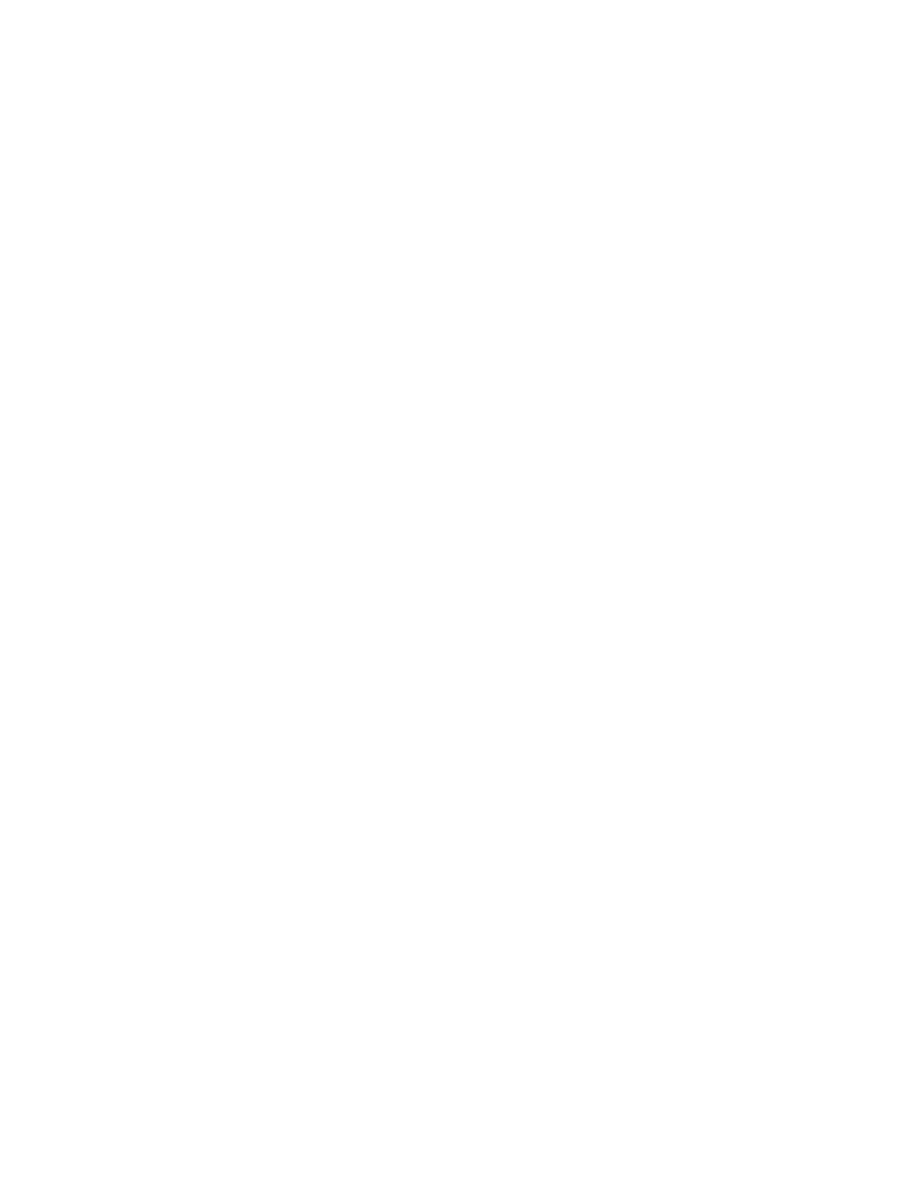
118
14 CFR Ch. I (1–1–24 Edition)
§ 121.309
(3) Must be clearly identified and
clearly marked to indicate its method
of operation; and
(4) When carried in a compartment or
container, must be carried in a com-
partment or container marked as to
contents and the compartment or con-
tainer, or the item itself, must be
marked as to date of last inspection.
(c)
Hand fire extinguishers for crew,
passenger, cargo, and galley compart-
ments.
Hand fire extinguishers of an ap-
proved type must be provided for use in
crew, passenger, cargo, and galley com-
partments in accordance with the fol-
lowing:
(1) The type and quantity of extin-
guishing agent must be suitable for the
kinds of fires likely to occur in the
compartment where the extinguisher is
intended to be used and, for passenger
compartments, must be designed to
minimize the hazard of toxic gas con-
centrations.
(2)
Cargo compartments.
At least one
hand fire extinguisher must be conven-
iently located for use in each class E
cargo compartment that is accessible
to crewmembers during flight.
(3)
Galley compartments.
At least one
hand fire extinguisher must be conven-
iently located for use in each galley lo-
cated in a compartment other than a
passenger, cargo, or crew compart-
ment.
(4)
Flightcrew compartment.
At least
one hand fire extinguisher must be con-
veniently located on the flight deck for
use by the flightcrew.
(5)
Passenger compartments.
Hand fire
extinguishers for use in passenger com-
partments must be conveniently lo-
cated and, when two or more are re-
quired, uniformly distributed through-
out each compartment. Hand fire ex-
tinguishers shall be provided in pas-
senger compartments as follows:
(i) For airplanes having passenger
seats accommodating more than 6 but
fewer than 31 passengers, at least one.
(ii) For airplanes having passenger
seats accommodating more than 30 but
fewer than 61 passengers, at least two.
(iii) For airplanes having passenger
seats accommodating more than 60 pas-
sengers, there must be at least the fol-
lowing number of hand fire extin-
guishers:
M
INIMUM
N
UMBER OF
H
AND
F
IRE
E
XTINGUISHERS
Passenger seating accommodations:
61 through 200 .................................
3
201 through 300 ...............................
4
301 through 400 ...............................
5
401 through 500 ...............................
6
501 through 600 ...............................
7
601 or more .....................................
8
(6) Notwithstanding the requirement
for uniform distribution of hand fire
extinguishers as prescribed in para-
graph (c)(5) of this section, for those
cases where a galley is located in a pas-
senger compartment, at least one hand
fire extinguisher must be conveniently
located and easily accessible for use in
the galley.
(7) At least two of the required hand
fire extinguisher installed in pas-
senger-carrying airplanes must contain
Halon 1211
(bromochlorofluoromethane) or equiva-
lent as the extinguishing agent. At
least one hand fire extinguisher in the
passenger compartment must contain
Halon 1211 or equivalent.
(d) [Reserved]
(e)
Crash ax.
Except for nontransport
category airplanes type certificated
after December 31, 1964, each airplane
must be equipped with a crash ax.
(f)
Megaphones.
Each passenger-car-
rying airplane must have a portable
battery-powered megaphone or mega-
phones readily accessible to the crew-
members assigned to direct emergency
evacuation, installed as follows:
(1) One megaphone on each airplane
with a seating capacity of more than 60
and less than 100 passengers, at the
most rearward location in the pas-
senger cabin where it would be readily
accessible to a normal flight attendant
seat. However, the Administrator may
grant a deviation from the require-
ments of this subparagraph if he finds
that a different location would be more
useful for evacuation of persons during
an emergency.
(2) Two megaphones in the passenger
cabin on each airplane with a seating
capacity of more than 99 passengers,
one installed at the forward end and
the other at the most rearward loca-
tion where it would be readily acces-
sible to a normal flight attendant seat.
[Doc. No. 6258, 29 FR 19205, Dec. 31, 1964]
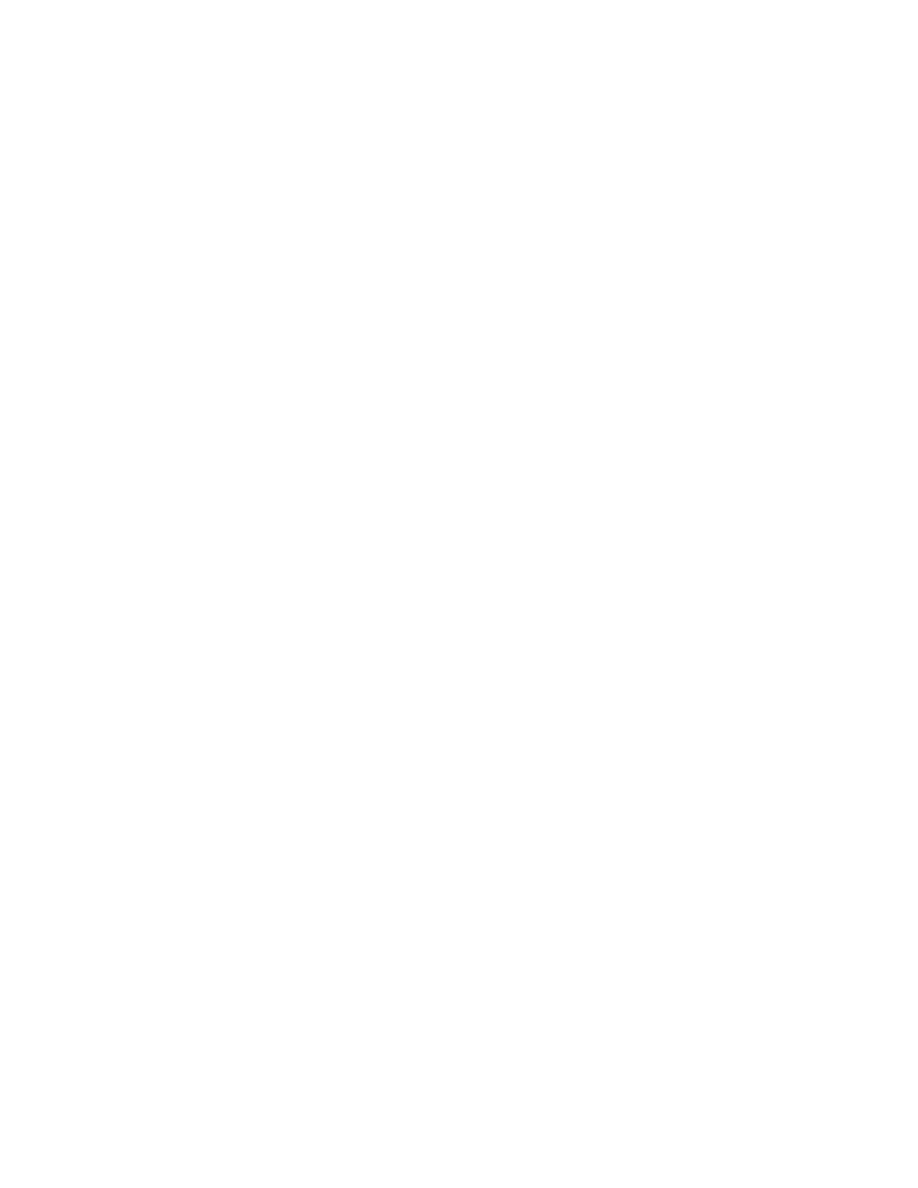
119
Federal Aviation Administration, DOT
§ 121.310
E
DITORIAL
N
OTE
: For F
EDERAL
R
EGISTER
ci-
tations affecting § 121.309, see the List of CFR
Sections Affected, which appears in the
Finding Aids section of the printed volume
and at
www.govinfo.gov.
§ 121.310 Additional emergency equip-
ment.
(a)
Means for emergency evacuation.
Each passenger-carrying landplane
emergency exit (other than over-the-
wing) that is more than 6 feet from the
ground with the airplane on the ground
and the landing gear extended, must
have an approved means to assist the
occupants in descending to the ground.
The assisting means for a floor-level
emergency exit must meet the require-
ments of § 25.809(f)(1) of this chapter in
effect on April 30, 1972, except that, for
any airplane for which the application
for the type certificate was filed after
that date, it must meet the require-
ments under which the airplane was
type certificated. An assisting means
that deploys automatically must be
armed during taxiing, takeoffs, and
landings. However, if the Adminis-
trator finds that the design of the exit
makes compliance impractical, he may
grant a deviation from the requirement
of automatic deployment if the assist-
ing means automatically erects upon
deployment and, with respect to re-
quired emergency exits, if an emer-
gency evacuation demonstration is
conducted in accordance with
§ 121.291(a). This paragraph does not
apply to the rear window emergency
exit of DC–3 airplanes operated with
less than 36 occupants, including crew-
members and less than five exits au-
thorized for passenger use.
(b)
Interior emergency exit marking.
The following must be complied with
for each passenger-carrying airplane:
(1) Each passenger emergency exit,
its means of access, and its means of
opening must be conspicuously
marked. The identity and location of
each passenger emergency exit must be
recognizable from a distance equal to
the width of the cabin. The location of
each passenger emergency exit must be
indicated by a sign visible to occupants
approaching along the main passenger
aisle. There must be a locating sign—
(i) Above the aisle near each over-
the-wing passenger emergency exit, or
at another ceiling location if it is more
practical because of low headroom;
(ii) Next to each floor level passenger
emergency exit, except that one sign
may serve two such exits if they both
can be seen readily from that sign; and
(iii) On each bulkhead or divider that
prevents fore and aft vision along the
passenger cabin, to indicate emergency
exits beyond and obscured by it, except
that if this is not possible the sign may
be placed at another appropriate loca-
tion.
(2) Each passenger emergency exit
marking and each locating sign must
meet the following:
(i) Except as provided in paragraph
(b)(2)(iii) of this section, for an air-
plane for which the application for the
type certificate was filed prior to May
1, 1972, each passenger emergency exit
marking and each locating sign must
be manufactured to meet the require-
ments of § 25.812(b) of this chapter in ef-
fect on April 30, 1972. On these air-
planes, no sign may continue to be
used if its luminescence (brightness)
decreases to below 100 microlamberts.
The colors may be reversed if it in-
creases the emergency illumination of
the passenger compartment. However,
the Administrator may authorize devi-
ation from the 2-inch background re-
quirements if he finds that special cir-
cumstances exist that make compli-
ance impractical and that the proposed
deviation provides an equivalent level
of safety.
(ii) For a transport category airplane
for which the application for the type
certificate was filed on or after May 1,
1972, each passenger emergency exit
marking and each locating sign must
be manufactured to meet the interior
emergency exit marking requirements
under which the airplane was type cer-
tificated. On these airplanes, no sign
may continue to be used if its lumines-
cence (brightness) decreases to below
250 microlamberts.
(iii) For a nontransport category
turbopropellerpowered airplane type
certificated after December 31, 1964,
each passenger emergency exit mark-
ing and each locating sign must be
manufactured to have white letters 1
inch high on a red background 2 inches
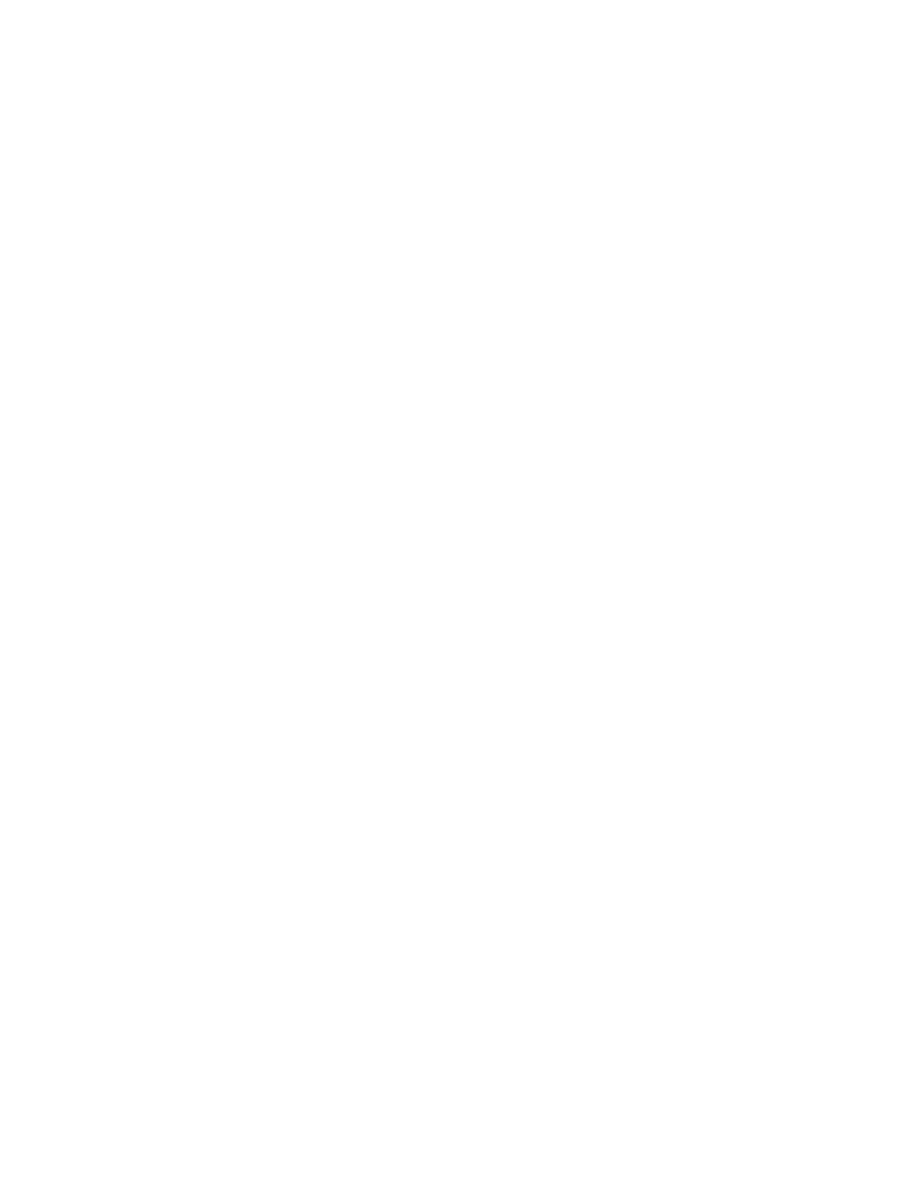
120
14 CFR Ch. I (1–1–24 Edition)
§ 121.310
high, be self-illuminated or independ-
ently, internally electrically illumi-
nated, and have a minimum brightness
of at least 160 microlamberts. The color
may be reversed if the passenger com-
partment illumination is essentially
the same. On these airplanes, no sign
may continue to be used if its lumines-
cence (brightness) decreases to below
100 microlamberts.
(c)
Lighting for interior emergency exit
markings.
Except for nontransport cat-
egory airplanes type certificated after
December 31, 1964, each passenger-car-
rying airplane must have an emergency
lighting system, independent of the
main lighting system. However,
sources of general cabin illumination
may be common to both the emergency
and the main lighting systems if the
power supply to the emergency light-
ing system is independent of the power
supply to the main lighting system.
The emergency lighting system
must—
(1) Illuminate each passenger exit
marking and locating sign;
(2) Provide enough general lighting
in the passenger cabin so that the aver-
age illumination when measured at 40-
inch intervals at seat armrest height,
on the centerline of the main passenger
aisle, is at least 0.05 foot-candles; and
(3) For airplanes type certificated
after January 1, 1958, after November
26, 1986, include floor proximity emer-
gency escape path marking which
meets the requirements of § 25.812(e) of
this chapter in effect on November 26,
1984.
(d)
Emergency light operation.
Except
for lights forming part of emergency
lighting subsystems provided in com-
pliance with § 25.812(h) of this chapter
(as prescribed in paragraph (h) of this
section) that serve no more than one
assist means, are independent of the
airplane’s main emergency lighting
systems, and are automatically acti-
vated when the assist means is de-
ployed, each light required by para-
graphs (c) and (h) of this section must
comply with the following:
(1) Each light must—
(i) Be operable manually both from
the flightcrew station and, for air-
planes on which a flight attendant is
required, from a point in the passenger
compartment that is readily accessible
to a normal flight attendant seat;
(ii) Have a means to prevent inad-
vertent operation of the manual con-
trols; and
(iii) When armed or turned on at ei-
ther station, remain lighted or become
lighted upon interruption of the air-
plane’s normal electric power.
(2) Each light must be armed or
turned on during taxiing, takeoff, and
landing. In showing compliance with
this paragraph a transverse vertical
separation of the fuselage need not be
considered.
(3) Each light must provide the re-
quired level of illumination for at least
10 minutes at the critical ambient con-
ditions after emergency landing.
(4) Each light must have a cockpit
control device that has an ‘‘on,’’ ‘‘off,’’
and ‘‘armed’’ position.
(e)
Emergency exit operating handles.
(1) For a passenger-carrying airplane
for which the application for the type
certificate was filed prior to May 1,
1972, the location of each passenger
emergency exit operating handle, and
instructions for opening the exit, must
be shown by a marking on or near the
exit that is readable from a distance of
30 inches. In addition, for each Type I
and Type II emergency exit with a
locking mechanism released by rotary
motion of the handle, the instructions
for opening must be shown by—
(i) A red arrow with a shaft at least
three-fourths inch wide and a head
twice the width of the shaft, extending
along at least 70
°
of arc at a radius ap-
proximately equal to three-fourths of
the handle length; and
(ii) The word ‘‘open’’ in red letters 1
inch high placed horizontally near the
head of the arrow.
(2) For a passenger-carrying airplane
for which the application for the type
certificate was filed on or after May 1,
1972, the location of each passenger
emergency exit operating handle and
instructions for opening the exit must
be shown in accordance with the re-
quirements under which the airplane
was type certificated. On these air-
planes, no operating handle or oper-
ating handle cover may continue to be
used if its luminescence (brightness)
decreases to below 100 microlamberts.
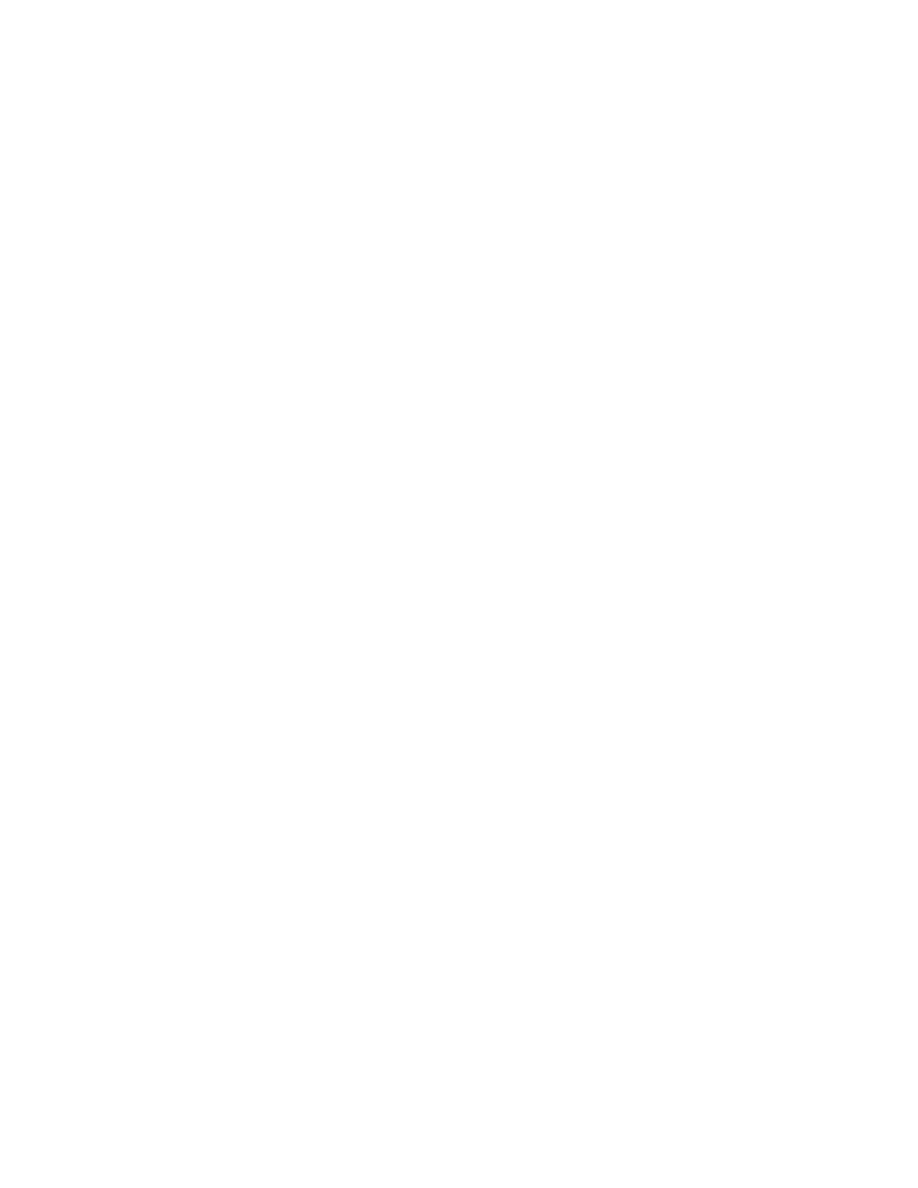
121
Federal Aviation Administration, DOT
§ 121.310
(f)
Emergency exit access.
Access to
emergency exits must be provided as
follows for each passenger-carrying
transport category airplane:
(1) Each passage way between indi-
vidual passenger areas, or leading to a
Type I or Type II emergency exit, must
be unobstructed and at least 20 inches
wide.
(2) For each Type I or Type II emer-
gency exit equipped with an assist
means, there must be enough space
next to the exit to allow a crewmember
to assist in the evacuation of pas-
sengers without reducing the unob-
structed width of the passageway below
that required in paragraph (f)(1) of this
section. In addition, all airplanes man-
ufactured on or after November 26, 2008
must comply with the provisions of
§§ 25.813(b)(1), (b)(2), (b)(3) and (b)(4) in
effect on November 26, 2004. However, a
deviation from this requirement may
be authorized for an airplane certifi-
cated under the provisions of part 4b of
the Civil Air Regulations in effect be-
fore December 20, 1951, if the Adminis-
trator finds that special circumstances
exist that provide an equivalent level
of safety.
(3) There must be access from the
main aisle to each Type III and Type
IV exit. The access from the aisle to
these exits must not be obstructed by
seats, berths, or other protrusions in a
manner that would reduce the effec-
tiveness of the exit. In addition—
(i) For an airplane for which the ap-
plication for the type certificate was
filed prior to May 1, 1972, the access
must meet the requirements of
§ 25.813(c) of this chapter in effect on
April 30, 1972; and
(ii) For an airplane for which the ap-
plication for the type certificate was
filed on or after May 1, 1972, the access
must meet the emergency exit access
requirements under which the airplane
was type certificated; except that,
(iii) After December 3, 1992, the ac-
cess for an airplane type certificated
after January 1, 1958, must meet the re-
quirements of § 25.813(c) of this chapter,
effective June 3, 1992.
(iv) Contrary provisions of this sec-
tion notwithstanding, the Director of
the division of the Aircraft Certifi-
cation Service responsible for the air-
worthiness rules may authorize devi-
ation from the requirements of para-
graph (f)(3)(iii) of this section if it is
determined that special circumstances
make compliance impractical. Such
special circumstances include, but are
not limited to, the following conditions
when they preclude achieving compli-
ance with § 25.813(c)(1)(i) or (ii) without
a reduction in the total number of pas-
senger seats: emergency exits located
in close proximity to each other; fixed
installations such as lavatories, gal-
leys, etc.; permanently mounted bulk-
heads; an insufficient number of rows
ahead of or behind the exit to enable
compliance without a reduction in the
seat row pitch of more than one inch;
or an insufficient number of such rows
to enable compliance without a reduc-
tion in the seat row pitch to less than
30 inches. A request for such grant of
deviation must include credible rea-
sons as to why literal compliance with
§ 25.813(c)(1)(i) or (ii) is impractical and
a description of the steps taken to
achieve a level of safety as close to
that intended by § 25.813(c)(1)(i) or (ii)
as is practical.
(v) The Director of the division of the
Aircraft Certification Service respon-
sible for the airworthiness rules may
also authorize a compliance date later
than December 3, 1992, if it is deter-
mined that special circumstances
make compliance by that date imprac-
tical. A request for such grant of devi-
ation must outline the airplanes for
which compliance will be achieved by
December 3, 1992, and include a pro-
posed schedule for incremental compli-
ance of the remaining airplanes in the
operator’s fleet. In addition, the re-
quest must include credible reasons
why compliance cannot be achieved
earlier.
(4) If it is necessary to pass through
a passageway between passenger com-
partments to reach any required emer-
gency exit from any seat in the pas-
senger cabin, the passageway must not
be obstructed. However, curtains may
be used if they allow free entry
through the passageway.
(5) No door may be installed in any
partition between passenger compart-
ments.
(6) No person may operate an air-
plane manufactured after November 27,
2006, that incorporates a door installed
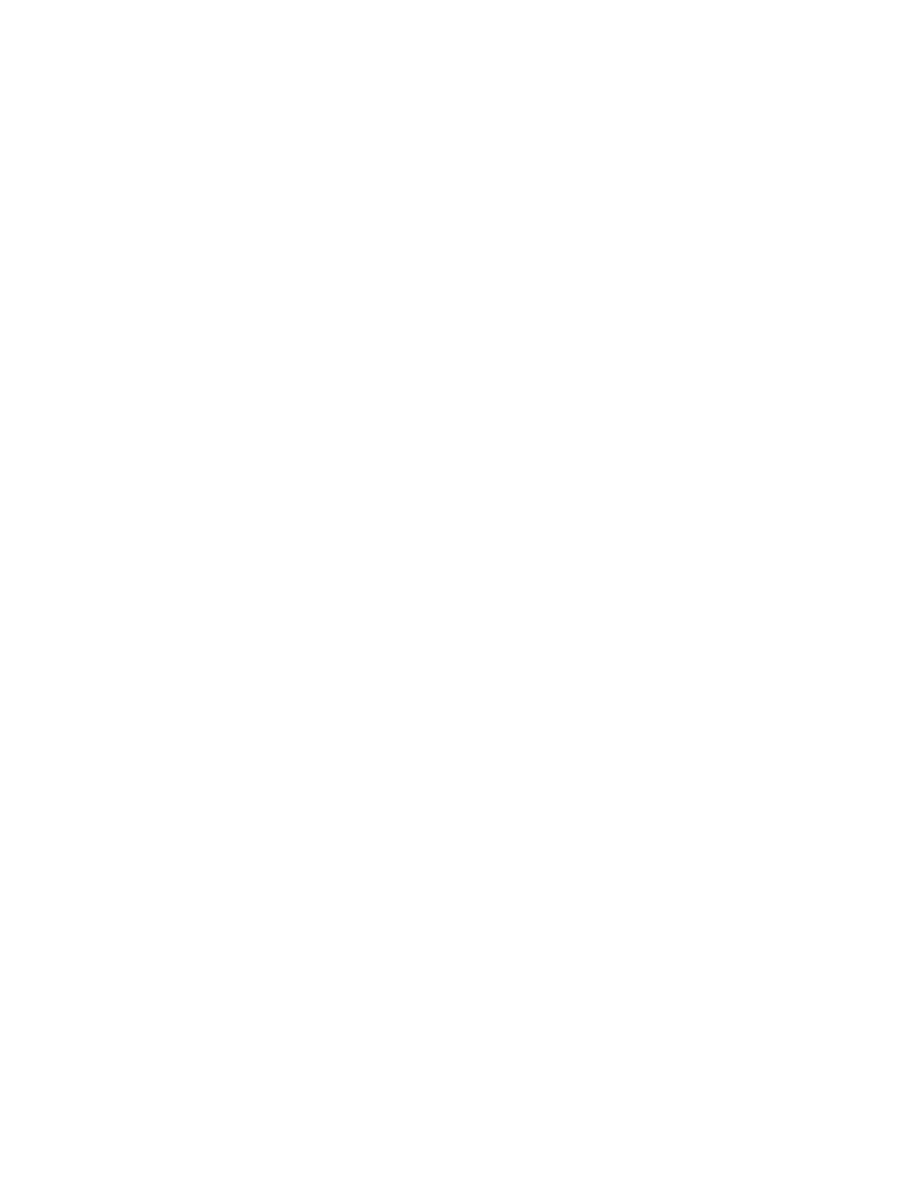
122
14 CFR Ch. I (1–1–24 Edition)
§ 121.310
between any passenger seat occupiable
for takeoff and landing and any pas-
senger emergency exit, such that the
door crosses any egress path (including
aisles, crossaisles and passageways).
(7) If it is necessary to pass through
a doorway separating the passenger
cabin from other areas to reach re-
quired emergency exit from any pas-
senger seat, the door must have a
means to latch it in open position, and
the door must be latched open during
each takeoff and landing. The latching
means must be able to withstand the
loads imposed upon it when the door is
subjected to the ultimate inertia
forces, relative to the surrounding
structure, listed in § 25.561(b) of this
chapter.
(g)
Exterior exit markings.
Each pas-
senger emergency exit and the means
of opening that exit from the outside
must be marked on the outside of the
airplane. There must be a 2-inch col-
ored band outlining each passenger
emergency exit on the side of the fuse-
lage. Each outside marking, including
the band, must be readily distinguish-
able from the surrounding fuselage
area by contrast in color. The mark-
ings must comply with the following:
(1) If the reflectance of the darker
color is 15 percent or less, the reflec-
tance of the lighter color must be at
least 45 percent.
(2) If the reflectance of the darker
color is greater than 15 percent, at
least a 30 percent difference between
its reflectance and the reflectance of
the lighter color must be provided.
(3) Exits that are not in the side of
the fuselage must have the external
means of opening and applicable in-
structions marked conspicuously in red
or, if red is inconspicuous against the
background color, in bright chrome
yellow and, when the opening means
for such an exit is located on only one
side of the fuselage, a conspicuous
marking to that effect must be pro-
vided on the other side.
Reflectance
is
the ratio of the luminous flux reflected
by a body to the luminous flux it re-
ceives.
(h)
Exterior emergency lighting and es-
cape route.
(1) Except for nontransport
category airplanes certificated after
December 31, 1964, each passenger-car-
rying airplane must be equipped with
exterior lighting that meets the fol-
lowing requirements:
(i) For an airplane for which the ap-
plication for the type certificate was
filed prior to May 1, 1972, the require-
ments of § 25.812 (f) and (g) of this chap-
ter in effect on April 30, 1972.
(ii) For an airplane for which the ap-
plication for the type certificate was
filed on or after May 1, 1972, the exte-
rior emergency lighting requirements
under which the airplane was type cer-
tificated.
(2) Each passenger-carrying airplane
must be equipped with a slip-resistant
escape route that meets the following
requirements:
(i) For an airplane for which the ap-
plication for the type certificate was
filed prior to May 1, 1972, the require-
ments of § 25.803(e) of this chapter in ef-
fect on April 30, 1972.
(ii) For an airplane for which the ap-
plication for the type certificate was
filed on or after May 1, 1972, the slip-re-
sistant escape route requirements
under which the airplane was type cer-
tificated.
(i)
Floor level exits.
Each floor level
door or exit in the side of the fuselage
(other than those leading into a cargo
or baggage compartment that is not
accessible from the passenger cabin)
that is 44 or more inches high and 20 or
more inches wide, but not wider than
46 inches, each passenger ventral exit
(except the ventral exits on M–404 and
CV–240 airplanes), and each tail cone
exit, must meet the requirements of
this section for floor level emergency
exits. However, the Administrator may
grant a deviation from this paragraph
if he finds that circumstances make
full compliance impractical and that
an acceptable level of safety has been
achieved.
(j)
Additional emergency exits.
Ap-
proved emergency exits in the pas-
senger compartments that are in ex-
cess of the minimum number of re-
quired emergency exits must meet all
of the applicable provisions of this sec-
tion except paragraphs (f)(1), (2), and
(3) of this section and must be readily
accessible.
(k) On each large passenger-carrying
turbojet-powered airplane, each ven-
tral exit and tailcone exit must be—
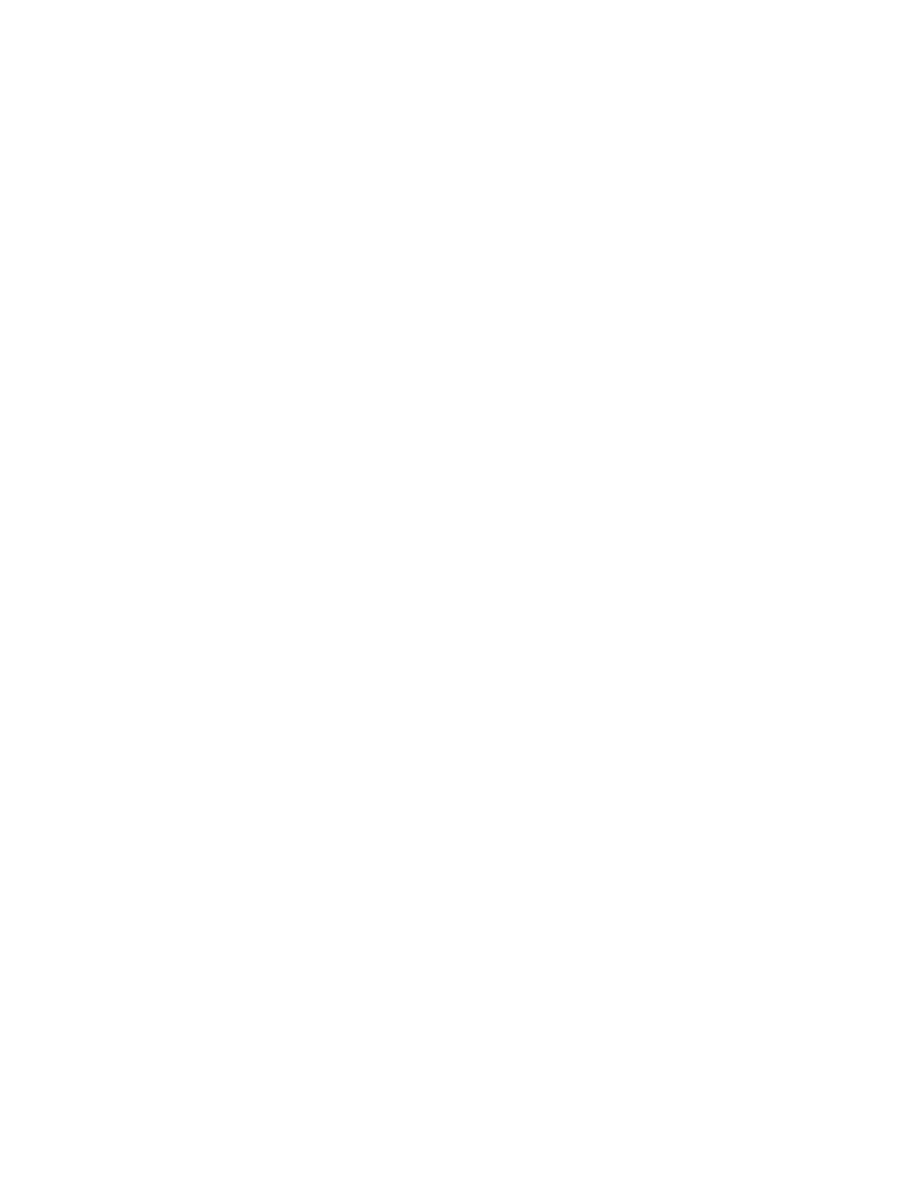
123
Federal Aviation Administration, DOT
§ 121.311
(1) Designed and constructed so that
it cannot be opened during flight; and
(2) Marked with a placard readable
from a distance of 30 inches and in-
stalled at a conspicuous location near
the means of opening the exit, stating
that the exit has been designed and
constructed so that it cannot be opened
during flight.
(l)
Emergency exit features.
(1) Each
transport category airplane manufac-
tured after
November 26, 2007
must com-
ply with the provisions of § 25.809(i) and
(2) After November 26, 2007 each
transport category airplane must com-
ply with the provisions of
§ 25.813(b)(6)(ii) in effect on November
26, 2007.
(m) Except for an airplane used in op-
erations under this part on October 16,
1987, and having an emergency exit
configuration installed and authorized
for operation prior to October 16, 1987,
for an airplane that is required to have
more than one passenger emergency
exit for each side of the fuselage, no
passenger emergency exit shall be
more than 60 feet from any adjacent
passenger emergency exit on the same
side of the same deck of the fuselage,
as measured parallel to the airplane’s
longitudinal axis between the nearest
exit edges.
(n)
Portable lights.
No person may op-
erate a passenger-carrying airplane un-
less it is equipped with flashlight stow-
age provisions accessible from each
flight attendant seat.
[Doc. No. 2033, 30 FR 3205, Mar. 9, 1965]
E
DITORIAL
N
OTE
: For F
EDERAL
R
EGISTER
ci-
tations affecting § 121.310, see the List of CFR
Sections Affected, which appears in the
Finding Aids section of the printed volume
and at
www.govinfo.gov.
§ 121.311 Seats, safety belts, and shoul-
der harnesses.
(a) No person may operate an air-
plane unless there are available during
the takeoff, en route flight, and land-
ing—
(1) An approved seat or berth for each
person on board the airplane who has
reached his second birthday; and
(2) An approved safety belt for sepa-
rate use by each person on board the
airplane who has reached his second
birthday, except that two persons occu-
pying a berth may share one approved
safety belt and two persons occupying
a multiple lounge or divan seat may
share one approved safety belt during
en route flight only.
(b) Except as provided in this para-
graph, each person on board an air-
plane operated under this part shall oc-
cupy an approved seat or berth with a
separate safety belt properly secured
about him or her during movement on
the surface, takeoff, and landing. A
safety belt provided for the occupant of
a seat may not be used by more than
one person who has reached his or her
second birthday. Notwithstanding the
preceding requirements, a child may:
(1) Be held by an adult who is occu-
pying an approved seat or berth, pro-
vided the child has not reached his or
her second birthday and the child does
not occupy or use any restraining de-
vice; or
(2) Notwithstanding any other re-
quirement of this chapter, occupy an
approved child restraint system fur-
nished by the certificate holder or one
of the persons described in paragraph
(b)(2)(i) of this section, provided:
(i) The child is accompanied by a par-
ent, guardian, or attendant designated
by the child’s parent or guardian to at-
tend to the safety of the child during
the flight;
(ii) Except as provided in paragraph
(b)(2)(ii)(D) of this section, the ap-
proved child restraint system bears one
or more labels as follows:
(A) Seats manufactured to U.S.
standards between January 1, 1981, and
February 25, 1985, must bear the label:
‘‘This child restraint system conforms
to all applicable Federal motor vehicle
safety standards.’’
(B) Seats manufactured to U.S.
standards on or after February 26, 1985,
must bear two labels:
(
1
) ‘‘This child restraint system con-
forms to all applicable Federal motor
vehicle safety standards’’; and
(
2
) ‘‘THIS RESTRAINT IS CER-
TIFIED FOR USE IN MOTOR VEHI-
CLES AND AIRCRAFT’’ in red let-
tering;
(C) Seats that do not qualify under
paragraphs (b)(2)(ii)(A) and (b)(2)(ii)(B)
of this section must bear a label or
markings showing:
(
1
) That the seat was approved by a
foreign government;
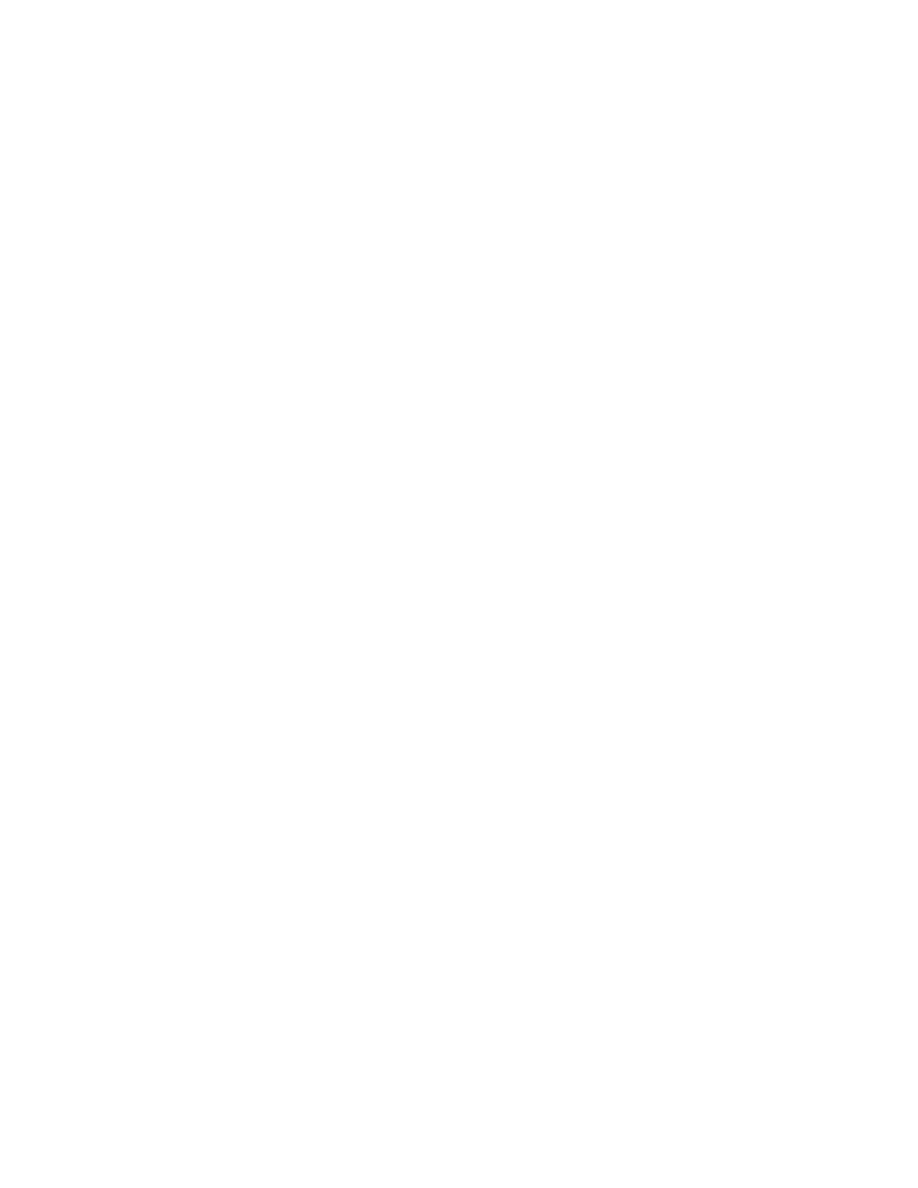
124
14 CFR Ch. I (1–1–24 Edition)
§ 121.311
(
2
) That the seat was manufactured
under the standards of the United Na-
tions;
(
3
) That the seat or child restraint
device furnished by the certificate
holder was approved by the FAA
through Type Certificate or Supple-
mental Type Certificate; or
(
4
) That the seat or child restraint
device furnished by the certificate
holder, or one of the persons described
in paragraph (b)(2)(i) of this section,
was approved by the FAA in accord-
ance with § 21.8(d) of this chapter or
Technical Standard Order C–100b, or a
later version. The child restraint de-
vice manufactured by AmSafe, Inc.
(CARES, Part No. 4082) and approved
by the FAA in accordance with
§ 21.305(d) (2010 ed.) of this chapter may
continue to bear a label or markings
showing FAA approval in accordance
with § 21.305(d) (2010 ed.) of this chapter.
(D) Except as provided in
§ 121.311(b)(2)(ii)(C)(
3
) and
§ 121.311(b)(2)(ii)(C)(
4
), booster-type
child restraint systems (as defined in
Federal Motor Vehicle Safety Standard
No. 213 (49 CFR 571.213)), vest- and har-
ness-type child restraint systems, and
lap held child restraints are not ap-
proved for use in aircraft; and
(iii) The certificate holder complies
with the following requirements:
(A) The restraint system must be
properly secured to an approved for-
ward-facing seat or berth;
(B) The child must be properly se-
cured in the restraint system and must
not exceed the specified weight limit
for the restraint system; and
(C) The restraint system must bear
the appropriate label(s).
(c) Except as provided in paragraph
(c)(3) of this section, the following pro-
hibitions apply to certificate holders:
(1) Except as provided in
§ 121.311(b)(2)(ii)(C)(
3
) and
§ 121.311(b)(2)(ii)(C)(
4
), no certificate
holder may permit a child, in an air-
craft, to occupy a booster-type child
restraint system, a vest-type child re-
straint system, a harness-type child re-
straint system, or a lap held child re-
straint system during take off, landing,
and movement on the surface.
(2) Except as required in paragraph
(c)(1) of this section, no certificate
holder may prohibit a child, if re-
quested by the child’s parent, guardian,
or designated attendant, from occu-
pying a child restraint system fur-
nished by the child’s parent, guardian,
or designated attendant provided—
(i) The child holds a ticket for an ap-
proved seat or berth or such seat or
berth is otherwise made available by
the certificate holder for the child’s
use;
(ii) The requirements of paragraph
(b)(2)(i) of this section are met;
(iii) The requirements of paragraph
(b)(2)(iii) of this section are met; and
(iv) The child restraint system has
one or more of the labels described in
paragraphs (b)(2)(ii)(A) through
(b)(2)(ii)(C) of this section.
(3) This section does not prohibit the
certificate holder from providing child
restraint systems authorized by this
section or, consistent with safe oper-
ating practices, determining the most
appropriate passenger seat location for
the child restraint system.
(d) Each sideward facing seat must
comply with the applicable require-
ments of § 25.785(c) of this chapter.
(e) Except as provided in paragraphs
(e)(1) through (e)(3) of this section, no
certificate holder may take off or land
an airplane unless each passenger seat
back is in the upright position. Each
passenger shall comply with instruc-
tions given by a crewmember in com-
pliance with this paragraph.
(1) This paragraph does not apply to
seat backs placed in other than the up-
right position in compliance with
§ 121.310(f)(3).
(2) This paragraph does not apply to
seats on which cargo or persons who
are unable to sit erect for a medical
reason are carried in accordance with
procedures in the certificate holder’s
manual if the seat back does not ob-
struct any passenger’s access to the
aisle or to any emergency exit.
(3) On airplanes with no flight at-
tendant, the certificate holder may
take off or land as long as the
flightcrew instructs each passenger to
place his or her seat back in the up-
right position for takeoff and landing.
(f) No person may operate a transport
category airplane that was type certifi-
cated after January 1, 1958, or a non-
transport category airplane manufac-
tured after March 20, 1997, unless it is
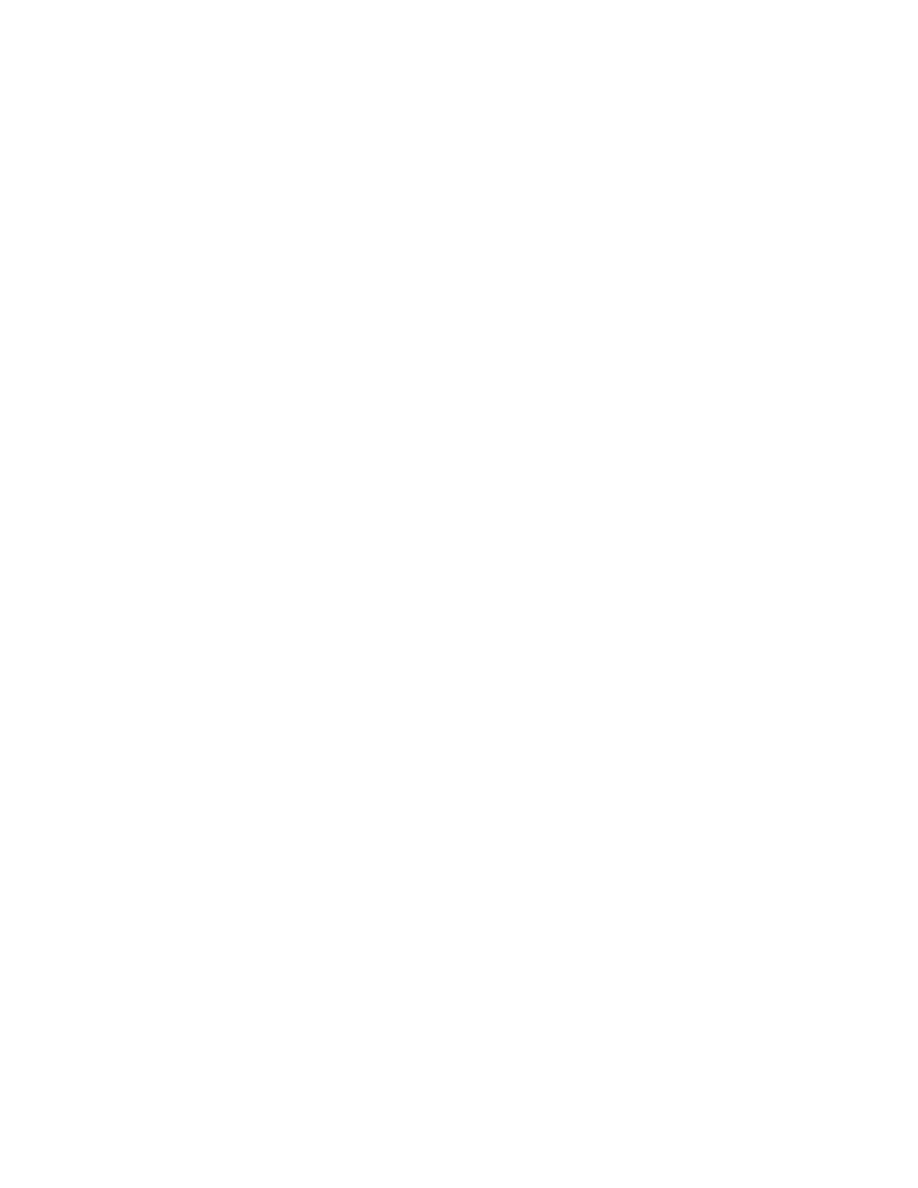
125
Federal Aviation Administration, DOT
§ 121.312
equipped at each flight deck station
with a combined safety belt and shoul-
der harness that meets the applicable
requirements specified in § 25.785 of this
chapter, effective March 6, 1980, except
that—
(1) Shoulder harnesses and combined
safety belt and shoulder harnesses that
were approved and installed before
March 6, 1980, may continue to be used;
and
(2) Safety belt and shoulder harness
restraint systems may be designed to
the inertia load factors established
under the certification basis of the air-
plane.
(g) Each flight attendant must have a
seat for takeoff and landing in the pas-
senger compartment that meets the re-
quirements of § 25.785 of this chapter,
effective March 6, 1980, except that—
(1) Combined safety belt and shoulder
harnesses that were approved and in-
stalled before March, 6, 1980, may con-
tinue to be used; and
(2) Safety belt and shoulder harness
restraint systems may be designed to
the inertia load factors established
under the certification basis of the air-
plane.
(3) The requirements of § 25.785(h) do
not apply to passenger seats occupied
by flight attendants not required by
§ 121.391.
(h) Each occupant of a seat equipped
with a shoulder harness or with a com-
bined safety belt and shoulder harness
must have the shoulder harness or
combined safety belt and shoulder har-
ness properly secured about that occu-
pant during takeoff and landing, except
that a shoulder harness that is not
combined with a safety belt may be un-
fastened if the occupant cannot per-
form the required duties with the
shoulder harness fastened.
(i) At each unoccupied seat, the safe-
ty belt and shoulder harness, if in-
stalled, must be secured so as not to
interfere with crewmembers in the per-
formance of their duties or with the
rapid egress of occupants in an emer-
gency.
(j) After October 27, 2009, no person
may operate a transport category air-
plane type certificated after January 1,
1958 and manufactured on or after Oc-
tober 27, 2009 in passenger-carrying op-
erations under this part unless all pas-
senger and flight attendant seats on
the airplane meet the requirements of
§ 25.562 in effect on or after June 16,
1988.
(k)
Seat dimension disclosure.
(1) Each
air carrier that conducts operations
under this part and that has a Web site
must make available on its Web site
the width of the narrowest and widest
passenger seats in each class of service
for each airplane make, model and se-
ries operated by that air carrier in pas-
senger-carrying operations.
(2) For purposes of paragraph (k)(1) of
this section, the width of a passenger
seat means the distance between the
inside of the armrests for that seat.
[Doc. No. 7522, 32 FR 13267, Sept. 20, 1967]
E
DITORIAL
N
OTE
: For F
EDERAL
R
EGISTER
ci-
tations affecting § 121.311, see the List of CFR
Sections Affected, which appears in the
Finding Aids section of the printed volume
and at
www.govinfo.gov.
§ 121.312 Materials for compartment
interiors.
(a)
All interior materials; transport cat-
egory airplanes and nontransport cat-
egory airplanes type certificated before
January 1, 1965.
Except for the mate-
rials covered by paragraph (b) of this
section, all materials in each compart-
ment of a transport category airplane,
or a nontransport category airplane
type certificated before January 1, 1965,
used by the crewmembers and pas-
sengers, must meet the requirements of
§ 25.853 of this chapter in effect as fol-
lows, or later amendment thereto:
(1)
Airplane with passenger seating ca-
pacity of 20 or more
—(i)
Manufactured
after August 19, 1988, but prior to August
20, 1990.
Except as provided in para-
graph (a)(3)(ii) of this section, each air-
plane with a passenger capacity of 20 or
more and manufactured after August
19, 1988, but prior to August 20, 1990,
must comply with the heat release rate
testing provisions of § 25.853(d) in effect
March 6, 1995 (formerly § 25.853(a–1) in
effect on August 20, 1986) (see App. L of
this part), except that the total heat
release over the first 2 minutes of sam-
ple exposure must not exceed 100 kilo-
watt minutes per square meter and the
peak heat release rate must not exceed
100 kilowatts per square meter.
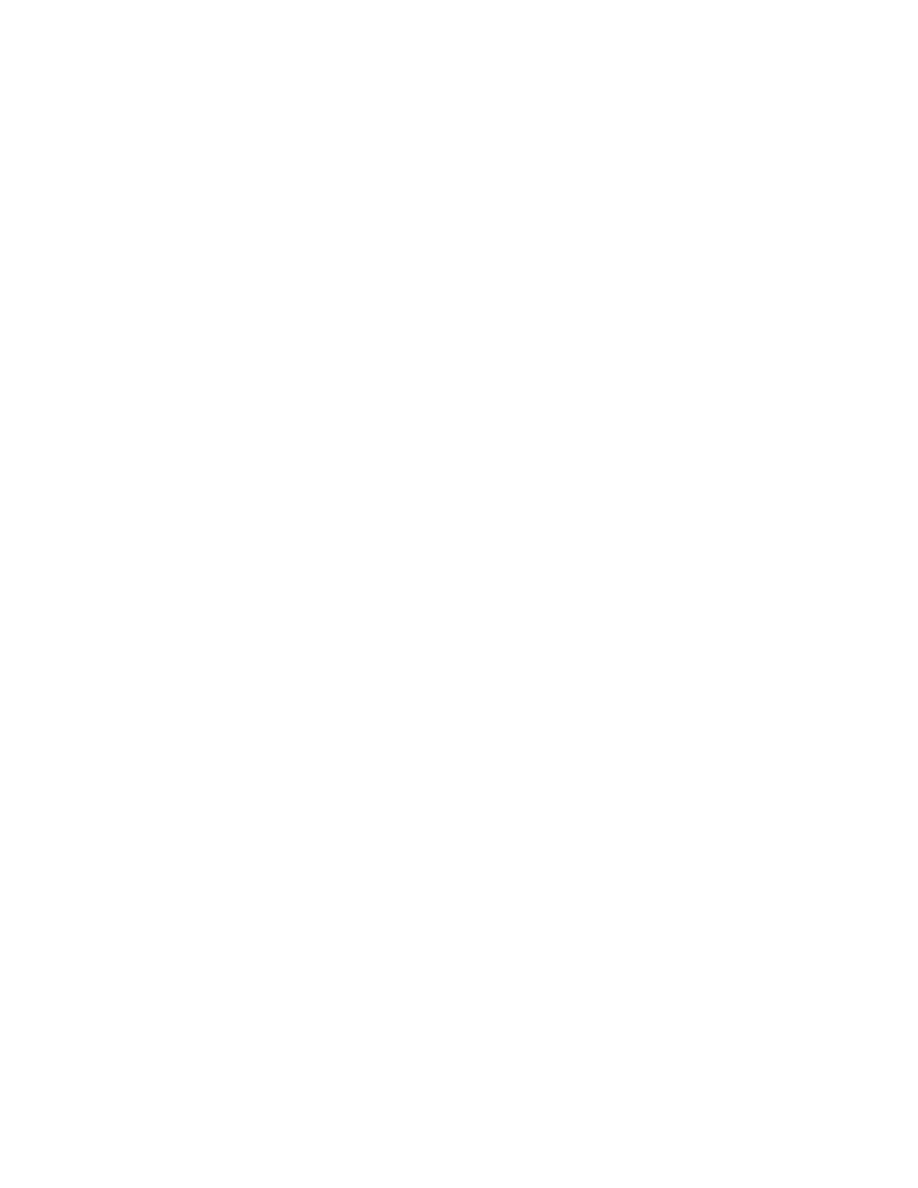
126
14 CFR Ch. I (1–1–24 Edition)
§ 121.312
(ii)
Manufactured after August 19, 1990.
Each airplane with a passenger capac-
ity of 20 or more and manufactured
after August 19, 1990, must comply with
the heat release rate and smoke testing
provisions of § 25.853(d) in effect March
6, 1995 (formerly § 25.853(a–1)(see app. L
of this part) in effect on September 26,
1988).
(2)
Substantially complete replacement
of the cabin interior on or after May 1,
1972
—(i)
Airplane for which the applica-
tion for type certificate was filed prior to
May 1, 1972.
Except as provided in para-
graph (a)(3)(i) or (a)(3)(ii) of this sec-
tion, each airplane for which the appli-
cation for type certificate was filed
prior to May 1, 1972, must comply with
the provisions of § 25.853 in effect on
April 30, 1972, regardless of passenger
capacity, if there is a substantially
complete replacement of the cabin in-
terior after April 30, 1972.
(ii)
Airplane for which the application
for type certificate was filed on or after
May 1, 1972.
Except as provided in para-
graph (a)(3)(i) or (a)(3)(ii) of this sec-
tion, each airplane for which the appli-
cation for type certificate was filed on
or after May 1, 1972, must comply with
the material requirements under which
the airplane was type certificated, re-
gardless of passenger capacity, if there
is a substantially complete replace-
ment of the cabin interior on or after
that date.
(3)
Airplane type certificated after Jan-
uary 1, 1958, with passenger capacity of 20
or more
—(i)
Substantially complete re-
placement of the cabin interior on or after
March 6, 1995.
Except as provided in
paragraph (a)(3)(ii) of this section, each
airplane that was type certificated
after January 1, 1958, and has a pas-
senger capacity of 20 or more, must
comply with the heat release rate test-
ing provisions of § 25.853(d) in effect
March 6, 1995 (formerly § 25.853(a–1) in
effect on August 20, 1986)(see app. L of
this part), if there is a substantially
complete replacement of the cabin in-
terior components identified in
§ 25.853(d), on or after that date, except
that the total heat release over the
first 2 minutes of sample exposure shall
not exceed 100 kilowatt-minutes per
square meter and the peak heat release
rate must not exceed 100 kilowatts per
square meter.
(ii)
Substantially complete replacement
of the cabin interior on or after August 20,
1990.
Each airplane that was type cer-
tificated after January 1, 1958, and has
a passenger capacity of 20 or more,
must comply with the heat release rate
and smoke testing provisions of
§ 25.853(d) in effect March 6, 1995 (for-
merly § 25.853(a–1) in effect on Sep-
tember 26, 1988)(see app. L of this part),
if there is a substantially complete re-
placement of the cabin interior compo-
nents identified in § 25.853(d), on or
after August 20, 1990.
(4) Contrary provisions of this sec-
tion notwithstanding, the Director of
the division of the Aircraft Certifi-
cation Service responsible for the air-
worthiness rules may authorize devi-
ation from the requirements of para-
graph (a)(1)(i), (a)(1)(ii), (a)(3)(i), or
(a)(3)(ii) of this section for specific
components of the cabin interior that
do not meet applicable flammability
and smoke emission requirements, if
the determination is made that special
circumstances exist that make compli-
ance impractical. Such grants of devi-
ation will be limited to those airplanes
manufactured within 1 year after the
applicable date specified in this section
and those airplanes in which the inte-
rior is replaced within 1 year of that
date. A request for such grant of devi-
ation must include a thorough and ac-
curate analysis of each component sub-
ject to § 25.853(a–1), the steps being
taken to achieve compliance, and, for
the few components for which timely
compliance will not be achieved, cred-
ible reasons for such noncompliance.
(5) Contrary provisions of this sec-
tion notwithstanding, galley carts and
galley standard containers that do not
meet the flammability and smoke
emission requirements of § 25.853(d) in
effect March 6, 1995 (formerly § 25.853(a–
1)) (see app. L of this part) may be used
in airplanes that must meet the re-
quirements of paragraphs (a)(1)(i),
(a)(1)(ii), (a)(3)(i), or (a)(3)(ii) of this
section, provided the galley carts or
standard containers were manufac-
tured prior to March 6, 1995.
(b)
Seat cushions.
Seat cushions, ex-
cept those on flight crewmember seats,
in each compartment occupied by crew
or passengers, must comply with the
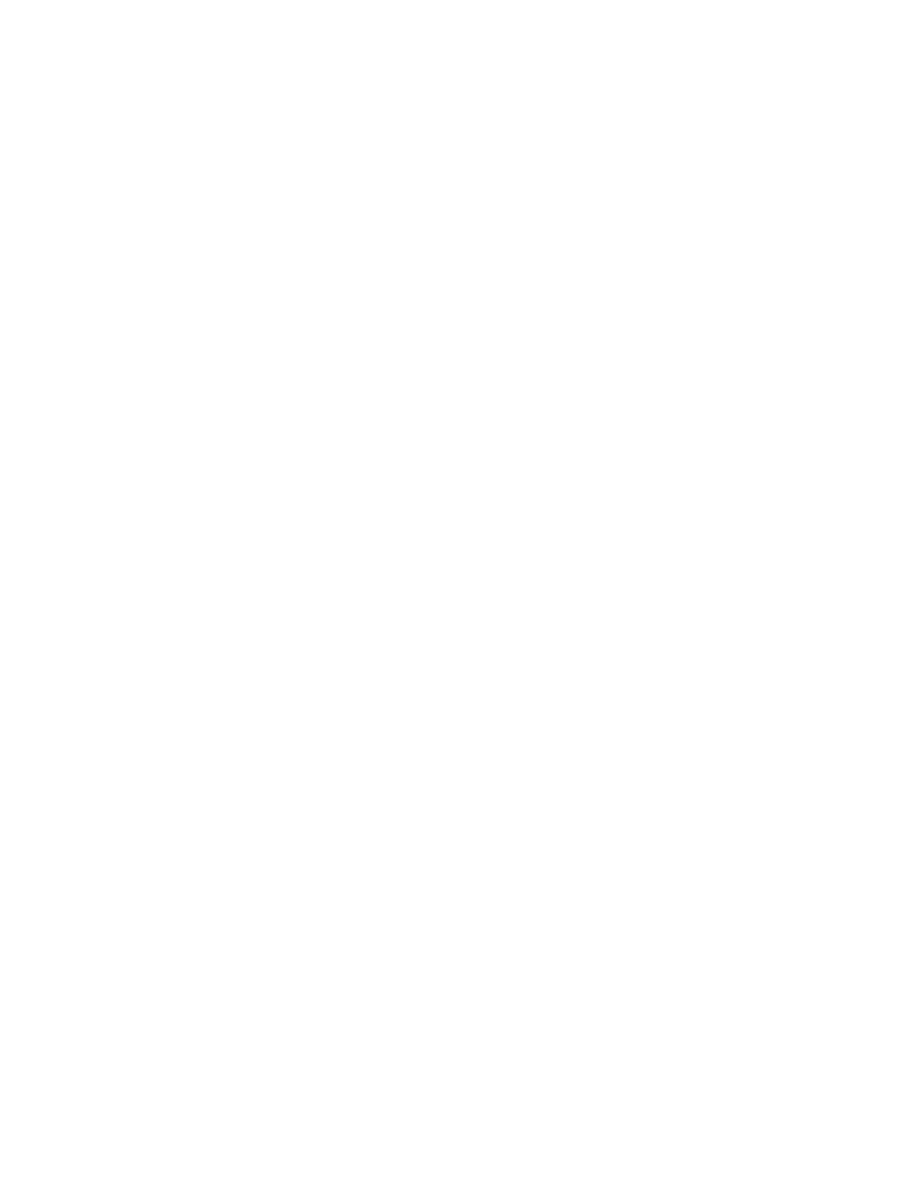
127
Federal Aviation Administration, DOT
§ 121.313
requirements pertaining to seat cush-
ions in § 25.853(c) effective on November
26, 1984, on each airplane as follows:
(1) Each transport category airplane
type certificated after January 1, 1958;
and
(2) On or after December 20, 2010,
each nontransport category airplane
type certificated after December 31,
1964.
(c)
All interior materials; airplanes type
certificated in accordance with SFAR No.
41 of 14 CFR part 21.
No person may op-
erate an airplane that conforms to an
amended or supplemental type certifi-
cate issued in accordance with SFAR
No. 41 of 14 CFR part 21 for a maximum
certificated takeoff weight in excess of
12,500 pounds unless the airplane meets
the compartment interior require-
ments set forth in § 25.853(a) in effect
March 6, 1995 (formerly § 25.853(a), (b),
(b–1), (b–2), and (b–3) of this chapter in
effect on September 26, 1978)(see app. L
of this part).
(d)
All interior materials; other air-
planes.
For each material or seat cush-
ion to which a requirement in para-
graphs (a), (b), or (c) of this section
does not apply, the material and seat
cushion in each compartment used by
the crewmembers and passengers must
meet the applicable requirement under
which the airplane was type certifi-
cated.
(e) Thermal/acoustic insulation ma-
terials. For transport category air-
planes type certificated after January
1, 1958:
(1) For airplanes manufactured before
September 2, 2005, when thermal/acous-
tic insulation is installed in the fuse-
lage as replacements after September
2, 2005, the insulation must meet the
flame propagation requirements of
§ 25.856 of this chapter, effective Sep-
tember 2, 2003, if it is:
(i) Of a blanket construction or
(ii) Installed around air ducting.
(2) For airplanes manufactured after
September 2, 2005, thermal/acoustic in-
sulation materials installed in the fu-
selage must meet the flame propaga-
tion requirements of § 25.856 of this
chapter, effective September 2, 2003.
(3) For airplanes with a passenger ca-
pacity of 20 or greater, manufactured
after September 2, 2009, thermal/acous-
tic insulation materials installed in
the lower half of the fuselage must
meet the flame penetration resistance
requirements of § 25.856 of this chapter,
effective September 2, 2003.
[Doc. No. 28154, 60 FR 65930, Dec. 20, 1995, as
amended by Amdt. 121–301, 68 FR 45083, July
31, 2003; Amdt. 121–320, 70 FR 77752, Dec. 30,
2005; Amdt. 121–330, 72 FR 1442, Jan. 12, 2007;
Docket FAA–2018–0119, Amdt. 121–380, 83 FR
9173, Mar. 5, 2018]
§ 121.313 Miscellaneous equipment.
No person may conduct any oper-
ation unless the following equipment is
installed in the airplane:
(a) If protective fuses are installed on
an airplane, the number of spare fuses
approved for that airplane and appro-
priately described in the certificate
holder’s manual.
(b) A windshield wiper or equivalent
for each pilot station.
(c) A power supply and distribution
system that meets the requirements of
§§ 25.1309, 25.1331, 25.1351(a) and (b)(1)
through (4), 25.1353, 25.1355, and
25.1431(b) or that is able to produce and
distribute the load for the required in-
struments and equipment, with use of
an external power supply if any one
power source or component of the
power distribution system fails. The
use of common elements in the system
may be approved if the Administrator
finds that they are designed to be rea-
sonably protected against malfunc-
tioning. Engine-driven sources of en-
ergy, when used, must be on separate
engines.
(d) A means for indicating the ade-
quacy of the power being supplied to
required flight instruments.
(e) Two independent static pressure
systems, vented to the outside atmos-
pheric pressure so that they will be
least affected by air flow variation or
moisture or other foreign matter, and
installed so as to be airtight except for
the vent. When a means is provided for
transferring an instrument from its
primary operating system to an alter-
nate system, the means must include a
positive positioning control and must
be marked to indicate clearly which
system is being used.
(f) A door between the passenger and
pilot compartments (
i.e.
, flightdeck
door), with a locking means to prevent
passengers from opening it without the
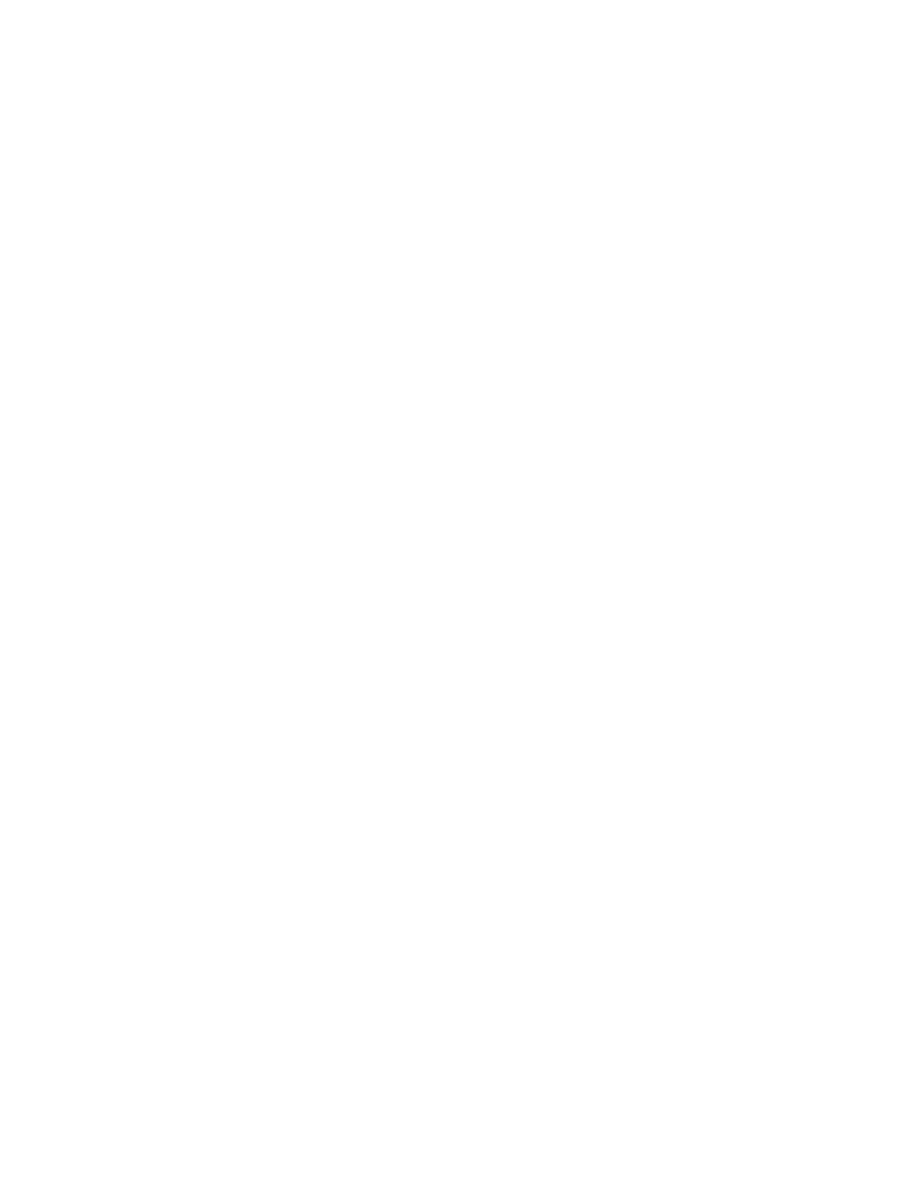
128
14 CFR Ch. I (1–1–24 Edition)
§ 121.314
pilot’s permission, except that non-
transport category airplanes certifi-
cated after December 31, 1964, are not
required to comply with this para-
graph. For airplanes equipped with a
crew rest area having separate entries
from the flightdeck and the passenger
compartment, a door with such a lock-
ing means must be provided between
the crew rest area and the passenger
compartment.
(g) A key for each door that sepa-
rates a passenger compartment from
another compartment that has emer-
gency exit provisions. Except for
flightdeck doors, a key must be readily
available for each crewmember. Except
as provided below, no person other
than a person who is assigned to per-
form duty on the flightdeck may have
a key to the flightdeck door. Before
April 22, 2003, any crewmember may
have a key to the flightdeck door but
only if the flightdeck door has an in-
ternal flightdeck locking device in-
stalled, operative, and in use. Such
‘‘internal flightdeck locking device’’
has to be designed so that it can only
be unlocked from inside the flightdeck.
(h) A placard on each door that is the
means of access to a required passenger
emergency exit, to indicate that it
must be open during takeoff and land-
ing.
(i) A means for the crew, in an emer-
gency to unlock each door that leads to
a compartment that is normally acces-
sible to passengers and that can be
locked by passengers.
(j) After April 9, 2003, for airplanes
required by paragraph (f) of this sec-
tion to have a door between the pas-
senger and pilot or crew rest compart-
ments, and for transport category, all-
cargo airplanes that have a door in-
stalled between the pilot compartment
and any other occupied compartment
on January 15, 2002;
(1) After April 9, 2003, for airplanes
required by paragraph (f) of this sec-
tion to have a door between the pas-
senger and pilot or crew rest compart-
ments,
(i) Each such door must meet the re-
quirements of § 25.795(a)(1) and (2) in ef-
fect on January 15, 2002; and
(ii) Each operator must establish
methods to enable a flight attendant to
enter the pilot compartment in the
event that a flightcrew member be-
comes incapacitated. Any associated
signal or confirmation system must be
operable by each flightcrew member
from that flightcrew member’s duty
station.
(2) After October 1, 2003, for transport
category, all-cargo airplanes that had a
door installed between the pilot com-
partment and any other occupied com-
partment on or after January 15, 2002,
each such door must meet the require-
ments of § 25.795(a)(1) and (2) in effect
on January 15, 2002; or the operator
must implement a security program
approved by the Transportation Secu-
rity Administration (TSA) for the oper-
ation of all airplanes in that operator’s
fleet.
(k) Except for all-cargo operations as
defined in § 110.2 of this chapter, for all
passenger-carrying airplanes that re-
quire a lockable flightdeck door in ac-
cordance with paragraph (f) of this sec-
tion, a means to monitor from the
flightdeck side of the door the area
outside the flightdeck door to identify
persons requesting entry and to detect
suspicious behavior and potential
threats.
(l) For airplanes required by para-
graph (f) of this section to have a door
between the passenger and pilot or
crew rest compartments, and for pas-
senger-carrying transport category air-
planes that have a door installed be-
tween the pilot compartment and any
other occupied compartment, that were
manufactured after August 25, 2025, an
installed physical secondary barrier
(IPSB) that meets the requirements of
§ 25.795(a)(4) of this chapter in effect on
August 25, 2023.
[Doc. No. 6258, 29 FR 19205, Dec. 31, 1964, as
amended by Amdt. 121–5, 30 FR 6113, Apr. 30,
1965; Amdt. 121–251, 60 FR 65931, Dec. 20, 1995;
Amdt. 121–288, 67 FR 2127, Jan. 15, 2002; Amdt.
121–299, 68 FR 42881, July 18, 2003; Amdt. 121–
334, 72 FR 45635, Aug. 15, 2007; Amdt. 121–353,
76 FR 7488, Feb. 10, 2011; Amdt. No. 121–389, 88
FR 41308, June 26, 2023]
§ 121.314 Cargo and baggage compart-
ments.
For each transport category airplane
type certificated after January 1, 1958:
(a) Each Class C or Class D compart-
ment, as defined in § 25.857 of this Chap-
ter in effect on June 16, 1986 (see Ap-
pendix L to this part), that is greater
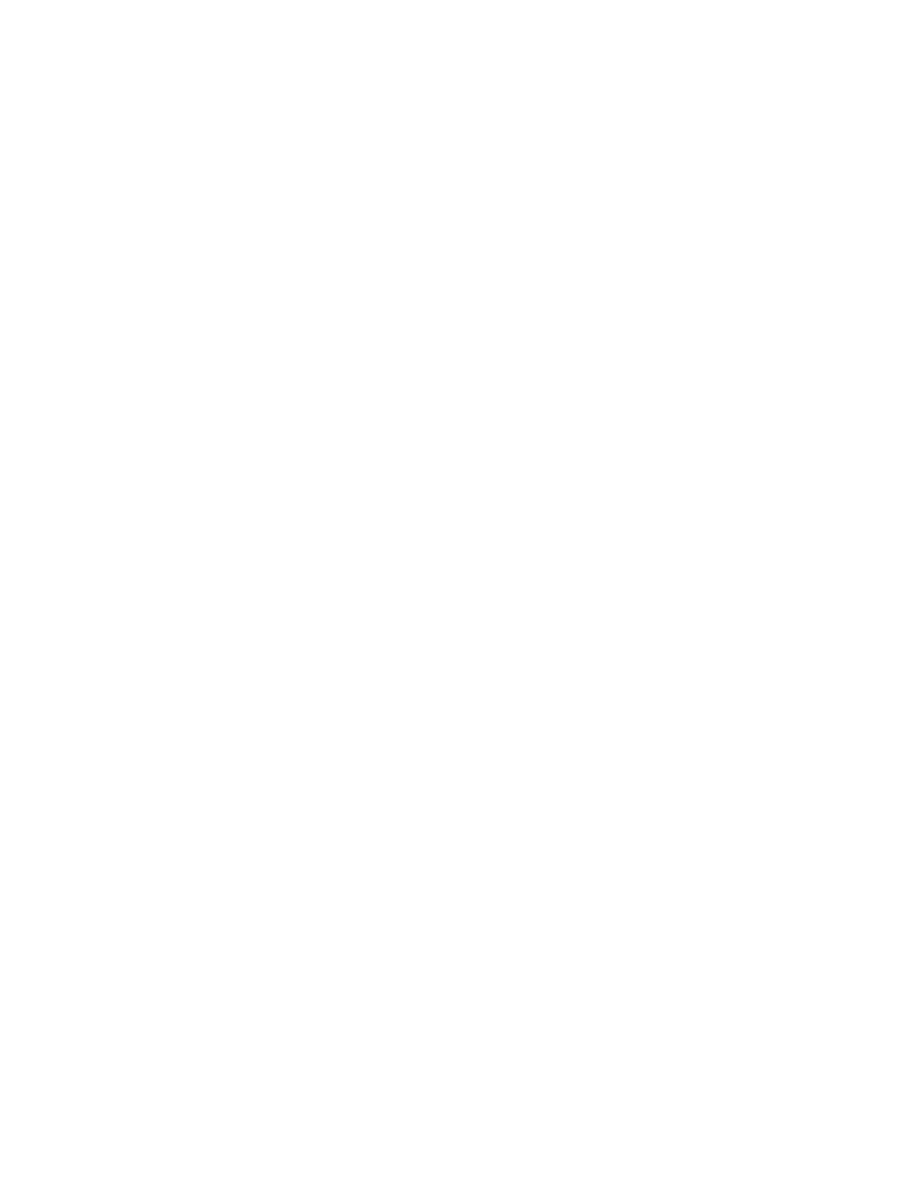
129
Federal Aviation Administration, DOT
§ 121.317
than 200 cubic feet in volume must
have ceiling and sidewall liner panels
which are constructed of:
(1) Glass fiber reinforced resin;
(2) Materials which meet the test re-
quirements of part 25, appendix F, part
III of this chapter; or
(3) In the case of liner installations
approved prior to March 20, 1989, alu-
minum.
(b) For compliance with paragraph
(a) of this section, the term ‘‘liner’’ in-
cludes any design feature, such as a
joint or fastener, which would affect
the capability of the liner to safely
contain a fire.
(c) After March 19, 2001, each Class D
compartment, regardless of volume,
must meet the standards of §§ 25.857(c)
and 25.858 of this Chapter for a Class C
compartment unless the operation is
an all-cargo operation in which case
each Class D compartment may meet
the standards in § 25.857(e) for a Class E
compartment.
(d)
Reports of conversions and retrofits.
(1) Until such time as all Class D com-
partments in aircraft operated under
this part by the certificate have been
converted or retrofitted with appro-
priate detection and suppression sys-
tems, each certificate holder must sub-
mit written progress reports to the
FAA that contain the information
specified below.
(i) The serial number of each airplane
listed in the operations specifications
issued to the certificate holder for op-
eration under this part in which all
Class D compartments have been con-
verted to Class C or Class E compart-
ments;
(ii) The serial number of each air-
plane listed in the operations specifica-
tion issued to the certificate holder for
operation under this part, in which all
Class D compartments have been retro-
fitted to meet the fire detection and
suppression requirements for Class C or
the fire detection requirements for
Class E; and
(iii) The serial number of each air-
plane listed in the operations specifica-
tions issued to the certificate holder
for operation under this part that has
at least one Class D compartment that
has not been converted or retrofitted.
(2) The written report must be sub-
mitted to the responsible Flight Stand-
ards office by July 1, 1998, and at each
three-month interval thereafter.
[Doc. No. 28937, 63 FR 8049, Feb. 17, 1998, as
amended by Docket FAA–2018–0119, Amdt.
121–380, 83 FR 9173, Mar. 5, 2018]
§ 121.315 Cockpit check procedure.
(a) Each certificate holder shall pro-
vide an approved cockpit check proce-
dure for each type of aircraft.
(b) The approved procedures must in-
clude each item necessary for flight
crewmembers to check for safety be-
fore starting engines, taking off, or
landing, and in engine and systems
emergencies. The procedures must be
designed so that a flight crewmember
will not need to rely upon his memory
for items to be checked.
(c) The approved procedures must be
readily usable in the cockpit of each
aircraft and the flight crew shall follow
them when operating the aircraft.
§ 121.316 Fuel tanks.
Each turbine powered transport cat-
egory airplane operated after October
30, 1991, must meet the requirements of
§ 25.963(e) of this chapter in effect on
October 30, 1989.
[Doc. No. 25614, 54 FR 40354, Sept. 29, 1989]
§ 121.317 Passenger information re-
quirements, smoking prohibitions,
and additional seat belt require-
ments.
(a) Except as provided in paragraph
(l) of this section, no person may oper-
ate an airplane unless it is equipped
with passenger information signs that
meet the requirements of § 25.791 of this
chapter. Except as provided in para-
graph (l) of this section, the signs must
be constructed so that the crew-
members can turn them on and off.
(b) Except as provided in paragraph
(l) of this section, the ‘‘Fasten Seat
Belt’’ sign shall be turned on during
any movement on the surface, for each
takeoff, for each landing, and at any
other time considered necessary by the
pilot in command.
(c) No person may operate an air-
plane on a flight on which smoking is
prohibited by part 252 of this title un-
less either the ‘‘No Smoking’’ pas-
senger information signs are lighted
during the entire flight, or one or more
‘‘No Smoking’’ placards meeting the
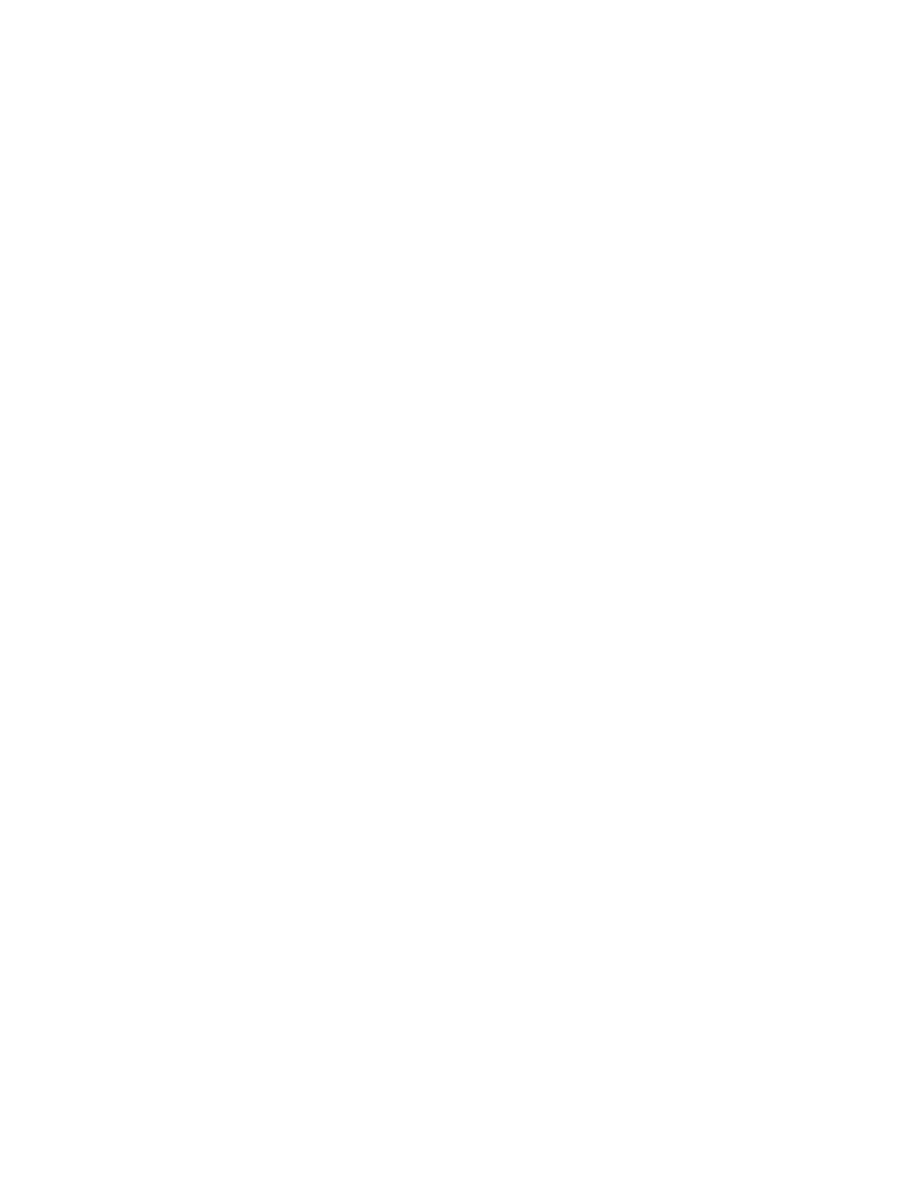
130
14 CFR Ch. I (1–1–24 Edition)
§ 121.318
requirements of § 25.1541 of this chapter
are posted during the entire flight seg-
ment. If both the lighted signs and the
placards are used, the signs must re-
main lighted during the entire flight
segment.
(d) No person may operate a pas-
senger-carrying airplane under this
part unless at least one legible sign or
placard that reads ‘‘Fasten Seat Belt
While Seated’’ is visible from each pas-
senger seat. These signs or placards
need not meet the requirements of
paragraph (a) of this section.
(e) No person may operate an air-
plane unless there is installed in each
lavatory a sign or placard that reads:
‘‘Federal law provides for a penalty of
up to $2,000 for tampering with the
smoke detector installed in this lava-
tory.’’ These signs or placards need not
meet the requirements of paragraph (a)
of this section.
(f) Each passenger required by
§ 121.311(b) to occupy a seat or berth
shall fasten his or her safety belt about
him or her and keep it fastened while
the ‘‘Fasten Seat Belt’’ sign is lighted.
(g) No person may smoke while a ‘‘No
Smoking’’ sign is lighted or while ‘‘No
Smoking’’ placards are posted, except
as follows:
(1)
Supplemental operations.
The pilot
in command of an airplane engaged in
a supplemental operation may author-
ize smoking on the flight deck (if it is
physically separated from any pas-
senger compartment), but not in any of
the following situations:
(i) During airplane movement on the
surface or during takeoff or landing;
(ii) During scheduled passenger-car-
rying public charter operations con-
ducted under part 380 of this title; or
(iii) During any operation where
smoking is prohibited by part 252 of
this title or by international agree-
ment.
(2)
Certain intrastate domestic oper-
ations.
Except during airplane move-
ment on the surface or during takeoff
or landing, a pilot in command of an
airplane engaged in a domestic oper-
ation may authorize smoking on the
flight deck (if it is physically separated
from the passenger compartment) if—
(i) Smoking on the flight deck is not
otherwise prohibited by part 252 of this
title;
(ii) The flight is conducted entirely
within the same State of the United
States (a flight from one place in Ha-
waii to another place in Hawaii
through the airspace over a place out-
side of Hawaii is not entirely within
the same State); and
(iii) The airplane is either not tur-
bojet-powered or the airplane is not ca-
pable of carrying at least 30 passengers.
(h) No person may smoke in any air-
plane lavatory.
(i) No person may tamper with, dis-
able, or destroy any smoke detector in-
stalled in any airplane lavatory.
(j) On flight segments other than
those described in paragraph (c) of this
section, the ‘‘No Smoking’’ sign must
be turned on during any movement on
the surface, for each takeoff, for each
landing, and at any other time consid-
ered necessary by the pilot in com-
mand.
(k) Each passenger shall comply with
instructions given him or her by a
crewmember regarding compliance
with paragraphs (f), (g), (h), and (l) of
this section.
(l) A certificate holder may operate a
nontransport category airplane type
certificated after December 31, 1964,
that is manufactured before December
20, 1997, if it is equipped with at least
one placard that is legible to each per-
son seated in the cabin that states
‘‘Fasten Seat Belt,’’ and if, during any
movement on the surface, for each
takeoff, for each landing, and at any
other time considered necessary by the
pilot in command, a crewmember oral-
ly instructs the passengers to fasten
their seat belts.
[Doc. No. 25590, 53 FR 12361, Apr. 13, 1988, as
amended by Amdt. 121–196, 53 FR 44182, Nov.
2, 1988; Amdt. 121–213, 55 FR 8367, Mar. 7, 1990;
Amdt. 121–230, 57 FR 42673, Sept. 15, 1992;
Amdt. 121–251, 60 FR 65931, Dec. 20, 1995;
Amdt. 121–256, 61 FR 30434, June 14, 1996;
Amdt. 121–277, 65 FR 36779, June 9, 2000]
§ 121.318 Public address system.
No person may operate an airplane
with a seating capacity of more than 19
passengers unless it is equipped with a
public address system which—
(a) Is capable of operation inde-
pendent of the crewmember interphone
system required by § 121.319, except for
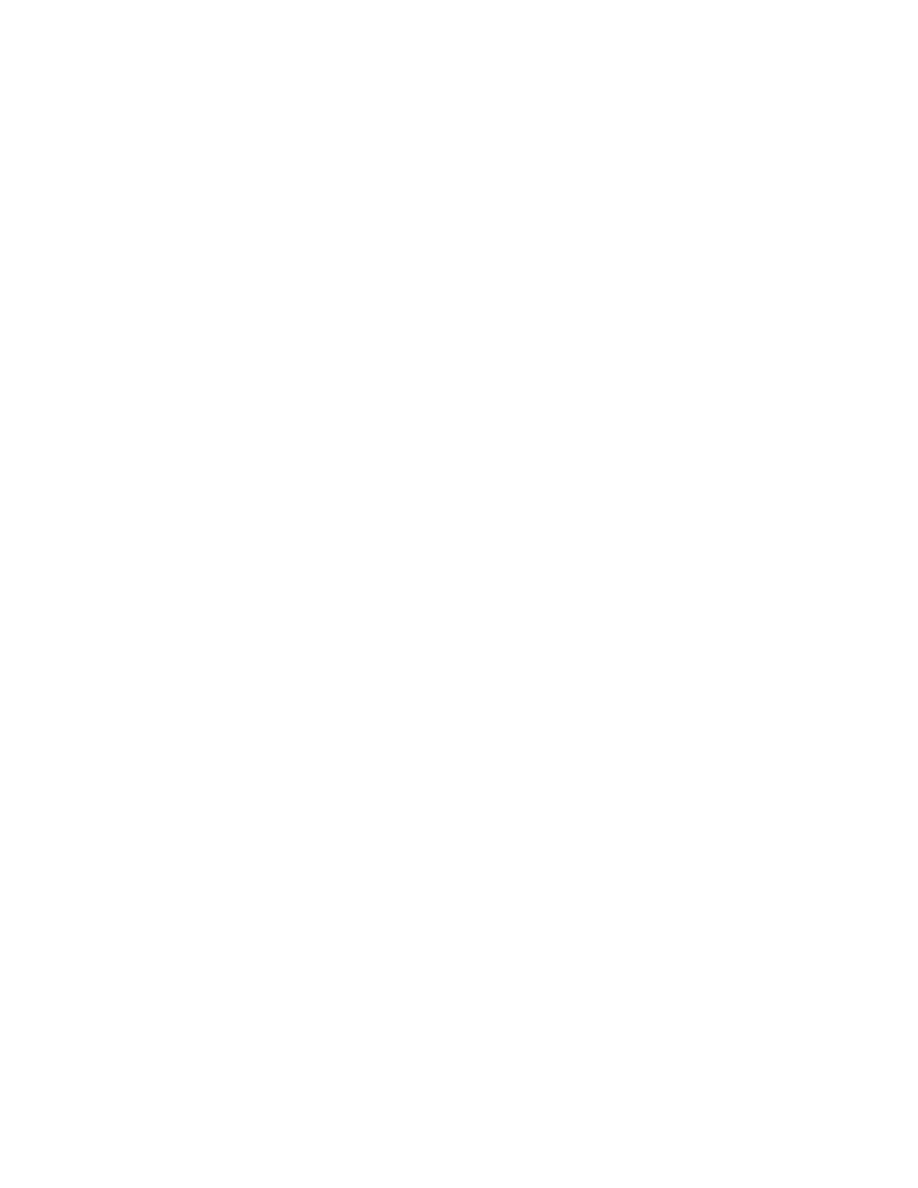
131
Federal Aviation Administration, DOT
§ 121.321
handsets, headsets, microphones, selec-
tor switches, and signaling devices;
(b) Is approved in accordance with
§ 21.305 of this chapter;
(c) Is accessible for immediate use
from each of two flight crewmember
stations in the pilot compartment;
(d) For each required floor-level pas-
senger emergency exit which has an ad-
jacent flight attendant seat, has a
microphone which is readily accessible
to the seated flight attendant, except
that one microphone may serve more
than one exit, provided the proximity
of the exits allows unassisted verbal
communication between seated flight
attendants;
(e) Is capable of operation within 10
seconds by a flight attendant at each of
those stations in the passenger com-
partment from which its use is acces-
sible;
(f) Is audible at all passenger seats,
lavatories, and flight attendant seats
and work stations; and
(g) For transport category airplanes
manufactured on or after November 27,
1990, meets the requirements of § 25.1423
of this chapter.
[Doc. No. 24995, 54 FR 43926, Oct. 27, 1989]
§ 121.319 Crewmember interphone sys-
tem.
(a) No person may operate an air-
plane with a seating capacity of more
than 19 passengers unless the airplane
is equipped with a crewmember inter-
phone system that:
(1) [Reserved]
(2) Is capable of operation inde-
pendent of the public address system
required by § 121.318(a) except for
handsets, headsets, microphones, selec-
tor switches, and signaling devices; and
(3) Meets the requirements of para-
graph (b) of this section.
(b) The crewmember interphone sys-
tem required by paragraph (a) of this
section must be approved in accordance
with § 21.305 of this chapter and meet
the following requirements:
(1) It must provide a means of two-
way communication between the pilot
compartment and—
(i) Each passenger compartment; and
(ii) Each galley located on other than
the main passenger deck level.
(2) It must be accessible for imme-
diate use from each of two flight crew-
member stations in the pilot compart-
ment;
(3) It must be accessible for use from
at least one normal flight attendant
station in each passenger compart-
ment;
(4) It must be capable of operation
within 10 seconds by a flight attendant
at those stations in each passenger
compartment from which its use is ac-
cessible; and
(5) For large turbojet-powered air-
planes:
(i) It must be accessible for use at
enough flight attendant stations so
that all floor-level emergency exits (or
entryways to those exits in the case of
exits located within galleys) in each
passenger compartment are observable
from one or more of those stations so
equipped;
(ii) It must have an alerting system
incorporating aural or visual signals
for use by flight crewmembers to alert
flight attendants and for use by flight
attendants to alert flight crew-
members;
(iii) The alerting system required by
paragraph (b)(5)(ii) of this section must
have a means for the recipient of a call
to determine whether it is a normal
call or an emergency call; and
(iv) When the airplane is on the
ground, it must provide a means of
two-way communication between
ground personnel and either of at least
two flight crewmembers in the pilot
compartment. The interphone system
station for use by ground personnel
must be so located that personnel
using the system may avoid visible de-
tection from within the airplane.
[Doc. No. 10865, 38 FR 21494, Aug. 9, 1973, as
amended by Amdt. 121–121, 40 FR 42186, Sept.
11, 1975; Amdt. 121–149, 43 FR 50602, Oct. 30,
1978; Amdt. 121–178, 47 FR 13316, Mar. 29, 1982;
Amdt. 121–253, 61 FR 2611, Jan. 26, 1996]
§ 121.321 Operations in icing.
After October 21, 2013, no person may
operate an airplane with a certificated
maximum takeoff weight less than
60,000 pounds in conditions conducive
to airframe icing unless it complies
with this section. As used in this sec-
tion, the phrase ‘‘conditions conducive
to airframe icing’’ means visible mois-
ture at or below a static air tempera-
ture of 5
°
C or a total air temperature
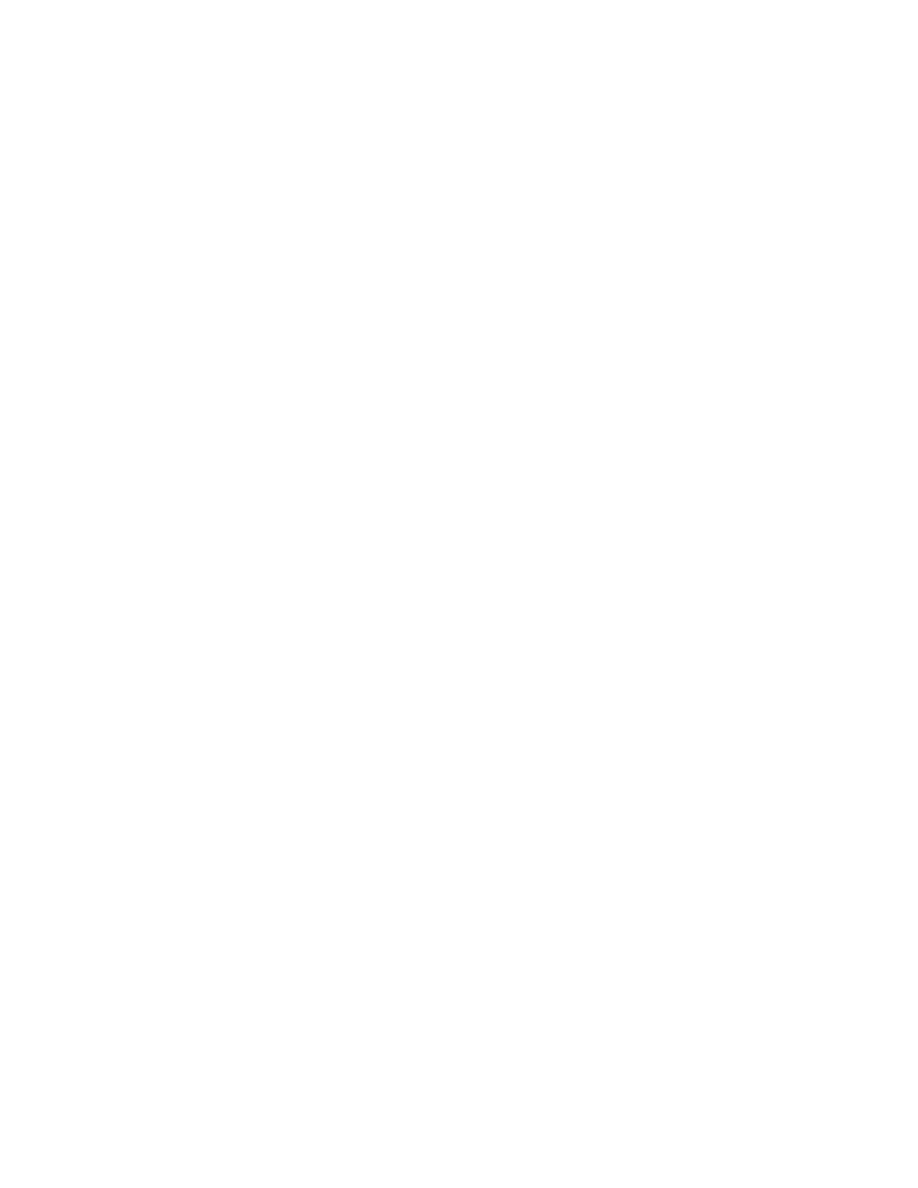
132
14 CFR Ch. I (1–1–24 Edition)
§ 121.323
of 10
°
C, unless the approved Airplane
Flight Manual provides another defini-
tion.
(a) When operating in conditions con-
ducive to airframe icing, compliance
must be shown with paragraph (a)(1),
or (2), or (3) of this section.
(1) The airplane must be equipped
with a certificated primary airframe
ice detection system.
(i) The airframe ice protection sys-
tem must be activated automatically,
or manually by the flightcrew, when
the primary ice detection system indi-
cates activation is necessary.
(ii) When the airframe ice protection
system is activated, any other proce-
dures in the Airplane Flight Manual
for operating in icing conditions must
be initiated.
(2) Visual cues of the first sign of ice
formation anywhere on the airplane
and a certificated advisory airframe ice
detection system must be provided.
(i) The airframe ice protection sys-
tem must be activated when any of the
visual cues are observed or when the
advisory airframe ice detection system
indicates activation is necessary,
whichever occurs first.
(ii) When the airframe ice protection
system is activated, any other proce-
dures in the Airplane Flight Manual
for operating in icing conditions must
be initiated.
(3) If the airplane is not equipped to
comply with the provisions of para-
graph (a)(1) or (2) of this section, then
the following apply:
(i) When operating in conditions con-
ducive to airframe icing, the airframe
ice protection system must be acti-
vated prior to, and operated during, the
following phases of flight:
(A) Takeoff climb after second seg-
ment,
(B) En route climb,
(C) Go-around climb,
(D) Holding,
(E) Maneuvering for approach and
landing, and
(F) Any other operation at approach
or holding airspeeds.
(ii) During any other phase of flight,
the airframe ice protection system
must be activated and operated at the
first sign of ice formation anywhere on
the airplane, unless the Airplane
Flight Manual specifies that the air-
frame ice protection system should not
be used or provides other operational
instructions.
(iii) Any additional procedures for
operation in conditions conducive to
icing specified in the Airplane Flight
Manual or in the manual required by
§ 121.133 must be initiated.
(b) If the procedures specified in
paragraph (a)(3)(i) of this section are
specifically prohibited in the Airplane
Flight Manual, compliance must be
shown with the requirements of para-
graph (a)(1) or (2) of this section.
(c) Procedures necessary for safe op-
eration of the airframe ice protection
system must be established and docu-
mented in:
(1) The Airplane Flight Manual for
airplanes that comply with paragraph
(a)(1) or (2) of this section, or
(2) The Airplane Flight Manual or in
the manual required by § 121.133 for air-
planes that comply with paragraph
(a)(3) of this section.
(d) Procedures for operation of the
airframe ice protection system must
include initial activation, operation
after initial activation, and deactiva-
tion. Procedures for operation after
initial activation of the ice protection
system must address—
(1) Continuous operation,
(2) Automatic cycling,
(3) Manual cycling if the airplane is
equipped with an ice detection system
that alerts the flightcrew each time
the ice protection system must be cy-
cled, or
(4) Manual cycling based on a time
interval if the airplane type is not
equipped with features necessary to
implement (d)(1)–(3) of this section.
(e) System installations used to com-
ply with paragraph (a)(1) or (a)(2) of
this section must be approved through
an amended or supplemental type cer-
tificate in accordance with part 21 of
this chapter.
[Doc. No. FAA–2009–0675, 78 FR 15876, Mar. 13,
2013]
§ 121.323 Instruments and equipment
for operations at night.
No person may operate an airplane at
night under this part unless it is
equipped with the following instru-
ments and equipment in addition to
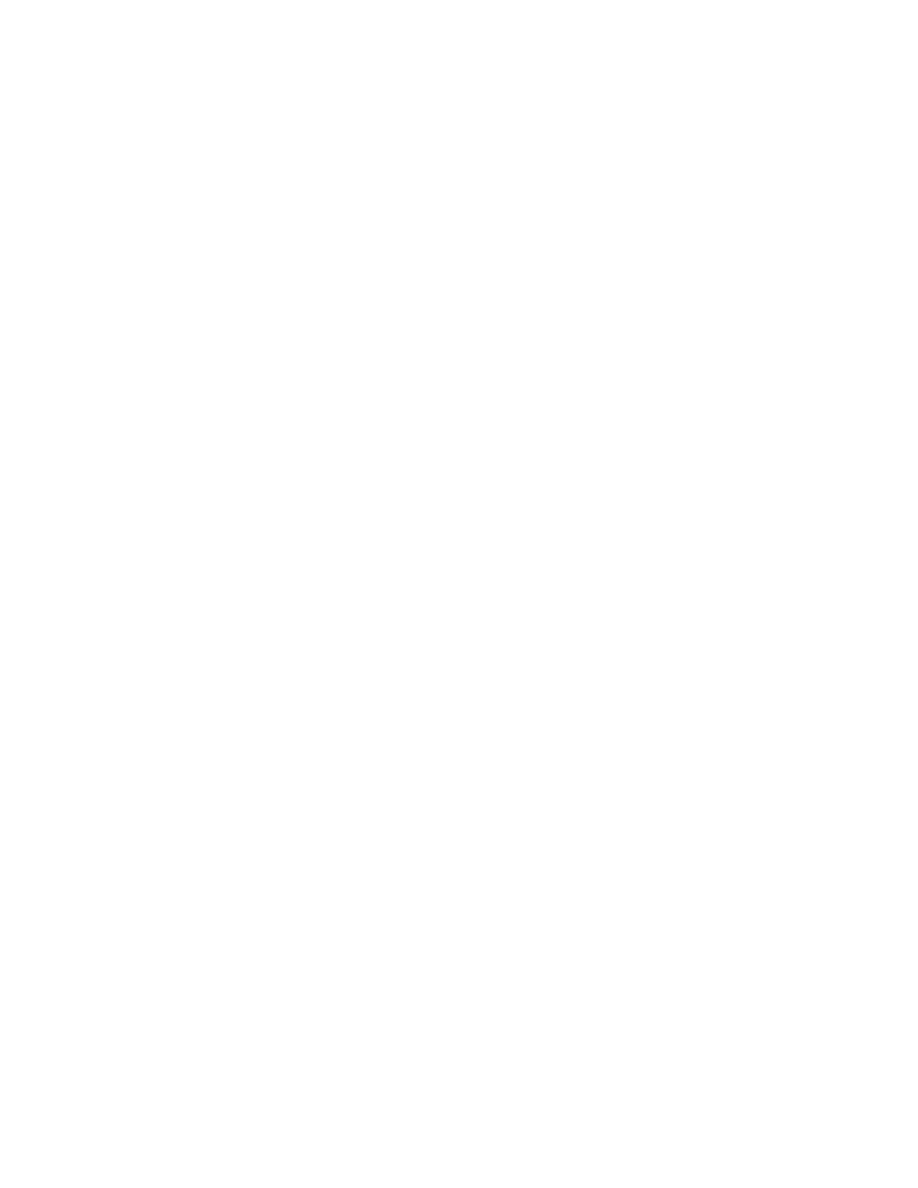
133
Federal Aviation Administration, DOT
§ 121.327
those required by §§ 121.305 through
121.321 and 121.803:
(a) Position lights.
(b) An anti-collision light.
(c) Two landing lights, except that
only one landing light is required for
nontransport category airplanes type
certificated after December 31, 1964.
(d) Instrument lights providing
enough light to make each required in-
strument, switch, or similar instru-
ment, easily readable and installed so
that the direct rays are shielded from
the flight crewmembers’ eyes and that
no objectionable reflections are visible
to them. There must be a means of con-
trolling the intensity of illumination
unless it is shown that nondimming in-
strument lights are satisfactory.
(e) An airspeed-indicating system
with heated pitot tube or equivalent
means for preventing malfunctioning
due to icing.
(f) A sensitive altimeter.
[Doc. No. 6258, 29 FR 19205, Dec. 31, 1964, as
amended by Amdt. 121–251, 60 FR 65932, Dec.
20, 1995; Amdt. 121–281, 66 FR 19043, Apr. 12,
2001]
§ 121.325 Instruments and equipment
for operations under IFR or over-
the-top.
No person may operate an airplane
under IFR or over-the-top conditions
under this part unless it is equipped
with the following instruments and
equipment, in addition to those re-
quired by §§ 121.305 through 121.321 and
121.803:
(a) An airspeed indicating system
with heated pitot tube or equivalent
means for preventing malfunctioning
due to icing.
(b) A sensitive altimeter.
(c) Instrument lights providing
enough light to make each required in-
strument, switch, or similar instru-
ment, easily readable and so installed
that the direct rays are shielded from
the flight crewmembers’ eyes and that
no objectionable reflections are visible
to them, and a means of controlling
the intensity of illumination unless it
is shown that nondimming instrument
lights are satisfactory.
[Doc. No. 6258, 29 FR 19205, Dec. 31, 1964, as
amended at Amdt. 121–281, 66 FR 19043, Apr.
12, 2001]
§ 121.327 Supplemental oxygen: Recip-
rocating engine powered airplanes.
(a)
General.
Except where supple-
mental oxygen is provided in accord-
ance with § 121.331, no person may oper-
ate an airplane unless supplemental ox-
ygen is furnished and used as set forth
in paragraphs (b) and (c) of this sec-
tion. The amount of supplemental oxy-
gen required for a particular operation
is determined on the basis of flight al-
titudes and flight duration, consistent
with the operation procedures estab-
lished for each operation and route.
(b)
Crewmembers.
(1) At cabin pressure
altitudes above 10,000 feet up to and in-
cluding 12,000 feet, oxygen must be pro-
vided for, and used by, each member of
the flight crew on flight deck duty, and
must be provided for other crew-
members, for that part of the flight at
those altitudes that is of more than 30
minutes duration.
(2) At cabin pressure altitudes above
12,000 feet, oxygen must be provided
for, and used by, each member of the
flight crew on flight deck duty, and
must be provided for other crew-
members, during the entire flight time
at those altitudes.
(3) When a flight crewmember is re-
quired to use oxygen, he must use it
continuously, except when necessary to
remove the oxygen mask or other dis-
penser in connection with his regular
duties. Standby crewmembers who are
on call or are definitely going to have
flight deck duty before completing the
flight must be provided with an
amount of supplemental oxygen equal
to that provided for crewmembers on
duty other than on flight deck duty. If
a standby crewmember is not on call
and will not be on flight deck duty dur-
ing the remainder of the flight, he is
considered to be a passenger for the
purposes of supplemental oxygen re-
quirements.
(c)
Passengers.
Each certificate holder
shall provide a supply of oxygen, ap-
proved for passenger safety, in accord-
ance with the following:
(1) For flights of more than 30 min-
utes duration at cabin pressure alti-
tudes above 8,000 feet up to and includ-
ing 14,000 feet, enough oxygen for 30
minutes for 10 percent of the pas-
sengers.
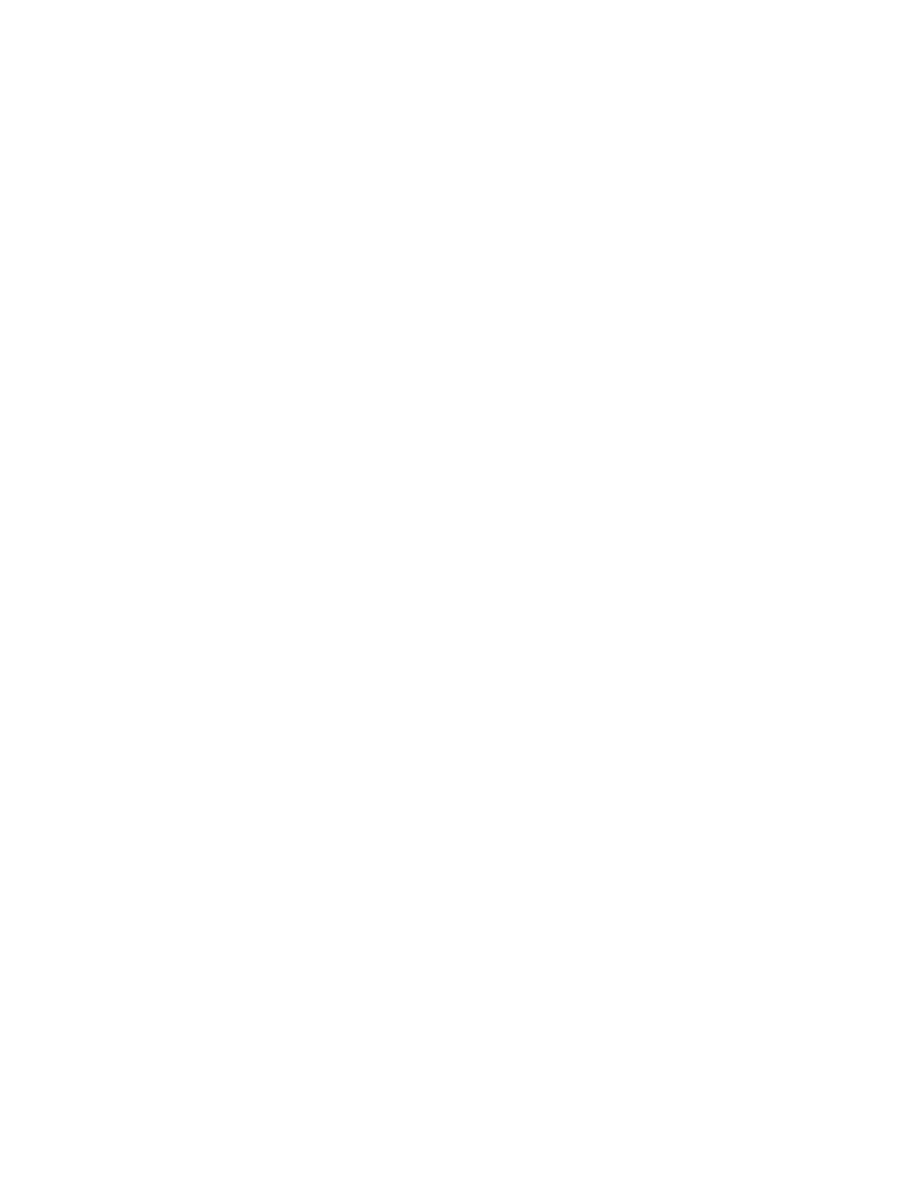
134
14 CFR Ch. I (1–1–24 Edition)
§ 121.329
(2) For flights at cabin pressure alti-
tudes above 14,000 feet up to and in-
cluding 15,000 feet, enough oxygen for
that part of the flight at those alti-
tudes for 30 percent of the passengers.
(3) For flights at cabin pressure alti-
tudes above 15,000 feet, enough oxygen
for each passenger carried during the
entire flight at those altitudes.
(d) For the purposes of this subpart
cabin pressure altitude
means the pres-
sure altitude corresponding with the
pressure in the cabin of the airplane,
and
flight altitude
means the altitude
above sea level at which the airplane is
operated. For airplanes without pres-
surized cabins, ‘‘cabin pressure alti-
tude’’ and ‘‘flight altitude’’ mean the
same thing.
§ 121.329 Supplemental oxygen for sus-
tenance: Turbine engine powered
airplanes.
(a)
General.
When operating a turbine
engine powered airplane, each certifi-
cate holder shall equip the airplane
with sustaining oxygen and dispensing
equipment for use as set forth in this
section:
(1) The amount of oxygen provided
must be at least the quantity nec-
essary to comply with paragraphs (b)
and (c) of this section.
(2) The amount of sustaining and
first-aid oxygen required for a par-
ticular operation to comply with the
rules in this part is determined on the
basis of cabin pressure altitudes and
flight duration, consistent with the op-
erating procedures established for each
operation and route.
(3) The requirements for airplanes
with pressurized cabins are determined
on the basis of cabin pressure altitude
and the assumption that a cabin pres-
surization failure will occur at the alti-
tude or point of flight that is most
critical from the standpoint of oxygen
need, and that after the failure the air-
plane will descend in accordance with
the emergency procedures specified in
the Airplane Flight Manual, without
exceeding its operating limitations, to
a flight altitude that will allow suc-
cessful termination of the flight.
(4) Following the failure, the cabin
pressure altitude is considered to be
the same as the flight altitude unless it
is shown that no probable failure of the
cabin or pressurization equipment will
result in a cabin pressure altitude
equal to the flight altitude. Under
those circumstances, the maximum
cabin pressure altitude attained may
be used as a basis for certification or
determination of oxygen supply, or
both.
(b)
Crewmembers.
Each certificate
holder shall provide a supply of oxygen
for crewmembers in accordance with
the following:
(1) At cabin pressure altitudes above
10,000 feet, up to and including 12,000
feet, oxygen must be provided for and
used by each member of the flight crew
on flight deck duty and must be pro-
vided for other crewmembers for that
part of the flight at those altitudes
that is of more than 30 minutes dura-
tion.
(2) At cabin pressure altitudes above
12,000 feet, oxygen must be provided
for, and used by, each member of the
flight crew on flight deck duty, and
must be provided for other crew-
members during the entire flight at
those altitudes.
(3) When a flight crewmember is re-
quired to use oxygen, he must use it
continuously except when necessary to
remove the oxygen mask or other dis-
penser in connection with his regular
duties. Standby crewmembers who are
on call or are definitely going to have
flight deck duty before completing the
flight must be provided with an
amount of supplemental oxygen equal
to that provided for crewmembers on
duty other than on flight duty. If a
standby crewmember is not on call and
will not be on flight deck duty during
the remainder of the flight, he is con-
sidered to be a passenger for the pur-
poses of supplemental oxygen require-
ments.
(c)
Passengers.
Each certificate holder
shall provide a supply of oxygen for
passengers in accordance with the fol-
lowing:
(1) For flights at cabin pressure alti-
tudes above 10,000 feet, up to and in-
cluding 14,000 feet, enough oxygen for
that part of the flight at those alti-
tudes that is of more than 30 minutes
duration, for 10 percent of the pas-
sengers.
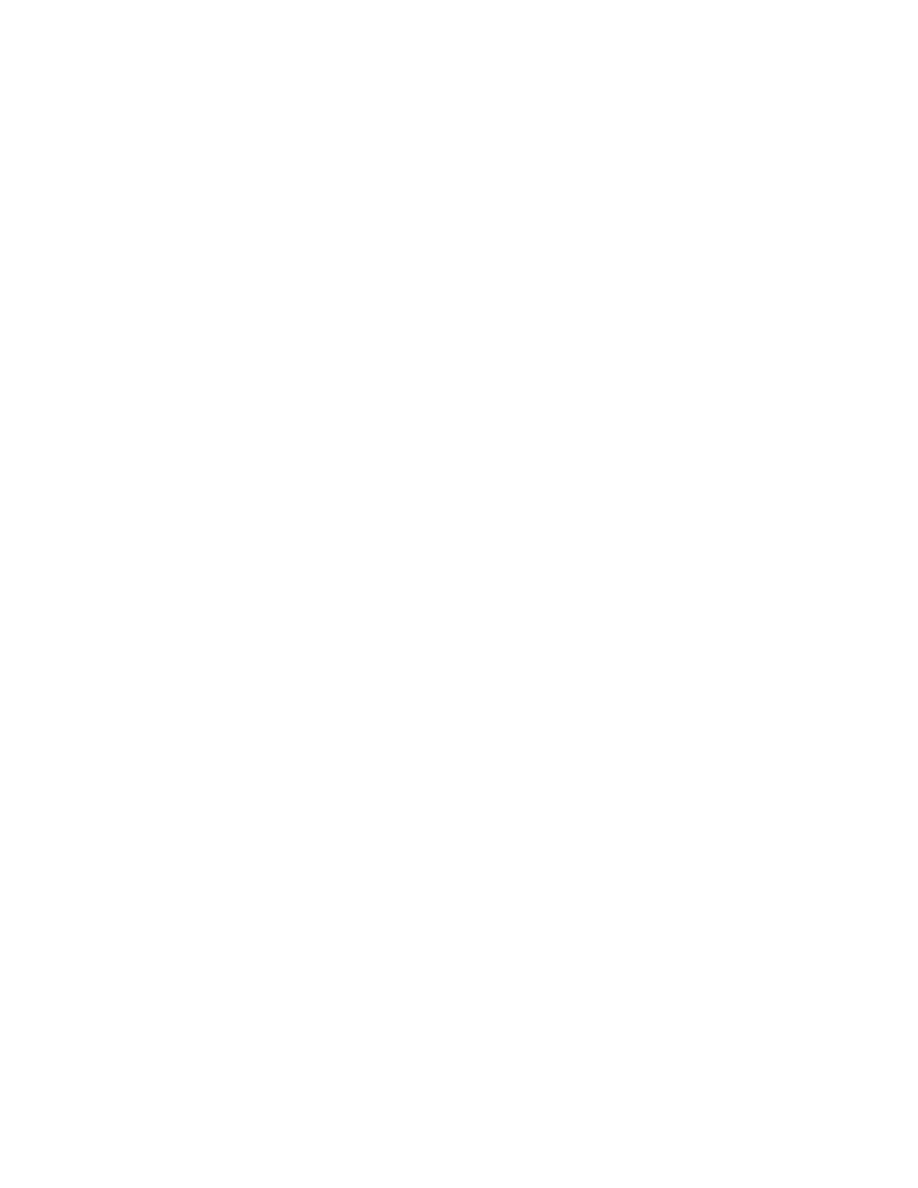
135
Federal Aviation Administration, DOT
§ 121.333
(2) For flights at cabin pressure alti-
tudes above 14,000 feet, up to and in-
cluding 15,000 feet, enough oxygen for
that part of the flight at those alti-
tudes for 30 percent of the passengers.
(3) For flights at cabin pressure alti-
tudes above 15,000 feet, enough oxygen
for each passenger carried during the
entire flight at those altitudes.
§ 121.331 Supplemental oxygen re-
quirements for pressurized cabin
airplanes: Reciprocating engine
powered airplanes.
(a) When operating a reciprocating
engine powered airplane pressurized
cabin, each certificate holder shall
equip the airplane to comply with
paragraphs (b) through (d) of this sec-
tion in the event of cabin pressuriza-
tion failure.
(b)
For crewmembers.
When operating
at flight altitudes above 10,000 feet, the
certificate holder shall provide enough
oxygen for each crewmember for the
entire flight at those altitudes and not
less than a two-hour supply for each
flight crewmember on flight deck duty.
The required two hours supply is that
quantity of oxygen necessary for a con-
stant rate of descent from the air-
plane’s maximum certificated oper-
ating altitude to 10,000 feet in ten min-
utes and followed by 110 minutes at
10,000 feet. The oxygen required by
§ 121.337 may be considered in deter-
mining the supplemental breathing
supply required for flight crewmembers
on flight deck duty in the event of
cabin pressurization failure.
(c)
For passengers.
When operating at
flight altitudes above 8,000 feet, the
certificate holder shall provide oxygen
as follows:
(1) When an airplane is not flown at
a flight altitude above flight level 250,
enough oxygen for 30 minutes for 10
percent of the passengers, if at any
point along the route to be flown the
airplane can safely descend to a flight
altitude of 14,000 feet or less within
four minutes.
(2) If the airplane cannot descend to
a flight altitude of 14,000 feet or less
within four minutes, the following sup-
ply of oxygen must be provided:
(i) For that part of the flight that is
more than four minutes duration at
flight altitudes above 15,000 feet, the
supply required by § 121.327(c)(3).
(ii) For that part of the flight at
flight altitudes above 14,000 feet, up to
and including 15,000 feet, the supply re-
quired by § 121.327(c)(2).
(iii) For flight at flight altitudes
above 8,000 feet up to and including
14,000 feet, enough oxygen for 30 min-
utes for 10 percent of the passengers.
(3) When an airplane is flown at a
flight altitude above flight level 250,
enough oxygen for 30 minutes for 10
percent of the passengers for the entire
flight (including emergency descent)
above 8,000 feet, up to and including
14,000 feet, and to comply with
§ 121.327(c) (2) and (3) for flight above
14,000 feet.
(d) For the purposes of this section it
is assumed that the cabin pressuriza-
tion failure occurs at a time during
flight that is critical from the stand-
point of oxygen need and that after the
failure the airplane will descend, with-
out exceeding its normal operating
limitations, to flight altitudes allow-
ing safe flight with respect to terrain
clearance.
[Doc. No. 6258, 29 FR 19205, Dec. 31, 1964, as
amended by Amdt. 121–132, 41 FR 55475, Dec.
20, 1976]
§ 121.333 Supplemental oxygen for
emergency descent and for first aid;
turbine engine powered airplanes
with pressurized cabins.
(a)
General.
When operating a turbine
engine powered airplane with a pres-
surized cabin, the certificate holder
shall furnish oxygen and dispensing
equipment to comply with paragraphs
(b) through (e) of this section in the
event of cabin pressurization failure.
(b)
Crewmembers.
When operating at
flight altitudes above 10,000 feet, the
certificate holder shall supply enough
oxygen to comply with § 121.329, but not
less than a two-hour supply for each
flight crewmember on flight deck duty.
The required two hours supply is that
quantity of oxygen necessary for a con-
stant rate of descent from the air-
plane’s maximum certificated oper-
ating altitude to 10,000 feet in ten min-
utes and followed by 110 minutes at
10,000 feet. The oxygen required in the
event of cabin pressurization failure by
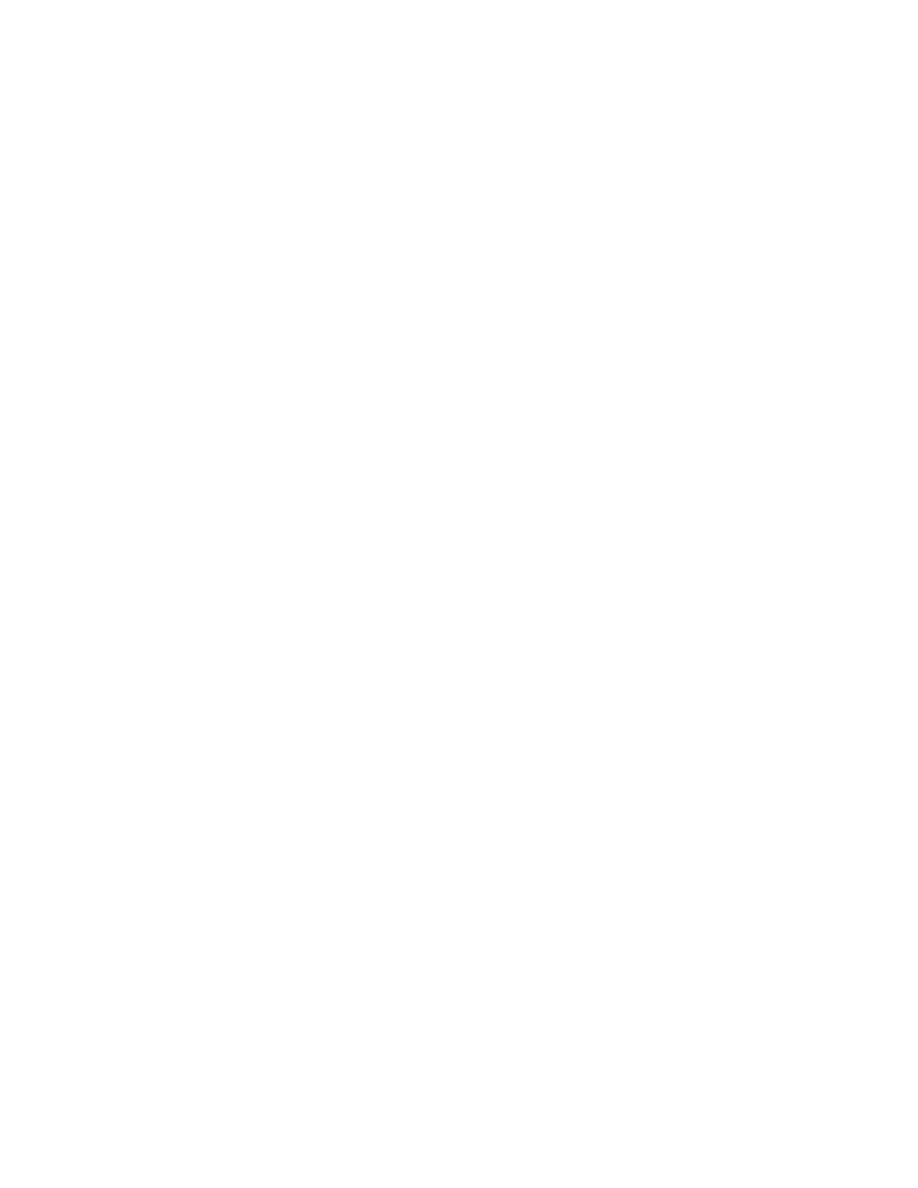
136
14 CFR Ch. I (1–1–24 Edition)
§ 121.333
§ 121.337 may be included in deter-
mining the supply required for flight
crewmembers on flight deck duty.
(c)
Use of oxygen masks by flight crew-
members.
(1) When operating at flight
altitudes above flight level 250, each
flight crewmember on flight deck duty
must be provided with an oxygen mask
so designed that it can be rapidly
placed on his face from its ready posi-
tion, properly secured, sealed, and sup-
plying oxygen upon demand; and so de-
signed that after being placed on the
face it does not prevent immediate
communication between the flight
crewmember and other crewmembers
over the airplane intercommunication
system. When it is not being used at
flight altitudes above flight level 250,
the oxygen mask must be kept in con-
dition for ready use and located so as
to be within the immediate reach of
the flight crewmember while at his
duty station.
(2) When operating at flight altitudes
above flight level 250, one pilot at the
controls of the airplane shall at all
times wear and use an oxygen mask se-
cured, sealed, and supplying oxygen, in
accordance with the following:
(i) The one pilot need not wear and
use an oxygen mask at or below the
following flight levels if each flight
crewmember on flight deck duty has a
quick-donning type of oxygen mask
that the certificate holder has shown
can be placed on the face from its
ready position, properly secured,
sealed, and supplying oxygen upon de-
mand, with one hand and within five
seconds:
(A) For airplanes having a passenger
seat configuration of more than 30
seats, excluding any required crew-
member seat, or a payload capacity of
more than 7,500 pounds, at or below
flight level 410.
(B) For airplanes having a passenger
seat configuration of less than 31 seats,
excluding any required crewmember
seat, and a payload capacity of 7,500
pounds or less, at or below flight level
350.
(ii) Whenever a quick-donning type of
oxygen mask is to be used under this
section, the certificate holder shall
also show that the mask can be put on
without disturbing eye glasses and
without delaying the flight crew-
member from proceeding with his as-
signed emergency duties. The oxygen
mask after being put on must not pre-
vent immediate communication be-
tween the flight crewmember and other
crewmembers over the airplane inter-
communication system.
(3) Notwithstanding paragraph (c)(2)
of this section, if for any reason at any
time it is necessary for one pilot to
leave his station at the controls of the
airplane when operating at flight alti-
tudes above flight level 410, the re-
maining pilot at the controls shall put
on and use his oxygen mask until the
other pilot has returned to his duty
station.
(4) Before the takeoff of a flight, each
flight crewmember shall personally
preflight his oxygen equipment to in-
sure that the oxygen mask is func-
tioning, fitted properly, and connected
to appropriate supply terminals, and
that the oxygen supply and pressure
are adequate for use.
(d)
Use of portable oxygen equipment by
cabin attendants.
After November 28,
2005 each mask used for portable oxy-
gen equipment must be connected to
its oxygen supply. Above flight level
250, one of the following is required:
(1) Each attendant shall carry port-
able oxygen equipment with a 15
minute supply of oxygen; or
(2) There must be sufficient portable
oxygen equipment (including masks
and spare outlets) distributed through-
out the cabin so that such equipment is
immediately available to each attend-
ant, regardless of their location in the
cabin; or
(3) There are sufficient spare outlets
and masks distributed throughout the
cabin to ensure immediate availability
of oxygen to each cabin attendant, re-
gardless of their location in the cabin.
(e)
Passenger cabin occupants.
When
the airplane is operating at flight alti-
tudes above 10,000 feet, the following
supply of oxygen must be provided for
the use of passenger cabin occupants:
(1) When an airplane certificated to
operate at flight altitudes up to and in-
cluding flight level 250, can at any
point along the route to be flown, de-
scend safely to a flight altitude of
14,000 feet or less within four minutes,
oxygen must be available at the rate
prescribed by this part for a 30-minute
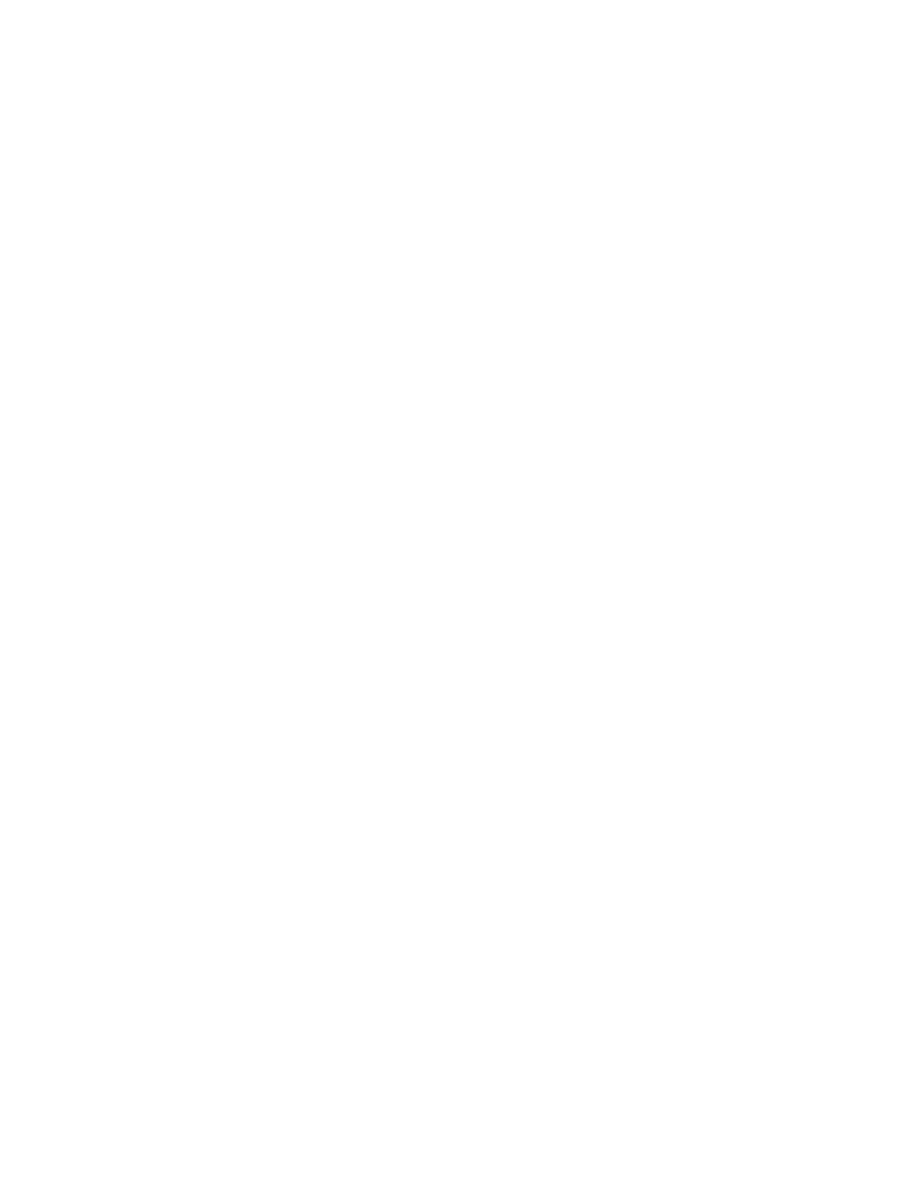
137
Federal Aviation Administration, DOT
§ 121.337
period for at least 10 percent of the pas-
senger cabin occupants.
(2) When an airplane is operated at
flight altitudes up to and including
flight level 250 and cannot descend
safely to a flight altitude of 14,000 feet
within four minutes, or when an air-
plane is operated at flight altitudes
above flight level 250, oxygen must be
available at the rate prescribed by this
part for not less than 10 percent of the
passenger cabin occupants for the en-
tire flight after cabin depressurization,
at cabin pressure altitudes above 10,000
feet up to and including 14,000 feet and,
as applicable, to allow compliance with
§ 121.329(c) (2) and (3), except that there
must be not less than a 10-minute sup-
ply for the passenger cabin occupants.
(3) For first-aid treatment of occu-
pants who for physiological reasons
might require undiluted oxygen fol-
lowing descent from cabin pressure al-
titudes above flight level 250, a supply
of oxygen in accordance with the re-
quirements of § 25.1443(d) must be pro-
vided for two percent of the occupants
for the entire flight after cabin depres-
surization at cabin pressure altitudes
above 8,000 feet, but in no case to less
than one person. An appropriate num-
ber of acceptable dispensing units, but
in no case less than two, must be pro-
vided, with a means for the cabin at-
tendants to use this supply.
(f)
Passenger briefing.
Before flight is
conducted above flight level 250, a
crewmember shall instruct the pas-
sengers on the necessity of using oxy-
gen in the event of cabin depressuriza-
tion and shall point out to them the lo-
cation and demonstrate the use of the
oxygen-dispensing equipment.
[Doc. No. 6258, 29 FR 19205, Dec. 31, 1964, as
amended by Amdt. 121–11, 30 FR 12466, Sept.
30, 1965; Amdt. 121–132, 41 FR 55475, Dec. 20,
1976; Amdt. 121–262, 62 FR 13256, Mar. 19, 1997;
62 FR 15570, Apr. 1, 1997; Amdt. 121–306, 69 FR
62789, Oct. 27, 2004; Amdt. 121–383, 85 FR 16900,
Mar. 25, 2020]
§ 121.335 Equipment standards.
(a)
Reciprocating engine powered air-
planes.
The oxygen apparatus, the min-
imum rates of oxygen flow, and the
supply of oxygen necessary to comply
with § 121.327 must meet the standards
established in section 4b.651 of the Civil
Air Regulations as in effect on July 20,
1950, except that if the certificate hold-
er shows full compliance with those
standards to be impracticable, the Ad-
ministrator may authorize any change
in those standards that he finds will
provide an equivalent level of safety.
(b)
Turbine engine powered airplanes.
The oxygen apparatus, the minimum
rate of oxygen flow, and the supply of
oxygen necessary to comply with
§§ 121.329 and 121.333 must meet the
standards established in section 4b.651
of the Civil Air Regulations as in effect
on September 1, 1958, except that if the
certificate holder shows full compli-
ance with those standards to be im-
practicable, the Administrator may au-
thorize any changes in those standards
that he finds will provide an equivalent
level of safety.
§ 121.337 Protective breathing equip-
ment.
(a) The certificate holder shall fur-
nish approved protective breathing
equipment (PBE) meeting the equip-
ment, breathing gas, and communica-
tion requirements contained in para-
graph (b) of this section.
(b)
Pressurized and nonpressurized
cabin airplanes.
Except as provided in
paragraph (f) of this section, no person
may operate an airplane unless protec-
tive breathing equipment meeting the
requirements of this section is provided
as follows:
(1)
General.
The equipment must pro-
tect the flightcrew from the effects of
smoke, carbon dioxide or other harmful
gases or an oxygen deficient environ-
ment caused by other than an airplane
depressurization while on flight deck
duty and must protect crewmembers
from the above effects while combat-
ting fires on board the airplane.
(2) The equipment must be inspected
regularly in accordance with inspec-
tion guidelines and the inspection peri-
ods established by the equipment man-
ufacturer to ensure its condition for
continued serviceability and imme-
diate readiness to perform its intended
emergency purposes. The inspection pe-
riods may be changed upon a showing
by the certificate holder that the
changes would provide an equivalent
level of safety.
(3) That part of the equipment pro-
tecting the eyes must not impair the
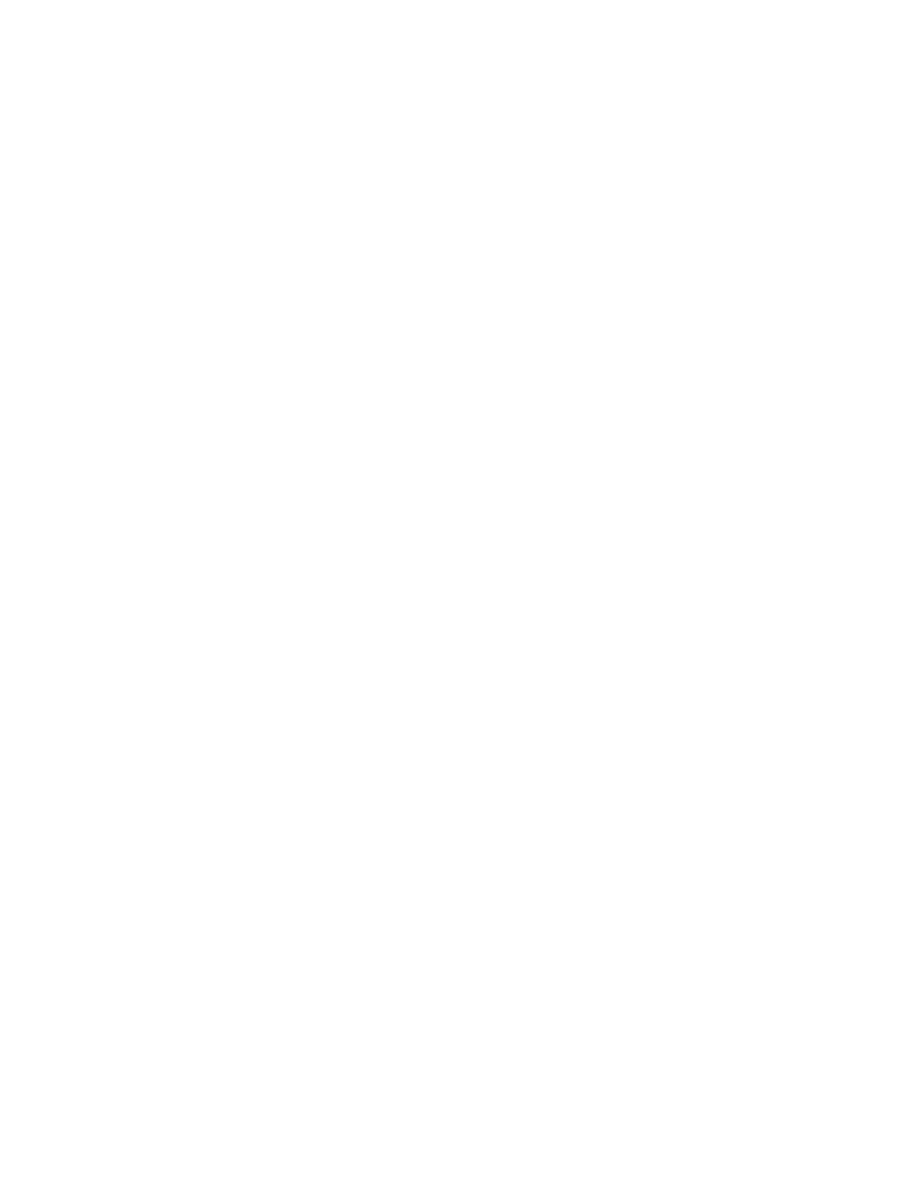
138
14 CFR Ch. I (1–1–24 Edition)
§ 121.337
wearer’s vision to the extent that a
crewmember’s duties cannot be accom-
plished and must allow corrective
glasses to be worn without impairment
of vision or loss of the protection re-
quired by paragraph (b)(1) of this sec-
tion.
(4) The equipment, while in use, must
allow the flightcrew to communicate
using the airplane radio equipment and
to communicate by interphone with
each other while at their assigned duty
stations. The equipment, while in use,
must also allow crewmember inter-
phone communications between each of
two flight crewmember stations in the
pilot compartment and at least one
normal flight attendant station in each
passenger compartment.
(5) The equipment, while in use, must
allow any crewmember to use the air-
plane interphone system at any of the
flight attendant stations referred to in
paragraph (b)(4) of this section.
(6) The equipment may also be used
to meet the supplemental oxygen re-
quirements of this part provided it
meets the oxygen equipment standards
of § 121.335 of this part.
(7) Protective breathing gas duration
and supply system equipment require-
ments are as follows:
(i) The equipment must supply
breathing gas for 15 minutes at a pres-
sure altitude of 8,000 feet for the fol-
lowing:
(A) Flight crewmembers while per-
forming flight deck duties; and
(B) Crewmembers while combatting
an in-flight fire.
(ii) The breathing gas system must
be free from hazards in itself, in its
method of operation, and in its effect
upon other components.
(iii) For breathing gas systems other
than chemical oxygen generators,
there must be a means to allow the
crew to readily determine, during the
equipment preflight described in para-
graph (c) of this section, that the gas
supply is fully charged.
(iv) For each chemical oxygen gener-
ator, the supply system equipment
must meet the requirements of § 25.1450
(b) and (c) of this chapter.
(8)
Smoke and fume protection.
Protec-
tive breathing equipment with a fixed
or portable breathing gas supply meet-
ing the requirements of this section
must be conveniently located on the
flight deck and be easily accessible for
immediate use by each required flight
crewmember at his or her assigned
duty station.
(9)
Fire combatting.
Except for non-
transport category airplanes type cer-
tificated after December 31, 1964, pro-
tective breathing equipment with a
portable breathing gas supply meeting
the requirements of this section must
be easily accessible and conveniently
located for immediate use by crew-
members in combatting fires as fol-
lows:
(i) One PBE is required for each hand
fire extinguisher located for use in a
galley other than a galley located in a
passenger, cargo, or crew compart-
ment.
(ii) One on the flight deck, except
that the Administrator may authorize
another location for this PBE if special
circumstances exist that make compli-
ance impractical and the proposed de-
viation would provide an equivalent
level of safety.
(iii) In each passenger compartment,
one for each hand fire extinguisher re-
quired by § 121.309 of this part, to be lo-
cated within 3 feet of each required
hand fire extinguisher, except that the
Administrator may authorize a devi-
ation allowing locations of PBE more
than 3 feet from required hand fire ex-
tinguisher locations if special cir-
cumstances exist that make compli-
ance impractical and if the proposed
deviation provides an equivalent level
of safety.
(c)
Equipment preflight.
(1) Before
each flight, each item of PBE at flight
crewmember duty stations must be
checked by the flight crewmember who
will use the equipment to ensure that
the equipment—
(i) For other than chemical oxygen
generator systems, is functioning, is
serviceable, fits properly (unless a uni-
versal-fit type), and is connected to
supply terminals and that the breath-
ing gas supply and pressure are ade-
quate for use; and
(ii) For chemical oxygen generator
systems, is serviceable and fits prop-
erly (unless a universal-fit type).
(2) Each item of PBE located at other
than a flight crewmember duty station
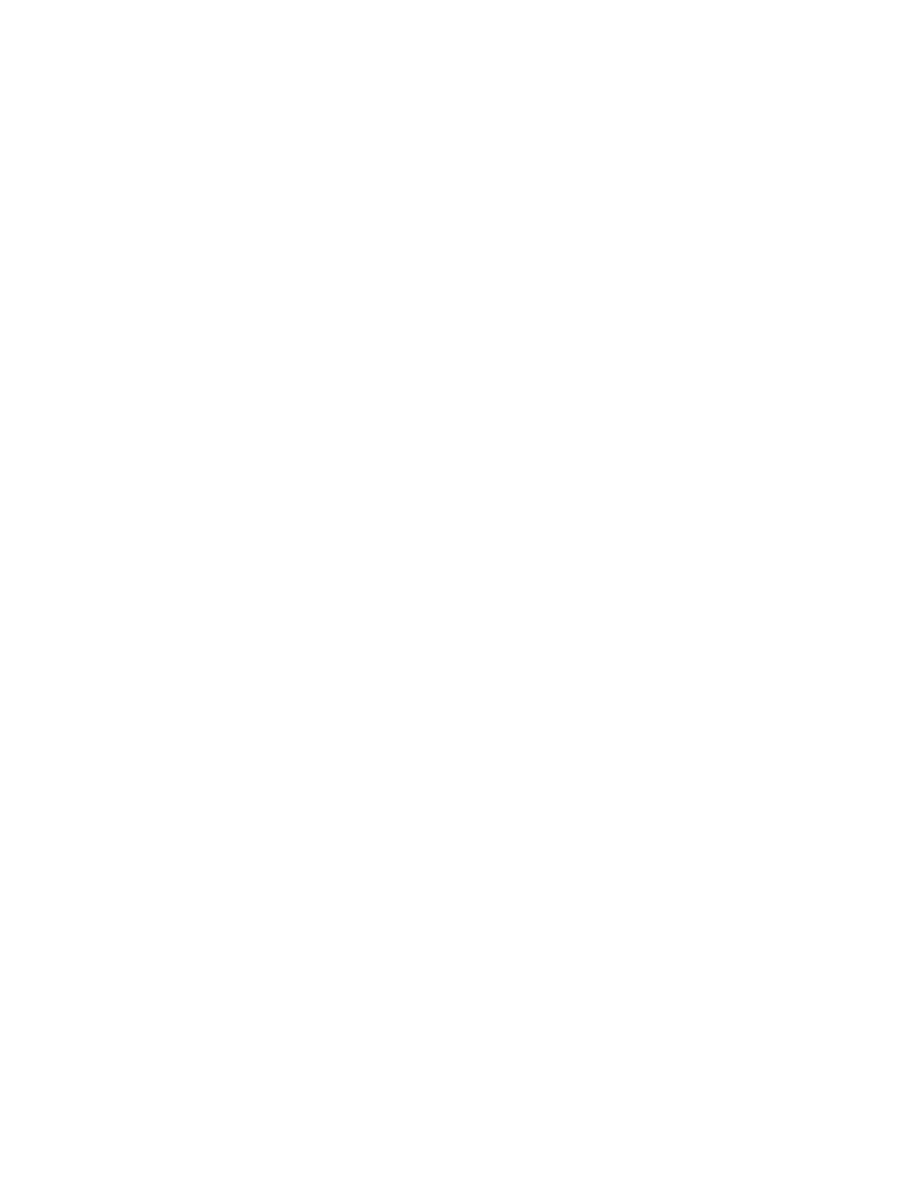
139
Federal Aviation Administration, DOT
§ 121.340
must be checked by a designated crew-
member to ensure that each is properly
stowed and serviceable, and, for other
than chemical oxygen generator sys-
tems, the breathing gas supply is fully
charged. Each certificate holder, in its
operations manual, must designate at
least one crewmember to perform those
checks before he or she takes off in
that airplane for his or her first flight
of the day.
[Doc. No. 24792, 52 FR 20957, June 3, 1987, as
amended by Amdt. 121–204, 54 FR 22271, May
22, 1989; Amdt. 121–212, 55 FR 5551, Feb. 15,
1990; Amdt. 121–218, 55 FR 31565, Aug. 2, 1990;
Amdt. 121–230, 57 FR 42674, Sept. 15, 1992;
Amdt. 121–251, 60 FR 65932, Dec. 20, 1995;
Amdt. 121–261, 61 FR 43921, Aug. 26, 1996]
§ 121.339 Emergency equipment for ex-
tended over-water operations.
(a) Except where the Administrator,
by amending the operations specifica-
tions of the certificate holder, requires
the carriage of all or any specific items
of the equipment listed below for any
overwater operation, or upon applica-
tion of the certificate holder, the Ad-
ministrator allows deviation for a par-
ticular extended overwater operation,
no person may operate an airplane in
extended overwater operations without
having on the airplane the following
equipment:
(1) A life preserver equipped with an
approved survivor locator light, for
each occupant of the airplane.
(2) Enough life rafts (each equipped
with an approved survivor locator
light) of a rated capacity and buoyancy
to accommodate the occupants of the
airplane. Unless excess rafts of enough
capacity are provided, the buoyancy
and seating capacity beyond the rated
capacity of the rafts must accommo-
date all occupants of the airplane in
the event of a loss of one raft of the
largest rated capacity.
(3) At least one pyrotechnic signaling
device for each life raft.
(4) An approved survival type emer-
gency locator transmitter. Batteries
used in this transmitter must be re-
placed (or recharged, if the battery is
rechargeable) when the transmitter has
been in use for more than 1 cumulative
hour, or when 50 percent of their useful
life (or for rechargeable batteries, 50
percent of their useful life of charge)
has expired, as established by the
transmitter manufacturer under its ap-
proval. The new expiration date for re-
placing (or recharging) the battery
must be legibly marked on the outside
of the transmitter. The battery useful
life (or useful life of charge) require-
ments of this paragraph do not apply
to batteries (such as water-activated
batteries) that are essentially unaf-
fected during probable storage inter-
vals.
(b) The required life rafts, life pre-
servers, and survival type emergency
locator transmitter must be easily ac-
cessible in the event of a ditching with-
out appreciable time for preparatory
procedures. This equipment must be in-
stalled in conspicuously marked, ap-
proved locations.
(c) A survival kit, appropriately
equipped for the route to be flown,
must be attached to each required life
raft.
[Doc. No. 6258, 29 FR 19205, Dec. 31, 1964, as
amended by Amdt. 121–53, 34 FR 15244, Sept.
30, 1969; Amdt. 121–79, 36 FR 18724, Sept. 21,
1971; Amdt. 121–93, 37 FR 14294, June 19, 1972
Amdt. 121–106, 38 FR 22378, Aug. 20, 1973;
Amdt. 121–149, 43 FR 50603, Oct. 30, 1978;
Amdt. 121–158, 45 FR 38348, June 9, 1980;
Amdt. 121–239, 59 FR 32057, June 21, 1994]
§ 121.340 Emergency flotation means.
(a) Except as provided in paragraph
(b) of this section, no person may oper-
ate an airplane in any overwater oper-
ation unless it is equipped with life
preservers in accordance with
§ 121.339(a)(1) or with an approved flota-
tion means for each occupant. This
means must be within easy reach of
each seated occupant and must be read-
ily removable from the airplane.
(b) Upon application by the air car-
rier or commercial operator, the Ad-
ministrator may approve the operation
of an airplane over water without the
life preservers or flotation means re-
quired by paragraph (a) of this section,
if the air carrier or commercial oper-
ator shows that the water over which
the airplane is to be operated is not of
such size and depth that life preservers
or flotation means would be required
for the survival of its occupants in the
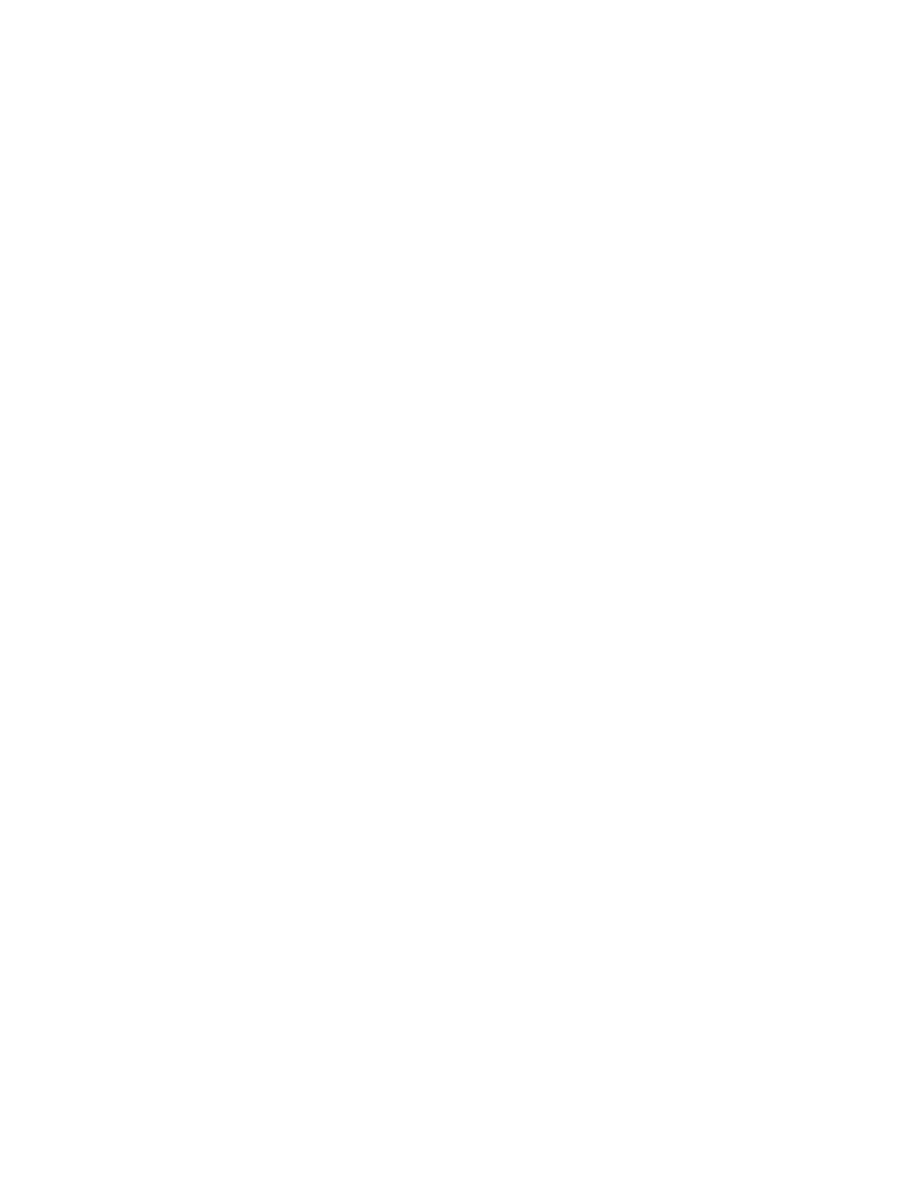
140
14 CFR Ch. I (1–1–24 Edition)
§ 121.341
event the flight terminates in that
water.
[Doc. No. 6713, 31 FR 1147, Jan. 28, 1966, as
amended by Amdt. 121–25, 32 FR 3223, Feb. 24,
1967; Amdt. 121–251, 60 FR 65932, Dec. 20, 1995]
§ 121.341 Equipment for operations in
icing conditions.
(a) Except as permitted in paragraph
(c)(2) of this section, unless an airplane
is type certificated under the transport
category airworthiness requirements
relating to ice protection, or unless an
airplane is a non-transport category
airplane type certificated after Decem-
ber 31, 1964, that has the ice protection
provisions that meet section 34 of ap-
pendix A of part 135 of this chapter, no
person may operate an airplane in
icing conditions unless it is equipped
with means for the prevention or re-
moval of ice on windshields, wings, em-
pennage, propellers, and other parts of
the airplane where ice formation will
adversely affect the safety of the air-
plane.
(b) No person may operate an air-
plane in icing conditions at night un-
less means are provided for illu-
minating or otherwise determining the
formation of ice on the parts of the
wings that are critical from the stand-
point of ice accumulation. Any illu-
minating that is used must be of a type
that will not cause glare or reflection
that would handicap crewmembers in
the performance of their duties.
(c)
Non-transport category airplanes
type certificated after December 31, 1964.
Except for an airplane that has ice pro-
tection provisions that meet section 34
of appendix A of part 135 of this chap-
ter, or those for transport category air-
plane type certification, no person may
operate—
(1) Under IFR into known or forecast
light or moderate icing conditions;
(2) Under VFR into known light or
moderate icing conditions; unless the
airplane has functioning deicing anti-
icing equipment protecting each pro-
peller, windshield, wing, stabilizing or
control surface, and each airspeed, al-
timeter, rate of climb, or flight atti-
tude instrument system; or
(3) Into known or forecast severe
icing conditions.
(d) If current weather reports and
briefing information relied upon by the
pilot in command indicate that the
forecast icing condition that would
otherwise prohibit the flight will not
be encountered during the flight be-
cause of changed weather conditions
since the forecast, the restrictions in
paragraph (c) of this section based on
forecast conditions do not apply.
[Doc. No. 6258, 29 FR 18205, Dec. 31, 1964, as
amended by Amdt. 121–251, 60 FR 65929, Dec.
20, 1995]
§ 121.342 Pitot heat indication systems.
No person may operate a transport
category airplane or, after December
20, 1999, a nontransport category air-
plane type certificated after December
31, 1964, that is equipped with a flight
instrument pitot heating system unless
the airplane is also equipped with an
operable pitot heat indication system
that complies § 25.1326 of this chapter
in effect on April 12, 1978.
[Doc. No. 28154, 60 FR 65932, Dec. 20, 1995]
§ 121.343 Flight data recorders.
(a) Except as provided in paragraphs
(b), (c), (d), (e), and (f) of this section,
no person may operate a large airplane
that is certificated for operations
above 25,000 feet altitude or is turbine-
engine powered unless it is equipped
with one or more approved flight re-
corders that record data from which
the following may be determined with-
in the ranges, accuracies, and record-
ing intervals specified in appendix B of
this part:
(1) Time;
(2) Altitude;
(3) Airspeed;
(4) Vertical acceleration;
(5) Heading; and
(6) Time of each radio transmission
either to or from air traffic control.
(b) No person may operate a large
airplane type certificated up to and in-
cluding September 30, 1969, for oper-
ations above 25,000 feet altitude, or a
turbine-engine powered airplane cer-
tificated before the same date, unless
it is equipped before May 26, 1989 with
one or more approved flight recorders
that utilize a digital method of record-
ing and storing data and a method of
readily retrieving that data from the
storage medium. The following infor-
mation must be able to be determined
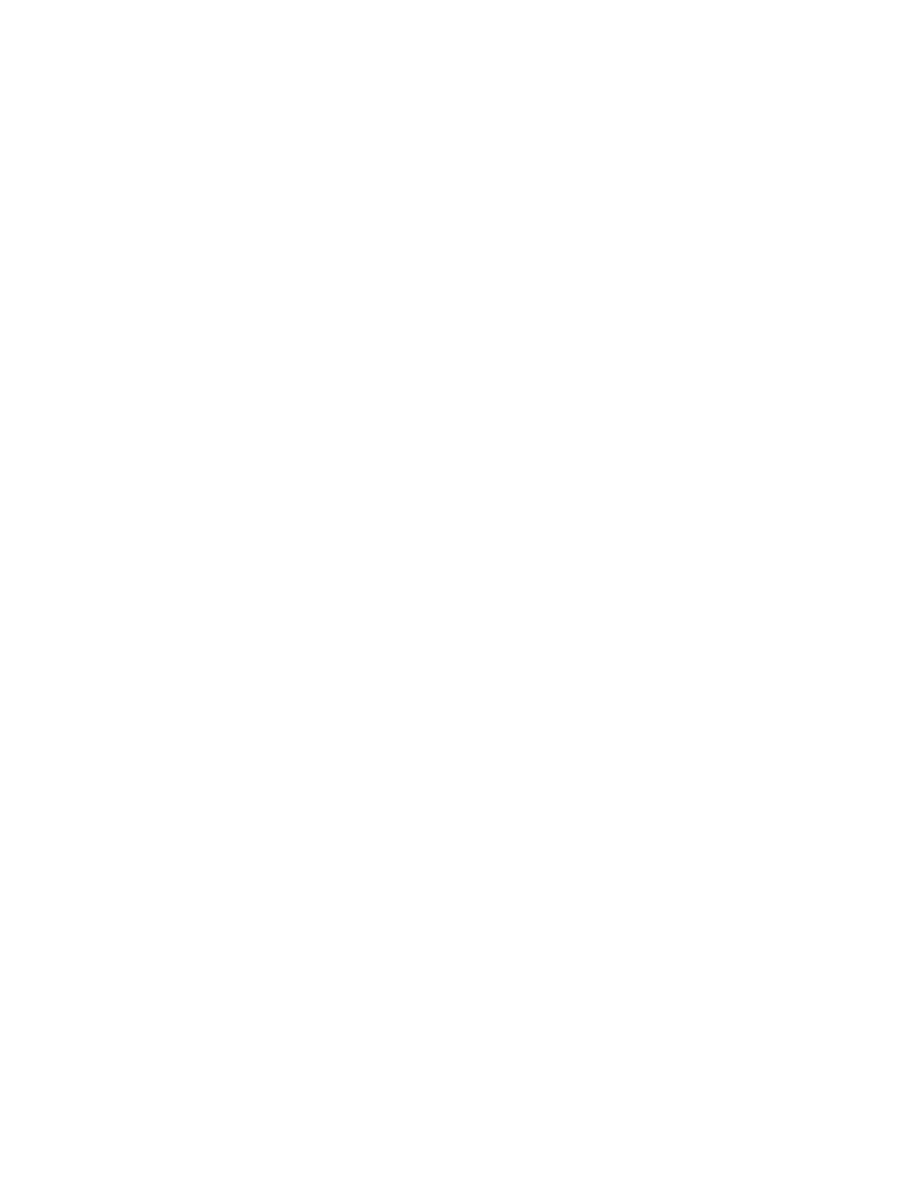
141
Federal Aviation Administration, DOT
§ 121.343
within the ranges, accuracies, and re-
cording intervals specified in appendix
B of this part:
(1) Time;
(2) Altitude;
(3) Airspeed;
(4) Vertical acceleration;
(5) Heading; and
(6) Time of each radio transmission
either to or from air traffic control.
(c) Except as provided in paragraph
(l) of this section, no person may oper-
ate an airplane specified in paragraph
(b) of this section unless it is equipped,
before May 26, 1995, with one or more
approved flight recorders that utilize a
digital method of recording and storing
data and a method of readily retrieving
that data from the storage medium.
The following information must be
able to be determined within the
ranges, accuracies and recording inter-
vals specified in appendix B of this
part:
(1) Time;
(2) Altitude;
(3) Airspeed;
(4) Vertical acceleration;
(5) Heading;
(6) Time of each radio transmission
either to or from air traffic control;
(7) Pitch attitude;
(8) Roll attitude;
(9) Longitudinal acceleration;
(10) Control column or pitch control
surface position; and
(11) Thrust of each engine.
(d) No person may operate an air-
plane specified in paragraph (b) of this
section that is manufactured after May
26, 1989, as well as airplanes specified in
paragraph (a) of this section that have
been type certificated after September
30, 1969, unless it is equipped with one
or more approved flight recorders that
utlitize a digital method of recording
and storing data and a method of read-
ily retrieving that data from the stor-
age medium. The following informa-
tion must be able to be determined
within the ranges, accuracies, and re-
cording intervals specified in appendix
B of this part:
(1) Time;
(2) Altitude;
(3) Airspeed;
(4) Vertical acceleration;
(5) Heading;
(6) Time of each radio transmission
either to or from air traffic control;
(7) Pitch attitude;
(8) Roll attitude;
(9) Longitudinal acceleration;
(10) Pitch trim position;
(11) Control column or pitch control
surface position;
(12) Control wheel or lateral control
surface position;
(13) Rudder pedal or yaw control sur-
face position;
(14) Thrust of each engine;
(15) Position of each thrust reverser;
(16) Trailing edge flap or cockpit flap
control position; and
(17) Leading edge flap or cockpit flap
control position.
For the purpose of this section,
manu-
factured
means the point in time at
which the airplane inspection accept-
ance records reflect that the airplane is
complete and meets the FAA-approved
type design data.
(e) After October 11, 1991, no person
may operate a large airplane equipped
with a digital data bus and ARINC 717
digital flight data acquisition unit
(DFDAU) or equivalent unless it is
equipped with one or more approved
flight recorders that utilize a digital
method of recording and storing data
and a method of readily retrieving that
data from the storage medium. Any pa-
rameters specified in appendix B of this
part that are available on the digital
data bus must be recorded within the
ranges, accuracies, resolutions, and
sampling intervals specified.
(f) After October 11, 1991, no person
may operate an airplane specified in
paragraph (b) of this section that is
manufactured after October 11, 1991,
nor an airplane specified in paragraph
(a) of this section that has been type
certificated after September 30, 1969,
and manufactured after October 11,
1991, unless it is equipped with one or
more flight recorders that utilize a dig-
ital method of recording and storing
data and a method of readily retrieving
that data from the storage medium.
The parameters specified in appendix B
of this part must be recorded within
the ranges, accuracies, resolutions, and
sampling intervals specified.
(g) Whenever a flight recorder re-
quired by this section is installed, it
must be operated continuously from
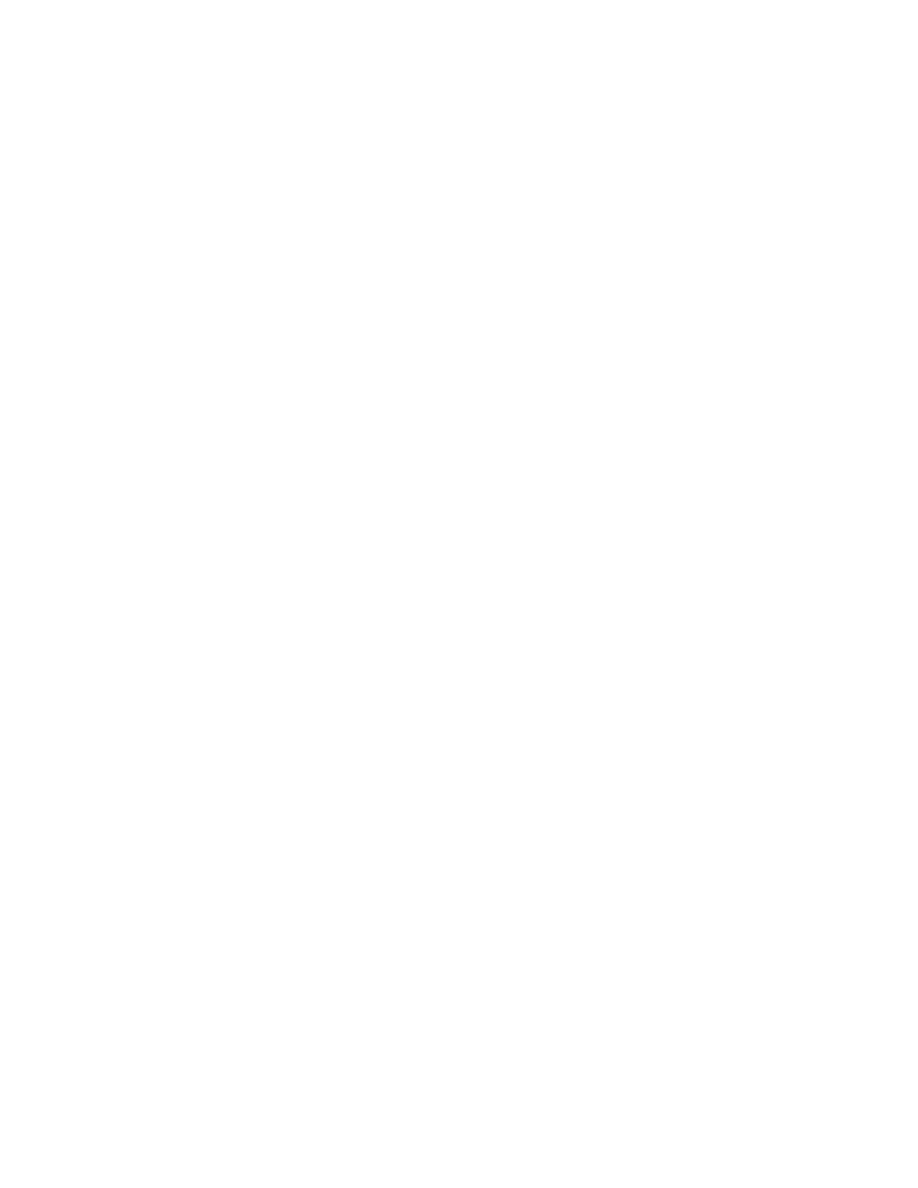
142
14 CFR Ch. I (1–1–24 Edition)
§ 121.344
the instant the airplane begins the
takeoff roll until it has completed the
landing roll at an airport.
(h) Except as provided in paragraph
(i) of this section, and except for re-
corded data erased as authorized in
this paragraph, each certificate holder
shall keep the recorded data prescribed
in paragraph (a), (b), (c), or (d) of this
section, as appropriate, until the air-
plane has been operated for at least 25
hours of the operating time specified in
§ 121.359(a). A total of 1 hour of recorded
data may be erased for the purpose of
testing the flight recorder or the flight
recorder system. Any erasure made in
accordance with this paragraph must
be of the oldest recorded data accumu-
lated at the time of testing. Except as
provided in paragraph (i) of this sec-
tion, no record need be kept more than
60 days.
(i) In the event of an accident or oc-
currence that requires immediate noti-
fication of the National Transportation
Safety Board under part 830 of its regu-
lations and that results in termination
of the flight, the certificate holder
shall remove the recording media from
the airplane and keep the recorded
data required by paragraph (a), (b), (c),
or (d) of this section, as appropriate,
for at least 60 days or for a longer pe-
riod upon the request of the Board or
the Administrator.
(j) Each flight recorder required by
this section must be installed in ac-
cordance with the requirements of
§ 25.1459 of this chapter in effect on Au-
gust 31, 1977. The correlation required
by § 25.1459(c) of this chapter need be
established only on one airplane of any
group of airplanes—
(1) That are of the same type;
(2) On which the model flight re-
corder and its installation are the
same; and
(3) On which there is no difference in
the type design with respect to the in-
stallation of those first pilot’s instru-
ments associated with the flight re-
corder. The most recent instrument
calibration, including the recording
medium from which this calibration is
derived, and the recorder correlation
must be retained by the certificate
holder.
(k) Each flight recorder required by
this section that records the data spec-
ified in paragraph (a), (b), (c), or (d) of
this section, as appropriate, must have
an approved device to assist in locating
that recorder under water.
(l) No person may operate an airplane
specified in paragraph (b) of this sec-
tion that meets the Stage 2 noise levels
of part 36 of this chapter and is subject
to § 91.801(c) of this chapter unless it is
equipped with one or more approved
flight data recorders that utilize a dig-
ital method of recording and storing
data and a method of readily retrieving
that data from the storage medium.
The information specified in para-
graphs (c)(1) through (c)(11) of this sec-
tion must be able to be determined
within the ranges, accuracies and re-
cording intervals specified in appendix
B of this part. In addition—
(1) This flight data recorder must be
installed at the next heavy mainte-
nance check after May 26, 1994, but no
later than May 26, 1995. A heavy main-
tenance check is considered to be any
time an aircraft is scheduled to be out
of service for 4 or more days.
(2) By June 23, 1994, each carrier must
submit to the FAA Flight Standards
Service, Air Transportation Division
(AFS–200), documentation listing those
airplanes covered under this paragraph
and evidence that it has ordered a suf-
ficient number of flight data recorders
to meet the May 26, 1995, compliance
date for all aircraft on that list.
(3) After May 26, 1994, any aircraft
that is modified to meet Stage 3 noise
levels must have the flight data re-
corder described in paragraph (c) of
this section installed before operating
under this part.
(m) After August 20, 2001, this section
applies only to the airplane models
listed in § 121.344(l)(2). All other air-
planes must comply with the require-
ments of § 121.344, as applicable.
[Doc. No. 24418, 52 FR 9636, Mar. 25, 1987, as
amended by Amdt. 121–197, 53 FR 26147, July
11, 1988; Amdt. 121–238, 59 FR 26900, May 24,
1994; Amdt. 121–338, 73 FR 12565, Mar. 7, 2008]
§ 121.344 Digital flight data recorders
for transport category airplanes.
(a) Except as provided in paragraph
(l) of this section, no person may oper-
ate under this part a turbine-engine-
powered transport category airplane
unless it is equipped with one or more
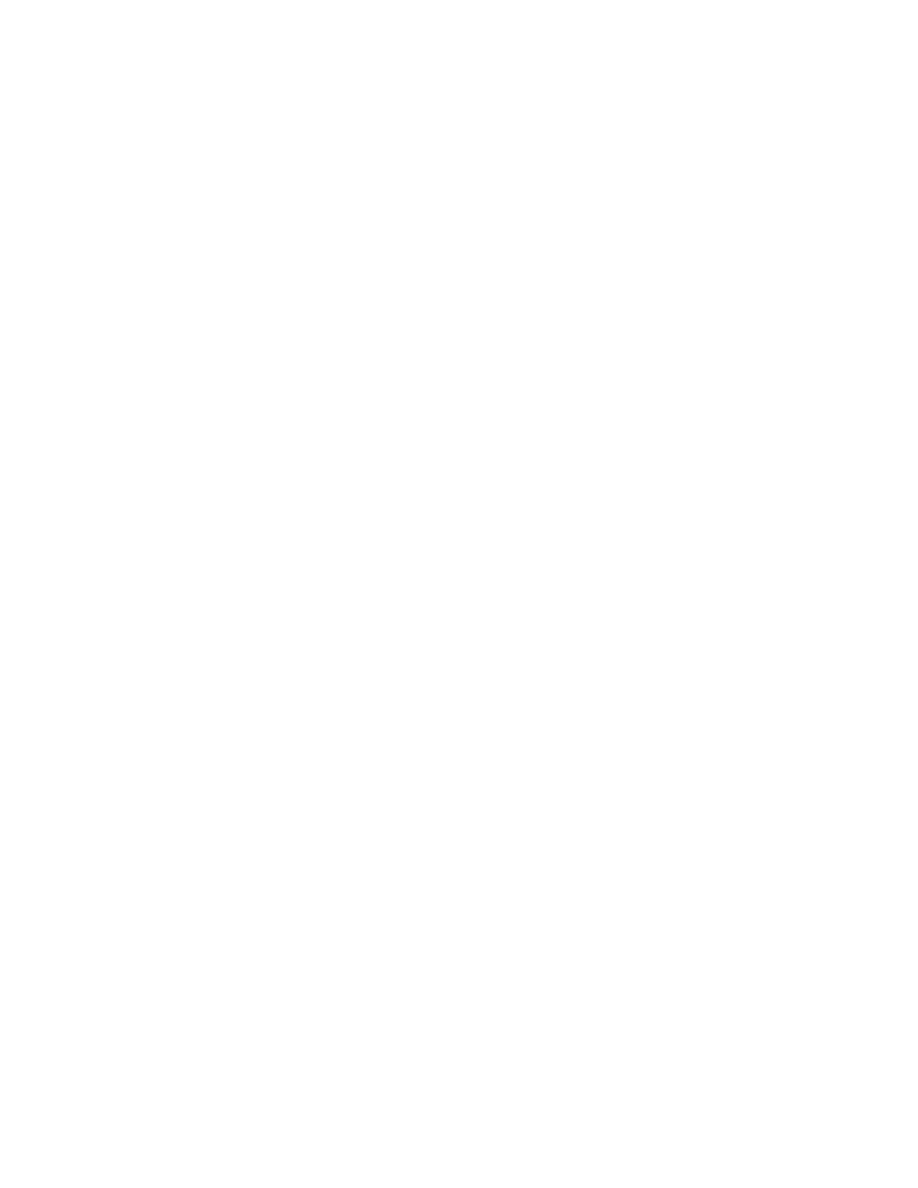
143
Federal Aviation Administration, DOT
§ 121.344
approved flight recorders that use a
digital method of recording and storing
data and a method of readily retrieving
that data from the storage medium.
The operational parameters required to
be recorded by digital flight data re-
corders required by this section are as
follows: The phrase ‘‘when an informa-
tion source is installed’’ following a pa-
rameter indicates that recording of
that parameter is not intended to re-
quire a change in installed equipment:
(1) Time;
(2) Pressure altitude;
(3) Indicated airspeed;
(4) Heading—primary flight crew ref-
erence (if selectable, record discrete,
true or magnetic);
(5) Normal acceleration (Vertical);
(6) Pitch attitude;
(7) Roll attitude;
(8) Manual radio transmitter keying,
or CVR/DFDR synchronization ref-
erence;
(9) Thrust/power of each engine—pri-
mary flight crew reference;
(10) Autopilot engagement status;
(11) Longitudinal acceleration;
(12) Pitch control input;
(13) Lateral control input;
(14) Rudder pedal input;
(15) Primary pitch control surface po-
sition;
(16) Primary lateral control surface
position;
(17) Primary yaw control surface po-
sition;
(18) Lateral acceleration;
(19) Pitch trim surface position or pa-
rameters of paragraph (a)(82) of this
section if currently recorded;
(20) Trailing edge flap or cockpit flap
control selection (except when param-
eters of paragraph (a)(85) of this sec-
tion apply);
(21) Leading edge flap or cockpit flap
control selection (except when param-
eters of paragraph (a)(86) of this sec-
tion apply);
(22) Each Thrust reverser position (or
equivalent for propeller airplane);
(23) Ground spoiler position or speed
brake selection (except when param-
eters of paragraph (a)(87) of this sec-
tion apply);
(24) Outside or total air temperature;
(25) Automatic Flight Control Sys-
tem (AFCS) modes and engagement
status, including autothrottle;
(26) Radio altitude (when an informa-
tion source is installed);
(27) Localizer deviation, MLS Azi-
muth;
(28) Glideslope deviation, MLS Ele-
vation;
(29) Marker beacon passage;
(30) Master warning;
(31) Air/ground sensor (primary air-
plane system reference nose or main
gear);
(32) Angle of attack (when informa-
tion source is installed);
(33) Hydraulic pressure low (each sys-
tem);
(34) Ground speed (when an informa-
tion source is installed);
(35) Ground proximity warning sys-
tem;
(36) Landing gear position or landing
gear cockpit control selection;
(37) Drift angle (when an information
source is installed);
(38) Wind speed and direction (when
an information source is installed);
(39) Latitude and longitude (when an
information source is installed);
(40) Stick shaker/pusher (when an in-
formation source is installed);
(41) Windshear (when an information
source is installed);
(42) Throttle/power lever position;
(43) Additional engine parameters (as
designated in Appendix M of this part);
(44) Traffic alert and collision avoid-
ance system;
(45) DME 1 and 2 distances;
(46) Nav 1 and 2 selected frequency;
(47) Selected barometric setting
(when an information source is in-
stalled);
(48) Selected altitude (when an infor-
mation source is installed);
(49) Selected speed (when an informa-
tion source is installed);
(50) Selected mach (when an informa-
tion source is installed);
(51) Selected vertical speed (when an
information source is installed);
(52) Selected heading (when an infor-
mation source is installed);
(53) Selected flight path (when an in-
formation source is installed);
(54) Selected decision height (when
an information source is installed);
(55) EFIS display format;
(56) Multi-function/engine/alerts dis-
play format;
(57) Thrust command (when an infor-
mation source is installed);
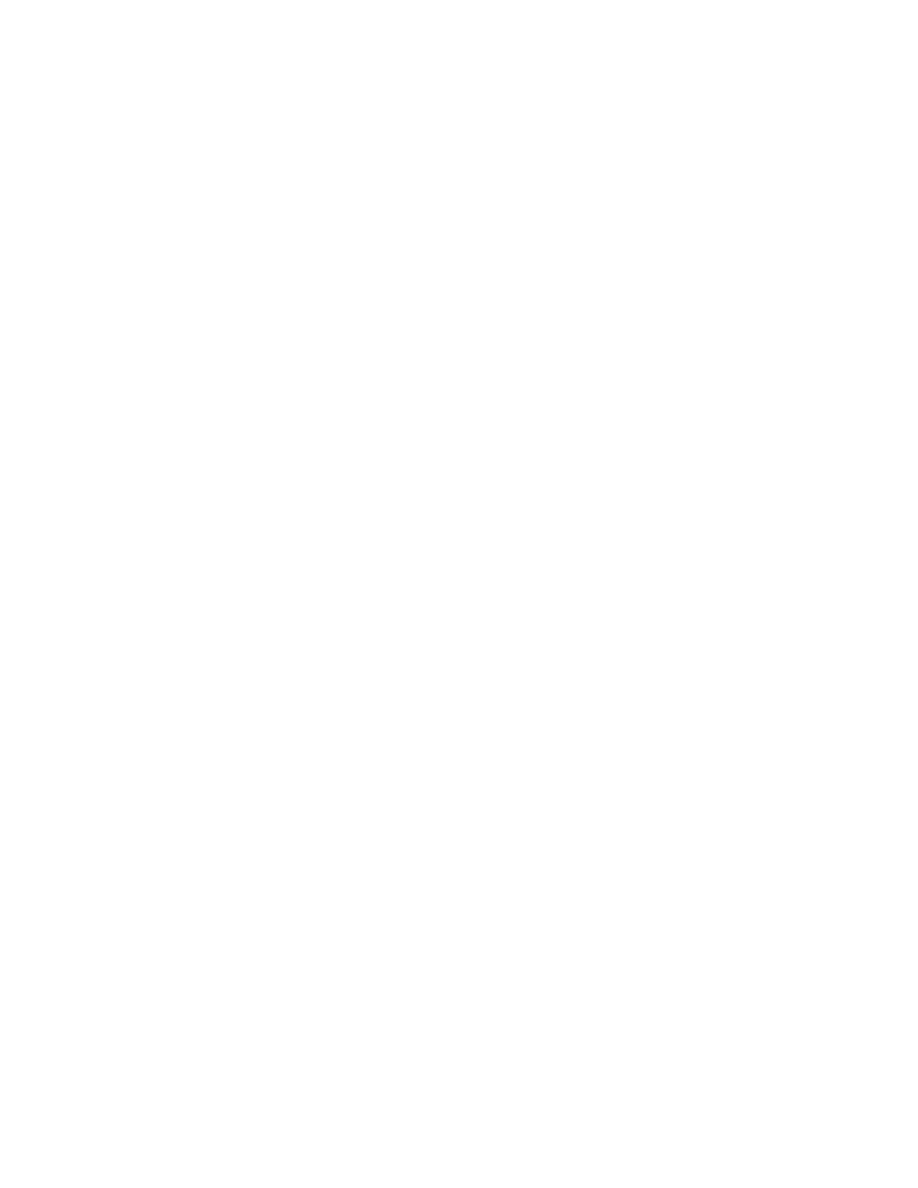
144
14 CFR Ch. I (1–1–24 Edition)
§ 121.344
(58) Thrust target (when an informa-
tion source is installed);
(59) Fuel quantity in CG trim tank
(when an information source is in-
stalled);
(60) Primary Navigation System Ref-
erence;
(61) Icing (when an information
source is installed);
(62) Engine warning each engine vi-
bration (when an information source is
installed);
(63) Engine warning each engine over
temp. (when an information source is
installed);
(64) Engine warning each engine oil
pressure low (when an information
source is installed);
(65) Engine warning each engine over
speed (when an information source is
installed);
(66) Yaw trim surface position;
(67) Roll trim surface position;
(68) Brake pressure (selected system);
(69) Brake pedal application (left and
right);
(70) Yaw or sideslip angle (when an
information source is installed);
(71) Engine bleed valve position
(when an information source is in-
stalled);
(72) De-icing or anti-icing system se-
lection (when an information source is
installed);
(73) Computed center of gravity
(when an information source is in-
stalled);
(74) AC electrical bus status;
(75) DC electrical bus status;
(76) APU bleed valve position (when
an information source is installed);
(77) Hydraulic pressure (each sys-
tem);
(78) Loss of cabin pressure;
(79) Computer failure;
(80) Heads-up display (when an infor-
mation source is installed);
(81) Para-visual display (when an in-
formation source is installed);
(82) Cockpit trim control input posi-
tion—pitch;
(83) Cockpit trim control input posi-
tion—roll;
(84) Cockpit trim control input posi-
tion—yaw;
(85) Trailing edge flap and cockpit
flap control position;
(86) Leading edge flap and cockpit
flap control position;
(87) Ground spoiler position and speed
brake selection;
(88) All cockpit flight control input
forces (control wheel, control column,
rudder pedal);
(89) Yaw damper status;
(90) Yaw damper command; and
(91) Standby rudder valve status.
(b) For all turbine-engine powered
transport category airplanes manufac-
tured on or before October 11, 1991, by
August 20, 2001.
(1) For airplanes not equipped as of
July 16, 1996, with a flight data acquisi-
tion unit (FDAU), the parameters list-
ed in paragraphs (a)(1) through (a)(18)
of this section must be recorded within
the ranges and accuracies specified in
Appendix B of this part, and—
(i) For airplanes with more than two
engines, the parameter described in
paragraph (a)(18) is not required unless
sufficient capacity is available on the
existing recorder to record that param-
eter;
(ii) Parameters listed in paragraphs
(a)(12) through (a)(17) each may be re-
corded from a single source.
(2) For airplanes that were equipped
as of July 16, 1996, with a flight data
acquisition unit (FDAU), the param-
eters listed in paragraphs (a)(1)
through (a)(22) of this section must be
recorded within the ranges, accuracies,
and recording intervals specified in Ap-
pendix M of this part. Parameters list-
ed in paragraphs (a)(12) through (a)(17)
each may be recorded from a single
source.
(3) The approved flight recorder re-
quired by this section must be installed
at the earliest time practicable, but no
later than the next heavy maintenance
check after August 18, 1999 and no later
than August 20, 2001. A heavy mainte-
nance check is considered to be any
time an airplane is scheduled to be out
of service for 4 or more days and is
scheduled to include access to major
structural components.
(c) For all turbine-engine powered
transport category airplanes manufac-
tured on or before October 11, 1991—
(1) That were equipped as of July 16,
1996, with one or more digital data
bus(es) and an ARINC 717 digital flight
data acquisition unit (DFDAU) or
equivalent, the parameters specified in
paragraphs (a)(1) through (a)(22) of this
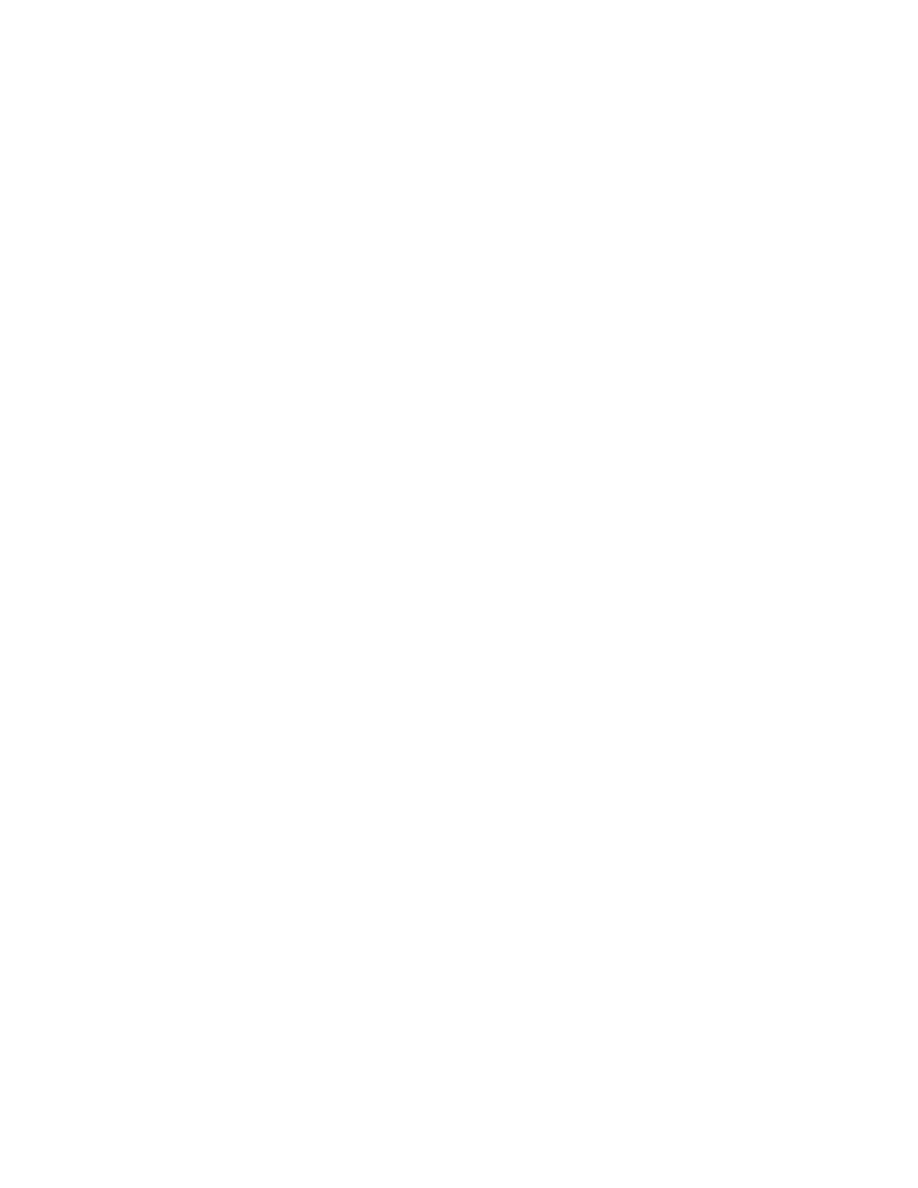
145
Federal Aviation Administration, DOT
§ 121.344
section must be recorded within the
ranges, accuracies, resolutions, and
sampling intervals specified in Appen-
dix M of this part by August 20, 2001.
Parameters listed in paragraphs (a)(12)
through (a)(14) each may be recorded
from a single source.
(2) Commensurate with the capacity
of the recording system (DFDAU or
equivalent and the DFDR), all addi-
tional parameters for which informa-
tion sources are installed and which
are connected to the recording system
must be recorded within the ranges, ac-
curacies, resolutions, and sampling in-
tervals specified in Appendix M of this
part by August 20, 2001.
(3) That were subject to § 121.343(e) of
this part, all conditions of § 121.343(e)
must continue to be met until compli-
ance with paragraph (c)(1) of this sec-
tion is accomplished.
(d) For all turbine-engine-powered
transport category airplanes that were
manufactured after October 11, 1991—
(1) The parameters listed in para-
graph (a)(1) through (a)(34) of this sec-
tion must be recorded within the
ranges, accuracies, resolutions, and re-
cording intervals specified in Appendix
M of this part by August 20, 2001. Pa-
rameters listed in paragraphs (a)(12)
through (a)(14) each may be recorded
from a single source.
(2) Commensurate with the capacity
of the recording system, all additional
parameters for which information
sources are installed and which are
connected to the recording system
must be recorded within the ranges, ac-
curacies, resolutions, and sampling in-
tervals specified in Appendix M of this
part by August 20, 2001.
(e) For all turbine-engine-powered
transport category airplanes that are
manufactured after August 18, 2000—
(1) The parameters listed in para-
graph (a)(1) through (57) of this section
must be recorded within the ranges, ac-
curacies, resolutions, and recording in-
tervals specified in Appendix M of this
part.
(2) Commensurate with the capacity
of the recording system, all additional
parameters for which information
sources are installed and which are
connected to the recording system,
must be recorded within the ranges, ac-
curacies, resolutions, and sampling in-
tervals specified in Appendix M of this
part.
(3) In addition to the requirements of
paragraphs (e)(1) and (e)(2) of this sec-
tion, all Boeing 737 model airplanes
must also comply with the require-
ments of paragraph (n) of this section,
as applicable.
(f) For all turbine-engine-powered
transport category airplanes manufac-
tured after August 19, 2002—
(1) The parameters listed in para-
graphs (a)(1) through (a)(88) of this sec-
tion must be recorded within the
ranges, accuracies, resolutions, and re-
cording intervals specified in appendix
M to this part.
(2) In addition to the requirements of
paragraphs (f)(1) of this section, all
Boeing 737 model airplanes must also
comply with the requirements of para-
graph (n) of this section.
(g) Whenever a flight data recorder
required by this section is installed, it
must be operated continuously from
the instant the airplane begins its
takeoff roll until it has completed its
landing roll.
(h) Except as provided in paragraph
(i) of this section, and except for re-
corded data erased as authorized in
this paragraph, each certificate holder
shall keep the recorded data prescribed
by this section, as appropriate, until
the airplane has been operated for at
least 25 hours of the operating time
specified in § 121.359(a) of this part. A
total of 1 hour of recorded data may be
erased for the purpose of testing the
flight recorder or the flight recorder
system. Any erasure made in accord-
ance with this paragraph must be of
the oldest recorded data accumulated
at the time of testing. Except as pro-
vided in paragraph (i) of this section,
no record need be kept more than 60
days.
(i) In the event of an accident or oc-
currence that requires immediate noti-
fication of the National Transportation
Safety Board under 49 CFR 830 of its
regulations and that results in termi-
nation of the flight, the certificate
holder shall remove the recorder from
the airplane and keep the recorder data
prescribed by this section, as appro-
priate, for at least 60 days or for a
longer period upon the request of the
Board or the Administrator.
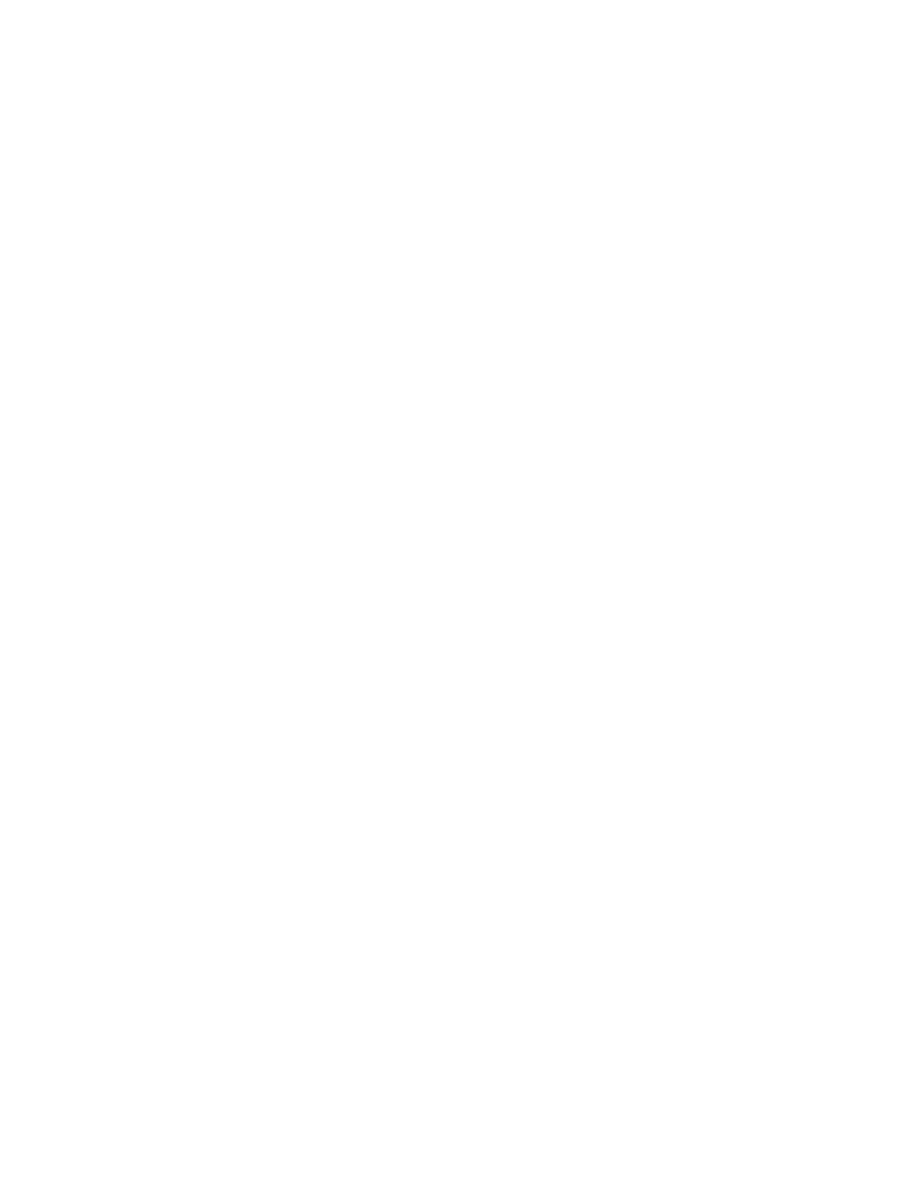
146
14 CFR Ch. I (1–1–24 Edition)
§ 121.344a
(j) Each flight data recorder system
required by this section must be in-
stalled in accordance with the require-
ments of § 25.1459(a) (except paragraphs
(a)(3)(ii) and (a)(7)), (b), (d) and (e) of
this chapter. A correlation must be es-
tablished between the values recorded
by the flight data recorder and the cor-
responding values being measured. The
correlation must contain a sufficient
number of correlation points to accu-
rately establish the conversion from
the recorded values to engineering
units or discrete state over the full op-
erating range of the parameter. Except
for airplanes having separate altitude
and airspeed sensors that are an inte-
gral part of the flight data recorder
system, a single correlation may be es-
tablished for any group of airplanes—
(1) That are of the same type;
(2) On which the flight recorder sys-
tem and its installation are the same;
and
(3) On which there is no difference in
the type design with respect to the in-
stallation of those sensors associated
with the flight data recorder system.
Documentation sufficient to convert
recorded data into the engineering
units and discrete values specified in
the applicable appendix must be main-
tained by the certificate holder.
(k) Each flight data recorder required
by this section must have an approved
device to assist in locating that re-
corder under water.
(l) The following airplanes that were
manufactured before August 18, 1997
need not comply with this section, but
must continue to comply with applica-
ble paragraphs of § 121.343 of this chap-
ter, as appropriate:
(1) Airplanes that meet the State 2
noise levels of part 36 of this chapter
and are subject to § 91.801(c) of this
chapter, until January 1, 2000. On and
after January 1, 2000, any Stage 2 air-
plane otherwise allowed to be operated
under Part 91 of this chapter must
comply with the applicable flight data
recorder requirements of this section
for that airplane.
(2) British Aerospace 1–11, General
Dynamics Convair 580, General Dynam-
ics Convair 600, General Dynamics
Convair 640, deHavilland Aircraft Com-
pany Ltd. DHC–7, Fairchild Industries
FH 227, Fokker F–27 (except Mark 50),
F–28 Mark 1000 and Mark 4000, Gulf-
stream Aerospace G–159, Jetstream 4100
Series, Lockheed Aircraft Corporation
Electra 10–A, Lockheed Aircraft Cor-
poration Electra 10–B, Lockheed Air-
craft Corporation Electra 10–E, Lock-
heed Aircraft Corporation Electra L–
188, Lockheed Martin Model 382 (L–100)
Hercules, Maryland Air Industries, Inc.
F27, Mitsubishi Heavy Industries, Ltd.
YS–11, Short Bros. Limited SD3–30,
Short Bros. Limited SD3–60.
(m) All aircraft subject to the re-
quirements of this section that are
manufactured on or after April 7, 2010,
must have a digital flight data recorder
installed that also—
(1) Meets the requirements of
§ 25.1459(a)(3), (a)(7), and (a)(8) of this
chapter; and
(2) Retains the 25 hours of recorded
information required in paragraph (h)
of this section using a recorder that
meets the standards of TSO–C124a, or
later revision.
(n) In addition to all other applicable
requirements of this section, all Boeing
737 model airplanes manufactured after
August 18, 2000 must record the param-
eters listed in paragraphs (a)(88)
through (a)(91) of this section within
the ranges, accuracies, resolutions, and
recording intervals specified in Appen-
dix M to this part. Compliance with
this paragraph is required no later
than February 2, 2011.
[Doc. No. 28109, 62 FR 38378, July 17, 1997; 62
FR 48135, Sept. 12, 1997, as amended by Amdt.
121–300, 68 FR 42936, July 18, 2003; 68 FR 50069,
Aug. 20, 2003; Amdt. 121–338, 73 FR 12565, Mar.
7, 2008; Amdt. 121–342, 73 FR 73178, Dec. 2,
2008; Amdt. 121–338, 74 FR 32800, July 9, 2009]
§ 121.344a Digital flight data recorders
for 10–19 seat airplanes.
(a) Except as provided in paragraph
(f) of this section, no person may oper-
ate under this part a turbine-engine-
powered airplane having a passenger
seating configuration, excluding any
required crewmember seat, of 10 to 19
seats, that was brought onto the U.S.
register after, or was registered outside
the United States and added to the op-
erator’s U.S. operations specifications
after, October 11, 1991, unless it is
equipped with one or more approved
flight recorders that use a digital
method of recording and storing data
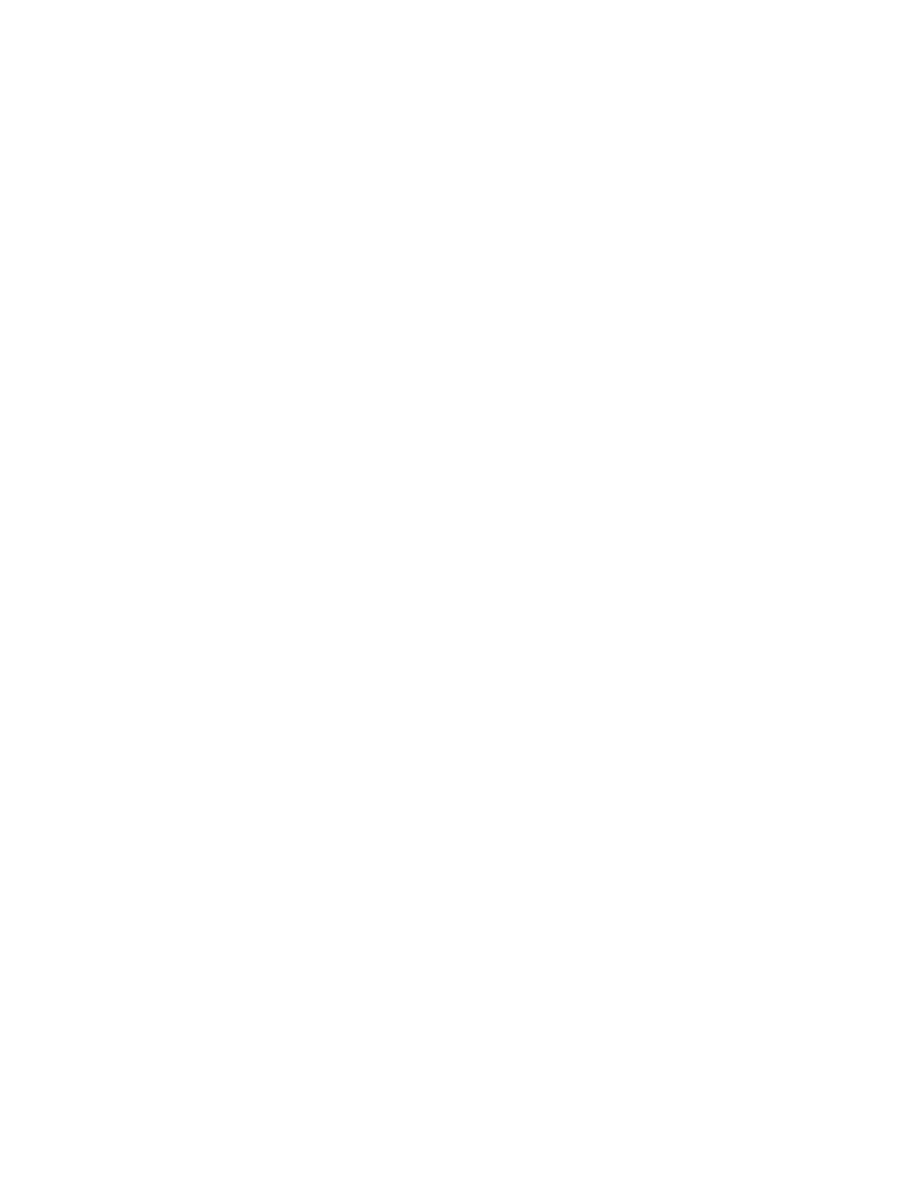
147
Federal Aviation Administration, DOT
§ 121.344a
and a method of readily retrieving that
data from the storage medium. On or
before August 20, 2001, airplanes
brought onto the U.S. register after Oc-
tober 11, 1991, must comply with either
the requirements in this section or the
applicable paragraphs in § 135.152 of this
chapter. In addition, by August 20, 2001.
(1) The parameters listed in
§§ 121.344(a)(1) through 121.344(a)(18) of
this part must be recorded with the
ranges, accuracies, and resolutions
specified in Appendix B of part 135 of
this chapter, except that—
(i) Either the parameter listed in
§ 121.344 (a)(12) or (a)(15) of this part
must be recorded; either the param-
eters listed in § 121.344(a)(13) or (a)(16)
of this part must be recorded; and ei-
ther the parameter listed in
§ 121.344(a)(14) or (a)(17) of this part
must be recorded.
(ii) For airplanes with more than two
engines, the parameter described in
§ 121.344(a)(18) of this part must also be
recorded if sufficient capacity is avail-
able on the existing recorder to record
that parameter;
(iii) Parameters listed in
§§ 121.344(a)(12) through 121.344(a)(17) of
this part each may be recorded from a
single source;
(iv) Any parameter for which no
value is contained in Appendix B of
part 135 of this chapter must be re-
corded within the ranges, accuracies,
and resolutions specified in Appendix
M of this part.
(2) Commensurate with the capacity
of the recording system (FDAU or
equivalent and the DFDR), the param-
eters listed in §§ 121.344(a)(19) through
121.344(a)(22) of this part also must be
recorded within the ranges, accuracies,
resolutions, and recording intervals
specified in Appendix B of part 135 of
this chapter.
(3) The approved flight recorder re-
quired by this section must be installed
as soon as practicable, but no later
than the next heavy maintenance
check or equivalent after August 18,
1999. A heavy maintenance check is
considered to be any time an airplane
is scheduled to be out of service for 4
more days and is scheduled to include
access to major structural components.
(b) For a turbine-engine-powered air-
planes having a passenger seating con-
figuration, excluding any required
crewmember seat, of 10 to 19 seats, that
are manufactured after August 18, 2000.
(1) The parameters listed in
§§ 121.344(a)(1) through 121.344(a)(57) of
this part, must be recorded within the
ranges, accuracies, resolutions, and re-
cording intervals specified in Appendix
M of this part.
(2) Commensurate with the capacity
of the recording system, all additional
parameters listed in § 121.344(a) of this
part for which information sources are
installed and which are connected to
the recording system, must be recorded
within the ranges, accuracies, resolu-
tions, and sampling intervals specified
in Appendix M of this part by August
20, 2001.
(c) For all turbine-engine-powered
airplanes having a passenger seating
configuration, excluding any required
crewmember seats, of 10 to 19 seats,
that are manufactured after August 19,
2002, the parameters listed in
§ 121.344(a)(1) through (a)(88) of this
part must be recorded within the
ranges, accuracies, resolutions, and re-
cording intervals specified in Appendix
M of this part.
(d) Each flight data recorder system
required by this section must be in-
stalled in accordance with the require-
ments of § 23.1459(a) (except paragraphs
(a)(3)(ii) and (6)), (b), (d) and (e) of this
chapter. A correlation must be estab-
lished between the values recorded by
the flight data recorder and the cor-
responding values being measured. The
correlation must contain a sufficient
number of correlation points to accu-
rately establish the conversion from
the recorded values to engineering
units or discrete state over the full op-
erating range of the parameter. A sin-
gle correlation may be established for
any group of airplanes—
(1) That are of the same type;
(2) On which the flight recorder sys-
tem and its installation are the same;
and
(3) On which there is no difference in
the type design with respect to the in-
stallation of those sensors associated
with the flight data recorder system.
Correlation documentation must be
maintained by the certificate holder.
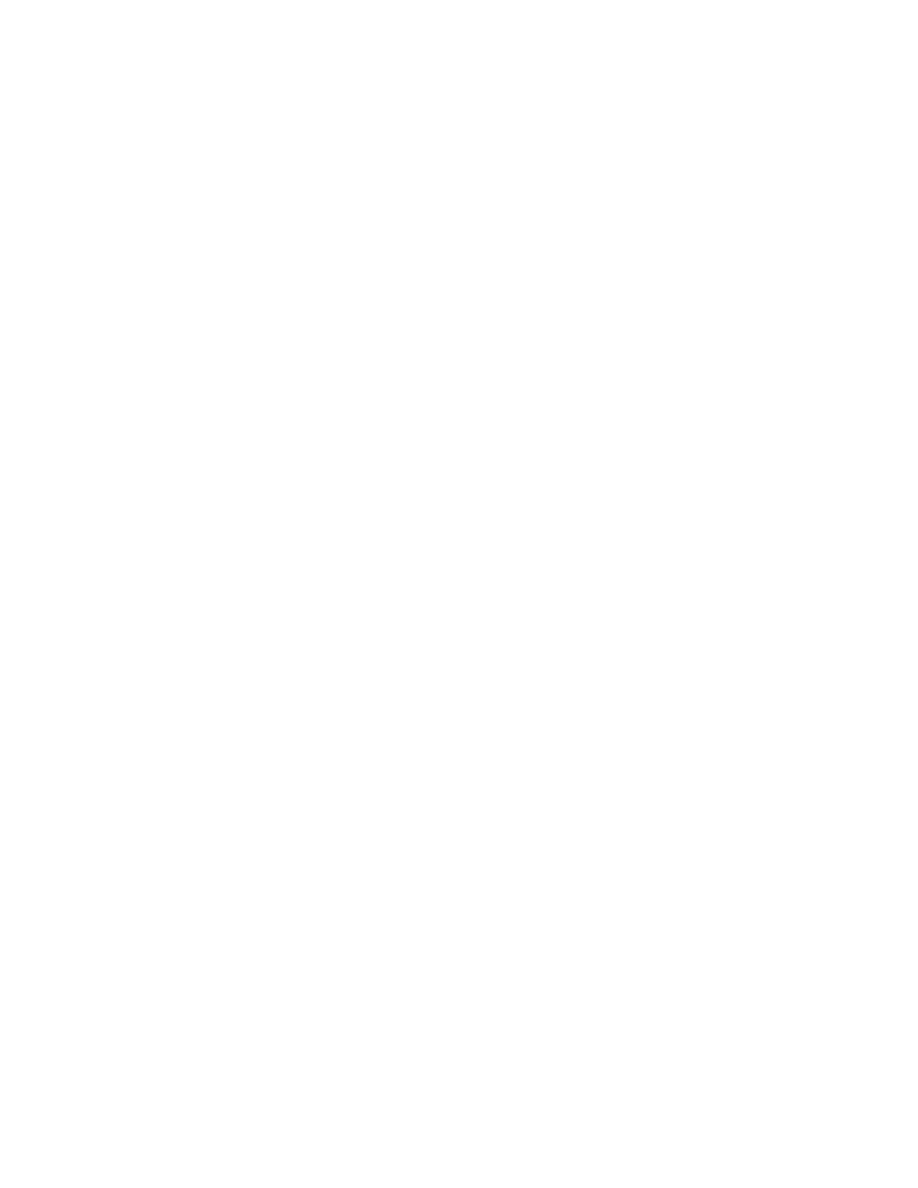
148
14 CFR Ch. I (1–1–24 Edition)
§ 121.345
(e) All airplanes subject to this sec-
tion are also subject to the require-
ments and exceptions stated in
§ 121.344(g) through (k) and § 121.346.
(f) For airplanes that were manufac-
tured before August 18, 1997, the fol-
lowing airplane types need not comply
with this section, but must continue to
comply with applicable paragraphs of
§ 135.152 of this chapter, as appropriate:
Beech Aircraft–99 Series, Beech Air-
craft 1300, Beech Aircraft 1900C,
Construcciones Aeronauticas, S.A.
(CASA) C–212, deHavilland DHC–6,
Dornier 228, HS–748, Embraer EMB 110,
Jetstream 3101, Jetstream 3201, Fair-
child Aircraft SA–226, Fairchild Metro
SA–227.
(g) All airplanes subject to the re-
quirements of this section that are
manufactured on or after April 7, 2010,
must have a digital flight data recorder
installed that also—
(1) Meets the requirements in
§ 23.1459(a)(3), (a)(6), and (a)(7) or
§ 25.1459(a)(3), (a)(7), and (a)(8) of this
chapter, as applicable; and
(2) Retains the 25 hours of recorded
information required in § 121.344(g)
using a recorder that meets the stand-
ards of TSO–C124a, or later revision.
[Doc. No. 28109, 62 FR 38380, July 17, 1997; 62
FR 48135, Sept. 12, 1997; 62 FR 65202, Dec. 11,
1997, as amended by Amdt. 121–300, 68 FR
42936, July 18, 2003; Amdt. 121–338, 73 FR
12566, Mar. 7, 2008; Amdt. 121–338, 74 FR 32801,
July 9, 2009; Amdt. 121–347, 75 FR 7356, Feb.
19, 2010]
§ 121.345 Radio equipment.
(a) No person may operate an air-
plane unless it is equipped with radio
equipment required for the kind of op-
eration being conducted.
(b) Where two independent (separate
and complete) radio systems are re-
quired by §§ 121.347 and 121.349, each
system must have an independent an-
tenna installation except that, where
rigidly supported nonwire antennas or
other antenna installations of equiva-
lent reliability are used, only one an-
tenna is required.
(c) ATC transponder equipment in-
stalled within the time periods indi-
cated below must meet the perform-
ance and environmental requirements
of the following TSO’s:
(1)
Through January 1, 1992:
(i) Any
class of TSO-C74b or any class of TSO-
C74c as appropriate, provided that the
equipment was manufactured before
January 1, 1990; or
(ii) The appropriate class of TSO-C112
(Mode S).
(2)
After January 1, 1992:
The appro-
priate class of TSO-C112 (Mode S). For
purposes of paragraph (c) (2) of this sec-
tion, ‘‘installation’’ does not include—
(i) Temporary installation of TSO-
C74b or TSO-C74c substitute equip-
ment, as appropriate, during mainte-
nance of the permanent equipment;
(ii) Reinstallation of equipment after
temporary removal for maintenance; or
(iii) For fleet operations, installation
of equipment in a fleet aircraft after
removal of the equipment for mainte-
nance from another aircraft in the
same operator’s fleet.
[Doc. No. 6258, 29 FR 19205, Dec. 31, 1964, as
amended by Amdt. 121–101, 37 FR 28499, Dec.
27, 1972; Amdt. 121–190, 52 FR 3391, Feb. 3,
1987]
§ 121.346 Flight data recorders: fil-
tered data.
(a) A flight data signal is filtered
when an original sensor signal has been
changed in any way, other than
changes necessary to:
(1) Accomplish analog to digital con-
version of the signal;
(2) Format a digital signal to be
DFDR compatible; or
(3) Eliminate a high frequency com-
ponent of a signal that is outside the
operational bandwidth of the sensor.
(b) An original sensor signal for any
flight recorder parameter required to
be recorded under § 121.344 may be fil-
tered only if the recorded signal value
continues to meet the requirements of
Appendix B or M of this part, as appli-
cable.
(c) For a parameter described in
§ 121.344(a) (12) through (17), (42), or (88),
or the corresponding parameter in Ap-
pendix B of this part, if the recorded
signal value is filtered and does not
meet the requirements of Appendix B
or M of this part, as applicable, the cer-
tificate holder must:
(1) Remove the filtering and ensure
that the recorded signal value meets
the requirements of Appendix B or M of
this part, as applicable; or

149
Federal Aviation Administration, DOT
§ 121.349
(2) Demonstrate by test and analysis
that the original sensor signal value
can be reconstructed from the recorded
data. This demonstration requires
that:
(i) The FAA determine that the pro-
cedure and the test results submitted
by the certificate holder as its compli-
ance with paragraph (c)(2) of this sec-
tion are repeatable; and
(ii) The certificate holder maintains
documentation of the procedure re-
quired to reconstruct the original sen-
sor signal value. This documentation is
also subject to the requirements of
§ 121.344(i).
(d)
Compliance.
Compliance is re-
quired as follows:
(1) No later than October 20, 2011,
each operator must determine, for each
airplane on its operations specifica-
tions, whether the airplane’s DFDR
system is filtering any of the param-
eters listed in paragraph (c) of this sec-
tion. The operator must create a record
of this determination for each airplane
it operates, and maintain it as part of
the correlation documentation re-
quired by § 121.344(j)(3) of this part.
(2) For airplanes that are not fil-
tering any listed parameter, no further
action is required unless the airplane’s
DFDR system is modified in a manner
that would cause it to meet the defini-
tion of filtering on any listed param-
eter.
(3) For airplanes found to be filtering
a parameter listed in paragraph (c) of
this section, the operator must either:
(i) No later than April 21, 2014, re-
move the filtering; or
(ii) No later than April 22, 2013, sub-
mit the necessary procedure and test
results required by paragraph (c)(2) of
this section.
(4) After April 21, 2014, no aircraft
flight data recording system may filter
any parameter listed in paragraph (c)
of this section that does not meet the
requirements of Appendix B or M of
this part, unless the certificate holder
possesses test and analysis procedures
and the test results that have been ap-
proved by the FAA. All records of
tests, analysis and procedures used to
comply with this section must be
maintained as part of the correlation
documentation required by
§ 121.344(j)(3) of this part.
[Doc. No. FAA–2006–26135, 75 FR 7356, Feb. 19,
2010]
§ 121.347 Communication and naviga-
tion equipment for operations
under VFR over routes navigated
by pilotage.
(a) No person may operate an air-
plane under VFR over routes that can
be navigated by pilotage unless the air-
plane is equipped with the radio com-
munication equipment necessary under
normal operating conditions to fulfill
the following:
(1) Communicate with at least one
appropriate station from any point on
the route;
(2) Communicate with appropriate air
traffic control facilities from any point
within Class B, Class C, or Class D air-
space, or within a Class E surface area
designated for an airport in which
flights are intended; and
(3) Receive meteorological informa-
tion from any point en route by either
of two independent systems. One of the
means provided to comply with this
subparagraph may be used to comply
with paragraphs (a)(1) and (2) of this
section.
(b) No person may operate an air-
plane at night under VFR over routes
that can be navigated by pilotage un-
less that airplane is equipped with—
(1) Radio communication equipment
necessary under normal operating con-
ditions to fulfill the functions specified
in paragraph (a) of this section; and
(2) Navigation equipment suitable for
the route to be flown.
[Doc. No. 6258, 29 FR 19205, Dec. 31, 1964, as
amended by Amdt. 121–226, 56 FR 65663, Dec.
17, 1991; Amdt. 121–333, 72 FR 31681, June 7,
2007]
§ 121.349 Communication and naviga-
tion equipment for operations
under VFR over routes not navi-
gated by pilotage or for operations
under IFR or over the top.
(a)
Navigation equipment require-
ments—General.
No person may conduct
operations under VFR over routes that
cannot be navigated by pilotage, or op-
erations conducted under IFR or over
the top, unless—
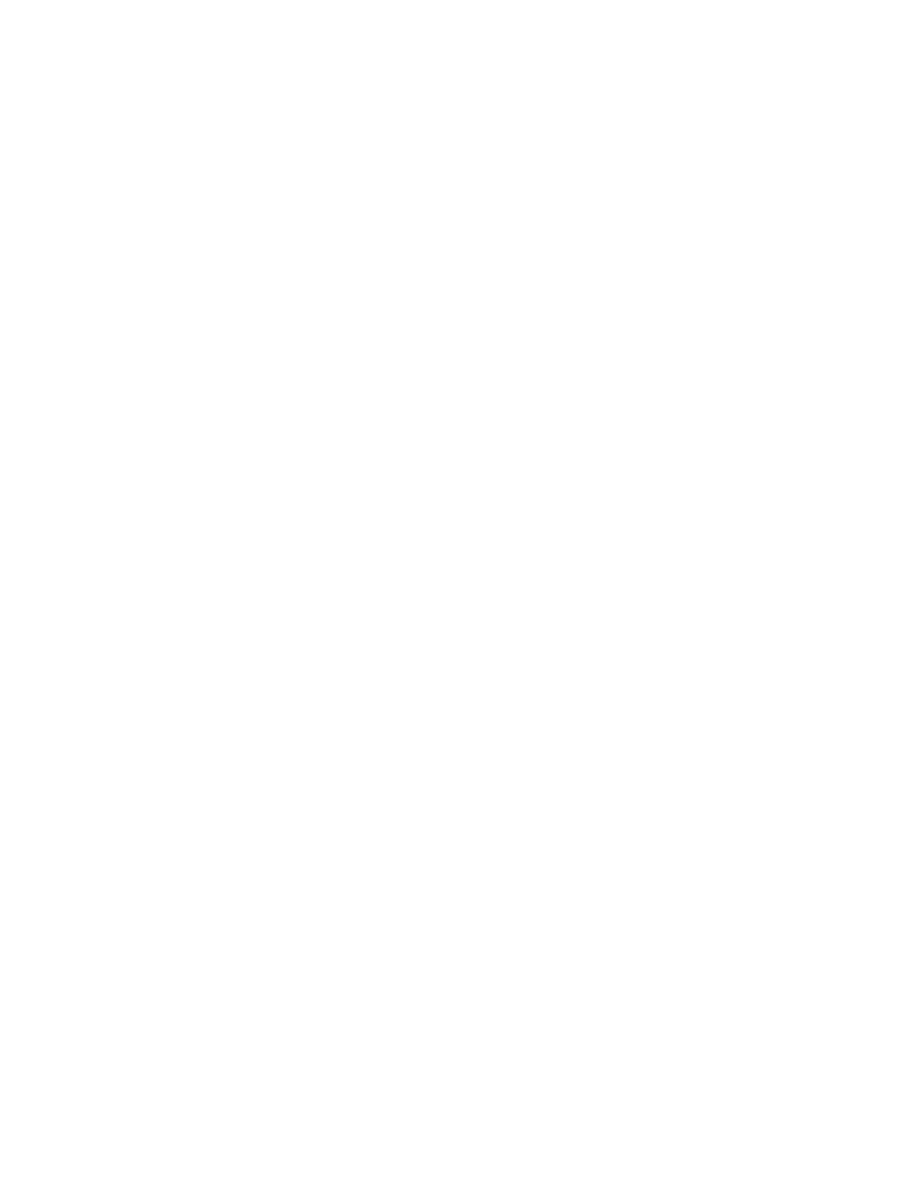
150
14 CFR Ch. I (1–1–24 Edition)
§ 121.351
(1) The en route navigation aids nec-
essary for navigating the airplane
along the route (e.g., ATS routes, ar-
rival and departure routes, and instru-
ment approach procedures, including
missed approach procedures if a missed
approach routing is specified in the
procedure) are available and suitable
for use by the aircraft navigation sys-
tems required by this section;
(2) The airplane used in those oper-
ations is equipped with at least—
(i) Except as provided in paragraph
(c) of this section, two approved inde-
pendent navigation systems suitable
for navigating the airplane along the
route to be flown within the degree of
accuracy required for ATC;
(ii) One marker beacon receiver pro-
viding visual and aural signals; and
(iii) One ILS receiver; and
(3) Any RNAV system used to meet
the navigation equipment require-
ments of this section is authorized in
the certificate holder’s operations
specifications.
(b)
Communication equipment require-
ments.
No person may operate an air-
plane under VFR over routes that can-
not be navigated by pilotage, and no
person may operate an airplane under
IFR or over the top, unless the airplane
is equipped with—
(1) At least two independent commu-
nication systems necessary under nor-
mal operating conditions to fulfill the
functions specified in § 121.347 (a); and
(2) At least one of the communica-
tion systems required by paragraph
(b)(1) of this section must have two-
way voice communication capability.
(c)
Use of a single independent naviga-
tion system for operations under VFR over
routes that cannot be navigated by pilot-
age, or operations conducted under IFR
or over the top.
Notwithstanding the re-
quirements of paragraph (a)(2)(i) of this
section, the airplane may be equipped
with a single independent navigation
system suitable for navigating the air-
plane along the route to be flown with-
in the degree of accuracy required for
ATC if:
(1) It can be shown that the airplane
is equipped with at least one other
independent navigation system suit-
able, in the event of loss of the naviga-
tion capability of the single inde-
pendent navigation system permitted
by this paragraph at any point along
the route, for proceeding safely to a
suitable airport and completing an in-
strument approach; and
(2) The airplane has sufficient fuel so
that the flight may proceed safely to a
suitable airport by use of the remain-
ing navigation system, and complete
an instrument approach and land.
(d)
Use of VOR navigation equipment.
If VOR navigation equipment is used to
comply with paragraph (a) or (c) of this
section, no person may operate an air-
plane unless it is equipped with at least
one approved DME or suitable RNAV
system.
(e)
Additional communication system
equipment requirements for operators sub-
ject to § 121.2.
In addition to the require-
ments in paragraph (b) of this section,
no person may operate an airplane hav-
ing a passenger seat configuration of 10
to 30 seats, excluding each crewmember
seat, and a maximum payload capacity
of 7,500 pounds or less, under IFR, over
the top, or in extended over-water op-
erations unless it is equipped with at
least—
(1) Two microphones; and
(2) Two headsets, or one headset and
one speaker.
[Doc. No. FAA–2002–14002, 72 FR 31681, June 7,
2007]
§ 121.351 Communication and naviga-
tion equipment for extended over-
water operations and for certain
other operations.
(a) Except as provided in paragraph
(c) of this section, no person may con-
duct an extended over-water operation
unless the airplane is equipped with at
least two independent long-range navi-
gation systems and at least two inde-
pendent long-range communication
systems necessary under normal oper-
ating conditions to fulfill the following
functions—
(1) Communicate with at least one
appropriate station from any point on
the route;
(2) Receive meteorological informa-
tion from any point on the route by ei-
ther of two independent communica-
tion systems. One of the communica-
tion systems used to comply with this
paragraph may be used to comply with
paragraphs (a)(1) and (a)(3) of this sec-
tion; and
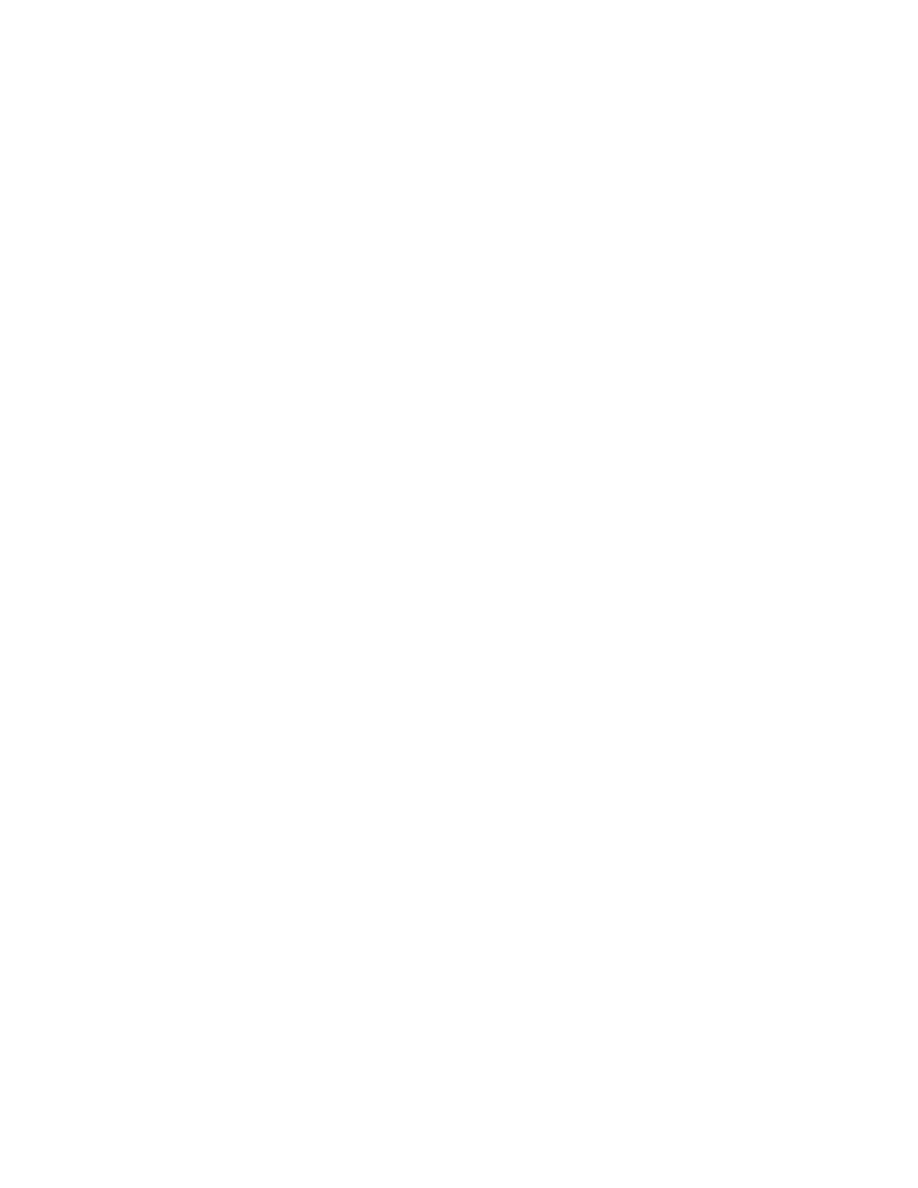
151
Federal Aviation Administration, DOT
§ 121.354
(3) At least one of the communica-
tion systems must have two-way voice
communication capability.
(b) No certificate holder conducting a
flag or supplemental operation or a do-
mestic operation within the State of
Alaska may conduct an operation with-
out the equipment specified in para-
graph (a) of this section, if the Admin-
istrator finds that equipment to be
necessary for search and rescue oper-
ations because of the nature of the ter-
rain to be flown over.
(c) Notwithstanding the require-
ments of paragraph (a) of this section,
installation and use of a single LRNS
and a single LRCS may be authorized
by the Administrator and approved in
the certificate holder’s operations
specifications for operations and routes
in certain geographic areas. The fol-
lowing are among the operational fac-
tors the Administrator may consider in
granting an authorization:
(1) The ability of the flightcrew to
navigate the airplane along the route
within the degree of accuracy required
for ATC,
(2) The length of the route being
flown, and
(3) The duration of the very high fre-
quency communications gap.
[Doc. No. 6258, 29 FR 19205, Dec. 31, 1964, as
amended by Amdt. 121–253, 61 FR 2611, Jan.
26, 1996; Amdt. 121–254, 61 FR 7191, Feb. 26,
1996; Amdt. 121–333, 72 FR 31682, June 7, 2007]
§ 121.353 Emergency equipment for op-
erations over uninhabited terrain
areas: Flag, supplemental, and cer-
tain domestic operations.
Unless the airplane has the following
equipment, no person may conduct a
flag or supplemental operation or a do-
mestic operation within the States of
Alaska or Hawaii over an uninhabited
area or any other area that (in its oper-
ations specifications) the Adminis-
trator specifies required equipment for
search and rescue in case of an emer-
gency:
(a) Suitable pyrotechnic signaling de-
vices.
(b) An approved survival type emer-
gency locator transmitter. Batteries
used in this transmitter must be re-
placed (or recharged, if the battery is
rechargeable) when the transmitter has
been in use for more than 1 cumulative
hour, or when 50 percent of their useful
life (or for rechargeable batteries, 50
percent of their useful life of charge)
has expired, as established by the
transmitter manufacturer under its ap-
proval. The new expiration date for re-
placing (or recharging) the battery
must be legibly marked on the outside
of the transmitter. The battery useful
life (or useful life of charge) require-
ments of this paragraph do not apply
to batteries (such as water-activated
batteries) that are essentially unaf-
fected during probable storage inter-
vals.
(c) Enough survival kits, appro-
priately equipped for the route to be
flown for the number of occupants of
the airplane.
[Doc. No. 6258, 29 FR 19205, Dec. 31, 1964, as
amended by Amdt. 121–79, 36 FR 18724, Sept.
21, 1971; Amdt. 121–106, 38 FR 22378 Aug. 20,
1973; Amdt. 121–158, 45 FR 38348, June 9, 1980;
Amdt. 121–239, 59 FR 32057, June 21, 1994;
Amdt. 121–251, 60 FR 65932, Dec. 20, 1995]
§ 121.354 Terrain awareness and warn-
ing system.
(a)
Airplanes manufactured after March
29, 2002.
No person may operate a tur-
bine-powered airplane unless that air-
plane is equipped with an approved ter-
rain awareness and warning system
that meets the requirements for Class
A equipment in Technical Standard
Order (TSO)–C151. The airplane must
also include an approved terrain situa-
tional awareness display.
(b)
Airplanes manufactured on or before
March 29, 2002.
No person may operate
a turbine-powered airplane after March
29, 2005, unless that airplane is
equipped with an approved terrain
awareness and warning system that
meets the requirements for Class A
equipment in Technical Standard Order
(TSO)–C151. The airplane must also in-
clude an approved terrain situational
awareness display.
(Approved by the Office of Management and
Budget under control number 2120–0631)
(c)
Airplane Flight Manual.
The Air-
plane Flight Manual shall contain ap-
propriate procedures for—
(1) The use of the terrain awareness
and warning system; and
(2) Proper flight crew reaction in re-
sponse to the terrain awareness and
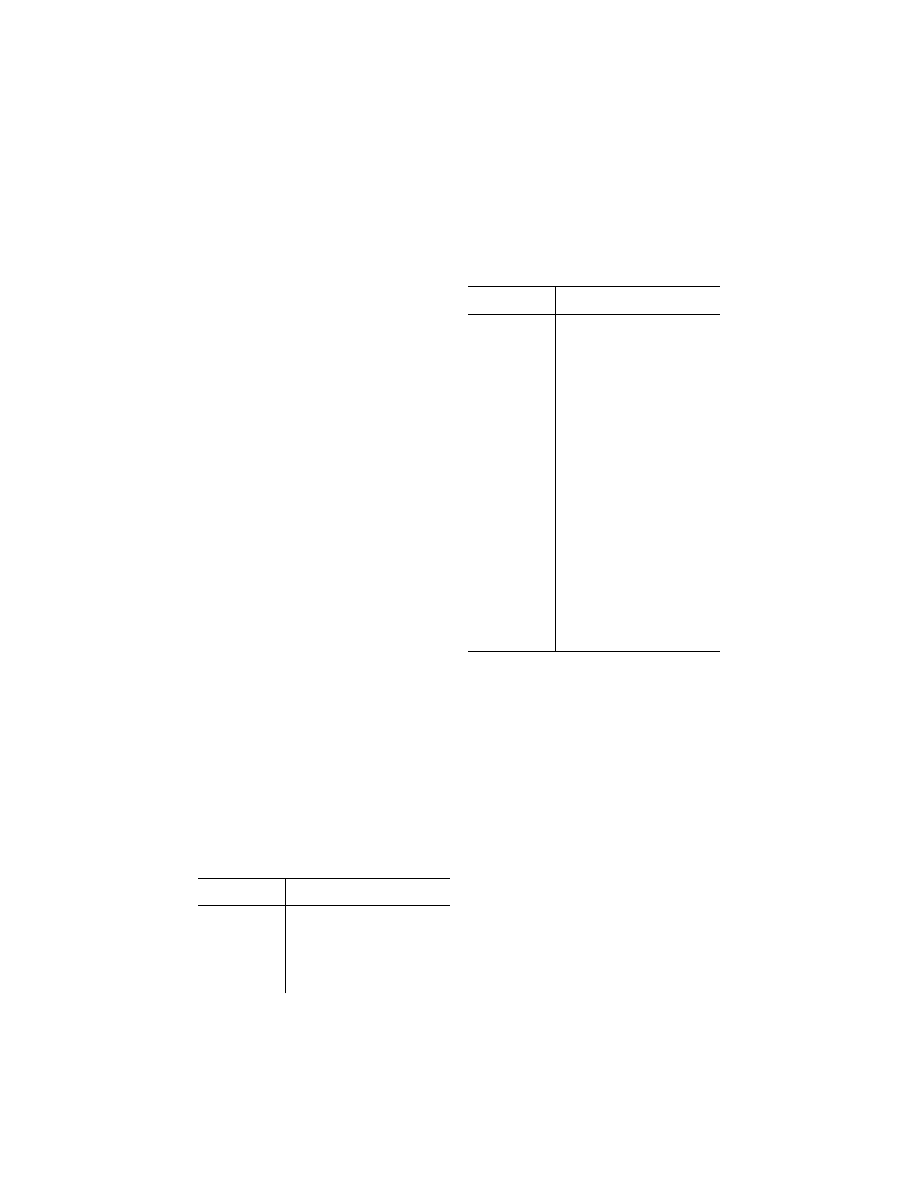
152
14 CFR Ch. I (1–1–24 Edition)
§ 121.355
warning system audio and visual warn-
ings.
[Doc. No. 29312, 65 FR 16755, Mar. 29, 2000]
§ 121.355 Equipment for operations on
which specialized means of naviga-
tion are used.
(a) No certificate holder may conduct
an operation—
(1) Using Doppler Radar or an Iner-
tial Navigation System outside the 48
contiguous States and the District of
Columbia, unless such systems have
been approved in accordance with ap-
pendix G to this part; or
(2) Using Doppler Radar or an Iner-
tial Navigation System within the 48
contiguous States and the District of
Columbia, or any other specialized
means of navigation, unless it shows
that an adequate airborne system is
provided for the specialized navigation
authorized for the particular operation.
(b) Notwithstanding paragraph (a) of
this section, Doppler Radar and Iner-
tial Navigation Systems, and the train-
ing programs, maintenance programs,
relevant operations manual material,
and minimum equipment lists prepared
in accordance therewith, approved be-
fore April 29, 1972, are not required to
be approved in accordance with that
paragraph.
[Doc. No. 10204, 37 FR 6464, Mar. 30, 1972]
§ 121.356 Collision avoidance system.
Effective January 1, 2005, any air-
plane you operate under this part must
be equipped and operated according to
the following table:
C
OLLISION
A
VOIDANCE
S
YSTEMS
If you operate any—
Then you must operate that airplane
with—
(a) Turbine-powered
airplane of more
than 33,000
pounds maximum
certificated take-
off weight.
(1) An appropriate class of Mode S
transponder that meets Technical
Standard Order (TSO) C–112, or a
later version, and one of the fol-
lowing approved units:
(i) TCAS II that meets TSO C–119b
(version 7.0), or takeoff weight a
later version.
C
OLLISION
A
VOIDANCE
S
YSTEMS
—Continued
If you operate any—
Then you must operate that airplane
with—
(ii) TCAS II that meets TSO C–119a
(version 6.04A Enhanced) that was
installed in that airplane before May
1, 2003. If that TCAS II version
6.04A Enhanced no longer can be
repaired to TSO C–119a standards,
it must be replaced with a TCAS II
that meets TSO C–119b (version
7.0), or a later version.
(iii) A collision avoidance system equiv-
alent to TSO C–119b (version 7.0),
or a later version, capable of coordi-
nating with units that meet TSO C–
119a (version 6.04A Enhanced), or a
later version.
(b) Passenger or
combination
cargo/passenger
(combi) airplane
that has a pas-
senger seat con-
figuration of 10–
30 seats.
(1) TCAS I that meets TSO C–118, or
a later version, or
(2) A collision avoidance system equiv-
alent to has a TSO C–118, or a later
version, or
(3) A collision avoidance system and
Mode S transponder that meet para-
graph (a)(1) of this section.
(c) Piston-powered
airplane of more
than 33,000
pounds maximum
certificated take-
off weight.
(1) TCAS I that meets TSO C–118, or
a later version, or
(2) A collision avoidance system equiv-
alent to maximum TSO C–118, or a
later version, or
(3) A collision avoidance system and
Mode S transponder that meet para-
graph (a)(1) of this section.
[Doc. No. FAA–2001–10910, 68 FR 15902, Apr. 1,
2003]
§ 121.357 Airborne weather radar
equipment requirements.
(a) No person may operate any trans-
port category airplane (except C–46
type airplanes) or a nontransport cat-
egory airplane certificated after De-
cember 31, 1964, unless approved air-
borne weather radar equipment has
been installed in the airplane.
(b) [Reserved]
(c) Each person operating an airplane
required to have approved airborne
weather radar equipment installed
shall, when using it under this part, op-
erate it in accordance with the fol-
lowing:
(1)
Dispatch.
No person may dispatch
an airplane (or begin the flight of an
airplane in the case of a certificate
holder, that does not use a dispatch
system) under IFR or night VFR condi-
tions when current weather reports in-
dicate that thunderstorms, or other po-
tentially hazardous weather conditions
that can be detected with airborne
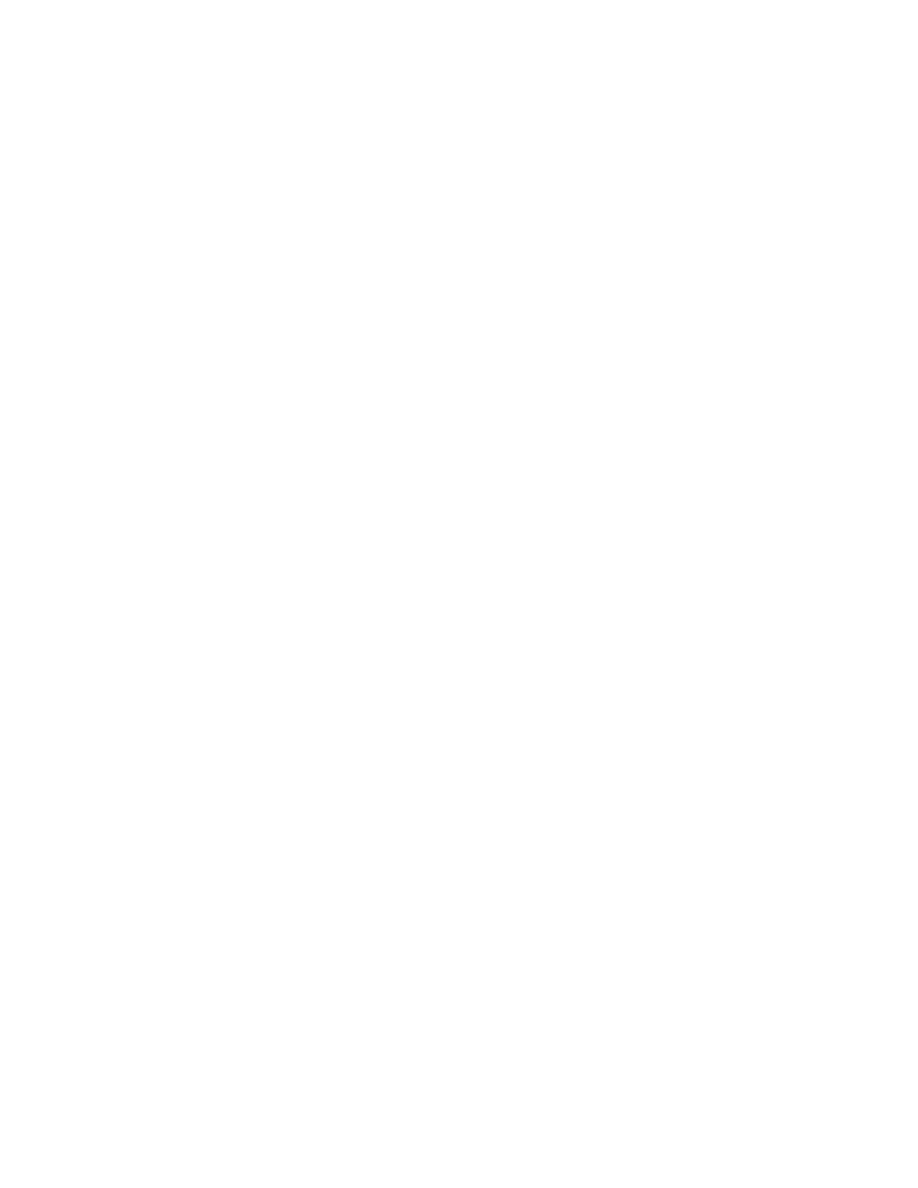
153
Federal Aviation Administration, DOT
§ 121.358
weather radar, may reasonably be ex-
pected along the route to be flown, un-
less the airborne weather radar equip-
ment is in satisfactory operating con-
dition.
(2) If the airborne weather radar be-
comes inoperative en route, the air-
plane must be operated in accordance
with the approved instructions and
procedures specified in the operations
manual for such an event.
(d) This section does not apply to air-
planes used solely within the State of
Hawaii or within the State of Alaska
and that part of Canada west of lon-
gitude 130 degrees W, between latitude
70 degrees N, and latitude 53 degrees N,
or during any training, test, or ferry
flight.
(e) Notwithstanding any other provi-
sion of this chapter, an alternate elec-
trical power supply is not required for
airborne weather radar equipment.
[Doc. No. 6258, 29 FR 19205, Dec. 31, 1964, as
amended by Amdt. 121–18, 31 FR 5825, Apr. 15,
1966; Amdt. 121–130, 41 FR 47229, Oct. 28, 1976;
Amdt. 121–251, 60 FR 65932, Dec. 20, 1995]
§ 121.358 Low-altitude windshear sys-
tem equipment requirements.
(a)
Airplanes manufactured after Janu-
ary 2, 1991.
No person may operate a
turbine-powered airplane manufac-
tured after January 2, 1991, unless it is
equipped with either an approved air-
borne windshear warning and flight
guidance system, an approved airborne
detection and avoidance system, or an
approved combination of these sys-
tems.
(b)
Airplanes manufactured before Jan-
uary 3, 1991.
Except as provided in para-
graph (c) of this section, after January
2, 1991, no person may operate a tur-
bine-powered airplane manufactured
before January 3, 1991 unless it meets
one of the following requirements as
applicable.
(1) The makes/models/series listed
below must be equipped with either an
approved airborne windshear warning
and flight guidance system, an ap-
proved airborne detection and avoid-
ance system, or an approved combina-
tion of these systems:
(i) A–300–600;
(ii) A–310—all series;
(iii) A–320—all series;
(iv) B–737–300, 400, and 500 series;
(v) B–747–400;
(vi) B–757—all series;
(vii) B–767—all series;
(viii) F–100—all series;
(ix) MD–11—all series; and
(x) MD–80 series equipped with an
EFIS and Honeywell-970 digital flight
guidance computer.
(2) All other turbine-powered air-
planes not listed above must be
equipped with as a minimum require-
ment, an approved airborne windshear
warning system. These airplanes may
be equipped with an approved airborne
windshear detection and avoidance sys-
tem, or an approved combination of
these systems.
(c)
Extension of the compliance date.
A
certificate holder may obtain an exten-
sion of the compliance date in para-
graph (b) of this section if it obtains
FAA approval of a retrofit schedule. To
obtain approval of a retrofit schedule
and show continued compliance with
that schedule, a certificate holder must
do the following:
(1) Submit a request for approval of a
retrofit schedule by June 1, 1990, to the
appropriate Flight Standards division
manager in the responsible Flight
Standards office.
(2) Show that all of the certificate
holder’s airplanes required to be
equipped in accordance with this sec-
tion will be equipped by the final com-
pliance date established for TCAS II
retrofit.
(3) Comply with its retrofit schedule
and submit status reports containing
information acceptable to the Adminis-
trator. The initial report must be sub-
mitted by January 2, 1991, and subse-
quent reports must be submitted every
six months thereafter until completion
of the schedule. The reports must be
submitted to the certificate holder’s
assigned Principal Avionics Inspector.
(d)
Definitions.
For the purposes of
this section the following definitions
apply—
(1)
Turbine-powered airplane
includes,
e.g., turbofan-, turbojet-, propfan-, and
ultra-high bypass fan-powered air-
planes. The definition specifically ex-
cludes turbopropeller-powered air-
planes.
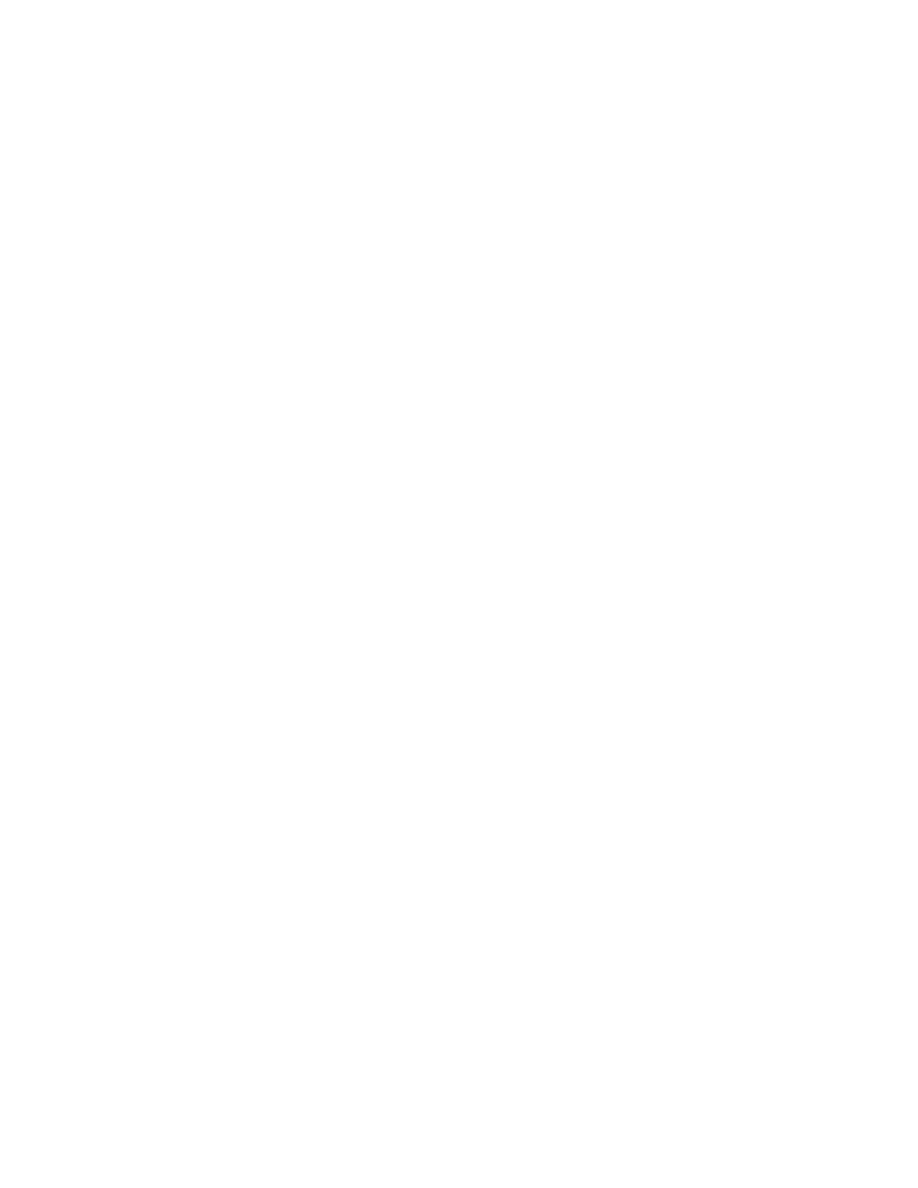
154
14 CFR Ch. I (1–1–24 Edition)
§ 121.359
(2) An airplane is considered manu-
factured on the date the inspection ac-
ceptance records reflect that the air-
plane is complete and meets the FAA
Approved Type Design data.
[Doc. No. 25954, 55 FR 13242, Apr. 9, 1990, as
amended by Docket FAA–2018–0119, Amdt.
121–380, 83 FR 9173, Mar. 5, 2018]
§ 121.359 Cockpit voice recorders.
(a) No certificate holder may operate
a large turbine engine powered airplane
or a large pressurized airplane with
four reciprocating engines unless an
approved cockpit voice recorder is in-
stalled in that airplane and is operated
continuously from the start of the use
of the checklist (before starting en-
gines for the purpose of flight), to com-
pletion of the final checklist at the ter-
mination of the flight.
(b) [Reserved]
(c) The cockpit voice recorder re-
quired by paragraph (a) of this section
must meet the following application
standards:
(1) The requirements of part 25 of this
chapter in affect on August 31, 1977.
(2) After September 1, 1980, each re-
corder container must—
(i) Be either bright orange or bright
yellow;
(ii) Have reflective tape affixed to the
external surface to facilitate its loca-
tion under water; and
(iii) Have an approved underwater lo-
cating device on or adjacent to the con-
tainer which is secured in such a man-
ner that they are not likely to be sepa-
rated during crash impact, unless the
cockpit voice recorder, and the flight
recorder required by § 121.343, are in-
stalled adjacent to each other in such a
manner that they are not likely to be
separated during crash impact.
(d) No person may operate a multien-
gine, turbine-powered airplane having
a passenger seat configuration of 10–19
seats unless it is equipped with an ap-
proved cockpit voice recorder that:
(1) Is installed in compliance with
§ 23.1457(a)(1) and (2), (b), (c), (d)(1)(i),
(2) and (3), (e), (f), and (g); or
§ 25.1457(a)(1) and (2), (b), (c), (d)(1)(i),
(2) and (3), (e), (f), and (g) of this chap-
ter, as applicable; and
(2) Is operated continuously from the
use of the checklist before the flight to
completion of the final checklist at the
end of the flight.
(e) No person may operate a multien-
gine, turbine-powered airplane having
a passenger seat configuration of 20 to
30 seats unless it is equipped with an
approved cockpit voice recorder that—
(1) Is installed in accordance with the
requirements of § 23.1457 (except para-
graphs (a)(6), (d)(1)(ii), (4), and (5)) or
§ 25.1457 (except paragraphs (a)(6),
(d)(1)(ii), (4), and (5)) of this chapter, as
applicable; and
(2) Is operated continuously from the
use of the checklist before the flight to
completion of the final checklist at the
end of the flight.
(f) In complying with this section, an
approved cockpit voice recorder having
an erasure feature may be used, so that
at any time during the operation of the
recorder, information recorded more
than 30 minutes earlier may be erased
or otherwise obliterated.
(g) For those aircraft equipped to
record the uninterrupted audio signals
received by a boom or a mask micro-
phone, the flight crewmembers are re-
quired to use the boom microphone
below 18,000 feet mean sea level. No
person may operate a large turbine en-
gine powered airplane or a large pres-
surized airplane with four recipro-
cating engines manufactured after Oc-
tober 11, 1991, or on which a cockpit
voice recorder has been installed after
October 11, 1991, unless it is equipped to
record the uninterrupted audio signal
received by a boom or mask micro-
phone in accordance with § 25.1457(c)(5)
of this chapter.
(h) In the event of an accident or oc-
currence requiring immediate notifica-
tion of the National Transportation
Safety Board under 49 CFR part 830 of
its regulations, which results in the
termination of the flight, the certifi-
cate holder shall keep the recorded in-
formation for at least 60 days or, if re-
quested by the Administrator or the
Board, for a longer period. Information
obtained from the record is used to as-
sist in determining the cause of acci-
dents or occurrences in connection
with investigations under 49 CFR part
830. The Administrator does not use the
record in any civil penalty or certifi-
cate action.
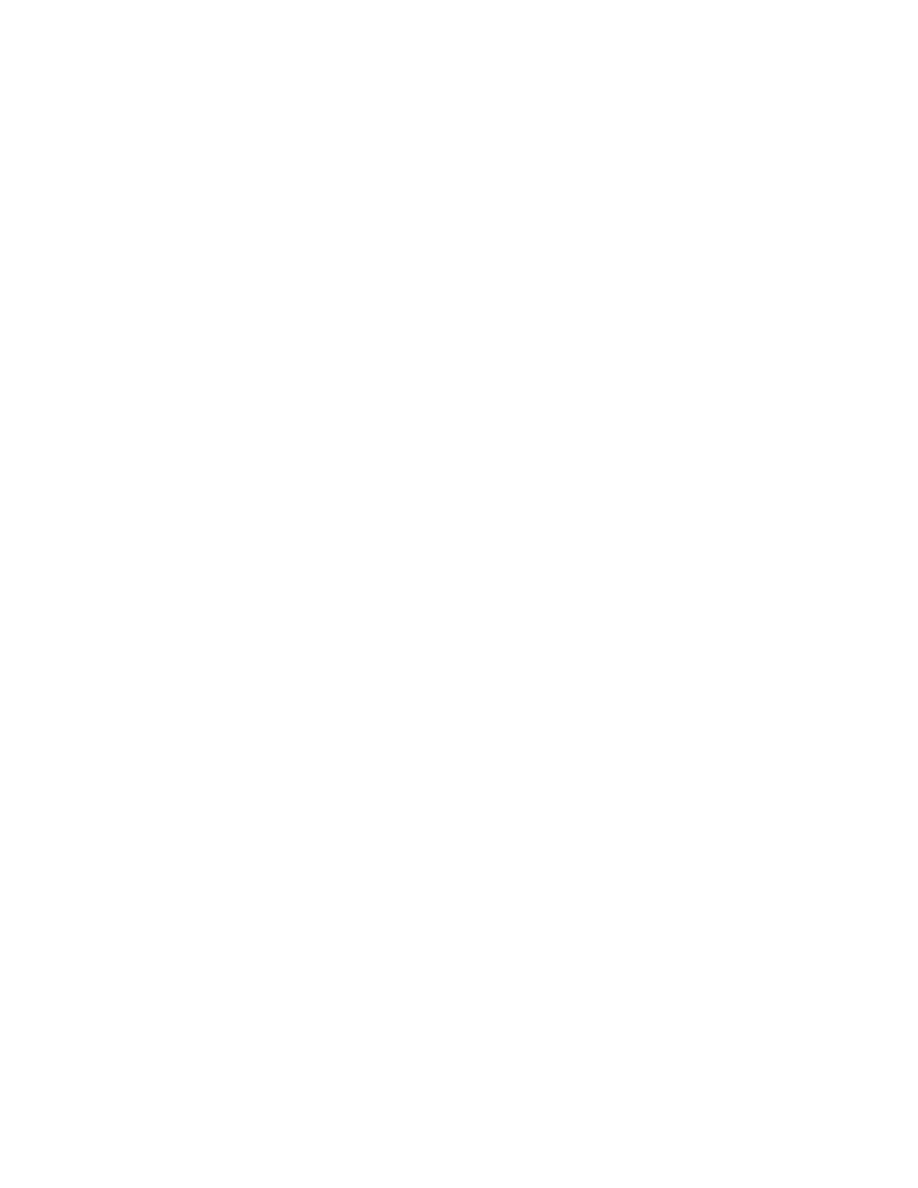
155
Federal Aviation Administration, DOT
§ 121.363
(i) By April 7, 2012, all turbine en-
gine-powered airplanes subject to this
section that are manufactured before
April 7, 2010, must have a cockpit voice
recorder installed that also—
(1) Meets the requirements of
§ 23.1457(d)(6) or § 25.1457(d)(6) of this
chapter, as applicable;
(2) Retains at least the last 2 hours of
recorded information using a recorder
that meets the standards of TSO–C123a,
or later revision; and
(3) Is operated continuously from the
use of the checklist before the flight to
completion of the final checklist at the
end of the flight.
(4) If transport category, meets the
requirements in § 25.1457(a)(3), (a)(4),
and (a)(5) of this chapter.
(j) All turbine engine-powered air-
planes subject to this section that are
manufactured on or after April 7, 2010,
must have a cockpit voice recorder in-
stalled that also—
(1) Is installed in accordance with the
requirements of § 23.1457 (except for
paragraph (a)(6) or § 25.1457 (except for
paragraph (a)(6)) of this chapter, as ap-
plicable;
(2) Retains at least the last 2 hours of
recorded information using a recorder
that meets the standards of TSO–C123a,
or later revision; and
(3) Is operated continuously from the
use of the checklist before the flight to
completion of the final checklist at the
end of the flight.
(4) For all airplanes manufactured on
or after December 6, 2010, also meets
the requirements of § 23.1457(a)(6) or
§ 25.1457(a)(6) of this chapter, as appli-
cable.
(k) All airplanes required by this part
to have a cockpit voice recorder and a
flight data recorder, that install
datalink communication equipment on
or after December 6, 2010, must record
all datalink messages as required by
the certification rule applicable to the
airplane.
[Doc. No. 6258, 29 FR 19205, Dec. 31, 1964]
E
DITORIAL
N
OTE
: For F
EDERAL
R
EGISTER
ci-
tations affecting § 121.359, see the List of CFR
Sections Affected, which appears in the
Finding Aids section of the printed volume
and at
www.govinfo.gov.
§ 121.360 [Reserved]
Subpart L—Maintenance, Preven-
tive Maintenance, and Alter-
ations
S
OURCE
: Docket No. 6258, 29 FR 19210, Dec.
31, 1964, unless otherwise noted.
§ 121.361 Applicability.
(a) Except as provided by paragraph
(b) of this section, this subpart pre-
scribes requirements for maintenance,
preventive maintenance, and alter-
ations for all certificate holders.
(b) The Administrator may amend a
certificate holder’s operations speci-
fications to permit deviation from
those provisions of this subpart that
would prevent the return to service and
use of airframe components, power-
plants, appliances, and spare parts
thereof because those items have been
maintained, altered, or inspected by
persons employed outside the United
States who do not hold U.S. airman
certificates. Each certificate holder
who uses parts under this deviation
must provide for surveillance of facili-
ties and practices to assure that all
work performed on these parts is ac-
complished in accordance with the cer-
tificate holder’s manual.
[Doc. No. 8754, 33 FR 14406, Sept. 25, 1968]
§ 121.363 Responsibility for airworthi-
ness.
(a) Each certificate holder is pri-
marily responsible for—
(1) The airworthiness of its aircraft,
including airframes, aircraft engines,
propellers, appliances, and parts there-
of; and
(2) The performance of the mainte-
nance, preventive maintenance, and al-
teration of its aircraft, including air-
frames, aircraft engines, propellers, ap-
pliances, emergency equipment, and
parts thereof, in accordance with its
manual and the regulations of this
chapter.
(b) A certificate holder may make ar-
rangements with another person for
the performance of any maintenance,
preventive maintenance, or alter-
ations. However, this does not relieve
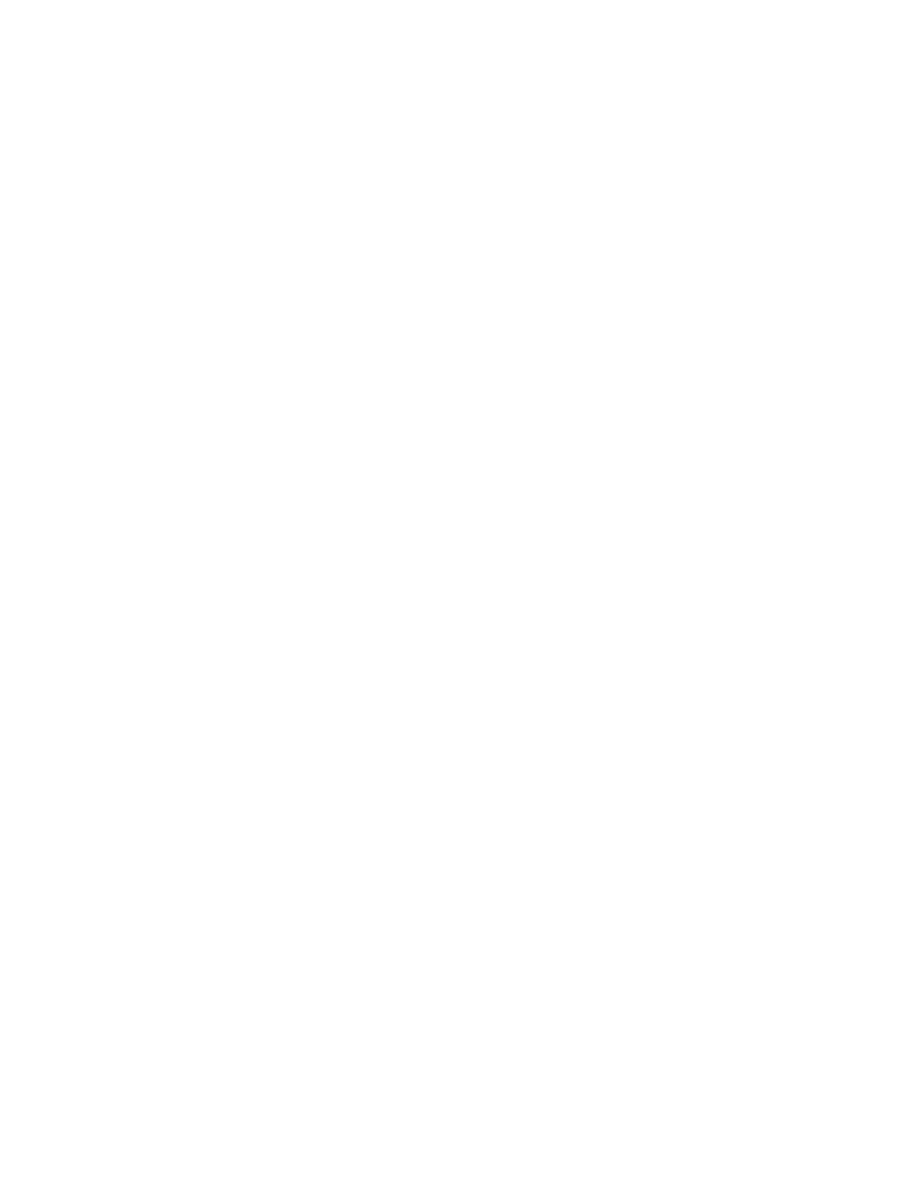
156
14 CFR Ch. I (1–1–24 Edition)
§ 121.365
the certificate holder of the responsi-
bility specified in paragraph (a) of this
section.
[Doc. No. 6258, 29 FR 19210, Dec. 31, 1964, as
amended by Amdt. 121–106, 38 FR 22378, Aug.
20, 1973]
§ 121.365 Maintenance, preventive
maintenance, and alteration organi-
zation.
(a) Each certificate holder that per-
forms any of its maintenance (other
than required inspections), preventive
maintenance, or alterations, and each
person with whom it arranges for the
performance of that work must have an
organization adequate to perform the
work.
(b) Each certificate holder that per-
forms any inspections required by its
manual in accordance with
§ 121.369(b)(2) or (3) (in this subpart re-
ferred to as
required inspections
) and
each person with whom it arranges for
the performance of that work must
have an organization adequate to per-
form that work.
(c) Each person performing required
inspections in addition to other main-
tenance, preventive maintenance, or
alterations, shall organize the perform-
ance of those functions so as to sepa-
rate the required inspection functions
from the other maintenance, preven-
tive maintenance, and alteration func-
tions. The separation shall be below
the level of administrative control at
which overall responsibility for the re-
quired inspection functions and other
maintenance, preventive maintenance,
and alteration functions are exercised.
[Doc. No. 6258, 29 FR 19210, Dec. 31, 1964, as
amended by Amdt. 121–3, 30 FR 3639, Mar. 19,
1965]
§ 121.367 Maintenance, preventive
maintenance, and alterations pro-
grams.
Each certificate holder shall have an
inspection program and a program cov-
ering other maintenance, preventive
maintenance, and alterations that en-
sures that—
(a) Maintenance, preventive mainte-
nance, and alterations performed by it,
or by other persons, are performed in
accordance with the certificate hold-
er’s manual;
(b) Competent personnel and ade-
quate facilities and equipment are pro-
vided for the proper performance of
maintenance, preventive maintenance,
and alterations; and
(c) Each aircraft released to service
is airworthy and has been properly
maintained for operation under this
part.
[Doc. No. 6258, 29 FR 19210, Dec. 31, 1964, as
amended by Amdt. 121–100, 37 FR 28053, Dec.
20, 1972]
§ 121.368 Contract maintenance.
(a) A certificate holder may arrange
with another person for the perform-
ance of maintenance, preventive main-
tenance, and alterations as authorized
in § 121.379(a) only if the certificate
holder has met all the requirements in
this section. For purposes of this sec-
tion—
(1) A
maintenance provider
is any per-
son who performs maintenance, preven-
tive maintenance, or an alteration for
a certificate holder other than a person
who is trained by and employed di-
rectly by that certificate holder.
(2)
Covered work
means any of the fol-
lowing:
(i) Essential maintenance that could
result in a failure, malfunction, or de-
fect endangering the safe operation of
an aircraft if not performed properly or
if improper parts or materials are used;
(ii) Regularly scheduled mainte-
nance; or
(iii) A required inspection item on an
aircraft.
(3)
Directly in charge
means having re-
sponsibility for covered work per-
formed by a maintenance provider. A
representative of the certificate holder
directly in charge of covered work does
not need to physically observe and di-
rect each maintenance provider con-
stantly, but must be available for con-
sultation on matters requiring instruc-
tion or decision.
(b) Each certificate holder must be
directly in charge of all covered work
done for it by a maintenance provider.
(c) Each maintenance provider must
perform all covered work in accordance
with the certificate holder’s mainte-
nance manual.
(d) No maintenance provider may
perform covered work unless that work
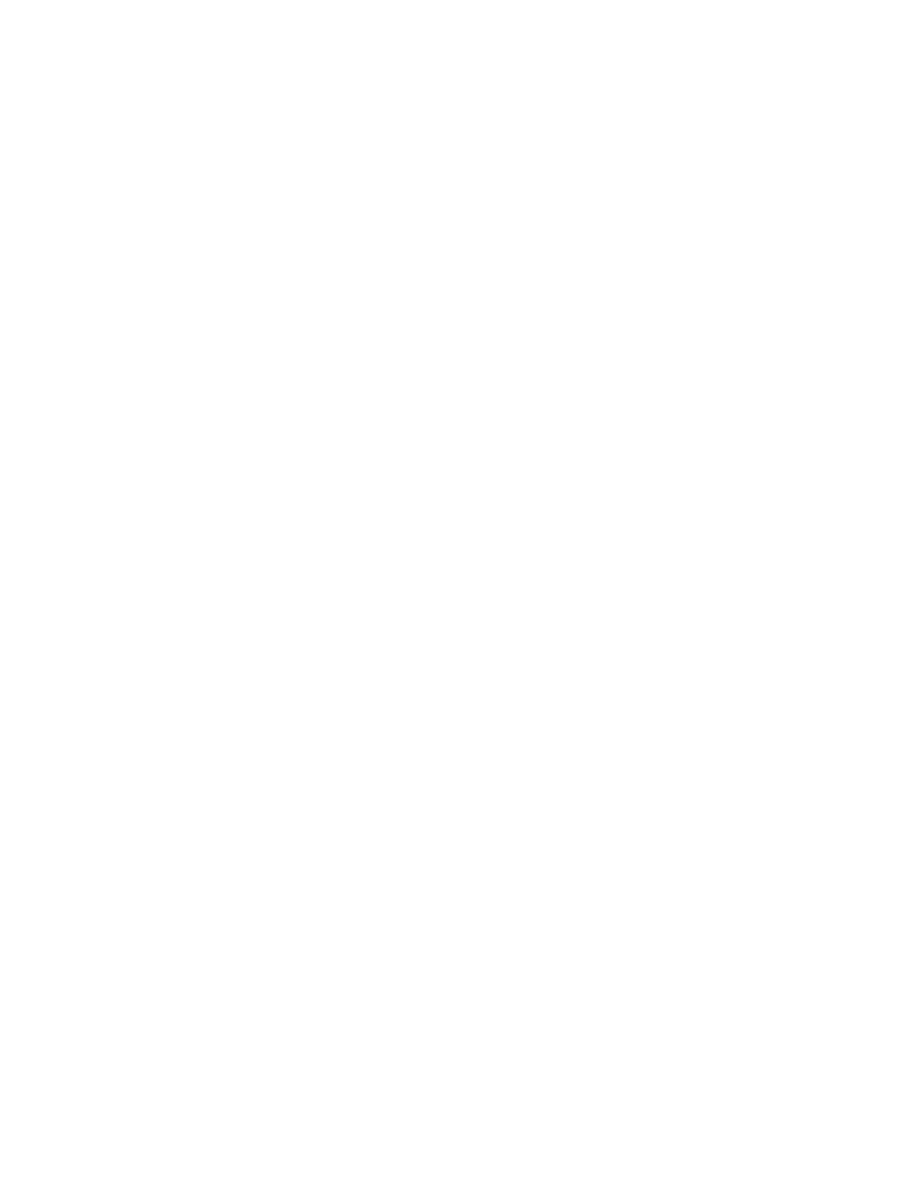
157
Federal Aviation Administration, DOT
§ 121.369
is carried out under the supervision
and control of the certificate holder.
(e) Each certificate holder who con-
tracts for maintenance, preventive
maintenance, or alterations must de-
velop and implement policies, proce-
dures, methods, and instructions for
the accomplishment of all contracted
maintenance, preventive maintenance,
and alterations. These policies, proce-
dures, methods, and instructions must
provide for the maintenance, preven-
tive maintenance, and alterations to be
performed in accordance with the cer-
tificate holder’s maintenance program
and maintenance manual.
(f) Each certificate holder who con-
tracts for maintenance, preventive
maintenance, or alterations must en-
sure that its system for the continuing
analysis and surveillance of the main-
tenance, preventive maintenance, and
alterations carried out by the mainte-
nance provider, as required by
§ 121.373(a), contains procedures for
oversight of all contracted covered
work.
(g) The policies, procedures, methods,
and instructions required by para-
graphs (e) and (f) of this section must
be acceptable to the FAA and included
in the certificate holder’s maintenance
manual as required by§ 121.369(b)(10).
(h) Each certificate holder who con-
tracts for maintenance, preventive
maintenance, or alterations must pro-
vide to its responsible Flight Standards
office, in a format acceptable to the
FAA, a list that includes the name and
physical (street) address, or addresses,
where the work is carried out for each
maintenance provider that performs
work for the certificate holder, and a
description of the type of maintenance,
preventive maintenance, or alteration
that is to be performed at each loca-
tion. The list must be updated with
any changes, including additions or de-
letions, and the updated list provided
to the FAA in a format acceptable to
the FAA by the last day of each cal-
endar month.
[Docket FAA–2011–1136, Amdt. 121–371, 80 FR
11546, Mar. 4, 2015, as amended by Docket
FAA–2018–0119, Amdt. 121–380, 83 FR 9173,
Mar. 5, 2018]
§ 121.369 Manual requirements.
(a) The certificate holder shall put in
its manual a chart or description of the
certificate holder’s organization re-
quired by § 121.365 and a list of persons
with whom it has arranged for the per-
formance of any of its required inspec-
tions, other maintenance, preventive
maintenance, or alterations, including
a general description of that work.
(b) The certificate holder’s manual
must contain the programs required by
§ 121.367 that must be followed in per-
forming maintenance, preventive
maintenance, and alterations of that
certificate holder’s airplanes, including
airframes, aircraft engines, propellers,
appliances, emergency equipment, and
parts thereof, and must include at least
the following:
(1) The method of performing routine
and nonroutine maintenance (other
than required inspections), preventive
maintenance, and alterations.
(2) A designation of the items of
maintenance and alteration that must
be inspected (required inspections), in-
cluding at least those that could result
in a failure, malfunction, or defect en-
dangering the safe operation of the air-
craft, if not performed properly or if
improper parts or materials are used.
(3) The method of performing re-
quired inspections and a designation by
occupational title of personnel author-
ized to perform each required inspec-
tion.
(4) Procedures for the reinspection of
work performed pursuant to previous
required inspection findings (
buy-back
procedures
).
(5) Procedures, standards, and limits
necessary for required inspections and
acceptance or rejection of the items re-
quired to be inspected and for periodic
inspection and calibration of precision
tools, measuring devices, and test
equipment.
(6) Procedures to ensure that all re-
quired inspections are performed.
(7) Instructions to prevent any per-
son who performs any item of work
from performing any required inspec-
tion of that work.
(8) Instructions and procedures to
prevent any decision of an inspector,
regarding any required inspection from
being countermanded by persons other
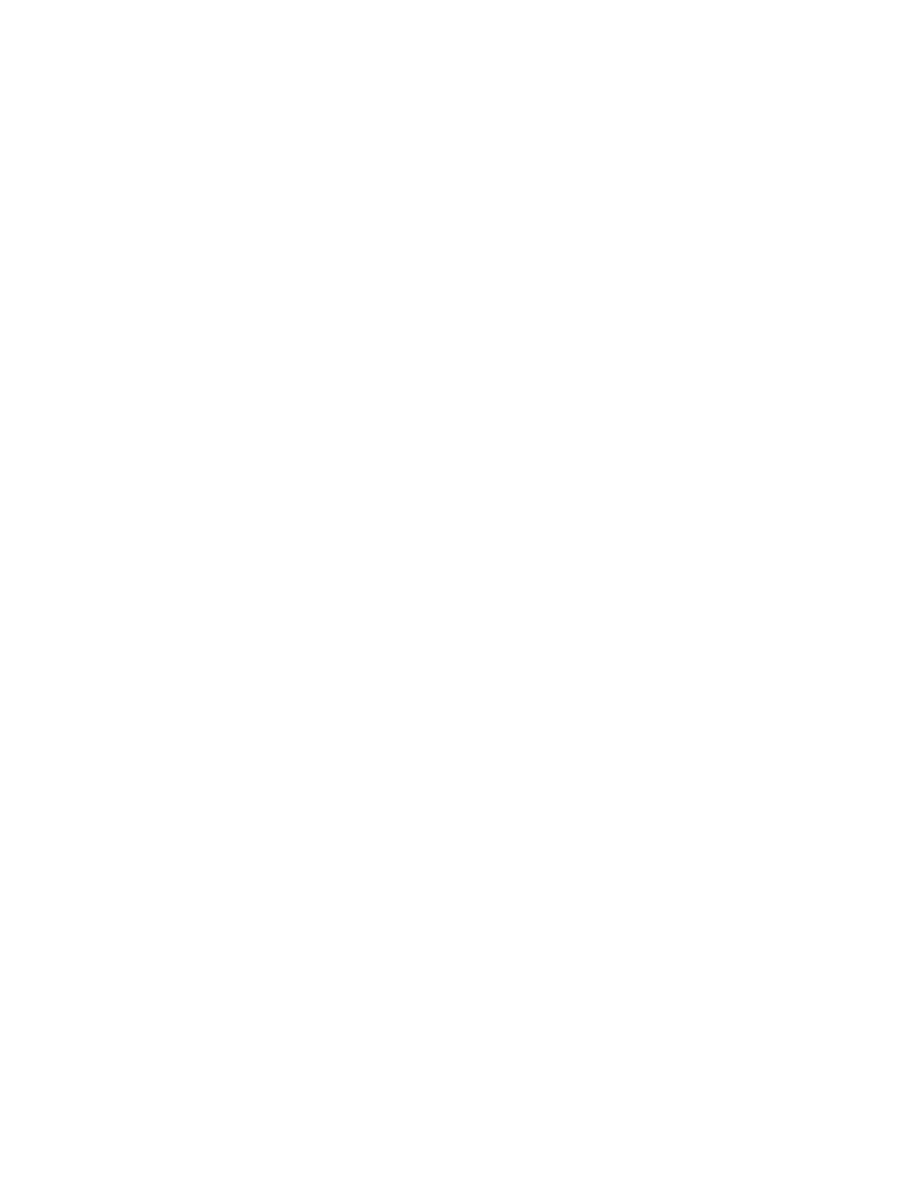
158
14 CFR Ch. I (1–1–24 Edition)
§§ 121.370–121.370a
than supervisory personnel of the in-
spection unit, or a person at that level
of administrative control that has
overall responsibility for the manage-
ment of both the required inspection
functions and the other maintenance,
preventive maintenance, and alter-
ations functions.
(9) Procedures to ensure that re-
quired inspections, other maintenance,
preventive maintenance, and alter-
ations that are not completed as a re-
sult of shift changes or similar work
interruptions are properly completed
before the aircraft is released to serv-
ice.
(10) Policies, procedures, methods,
and instructions for the accomplish-
ment of all maintenance, preventive
maintenance, and alterations carried
out by a maintenance provider. These
policies, procedures, methods, and in-
structions must be acceptable to the
FAA and provide for the maintenance,
preventive maintenance, and alter-
ations to be performed in accordance
with the certificate holder’s mainte-
nance program and maintenance man-
ual.
(c) The certificate holder must set
forth in its manual a suitable system
(which may include a coded system)
that provides for preservation and re-
trieval of information in a manner ac-
ceptable to the Administrator and that
provides—
(1) A description (or reference to data
acceptable to the Administrator) of the
work performed;
(2) The name of the person per-
forming the work if the work is per-
formed by a person outside the organi-
zation of the certificate holder; and
(3) The name or other positive identi-
fication of the individual approving the
work.
[Doc. No. 6258, 29 FR 19210, Dec. 31, 1964, as
amended by Amdt. 121–94, 37 FR 15983, Aug. 9,
1972; Amdt. 121–106, 38 FR 22378, Aug. 20, 1973;
Docket FAA–2011–1136, Amdt. 121–371, 80 FR
11546, Mar. 4, 2015]
§§ 121.370–121.370a [Reserved]
§ 121.371 Required inspection per-
sonnel.
(a) No person may use any person to
perform required inspections unless the
person performing the inspection is ap-
propriately certificated, properly
trained, qualified, and authorized to do
so.
(b) No person may allow any person
to perform a required inspection un-
less, at that time, the person per-
forming that inspection is under the
supervision and control of an inspec-
tion unit.
(c) No person may perform a required
inspection if he performed the item of
work required to be inspected.
(d) Each certificate holder shall
maintain, or shall determine that each
person with whom it arranges to per-
form its required inspections main-
tains, a current listing of persons who
have been trained, qualified, and au-
thorized to conduct required inspec-
tions. The persons must be identified
by name, occupational title, and the
inspections that they are authorized to
perform. The certificate holder (or per-
son with whom it arranges to perform
its required inspections) shall give
written information to each person so
authorized describing the extent of his
responsibilities, authorities, and
inspectional limitations. The list shall
be made available for inspection by the
Administrator upon request.
§ 121.373 Continuing analysis and sur-
veillance.
(a) Each certificate holder shall es-
tablish and maintain a system for the
continuing analysis and surveillance of
the performance and effectiveness of
its inspection program and the pro-
gram covering other maintenance, pre-
ventive maintenance, and alterations
and for the correction of any deficiency
in those programs, regardless of wheth-
er those programs are carried out by
the certificate holder or by another
person.
(b) Whenever the Administrator finds
that either or both of the programs de-
scribed in paragraph (a) of this section
does not contain adequate procedures
and standards to meet the require-
ments of this part, the certificate hold-
er shall, after notification by the Ad-
ministrator, make any changes in
those programs that are necessary to
meet those requirements.
(c) A certificate holder may petition
the Administrator to reconsider the
notice to make a change in a program.
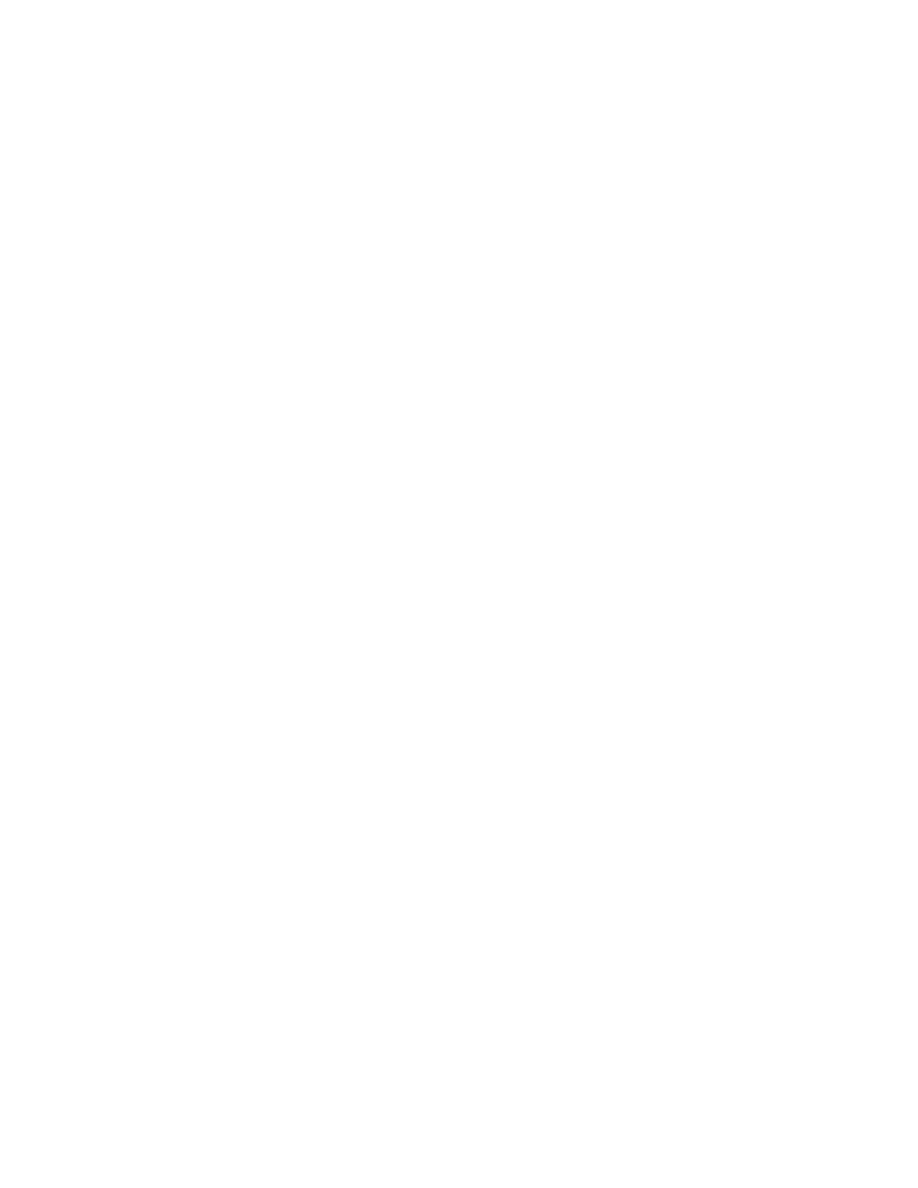
159
Federal Aviation Administration, DOT
§ 121.374
The petition must be filed with the re-
sponsible Flight Standards office
charged with the overall inspection of
the certificate holder’s operations
within 30 days after the certificate
holder receives the notice. Except in
the case of an emergency requiring im-
mediate action in the interest of safe-
ty, the filing of the petition stays the
notice pending a decision by the Ad-
ministrator.
[Doc. No. 6258, 29 FR 19210, Dec. 31, 1964, as
amended by Amdt. 121–207, 54 FR 39293, Sept.
25, 1989; Amdt. 121–253, 61 FR 2611, Jan. 26,
1996; Docket FAA–2018–0119, Amdt. 121–380, 83
FR 9173, Mar. 5, 2018]
§ 121.374 Continuous airworthiness
maintenance program (CAMP) for
two-engine ETOPS.
In order to conduct an ETOPS flight
using a two-engine airplane, each cer-
tificate holder must develop and com-
ply with the ETOPS continuous air-
worthiness maintenance program, as
authorized in the certificate holder’s
operations specifications, for each air-
plane-engine combination used in
ETOPS. The certificate holder must
develop this ETOPS CAMP by
supplementing the manufacturer’s
maintenance program or the CAMP
currently approved for the certificate
holder. This ETOPS CAMP must in-
clude the following elements:
(a)
ETOPS maintenance document.
The
certificate holder must have an ETOPS
maintenance document for use by each
person involved in ETOPS.
(1) The document must—
(i) List each ETOPS significant sys-
tem,
(ii) Refer to or include all of the
ETOPS maintenance elements in this
section,
(iii) Refer to or include all supportive
programs and procedures,
(iv) Refer to or include all duties and
responsibilities, and
(v) Clearly state where referenced
material is located in the certificate
holder’s document system.
(b)
ETOPS pre-departure service check.
Except as provided in Appendix P of
this part, the certificate holder must
develop a pre-departure check tailored
to their specific operation.
(1) The certificate holder must com-
plete a pre-departure service check im-
mediately before each ETOPS flight.
(2) At a minimum, this check must—
(i) Verify the condition of all ETOPS
Significant Systems;
(ii) Verify the overall status of the
airplane by reviewing applicable main-
tenance records; and
(iii) Include an interior and exterior
inspection to include a determination
of engine and APU oil levels and con-
sumption rates.
(3) An appropriately trained mainte-
nance person, who is ETOPS qualified,
must accomplish and certify by signa-
ture ETOPS specific tasks. Before an
ETOPS flight may commence, an
ETOPS pre-departure service check
(PDSC) Signatory Person, who has
been authorized by the certificate hold-
er, must certify by signature, that the
ETOPS PDSC has been completed.
(4) For the purposes of this paragraph
(b) only, the following definitions
apply:
(i) ETOPS qualified person: A person
is ETOPS qualified when that person
satisfactorily completes the operator’s
ETOPS training program and is au-
thorized by the certificate holder.
(ii) ETOPS PDSC Signatory Person:
A person is an ETOPS PDSC Signatory
Person when that person is ETOPS
qualified and that person:
(A) When certifying the completion
of the ETOPS PDSC in the United
States:
(
1
) Works for an operator authorized
to engage in part 121 operation or
works for a part 145 repair station; and
(
2
) Holds a U.S. Mechanic’s Certifi-
cate with airframe and powerplant rat-
ings.
(B) When certifying the completion
of the ETOPS PDSC outside of the U.S.
holds a certificate in accordance with
§ 43.17(c)(1) of this chapter; or
(C) When certifying the completion
of the ETOPS PDSC outside the U.S.
holds the certificates needed or has the
requisite experience or training to re-
turn aircraft to service on behalf of an
ETOPS maintenance entity.
(iii) ETOPS maintenance entity: An
entity authorized to perform ETOPS
maintenance and complete ETOPS
PDSC and that entity is:

160
14 CFR Ch. I (1–1–24 Edition)
§ 121.374
(A) Certificated to engage in part 121
operations;
(B) Repair station certificated under
part 145 of this chapter; or
(C) Entity authorized pursuant to
§ 43.17(c)(2) of this chapter.
(c)
Limitations on dual maintenance.
(1) Except as specified in paragraph
(c)(2), the certificate holder may not
perform scheduled or unscheduled dual
maintenance during the same mainte-
nance visit on the same or a substan-
tially similar ETOPS Significant Sys-
tem listed in the ETOPS maintenance
document, if the improper mainte-
nance could result in the failure of an
ETOPS Significant System.
(2) In the event dual maintenance as
defined in paragraph (c)(1) of this sec-
tion cannot be avoided, the certificate
holder may perform maintenance pro-
vided:
(i) The maintenance action on each
affected ETOPS Significant System is
performed by a different technician, or
(ii) The maintenance action on each
affected ETOPS Significant System is
performed by the same technician
under the direct supervision of a sec-
ond qualified individual; and
(iii) For either paragraph (c)(2)(i) or
(ii) of this section, a qualified indi-
vidual conducts a ground verification
test and any in-flight verification test
required under the program developed
pursuant to paragraph (d) of this sec-
tion.
(d)
Verification program.
The certifi-
cate holder must develop and maintain
a program for the resolution of discrep-
ancies that will ensure the effective-
ness of maintenance actions taken on
ETOPS Significant Systems. The
verification program must identify po-
tential problems and verify satisfac-
tory corrective action. The verification
program must include ground
verification and in-flight verification
policy and procedures. The certificate
holder must establish procedures to in-
dicate clearly who is going to initiate
the verification action and what action
is necessary. The verification action
may be performed on an ETOPS rev-
enue flight provided the verification
action is documented as satisfactorily
completed upon reaching the ETOPS
Entry Point.
(e)
Task identification.
The certificate
holder must identify all ETOPS-spe-
cific tasks. An appropriately trained
mechanic who is ETOPS qualified must
accomplish and certify by signature
that the ETOPS-specific task has been
completed.
(f)
Centralized maintenance control pro-
cedures.
The certificate holder must de-
velop and maintain procedures for cen-
tralized maintenance control for
ETOPS.
(g)
Parts control program.
The certifi-
cate holder must develop an ETOPS
parts control program to ensure the
proper identification of parts used to
maintain the configuration of airplanes
used in ETOPS.
(h)
Reliability program.
The certificate
holder must have an ETOPS reliability
program. This program must be the
certificate holder’s existing reliability
program or its Continuing Analysis
and Surveillance System (CASS) sup-
plemented for ETOPS. This program
must be event-oriented and include
procedures to report the events listed
below, as follows:
(1) The certificate holder must report
the following events within 96 hours of
the occurrence to its responsible Flight
Standards office:
(i) IFSDs, except planned IFSDs per-
formed for flight training.
(ii) Diversions and turnbacks for fail-
ures, malfunctions, or defects associ-
ated with any airplane or engine sys-
tem.
(iii) Uncommanded power or thrust
changes or surges.
(iv) Inability to control the engine or
obtain desired power or thrust.
(v) Inadvertent fuel loss or unavail-
ability, or uncorrectable fuel imbal-
ance in flight.
(vi) Failures, malfunctions or defects
associated with ETOPS Significant
Systems.
(vii) Any event that would jeopardize
the safe flight and landing of the air-
plane on an ETOPS flight.
(2) The certificate holder must inves-
tigate the cause of each event listed in
paragraph (h)(1) of this section and
submit findings and a description of
corrective action to its responsible
Flight Standards office. The report
must include the information specified
in § 121.703(e). The corrective action
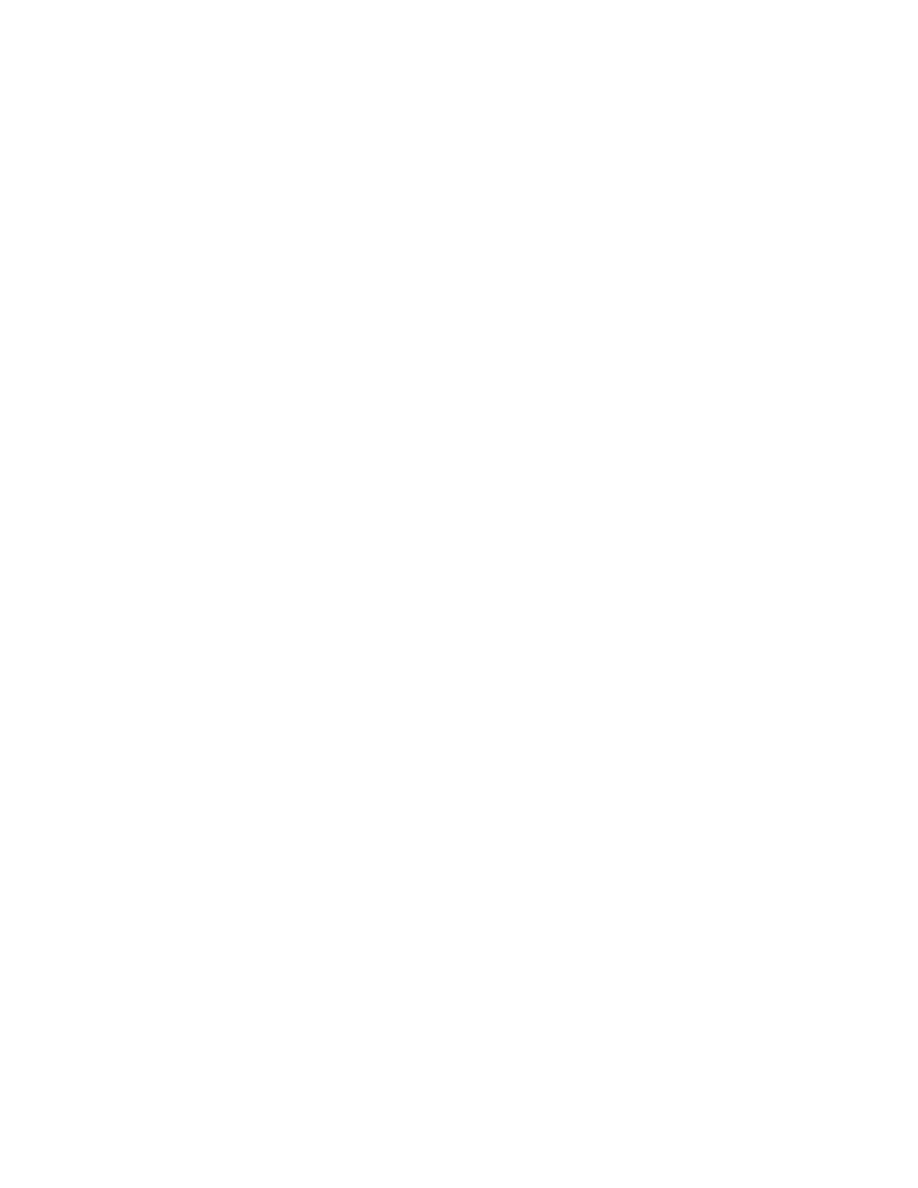
161
Federal Aviation Administration, DOT
§ 121.375
must be acceptable to its responsible
Flight Standards office.
(i)
Propulsion system monitoring.
(1) If
the IFSD rate (computed on a 12-month
rolling average) for an engine installed
as part of an airplane-engine combina-
tion exceeds the following values, the
certificate holder must do a com-
prehensive review of its operations to
identify any common cause effects and
systemic errors. The IFSD rate must
be computed using all engines of that
type in the certificate holder’s entire
fleet of airplanes approved for ETOPS.
(i) A rate of 0.05 per 1,000 engine
hours for ETOPS up to and including
120 minutes.
(ii) A rate of 0.03 per 1,000 engine
hours for ETOPS beyond 120-minutes
up to and including 207 minutes in the
North Pacific Area of Operation and up
to and including 180 minutes elsewhere.
(iii) A rate of 0.02 per 1,000 engine
hours for ETOPS beyond 207 minutes in
the North Pacific Area of Operation
and beyond 180 minutes elsewhere.
(2) Within 30 days of exceeding the
rates above, the certificate holder must
submit a report of investigation and
any necessary corrective action taken
to its responsible Flight Standards of-
fice.
(j)
Engine condition monitoring.
(1) The
certificate holder must have an engine
condition monitoring program to de-
tect deterioration at an early stage and
to allow for corrective action before
safe operation is affected.
(2) This program must describe the
parameters to be monitored, the meth-
od of data collection, the method of
analyzing data, and the process for
taking corrective action.
(3) The program must ensure that en-
gine-limit margins are maintained so
that a prolonged engine-inoperative di-
version may be conducted at approved
power levels and in all expected envi-
ronmental conditions without exceed-
ing approved engine limits. This in-
cludes approved limits for items such
as rotor speeds and exhaust gas tem-
peratures.
(k)
Oil-consumption monitoring.
The
certificate holder must have an engine
oil consumption monitoring program
to ensure that there is enough oil to
complete each ETOPS flight. APU oil
consumption must be included if an
APU is required for ETOPS. The opera-
tor’s oil consumption limit may not ex-
ceed the manufacturer’s recommenda-
tion. Monitoring must be continuous
and include oil added at each ETOPS
departure point. The program must
compare the amount of oil added at
each ETOPS departure point with the
running average consumption to iden-
tify sudden increases.
(l)
APU in-flight start program.
If the
airplane type certificate requires an
APU but does not require the APU to
run during the ETOPS portion of the
flight, the certificate holder must de-
velop and maintain a program accept-
able to the FAA for cold soak in-flight
start-and-run reliability.
(m)
Maintenance training.
For each
airplane-engine combination, the cer-
tificate holder must develop a mainte-
nance training program that provides
training adequate to support ETOPS.
It must include ETOPS specific train-
ing for all persons involved in ETOPS
maintenance that focuses on the spe-
cial nature of ETOPS. This training
must be in addition to the operator’s
maintenance training program used to
qualify individuals to perform work on
specific airplanes and engines.
(n)
Configuration, maintenance, and
procedures (CMP) document.
If an air-
plane-engine combination has a CMP
document, the certificate holder must
use a system that ensures compliance
with the applicable FAA-approved doc-
ument.
(o)
Procedural changes.
Each substan-
tial change to the maintenance or
training procedures that were used to
qualify the certificate holder for
ETOPS, must be submitted to the
CHDO for review. The certificate hold-
er cannot implement a change until its
responsible Flight Standards office no-
tifies the certificate holder that the re-
view is complete.
[Doc. No. FAA–2002–6717, 72 FR 1880, Jan. 16,
2007, as amended by Amdt. 121–329, 72 FR
7348, Feb. 15, 2007; Amdt. 121–329, 72 FR 26541,
May 10, 2007; Amdt. 121–339, 73 FR 33881, June
16, 2008; Docket FAA–2018–0119, Amdt. 121–
380, 83 FR 9173, Mar. 5, 2018]
§ 121.375 Maintenance and preventive
maintenance training program.
Each certificate holder or person per-
forming maintenance or preventive
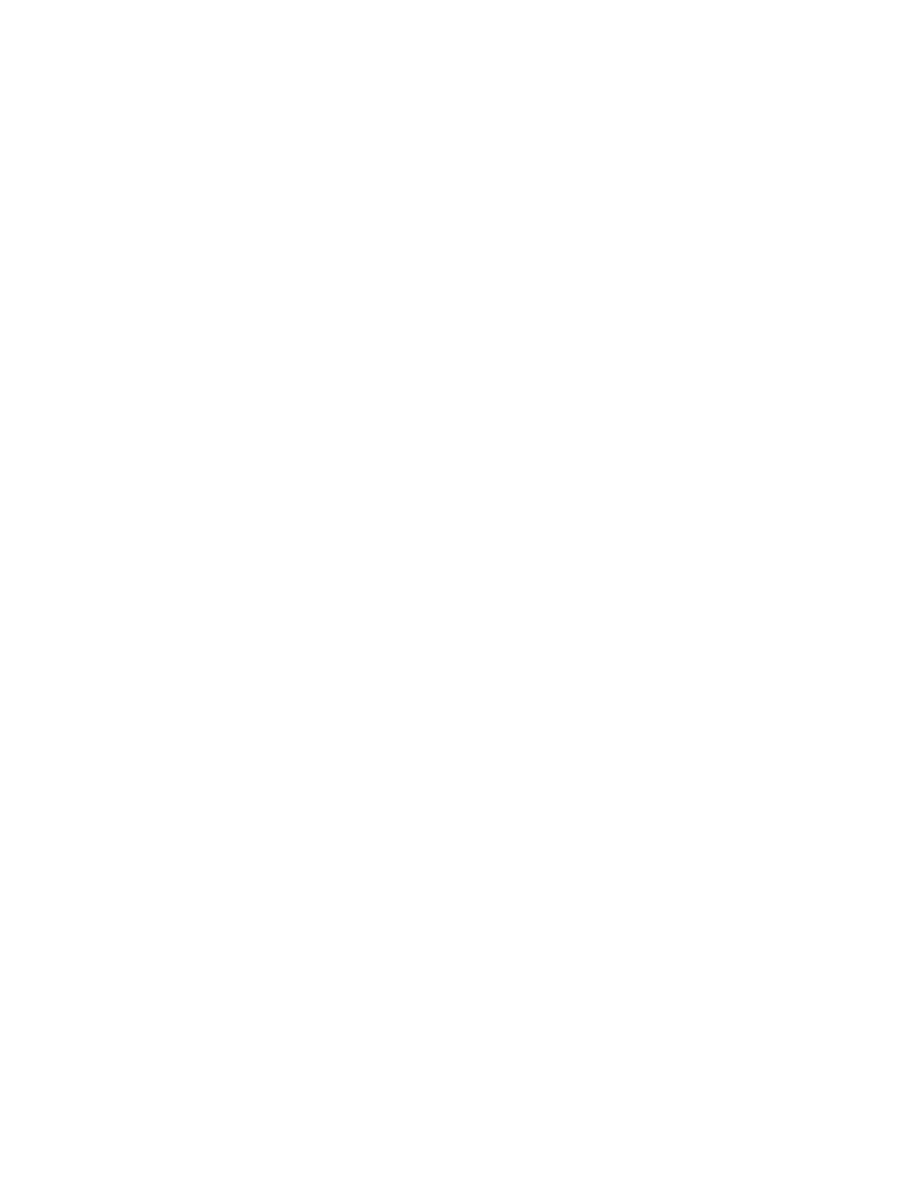
162
14 CFR Ch. I (1–1–24 Edition)
§ 121.377
maintenance functions for it shall have
a training program to ensure that each
person (including inspection personnel)
who determines the adequacy of work
done is fully informed about procedures
and techniques and new equipment in
use and is competent to perform his du-
ties.
§ 121.377 Maintenance and preventive
maintenance personnel duty time
limitations.
Within the United States, each cer-
tificate holder (or person performing
maintenance or preventive mainte-
nance functions for it) shall relieve
each person performing maintenance
or preventive maintenance from duty
for a period of at least 24 consecutive
hours during any seven consecutive
days, or the equivalent thereof within
any one calendar month.
§ 121.378 Certificate requirements.
(a) Except for maintenance, preven-
tive maintenance, alterations, and re-
quired inspections performed by a cer-
tificated repair station that is located
outside the United States, each person
who is directly in charge of mainte-
nance, preventive maintenance, or al-
terations, and each person performing
required inspections must hold an ap-
propriate airman certificate.
(b) For the purposes of this section, a
person
directly in charge
is each person
assigned to a position in which he is re-
sponsible for the work of a shop or sta-
tion that performs maintenance, pre-
ventive maintenance, alterations, or
other functions affecting aircraft air-
worthiness. A person who is
directly in
charge
need not physically observe and
direct each worker constantly but
must be available for consultation and
decision on matters requiring instruc-
tion or decision from higher authority
than that of the persons performing
the work.
[Doc. No. 6258, 29 FR 19210, Dec. 31, 1964, as
amended by Amdt. 121–21, 31 FR 10618, Aug. 9,
1966; Amdt. 121–286, 66 FR 41116, Aug. 6, 2001]
§ 121.379 Authority to perform and ap-
prove maintenance, preventive
maintenance, and alterations.
(a) A certificate holder may perform,
or it may make arrangements with
other persons to perform, maintenance,
preventive maintenance, and alter-
ations as provided in its continuous
airworthiness maintenance program
and its maintenance manual. In addi-
tion, a certificate holder may perform
these functions for another certificate
holder as provided in the continuous
airworthiness maintenance program
and maintenance manual of the other
certificate holder.
(b) A certificate holder may approve
any aircraft, airframe, aircraft engine,
propeller, or appliance for return to
service after maintenance, preventive
maintenance, or alterations that are
performed under paragraph (a) of this
section. However, in the case of a
major repair or major alteration, the
work must have been done in accord-
ance with technical data approved by
the Administrator.
[Doc. No. 10289, 35 FR 16793, Oct. 30, 1970]
§ 121.380 Maintenance recording re-
quirements.
(a) Each certificate holder shall keep
(using the system specified in the man-
ual required in § 121.369) the following
records for the periods specified in
paragraph (c) of this section:
(1) All the records necessary to show
that all requirements for the issuance
of an airworthiness release under
§ 121.709 have been met.
(2) Records containing the following
information:
(i) The total time in service of the
airframe.
(ii) Except as provided in paragraph
(b) of this section, the total time in
service of each engine and propeller.
(iii) The current status of life-limited
parts of each airframe, engine, pro-
peller, and appliance.
(iv) The time since last overhaul of
all items installed on the aircraft
which are required to be overhauled on
a specified time basis.
(v) The identification of the current
inspection status of the aircraft, in-
cluding the times since the last inspec-
tions required by the inspection pro-
gram under which the aircraft and its
appliances are maintained.
(vi) The current status of applicable
airworthiness directives, including the
date and methods of compliance, and,
if the airworthiness directive involves
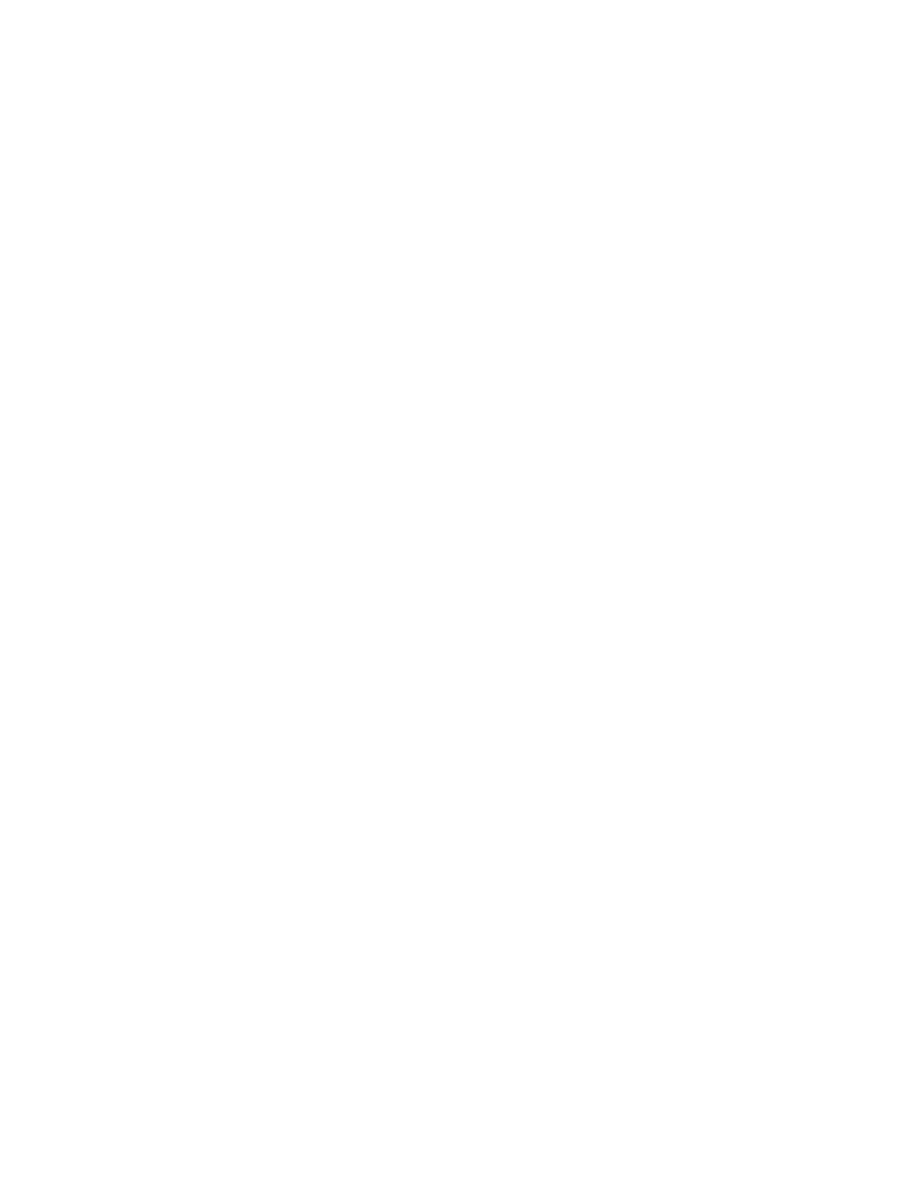
163
Federal Aviation Administration, DOT
§ 121.383
recurring action, the time and date
when the next action is required.
(vii) A list of current major alter-
ations to each airframe, engine, pro-
peller, and appliance.
(b) A certificate holder need not
record the total time in service of an
engine or propeller on a transport cat-
egory cargo airplane, a transport cat-
egory airplane that has a passenger
seat configuration of more than 30
seats, or a nontransport category air-
plane type certificated before January
1, 1958, until the following, whichever
occurs first:
(1) March 20, 1997; or
(2) The date of the first overhaul of
the engine or propeller, as applicable,
after January 19, 1996.
(c) Each certificate holder shall re-
tain the records required to be kept by
this section for the following periods:
(1) Except for the records of the last
complete overhaul of each airframe,
engine, propeller, and appliance, the
records specified in paragraph (a)(1) of
this section shall be retained until the
work is repeated or superseded by
other work or for one year after the
work is performed.
(2) The records of the last complete
overhaul of each airframe, engine, pro-
peller, and appliance shall be retained
until the work is superseded by work of
equivalent scope and detail.
(3) The records specified in paragraph
(a)(2) of this section shall be retained
and transferred with the aircraft at the
time the aircraft is sold.
(d) The certificate holder shall make
all maintenance records required to be
kept by this section available for in-
spection by the Administrator or any
authorized representative of the Na-
tional Transportation Safety Board
(NTSB).
[Doc. No. 10658, 37 FR 15983, Aug. 9, 1972, as
amended by Amdt. 121–251, 60 FR 65933, Dec.
20, 1995; Amdt. 121–321, 71 FR 536, Jan. 4, 2006]
§ 121.380a Transfer of maintenance
records.
Each certificate holder who sells a
U.S. registered aircraft shall transfer
to the purchaser, at the time of sale,
the following records of that aircraft,
in plain language form or in coded form
at the election of the purchaser, if the
coded form provides for the preserva-
tion and retrieval of information in a
manner acceptable to the Adminis-
trator:
(a) The record specified in
§ 121.380(a)(2).
(b) The records specified in
§ 121.380(a)(1) which are not included in
the records covered by paragraph (a) of
this section, except that the purchaser
may permit the seller to keep physical
custody of such records. However, cus-
tody of records in the seller does not
relieve the purchaser of his responsi-
bility under § 121.380(c) to make the
records available for inspection by the
Administrator or any authorized rep-
resentative of the National Transpor-
tation Safety Board (NTSB).
[Doc. No. 10658, 37 FR 15984, Aug. 9, 1972]
Subpart M—Airman and
Crewmember Requirements
S
OURCE
: Docket No. 6258, 29 FR 19212, Dec.
31, 1964, unless otherwise noted.
§ 121.381 Applicability.
This subpart prescribes airman and
crewmember requirements for all cer-
tificate holders.
§ 121.383 Airman: Limitations on use of
services.
(a) No certificate holder may use any
person as an airman nor may any per-
son serve as an airman unless that per-
son—
(1) Holds an appropriate current air-
man certificate issued by the FAA;
(2) Has in his or her possession while
engaged in operations under this part—
(i) Any required appropriate current
airman and medical certificates; or
(ii) A temporary document issued in
accordance with paragraph (c) of this
section; and
(3) Is otherwise qualified for the oper-
ation for which he is to be used.
(b) Each airman covered by para-
graph (a)(2) of this section shall
present his or her certificates or tem-
porary document for inspection upon
request of the Administrator.
(c) A certificate holder may obtain
approval to provide a temporary docu-
ment verifying a flightcrew member’s
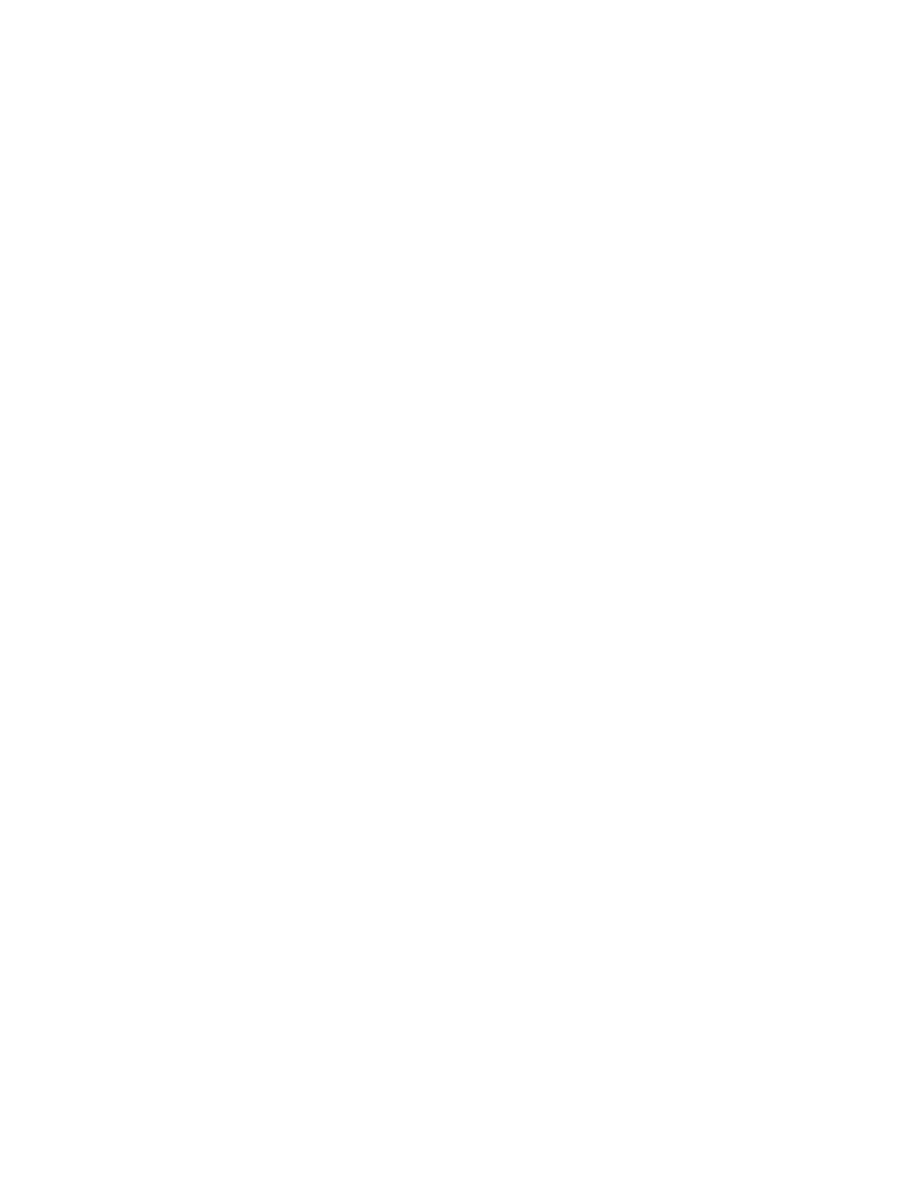
164
14 CFR Ch. I (1–1–24 Edition)
§ 121.385
airman certificate and medical certifi-
cate privileges under an approved cer-
tificate verification plan set forth in
the certificate holder’s operations
specifications. A document provided by
the certificate holder may be carried as
an airman certificate or medical cer-
tificate on flights within the United
States for up to 72 hours.
(d) No certificate holder may use the
services of any person as a pilot on an
airplane engaged in operations under
this part if that person has reached his
or her 65th birthday.
(e) No pilot may serve as a pilot in
operations under this part if that per-
son has reached his or her 65th birth-
day.
[Doc. No. 6258, 29 FR 19212, Dec. 31, 1964, as
amended by Amdt. 121–144, 43 FR 22646, May
25, 1978; Amdt. 121–344, 74 FR 34234, July 15,
2009; Amdt. 121–372, 80 FR 33401, June 12, 2015;
Amdt. 121–381, 83 FR 30282, June 27, 2018]
§ 121.385 Composition of flight crew.
(a) No certificate holder may operate
an airplane with less than the min-
imum flight crew in the airworthiness
certificate or the airplane Flight Man-
ual approved for that type airplane and
required by this part for the kind of op-
eration being conducted.
(b) In any case in which this part re-
quires the performance of two or more
functions for which an airman certifi-
cate is necessary, that requirement is
not satisfied by the performance of
multiple functions at the same time by
one airman.
(c) The minimum pilot crew is two
pilots and the certificate holder shall
designate one pilot as pilot in com-
mand and the other second in com-
mand.
(d) On each flight requiring a flight
engineer at least one flight crew-
member, other than the flight engi-
neer, must be qualified to provide
emergency performance of the flight
engineer’s functions for the safe com-
pletion of the flight if the flight engi-
neer becomes ill or is otherwise inca-
pacitated. A pilot need not hold a
flight engineer’s certificate to perform
the flight engineer’s functions in such
a situation.
[Doc. No. 6258, 29 FR 19212, Dec. 31, 1964, as
amended by Amdt. 121–178, 47 FR 13316, Mar.
29, 1982; Amdt. 121–256, 61 FR 30434, June 14,
1996]
§ 121.387 Flight engineer.
No certificate holder may operate an
airplane for which a type certificate
was issued before January 2, 1964, hav-
ing a maximum certificated takeoff
weight of more than 80,000 pounds with-
out a flight crewmember holding a cur-
rent flight engineer certificate. For
each airplane type certificated after
January 1, 1964, the requirement for a
flight engineer is determined under the
type certification requirements of
§ 25.1523.
[Doc. No. 5025, 30 FR 6067, Apr. 29, 1965]
§ 121.389 Flight navigator and special-
ized navigation equipment.
(a) No certificate holder may operate
an airplane outside the 48 contiguous
States and the District of Columbia,
when its position cannot be reliably
fixed for a period of more than 1 hour,
without—
(1) A flight crewmember who holds a
current flight navigator certificate; or
(2) Specialized means of navigation
approved in accordance with § 121.355
which enables a reliable determination
to be made of the position of the air-
plane by each pilot seated at his duty
station.
(b) Notwithstanding paragraph (a) of
this section, the Administrator may
also require a flight navigator or spe-
cial navigation equipment, or both,
when specialized means of navigation
are necessary for 1 hour or less. In
making this determination, the Admin-
istrator considers—
(1) The speed of the airplane;
(2) Normal weather conditions en
route;
(3) Extent of air traffic control;
(4) Traffic congestion;
(5) Area of navigational radio cov-
erage at destination;
(6) Fuel requirements;
(7) Fuel available for return to point
of departure or alternates;
(8) Predication of flight upon oper-
ation beyond the point of no return;
and
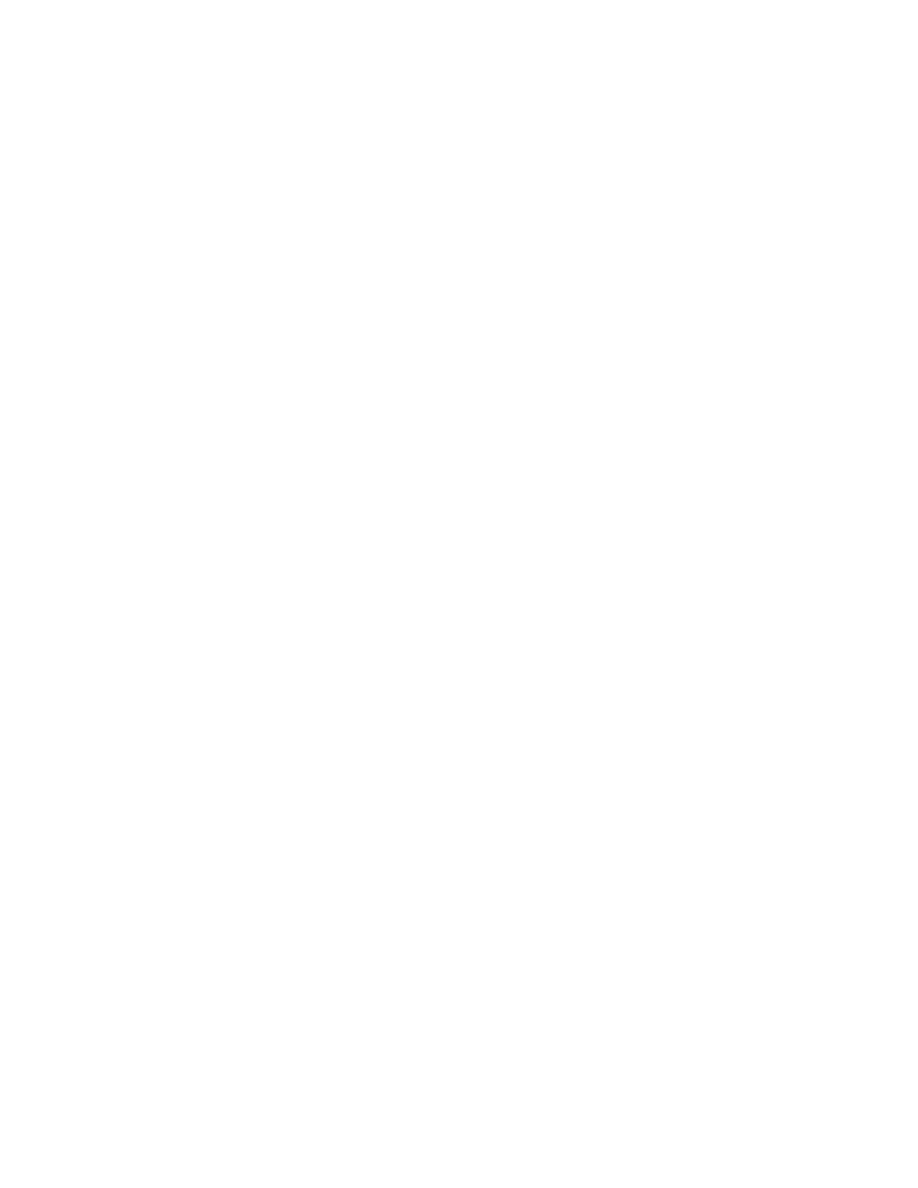
165
Federal Aviation Administration, DOT
§ 121.393
(9) Any other factors he determines
are relevant in the interest of safety.
(c) Operations where a flight navi-
gator or special navigation equipment,
or both, are required are specified in
the operations specifications of the air
carrier or commercial operator.
[Doc. No. 10204, 37 FR 6464, Mar. 30, 1972, as
amended by Amdt. 121–178, 47 FR 13316, Mar.
29, 1982]
§ 121.391 Flight attendants.
(a) Except as specified in § 121.393 and
§ 121.394, each certificate holder must
provide at least the following flight at-
tendants on board each passenger-car-
rying airplane when passengers are on
board:
(1) For airplanes having a maximum
payload capacity of more than 7,500
pounds and having a seating capacity
of more than 9 but less than 51 pas-
sengers—one flight attendant.
(2) For airplanes having a maximum
payload capacity of 7,500 pounds or less
and having a seating capacity of more
than 19 but less than 51 passengers—
one flight attendant.
(3) For airplanes having a seating ca-
pacity of more than 50 but less than 101
passengers—two flight attendants.
(4) For airplanes having a seating ca-
pacity of more than 100 passengers—
two flight attendants plus one addi-
tional flight attendant for each unit
(or part of a unit) of 50 passenger seats
above a seating capacity of 100 pas-
sengers.
(b) If, in conducting the emergency
evacuation demonstration required
under § 121.291 (a) or (b), the certificate
holder used more flight attendants
than is required under paragraph (a) of
this section for the maximum seating
capacity of the airplane used in the
demonstration, he may not, thereafter,
take off that airplane—
(1) In its maximum seating capacity
configuration with fewer flight attend-
ants than the number used during the
emergency evacuation demonstration;
or
(2) In any reduced seating capacity
configuration with fewer flight attend-
ants than the number required by para-
graph (a) of this section for that seat-
ing capacity plus the number of flight
attendants used during the emergency
evacuation demonstration that were in
excess of those required under para-
graph (a) of this section.
(c) The number of flight attendants
approved under paragraphs (a) and (b)
of this section are set forth in the cer-
tificate holder’s operations specifica-
tions.
(d) During takeoff and landing, flight
attendants required by this section
shall be located as near as practicable
to required floor level exits and shall
be uniformly distributed throughout
the airplane in order to provide the
most effective egress of passengers in
event of an emergency evacuation.
During taxi, flight attendants required
by this section must remain at their
duty stations with safety belts and
shoulder harnesses fastened except to
perform duties related to the safety of
the airplane and its occupants.
[Doc. No. 2033, 30 FR 3206, Mar. 9, 1965]
E
DITORIAL
N
OTE
: For F
EDERAL
R
EGISTER
ci-
tations affecting § 121.391, see the List of CFR
Sections Affected, which appears in the
Finding Aids section of the printed volume
and at
www.govinfo.gov.
§ 121.392 Personnel identified as flight
attendants.
(a) Any person identified by the cer-
tificate holder as a flight attendant on
an aircraft in operations under this
part must be trained and qualified in
accordance with subparts N and O of
this part. This includes:
(1) Flight attendants provided by the
certificate holder in excess of the num-
ber required by § 121.391(a); and
(2) Flight attendants provided by the
certificate holder when flight attend-
ants are not required by § 121.391(a).
(b) A qualifying flight attendant who
is receiving operating experience on an
aircraft in operations under subpart O
of this part must be identified to pas-
sengers as a qualifying flight attend-
ant.
[Doc. No. FAA–2008–0677, 78 FR 67836, Nov. 12,
2013]
§ 121.393 Crewmember requirements
at stops where passengers remain
on board.
At stops where passengers remain on
board, the certificate holder must meet
the following requirements:
(a) On each airplane for which a
flight attendant is not required by

166
14 CFR Ch. I (1–1–24 Edition)
§ 121.394
§ 121.391(a), the certificate holder must
ensure that a person who is qualified in
the emergency evacuation procedures
for the airplane, as required in § 121.417,
and who is identified to the passengers,
remains:
(1) On board the airplane; or
(2) Nearby the airplane, in a position
to adequately monitor passenger safe-
ty, and:
(i) The airplane engines are shut
down; and
(ii) At least one floor level exit re-
mains open to provide for the
deplaning of passengers.
(b) On each airplane for which flight
attendants are required by § 121.391(a),
but the number of flight attendants re-
maining on board is fewer than re-
quired by § 121.391(a), the certificate
holder must meet the following re-
quirements:
(1) The certificate holder shall ensure
that:
(i) The airplane engines are shut
down;
(ii) At least one floor level exit re-
mains open to provide for the
deplaning of passengers; and
(iii) the number of flight attendants
on board is at least half the number re-
quired by § 121.391(a), rounded down to
the next lower number in the case of
fractions, but never fewer than one.
(2) The certificate holder may sub-
stitute for the required flight attend-
ants other persons qualified in the
emergency evacuation procedures for
that aircraft as required in § 121.417, if
these persons are identified to the pas-
sengers.
(3) If only one flight attendant or
other qualified person is on board dur-
ing a stop, that flight attendant or
other qualified person shall be located
in accordance with the certificate hold-
er’s FAA-approved operating proce-
dures. If more than one flight attend-
ant or other qualified person is on
board, the flight attendants or other
qualified persons shall be spaced
throughout the cabin to provide the
most effective assistance for the evacu-
ation in case of an emergency.
[Doc. No. 28154, 60 FR 65934, Dec. 20, 1995]
§ 121.394 Flight attendant require-
ments during passenger boarding
and deplaning.
(a) During passenger boarding, on
each airplane for which more than one
flight attendant is required by § 121.391,
the certificate holder may:
(1) Reduce the number of required
flight attendants by one, provided that:
(i) The flight attendant that leaves
the aircraft remains within the imme-
diate vicinity of the door through
which passengers are boarding;
(ii) The flight attendant that leaves
the aircraft only conducts safety duties
related to the flight being boarded;
(iii) The airplane engines are shut
down; and
(iv) At least one floor level exit re-
mains open to provide for passenger
egress; or
(2) Substitute a pilot or flight engi-
neer employed by the certificate holder
and trained and qualified on that type
airplane for one flight attendant, pro-
vided the certificate holder—
(i) Describes in the manual required
by § 121.133:
(A) The necessary functions to be
performed by the substitute pilot or
flight engineer in an emergency, to in-
clude a situation requiring an emer-
gency evacuation. The certificate hold-
er must show those functions are real-
istic, can be practically accomplished,
and will meet any reasonably antici-
pated emergency; and
(B) How other regulatory functions
performed by a flight attendant will be
accomplished by the substitute pilot or
flight engineer on the airplane.
(ii) Ensures that the following re-
quirements are met:
(A) The substitute pilot or flight en-
gineer is not assigned to operate the
flight for which that person is sub-
stituting for a required flight attend-
ant.
(B) The substitute pilot or flight en-
gineer is trained in all assigned flight
attendant duties regarding passenger
handling.
(C) The substitute pilot or flight en-
gineer meets the emergency training
requirements for flight attendants in
evacuation management and evacu-
ation commands, as appropriate, and
frequency of performance drills regard-
ing operation of exits in the normal
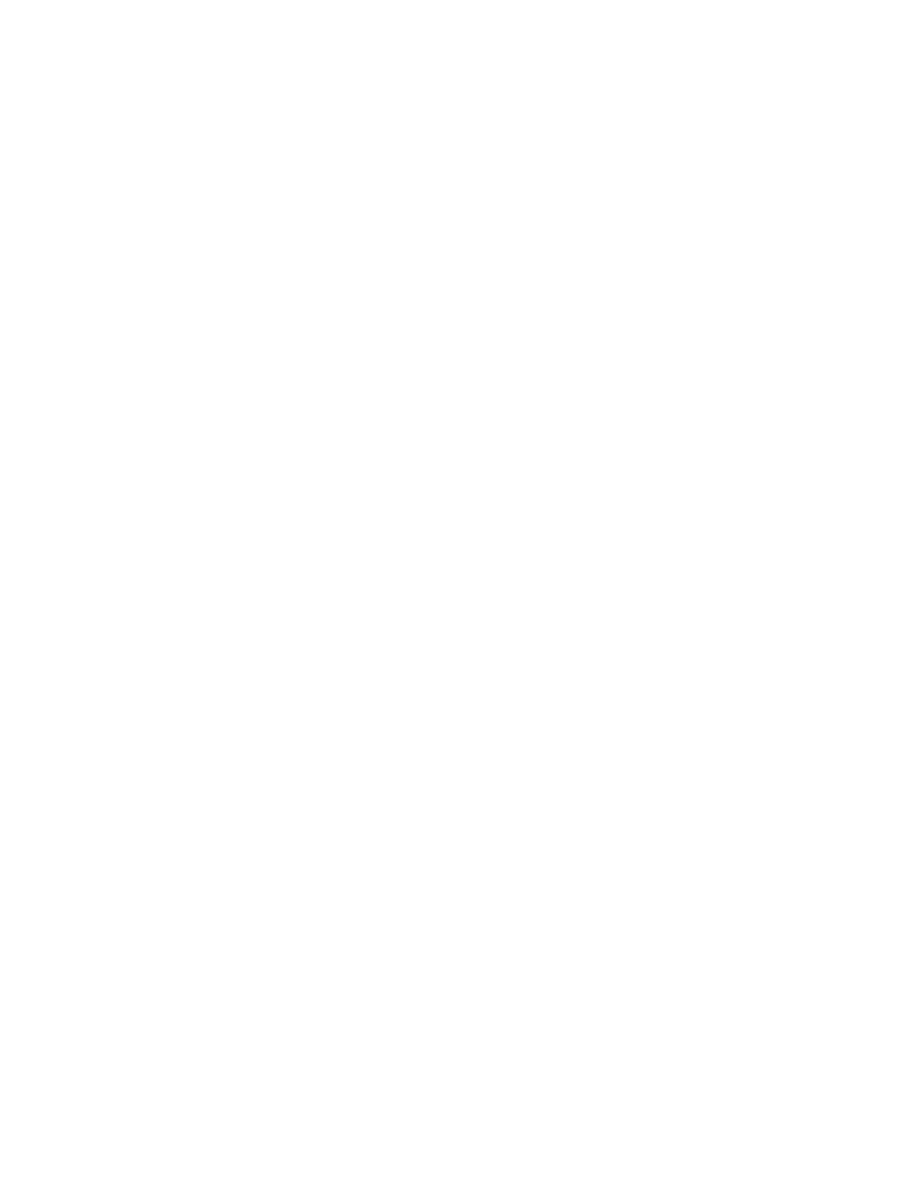
167
Federal Aviation Administration, DOT
§ 121.400
and emergency modes on that type air-
craft.
(D) The substitute pilot or flight en-
gineer is in possession of all items re-
quired for duty.
(E) The substitute pilot or flight en-
gineer is located in the passenger
cabin.
(F) The substitute pilot or flight en-
gineer is identified to the passengers.
(G) The substitution of a pilot or
flight engineer for a required flight at-
tendant does not interfere with the
safe operation of the flight.
(H) The airplane engines are shut
down.
(I) At least one floor-level exit re-
mains open to provide for passenger
egress.
(b) During passenger deplaning, on
each airplane for which more than one
flight attendant is required by § 121.391,
the certificate holder may reduce the
number of flight attendants required
by that paragraph provided:
(1) The airplane engines are shut
down;
(2) At least one floor level exit re-
mains open to provide for passenger
egress; and
(3) The number of flight attendants
on board is at least half the number re-
quired by § 121.391, rounded down to the
next lower number in the case of frac-
tions, but never fewer than one.
(c) If only one flight attendant is on
the airplane during passenger boarding
or deplaning, that flight attendant
must be located in accordance with the
certificate holder’s FAA-approved op-
erating procedures. If more than one
flight attendant is on the airplane dur-
ing passenger boarding or deplaning,
the flight attendants must be evenly
distributed throughout the airplane
cabin, in the vicinity of the floor-level
exits, to provide the most effective as-
sistance in the event of an emergency.
(d) The time spent by any crew-
member conducting passenger boarding
or deplaning duties is considered duty
time.
[Doc. No. FAA–2009–0022, 75 FR 68198, Nov. 5,
2010]
§ 121.395 Aircraft dispatcher: Domestic
and flag operations.
Each certificate holder conducting
domestic or flag operations shall pro-
vide enough qualified aircraft dis-
patchers at each dispatch center to en-
sure proper operational control of each
flight.
[Doc. No. 28154, 61 FR 2611, Jan. 26, 1996]
§ 121.397 Emergency and emergency
evacuation duties.
(a) Each certificate holder shall, for
each type and model of airplane, as-
signed to each category of required
crewmember, as appropriate, the nec-
essary functions to be performed in an
emergency or a situation requiring
emergency evacuation. The certificate
holder shall show those functions are
realistic, can be practically accom-
plished, and will meet any reasonably
anticipated emergency including the
possible incapacitation of individual
crewmembers or their inability to
reach the passenger cabin because of
shifting cargo in combination cargo-
passenger airplanes.
(b) The certificate holder shall de-
scribe in its manual the functions of
each category of required crew-
members under paragraph (a) of this
section.
[Doc. No. 2033, 30 FR 3206, Mar. 9, 1965, as
amended by Amdt. 121–7, 30 FR 6727, May 18,
1965]
Subpart N—Training Program
S
OURCE
: Docket No. 9509, 35 FR 90, Jan. 3,
1970, unless otherwise noted.
§ 121.400 Applicability and terms used.
(a) This subpart prescribes the re-
quirements applicable to each certifi-
cate holder for establishing and main-
taining a training program for crew-
members, aircraft dispatchers, and
other operations personnel, and for the
approval and use of flight simulation
training devices and training equip-
ment in the conduct of the program.
(b) For the purpose of this subpart,
airplane groups are as follows:
(1)
Group I.
Propeller driven, includ-
ing—
(i) Reciprocating powered; and
(ii) Turbopropeller powered.
(2)
Group II.
Turbojet powered.
(c) For the purpose of this subpart,
the following terms and definitions
apply:
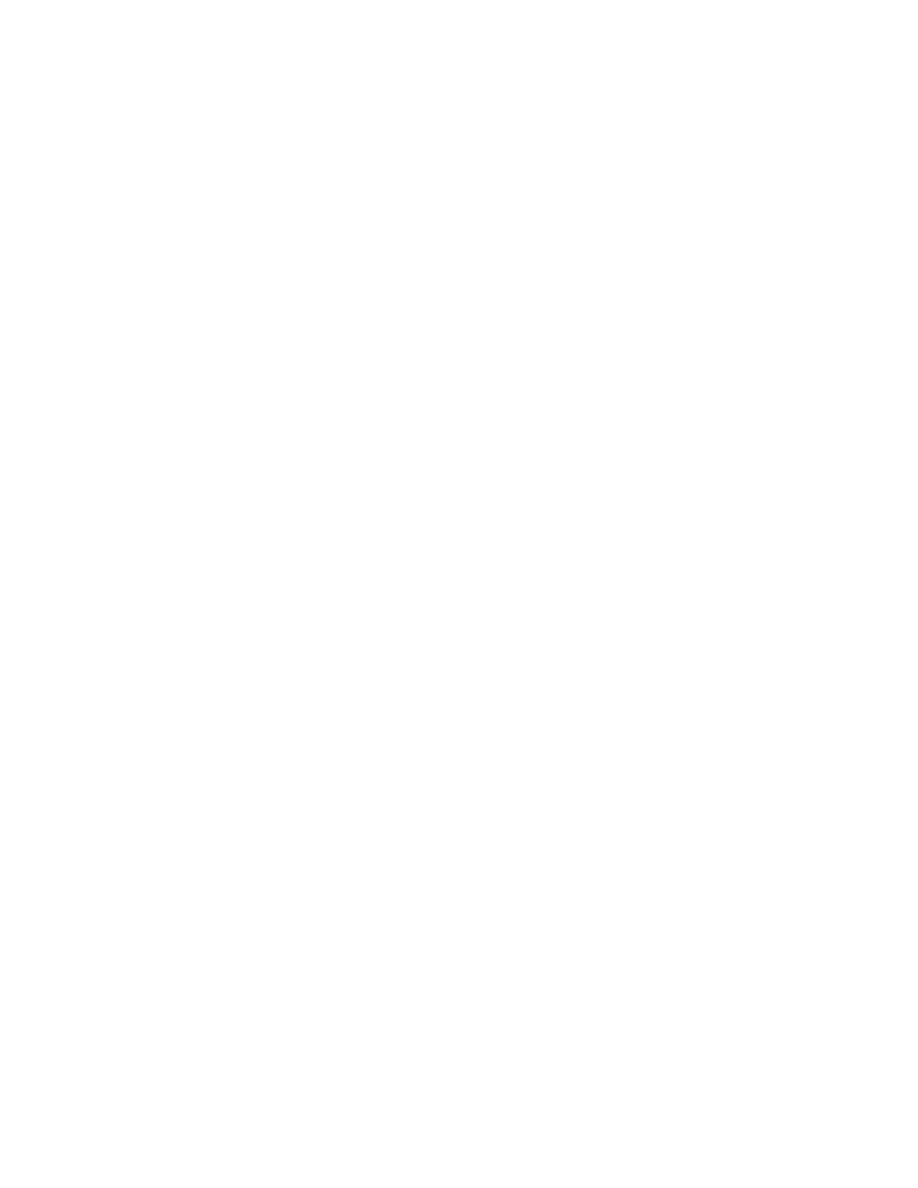
168
14 CFR Ch. I (1–1–24 Edition)
§ 121.401
(1)
Initial training.
The training re-
quired for crewmembers and dis-
patchers who have not qualified and
served in the same capacity on another
airplane of the same group.
(2)
Transition training.
The training
required for crewmembers and dis-
patchers who have qualified and served
in the same capacity on another air-
plane of the same group.
(3)
Upgrade training.
The training re-
quired for flightcrew members who
have qualified and served as second in
command on a particular airplane
type, before they serve as pilot in com-
mand on that airplane.
(4)
Conversion training.
The training
required for flightcrew members who
have qualified and served as flight en-
gineer on a particular airplane type,
before they serve as second in com-
mand on that airplane.
(5)
Differences training.
The training
required for crewmembers and dis-
patchers who have qualified and served
on a particular type airplane, when the
Administrator finds differences train-
ing is necessary before a crewmember
serves in the same capacity on a par-
ticular variation of that airplane.
(6)
Programmed hours.
The hours of
training prescribed in this subpart
which may be reduced by the Adminis-
trator upon a showing by the certifi-
cate holder that circumstances justify
a lesser amount.
(7)
Inflight.
Refers to maneuvers, pro-
cedures, or functions that must be con-
ducted in the airplane.
(8)
Training center.
An organization
governed by the applicable require-
ments of part 142 of this chapter that
provides training, testing, and check-
ing under contract or other arrange-
ment to certificate holders subject to
the requirements of this part.
(9)
Requalification training.
The train-
ing required for crewmembers pre-
viously trained and qualified, but who
have become unqualified due to not
having met within the required period
the recurrent training requirements of
§ 121.427 or the proficiency check re-
quirements of § 121.441.
(10)
Related aircraft.
Any two or more
aircraft of the same make with either
the same or different type certificates
that have been demonstrated and de-
termined by the Administrator to have
commonality to the extent that credit
between those aircraft may be applied
for flightcrew member training, check-
ing, recent experience, operating expe-
rience, operating cycles, and line oper-
ating flight time for consolidation of
knowledge and skills.
(11)
Related aircraft differences train-
ing.
The flightcrew member training
required for aircraft with different type
certificates that have been designated
as related by the Administrator.
(12)
Base aircraft.
An aircraft identi-
fied by a certificate holder for use as a
reference to compare differences with
another aircraft.
[Doc. No. 9509, 35 FR 90, Jan. 3, 1970; 35 FR
2819, Feb. 11, 1970, as amended by Amdt. 121–
104, 38 FR 14915, June 7, 1973; Amdt. 121–259,
61 FR 34560, July 2, 1996; Amdt. 121–366, 78 FR
67836, Nov. 12, 2013; Amdt. 121–382, 85 FR
10921, Feb. 25, 2020]
§ 121.401 Training program: General.
(a) Each certificate holder shall:
(1) Establish and implement a train-
ing program that satisfies the require-
ments of this subpart and appendices E
and F of this part and that ensures
that each crewmember, aircraft dis-
patcher, flight instructor and check
airman is adequately trained to per-
form his or her assigned duties. Prior
to implementation, the certificate
holder must obtain initial and final
FAA approval of the training program.
(2) Provide adequate ground and
flight training facilities and properly
qualified ground instructors for the
training required by this subpart;
(3) Provide and keep current with re-
spect to each airplane type and, if ap-
plicable, the particular variations
within that airplane type, appropriate
training material, examinations,
forms, instructions, and procedures for
use in conducting the training and
checks required by this part; and
(4) Provide enough flight instructors
and approved check airmen to conduct
the flight training and checks required
under this part.
(b) Whenever a crewmember or air-
craft dispatcher who is required to
take recurrent training, a flight check,
or a competence check, takes the
check or completes the training in the
calendar month before or after the cal-
endar month in which that training or
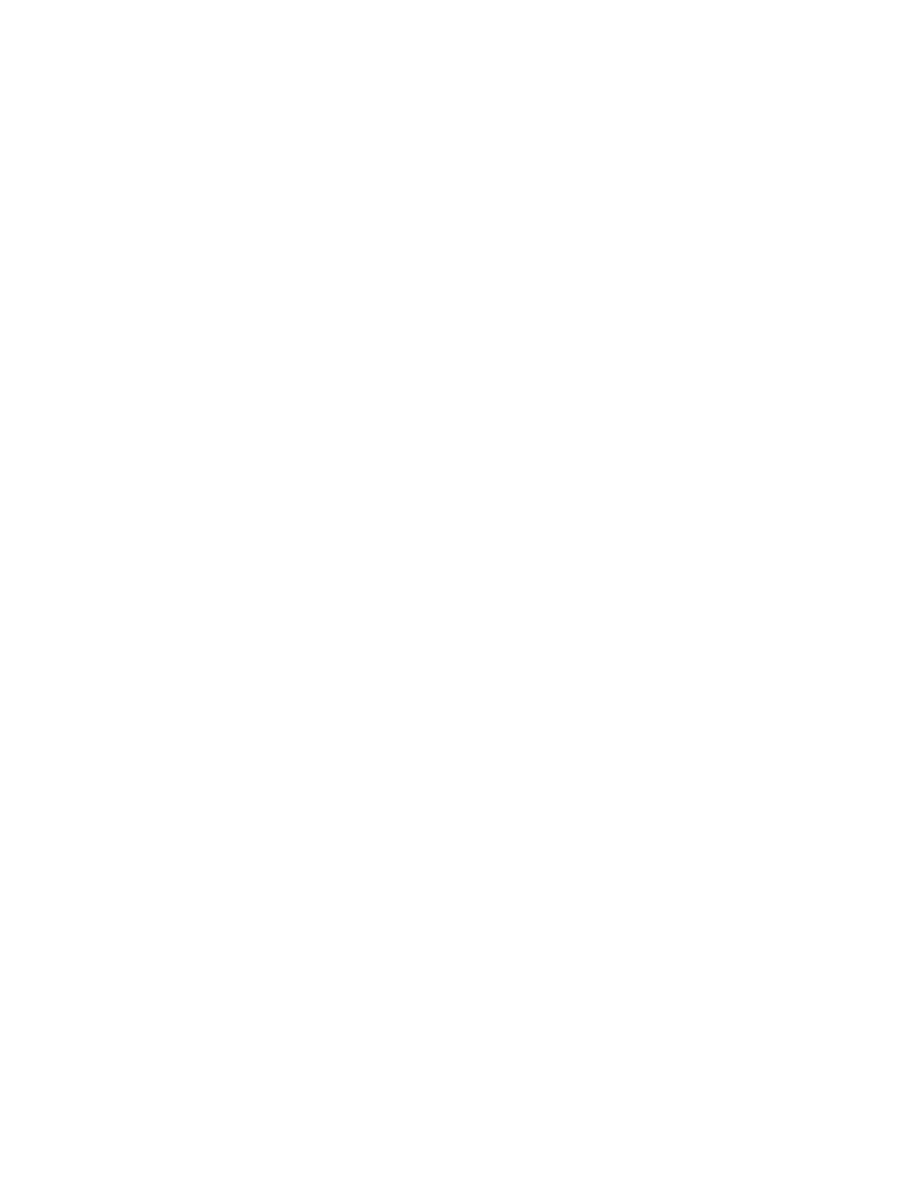
169
Federal Aviation Administration, DOT
§ 121.403
check is required, he is considered to
have taken or completed it in the cal-
endar month in which it was required.
(c) Each instructor, supervisor, or
check airman who is responsible for a
particular ground training subject, seg-
ment of flight training, course of train-
ing, flight check, or competence check
under this part shall certify as to the
proficiency and knowledge of the crew-
member, aircraft dispatcher, flight in-
structor, or check airman concerned
upon completion of that training or
check. That certification shall be made
a part of the crewmember’s or dis-
patcher’s record. When the certifi-
cation required by this paragraph is
made by an entry in a computerized
recordkeeping system, the certifying
instructor, supervisor, or check airman
must be identified with that entry.
However, the signature of the certi-
fying instructor, supervisor, or check
airman is not required for computer-
ized entries.
(d) Training subjects that are appli-
cable to more than one airplane or
crewmember position and that have
been satisfactorily completed in con-
nection with prior training for another
airplane or another crewmember posi-
tion, need not be repeated during sub-
sequent training other than recurrent
training.
(e) A person who progresses success-
fully through flight training, is rec-
ommended by his instructor or a check
airman, and successfully completes the
appropriate flight check for a check
airman or the Administrator, need not
complete the programmed hours of
flight training for the particular air-
plane. However, whenever the Adminis-
trator finds that 20 percent of the
flight checks given at a particular
training base during the previous 6
months under this paragraph are un-
successful, this paragraph may not be
used by the certificate holder at that
base until the Administrator finds that
the effectiveness of the flight training
there has improved.
In the case of a certificate holder using
a course of training permitted in
§ 121.409(c), the Administrator may re-
quire the programmed hours of inflight
training in whole or in part, until he
finds the effectiveness of the flight
training has improved as provided in
paragraph (e) of this section.
[Doc. No. 9509, 35 FR 90, Jan. 3, 1970, as
amended by Amdt. 121–104, 38 FR 14915, June
7, 1973; Amdt. 121–108, 38 FR 35446, Dec. 28,
1973; Amdt. 121–143, 43 FR 22642, May 25, 1978;
Amdt. 121–316, 70 FR 58823, Oct. 7, 2005; Amdt.
121–382, 85 FR 10921, Feb. 25, 2020]
§ 121.402 Training program: Special
rules.
(a) Other than the certificate holder,
only another certificate holder certifi-
cated under this part or a flight train-
ing center certificated under part 142 of
this chapter is eligible under this sub-
part to provide flight training, testing,
and checking under contract or other
arrangement to those persons subject
to the requirements of this subpart.
(b) A certificate holder may contract
with, or otherwise arrange to use the
services of, a training center certifi-
cated under part 142 of this chapter to
provide training, testing, and checking
required by this part only if the train-
ing center—
(1) Holds applicable training speci-
fications issued under part 142 of this
chapter;
(2) Has facilities, training equipment,
and courseware meeting the applicable
requirements of part 142 of this chap-
ter;
(3) Has approved curriculums, cur-
riculum segments, and portions of cur-
riculum segments applicable for use in
training courses required by this sub-
part; and
(4) Has sufficient instructor and
check airmen qualified under the appli-
cable requirements of §§ 121.411 or
121.413 to provide training, testing, and
checking to persons subject to the re-
quirements of this subpart.
[Doc. No. 26933, 61 FR 34560, July 2, 1996, as
amended by Amdt. 121–263, 62 FR 13791, Mar.
21, 1997]
§ 121.403 Training program: Cur-
riculum.
(a) Each certificate holder must pre-
pare and keep current a written train-
ing program curriculum for each type
of airplane with respect to dispatchers
and each crewmember required for that
type airplane. The curriculum must in-
clude ground and flight training re-
quired by this subpart.

170
14 CFR Ch. I (1–1–24 Edition)
§ 121.404
(b) Each training program cur-
riculum must include:
(1) A list of principal ground training
subjects, including emergency training
subjects, that are provided.
(2) A list of all the training device
mockups, systems trainers, procedures
trainers, or other training aids that
the certificate holder will use. No later
than March 12, 2019, a list of all the
training equipment approved under
§ 121.408 as well as other training aids
that the certificate holder will use.
(3) Detailed descriptions or pictorial
displays of the approved normal, abnor-
mal, and emergency maneuvers, proce-
dures and functions that will be per-
formed during each flight training
phase or flight check, indicating those
maneuvers, procedures and functions
that are to be performed during the
inflight portions of flight training and
flight checks.
(4) A list of FSTDs approved under
§ 121.407, including approvals for par-
ticular maneuvers, procedures, or func-
tions.
(5) The programmed hours of training
that will be applied to each phase of
training.
(6) A copy of each statement issued
by the Administrator under § 121.405(d)
for reduction of programmed hours of
training.
[Doc. No. 9509, 35 FR 90, Jan. 3, 1970, as
amended by Amdt. 121–366, 78 FR 67836, Nov.
12, 2013; Amdt. 121–382, 85 FR 10921, Feb. 25,
2020]
§ 121.404 Compliance dates: Crew and
dispatcher resource management
training.
After March 19, 1998, no certificate
holder may use a person as a flight
crewmember, and after March 19, 1999,
no certificate holder may use a person
as a flight attendant or aircraft dis-
patcher unless that person has com-
pleted approved crew resource manage-
ment (CRM) or dispatcher resource
management (DRM) initial training, as
applicable, with that certificate holder
or with another certificate holder.
[Doc. No. 28154, 61 FR 30435, June 14, 1996]
§ 121.405 Training program and revi-
sion: Initial and final approval.
(a) To obtain initial and final ap-
proval of a training program, or a revi-
sion to an approved training program,
each certificate holder must submit to
the Administrator—
(1) An outline of the proposed pro-
gram or revision, including an outline
of the proposed or revised curriculum,
that provides enough information for a
preliminary evaluation of the proposed
training program or revised training
program; and
(2) Additional relevant information
as may be requested by the Adminis-
trator.
(b) If the proposed training program
or revision complies with this subpart
the Administrator grants initial ap-
proval in writing after which the cer-
tificate holder may conduct the train-
ing in accordance with that program.
The Administrator then evaluates the
effectiveness of the training program
and advises the certificate holder of de-
ficiencies, if any, that must be cor-
rected.
(c) The Administrator grants final
approval of the training program or re-
vision if the certificate holder shows
that the training conducted under the
initial approval set forth in paragraph
(b) of this section ensures that each
person that successfully completes the
training is adequately trained to per-
form his assigned duties.
(d) In granting initial and final ap-
proval of training programs or revi-
sions, including reductions in pro-
grammed hours specified in this sub-
part, the Administrator considers the
training aids, devices, methods, and
procedures listed in the certificate
holder’s curriculum as set forth in
§ 121.403 that increase the quality and
effectiveness of the teaching-learning
process.
If approval of reduced programmed
hours of training is granted, the Ad-
ministrator provides the certificate
holder with a statement of the basis for
the approval.
(e) Whenever the Administrator finds
that revisions are necessary for the
continued adequacy of a training pro-
gram that has been granted final ap-
proval, the certificate holder shall,
after notification by the Adminis-
trator, make any changes in the pro-
gram that are found necessary by the
Administrator. Within 30 days after the
certificate holder receives such notice,

171
Federal Aviation Administration, DOT
§ 121.407
it may file a petition to reconsider the
notice with the responsible Flight
Standards office. The filing of a peti-
tion to reconsider stays the notice
pending a decision by the Adminis-
trator. However, if the Administrator
finds that there is an emergency that
requires immediate action in the inter-
est of safety in air transportation, he
may, upon a statement of the reasons,
require a change effective without
stay.
(f) Each certificate holder described
in § 135.3 (b) and (c) of this chapter
must include the material required by
§ 121.403 in the manual required by
§ 135.21 of this chapter.
(g) The Administrator may grant a
deviation to certificate holders de-
scribed in § 135.3 (b) and (c) of this chap-
ter to allow reduced programmed hours
of ground training required by § 121.419
if it is found that a reduction is war-
ranted based on the certificate holder’s
operations and the complexity of the
make, model, and series of the aircraft
used.
[Doc. No. 9509, 35 FR 90, Jan. 3, 1970, as
amended by Amdt. 121–207, 54 FR 39293, Sept.
25, 1989; Amdt. 121–250, 60 FR 65948, Dec. 20,
1995; Amdt. 121–253, 61 FR 2612, Jan. 26, 1996;
Docket FAA–2018–0119, Amdt. 121–380, 83 FR
9172, Mar. 5, 2018]
§ 121.406 Credit for previous CRM/
DRM training.
(a) For flightcrew members, the Ad-
ministrator may credit CRM training
received before March 19, 1998 toward
all or part of the initial ground CRM
training required by § 121.419.
(b) For flight attendants, the Admin-
istrator may credit CRM training re-
ceived before March 19, 1999 toward all
or part of the initial ground CRM
training required by § 121.421.
(c) For aircraft dispatchers, the Ad-
ministrator may credit CRM training
received before March 19, 1999 toward
all or part of the initial ground CRM
training required by § 121.422.
(d) In granting credit for initial
ground CRM or DRM training, the Ad-
ministrator considers training aids, de-
vices, methods, and procedures used by
the certificate holder in a voluntary
CRM or DRM program or in an AQP
program that effectively meets the
quality of an approved CRM or DRM
initial ground training program under
section 121.419, 121.421, or 121.422 as ap-
propriate.
[Doc. No. 27993, 60 FR 65949, Dec. 20, 1995]
§ 121.407 Training program: Approval
of flight simulation training de-
vices.
(a) Each FSTD used to satisfy a
training requirement of this part in an
approved training program, must meet
all of the following requirements:
(1) Be specifically approved by the
Administrator for—
(i) Use in the certificate holder’s ap-
proved training program;
(ii) The type airplane and, if applica-
ble, the particular variation within
type, for which the training or check is
being conducted; and
(iii) The particular maneuver, proce-
dure, or flightcrew member function
involved.
(2) Maintain the performance, func-
tion, and other characteristics that are
required for qualification in accord-
ance with part 60 of this chapter or a
previously qualified device, as per-
mitted in accordance with § 60.17 of this
chapter.
(3) Be modified in accordance with
part 60 of this chapter to conform with
any modification to the airplane being
simulated that results in changes to
performance, function, or other charac-
teristics required for qualification.
(4) Be given a daily functional pre-
flight check before being used.
(5) Have a daily discrepancy log kept
with each discrepancy entered in that
log by the appropriate instructor or
check airman at the end of each train-
ing or check flight.
(b) A particular FSTD may be ap-
proved for use by more than one cer-
tificate holder.
(c) A Level B or higher FFS may be
used instead of the airplane to satisfy
the inflight requirements of §§ 121.439
and 121.441 and appendices E and F of
this part, if the FFS—
(1) Is approved under this section and
meets the appropriate FFS require-
ments of appendix H of this part; and
(2) Is used as part of an approved pro-
gram that meets the training require-
ments of §§ 121.424 (a) and (c), 121.426,
and appendix H of this part.
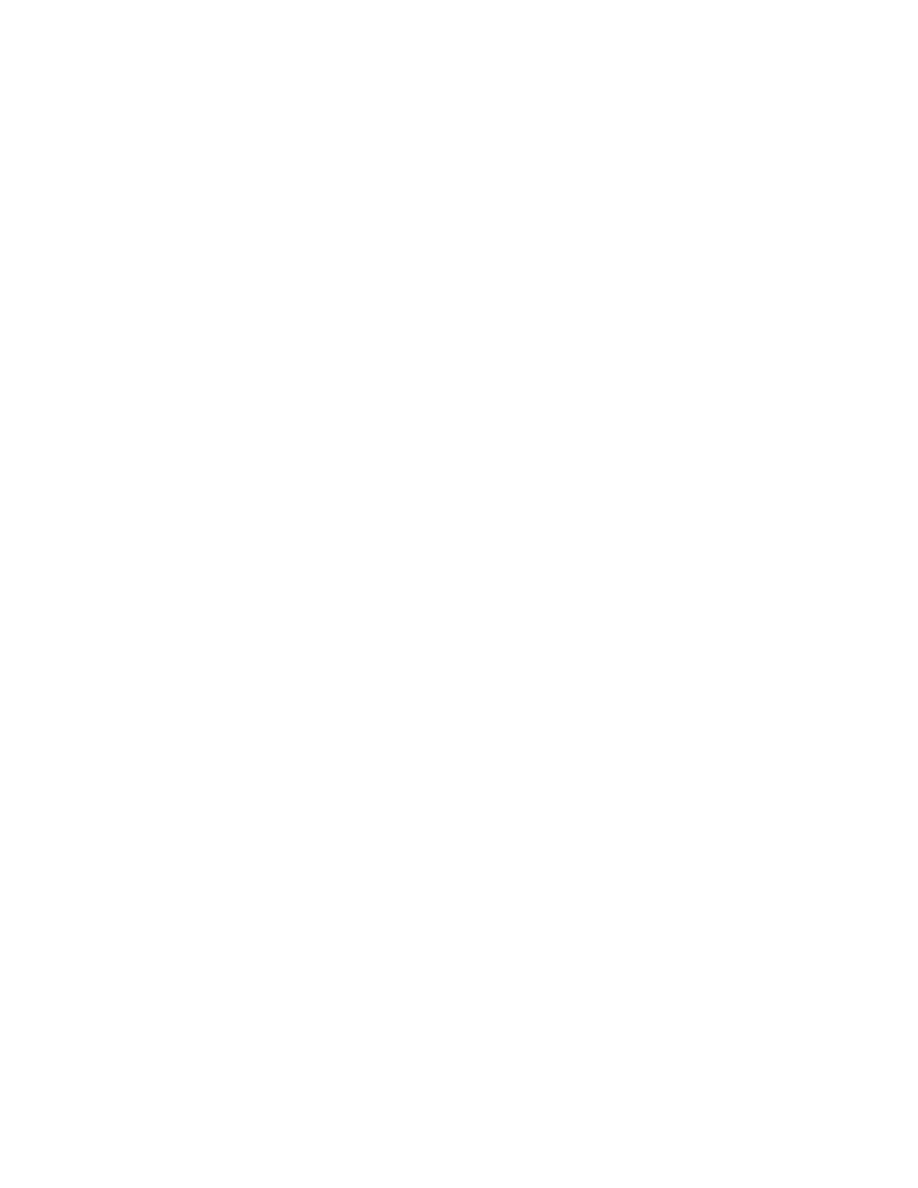
172
14 CFR Ch. I (1–1–24 Edition)
§ 121.408
(d) An FFS approved under this sec-
tion must be used instead of the air-
plane to satisfy the pilot flight train-
ing requirements prescribed in the cer-
tificate holder’s approved low-altitude
windshear flight training program set
forth in § 121.409(d) of this part.
(e) An FFS approved under this sec-
tion must be used instead of the air-
plane to satisfy the pilot flight train-
ing requirements prescribed in the ex-
tended envelope training set forth in
§ 121.423 of this part. Compliance with
this paragraph is required no later
than March 12, 2019.
[Doc. No. 9509, 35 FR 90, Jan. 3, 1970, as
amended by Amdt. 121–161, 45 FR 44183, June
30, 1980; Amdt. 121–199, 53 FR 37696, Sept. 27,
1988; Amdt. 121–366, 78 FR 67836, Nov. 12, 2013;
Amdt. 121–382, 85 FR 10921, Feb. 25, 2020]
§ 121.408 Training equipment other
than flight simulation training de-
vices.
(a) The Administrator must approve
training equipment used in a training
program approved under this part and
that functionally replicates aircraft
equipment for the certificate holder
and the crewmember duty or proce-
dure. Training equipment does not in-
clude FSTDs qualified under part 60 of
this chapter.
(b) The certificate holder must dem-
onstrate that the training equipment
described in paragraph (a) of this sec-
tion, used to meet the training require-
ments of this subpart, meets all of the
following:
(1) The form, fit, function, and
weight, as appropriate, of the aircraft
equipment.
(2) Replicates the normal operation
(and abnormal and emergency oper-
ation, if appropriate) of the aircraft
equipment including the following:
(i) The required force, actions and
travel of the aircraft equipment.
(ii) Variations in aircraft equipment
operated by the certificate holder, if
applicable.
(3) Replicates the operation of the
aircraft equipment under adverse con-
ditions, if appropriate.
(c) Training equipment must be
modified to ensure that it maintains
the performance and function of the
aircraft type or aircraft equipment rep-
licated.
(d) All training equipment must have
a record of discrepancies. The docu-
menting system must be readily avail-
able for review by each instructor,
check airman or supervisor, prior to
conducting training or checking with
that equipment.
(1) Each instructor, check airman or
supervisor conducting training or
checking, and each person conducting
an inspection of the equipment who
discovers a discrepancy, including any
missing, malfunctioning or inoperative
components, must record a description
of that discrepancy and the date that
the discrepancy was identified.
(2) All corrections to discrepancies
must be recorded when the corrections
are made. This record must include the
date of the correction.
(3) A record of a discrepancy must be
maintained for at least 60 days.
(e) No person may use, allow the use
of, or offer the use of training equip-
ment with a missing, malfunctioning,
or inoperative component to meet the
crewmember training or checking re-
quirements of this chapter for tasks
that require the use of the correctly
operating component.
(f) Compliance with this section is re-
quired no later than March 12, 2019.
[Doc. No. FAA–2008–0677, 78 FR 67837, Nov. 12,
2013]
§ 121.409 Training courses using flight
simulation training devices.
(a) Training courses utilizing FSTDs
may be included in the certificate hold-
er’s approved training program for use
as provided in this section.
(b) Except for the airline transport
pilot certification training program ap-
proved to satisfy the requirements of
§ 61.156 of this chapter, a course of
training in an FFS may be included for
use as provided in § 121.441 if that
course—
(1) Provides at least 4 hours of train-
ing at the pilot controls of an FFS as
well as a proper briefing before and
after the training.
(2) Provides training in at least the
following:
(i) The procedures and maneuvers set
forth in appendix F to this part; or
(ii) Line-oriented flight training
(LOFT) that—
(A) Before March 12, 2019,

173
Federal Aviation Administration, DOT
§ 121.410
(
1
) Utilizes a complete flight crew;
(
2
) Includes at least the maneuvers
and procedures (abnormal and emer-
gency) that may be expected in line op-
erations; and
(
3
) Is representative of the flight seg-
ment appropriate to the operations
being conducted by the certificate
holder.
(B) Except as provided in paragraph
(b)(2)(ii)(B)(
6
) of this section, beginning
on March 12, 2019—
(
1
) Utilizes a complete flight crew;
(
2
) Includes at least the maneuvers
and procedures (abnormal and emer-
gency) that may be expected in line op-
erations;
(
3
) Includes scenario-based or maneu-
ver-based stall prevention training be-
fore, during or after the LOFT scenario
for each pilot;
(
4
) Is representative of two flight seg-
ments appropriate to the operations
being conducted by the certificate
holder;
(
5
) Provides an opportunity to dem-
onstrate workload management and
pilot monitoring skills; and
(
6
) Beginning on April 27, 2023, pro-
vides an opportunity for each pilot in
command to demonstrate leadership
and command skills.
(3) Is given by an instructor who
meets the applicable requirements of
§ 121.412.
(c) The programmed hours of flight
training set forth in this subpart do
not apply if the training program for
the airplane type includes—
(1) A course of pilot training in an
FFS as provided in § 121.424(e); or
(2) A course of flight engineer train-
ing in an FSTD as provided in
§ 121.425(d).
(d) Each certificate holder required
to comply with § 121.358 of this part
must use an approved FFS for each air-
plane type in each of its pilot training
courses that provides training in at
least the procedures and maneuvers set
forth in the certificate holder’s ap-
proved low-altitude windshear flight
training program. The approved low-al-
titude windshear flight training, if ap-
plicable, must be included in each of
the pilot flight training courses pre-
scribed in §§ 121.409(b), 121.418, 121.424,
121.426, and 121.427 of this part.
[Doc. No. 9509, 35 FR 90, Jan. 3, 1970, as
amended by Amdt. 121–130, 41 FR 47229, Oct.
28, 1976; Amdt. 121–144, 43 FR 22646, May 25,
1978; Amdt. 121–199, 53 FR 37696, Sept. 27, 1988;
Amdt. 121–264, 62 FR 23120, Apr. 28, 1997;
Amdt. 121–365, 78 FR 42377, July 15, 2013;
Amdt. 121–366, 78 FR 67837, Nov. 12, 2013;
Amdt. 121–382, 85 FR 10921, Feb. 25, 2020;
Amdt. 121–384, 85 FR 39070, June 30, 2020]
§ 121.410 Airline transport pilot certifi-
cation training program.
(a) A certificate holder may obtain
approval to establish and implement a
training program to satisfy the re-
quirements of § 61.156 of this chapter.
The training program must be separate
from the air carrier training program
required by this part.
(b) No certificate holder may use a
person nor may any person serve as an
instructor in a training program ap-
proved to meet the requirements of
§ 61.156 of this chapter unless the in-
structor:
(1) Holds an airline transport pilot
certificate with an airplane category
multiengine class rating;
(2) Has at least 2 years of experience
as a pilot in command in operations
conducted under § 91.1053(a)(2)(i) or
§ 135.243(a)(1) of this chapter, or as a
pilot in command or second in com-
mand in any operation conducted
under this part;
(3) Except for the holder of a flight
instructor certificate, receives initial
training on the following topics:
(i) The fundamental principles of the
learning process;
(ii) Elements of effective teaching,
instruction methods, and techniques;
(iii) Instructor duties, privileges, re-
sponsibilities, and limitations;
(iv) Training policies and procedures;
and
(v) Evaluation.
(4) If providing training in a flight
simulation training device, hold an air-
craft type rating for the aircraft rep-
resented by the flight simulation train-
ing device utilized in the training pro-
gram and have received training within
the preceding 12 months from the cer-
tificate holder on:
(i) Proper operation of flight simu-
lator and flight training device con-
trols and systems;
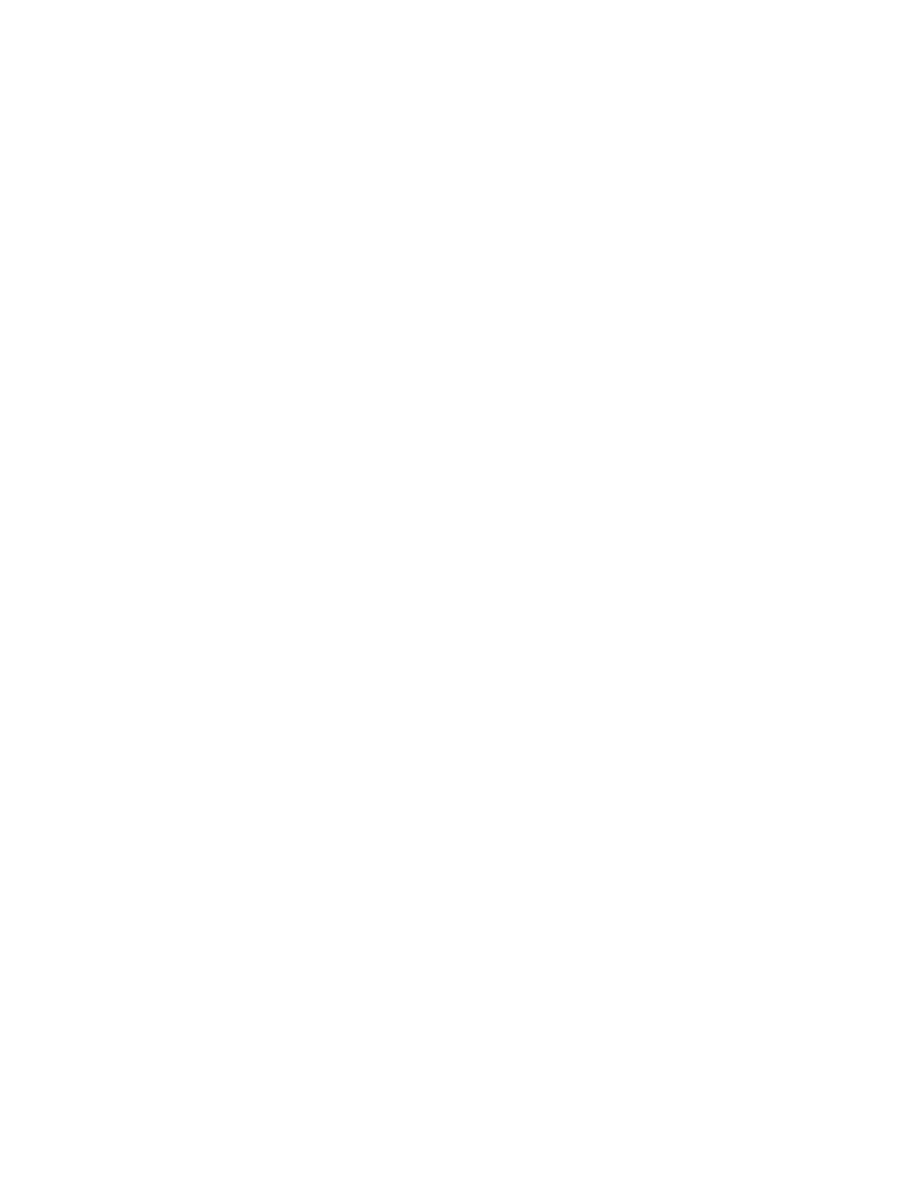
174
14 CFR Ch. I (1–1–24 Edition)
§ 121.411
(ii) Proper operation of environ-
mental and fault panels;
(iii) Data and motion limitations of
simulation;
(iv) Minimum equipment require-
ments for each curriculum; and
(v) The maneuvers that will be dem-
onstrated in the flight simulation
training device.
(c) A certificate holder may not issue
a graduation certificate to a student
unless that student has completed all
the curriculum requirements of the
course.
(d) A certificate holder must conduct
evaluations to ensure that training
techniques, procedures, and standards
are acceptable to the Administrator.
[Doc. No. FAA–2010–0100, 78 FR 42377, July 15,
2013]
§ 121.411 Qualifications: Check airmen
(airplane) and check airmen (simu-
lator).
(a) For the purposes of this section
and § 121.413:
(1) A check airman (airplane) is a
person who is qualified, and permitted,
to conduct flight checks or instruction
in an airplane, in an FFS, or in a flight
training device for a particular type
airplane.
(2) A check airman (simulator) is a
person who is qualified to conduct
flight checks or instruction, but only
in an FFS or in a flight training device
for a particular type airplane.
(3) Check airmen (airplane) and
check airmen (simulator) are those
check airmen who perform the func-
tions described in § 121.401(a)(4).
(b) No certificate holder may use a
person, nor may any person serve as a
check airman (airplane) in a training
program established under this subpart
unless, with respect to the airplane
type involved, that person—
(1) Holds the airman certificates and
ratings required to serve as a pilot in
command or flight engineer, as appli-
cable, in operations under this part;
(2) Has satisfactorily completed the
appropriate training phases for the air-
plane, including recurrent training,
that are required to serve as a pilot in
command or flight engineer, as appli-
cable, in operations under this part;
(3) Has satisfactorily completed the
appropriate proficiency or flight
checks that are required to serve as a
pilot in command or flight engineer, as
applicable, in operations under this
part;
(4) Has satisfactorily completed the
applicable training requirements of
§ 121.413 including inflight training and
practice for initial and transition
training;
(5) Holds at least a Class III medical
certificate unless serving as a required
crewmember, in which case holds a
Class I or Class II medical certificate
as appropriate;
(6) Has satisfied the recency of expe-
rience requirements of § 121.439 of this
part, as applicable; and
(7) Has been approved by the Admin-
istrator for the check airman duties in-
volved.
(c) No certificate holder may use a
person nor may any person serve as a
check airman (simulator) in a training
program established under this subpart
unless, with respect to the airplane
type involved, that person meets the
provisions of paragraph (b) of this sec-
tion, or—
(1) Holds the airman certificates and
ratings, except medical certificate, re-
quired to serve as a pilot in command
or a flight engineer, as applicable, in
operations under this part;
(2) Has satisfactorily completed the
appropriate training phases for the air-
plane, including recurrent training,
that are required to serve as a pilot in
command or flight engineer, as appli-
cable, in operations under this part;
(3) Has satisfactorily completed the
appropriate proficiency or flight
checks that are required to serve as a
pilot in command or flight engineer, as
applicable, in operations under this
part;
(4) Has satisfactorily completed the
applicable training requirements of
§ 121.413; and
(5) Has been approved by the Admin-
istrator for the check airman (simu-
lator) duties involved.
(d) Completion of the requirements
in paragraphs (b) (2), (3), and (4) or (c)
(2), (3), and (4) of this section, as appli-
cable, shall be entered in the individ-
ual’s training record maintained by the
certificate holder.
(e) Check airmen who have reached
their 65th birthday or who do not hold
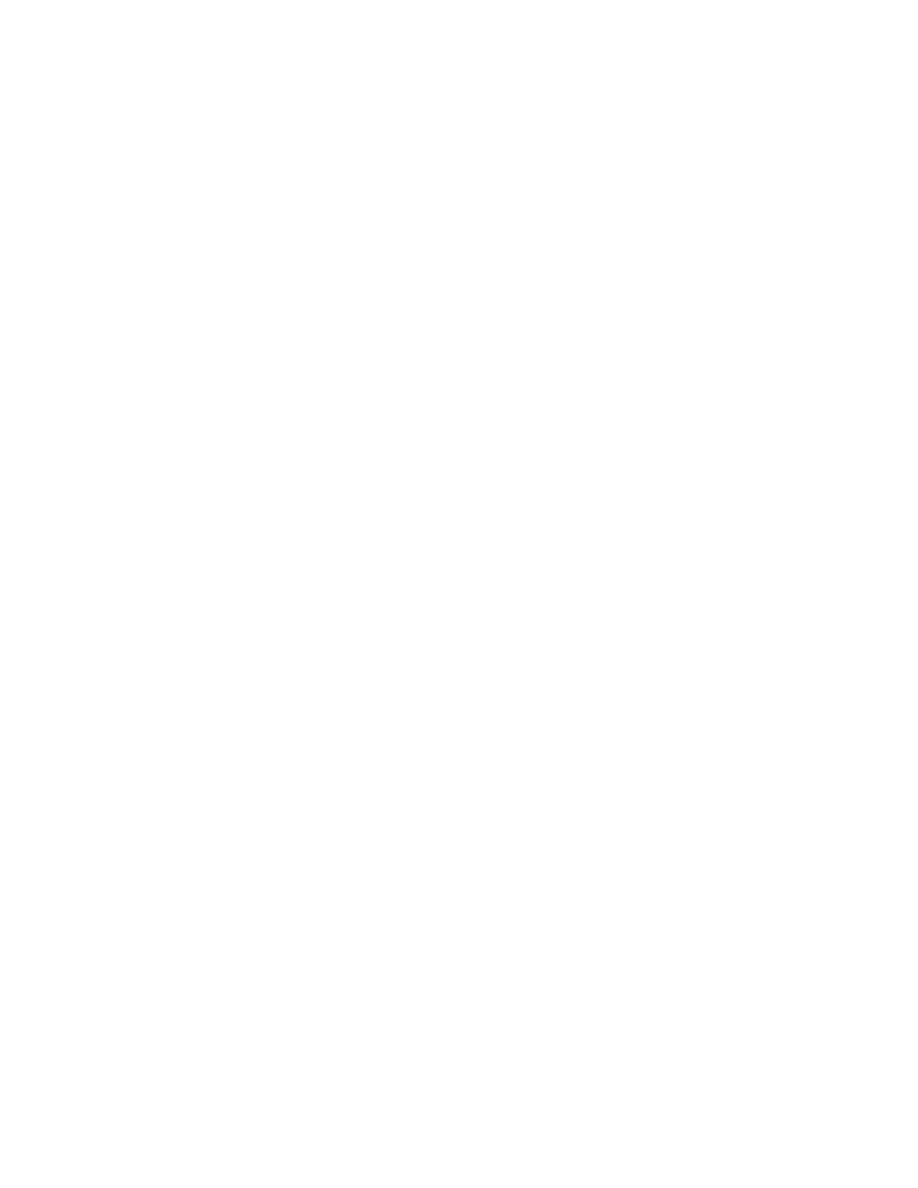
175
Federal Aviation Administration, DOT
§ 121.412
an appropriate medical certificate may
function as check airmen, but may not
serve as pilot flightcrew members in
operations under this part.
(f) A check airman (simulator) must
accomplish the following—
(1) Fly at least two flight segments
as a required crewmember for the type
airplane involved within the 12-month
period preceding the performance of
any check airman duty in an FFS; or
(2) Satisfactorily complete an ap-
proved line-observation program with-
in the period prescribed by that pro-
gram and that must precede the per-
formance of any check airman duty in
an FFS.
(g) The flight segments or line-obser-
vation program required in paragraph
(f) of this section are considered to be
completed in the month required if
completed in the calendar month be-
fore or in the calendar month after the
month in which it is due.
[Doc. No. 28471, 61 FR 30741, June 17, 1996, as
amended by Amdt. 121–344, 74 FR 34235, July
15, 2009; Amdt. 121–366, 78 FR 67837, Nov. 12,
2013; Amdt. 121–382, 85 FR 10922, Feb. 25, 2020]
§ 121.412 Qualifications: Flight instruc-
tors (airplane) and flight instruc-
tors (simulator).
(a) For the purposes of this section
and § 121.414:
(1) A flight instructor (airplane) is a
person who is qualified to instruct in
an airplane, in an FFS, or in a flight
training device for a particular type
airplane.
(2) A flight instructor (simulator) is a
person who is qualified to instruct, but
only in an FFS, in a flight training de-
vice, or both, for a particular type air-
plane.
(3) Flight instructors (airplane) and
flight instructors (simulator) are those
instructors who perform the functions
described in § 121.401(a)(4).
(b) No certificate holder may use a
person nor may any person serve as a
flight instructor (airplane) in a train-
ing program established under this sub-
part unless, with respect to the air-
plane type involved, that person—
(1) Holds the airman certificates and
rating required to serve as a pilot in
command or flight engineer, as appli-
cable, in operations under this part;
(2) Has satisfactorily completed the
appropriate training phases for the air-
plane, including recurrent training,
that are required to serve as a pilot in
command or flight engineer, as appli-
cable, in operations under this part;
(3) Has satisfactorily completed the
appropriate proficiency or flight
checks that are required to serve as a
pilot in command or flight engineer, as
applicable, in operations under this
part;
(4) Has satisfactorily completed the
applicable training requirements of
§ 121.414, including inflight training and
practice for initial and transition
training;
(5) Holds at least a Class III medical
certificate unless serving as a required
crewmember, in which case holds a
Class I or a Class II medical certificate
as appropriate; and
(6) Has satisfied the recency of expe-
rience requirements of § 121.439 of this
part, as applicable.
(c) No certificate holder may use a
person, nor may any person serve as a
flight instructor (simulator) in a train-
ing program established under this sub-
part, unless, with respect to the air-
plane type involved, that person meets
the provisions of paragraph (b) of this
section, or—
(1) Holds the airman certificates and
ratings, except medical certificate, re-
quired to serve as a pilot in command
or flight engineer, as applicable, in op-
erations under this part;
(2) Has satisfactorily completed the
appropriate training phases for the air-
plane, including recurrent training,
that are required to serve as a pilot in
command or flight engineer, as appli-
cable, in operations under this part;
(3) Has satisfactorily completed the
appropriate proficiency or flight
checks that are required to serve as a
pilot in command or flight engineer, as
applicable, in operations under this
part; and
(4) Has satisfactorily completed the
applicable training requirements of
§ 121.414.
(d) Completion of the requirements
in paragraphs (b) (2), (3), and (4) or (c)
(2), (3), and (4) of this section as appli-
cable shall be entered in the individ-
ual’s training record maintained by the
certificate holder.
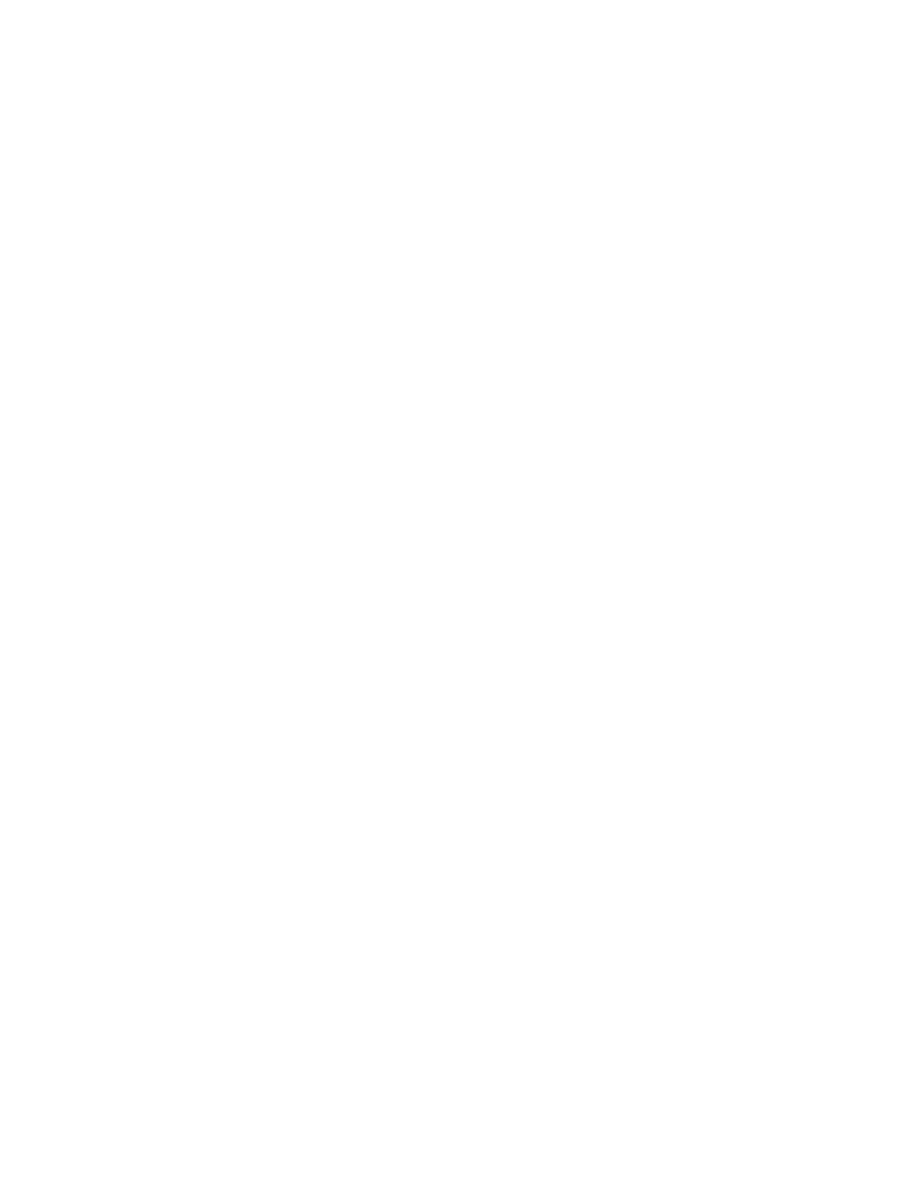
176
14 CFR Ch. I (1–1–24 Edition)
§ 121.413
(e) Flight instructors who have
reached their 65th birthday or who do
not hold an appropriate medical cer-
tificate may function as flight instruc-
tors, but may not serve as pilot
flightcrew members in operations
under this part.
(f) A flight instructor (simulator)
must accomplish the following—
(1) Fly at least two flight segments
as a required crewmember for the type
of airplane within the 12-month period
preceding the performance of any
flight instructor duty in an FFS (and
must hold a Class I or Class II medical
certificate as appropriate); or
(2) Satisfactorily complete an ap-
proved line-observation program with-
in the period prescribed by that pro-
gram preceding the performance of any
flight instructor duty in an FFS.
(g) The flight segments or line-obser-
vation program required in paragraph
(f) of this section is considered com-
pleted in the month required if com-
pleted in the calendar month before, or
the calendar month after the month in
which it is due.
[Doc. No. 28471, 61 FR 30742, June 17, 1996; 61
FR 34927, July 3, 1996; 62 FR 3739, Jan. 24,
1997; Amdt. 121–264, 62 FR 23120, Apr. 28, 1997;
Amdt. 121–344, 74 FR 34235, July 15, 2009;
Amdt. 121–355, 76 FR 35104, June 16, 2011;
Amdt. 121–366, 78 FR 67837, Nov. 12, 2013;
Amdt. 121–382, 85 FR 10922, Feb. 25, 2020]
§ 121.413 Initial, transition and recur-
rent training and checking require-
ments: Check airmen (airplane),
check airmen (simulator).
(a) No certificate holder may use a
person nor may any person serve as a
check airman unless—
(1) That person has satisfactorily
completed initial or transition check
airman training; and
(2) Within the preceding 24 calendar
months that person satisfactorily con-
ducts a check or supervises operating
experience under the observation of an
FAA inspector or an aircrew des-
ignated examiner employed by the op-
erator. The observation check may be
accomplished in part or in full in an
airplane, in an FFS, or in a flight
training device.
(b) The observation check required
by paragraph (a)(2) of this section is
considered to have been completed in
the month required if completed in the
calendar month before, or the calendar
month after, the month in which it is
due.
(c) The initial ground training for
check airmen must include the fol-
lowing:
(1) Check airman duties, functions,
and responsibilities.
(2) The applicable Code of Federal
Regulations and the certificate hold-
er’s policies and procedures.
(3) The appropriate methods, proce-
dures, and techniques for conducting
the required checks.
(4) Proper evaluation of student per-
formance including the detection of—
(i) Improper and insufficient train-
ing; and
(ii) Personal characteristics of an ap-
plicant that could adversely affect
safety.
(5) The appropriate corrective action
in the case of unsatisfactory checks.
(6) The approved methods, proce-
dures, and limitations for performing
the required normal, abnormal, and
emergency procedures in the airplane.
(7) For check airmen who conduct
training or checking in an FFS or a
flight training device, the following
subjects specific to the device(s) for the
airplane type:
(i) Proper operation of the controls
and systems;
(ii) Proper operation of environ-
mental and fault panels;
(iii) Data and motion limitations of
simulation; and
(iv) The minimum airplane simulator
equipment required by this part or part
60 of this chapter, for each maneuver
and procedure completed in an FFS or
a flight training device.
(d) The transition ground training for
check airmen must include the fol-
lowing:
(1) The approved methods, proce-
dures, and limitations for performing
the required normal, abnormal, and
emergency procedures applicable to the
airplane to which the check airman is
transitioning.
(2) For check airmen who conduct
training or checking in an FFS or a
flight training device, the following
subjects specific to the device(s) for the
airplane type to which the check air-
man is transitioning:
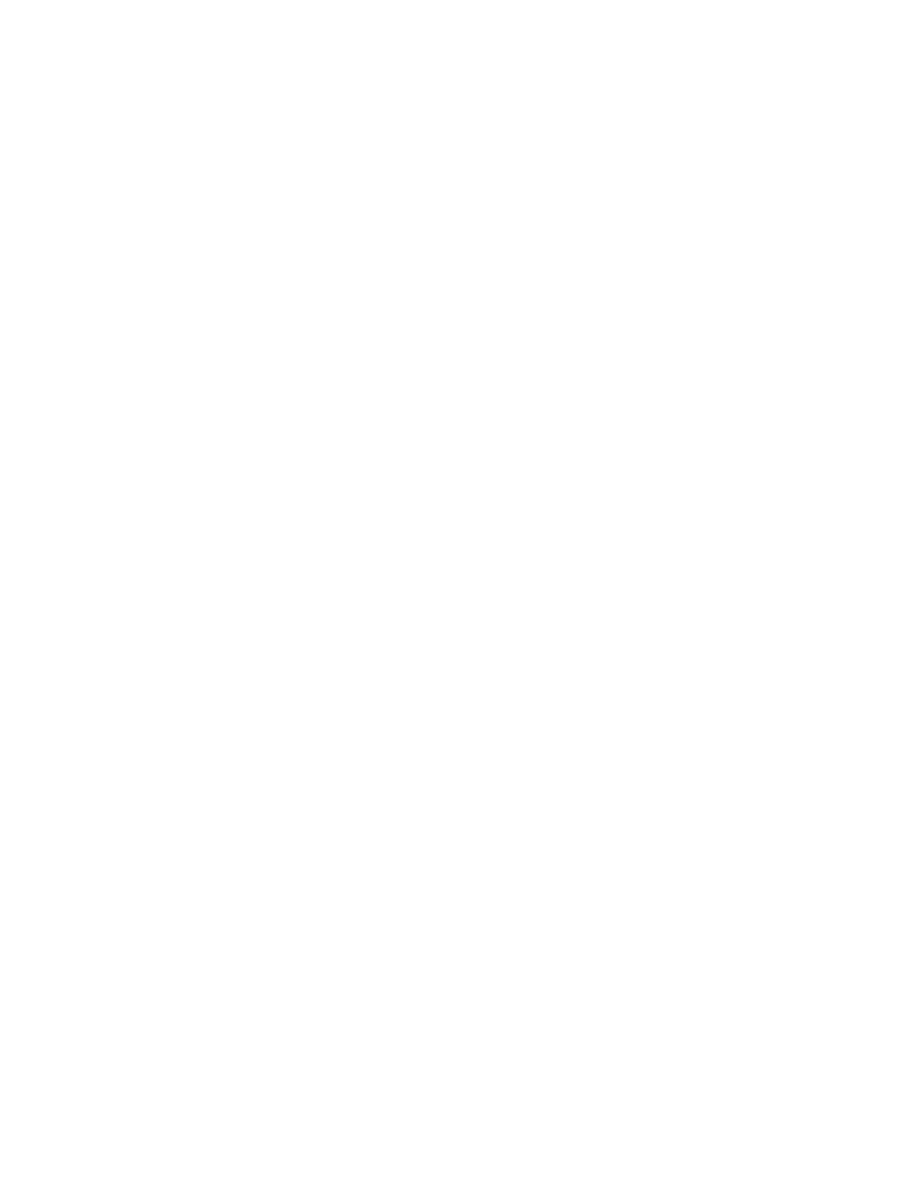
177
Federal Aviation Administration, DOT
§ 121.414
(i) Proper operation of the controls
and systems;
(ii) Proper operation of environ-
mental and fault panels;
(iii) Data and motion limitations of
simulation; and
(iv) The minimum airplane simulator
equipment required by this part or part
60 of this chapter, for each maneuver
and procedure completed in an FFS or
a flight training device.
(e) The initial and transition flight
training for check airmen (airplane)
must include the following:
(1) The safety measures for emer-
gency situations that are likely to de-
velop during a check.
(2) The potential results of improper,
untimely, or non-execution of safety
measures during a check.
(3) For pilot check airman (air-
plane)—
(i) Training and practice in con-
ducting flight checks from the left and
right pilot seats in the required nor-
mal, abnormal, and emergency proce-
dures to ensure competence to conduct
the pilot flight checks required by this
part; and
(ii) The safety measures to be taken
from either pilot seat for emergency
situations that are likely to develop
during a check.
(4) For flight engineer check airmen
(airplane), training to ensure com-
petence to perform assigned duties.
(f) The requirements of paragraph (e)
of this section may be accomplished in
full or in part inflight, in an FFS, or in
a flight training device, as appropriate.
(g) The initial and transition flight
training for check airmen who conduct
training or checking in an FFS or a
flight training device must include the
following:
(1) Training and practice in con-
ducting flight checks in the required
normal, abnormal, and emergency pro-
cedures to ensure competence to con-
duct the flight checks required by this
part. This training and practice must
be accomplished in an FFS or in a
flight training device.
(2) Training in the operation of FFSs
or flight training devices, or both, to
ensure competence to conduct the
flight checks required by this part.
(h) Recurrent ground training for
check airmen who conduct training or
checking in an FFS or a flight training
device must be completed every 12 cal-
endar months and must include the
subjects required in paragraph (c)(7) of
this section.
(i) Compliance with paragraphs (c)(7),
(d)(2), and (h) of this section is required
no later than March 12, 2019.
[Doc. No. 28471, 61 FR 30743, June 17, 1996; 62
FR 3739, Jan. 24, 1997; Amdt. 121–264, 62 FR
23120, Apr. 28, 1997; Amdt. 121–366, 78 FR 67838,
Nov. 12, 2013; Amdt. 121–382, 85 FR 10922, Feb.
25, 2020]
§ 121.414 Initial, transition and recur-
rent training and checking require-
ments: flight instructors (airplane),
flight instructors (simulator).
(a) No certificate holder may use a
person nor may any person serve as a
flight instructor unless—
(1) That person has satisfactorily
completed initial or transition flight
instructor training; and
(2) Within the preceding 24 calendar
months, that person satisfactorily con-
ducts instruction under the observa-
tion of an FAA inspector, an operator
check airman, or an aircrew designated
examiner employed by the operator.
The observation check may be accom-
plished in part or in full in an airplane,
in an FFS, or in a flight training de-
vice.
(b) The observation check required
by paragraph (a)(2) of this section is
considered to have been completed in
the month required if completed in the
calendar month before, or the calendar
month after, the month in which it is
due.
(c) The initial ground training for
flight instructors must include the fol-
lowing:
(1) Flight instructor duties, func-
tions, and responsibilities.
(2) The applicable Code of Federal
Regulations and the certificate hold-
er’s policies and procedures.
(3) The appropriate methods, proce-
dures, and techniques for conducting
flight instruction.
(4) Proper evaluation of student per-
formance including the detection of—
(i) Improper and insufficient train-
ing; and
(ii) Personal characteristics of an ap-
plicant that could adversely affect
safety.
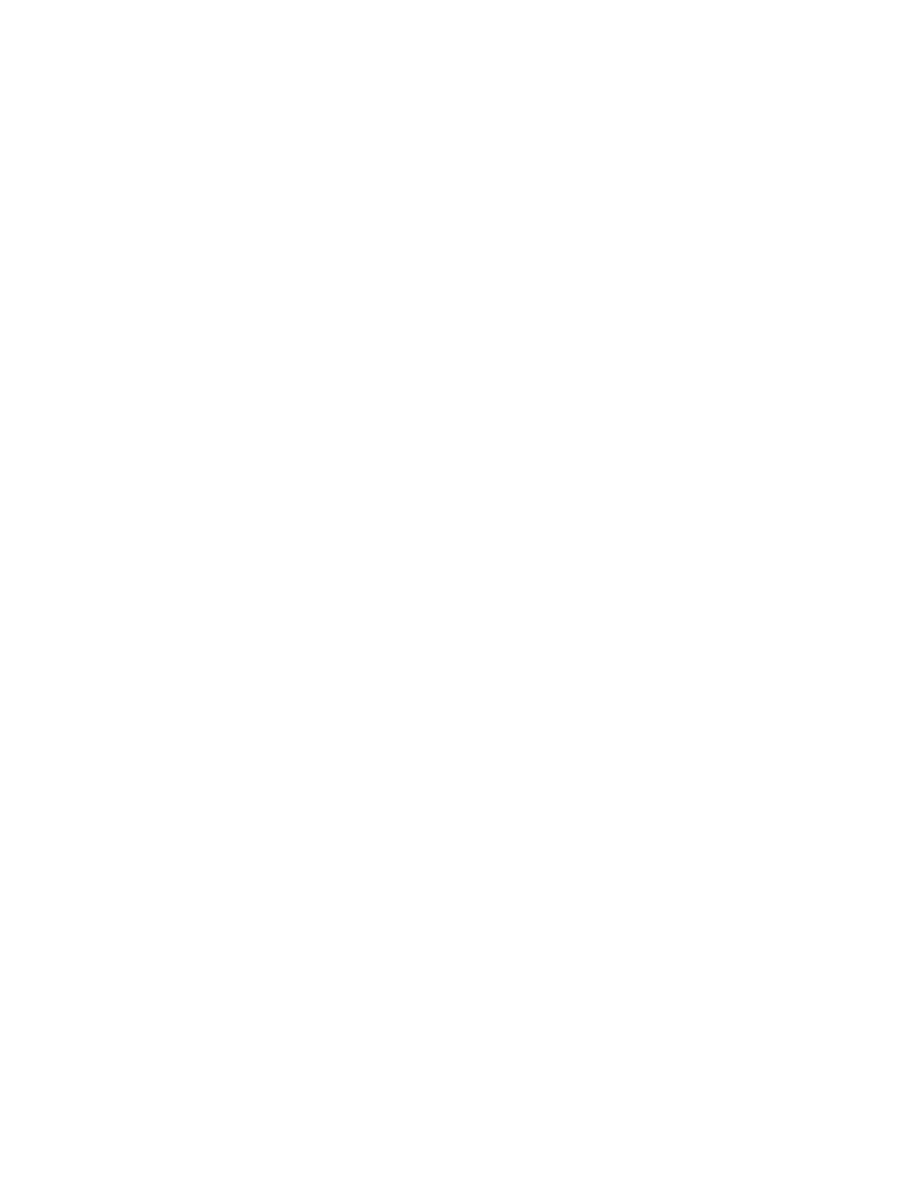
178
14 CFR Ch. I (1–1–24 Edition)
§ 121.414
(5) The corrective action in the case
of unsatisfactory training progress.
(6) The approved methods, proce-
dures, and limitations for performing
the required normal, abnormal, and
emergency procedures in the airplane.
(7) Except for holders of a flight in-
structor certificate—
(i) The fundamental principles of the
teaching-learning process;
(ii) Teaching methods and proce-
dures; and
(iii) The instructor-student relation-
ship.
(8) For flight instructors who con-
duct training in an FFS or a flight
training device, the following subjects
specific to the device(s) for the air-
plane type:
(i) Proper operation of the controls
and systems;
(ii) Proper operation of environ-
mental and fault panels;
(iii) Data and motion limitations of
simulation; and
(iv) The minimum airplane simulator
equipment required by this part or part
60 of this chapter, for each maneuver
and procedure completed in an FFS or
a flight training device.
(d) The transition ground training for
flight instructors must include the fol-
lowing:
(1) The approved methods, proce-
dures, and limitations for performing
the required normal, abnormal, and
emergency procedures applicable to the
airplane to which the flight instructor
is transitioning.
(2) For flight instructors who con-
duct training in an FFS or a flight
training device, the following subjects
specific to the device(s) for the air-
plane type to which the flight instruc-
tor is transitioning:
(i) Proper operation of the controls
and systems;
(ii) Proper operation of environ-
mental and fault panels;
(iii) Data and motion limitations of
simulation; and
(iv) The minimum airplane simulator
equipment required by this part or part
60 of this chapter, for each maneuver
and procedure completed in an FFS or
a flight training device.
(e) The initial and transition flight
training for flight instructors (air-
plane) must include the following:
(1) The safety measures for emer-
gency situations that are likely to de-
velop during instruction.
(2) The potential results of improper,
untimely, or non-execution of safety
measures during instruction.
(3) For pilot flight instructor (air-
plane)—
(i) Inflight training and practice in
conducting flight instruction from the
left and right pilot seats in the re-
quired normal, abnormal, and emer-
gency procedures to ensure competence
as an instructor; and
(ii) The safety measures to be taken
from either pilot seat for emergency
situations that are likely to develop
during instruction.
(4) For flight engineer instructors
(airplane), inflight training to ensure
competence to perform assigned duties.
(f) The requirements of paragraph (e)
of this section may be accomplished in
full or in part inflight, in an FFS, or in
a flight training device, as appropriate.
(g) The initial and transition flight
training for flight instructors who con-
duct training in an FFS or a flight
training device must include the fol-
lowing:
(1) Training and practice in the re-
quired normal, abnormal, and emer-
gency procedures to ensure competence
to conduct the flight instruction re-
quired by this part. This training and
practice must be accomplished in full
or in part in an FFS or in a flight
training device.
(2) Training in the operation of FFSs
or flight training devices, or both, to
ensure competence to conduct the
flight instruction required by this part.
(h) Recurrent flight instructor
ground training for flight instructors
who conduct training in an FFS or a
flight training device must be com-
pleted every 12 calendar months and
must include the subjects required in
paragraph (c)(8) of this section.
(i) Compliance with paragraphs (c)(8),
(d)(2), and (h) of this section is required
no later than March 12, 2019.
[Doc. No. 28471, 61 FR 30743, June 17, 1996; 62
FR 3739, Jan. 24, 1997, as amended by Amdt.
121–366, 78 FR 67838, Nov. 12, 2013; Amdt. 121–
382, 85 FR 10922, Feb. 25, 2020]
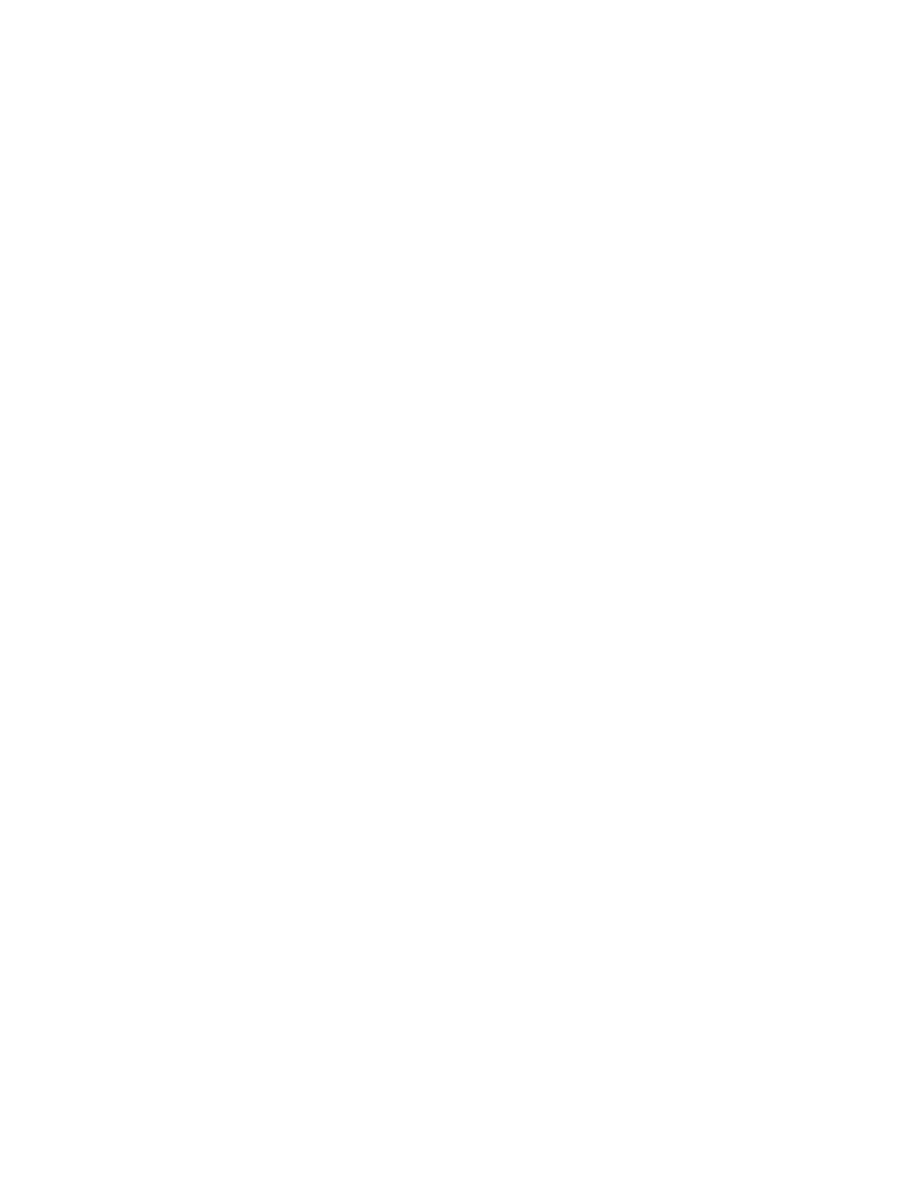
179
Federal Aviation Administration, DOT
§ 121.415
§ 121.415 Crewmember and dispatcher
training program requirements.
(a) Each training program must pro-
vide the following ground training as
appropriate to the particular assign-
ment of the crewmember or dispatcher:
(1) Basic indoctrination ground train-
ing for newly hired crewmembers or
dispatchers including 40 programmed
hours of instruction, unless reduced
under § 121.405 or as specified in
§ 121.401(d), in at least the following—
(i) Duties and responsibilities of
crewmembers or dispatchers, as appli-
cable;
(ii) Appropriate provisions of the
Federal Aviation Regulations;
(iii) Contents of the certificate hold-
er’s operating certificate and oper-
ations specifications (not required for
flight attendants); and
(iv) Appropriate portions of the cer-
tificate holder’s operating manual.
(2) The initial and transition ground
training specified in §§ 121.419, 121.421
and 121.422, as applicable.
(3) For crewmembers, emergency
training as specified in §§ 121.417 and
121.805.
(4) After February 15, 2008, training
for crewmembers and dispatchers in
their roles and responsibilities in the
certificate holder’s passenger recovery
plan, if applicable.
(b) Each training program must pro-
vide the flight training specified in
§§ 121.424 through 121.426, as applicable.
(c) Each training program must pro-
vide recurrent ground and flight train-
ing as provided in § 121.427.
(d) Each training program must pro-
vide the differences training specified
in § 121.418(a) if the Administrator finds
that, due to differences between air-
planes of the same type operated by
the certificate holder, additional train-
ing is necessary to insure that each
crewmember and dispatcher is ade-
quately trained to perform their as-
signed duties.
(e) Upgrade training:
(1) Upgrade training as specified in
§§ 121.420 and 121.426 for a particular
type airplane may be included in the
training program for flightcrew mem-
bers who have qualified and served as
second in command pilot on that air-
plane; or
(2) Before April 27, 2022, upgrade
training as specified in §§ 121.419 and
121.424 for a particular type airplane
may be included in the training pro-
gram for flightcrew members who have
qualified and served as second in com-
mand pilot on that airplane.
(f) Conversion training as specified in
§§ 121.419 and 121.424 for a particular
type airplane may be included in the
training program for flightcrew mem-
bers who have qualified and served as
flight engineer on that airplane.
(g) Particular subjects, maneuvers,
procedures, or parts thereof specified in
§§ 121.419, 121.420, 121.421, 121.422, 121.424,
121.425, and 121.426 for transition, con-
version or upgrade training, as applica-
ble, may be omitted, or the pro-
grammed hours of ground instruction
or inflight training may be reduced, as
provided in § 121.405.
(h) In addition to initial, transition,
conversion, upgrade, recurrent and dif-
ferences training, each training pro-
gram must also provide ground and
flight training, instruction, and prac-
tice as necessary to insure that each
crewmember and aircraft dispatcher—
(1) Remains adequately trained and
currently proficient with respect to
each airplane, crewmember position,
and type of operation in which he
serves; and
(2) Qualifies in new equipment, facili-
ties, procedures, and techniques, in-
cluding modifications to airplanes.
(i) Each training program must in-
clude a process to provide for the reg-
ular analysis of individual pilot per-
formance to identify pilots with per-
formance deficiencies during training
and checking and multiple failures dur-
ing checking.
(j) Each training program must in-
clude methods for remedial training
and tracking of pilots identified in the
analysis performed in accordance with
paragraph (i) of this section.
(k) Compliance with paragraphs (i)
and (j) of this section is required no
later than March 12, 2019.
[Doc. No. 9509, 35 FR 90, Jan. 3, 1970, as
amended by Amdt. 121–130, 41 FR 47229, Oct.
28, 1976; Amdt. 121–281, 66 FR 19043, Apr. 12,
2001; Amdt. 121–329, 72 FR 1881, Jan. 16, 2007;
Amdt. 121–366, 78 FR 67839, Nov. 12, 2013;
Amdt. 121–382, 85 FR 10922, Feb. 25, 2020]
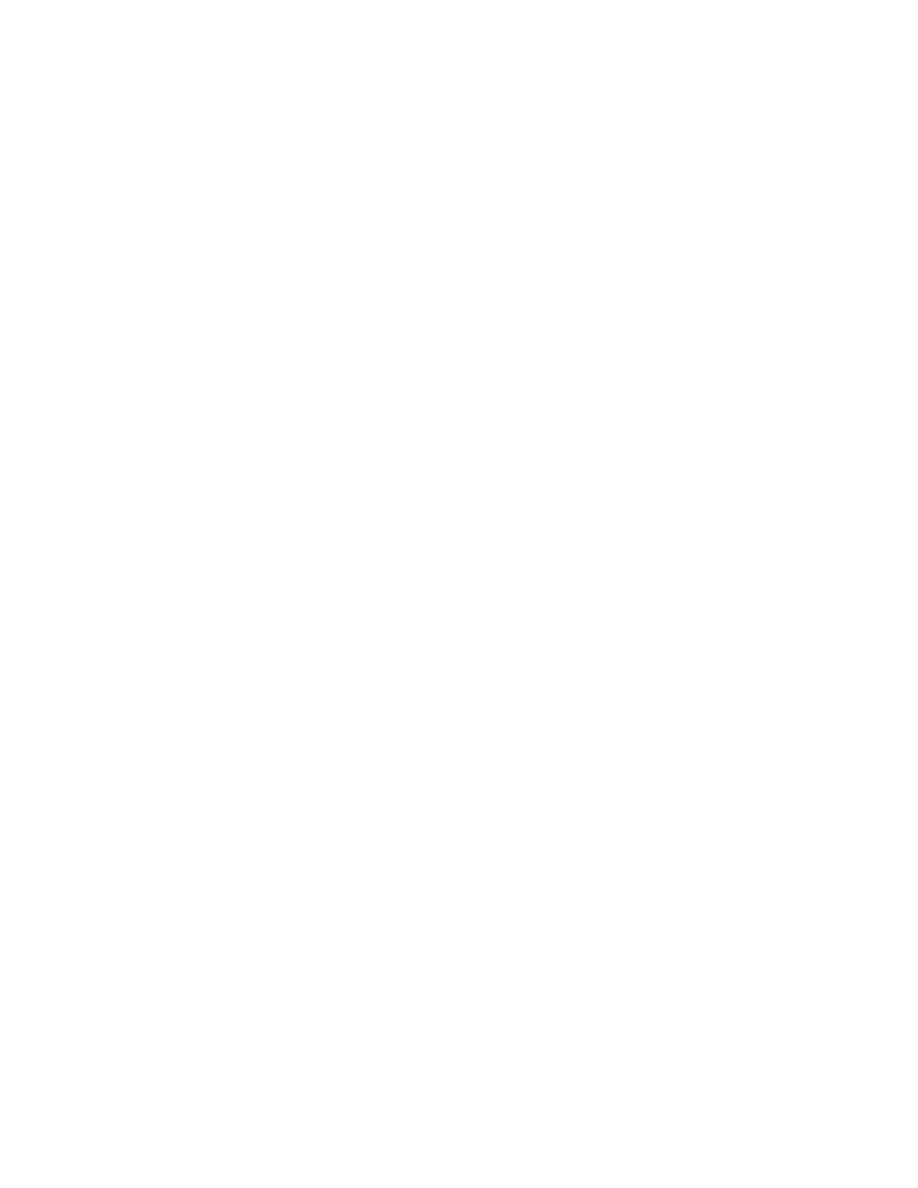
180
14 CFR Ch. I (1–1–24 Edition)
§ 121.417
§ 121.417 Crewmember emergency
training.
(a) Each training program must pro-
vide the emergency training set forth
in this section with respect to each air-
plane type, model, and configuration,
each required crewmember, and each
kind of operation conducted, insofar as
appropriate for each crewmember and
the certificate holder.
(b) Emergency training must provide
the following:
(1) Instruction in emergency assign-
ments and procedures, including co-
ordination among crewmembers.
(2) Individual instruction in the loca-
tion, function, and operation of emer-
gency equipment including—
(i) Equipment used in ditching and
evacuation;
(ii) [Reserved]
(iii) Portable fire extinguishers, with
emphasis on type of extinguisher to be
used on different classes of fires; and
(iv) Emergency exits in the emer-
gency mode with the evacuation slide/
raft pack attached (if applicable), with
training emphasis on the operation of
the exits under adverse conditions.
(3) Instruction in the handling of
emergency situations including—
(i) Rapid decompression;
(ii) Fire inflight or on the surface,
and smoke control procedures with em-
phasis on electrical equipment and re-
lated circuit breakers found in cabin
areas including all galleys, service cen-
ters, lifts, lavatories and movie
screens;
(iii) Ditching and other evacuation,
including the evacuation of persons
and their attendants, if any, who may
need the assistance of another person
to move expeditiously to an exit in the
event of an emergency.
(iv) [Reserved]
(v) Hijacking and other unusual situ-
ations.
(4) Review and discussion of previous
aircraft accidents and incidents per-
taining to actual emergency situa-
tions.
(c) Each crewmember must accom-
plish the following emergency training
during the specified training periods,
using those items of installed emer-
gency equipment for each type of air-
plane in which he or she is to serve (Al-
ternate recurrent training required by
§ 121.433(c) of this part may be accom-
plished by approved pictorial presen-
tation or demonstration):
(1) One-time emergency drill require-
ments to be accomplished during ini-
tial training. Each crewmember must
perform—
(i) At least one approved protective
breathing equipment (PBE) drill in
which the crewmember combats an ac-
tual or simulated fire using at least
one type of installed hand fire extin-
guisher or approved fire extinguisher
that is appropriate for the type of ac-
tual fire or simulated fire to be fought
while using the type of installed PBE
required by § 121.337 or approved PBE
simulation device as defined by para-
graph (d) of this section for combatting
fires aboard airplanes;
(ii) At least one approved firefighting
drill in which the crewmember com-
bats an actual fire using at least one
type of installed hand fire extinguisher
or approved fire extinguisher that is
appropriate for the type of fire to be
fought. This firefighting drill is not re-
quired if the crewmember performs the
PBE drill of paragraph (c)(1)(i) by com-
bating an actual fire; and
(iii) An emergency evacuation drill
with each person egressing the airplane
or approved training device using at
least one type of installed emergency
evacuation slide. The crewmember may
either observe the airplane exits being
opened in the emergency mode and the
associated exit slide/raft pack being de-
ployed and inflated, or perform the
tasks resulting in the accomplishment
of these actions.
(2) Additional emergency drill re-
quirements to be accomplished during
initial training and once each 24 cal-
endar months during recurrent train-
ing. Each crewmember must—
(i) Perform the following emergency
drills and operate the following equip-
ment:
(A) Each type of emergency exit in
the normal and emergency modes, in-
cluding the actions and forces required
in the deployment of the emergency
evacuation slides;
(B) Each type of installed hand fire
extinguisher;
(C) Each type of emergency oxygen
system to include protective breathing
equipment;
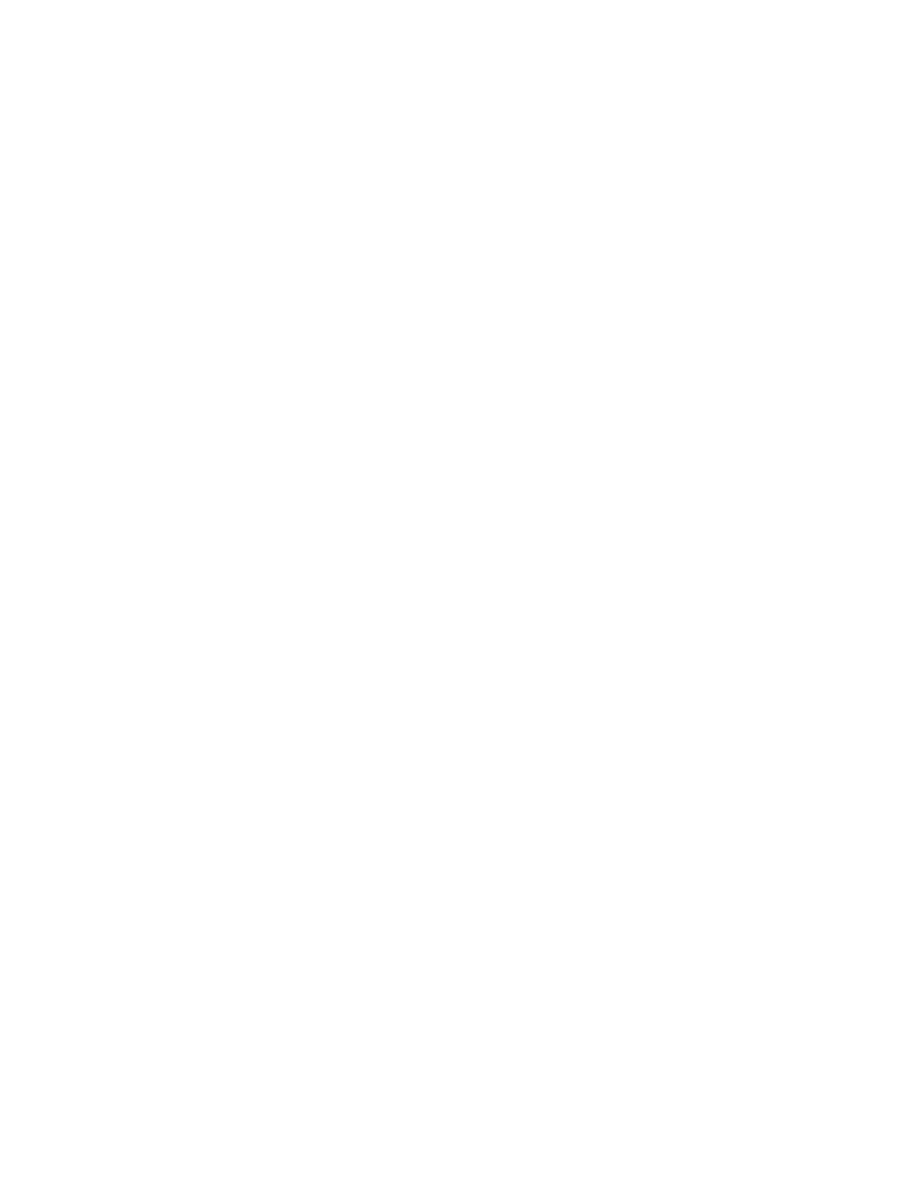
181
Federal Aviation Administration, DOT
§ 121.418
(D) Donning, use, and inflation of in-
dividual flotation means, if applicable;
and
(E) Ditching, if applicable, including
but not limited to, as appropriate:
(
1
) Cockpit preparation and proce-
dures;
(
2
) Crew coordination;
(
3
) Passenger briefing and cabin prep-
aration;
(
4
) Donning and inflation of life pre-
servers;
(
5
) Use of life-lines; and
(
6
) Boarding of passengers and crew
into raft or a slide/raft pack.
(ii) Observe the following drills:
(A) Removal from the airplane (or
training device) and inflation of each
type of life raft, if applicable;
(B) Transfer of each type of slide/raft
pack from one door to another;
(C) Deployment, inflation, and de-
tachment from the airplane (or train-
ing device) of each type of slide/raft
pack; and
(D) Emergency evacuation including
the use of a slide.
(d) After September 1, 1993, no crew-
member may serve in operations under
this part unless that crewmember has
performed the PBE drill and the fire-
fighting drill described by paragraphs
(c)(1)(i) and (c)(1)(ii) of this section, as
part of a one-time training require-
ment of paragraphs (c)(1) or (c)(2) of
this section as appropriate. Any crew-
member who performs the PBE drill
and the firefighting drill prescribed in
paragraphs (c)(1)(i) and (c)(1)(ii) of this
section after May 26, 1987, is deemed to
be in compliance with this regulation
upon presentation of information or
documentation, in a form and manner
acceptable to the Executive Director,
Flight Standards Service, showing that
the appropriate drills have been accom-
plished.
(e) Crewmembers who serve in oper-
ations above 25,000 feet must receive
instruction in the following:
(1) Respiration.
(2) Hypoxia.
(3) Duration of consciousness without
supplemental oxygen at altitude.
(4) Gas expansion.
(5) Gas bubble formation.
(6) Physical phenomena and incidents
of decompression.
(f) For the purposes of this section
the following definitions apply:
(1)
Actual fire
means an ignited com-
bustible material, in controlled condi-
tions, of sufficient magnitude and du-
ration to accomplish the training ob-
jectives outlined in paragraphs (c)(1)(i)
and (c)(1)(ii) of this section.
(2)
Approved fire extinguisher
means a
training device that has been approved
by the Administrator for use in meet-
ing the training requirements of
§ 121.417(c).
(3)
Approved PBE simulation device
means a training device that has been
approved by the Administrator for use
in meeting the training requirements
of § 121.417(c).
(4)
Combats,
in this context, means to
properly fight an actual or simulated
fire using an appropriate type of fire
extinguisher until that fire is extin-
guished.
(5)
Observe
means to watch without
participating actively in the drill.
(6)
PBE drill
means an emergency
drill in which a crewmember dem-
onstrates the proper use of protective
breathing equipment while fighting an
actual or simulated fire.
(7)
Perform
means to satisfactorily
accomplish a prescribed emergency
drill using established procedures that
stress the skill of the persons involved
in the drill.
(8)
Simulated fire
means an artificial
duplication of smoke or flame used to
create various aircraft firefighting sce-
narios, such as lavatory, galley oven,
and aircraft seat fires.
[Doc. No. 9509, 35 FR 90, Jan. 3, 1970]
E
DITORIAL
N
OTE
: For F
EDERAL
R
EGISTER
ci-
tations affecting § 121.417, see the List of CFR
Sections Affected, which appears in the
Finding Aids section of the printed volume
and at
www.govinfo.gov.
§ 121.418 Differences training and re-
lated aircraft differences training.
(a)
Differences training.
(1) Differences
training for crewmembers and dis-
patchers must consist of at least the
following as applicable to their as-
signed duties and responsibilities:
(i) Instruction in each appropriate
subject or part thereof required for ini-
tial ground training in the airplane un-
less the Administrator finds that par-
ticular subjects are not necessary.
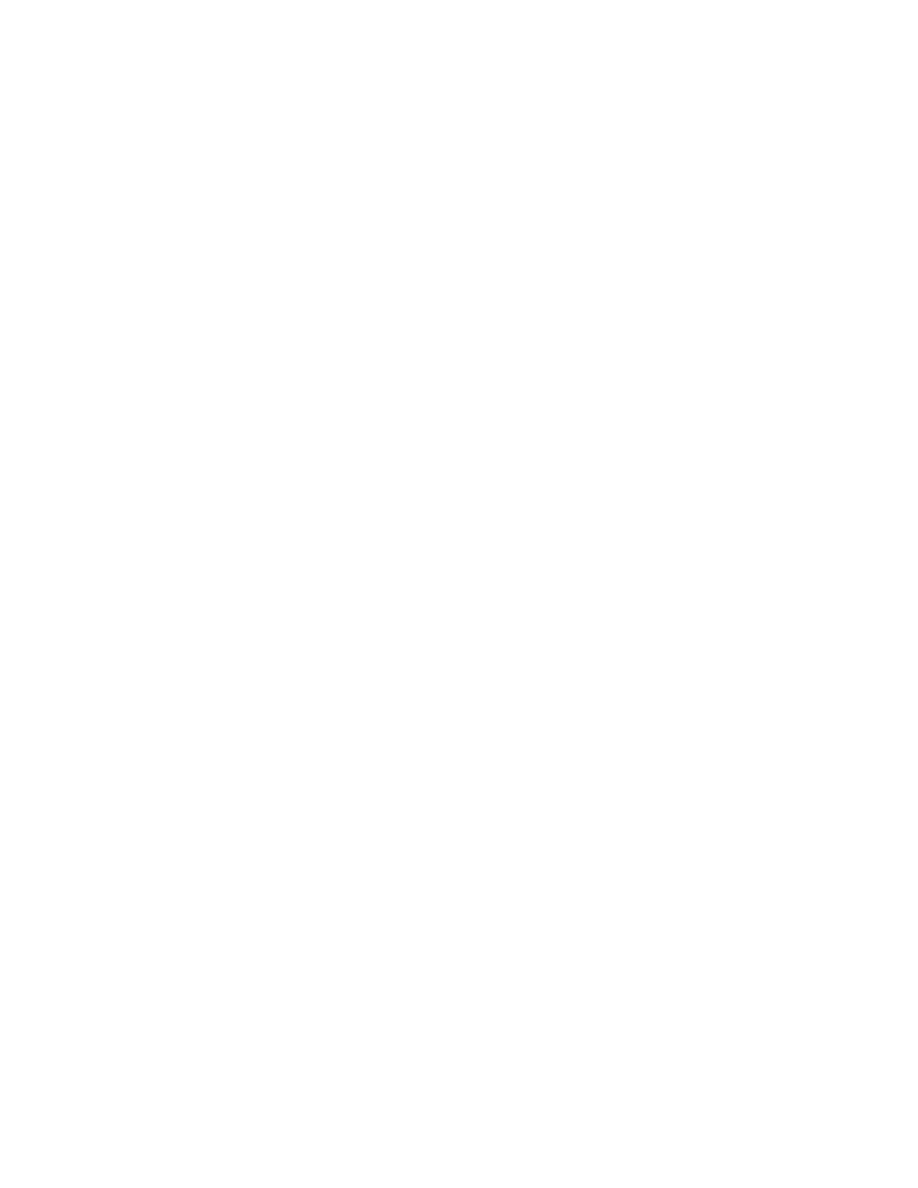
182
14 CFR Ch. I (1–1–24 Edition)
§ 121.419
(ii) Flight training in each appro-
priate maneuver or procedure required
for initial flight training in the air-
plane unless the Administrator finds
that particular maneuvers or proce-
dures are not necessary.
(iii) The number of programmed
hours of ground and flight training de-
termined by the Administrator to be
necessary for the airplane, the oper-
ation, and the crewmember or aircraft
dispatcher involved.
(2) Differences training for all vari-
ations of a particular type airplane
may be included in initial, transition,
conversion, upgrade, and recurrent
training for the airplane.
(b)
Related aircraft differences training.
(1) In order to seek approval of related
aircraft differences training for
flightcrew members, a certificate hold-
er must submit a request for related
aircraft designation to the Adminis-
trator, and obtain approval of that re-
quest.
(2) If the Administrator determines
under paragraph (b)(1) of this section
that a certificate holder is operating
related aircraft, the certificate holder
may submit to the Administrator a re-
quest for approval of a training pro-
gram that includes related aircraft dif-
ferences training.
(3) A request for approval of a train-
ing program that includes related air-
craft differences training must include
at least the following:
(i) Each appropriate subject required
for the ground training for the related
aircraft.
(ii) Each appropriate maneuver or
procedure required for the flight train-
ing and crewmember emergency train-
ing for the related aircraft.
(iii) The number of programmed
hours of ground training, flight train-
ing and crewmember emergency train-
ing necessary based on review of the re-
lated aircraft and the duty position.
(c)
Approved related aircraft differences
training.
Approved related aircraft dif-
ferences training for flightcrew mem-
bers may be included in initial, transi-
tion, conversion, upgrade and recurrent
training for the base aircraft. If the
certificate holder’s approved training
program includes related aircraft dif-
ferences training in accordance with
paragraph (b) of this section, the train-
ing required by §§ 121.419, 121.420,
121.424, 121.425, 121.426, and 121.427, as
applicable to flightcrew members, may
be modified for the related aircraft.
[Doc. No. 9509, 35 FR 90, Jan. 3, 1970, as
amended by Amdt. 121–366, 78 FR 67839, Nov.
12, 2013; Amdt. 121–382, 85 FR 10922, Feb. 25,
2020]
§ 121.419 Pilots and flight engineers:
Initial, transition, conversion and
upgrade ground training.
(a) Except as provided in paragraph
(b) of this section, initial and conver-
sion ground training for pilots and ini-
tial and transition ground training for
flight engineers, must include instruc-
tion in at least the following as appli-
cable to their assigned duties:
(1) General subjects—
(i) The certificate holder’s dispatch
or flight release procedures;
(ii) Principles and methods for deter-
mining weight and balance, and run-
way limitations for takeoff and land-
ing;
(iii) Enough meteorology to insure a
practical knowledge of weather phe-
nomena, including the principles of
frontal systems, icing, fog, thunder-
storms, and high altitude weather situ-
ations;
(iv) Air traffic control systems, pro-
cedures, and phraseology;
(v) Navigation and the use of naviga-
tion aids, including instrument ap-
proach procedures;
(vi) Normal and emergency commu-
nication procedures;
(vii) Visual cues prior to and during
descent below DA/DH or MDA;
(viii) Approved crew resource man-
agement initial training; and
(ix) Other instructions as necessary
to ensure pilot and flight engineer
competence.
(2) For each airplane type—
(i) A general description;
(ii) Performance characteristics;
(iii) Engines and propellers;
(iv) Major components;
(v) Major airplane systems (e.g.,
flight controls, electrical, hydraulic);
other systems as appropriate; prin-
ciples of normal, abnormal, and emer-
gency operations; appropriate proce-
dures and limitations;
(vi) Procedures for—
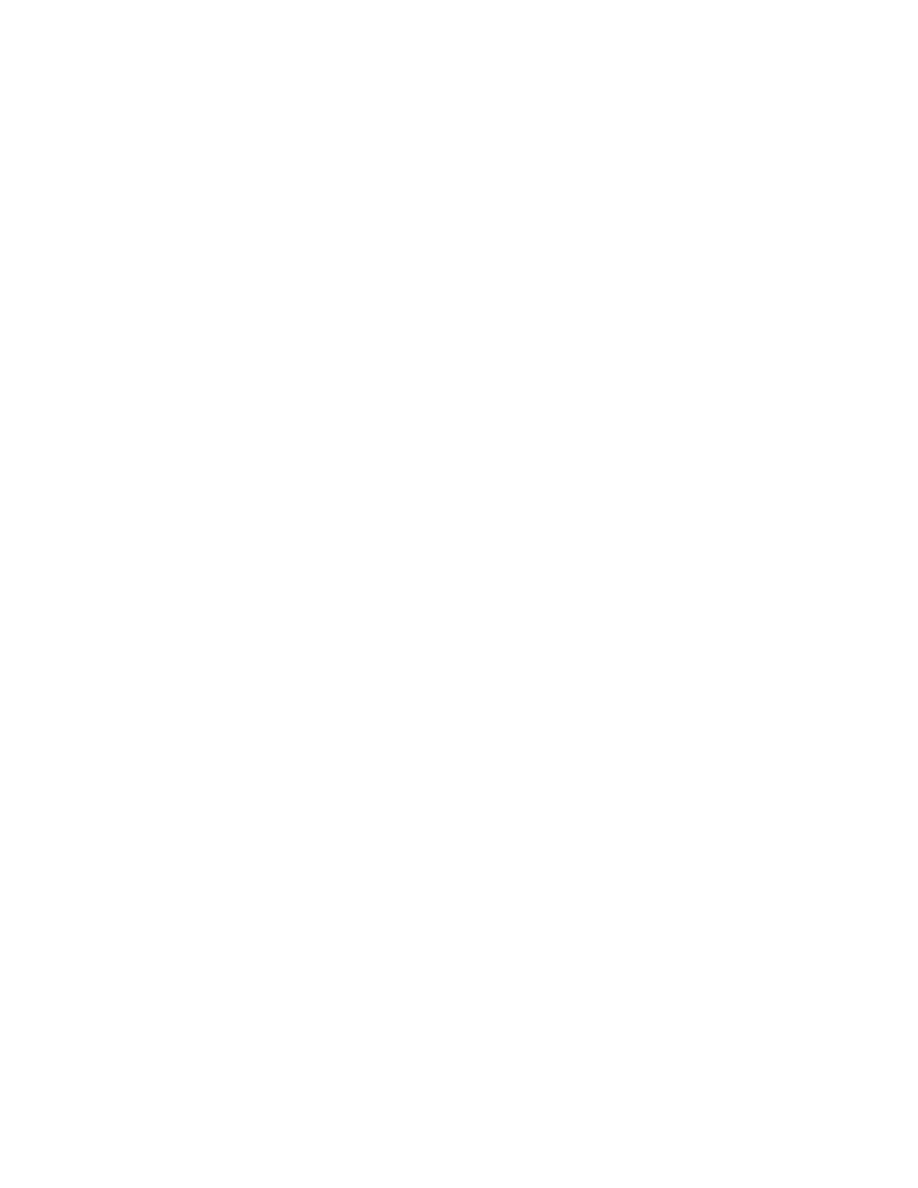
183
Federal Aviation Administration, DOT
§ 121.419
(A) Recognizing and avoiding severe
weather situations;
(B) Escaping from severe weather sit-
uations, in case of inadvertent encoun-
ters, including low-altitude windshear,
and
(C) Operating in or near thunder-
storms (including best penetrating al-
titudes), turbulent air (including clear
air turbulence), icing, hail, and other
potentially hazardous meteorological
conditions;
(vii) Operating limitations;
(viii) Fuel consumption and cruise
control;
(ix) Flight planning;
(x) Each normal and emergency pro-
cedure;
(xi) For pilots, stall prevention and
recovery in clean configuration, take-
off and maneuvering configuration, and
landing configuration.
(xii) For pilots, upset prevention and
recovery; and
(xiii) The approved Airplane Flight
Manual.
(b) Initial and conversion ground
training for pilots who have completed
the airline transport pilot certification
training program in § 61.156 of this
chapter, and transition ground training
for pilots, must include instruction in
at least the following as applicable to
their assigned duties:
(1) Ground training specific to the
certificate holder’s—
(i) Dispatch or flight release proce-
dures;
(ii) Method for determining weight
and balance and runway limitations for
takeoff and landing;
(iii) Meteorology hazards applicable
to the certificate holder’s areas of op-
eration;
(iv) Approved departure, arrival, and
approach procedures;
(v) Normal and emergency commu-
nication procedures; and
(vi) Approved crew resource manage-
ment training.
(2) The training required by para-
graph (a)(2) of this section for the air-
plane type.
(c) Beginning on April 27, 2022, and in
addition to the requirements in para-
graph (a) or (b) of this section, as appli-
cable, initial ground training for pilots
in command must include instruction
and facilitated discussion on the fol-
lowing:
(1) Leadership and command, includ-
ing flightcrew member duties under
§ 121.542; and
(2) Mentoring, including techniques
for instilling and reinforcing the high-
est standards of technical performance,
airmanship, and professionalism in
newly hired pilots.
(d) Initial ground training for pilots
and flight engineers must consist of at
least the following programmed hours
of instruction in the required subjects
specified in paragraph (a) of this sec-
tion and in § 121.415(a) unless reduced
under § 121.405:
(1) Group I airplanes—
(i) Reciprocating powered, 64 hours;
and
(ii) Turbopropeller powered, 80 hours.
(2) Group II airplanes, 120 hours.
(e) Initial ground training for pilots
who have completed the airline trans-
port pilot certification training pro-
gram in § 61.156 must consist of at least
the following programmed hours of in-
struction in the required subjects spec-
ified in paragraph (b) of this section
and in § 121.415(a) unless reduced under
§ 121.405:
(1) Group I airplanes—
(i) Reciprocating powered, 54 hours;
and
(ii) Turbopropeller powered, 70 hours.
(2) Group II airplanes, 110 hours.
(f)
Compliance and pilot programmed
hours.
(1) Compliance with the require-
ments identified in paragraphs
(a)(2)(xi) and (a)(2)(xii) of this section
is required no later than March 12, 2019.
(2) Beginning March 12, 2019, initial
programmed hours applicable to pilots
as specified in paragraphs (d) and (e) of
this section must include 2 additional
hours.
(g) Before April 27, 2022, upgrade
ground training must include either
the instruction specified in paragraph
(a) of this section or the instruction
specified in § 121.420. Beginning on April
27, 2022, upgrade ground training must
include the instruction specified in
§ 121.420.
[Doc. No. FAA–2010–0100, 78 FR 42377, July 15,
2013, as amended by Amdt. 121–366, 78 FR
67839, Nov. 12, 2013; Amdt. 121–382, 85 FR
10922, Feb. 25, 2020]

184
14 CFR Ch. I (1–1–24 Edition)
§ 121.420
§ 121.420 Pilots: Upgrade ground train-
ing.
(a) Upgrade ground training must in-
clude instruction in at least the fol-
lowing subjects as applicable to the du-
ties assigned to the pilot in command:
(1) Seat dependent procedures, as ap-
plicable;
(2) Duty position procedures, as ap-
plicable; and
(3) Crew resource management, in-
cluding decision making, authority and
responsibility, and conflict resolution.
(b) In addition to the requirements in
paragraph (a) of this section, upgrade
ground training must include instruc-
tion and facilitated discussion on the
following:
(1) Leadership and command, includ-
ing flightcrew member duties under
§ 121.542; and
(2) Mentoring, including techniques
for reinforcing the highest standards of
technical performance, airmanship,
and professional development in newly
hired pilots.
(c) Compliance date: Beginning on
April 27, 2022, upgrade ground training
must satisfy the requirements of this
section.
[Amdt. 121–382, 85 FR 10923, Feb. 25, 2020]
§ 121.421 Flight attendants: Initial and
transition ground training.
(a) Initial and transition ground
training for flight attendants must in-
clude instruction in at least the fol-
lowing:
(1) General subjects—
(i) The authority of the pilot in com-
mand;
(ii) Passenger handling, including the
procedures to be followed in the case of
deranged persons or other persons
whose conduct might jeopardize safety;
and
(iii) Approved crew resource manage-
ment initial training.
(2) For each airplane type—
(i) A general description of the air-
plane emphasizing physical character-
istics that may have a bearing on
ditching, evacuation, and inflight
emergency procedures and on other re-
lated duties;
(ii) The use of both the public address
system and the means of commu-
nicating with other flight crew-
members, including emergency means
in the case of attempted hijacking or
other unusual situations; and
(iii) Proper use of electrical galley
equipment and the controls for cabin
heat and ventilation.
(b) Initial and transition ground
training for flight attendants must in-
clude a competence check to determine
ability to perform assigned duties and
responsibilities.
(c) Initial ground training for flight
attendants must consist of at least the
following programmed hours of in-
struction in the subjects specified in
paragraph (a) of this section and in
§ 121.415(a) unless reduced under
§ 121.405.
(1) Group I airplanes—
(i) Reciprocating powered, 8 hours;
and
(ii) Turbopropeller powered, 8 hours.
(2) Group II airplanes, 16 hours.
[Doc. No. 9509, 35 FR 90, Jan. 3, 1970, as
amended by Amdt. 121–250, 60 FR 65949, Dec.
20, 1995]
§ 121.422 Aircraft dispatchers: Initial
and transition ground training.
(a) Initial and transition ground
training for aircraft dispatchers must
include instruction in at least the fol-
lowing:
(1) General subjects—
(i) Use of communications systems
including the characteristics of those
systems and the appropriate normal
and emergency procedures;
(ii) Meteorology, including various
types of meteorological information
and forecasts, interpretation of weath-
er data (including forecasting of en
route and terminal temperatures and
other weather conditions), frontal sys-
tems, wind conditions, and use of ac-
tual and prognostic weather charts for
various altitudes;
(iii) The NOTAM system;
(iv) Navigational aids and publica-
tions;
(v) Joint dispatcher-pilot responsibil-
ities;
(vi) Characteristics of appropriate
airports;
(vii) Prevailing weather phenomena
and the available sources of weather
information;
(viii) Air traffic control and instru-
ment approach procedures; and
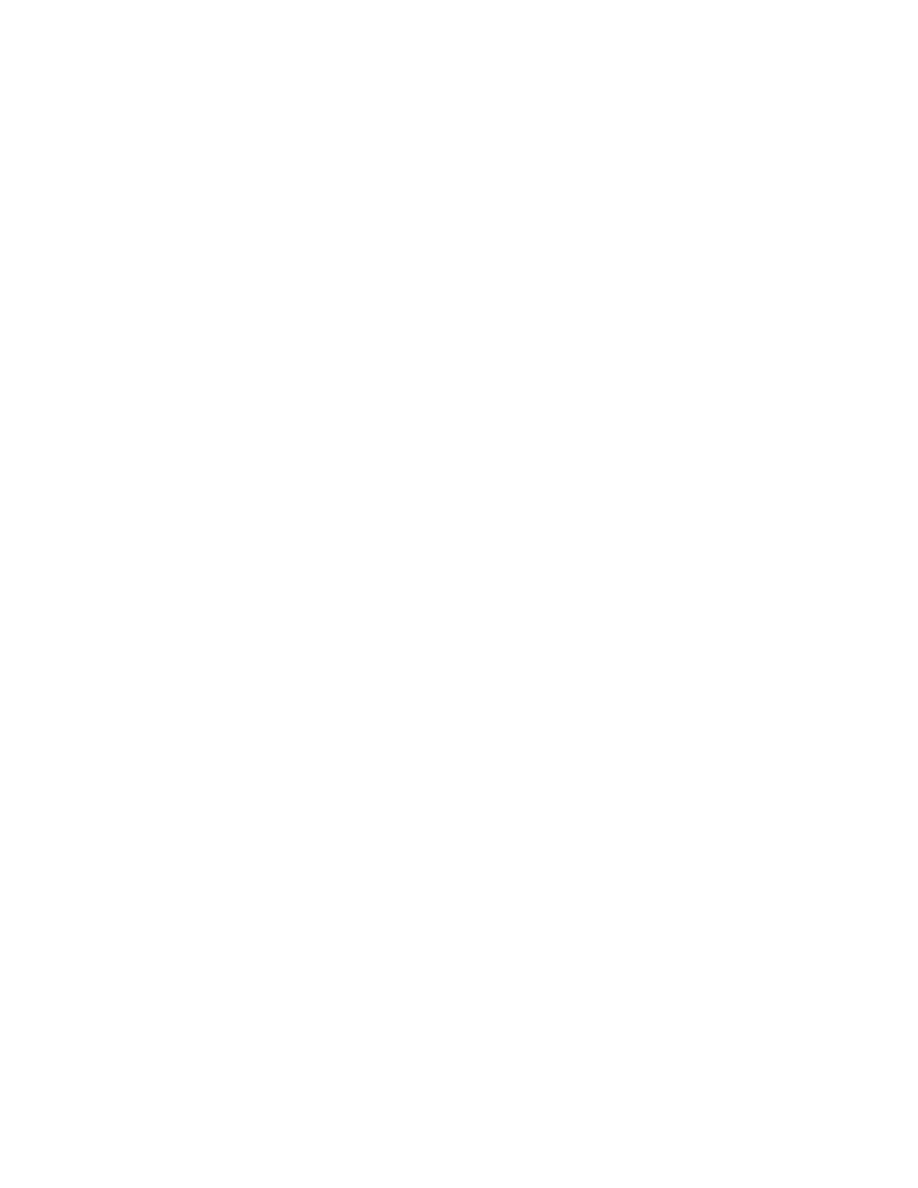
185
Federal Aviation Administration, DOT
§ 121.423
(ix) Approved dispatcher resource
management (DRM) initial training.
(2) For each airplane—
(i) A general description of the air-
plane emphasizing operating and per-
formance characteristics, navigation
equipment, instrument approach and
communication equipment, emergency
equipment and procedures, and other
subjects having a bearing on dispatcher
duties and responsibilities;
(ii) Flight operation procedures in-
cluding procedures specified in
§ 121.419(a)(2)(vi);
(iii) Weight and balance computa-
tions;
(iv) Basic airplane performance dis-
patch requirements and procedures;
(v) Flight planning including track
selection, flight time analysis, and fuel
requirements; and
(vi) Emergency procedures.
(3) Emergency procedures must be
emphasized, including the alerting of
proper governmental, company, and
private agencies during emergencies to
give maximum help to an airplane in
distress.
(b) Initial and transition ground
training for aircraft dispatchers must
include a competence check given by
an appropriate supervisor or ground in-
structor that demonstrates knowledge
and ability with the subjects set forth
in paragraph (a) of this section.
(c) Initial ground training for air-
craft dispatchers must consist of at
least the following programmed hours
of instruction in the subjects specified
in paragraph (a) of this section and in
§ 121.415(a) unless reduced under
§ 121.405:
(1) Group I airplanes—
(i) Reciprocating powered, 30 hours;
and
(ii) Turbopropeller powered, 40 hours.
(2) Group II airplanes, 40 hours.
[Doc. No. 9509, 35 FR 90, Jan. 3, 1970, as
amended by Amdt. 121–250, 60 FR 65949, Dec.
20, 1995]
§ 121.423 Pilots: Extended Envelope
Training.
(a) Each certificate holder must in-
clude in its approved training program,
the extended envelope training set
forth in this section with respect to
each airplane type for each pilot. The
extended envelope training required by
this section must be performed in a
Level C or higher full flight simulator,
approved by the Administrator in ac-
cordance with § 121.407 of this part.
(b) Extended envelope training must
include the following maneuvers and
procedures:
(1) Manually controlled slow flight;
(2) Manually controlled loss of reli-
able airspeed;
(3) Manually controlled instrument
departure and arrival;
(4) Upset recovery maneuvers; and
(5) Recovery from bounced landing.
(c) Extended envelope training must
include instructor-guided hands on ex-
perience of recovery from full stall and
stick pusher activation, if equipped.
(d) Recurrent training: Within 24 cal-
endar months preceding service as a
pilot, each person must satisfactorily
complete the extended envelope train-
ing described in paragraphs (b)(1)
through (4) and (c) of this section.
Within 36 calendar months preceding
service as a pilot, each person must
satisfactorily complete the extended
envelope training described in para-
graph (b)(5) of this section.
(e) Deviation from use of Level C or
higher full flight simulator:
(1) A certificate holder may submit a
request to the Administrator for ap-
proval of a deviation from the require-
ments of paragraph (a) of this section
to conduct the extended envelope
training using an alternative method
to meet the learning objectives of this
section.
(2) A request for deviation from para-
graph (a) of this section must include
the following information:
(i) A simulator availability assess-
ment, including hours by specific simu-
lator and location of the simulator,
and a simulator shortfall analysis that
includes the training that cannot be
completed in a Level C or higher full
flight simulator; and
(ii) Alternative methods for achiev-
ing the learning objectives of this sec-
tion.
(3) A certificate holder may request
an extension of a deviation issued
under this section.
(4) Deviations or extensions to devi-
ations will be issued for a period not to
exceed 12 months.
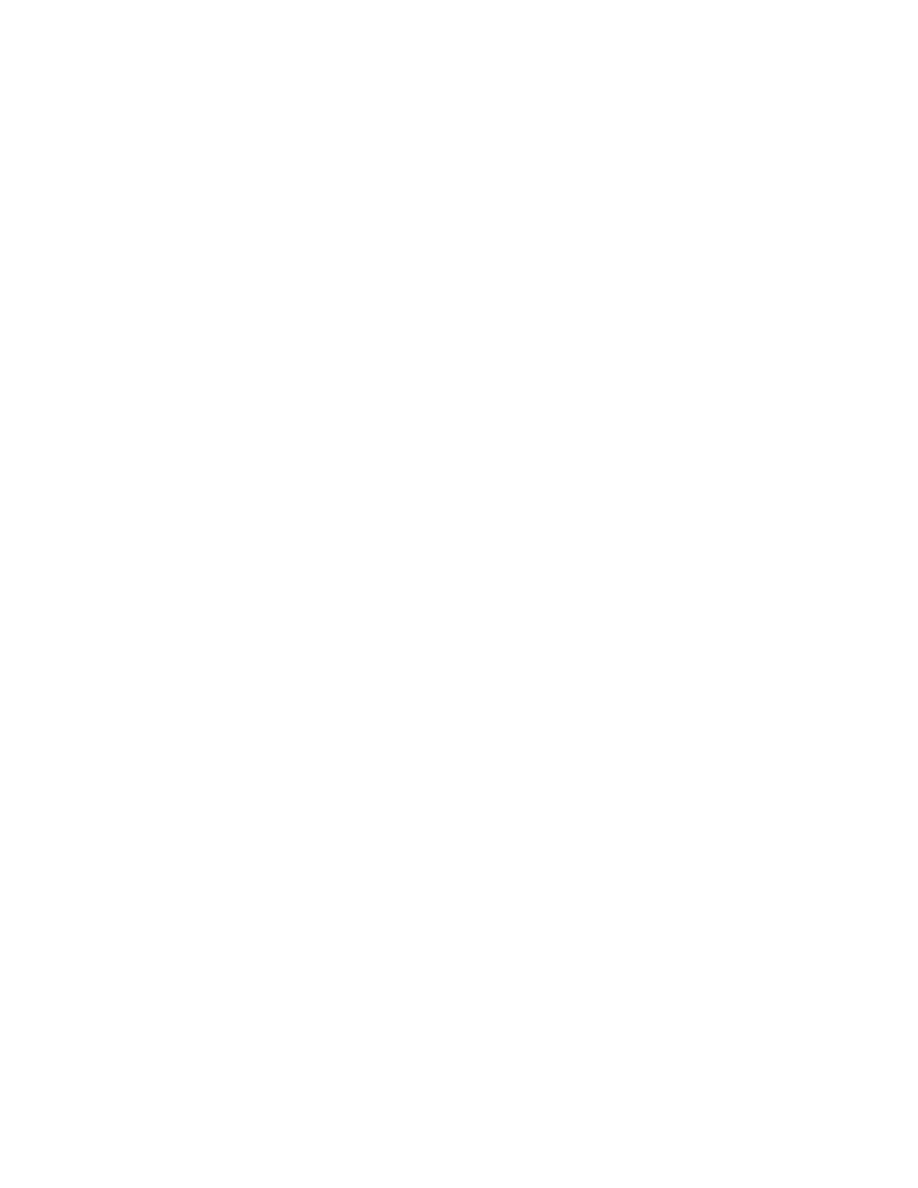
186
14 CFR Ch. I (1–1–24 Edition)
§ 121.424
(f) Compliance with this section is re-
quired no later than March 12, 2019. For
the recurrent training required in para-
graph (d) of this section, each pilot
qualified to serve as second in com-
mand or pilot in command in oper-
ations under this part on March 12, 2019
must complete the recurrent extended
envelope training within 12 calendar
months after March 12, 2019.
[Doc. No. FAA–2008–0677, 78 FR 67839, Nov. 12,
2013; Amdt. 121–382, 85 FR 10923, Feb. 25, 2020]
§ 121.424 Pilots: Initial, transition, con-
version, and upgrade flight train-
ing.
(a) Initial, transition, and conversion
flight training for pilots must include
the following:
(1) Flight training and practice in the
maneuvers and procedures set forth in
the certificate holder’s approved low-
altitude windshear flight training pro-
gram and in appendix E to this part, as
applicable; and
(2) Extended envelope training set
forth in § 121.423.
(b) Beginning on April 27, 2022, in ad-
dition to the requirements in para-
graph (a) of this section, initial flight
training for pilots in command must
include sufficient scenario-based train-
ing incorporating CRM and leadership
and command skills, to ensure the pi-
lot’s proficiency as pilot in command.
The training required by this para-
graph may be completed inflight or in
an FSTD.
(c) The training required by para-
graph (a) of this section must be per-
formed inflight except—
(1) That windshear maneuvers and
procedures must be performed in an
FFS in which the maneuvers and pro-
cedures are specifically authorized to
be accomplished;
(2) That the extended envelope train-
ing required by § 121.423 must be per-
formed in a Level C or higher full
flight simulator unless the Adminis-
trator has issued to the certificate
holder a deviation in accordance with
§ 121.423(e); and
(3) To the extent that certain other
maneuvers and procedures may be per-
formed in an FFS, an FTD, or a static
airplane as permitted in appendix E to
this part.
(d) Except as permitted in paragraph
(e) of this section, the initial flight
training required by paragraph (a)(1) of
this section must include at least the
following programmed hours of inflight
training and practice unless reduced
under § 121.405;
(1) Group I airplanes—
(i)
Reciprocating powered.
Pilot in
command, 10 hours; second in com-
mand, 6 hours; and
(ii)
Turbopropeller powered.
Pilot in
command, 15 hours; second in com-
mand, 7 hours.
(2)
Group II airplanes.
Pilot in com-
mand, 20 hours; second in command, 10
hours.
(e) If the certificate holder’s ap-
proved training program includes a
course of training utilizing an FFS
under § 121.409 (c) and (d) of this part,
each pilot must successfully com-
plete—
(1) With respect to § 121.409(c) of this
part—
(i) Training and practice in the FFS
in at least all of the maneuvers and
procedures set forth in appendix E of
this part for initial flight training that
are capable of being performed in an
FFS; and
(ii) A proficiency check in the FFS or
the airplane to the level of proficiency
of a pilot in command or second in
command, as applicable, in at least the
maneuvers and procedures set forth in
appendix F of this part that are capa-
ble of being performed in an FFS.
(2) With respect to § 121.409(d) of this
part, training and practice in at least
the maneuvers and procedures set forth
in the certificate holder’s approved
low-altitude windshear flight training
program that are capable of being per-
formed in an FFS in which the maneu-
vers and procedures are specifically au-
thorized.
(f) Compliance with paragraphs (a)(2)
and (c)(2) of this section is required no
later than March 12, 2019.
(g) Before April 27, 2022, upgrade
flight training must be provided in ac-
cordance with paragraphs (a), (c), (e),
and (f), of this section or § 121.426. Be-
ginning on April 27, 2022, upgrade flight
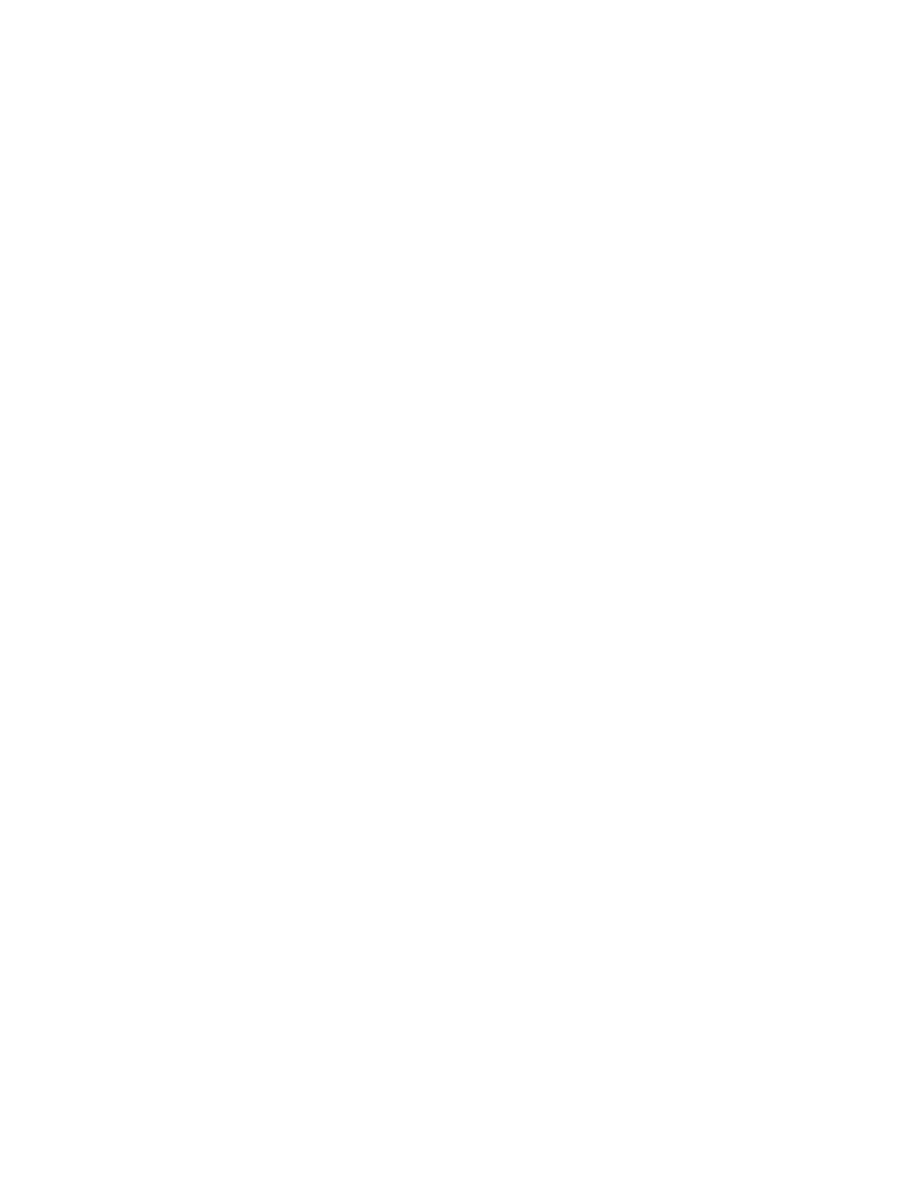
187
Federal Aviation Administration, DOT
§ 121.426
training must be provided as specified
in § 121.426.
[Doc. No. 9509, 35 FR 90, Jan. 3, 1970, as
amended by Amdt. 121–199, 53 FR 37697, Sept.
27, 1988; Amdt. 121–366, 78 FR 67840, Nov. 12,
2013; Amdt. 121–382, 85 FR 10923, Feb. 25, 2020;
Amdt. 121–384, 85 FR 39070, June 30, 2020]
§ 121.425 Flight engineers: Initial and
transition flight training.
(a) Initial and transition flight train-
ing for flight engineers must include at
least the following:
(1) Training and practice in proce-
dures related to the carrying out of
flight engineer duties and functions.
This training and practice may be ac-
complished either inflight or in an
FSTD.
(2) A flight check that includes—
(i) Preflight inspection;
(ii) Inflight performance of assigned
duties accomplished from the flight en-
gineer station during taxi, runup, take-
off, climb, cruise, descent, approach,
and landing;
(iii) Accomplishment of other func-
tions, such as fuel management and
preparation of fuel consumption
records, and normal and emergency or
alternate operation of all airplane
flight systems, performed either
inflight or in an FSTD.
(b) Flight engineers possessing a
commercial pilot certificate with an
instrument, category and class rating,
or pilots already qualified as second in
command and reverting to flight engi-
neer, may complete the entire flight
check, required by paragraph (a)(2) of
this section, in an approved FFS.
(c) Except as permitted in paragraph
(d) of this section, the initial flight
training required by paragraph (a) of
this section must include at least the
same number of programmed hours of
flight training and practice that are
specified for a second in command pilot
under § 121.424(c) unless reduced under
§ 121.405.
(d) If the certificate holder’s ap-
proved training program includes a
course of training utilizing an FSTD
under § 121.409(c), each flight engineer
must successfully complete in the
FSTD —
(1) Training and practice in at least
all of the assigned duties, procedures,
and functions required by paragraph (a)
of this section; and
(2) A flight check to a flight engineer
level of proficiency in the assigned du-
ties, procedures, and functions.
[Doc. No. 9509, 35 FR 90, Jan. 3, 1970, as
amended by Amdt. 121–144, 43 FR 22647, May
25, 1978; Amdt. 121–382, 85 FR 10923, Feb. 25,
2020]
§ 121.426 Pilots: Upgrade flight train-
ing.
(a) Upgrade flight training for pilots
must include the following:
(1) Seat dependent maneuvers and
procedures, as applicable;
(2) Duty position maneuvers and pro-
cedures, as applicable;
(3) Extended envelope training set
forth in § 121.423;
(4) Maneuvers and procedures set
forth in the certificate holder’s low al-
titude windshear flight training pro-
gram;
(5) Sufficient scenario-based training
incorporating CRM and leadership and
command skills, to ensure the pilot’s
proficiency as pilot in command; and
(6) Sufficient training to ensure the
pilot’s knowledge and skill with re-
spect to the following:
(i) The airplane, its systems and com-
ponents;
(ii) Proper control of airspeed, con-
figuration, direction, altitude, and at-
titude in accordance with the Airplane
Flight Manual, the certificate holder’s
operations manual, checklists, or other
approved material appropriate to the
airplane type; and
(iii) Compliance with ATC, instru-
ment procedures, or other applicable
procedures.
(b) The training required by para-
graph (a) of this section must be per-
formed inflight except—
(1) That windshear maneuvers and
procedures must be performed in an
FFS in which the maneuvers and pro-
cedures are specifically authorized to
be accomplished;
(2) That the extended envelope train-
ing required by § 121.423 must be per-
formed in a Level C or higher FFS un-
less the Administrator has issued to
the certificate holder a deviation in ac-
cordance with § 121.423(e); and
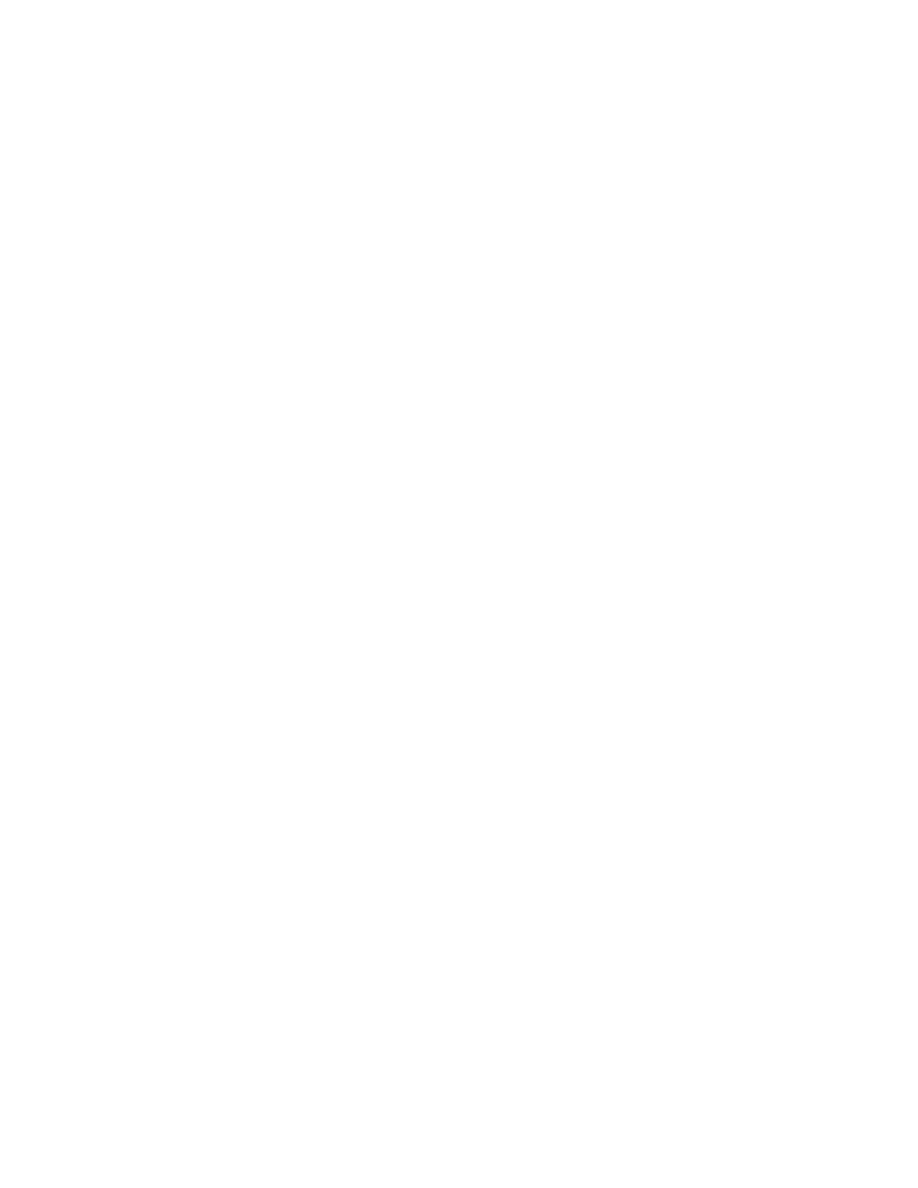
188
14 CFR Ch. I (1–1–24 Edition)
§ 121.427
(3) To the extent that certain other
maneuvers and procedures may be per-
formed in an FFS, an FTD, or a static
airplane as permitted in Appendix E of
this part.
(c) If the certificate holder’s ap-
proved training program includes a
course of training utilizing an FFS
under § 121.409(c) and (d), each pilot
must successfully complete—
(1) With respect to § 121.409(c)—A pro-
ficiency check in the FFS or the air-
plane to the level of proficiency of a
pilot in command in at least the ma-
neuvers and procedures set forth in Ap-
pendix F of this part that are capable
of being performed in an FFS.
(2) With respect to § 121.409(d), train-
ing and practice in at least the maneu-
vers and procedures set forth in the
certificate holder’s approved low-alti-
tude windshear flight training program
that are capable of being performed in
an FFS in which the maneuvers and
procedures are specifically authorized.
(d) Compliance dates: Beginning on
April 27, 2022, upgrade flight training
must satisfy the requirements of this
section.
[Amdt. 121–382, 85 FR 10924, Feb. 25, 2020]
§ 121.427 Recurrent training.
(a) Recurrent training must ensure
that each crewmember or aircraft dis-
patcher is adequately trained and cur-
rently proficient with respect to the
type airplane (including differences
training, if applicable) and crew-
member position involved.
(b) Recurrent ground training for
crewmembers and dispatchers must in-
clude at least the following:
(1) A quiz or other review to deter-
mine the state of the crewmember’s or
dispatcher’s knowledge with respect to
the airplane and position involved.
(2) Instruction as necessary in the
following:
(i) For pilots, the subjects required
for ground training by §§ 121.415(a)(1),
(3), and (4) and 121.419(b);
(ii) For flight engineers, the subjects
required for ground training by
§§ 121.415(a)(1), (3), and (4) and 121.419(a);
(iii) For flight attendants, the sub-
jects required for ground training by
§§ 121.415(a)(1), (3), and (4) and 121.421(a);
and
(iv) For aircraft dispatchers, the sub-
jects required for ground training by
§§ 121.415(a)(1) and (4) and 121.422(a).
(3) For flight attendants and dis-
patchers, a competence check as re-
quired by §§ 121.421(b) and 121.422(b), re-
spectively.
(4) For crewmembers, CRM training
and for aircraft dispatchers, DRM
training. For flightcrew members, CRM
training or portions thereof may be ac-
complished during an approved FFS
line-oriented flight training (LOFT)
session.
(c) Recurrent ground training for
crewmembers and aircraft dispatchers
must consist of at least the following
programmed hours of instruction in
the required subjects specified in para-
graph (b) of this section unless reduced
under § 121.405:
(1) For pilots—
(i) Group I reciprocating powered air-
planes, 15 hours;
(ii) Group I turbopropeller powered
airplanes, 19 hours; and
(iii) Group II airplanes, 24 hours.
(2) For flight engineers—
(i) Group I, reciprocating powered
airplanes, 16 hours;
(ii) Group I turbopropeller powered
airplanes, 20 hours; and
(iii) Group II airplanes, 25 hours.
(3) For flight attendants—
(i) Group I reciprocating powered air-
planes, 4 hours;
(ii) Group I turbopropeller powered
airplanes, 5 hours; and
(iii) Group II airplanes, 12 hours.
(4) For aircraft dispatchers—
(i) Group I reciprocating powered air-
planes, 8 hours;
(ii) Group I turbopropeller powered
airplanes, 10 hours; and
(iii) Group II airplanes, 20 hours.
(d) Recurrent ground training for pi-
lots serving as pilot in command:
(1) Within 36 months preceding serv-
ice as pilot in command, each person
must complete recurrent ground train-
ing on leadership and command and
mentoring. This training is in addition
to the ground training required in
paragraph (b) of this section and the
programmed hours required in para-
graph (c) of this section. This training
must include instruction and facili-
tated discussion on the following:
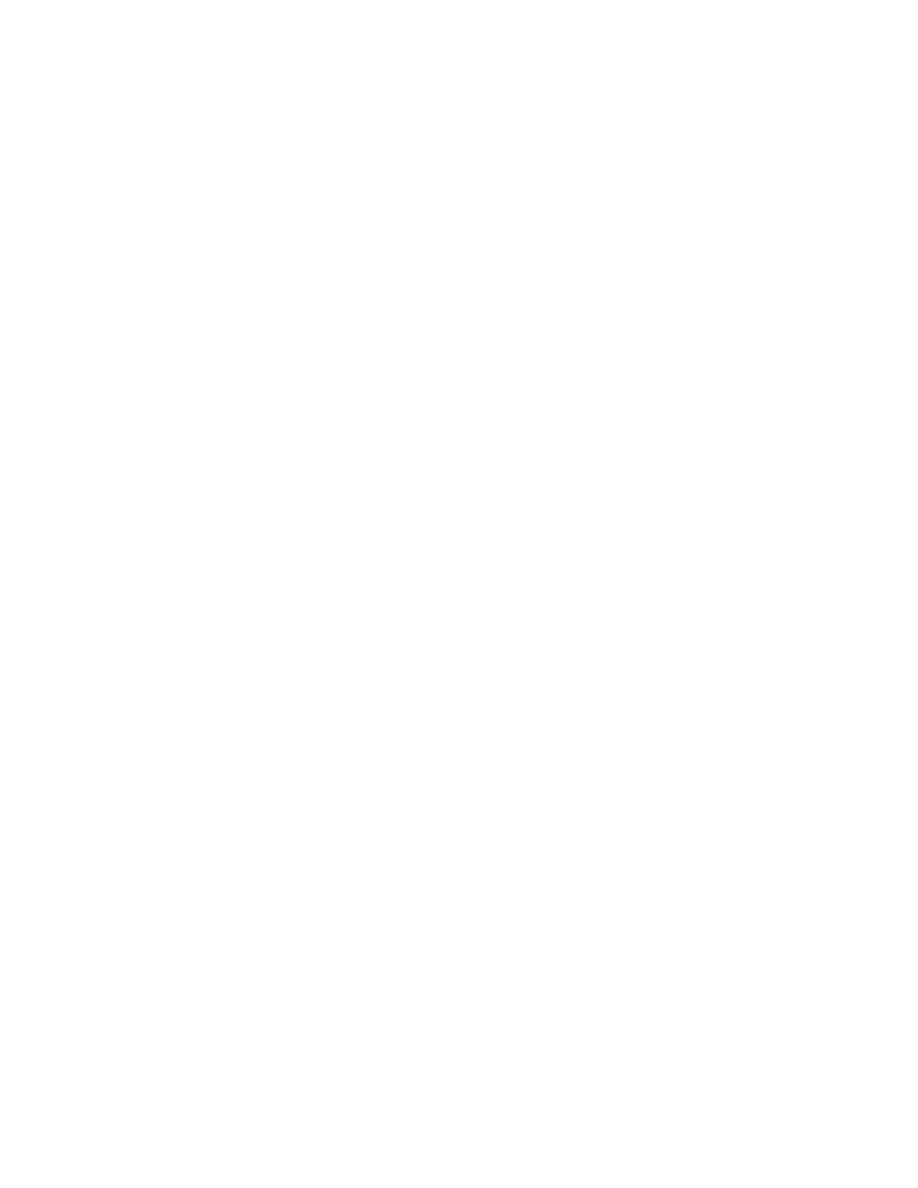
189
Federal Aviation Administration, DOT
§ 121.431
(i) Leadership and command, includ-
ing instruction on flightcrew member
duties under § 121.542; and
(ii) Mentoring, including techniques
for instilling and reinforcing the high-
est standards of technical performance,
airmanship, and professionalism in
newly hired pilots.
(2) The requirements of paragraph
(d)(1) do not apply until after a pilot
has completed ground training on lead-
ership and command and mentoring, as
required by §§ 121.419, 121.420 and 121.429,
as applicable.
(e) Recurrent flight training for
flightcrew members must include at
least the following:
(1) For pilots—
(i) Extended envelope training as re-
quired by § 121.423 of this part; and
(ii) Flight training in an approved
FFS in maneuvers and procedures set
forth in the certificate holder’s ap-
proved low-altitude windshear flight
training program and flight training in
maneuvers and procedures set forth in
Appendix F of this part, or in a flight
training program approved by the Ad-
ministrator, except as follows—
(A) The number of programmed
inflight hours is not specified; and
(B) Satisfactory completion of a pro-
ficiency check may be substituted for
recurrent flight training as permitted
in § 121.433(c) and (e) of this part.
(2) For flight engineers, flight train-
ing as provided by § 121.425(a) except as
follows—
(i) The specified number of inflight
hours is not required; and
(ii) The flight check, other than the
preflight inspection, may be conducted
in an FSTD. The preflight inspection
may be conducted in an airplane, or by
using an approved pictorial means that
realistically portrays the location and
detail of preflight inspection items and
provides for the portrayal of abnormal
conditions. Satisfactory completion of
an approved line-oriented flight train-
ing may be substituted for the flight
check.
(f) Compliance and pilot programmed
hours:
(1) Compliance with the requirements
identified in paragraph (e)(1)(i) of this
section is required no later than March
12, 2019.
(2) After March 12, 2019, recurrent
programmed hours applicable to pilots
as specified in paragraph (c)(1) of this
section must include 30 additional min-
utes.
[Doc. No. 9509, 35 FR 90, Jan. 30, 1970, as
amended by Amdt. 121–80, 36 FR 19362, Oct. 5,
1971; Amdt. 121–144, 43 FR 22647, May 25, 1978;
Amdt.121–199, 53 FR 37697, Sept. 27, 1988;
Amdt. 121–250, 60 FR 65949, Dec. 20, 1995;
Amdt. 121–281, 66 FR 19043, Apr. 12, 2001;
Amdt. 121–366, 78 FR 67840, Nov. 12, 2013;
Amdt. 121–382, 85 FR 10924, Feb. 25, 2020]
§ 121.429 Pilots in command: Leader-
ship and command and mentoring
training.
(a) Beginning on April 27, 2023, no
certificate holder may use a pilot as
pilot in command in an operation
under this part unless the pilot has
completed the following ground train-
ing in accordance with the certificate
holder’s approved training program:
(1) Leadership and command training
in § 121.419(c)(1) and mentoring training
in § 121.419(c)(2); or
(2) Leadership and command training
in § 121.420(b)(1) and mentoring training
in § 121.420(b)(2).
(b) Credit for training provided by
the certificate holder:
(1) The Administrator may credit
leadership and command training and
mentoring training completed by the
pilot, with that certificate holder, after
April 27, 2017, and prior to April 27,
2020, toward all or part of the training
required by paragraph (a) of this sec-
tion.
(2) In granting credit for the training
required by paragraph (a) of this sec-
tion, the Administrator may consider
training aids, devices, methods, and
procedures used by the certificate hold-
er in voluntary leadership and com-
mand and mentoring instruction.
[Amdt. 121–382, 85 FR 10925, Feb. 25, 2020]
Subpart O—Crewmember
Qualifications
§ 121.431 Applicability.
(a) This subpart:
(1) Prescribes crewmember qualifica-
tions for all certificate holders except
where otherwise specified; and
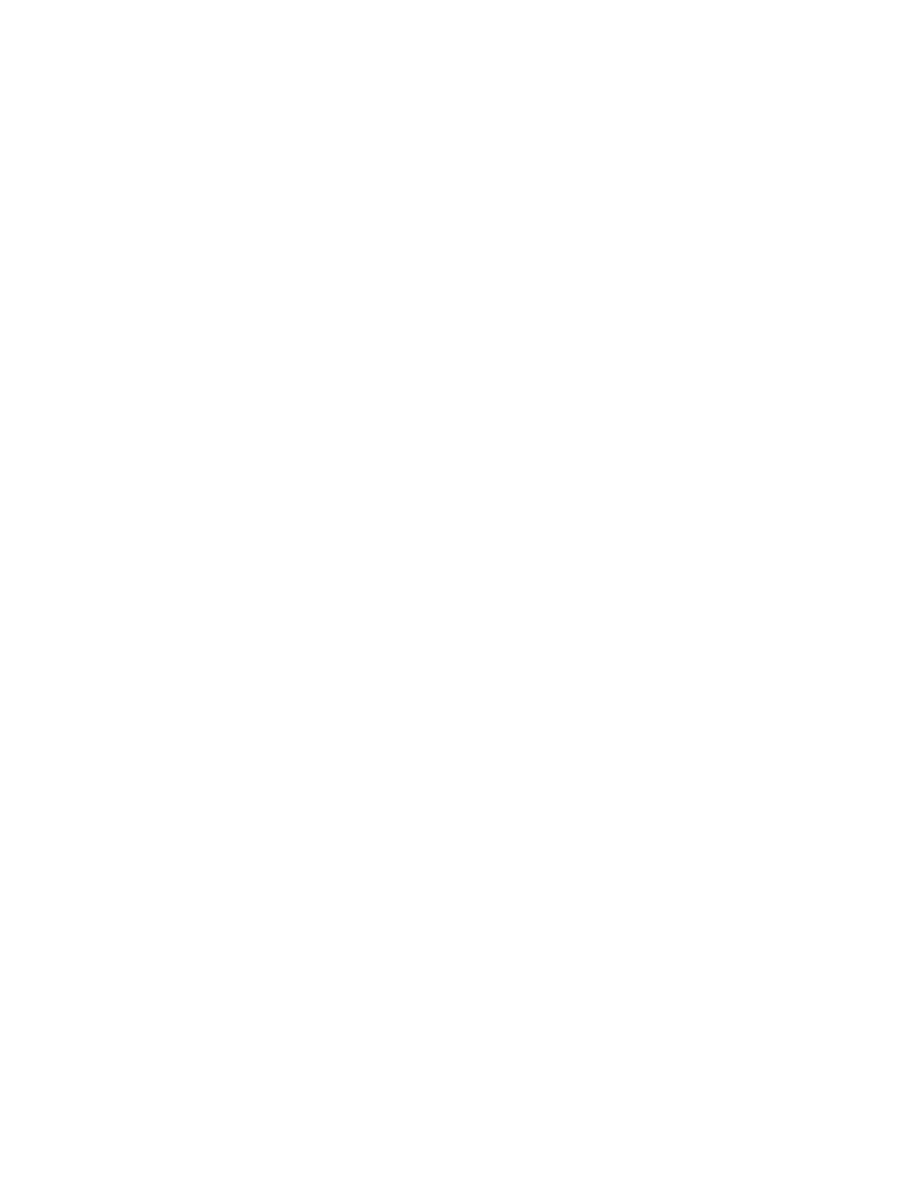
190
14 CFR Ch. I (1–1–24 Edition)
§ 121.432
(2) Permits training center personnel
authorized under part 142 of this chap-
ter who meet the requirements of
§§ 121.411 through 121.414 to provide
training, testing, and checking under
contract or other arrangement to those
persons subject to the requirements of
this subpart.
(b) For the purpose of this subpart,
the airplane groups and terms and defi-
nitions prescribed in § 121.400 and the
following definitions apply:
Consolidation
is the process by which
a person through practice and practical
experience increases proficiency in
newly acquired knowledge and skills.
Line operating flight time
is flight time
performed in operations under this
part.
Operating cycle
is a complete flight
segment consisting of a takeoff, climb,
enroute portion, descent, and a land-
ing.
[Doc. No. 10171, 36 FR 12284, June 30, 1971, as
amended by Amdt. 121–250, 60 FR 65949, Dec.
20, 1995; Amdt. 121–248, 60 FR 20869, Apr. 27,
1995; Amdt. 121–250, 60 FR 65949, Dec. 20, 1995;
Amdt. 121–259, 61 FR 34561, July 2, 1996;
Amdt. 121–263, 62 FR 13791, Mar. 21, 1997;
Docket FAA–2010–0100, Amdt. 121–365B, 81 FR
2, Jan. 4, 2016; Amdt. 121–382, 85 FR 10925,
Feb. 25, 2020]
§ 121.432 General.
(a) Except in the case of operating
experience under § 121.434 and ground
training for mentoring required by
§§ 121.419, 121.420, 121.427, and 121.429, as
applicable, a pilot who serves as second
in command of an operation that re-
quires three or more pilots must be
fully qualified to act as pilot in com-
mand of that operation.
(b) No certificate holder may conduct
a check or any training in operations
under this part, except for the fol-
lowing checks and training required by
this part or the certificate holder:
(1) Line checks for pilots.
(2) Flight engineer checks (except for
emergency procedures), if the person
being checked is qualified and current
in accordance with § 121.453(a).
(3) Flight attendant training and
competence checks.
(c) Except for pilot line checks and
flight engineer flight checks, the per-
son being trained or checked may not
be used as a required crewmember.
[Doc. No. 9509, 35 FR 95, Jan. 3, 1970, as
amended by Amdt. 121–130, 41 FR 47229, Oct.
28, 1976; Amdt. 121–366, 78 FR 67840, Nov. 12,
2013; Amdt. 121–382, 85 FR 10925, Feb. 25, 2020]
§ 121.433 Training required.
(a)
Initial training.
No certificate
holder may use any person nor may
any person serve as a required crew-
member on an airplane unless that per-
son has satisfactorily completed, in a
training program approved under sub-
part N of this part, initial ground and
flight training for that type airplane
and for the particular crewmember po-
sition, except as follows:
(1) Crewmembers who have qualified
and served as a crewmember on an-
other type airplane of the same group
may serve in the same crewmember ca-
pacity upon completion of transition
training as provided in § 121.415.
(2) Crewmembers who have qualified
and served as second in command or
flight engineer on a particular type air-
plane may serve as pilot in command
or second in command, respectively,
upon completion of upgrade or conver-
sion training, as applicable, for that
airplane as provided in § 121.415.
(b)
Differences training.
No certificate
holder may use any person nor may
any person serve as a required crew-
member on an airplane of a type for
which differences training is included
in the certificate holder’s approved
training program unless that person
has satisfactorily completed, with re-
spect to both the crewmember position
and the particular variation of the air-
plane in which the person serves, either
initial or transition ground and flight
training, or differences training, as
provided in § 121.415.
(c)
Recurrent training.
(1) No certifi-
cate holder may use any person nor
may any person serve as a required
crewmember on an airplane unless,
within the preceding 12 calendar
months—
(i) For flight crewmembers, the per-
son has satisfactorily completed recur-
rent ground and flight training for that
airplane and crewmember position and
a flight check as applicable;
(ii) For flight attendants and dis-
patchers, the person has satisfactorily
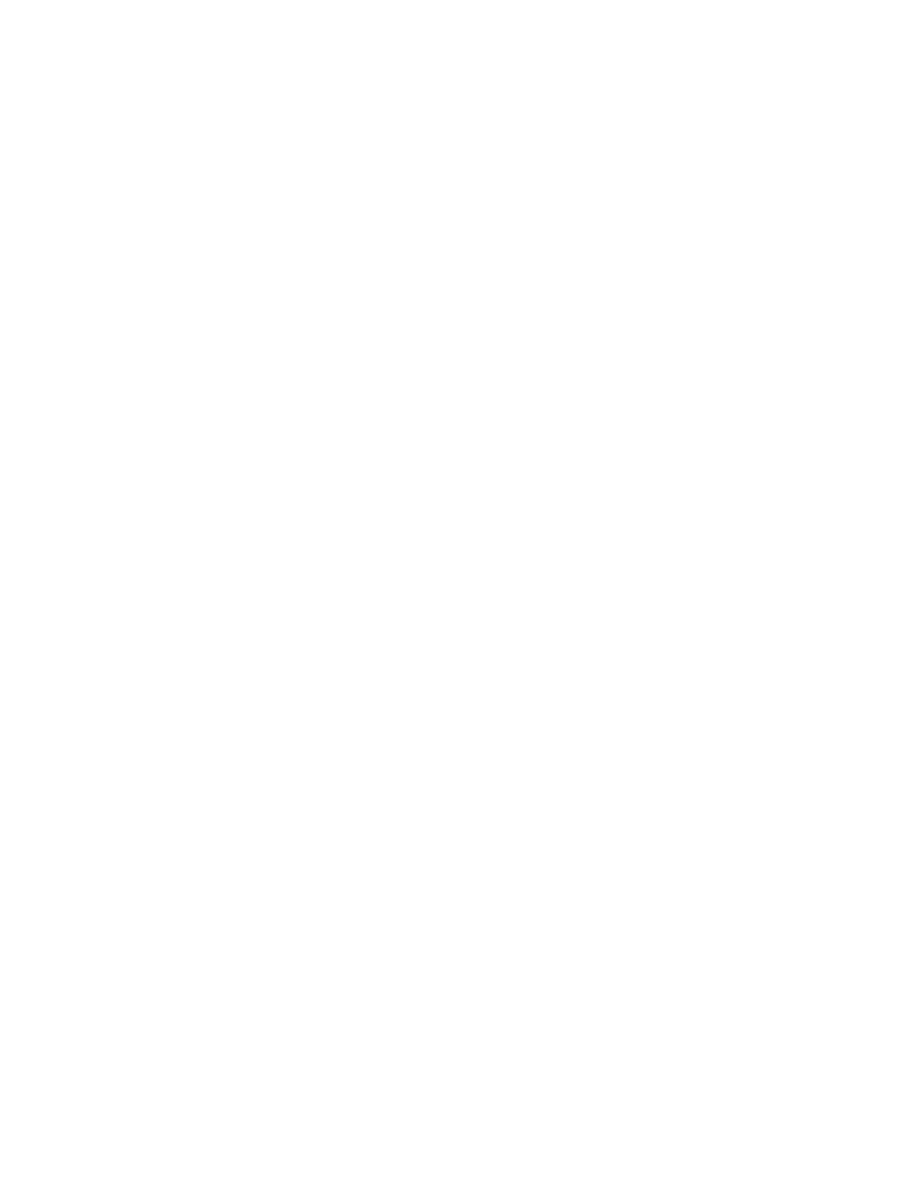
191
Federal Aviation Administration, DOT
§ 121.434
completed recurrent ground training
and a competence check; and
(iii) In addition, for pilots in com-
mand the person has satisfactorily
completed, within the preceding 6 cal-
endar months, recurrent flight training
in addition to the recurrent flight
training required in paragraph (c)(1)(i)
of this section, in an airplane in which
the person serves as pilot in command
in operations under this part.
(2) For pilots, a proficiency check as
provided in § 121.441 of this part may be
substituted for the recurrent flight
training required by this paragraph
and the approved FFS course of train-
ing under § 121.409(b) of this part may
be substituted for alternate periods of
recurrent flight training required in
that airplane, except as provided in
paragraphs (d) and (e) of this section.
(d) For each airplane in which a pilot
serves as pilot in command, the person
must satisfactorily complete either re-
current flight training or a proficiency
check within the preceding 12 calendar
months. The requirement in this para-
graph expires on March 12, 2019. After
that date, the requirement in
§ 121.441(a)(1)(ii) of this part applies.
(e) Notwithstanding paragraphs (c)(2)
and (d) of this section, a proficiency
check as provided in § 121.441 of this
part may not be substituted for the ex-
tended envelope training required by
§ 121.423 or training in those maneuvers
and procedures set forth in a certifi-
cate holder’s approved low-altitude
windshear flight training program
when that program is included in a re-
current flight training course as re-
quired by § 121.409(d) of this part.
[Doc. No. 9509, 35 FR 95, Jan. 3, 1970, as
amended by Amdt. 121–91, 37 FR 10729, May
27, 1972; Amdt. 121–199, 53 FR 37697, Sept. 27,
1988; Amdt. 121–366, 78 FR 67840, Nov. 12, 2013;
Amdt. 121–382, 85 FR 10925, Feb. 25, 2020]
§ 121.434 Operating experience, oper-
ating cycles, and consolidation of
knowledge and skills.
(a) No certificate holder may use a
person nor may any person serve as a
required crewmember of an airplane
unless the person has satisfactorily
completed, on that type airplane and in
that crewmember position, the oper-
ating experience, operating cycles, and
the line operating flight time for con-
solidation of knowledge and skills, re-
quired by this section, except as fol-
lows:
(1) Crewmembers other than pilots in
command may serve as provided herein
for the purpose of meeting the require-
ments of this section.
(2) Pilots who are meeting the pilot
in command requirements may serve as
second in command.
(3) Separate operating experience, op-
erating cycles, and line operating
flight time for consolidation of knowl-
edge and skills are not required for
variations within the same type air-
plane.
(4) Deviation based upon designation
of related aircraft in accordance with
§ 121.418(b).
(i) The Administrator may authorize
a deviation from the operating experi-
ence, operating cycles, and line oper-
ating flight time for consolidation of
knowledge and skills required by this
section based upon a designation of re-
lated aircraft in accordance with
§ 121.418(b) of this part and a determina-
tion that the certificate holder can
demonstrate an equivalent level of
safety.
(ii) A request for deviation from the
operating experience, operating cycles,
and line operating flight time for con-
solidation of knowledge and skills re-
quired by this section based upon a des-
ignation of related aircraft must be
submitted to the Administrator. The
request must include the following:
(A) Identification of aircraft operated
by the certificate holder designated as
related aircraft.
(B) Hours of operating experience and
number of operating cycles necessary
based on review of the related aircraft,
the operation, and the duty position.
(C) Consolidation hours necessary
based on review of the related aircraft,
the operation, and the duty position.
(iii) The administrator may, at any
time, terminate a grant of deviation
authority issued under this paragraph
(a)(4).
(b) In acquiring the operating experi-
ence, operating cycles, and line oper-
ating flight time for consolidation of
knowledge and skills, crewmembers
must comply with the following:
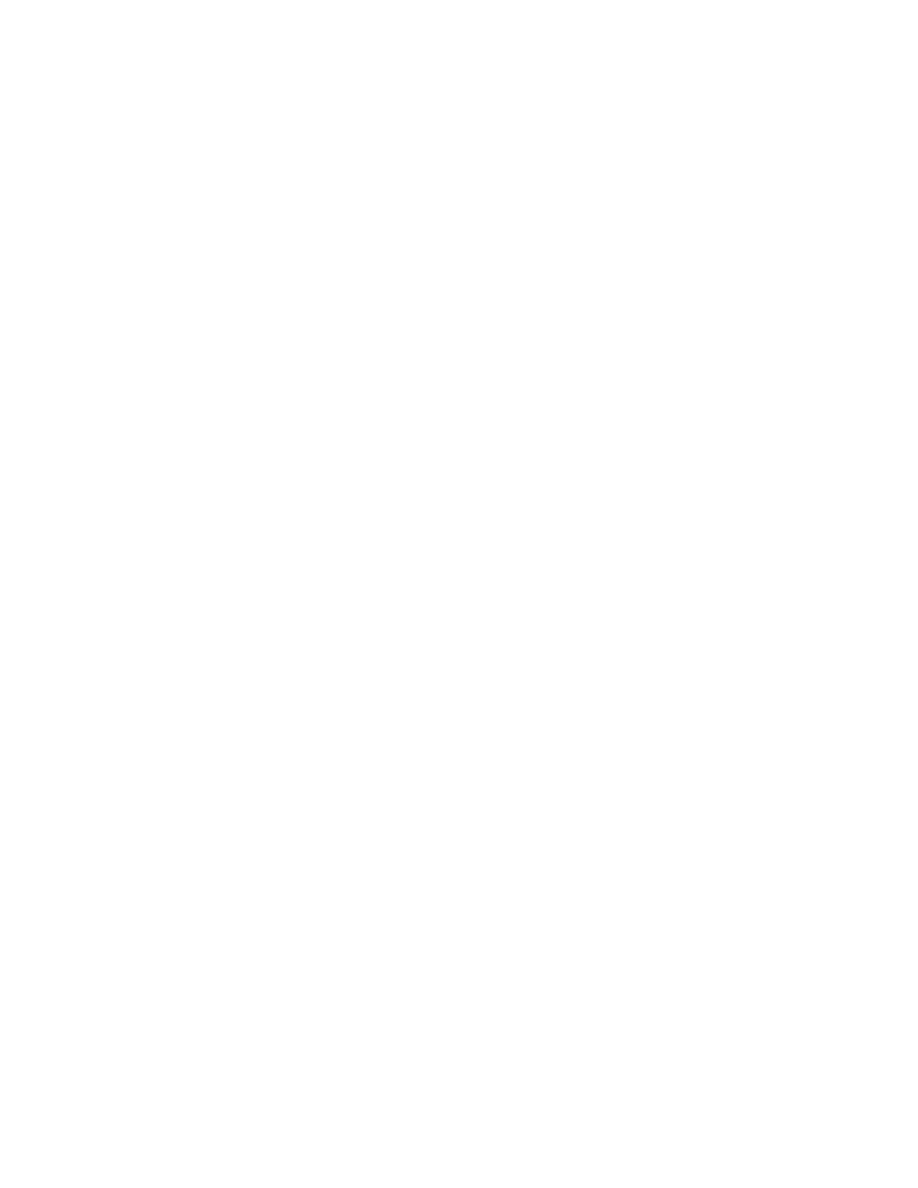
192
14 CFR Ch. I (1–1–24 Edition)
§ 121.434
(1) In the case of a flight crew-
member, the person must hold the ap-
propriate certificates and ratings for
the crewmember position and the air-
plane, except that a pilot who is meet-
ing the pilot in command requirements
must hold the appropriate certificates
and ratings for a pilot in command in
the airplane.
(2) The operating experience, oper-
ating cycles, and line operating flight
time for consolidation of knowledge
and skills must be acquired after satis-
factory completion of the appropriate
ground and flight training for the par-
ticular airplane type and crewmember
position.
(3) In the case of a pilot who satisfac-
torily completed the preflight visual
inspection of an aircraft by approved
pictorial means during an initial, tran-
sition, conversion, or upgrade pro-
ficiency check, the pilot must also
demonstrate proficiency to a check
pilot on at least one complete preflight
visual inspection of the interior and ex-
terior of a static airplane. This dem-
onstration of proficiency must be com-
pleted by the pilot and certified by the
check pilot before the completion of
operating experience.
(4) The experience must be acquired
inflight during operations under this
part. However, in the case of an air-
craft not previously used by the certifi-
cate holder in operations under this
part, operating experience acquired in
the aircraft during proving flights or
ferry flights may be used to meet this
requirement.
(c) Pilot crewmembers must acquire
operating experience and operating cy-
cles as follows:
(1) A pilot in command must—
(i) Perform the duties of a pilot in
command under the supervision of a
check pilot; and
(ii) For a qualifying pilot in com-
mand completing initial or upgrade
training specified in § 121.424 or
§ 121.426, be observed in the perform-
ance of prescribed duties by an FAA in-
spector during at least one flight leg
which includes a takeoff and landing.
During the time that a qualifying pilot
in command is acquiring the operating
experience in paragraphs (c)(l)(i) and
(ii) of this section, a check pilot who is
also serving as the pilot in command
must occupy a pilot station. However,
in the case of a transitioning pilot in
command the check pilot serving as
pilot in command may occupy the ob-
server’s seat, if the transitioning pilot
has made at least two takeoffs and
landings in the type airplane used, and
has satisfactorily demonstrated to the
check pilot that he is qualified to per-
form the duties of a pilot in command
of that type of airplane.
(2) A second in command pilot must
perform the duties of a second in com-
mand under the supervision of an ap-
propriately qualified check pilot.
(3) The hours of operating experience
and operating cycles for all pilots are
as follows:
(i) For initial training, 15 hours in
Group I reciprocating powered air-
planes, 20 hours in Group I turbo-
propeller powered airplanes, and 25
hours in Group II airplanes. Operating
experience in both airplane groups
must include at least 4 operating cy-
cles (at least 2 as the pilot flying the
airplane).
(ii) For transition training, except as
provided in paragraph (c)(3)(iii) of this
section, 10 hours in Group I recipro-
cating powered airplanes, 12 hours in
Group I turbopropeller powered air-
planes, 25 hours for pilots in command
in Group II airplanes, and 15 hours for
second in command pilots in Group II
airplanes. Operating experience in both
airplane groups must include at least 4
operating cycles (at least 2 as the pilot
flying the airplane).
(iii) In the case of transition training
where the certificate holder’s approved
training program includes a course of
training in an FFS under § 121.409(c),
each pilot in command must comply
with the requirements prescribed in
paragraph (c)(3)(i) of this section for
initial training.
(d) A flight engineer must perform
the duties of a flight engineer under
the supervision of a check airman or a
qualified flight engineer for at least
the following number of hours:
(1) Group I reciprocating powered air-
planes, 8 hours.
(2) Group I turbopropeller powered
airplanes, 10 hours.
(3) Group II airplanes, 12 hours.
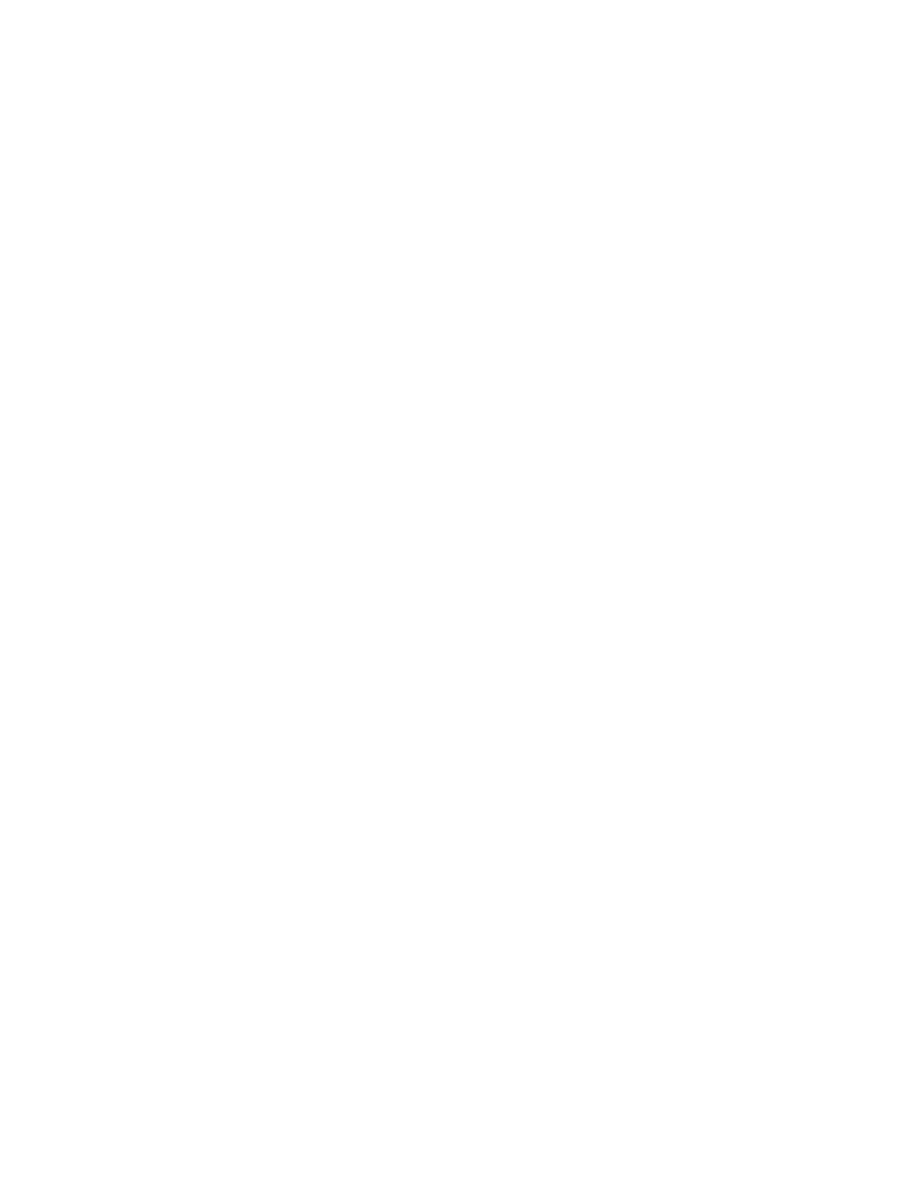
193
Federal Aviation Administration, DOT
§ 121.434
(e) A flight attendant must, for at
least 5 hours, perform the assigned du-
ties of a flight attendant under the su-
pervision of a flight attendant super-
visor qualified under this part who per-
sonally observes the performance of
these duties. However, operating expe-
rience is not required for a flight at-
tendant who has previously acquired
such experience on any large passenger
carrying airplane of the same group, if
the certificate holder shows that the
flight attendant has received sufficient
ground training for the airplane in
which the flight attendant is to serve.
Flight attendants receiving operating
experience may not be assigned as a re-
quired crewmember. Flight attendants
who have satisfactorily completed
training time acquired in an approved
training program conducted in a full-
scale (except for length) cabin training
device of the type airplane in which
they are to serve may substitute this
time for 50 percent of the hours re-
quired by this paragraph.
(f) Flight crewmembers may sub-
stitute one additional takeoff and land-
ing for each hour of flight to meet the
operating experience requirements of
this section, up to a maximum reduc-
tion of 50% of flight hours, except
those in Group II initial training, and
second in command pilots in Group II
transition training.
(g) Except as provided in paragraph
(h) of this section, pilot in command
and second in command crewmembers
must each acquire at least 100 hours of
line operating flight time for consoli-
dation of knowledge and skills (includ-
ing operating experience required
under paragraph (c) of this section)
within 120 days after the satisfactory
completion of:
(1) Any part of the flight maneuvers
and procedures portion of either an air-
line transport pilot certificate with
type rating practical test or an addi-
tional type rating practical test, or
(2) A § 121.441 proficiency check.
(h) The following exceptions apply to
the consolidation requirement of para-
graph (g) of this section:
(1) Pilots who have qualified and
served as pilot in command or second
in command on a particular type air-
plane in operations under this part be-
fore August 25, 1995 are not required to
complete line operating flight time for
consolidation of knowledge and skills.
(2) Pilots who have completed the
line operating flight time requirement
for consolidation of knowledge and
skills while serving as second in com-
mand on a particular type airplane in
operations under this part after August
25, 1995 are not required to repeat the
line operating flight time before serv-
ing as pilot in command on the same
type airplane.
(3) If, before completing the required
100 hours of line operating flight time,
a pilot serves as a pilot in another air-
plane type operated by the certificate
holder, the pilot may not serve as a
pilot in the airplane for which the pilot
has newly qualified unless the pilot
satifactorily completes refresher train-
ing as provided in the certificate hold-
er’s approved training program and
that training is conducted by an appro-
priately qualified instructor or check
pilot.
(4) If the required 100 hours of line
operating flight time are not com-
pleted within 120 days, the certificate
holder may extend the 120-day period
to no more than 150 days if—
(i) The pilot continues to meet all
other applicable requirements of sub-
part O of this part; and
(ii) On or before the 120th day the
pilot satisfactorily completes refresher
training conducted by an appropriately
qualified instructor or check pilot as
provided in the certificate holder’s ap-
proved training program, or a check
pilot determines that the pilot has re-
tained an adequate level of proficiency
after observing that pilot in a super-
vised line operating flight.
(5) The Administrator, upon applica-
tion by the certificate holder, may au-
thorize deviations from the require-
ments of paragraph (g) of this section,
by an appropriate amendment to the
operations specifications, to the extent
warranted by any of the following cir-
cumstances:
(i) A newly certificated certificate
holder does not employ any pilots who
meet the minimum requirements of
paragraph (g) of this section.
(ii) An existing certificate holder
adds to its fleet an airplane type not
before proven for use in its operations.
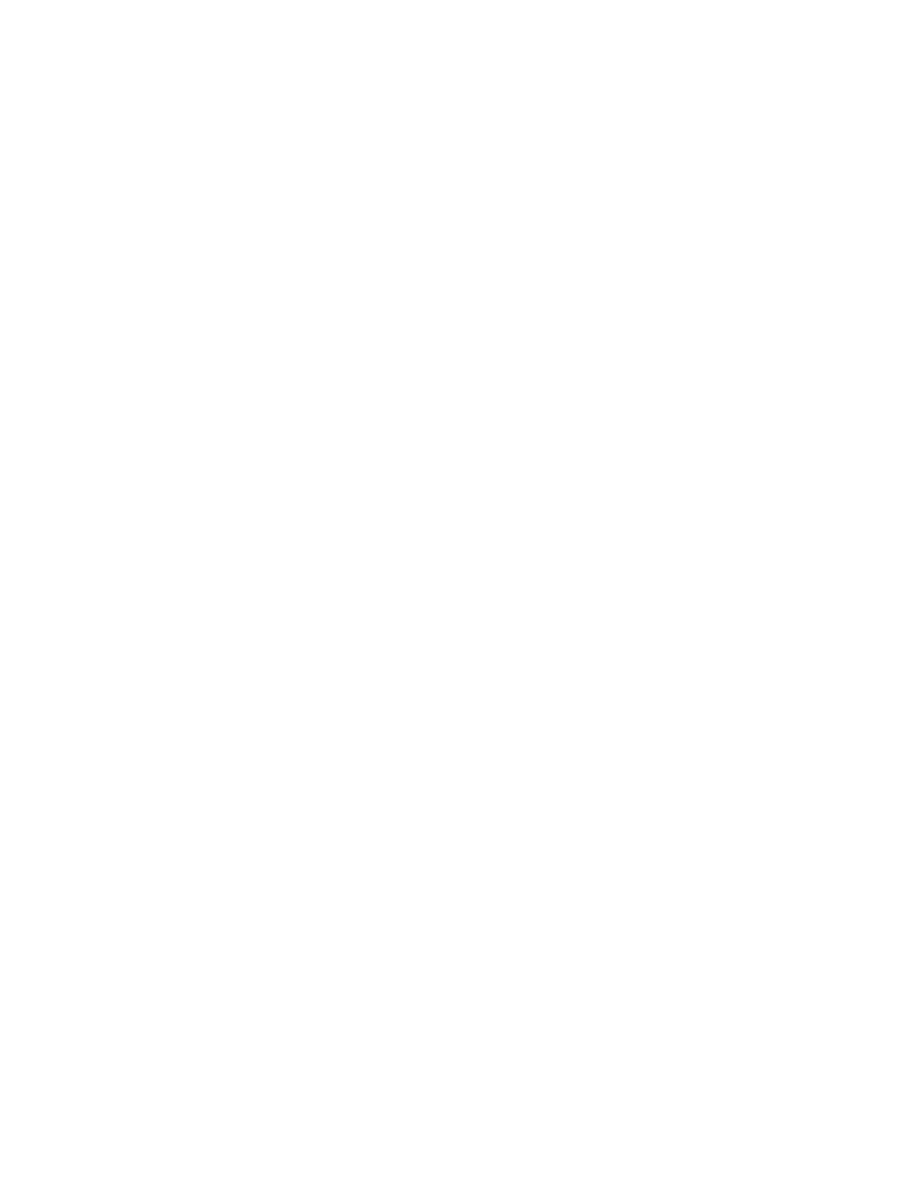
194
14 CFR Ch. I (1–1–24 Edition)
§ 121.435
(iii) A certificate holder establishes a
new domicile to which it assigns pilots
who will be required to become quali-
fied on the airplanes operated from
that domicile.
(i) Notwithstanding the reductions in
programmed hours permitted under
§§ 121.405 and 121.409 of subpart N of this
part, the hours of operating experience
for crewmembers are not subject to re-
duction other than as provided in ac-
cordance with a deviation authorized
under paragraph (a) of this section or
as provided in paragraphs (e) and (f) of
this section.
[Doc. No. 9509, 35 FR 95, Jan. 3, 1970, as
amended by Amdt. 121–74, 36 FR 12284, June
30, 1971; Amdt. 121–91, 37 FR 10729, May 27,
1972; Amdt. 121–140, 43 FR 9599, Mar. 9, 1978;
Amdt. 121–144, 43 FR 22647, May 25, 1978;
Amdt. 121–159, 45 FR 41593, June 19, 1980;
Amdt. 121–248, 60 FR 20870, Apr. 27, 1995;
Amdt. 121–366, 78 FR 67840, Nov. 12, 2013;
Amdt. 121–382, 85 FR 10925, Feb. 25, 2020]
§ 121.435 Pilots: Operations Famil-
iarization.
(a)
Applicability.
The operations fa-
miliarization requirements in para-
graph (b) of this section apply to all
persons newly hired by the certificate
holder to serve as a pilot in part 121 op-
erations and who began the certificate
holder’s basic indoctrination ground
training on or after April 27, 2022. The
requirements in paragraph (b) of this
section also apply to all certificate
holders required to comply with this
subpart, except for those certificate
holders operating under part 135 of this
chapter that have been authorized to
comply with this subpart instead of the
requirements of part 135, subparts E, G,
and H, pursuant to § 135.3(c), and those
fractional ownership program man-
agers operating under part 91, subpart
K, of this chapter that have been au-
thorized to comply with this subpart
instead of §§ 91.1065 through 91.1107, pur-
suant to § 91.1063(b) of this chapter.
(b)
Operations familiarization require-
ments.
(1) No certificate holder may
use, and no person may serve as, a pilot
in operations under this part unless
that person has completed the oper-
ations familiarization required by this
paragraph (b). Operations familiariza-
tion may be completed during or after
basic indoctrination training, but must
be completed before the pilot begins
operating experience under § 121.434.
(2) Operations familiarization must
include at least two operating cycles
conducted by the certificate holder in
accordance with the operating rules of
this part.
(3) All pilots completing operations
familiarization must occupy the ob-
server seat on the flight deck and have
access to and use an operational head-
set.
(c)
Deviation.
(1) A certificate holder
who operates an aircraft that does not
have an observer seat on the flight
deck may submit a request to the Ad-
ministrator for approval of a deviation
from the requirements of paragraphs
(a) and (b) of this section.
(2) A request for deviation from any
of the requirements in paragraphs (a)
and (b) of this section must include the
following information:
(i) The total number and types of air-
craft operated by the certificate holder
in operations under this part that do
not have an observer seat on the flight
deck;
(ii) The total number and types of
aircraft operated by the certificate
holder in operations under this part
that do have an observer seat on the
flight deck; and
(iii) Alternative methods for achiev-
ing the objectives of this section.
(3) A certificate holder may request
an extension of a deviation issued
under this section.
(4) Deviations or extensions to devi-
ations will be issued for a period not to
exceed 12 months.
[Amdt. 121–382, 85 FR 10925, Feb. 25, 2020]
§ 121.436 Pilot Qualification: Certifi-
cates and experience requirements.
(a) No certificate holder may use nor
may any pilot act as pilot in command
of an aircraft (or as second in command
of an aircraft in a flag or supplemental
operation that requires three or more
pilots) unless the pilot:
(1) Holds an airline transport pilot
certificate not subject to the limita-
tions in § 61.167 of this chapter;
(2) Holds an appropriate aircraft type
rating for the aircraft being flown; and
(3) If serving as pilot in command in
part 121 operations, has 1,000 hours as:
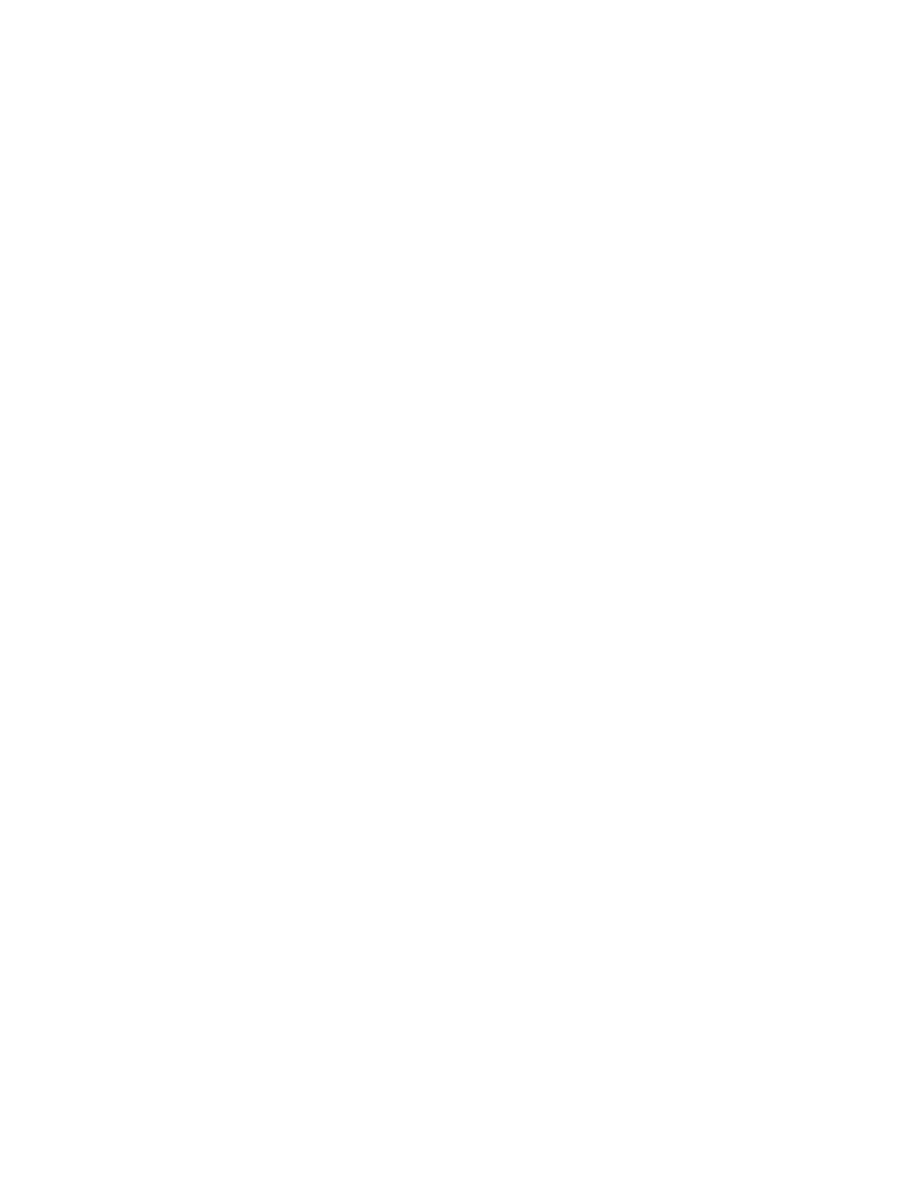
195
Federal Aviation Administration, DOT
§ 121.439
(i) Second in command in operations
under this part;
(ii) Pilot in command in operations
under § 91.1053(a)(2)(i) of this chapter;
(iii) Pilot in command in operations
under § 135.243(a)(1) of this chapter;
(iv) Pilot in command in eligible on-
demand operations that require the
pilot to satisfy § 135.4(a)(2)(ii)(A) of this
chapter; or
(v) Any combination thereof.
(b) No certificate holder may use nor
may any pilot act as second in com-
mand unless the pilot holds an airline
transport pilot certificate and an ap-
propriate aircraft type rating for the
aircraft being flown. A second-in-com-
mand type rating obtained under § 61.55
does not satisfy the requirements of
this section.
(c) For the purpose of satisfying the
flight hour requirement in paragraph
(a)(3) of this section, a pilot may credit
500 hours of military flight time pro-
vided the flight time was obtained—
(1) As pilot in command in a multien-
gine, turbine-powered, fixed-wing air-
plane or powered-lift aircraft, or any
combination thereof; and
(2) In an operation requiring more
than one pilot.
(d) For the purpose of satisfying the
flight hour requirement in paragraph
(a)(3) of this section, a pilot may credit
flight time obtained as pilot in com-
mand in operations under this part
prior to July 31, 2013.
(e) For those pilots who were em-
ployed as pilot in command in part 121
operations on July 31, 2013, compliance
with the requirements of paragraph
(a)(3) of this section is not required.
[Doc. No. FAA–2010–0100, 78 FR 42378, July 15,
2013, as amended by Amdt. 121–365A, 78 FR
77574, Dec. 24, 2013; Amdt. 121–385, 87 FR 57590,
Sept. 21, 2022]
§ 121.438 Pilot operating limitations
and pairing requirements.
(a) If the second in command has
fewer than 100 hours of flight time as
second in command in operations under
this part in the type airplane being
flown, and the pilot in command is not
an appropriately qualified check pilot,
the pilot in command must make all
takeoffs and landings in the following
situations:
(1) At special airports designated by
the Administrator or at special air-
ports designated by the certificate
holder; and
(2) In any of the following conditions:
(i) The prevailing visibility value in
the latest weather report for the air-
port is at or below
3
⁄
4
mile.
(ii) The runway visual range for the
runway to be used is at or below 4,000
feet.
(iii) The runway to be used has
water, snow, slush or similar condi-
tions that may adversely affect air-
plane performance.
(iv) The braking action on the run-
way to be used is reported to be less
than ‘‘good’’.
(v) The crosswind component for the
runway to be used is in excess of 15
knots.
(vi) Windshear is reported in the vi-
cinity of the airport.
(vii) Any other condition in which
the PIC determines it to be prudent to
exercise the PIC’s prerogative.
(b) No person may conduct oper-
ations under this part unless, for that
type airplane, either the pilot in com-
mand or the second in command has at
least 75 hours of line operating flight
time, either as pilot in command or
second in command. The Administrator
may, upon application by the certifi-
cate holder, authorize deviations from
the requirements of this paragraph (b)
by an appropriate amendment to the
operations specifications in any of the
following circumstances:
(1) A newly certificated certificate
holder does not employ any pilots who
meet the minimum requirements of
this paragraph.
(2) An existing certificate holder adds
to its fleet a type airplane not before
proven for use in its operations.
(3) An existing certificate holder es-
tablishes a new domicile to which it as-
signs pilots who will be required to be-
come qualified on the airplanes oper-
ated from that domicile.
[Doc. No. 27210, 60 FR 20870, Apr. 27, 1995]
§ 121.439 Pilot qualification: Recent
experience.
(a) No certificate holder may use any
person nor may any person serve as a
required pilot flightcrew member, un-
less within the preceding 90 days, that
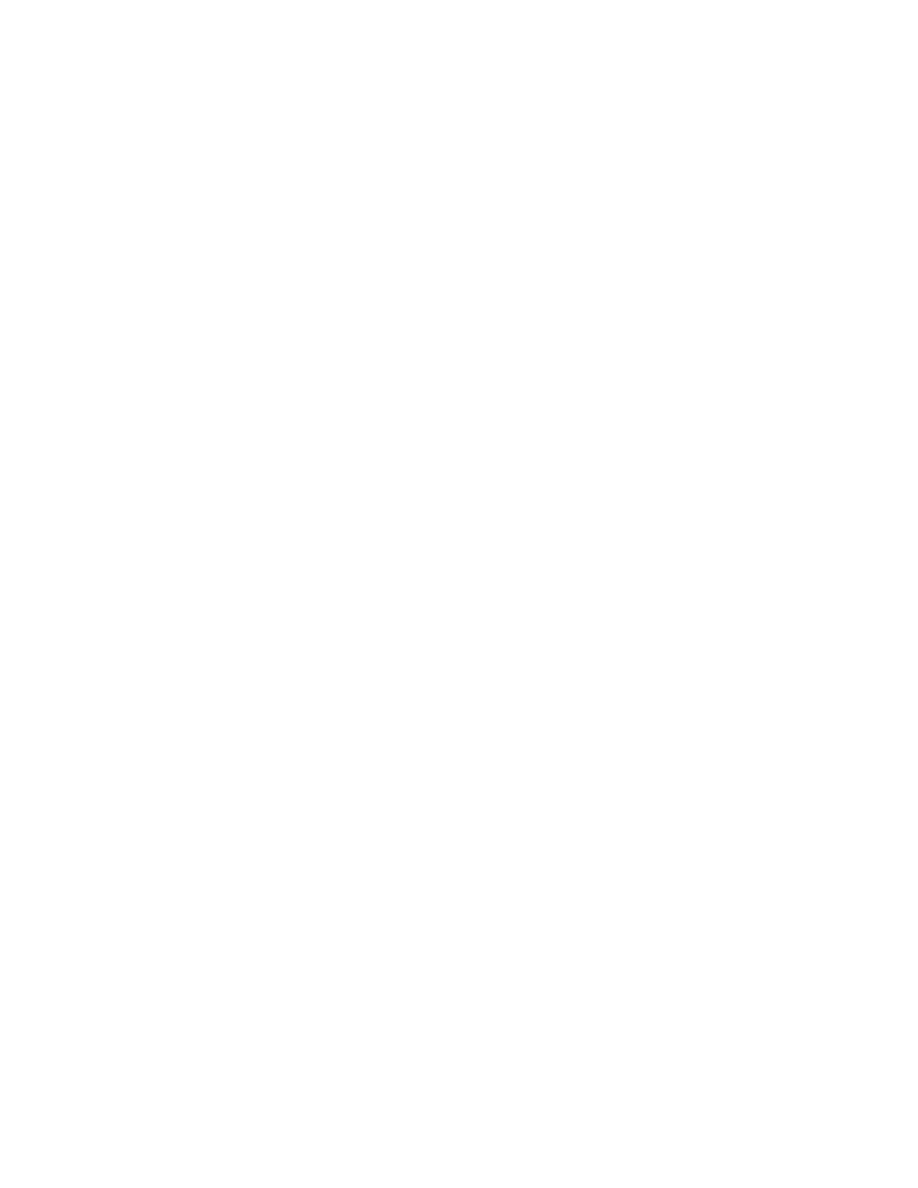
196
14 CFR Ch. I (1–1–24 Edition)
§ 121.440
person has made at least three takeoffs
and landings in the type airplane in
which that person is to serve. The
takeoffs and landings required by this
paragraph may be performed in a Level
B or higher FFS approved under
§ 121.407 to include takeoff and landing
maneuvers. In addition, any person
who fails to make the three required
takeoffs and landings within any con-
secutive 90-day period must re-estab-
lish recency of experience as provided
in paragraph (b) of this section.
(b) In addition to meeting all applica-
ble training and checking requirements
of this part, a required pilot flightcrew
member who has not met the require-
ments of paragraph (a) of this section
must re-establish recency of experience
as follows:
(1) Under the supervision of a check
airman, make at least three takeoffs
and landings in the type airplane in
which that person is to serve or in a
Level B or higher FFS.
(2) The takeoffs and landings re-
quired in paragraph (b)(1) of this sec-
tion must include—
(i) At least one takeoff with a simu-
lated failure of the most critical pow-
erplant;
(ii) At least one landing from an ILS
approach to the lowest ILS minimum
authorized for the certificate holder;
and
(iii) At least one landing to a full
stop.
(c) [Reserved]
(d) When using an FFS to accomplish
any of the requirements of paragraphs
(a) or (b) of this section, each required
flightcrew member position must be
occupied by an appropriately qualified
person, and the FFS must be operated
as if in a normal inflight environment
without use of the repositioning fea-
tures of the FFS.
(e) A check airman who observes the
takeoffs and landings prescribed in
paragraph (b)(1) of this section shall
certify that the person being observed
is proficient and qualified to perform
flight duty in operations under this
part and may require any additional
maneuvers that are determined nec-
essary to make this certifying state-
ment.
(f) Deviation authority based upon
designation of related aircraft in ac-
cordance with § 121.418(b).
(1) The Administrator may authorize
a deviation from the requirements of
paragraph (a) of this section based
upon a designation of related aircraft
in accordance with § 121.418(b) of this
part and a determination that the cer-
tificate holder can demonstrate an
equivalent level of safety.
(2) A request for deviation from para-
graph (a) of this section must be sub-
mitted to the Administrator. The re-
quest must include the following:
(i) Identification of aircraft operated
by the certificate holder designated as
related aircraft.
(ii) The number of takeoffs, landings,
maneuvers, and procedures necessary
to maintain or re-establish recency
based on review of the related aircraft,
the operation, and the duty position.
(3) The administrator may, at any
time, terminate a grant of deviation
authority issued under this paragraph
(f).
[Doc. No. 16383, 43 FR 22648, May 25, 1978, as
amended by Amdt. 121–148, 43 FR 46235, Oct.
5, 1978; Amdt. 121–179, 47 FR 33390, Aug. 2,
1982; Amdt. 121–366, 78 FR 67841, Nov. 12, 2013;
Amdt. 121–382, 85 FR 10926, Feb. 25, 2020]
§ 121.440 Line checks.
(a) No certificate holder may use any
person nor may any person serve as
pilot in command of an airplane unless,
within the preceding 12 calendar
months, that person has passed a line
check in which he satisfactorily per-
forms the duties and responsibilities of
a pilot in command in one of the types
of airplanes he is to fly.
(b) A pilot in command line check for
domestic and flag operations must—
(1) Be given by a pilot check airman
who is currently qualified on both the
route and the airplane; and
(2) Consist of at least one flight over
a typical part of the certificate hold-
er’s route, or over a foreign or Federal
airway, or over a direct route.
(c) A pilot in command line check for
supplemental operations must—
(1) Be given by a pilot check airman
who is currently qualified on the air-
plane; and
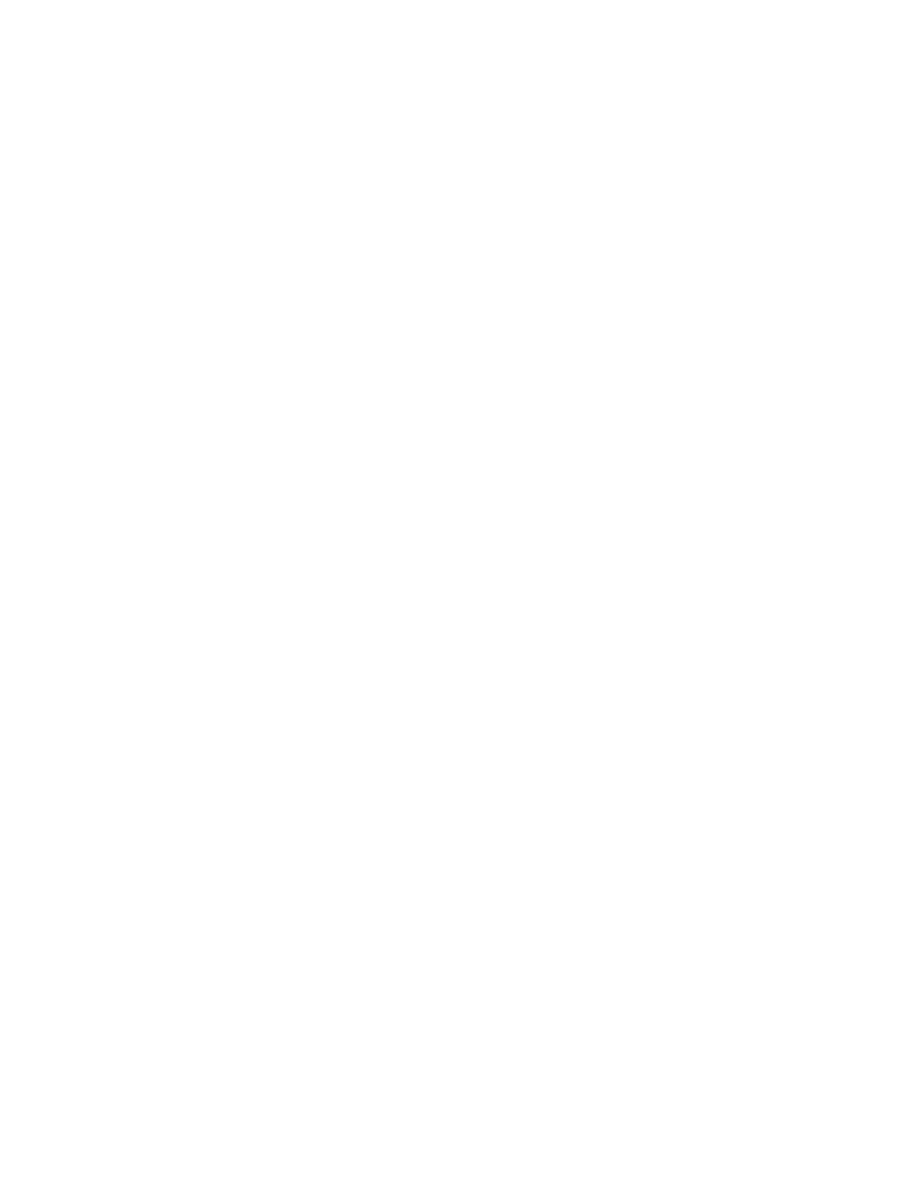
197
Federal Aviation Administration, DOT
§ 121.441
(2) Consist of at least one flight over
a part of a Federal airway, foreign air-
way, or advisory route over which the
pilot may be assigned.
[Doc. No. 9509, 35 FR 96, Jan. 3, 1970, as
amended by Amdt. 121–143, 43 FR 22642, May
25, 1978; Amdt. 121–253, 61 FR 2612, Jan. 26,
1996; Amdt. 121–344, 74 FR 34235, July 15, 2009;
Amdt. 121–359, 77 FR 34785, June 12, 2012]
§ 121.441 Proficiency checks.
(a) No certificate holder may use any
person nor may any person serve as a
required pilot flight crewmember un-
less that person has satisfactorily com-
pleted either a proficiency check, or an
approved FFS course of training under
§ 121.409, as follows:
(1) For a pilot in command—
(i) Before March 12, 2019,
(A) A proficiency check within the
preceding 12 calendar months and,
(B) In addition, within the preceding
6 calendar months, either a proficiency
check or the approved FFS course of
training.
(ii) Beginning on March 12, 2019,
(A) A proficiency check within the
preceding 12 calendar months in the
aircraft type in which the person is to
serve and,
(B) In addition, within the preceding
6 calendar months, either a proficiency
check or the approved FFS course of
training.
(2) For all other pilots—
(i) Within the preceding 24 calendar
months either a proficiency check or
the line-oriented flight training course
under § 121.409; and
(ii) Within the preceding 12 calendar
months, either a proficiency check or
any FFS training course under § 121.409
(b) Except as provided in paragraphs
(c) and (d) of this section, a proficiency
check must meet the following require-
ments:
(1) It must include at least the proce-
dures and maneuvers set forth in ap-
pendix F to this part unless otherwise
specifically provided in that appendix.
(2) It must be given by the Adminis-
trator or a pilot check airman.
(c) An approved FFS or FTD may be
used in the conduct of a proficiency
check as provided in appendix F to this
part.
(d) A person giving a proficiency
check may, in his or her discretion,
waive any of the maneuvers or proce-
dures for which a specific waiver au-
thority is set forth in Appendix F of
this part if the conditions in para-
graphs (d)(1) through (3) of this section
are satisfied:
(1) The Administrator has not specifi-
cally required the particular maneuver
or procedure to be performed.
(2) The pilot being checked is, at the
time of the check, employed by a cer-
tificate holder as a pilot.
(3) The pilot being checked meets one
of the following conditions:
(i) The pilot is currently qualified for
operations under this part in the par-
ticular type airplane and flightcrew
member position.
(ii) The pilot has, within the pre-
ceding six calendar months, satisfac-
torily completed an approved training
curriculum, except for an upgrade
training curriculum in accordance with
§§ 121.420 and 121.426, for the particular
type airplane.
(e) If the pilot being checked fails
any of the required maneuvers, the per-
son giving the proficiency check may
give additional training to the pilot
during the course of the proficiency
check. In addition to repeating the ma-
neuvers failed, the person giving the
proficiency check may require the
pilot being checked to repeat any other
maneuvers he finds are necessary to de-
termine the pilot’s proficiency. If the
pilot being checked is unable to dem-
onstrate satisfactory performance to
the person conducting the check, the
certificate holder may not use him nor
may he serve in operations under this
part until he has satisfactorily com-
pleted a proficiency check.
(f) Deviation authority based upon
designation of related aircraft in ac-
cordance with § 121.418(b) of this part.
(1) The Administrator may authorize
a deviation from the proficiency check
requirements of paragraphs (a), (b)(1),
and (c) of this section based upon a des-
ignation of related aircraft in accord-
ance with § 121.418(b) of this part and a
determination that the certificate
holder can demonstrate an equivalent
level of safety.
(2) A request for deviation from para-
graphs (a), (b)(1), and (c) of this section
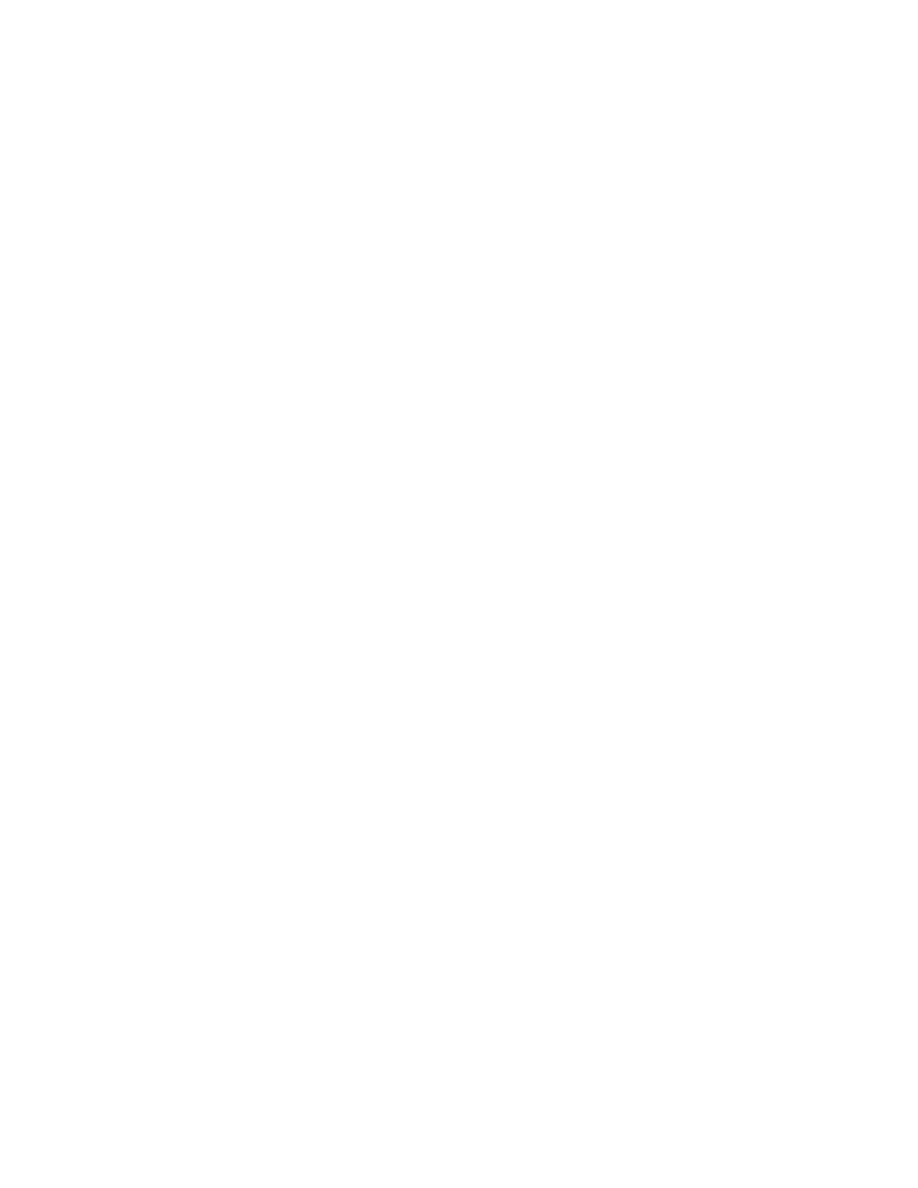
198
14 CFR Ch. I (1–1–24 Edition)
§ 121.443
must be submitted to the Adminis-
trator. The request must include the
following:
(i) Identification of aircraft operated
by the certificate holder designated as
related aircraft.
(ii) Based on review of the related
aircraft, the operation, and the duty
position:
(A) For recurrent proficiency checks,
the frequency of the related aircraft
proficiency check, the maneuvers and
procedures to be included in the related
aircraft proficiency check, and the
level of FSTD to be used for each ma-
neuver and procedure.
(B) For qualification proficiency
checks, the maneuvers and procedures
to be included in the related aircraft
proficiency check and the level of
FSTD to be used for each maneuver
and procedure.
(3) The administrator may, at any
time, terminate a grant of deviation
authority issued under this paragraph
(f).
[Doc. No. 9509, 35 FR 96, Jan. 3, 1970, as
amended by Amdt. 121–103, 38 FR 12203, May
10, 1973, Amdt. 121–108, 38 FR 35446, Dec. 28,
1973; Amdt. 121–144, 43 FR 22648, May 25, 1978;
Amdt. 121–263, 62 FR 13791, Mar. 21, 1997;
Amdt. 121–366, 78 FR 67841, Nov. 12, 2013;
Docket FAA–2016–9526, Amdt. 121–377, 81 FR
90983, Dec. 16, 2016; Amdt. 121–377A, 81 FR
95860, Dec. 29, 2016; Amdt. 121–377B, 83 FR
12475, Mar. 22, 2018; Amdt. 121–382, 85 FR
10926, Feb. 25, 2020]
§ 121.443 Pilot in command qualifica-
tion: Route and airports.
(a) Each certificate holder shall pro-
vide a system acceptable to the Admin-
istrator for disseminating the informa-
tion required by paragraph (b) of this
section to the pilot in command and
appropriate flight operation personnel.
The system must also provide an ac-
ceptable means for showing compliance
with § 121.445.
(b) No certificate holder may use any
person, nor may any person serve, as
pilot in command unless the certificate
holder has provided that person cur-
rent information concerning the fol-
lowing subjects pertinent to the areas
over which that person is to serve, and
to each airport and terminal area into
which that person is to operate, and
ensures that that person has adequate
knowledge of, and the ability to use,
the information:
(1) Weather characteristics appro-
priate to the season.
(2) Navigation facilities.
(3) Communication procedures, in-
cluding airport visual aids.
(4) Kinds of terrain and obstructions.
(5) Minimum safe flight levels.
(6) En route and terminal area ar-
rival and departure procedures, holding
procedures and authorized instrument
approach procedures for the airports
involved.
(7) Congested areas and physical lay-
out of each airport in the terminal area
in which the pilot will operate.
(8) Notices to Airmen.
[Doc. No. 17897, 45 FR 41594, June 19, 1980;
Amdt. 121–159, 45 FR 43154, June 26, 1980]
§ 121.445 Pilot in command airport
qualification: Special areas and air-
ports.
(a) The Administrator may deter-
mine that certain airports (due to
items such as surrounding terrain, ob-
structions, or complex approach or de-
parture procedures) are special airports
requiring special airport qualifications
and that certain areas or routes, or
both, require a special type of naviga-
tion qualification.
(b) Except as provided in paragraph
(c) of this section, no certificate holder
may use any person, nor may any per-
son serve, as pilot in command to or
from an airport determined to require
special airport qualifications unless,
within the preceding 12 calendar
months:
(1) The pilot in command or second in
command has made an entry to that
airport (including a takeoff and land-
ing) while serving as a pilot flight
crewmember; or
(2) The pilot in command has quali-
fied by using pictorial means accept-
able to the Administrator for that air-
port.
(c) Paragraph (b) of this section does
not apply when an entry to that air-
port (including a takeoff or a landing)
is being made if the ceiling at that air-
port is at least 1,000 feet above the low-
est MEA or MOCA, or initial approach
altitude prescribed for the instrument
approach procedure for that airport,
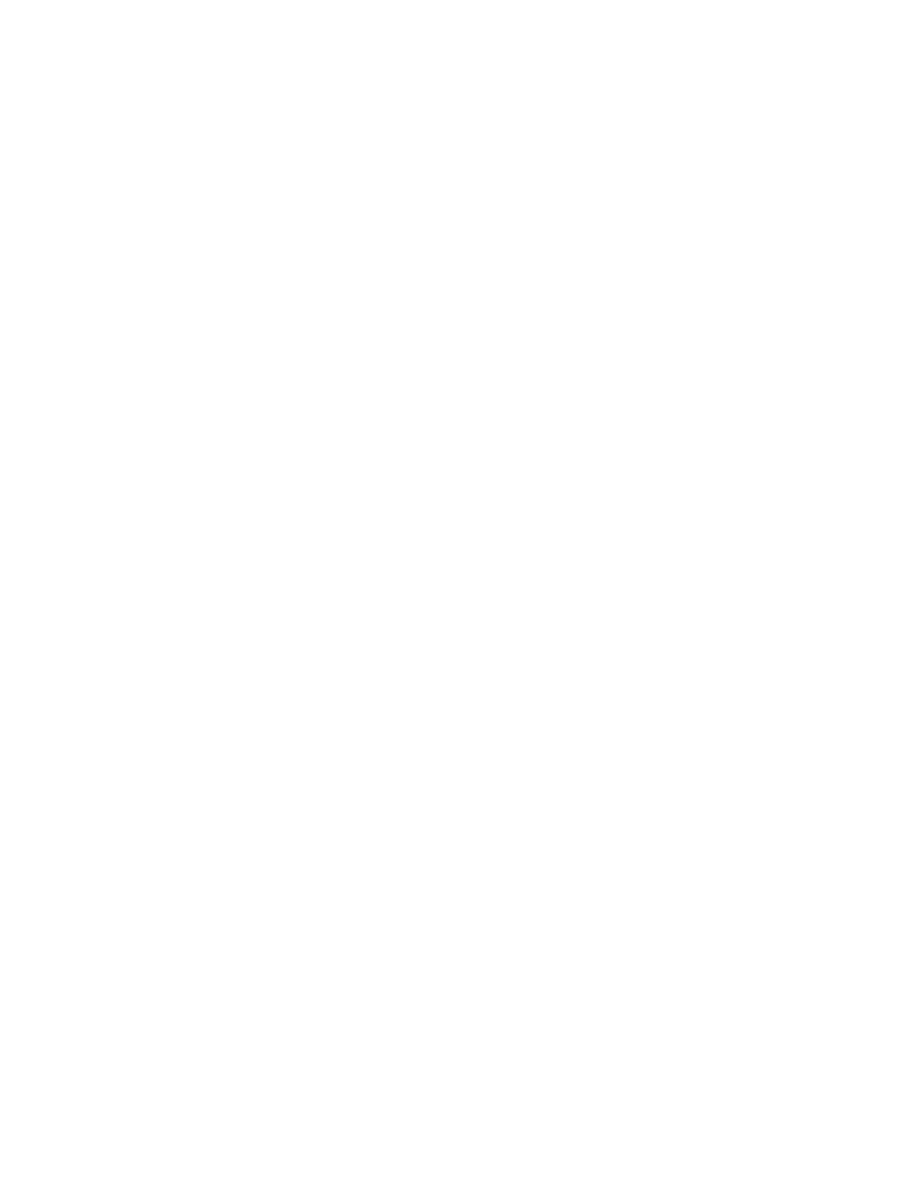
199
Federal Aviation Administration, DOT
§ 121.463
and the visibility at that airport is at
least 3 miles.
(d) No certificate holder may use any
person, nor may any person serve, as
pilot in command between terminals
over a route or area that requires a
special type of navigation qualification
unless, within the preceding 12 cal-
endar months, that person has dem-
onstrated qualification on the applica-
ble navigation system in a manner ac-
ceptable to the Administrator, by one
of the following methods:
(1) By flying over a route or area as
pilot in command using the applicable
special type of navigation system.
(2) By flying over a route or area as
pilot in command under the super-
vision of a check airman using the spe-
cial type of navigation system.
(3) By completing the training pro-
gram requirements of appendix G of
this part.
[Doc. No. 17897, 45 FR 41594, June 19, 1980]
§ 121.447 [Reserved]
§ 121.453 Flight engineer qualifica-
tions.
(a) No certificate holder may use any
person nor may any person serve as a
flight engineer on an airplane unless,
within the preceding 6 calendar
months, he has had at least 50 hours of
flight time as a flight engineer on that
type airplane or the certificate holder
or the Administrator has checked him
on that type airplane and determined
that he is familiar and competent with
all essential current information and
operating procedures.
(b) A flight check given in accord-
ance with § 121.425(a)(2) satisfies the re-
quirements of paragraph (a) of this sec-
tion.
[Doc. No. 9509, 35 FR 96, Jan. 3, 1970]
§§ 121.455–121.459 [Reserved]
Subpart P—Aircraft Dispatcher
Qualifications and Duty Time
Limitations:
D
OMESTIC AND
F
LAG
O
PER
-
ATIONS
; F
LIGHT
A
TTENDANT
D
UTY
P
E
-
RIOD
L
IMITATIONS AND
R
EST
R
EQUIRE
-
MENTS
: D
OMESTIC
, F
LAG
,
AND
S
UPPLE
-
MENTAL
O
PERATIONS
§ 121.461 Applicability.
This subpart prescribes—
(a) Qualifications and duty time limi-
tations for aircraft dispatchers for cer-
tificate holders conducting domestic
flag operations; and
(b) Duty period limitations and rest
requirements for flight attendants used
by certificate holders conducting do-
mestic, flag, or supplemental oper-
ations.
[Doc. No. 28154, 61 FR 2612, Jan. 26, 1996]
§ 121.463 Aircraft dispatcher qualifica-
tions.
(a) No certificate holder conducting
domestic or flag operations may use
any person, nor may any person serve,
as an aircraft dispatcher for a par-
ticular airplane group unless that per-
son has, with respect to an airplane of
that group, satisfactorily completed
the following:
(1) Initial dispatcher training, except
that a person who has satisfactorily
completed such training for another
type airplane of the same group need
only complete the appropriate transi-
tion training.
(2) Operating familiarization con-
sisting of at least 5 hours observing op-
erations under this part from the flight
deck or, for airplanes without an ob-
server seat on the flight deck, from a
forward passenger seat with headset or
speaker. This requirement may be re-
duced to a minimum of 2
1
⁄
2
hours by the
substitution of one additional takeoff
and landing for an hour of flight. A per-
son may serve as an aircraft dispatcher
without meeting the requirement of
this paragraph (a) for 90 days after ini-
tial introduction of the airplane into
operations under this part.
(b) No certificate holder conducting
domestic or flag operations may use
any person, nor may any person serve,
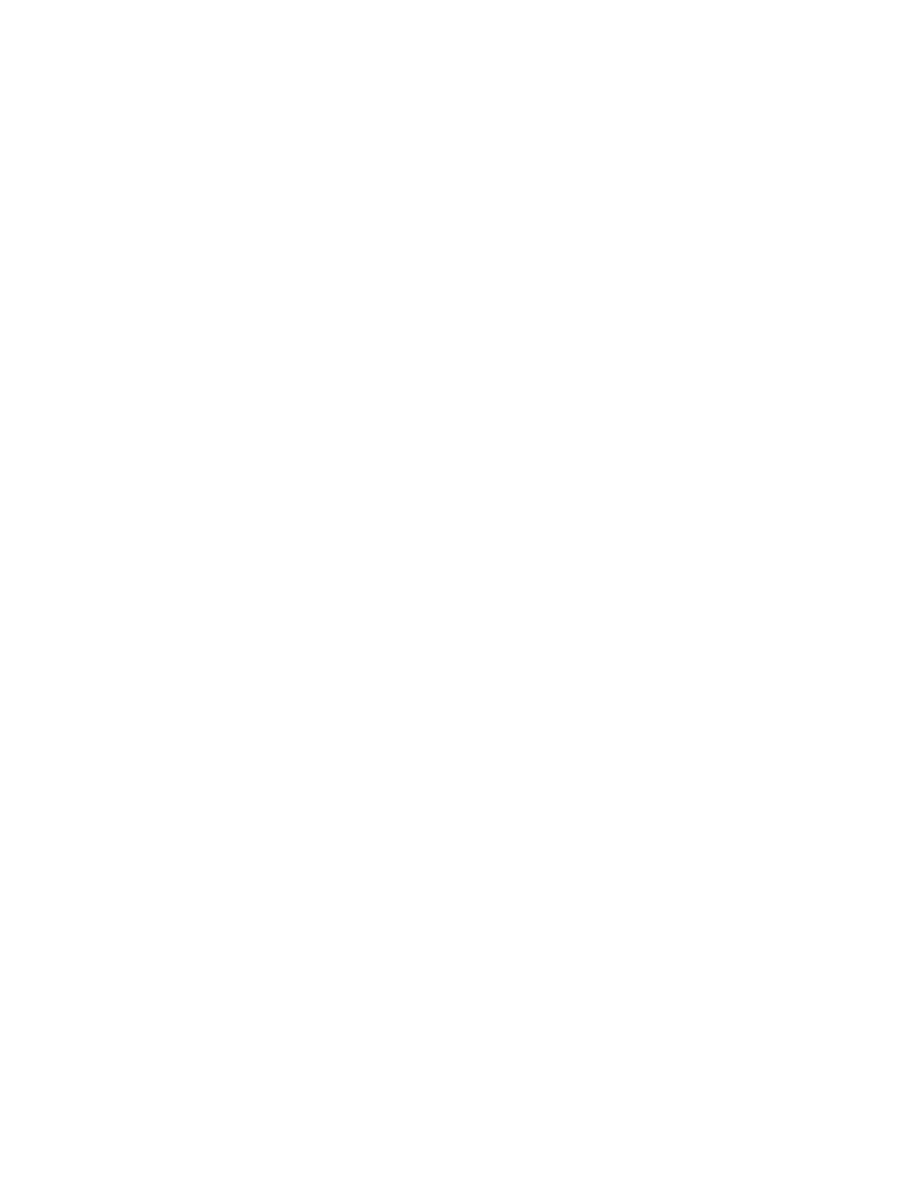
200
14 CFR Ch. I (1–1–24 Edition)
§ 121.465
as an aircraft dispatcher for a par-
ticular type airplane unless that per-
son has, with respect to that airplane,
satisfactorily completed differences
training, if applicable.
(c) No certificate holder conducting
domestic or flag operations may use
any person, nor may any person serve,
as an aircraft dispatcher unless within
the preceding 12 calendar months the
aircraft dispatcher has satisfactorily
completed operating familiarization
consisting of at least 5 hours observing
operations under this part, in one of
the types of airplanes in each group to
be dispatched. This observation shall
be made from the flight deck or, for
airplanes without an observer seat on
the flight deck, from a forward pas-
senger seat with headset or speaker.
The requirement of paragraph (a) of
this section may be reduced to a min-
imum of 2
1
⁄
2
hours by the substitution
of one additional takeoff and landing
for an hour of flight. The requirement
of this paragraph may be satisfied by
observation of 5 hours of simulator
training for each airplane group in one
of the simulators approved under
§ 121.407 for the group. However, if the
requirement of paragraph (a) is met by
the use of a simulator, no reduction in
hours is permitted.
(d) No certificate holder conducting
domestic or flag operations may use
any person, nor may any person serve
as an aircraft dispatcher to dispatch
airplanes in operations under this part
unless the certificate holder has deter-
mined that he is familiar with all es-
sential operating procedures for that
segment of the operation over which he
exercises dispatch jurisdiction. How-
ever, a dispatcher who is qualified to
dispatch airplanes through one seg-
ment of an operation may dispatch air-
planes through other segments of the
operation after coordinating with dis-
patchers who are qualified to dispatch
airplanes through those other seg-
ments.
(e) For the purposes of this section,
the airplane groups, terms, and defini-
tions in § 121.400 apply.
[Doc. No. 7325, 37 FR 5607, Mar. 17, 1972, as
amended by Amdt. 121–251, 60 FR 65934, Dec.
20, 1995]
§ 121.465 Aircraft dispatcher duty time
limitations: Domestic and flag oper-
ations.
(a) Each certificate holder con-
ducting domestic or flag operations
shall establish the daily duty period for
a dispatcher so that it begins at a time
that allows him or her to become thor-
oughly familiar with existing and an-
ticipated weather conditions along the
route before he or she dispatches any
airplane. He or she shall remain on
duty until each airplane dispatched by
him or her has completed its flight, or
has gone beyond his or her jurisdiction,
or until he or she is relieved by another
qualified dispatcher.
(b) Except in cases where cir-
cumstances or emergency conditions
beyond the control of the certificate
holder require otherwise—
(1) No certificate holder conducting
domestic or flag operations may sched-
ule a dispatcher for more than 10 con-
secutive hours of duty;
(2) If a dispatcher is scheduled for
more than 10 hours of duty in 24 con-
secutive hours, the certificate holder
shall provide him or her a rest period
of at least eight hours at or before the
end of 10 hours of duty.
(3) Each dispatcher must be relieved
of all duty with the certificate holder
for at least 24 consecutive hours during
any seven consecutive days or the
equivalent thereof within any calendar
month.
(c) Notwithstanding paragraphs (a)
and (b) of this section, a certificate
holder conducting flag operations may,
if authorized by the Administrator,
schedule an aircraft dispatcher at a
duty station outside of the 48 contig-
uous States and the District of Colum-
bia, for more than 10 consecutive hours
of duty in a 24-hour period if that air-
craft dispatcher is relieved of all duty
with the certificate holder for at least
eight hours during each 24-hour period.
[Doc. No. 28154, 61 FR 2612, Jan. 26, 1996]
§ 121.467 Flight attendant duty period
limitations and rest requirements:
Domestic, flag, and supplemental
operations.
(a) For purposes of this section—
Calendar day
means the period of
elapsed time, using Coordinated Uni-
versal Time or local time, that begins
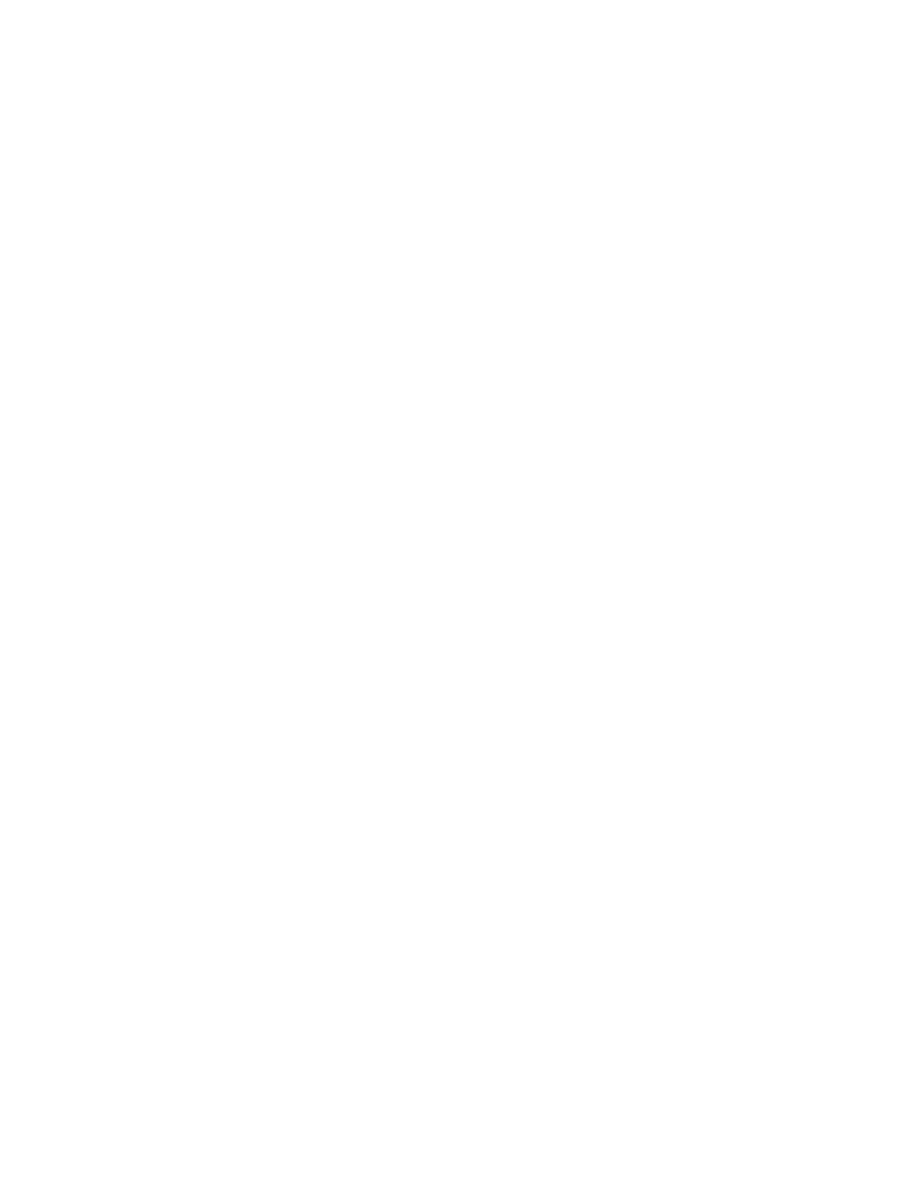
201
Federal Aviation Administration, DOT
§ 121.467
at midnight and ends 24 hours later at
the next midnight.
Duty period
means the period of
elapsed time between reporting for an
assignment involving flight time and
release from that assignment by the
certificate holder conducting domestic,
flag, or supplemental operations. The
time is calculated using either Coordi-
nated Universal Time or local time to
reflect the total elapsed time.
Flight attendant
means an individual,
other than a flight crewmember, who is
assigned by a certificate holder con-
ducting domestic, flag, or supple-
mental operations, in accordance with
the required minimum crew com-
plement under the certificate holder’s
operations specifications or in addition
to that minimum complement, to duty
in an aircraft during flight time and
whose duties include but are not nec-
essarily limited to cabin-safety-related
responsibilities.
Rest period
means the period free of
all restraint or duty for a certificate
holder conducting domestic, flag, or
supplemental operations and free of all
responsibility for work or duty should
the occasion arise.
(b) Except as provided in paragraph
(c) of this section, a certificate holder
conducting domestic, flag, or supple-
mental operations may assign a duty
period to a flight attendant only when
the applicable duty period limitations
and rest requirements of this para-
graph are met.
(1) Except as provided in paragraphs
(b)(4), (b)(5), and (b)(6) of this section,
no certificate holder conducting do-
mestic, flag, or supplemental oper-
ations may assign a flight attendant to
a scheduled duty period of more than 14
hours.
(2) A flight attendant scheduled to a
duty period of 14 hours or less as pro-
vided under paragraph (b)(1) of this sec-
tion must be given a scheduled rest pe-
riod of at least 10 consecutive hours.
This rest period must occur between
the completion of the scheduled duty
period and the commencement of the
subsequent duty period.
(3) The rest period required under
paragraph (b)(2) of this section may not
be reduced to less than 10 consecutive
hours.
(4) A certificate holder conducting
domestic, flag, or supplemental oper-
ations may assign a flight attendant to
a scheduled duty period of more than 14
hours, but no more than 16 hours, if the
certificate holder has assigned to the
flight or flights in that duty period at
least one flight attendant in addition
to the minimum flight attendant com-
plement required for the flight or
flights in that duty period under the
certificate holder’s operations speci-
fications.
(5) A certificate holder conducting
domestic, flag, or supplemental oper-
ations may assign a flight attendant to
a scheduled duty period of more than 16
hours, but no more than 18 hours, if the
certificate holder has assigned to the
flight or flights in that duty period at
least two flight attendants in addition
to the minimum flight attendant com-
plement required for the flight or
flights in that duty period under the
certificate holder’s operations speci-
fications.
(6) A certificate holder conducting
domestic, flag, or supplemental oper-
ations may assign a flight attendant to
a scheduled duty period of more than 18
hours, but no more than 20 hours, if the
scheduled duty period includes one or
more flights that land or take off out-
side the 48 contiguous states and the
District of Columbia, and if the certifi-
cate holder has assigned to the flight
or flights in that duty period at least
three flight attendants in addition to
the minimum flight attendant com-
plement required for the flight or
flights in that duty period under the
domestic certificate holder’s oper-
ations specifications.
(7) Except as provided in paragraph
(b)(8) of this section, a flight attendant
scheduled to a duty period of more
than 14 hours but no more than 20
hours, as provided in paragraphs (b)(4),
(b)(5), and (b)(6) of this section, must be
given a scheduled rest period of at least
12 consecutive hours. This rest period
must occur between the completion of
the scheduled duty period and the com-
mencement of the subsequent duty pe-
riod.
(8) The rest period required under
paragraph (b)(7) of this section may be
scheduled or reduced to 10 consecutive
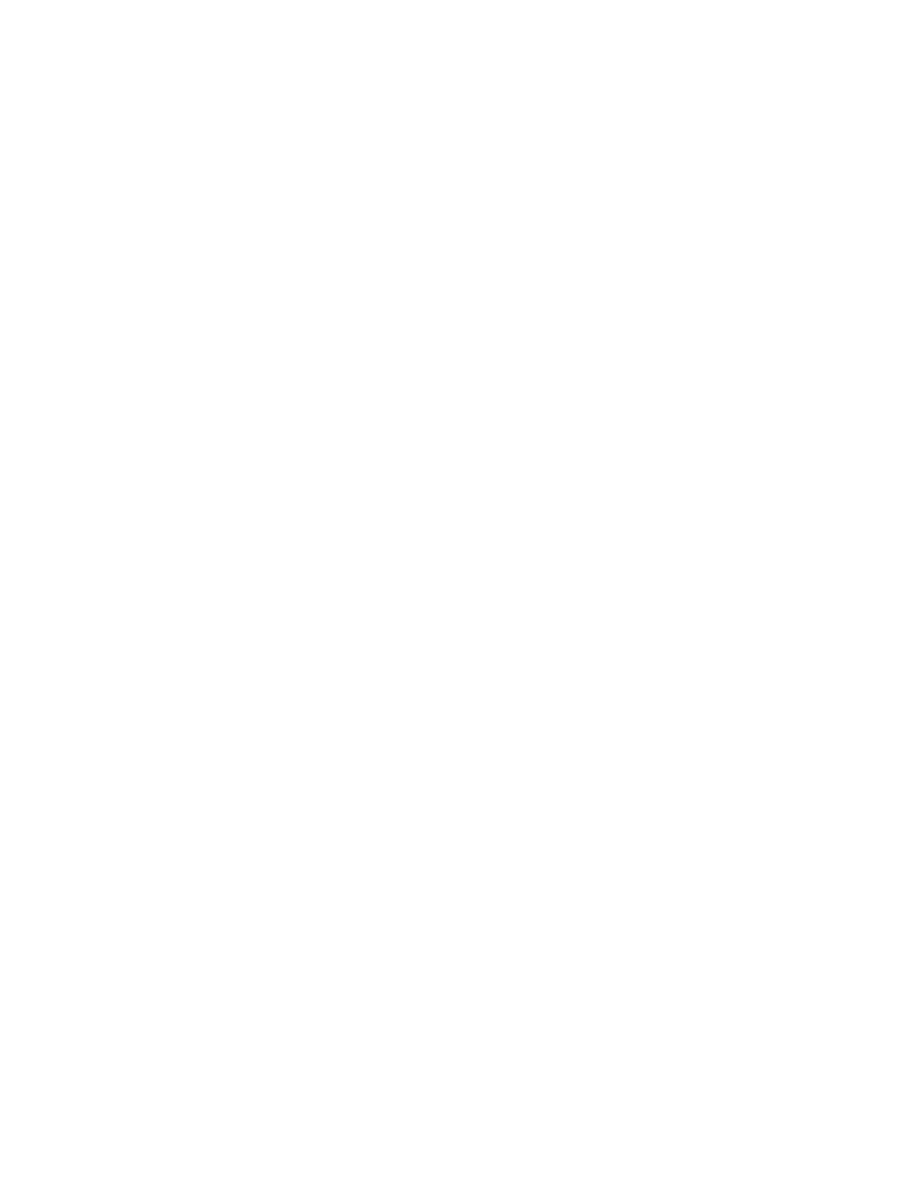
202
14 CFR Ch. I (1–1–24 Edition)
§ 121.467
hours if the flight attendant is pro-
vided a subsequent rest period of at
least 14 consecutive hours; this subse-
quent rest period must be scheduled to
begin no later than 24 hours after the
beginning of the reduced rest period
and must occur between the comple-
tion of the scheduled duty period and
the commencement of the subsequent
duty period.
(9) Notwithstanding paragraphs
(b)(4), (b)(5), and (b)(6) of this section, if
a certificate holder conducting domes-
tic, flag, or supplemental operations
elects to reduce the rest period to 10
hours as authorized by paragraph (b)(8)
of this section, the certificate holder
may not schedule a flight attendant for
a duty period of more than 14 hours
during the 24-hour period commencing
after the beginning of the reduced rest
period.
(10) No certificate holder conducting
domestic, flag, or supplemental oper-
ations may assign a flight attendant
any duty period with the certificate
holder unless the flight attendant has
had at least the minimum rest required
under this section.
(11) No certificate holder conducting
domestic, flag, or supplemental oper-
ations may assign a flight attendant to
perform any duty with the certificate
holder during any required rest period.
(12) Time spent in transportation,
not local in character, that a certifi-
cate holder conducting domestic, flag,
or supplemental operations requires of
a flight attendant and provides to
transport the flight attendant to an
airport at which that flight attendant
is to serve on a flight as a crew-
member, or from an airport at which
the flight attendant was relieved from
duty to return to the flight attendant’s
home station, is not considered part of
a rest period.
(13) Each certificate holder con-
ducting domestic, flag, or supple-
mental operations must relieve each
flight attendant engaged in air trans-
portation and each commercial oper-
ator must relieve each flight attendant
engaged in air commerce from all fur-
ther duty for at least 24 consecutive
hours during any 7 consecutive cal-
endar days.
(14) A flight attendant is not consid-
ered to be scheduled for duty in excess
of duty period limitations if the flights
to which the flight attendant is as-
signed are scheduled and normally ter-
minate within the limitations but due
to circumstances beyond the control of
the certificate holder conducting do-
mestic, flag, or supplemental oper-
ations (such as adverse weather condi-
tions) are not at the time of departure
expected to reach their destination
within the scheduled time.
(c) Notwithstanding paragraph (b) of
this section, a certificate holder con-
ducting domestic, flag, or supple-
mental operations may apply the
flightcrew member flight time and
duty limitations and rest requirements
of part 117 of this chapter to flight at-
tendants for all operations conducted
under this part provided that—
(1) The certificate holder establishes
written procedures that—
(i) Apply to all flight attendants used
in the certificate holder’s operation;
(ii) Include the flightcrew member
requirements contained in part 117, as
appropriate to the operation being con-
ducted, except that rest facilities on
board the aircraft are not required;
(iii) Include provisions to add one
flight attendant to the minimum flight
attendant complement for each
flightcrew member who is in excess of
the minimum number required in the
aircraft type certificate data sheet and
who is assigned to the aircraft under
the provisions of part 117, as applica-
ble, of this part;
(iv) Are approved by the Adminis-
trator and are described or referenced
in the certificate holder’s operations
specifications; and
(2) Whenever the Administrator finds
that revisions are necessary for the
continued adequacy of the written pro-
cedures that are required by paragraph
(c)(1) of this section and that had been
granted final approval, the certificate
holder must, after notification by the
Administrator, make any changes in
the procedures that are found nec-
essary by the Administrator. Within 30
days after the certificate holder re-
ceives such notice, it may file a peti-
tion to reconsider the notice with the
responsible Flight Standards office.
The filing of a petition to reconsider
stays the notice, pending decision by
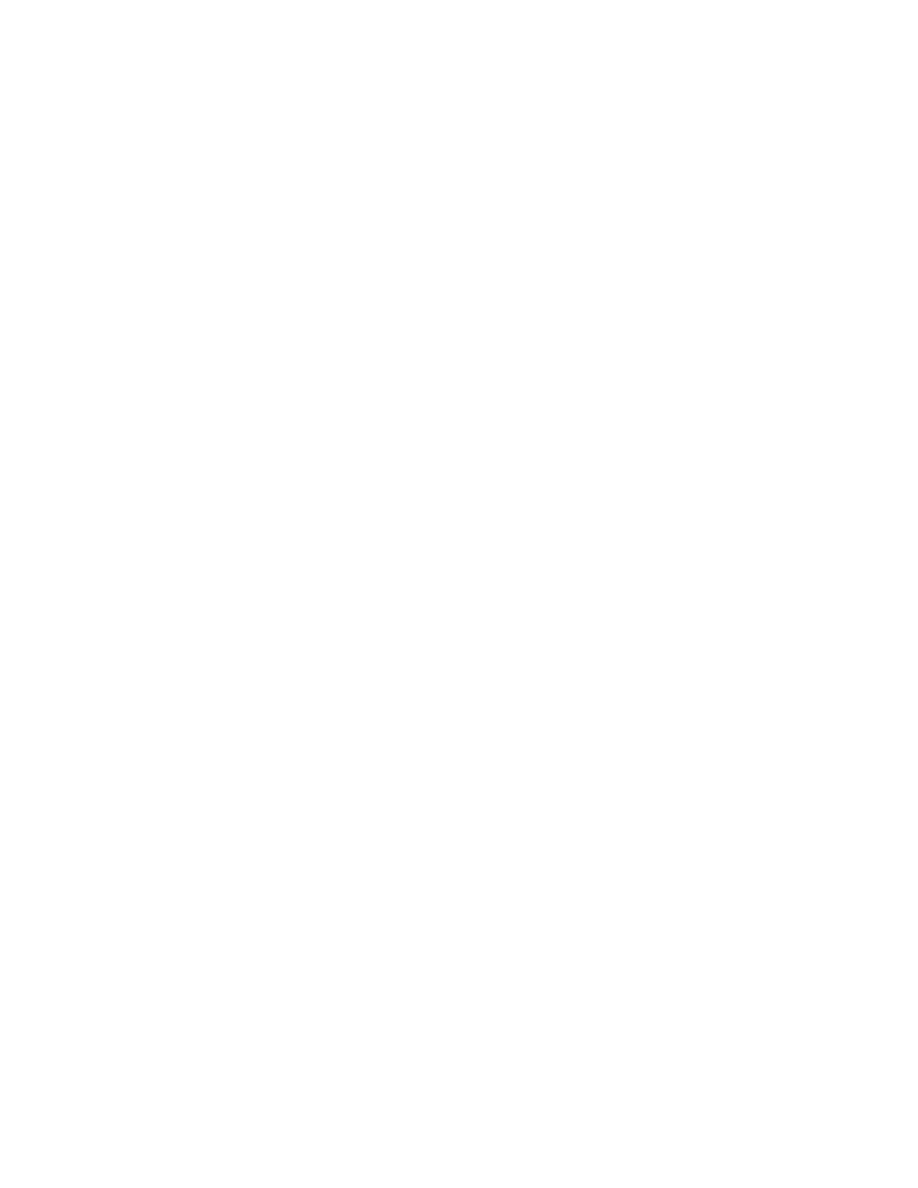
203
Federal Aviation Administration, DOT
§ 121.471
the Administrator. However, if the Ad-
ministrator finds that an emergency
requires immediate action in the inter-
est of safety, the Administrator may,
upon a statement of the reasons, re-
quire a change effective without stay.
[Amdt. 121–241, 59 FR 42991, Aug. 19, 1994, as
amended by Amdt. 121–253, 61 FR 2612, Jan.
26, 1996; Amdt. 121–357, 77 FR 402, Jan. 4, 2012;
Amdt. 121–357A, 77 FR 28764, May 16, 2012;
Docket FAA–2018–0119, Amdt. 121–380, 83 FR
9172, Mar. 5, 2018; Amdt. 121–386, 87 FR 61465,
Oct. 12, 2022]
Subpart Q—Flight Time Limitations
and Rest Requirements: Do-
mestic Operations
S
OURCE
: Docket No. 23634, 50 FR 29319, July
18, 1985, unless otherwise noted.
§ 121.470 Applicability.
This subpart prescribes flight time
limitations and rest requirements for
domestic all-cargo operations, except
that:
(a) Certificate holders conducting op-
erations with aircraft having a pas-
senger seat configuration of 30 seats or
fewer, excluding each crewmember
seat, and a payload capacity of 7,500
pounds or less, may comply with the
applicable requirements of §§ 135.261
through 135.273 of this chapter.
(b) Certificate holders conducting
scheduled operations entirely within
the States of Alaska or Hawaii with
aircraft having a passenger seat con-
figuration of more than 30 seats, ex-
cluding each crewmember seat, or a
payload capacity of more than 7,500
pounds, may comply with the require-
ments of this subpart or subpart R of
this part for those operations.
(c) A certificate holder may apply
the flightcrew member flight time and
duty limitations and requirements of
part 117 of this chapter. A certificate
holder may choose to apply part 117 to
its—
(1) Cargo operations conducted under
contract to a U.S. government agency.
(2) All-cargo operations not con-
ducted under contract to a U.S. Gov-
ernment agency,
(3) A certificate holder may elect to
treat operations in paragraphs (c)(1)
and (c)(2) of this section differently
but, once having decided to conduct
those operations under part 117, may
not segregate those operations between
this subpart and part 117.
[Doc. No. FAA–2009–1093, 77 FR 402, Jan. 4,
2012; Amdt. 121–357, 78 FR 69288, Nov. 19, 2013,
as amended by Docket No. FAA–2022–1563;
Amdt. No. 121–390, 88 FR 48090, July 26, 2023]
§ 121.471 Flight time limitations and
rest requirements: All flight crew-
members.
(a) No certificate holder conducting
domestic operations may schedule any
flight crewmember and no flight crew-
member may accept an assignment for
flight time in scheduled air transpor-
tation or in other commercial flying if
that crewmember’s total flight time in
all commercial flying will exceed—
(1) 1,000 hours in any calendar year;
(2) 100 hours in any calendar month;
(3) 30 hours in any 7 consecutive days;
(4) 8 hours between required rest peri-
ods.
(b) Except as provided in paragraph
(c) of this section, no certificate holder
conducting domestic operations may
schedule a flight crewmember and no
flight crewmember may accept an as-
signment for flight time during the 24
consecutive hours preceding the sched-
uled completion of any flight segment
without a scheduled rest period during
that 24 hours of at least the following:
(1) 9 consecutive hours of rest for less
than 8 hours of scheduled flight time.
(2) 10 consecutive hours of rest for 8
or more but less than 9 hours of sched-
uled flight time.
(3) 11 consecutive hours of rest for 9
or more hours of scheduled flight time.
(c) A certificate holder may schedule
a flight crewmember for less than the
rest required in paragraph (b) of this
section or may reduce a scheduled rest
under the following conditions:
(1) A rest required under paragraph
(b)(1) of this section may be scheduled
for or reduced to a minimum of 8 hours
if the flight crewmember is given a rest
period of at least 10 hours that must
begin no later than 24 hours after the
commencement of the reduced rest pe-
riod.
(2) A rest required under paragraph
(b)(2) of this section may be scheduled
for or reduced to a minimum of 8 hours
if the flight crewmember is given a rest
period of at least 11 hours that must
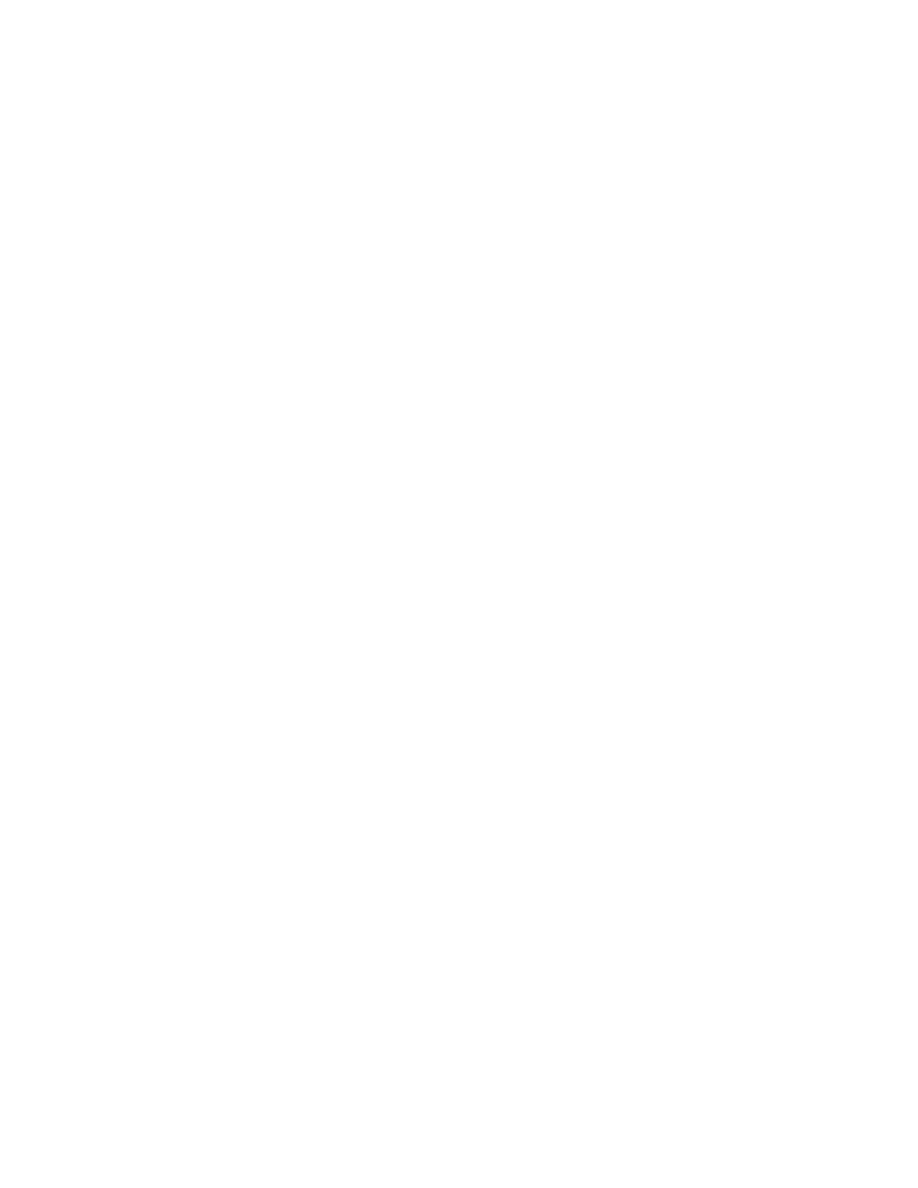
204
14 CFR Ch. I (1–1–24 Edition)
§ 121.473
begin no later than 24 hours after the
commencement of the reduced rest pe-
riod.
(3) A rest required under paragraph
(b)(3) of this section may be scheduled
for or reduced to a minimum of 9 hours
if the flight crewmember is given a rest
period of at least 12 hours that must
begin no later than 24 hours after the
commencement of the reduced rest pe-
riod.
(4) No certificate holder may assign,
nor may any flight crewmember per-
form any flight time with the certifi-
cate holder unless the flight crew-
member has had at least the minimum
rest required under this paragraph.
(d) Each certificate holder con-
ducting domestic operations shall re-
lieve each flight crewmember engaged
in scheduled air transportation from
all further duty for at least 24 consecu-
tive hours during any 7 consecutive
days.
(e) No certificate holder conducting
domestic operations may assign any
flight crewmember and no flight crew-
member may accept assignment to any
duty with the air carrier during any re-
quired rest period.
(f) Time spent in transportation, not
local in character, that a certificate
holder requires of a flight crewmember
and provides to transport the crew-
member to an airport at which he is to
serve on a flight as a crewmember, or
from an airport at which he was re-
lieved from duty to return to his home
station, is not considered part of a rest
period.
(g) A flight crewmember is not con-
sidered to be scheduled for flight time
in excess of flight time limitations if
the flights to which he is assigned are
scheduled and normally terminate
within the limitations, but due to cir-
cumstances beyond the control of the
certificate holder (such as adverse
weather conditions), are not at the
time of departure expected to reach
their destination within the scheduled
time.
[Doc. No. 23634, 50 FR 29319, July 18, 1985, as
amended by Amdt. 121–253, 61 FR 2612, Jan.
26, 1996]
§ 121.473 Fatigue risk management
system.
(a) No certificate holder may exceed
any provision of this subpart unless ap-
proved by the FAA under a Fatigue
Risk Management System.
(b) The Fatigue Risk Management
System must include:
(1) A fatigue risk management pol-
icy.
(2) An education and awareness train-
ing program.
(3) A fatigue reporting system.
(4) A system for monitoring
flightcrew fatigue.
(5) An incident reporting process.
(6) A performance evaluation.
[Doc. No. FAA–2009–1093, 77 FR 403, Jan. 4,
2012]
Subpart R—Flight Time Limitations:
Flag Operations
S
OURCE
: Docket No. 6258, 29 FR 19217, Dec.
31, 1964; 30 FR 3639, Mar. 19, 1965, unless oth-
erwise noted.
§ 121.480 Applicability.
This subpart prescribes flight time
limitations and rest requirements for
flag all-cargo operations, except that:
(a) Certificate holders conducting op-
erations with aircraft having a pas-
senger seat configuration of 30 seats or
fewer, excluding each crewmember
seat, and a payload capacity of 7,500
pounds or less, may comply with the
applicable requirements of §§ 135.261
through 135.273 of this chapter.
(b) A certificate holder may apply
the flightcrew member flight time and
duty limitations and requirements of
part 117 of this chapter. A certificate
holder may choose to apply part 117 to
its—
(1) All-cargo operations conducted
under contract to a U.S. government
agency.
(2) All-cargo operations not con-
ducted under contract to a U.S. Gov-
ernment agency,
(3) A certificate holder may elect to
treat operations in paragraphs (b)(1)
and (b) (2) of this section differently
but, once having decided to conduct
those operations under part 117, may
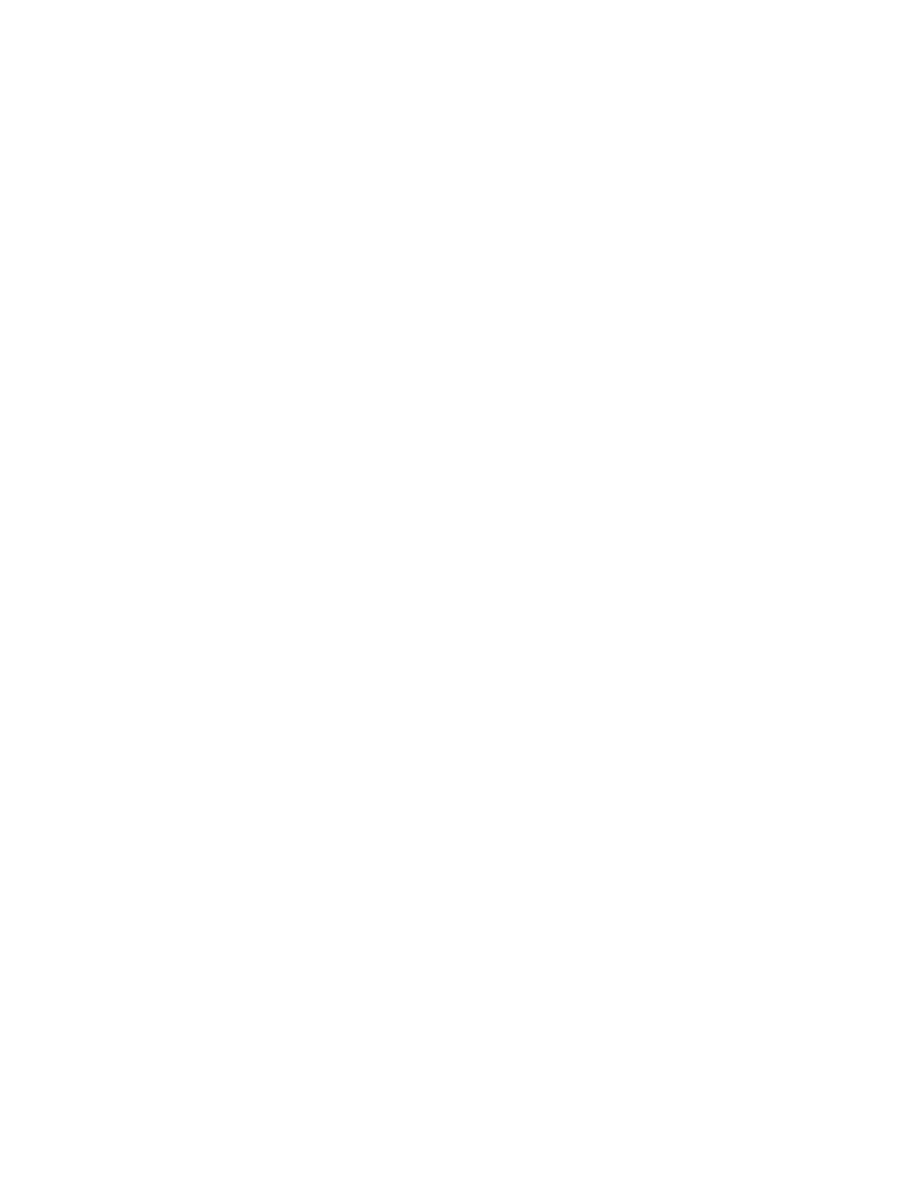
205
Federal Aviation Administration, DOT
§ 121.485
not segregate those operations between
this subpart and part 117.
[Doc. No. FAA–2009–1093, 77 FR 403, Jan. 4,
2012, as amended by Docket No. FAA–2022–
1563; Amdt. No. 121–390, 88 FR 48090, July 26,
2023]
§ 121.481 Flight time limitations: One
or two pilot crews.
(a) A certificate holder conducting
flag operations may schedule a pilot to
fly in an airplane that has a crew of
one or two pilots for eight hours or less
during any 24 consecutive hours with-
out a rest period during these eight
hours.
(b) If a certificate holder conducting
flag operations schedules a pilot to fly
more than eight hours during any 24
consecutive hours, it shall give him an
intervening rest period, at or before
the end of eight scheduled hours of
flight duty. This rest period must be at
least twice the number of hours flown
since the preceding rest period, but not
less than eight hours. The certificate
holder shall relieve that pilot of all
duty with it during that rest period.
(c) Each pilot who has flown more
than eight hours during 24 consecutive
hours must be given at least 18 hours of
rest before being assigned to any duty
with the certificate holder.
(d) No pilot may fly more than 32
hours during any seven consecutive
days, and each pilot must be relieved
from all duty for at least 24 consecu-
tive hours at least once during any
seven consecutive days.
(e) No pilot may fly as a member of
a crew more than 100 hours during any
one calendar month.
(f) No pilot may fly as a member of a
crew more than 1,000 hours during any
12-calendar-month period.
[Doc. No. 6258, 29 FR 19217, Dec. 31, 1964; 30
FR 3639, Mar. 19, 1965, as amended by Amdt.
121–253, 61 FR 2612, Jan. 26, 1996]
§ 121.483 Flight time limitations: Two
pilots and one additional flight
crewmember.
(a) No certificate holder conducting
flag operations may schedule a pilot to
fly, in an airplane that has a crew of
two pilots and at least one additional
flight crewmember, for a total of more
than 12 hours during any 24 consecutive
hours.
(b) If a pilot has flown 20 or more
hours during any 48 consecutive hours
or 24 or more hours during any 72 con-
secutive hours, he must be given at
least 18 hours of rest before being as-
signed to any duty with the air carrier.
In any case, he must be given at least
24 consecutive hours of rest during any
seven consecutive days.
(c) No pilot may fly as a flight crew-
member more than—
(1) 120 hours during any 30 consecu-
tive days;
(2) 300 hours during any 90 consecu-
tive days; or
(3) 1,000 hours during any 12-calendar-
month period.
[Doc. No. 6258, 29 FR 19217, Dec. 31, 1964; 30
FR 3639, Mar. 19, 1965, as amended by Amdt.
121–253, 61 FR 2612, Jan. 26, 1996]
§ 121.485 Flight time limitations: Three
or more pilots and an additional
flight crewmember.
(a) Each certificate holder con-
ducting flag operations shall schedule
its flight hours to provide adequate
rest periods on the ground for each
pilot who is away from his base and
who is a pilot on an airplane that has
a crew of three or more pilots and an
additional flight crewmember. It shall
also provide adequate sleeping quarters
on the airplane whenever a pilot is
scheduled to fly more than 12 hours
during any 24 consecutive hours.
(b) The certificate holder conducting
flag operations shall give each pilot,
upon return to his base from any flight
or series of flights, a rest period that is
at least twice the total number of
hours he flew since the last rest period
at his base. During the rest period re-
quired by this paragraph, the air car-
rier may not require him to perform
any duty for it. If the required rest pe-
riod is more than seven days, that part
of the rest period in excess of seven
days may be given at any time before
the pilot is again scheduled for flight
duty on any route.
(c) No pilot may fly as a flight crew-
member more than—
(1) 350 hours during any 90 consecu-
tive days; or
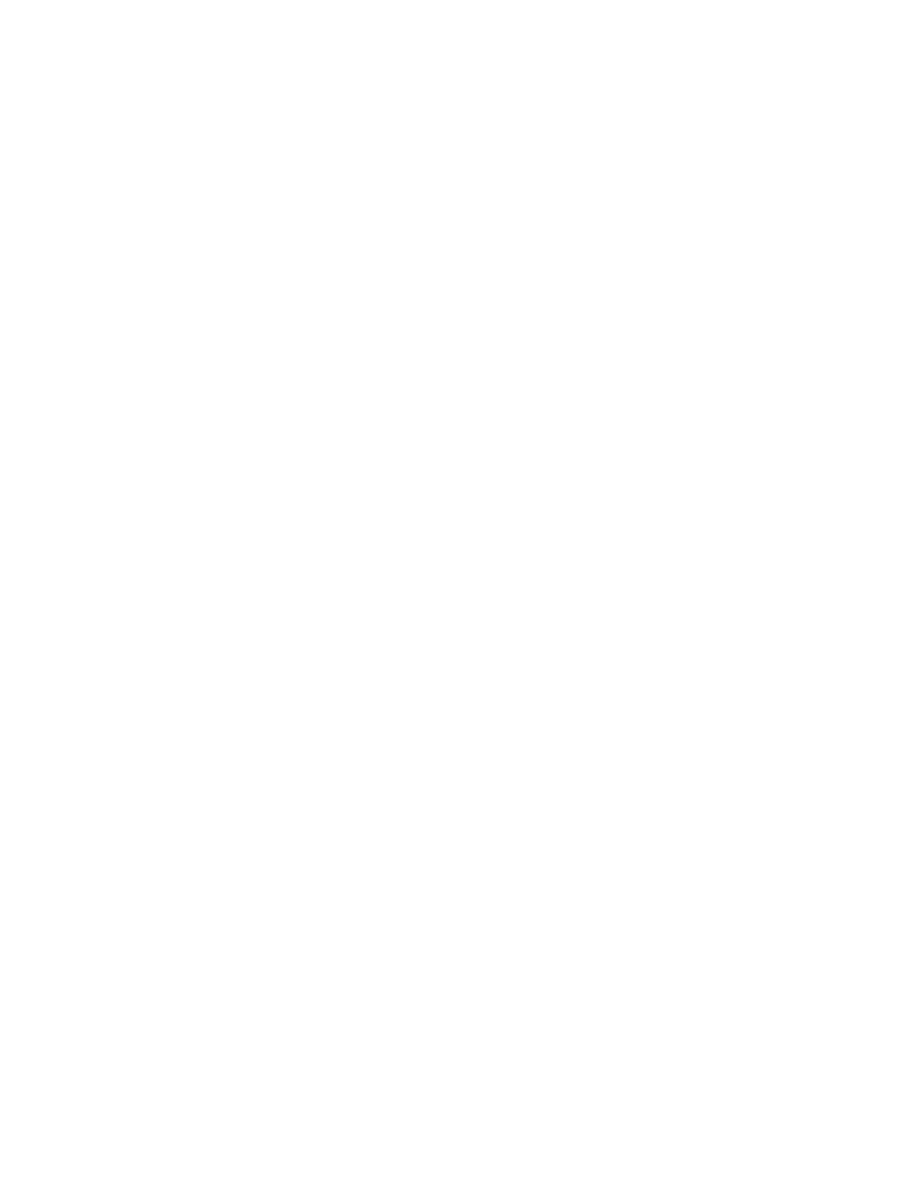
206
14 CFR Ch. I (1–1–24 Edition)
§ 121.487
(2) 1,000 hours during any 12-calendar-
month period.
[Doc. No. 6258, 29 FR 19217, Dec. 31, 1964; 30
FR 3639, Mar. 19, 1965, as amended by Amdt.
121–253, 61 FR 2612, Jan. 26, 1996]
§ 121.487 Flight time limitations: Pilots
not regularly assigned.
(a) Except as provided in paragraphs
(b) through (e) of this section, a pilot
who is not regularly assigned as a
flight crewmember for an entire cal-
endar month under § 121.483 or 121.485
may not fly more than 100 hours in any
30 consecutive days.
(b) The monthly flight time limita-
tions for a pilot who is scheduled for
duty aloft for more than 20 hours in
two-pilot crews in any calendar month,
or whose assignment in such a crew is
interrupted more than once in that cal-
endar month by assignment to a crew
consisting of two or more pilots and an
additional flight crewmember, are
those set forth in § 121.481.
(c) Except for a pilot covered by para-
graph (b) of this section, the monthly
and quarterly flight time limitations
for a pilot who is scheduled for duty
aloft for more than 20 hours in two-
pilot and additional flight crewmember
crews in any calendar month, or whose
assignment in such a crew is inter-
rupted more than once in that calendar
month by assignment to a crew con-
sisting of three pilots and additional
flight crewmember, are those set forth
in § 121.483.
(d) The quarterly flight time limita-
tions for a pilot to whom paragraphs
(b) and (c) of this section do not apply
and who is scheduled for duty aloft for
a total of not more than 20 hours with-
in any calendar month in two-pilot
crews (with or without additional
flight crewmembers) are those set forth
in § 121.485.
(e) The monthly and quarterly flight
time limitations for a pilot assigned to
each of two-pilot, two-pilot and addi-
tional flight crewmember, and three-
pilot and additional flight crewmember
crews in a given calendar month, and
who is not subject to paragraph (b), (c),
or (d) of this section, are those set
forth in § 121.483.
[Doc. No. 6258, 29 FR 19217, Dec. 31, 1964;
Amdt. 121–3, 30 FR 3639, Mar. 19, 1965, as
amended by Amdt. 121–137, 42 FR 43973, Sept.
1, 1977]
§ 121.489 Flight time limitations: Other
commercial flying.
No pilot that is employed as a pilot
by a certificate holder conducting flag
operations may do any other commer-
cial flying if that commercial flying
plus his flying in air transportation
will exceed any flight time limitation
in this part.
[Doc. No. 28154, 61 FR 2612, Jan. 26, 1996]
§ 121.491 Flight time limitations:
Deadhead transportation.
Time spent in deadhead transpor-
tation to or from duty assignment is
not considered to be a part of a rest pe-
riod.
§ 121.493 Flight time limitations:
Flight engineers and flight naviga-
tors.
(a) In any operation in which one
flight engineer or flight navigator is
required, the flight time limitations in
§ 121.483 apply to that flight engineer or
flight navigator.
(b) In any operation in which more
than one flight engineer or flight navi-
gator is required, the flight time limi-
tations in § 121.485 apply to those flight
engineers or flight navigators.
§ 121.495 Fatigue risk management
system.
(a) No certificate holder may exceed
any provision of this subpart unless ap-
proved by the FAA under a Fatigue
Risk Management System.
(b) The Fatigue Risk Management
System must include:
(1) A fatigue risk management pol-
icy.
(2) An education and awareness train-
ing program.
(3) A fatigue reporting system.
(4) A system for monitoring
flightcrew fatigue.
(5) An incident reporting process.
(6) A performance evaluation.
[Doc. No. FAA–2009–1093, 77 FR 403, Jan. 4,
2012]
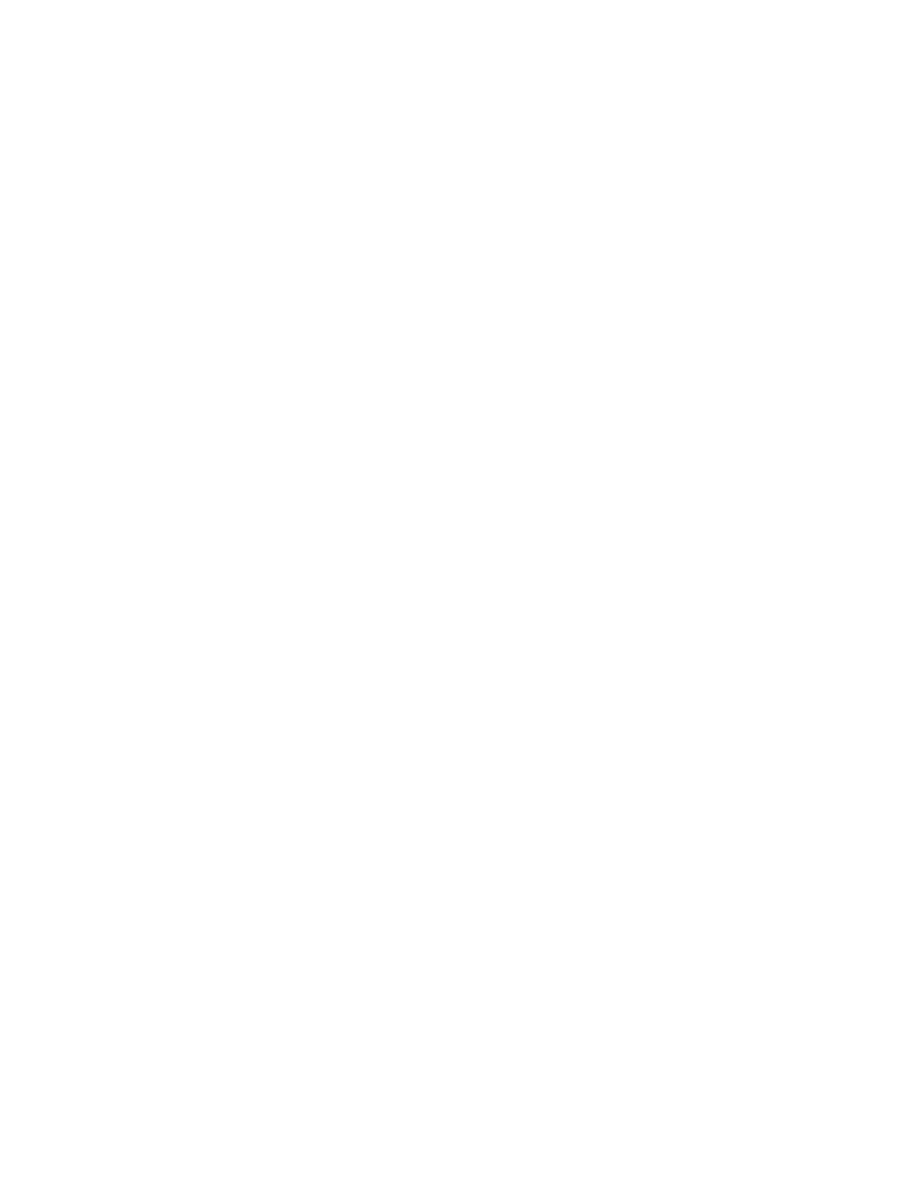
207
Federal Aviation Administration, DOT
§ 121.505
Subpart S—Flight Time Limitations:
Supplemental Operations
S
OURCE
: Docket No. 6258, 29 FR 19218, Dec.
31, 1964; 30 FR 3639, Mar. 19, 1965, unless oth-
erwise noted.
§ 121.500 Applicability.
This subpart prescribes flight time
limitations and rest requirements for
supplemental all-cargo operations, ex-
cept that:
(a) Certificate holders conducting op-
erations with aircraft having a pas-
senger seat configuration of 30 seats or
fewer, excluding each crewmember
seat, and a payload capacity of 7,500
pound or less, may comply with the ap-
plicable requirements of §§ 135.261
through 135.273 of this chapter.
(b) A certificate holder may apply
the flightcrew member flight time and
duty limitations and requirements of
part 117 of this chapter. A certificate
holder may choose to apply part 117 to
its—
(1) All-cargo operations conducted
under contract to a U.S. Government
agency.
(2) All-cargo operations not con-
ducted under contract to a U.S. Gov-
ernment agency,
(3) A certificate holder may elect to
treat operations in paragraphs (b)(1)
and (b)(2) of this section differently
but, once having decided to conduct
those operations under part 117, may
not segregate those operations between
this subpart and part 117.
[Doc. No. FAA–2009–1093, 77 FR 403, Jan. 4,
2012, as amended by Docket No. FAA–2022–
1563; Amdt. No. 121–390, 88 FR 48090, July 26,
2023]
§ 121.503 Flight time limitations: Pi-
lots: airplanes.
(a) A certificate holder conducting
supplemental operations may schedule
a pilot to fly in an airplane for eight
hours or less during any 24 consecutive
hours without a rest period during
those eight hours.
(b) Each pilot who has flown more
than eight hours during any 24 con-
secutive hours must be given at least
16 hours of rest before being assigned
to any duty with the certificate holder.
(c) Each certificate holder con-
ducting supplemental operations shall
relieve each pilot from all duty for at
least 24 consecutive hours at least once
during any seven consecutive days.
(d) No pilot may fly as a crewmember
in air transportation more than 100
hours during any 30 consecutive days.
(e) No pilot may fly as a crewmember
in air transportation more than 1,000
hours during any calendar year.
(f) Notwithstanding paragraph (a) of
this section, the certificate holder
may, in conducting a transcontinental
nonstop flight, schedule a flight crew-
member for more than eight but not
more than 10 hours of continuous duty
aloft without an intervening rest pe-
riod, if—
(1) The flight is in an airplane with a
pressurization system that is operative
at the beginning of the flight;
(2) The flight crew consists of at least
two pilots and a flight engineer; and
(3) The certificate holder uses, in
conducting the operation, an air/
ground communication service that is
independent of systems operated by the
United States, and a dispatch organiza-
tion, both of which are approved by the
Administrator as adequate to serve the
terminal points concerned.
[Doc. No. 6258, 29 FR 19218, Dec. 31, 1964; 30
FR 3639, Mar. 19, 1965, as amended by Amdt.
121–253, 61 FR 2613, Jan. 26, 1996]
§ 121.505 Flight time limitations: Two
pilot crews: airplanes.
(a) If a certificate holder conducting
supplemental operations schedules a
pilot to fly more than eight hours dur-
ing any 24 consecutive hours, it shall
give him an intervening rest period at
or before the end of eight scheduled
hours of flight duty. This rest period
must be at least twice the number of
hours flown since the preceding rest pe-
riod, but not less than eight hours. The
certificate holder conducting supple-
mental operations shall relieve that
pilot of all duty with it during that
rest period.
(b) No pilot of an airplane that has a
crew of two pilots may be on duty for
more than 16 hours during any 24 con-
secutive hours.
[Doc. No. 6258, 29 FR 19218, Dec. 31, 1964; 30
FR 3639, Mar. 19, 1965, as amended by Amdt.
121–253, 61 FR 2613, Jan. 26, 1996]
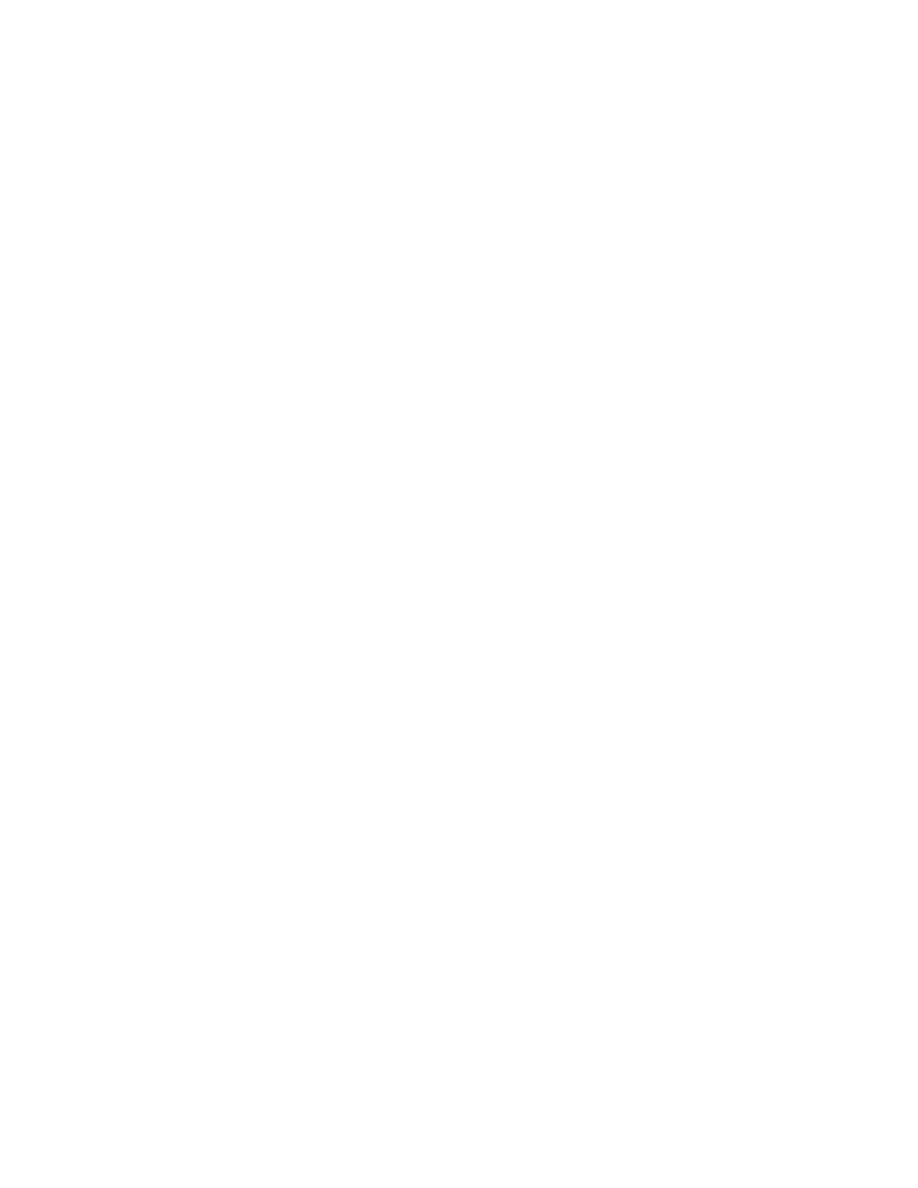
208
14 CFR Ch. I (1–1–24 Edition)
§ 121.507
§ 121.507 Flight time limitations: Three
pilot crews: airplanes.
(a) No certificate holder conducting
supplemental operations may schedule
a pilot—
(1) For flight deck duty in an air-
plane that has a crew of three pilots for
more than eight hours in any 24 con-
secutive hours; or
(2) To be aloft in an airplane that has
a crew of three pilot for more than 12
hours in any 24 consecutive hours.
(b) No pilot of an airplane that has a
crew of three pilots may be on duty for
more than 18 hours in any 24 consecu-
tive hours.
[Doc. No. 6258, 29 FR 19218, Dec. 31, 1964; 30
FR 3639, Mar. 19, 1965, as amended by Amdt.
121–253, 61 FR 2613, Jan. 26, 1996]
§ 121.509 Flight time limitations: Four
pilot crews: airplanes.
(a) No certificate holder conducting
supplemental operations may schedule
a pilot—
(1) For flight deck duty in an air-
plane that has a crew of four pilots for
more than eight hours in any 24 con-
secutive hours; or
(2) To be aloft in an airplane that has
a crew of four pilots for more than 16
hours in any 24 consecutive hours.
(b) No pilot of an airplane that has a
crew of four pilots may be on duty for
more than 20 hours in any 24 consecu-
tive hours.
[Doc. No. 6258, 29 FR 19218, Dec. 31, 1964; 30
FR 3639, Mar. 19, 1965, as amended by Amdt.
121–253, 61 FR 2613, Jan. 26, 1996]
§ 121.511 Flight time limitations:
Flight engineers: airplanes.
(a) In any operation in which one
flight engineer is serving the flight
time limitations in §§ 121.503 and 121.505
apply to that flight engineer.
(b) In any operation in which more
than one flight engineer is serving and
the flight crew contains more than two
pilots the flight time limitations in
§ 121.509 apply in place of those in
§ 121.505.
§ 121.513 Flight time limitations: Over-
seas and international operations:
airplanes.
In place of the flight time limita-
tions in §§ 121.503 through 121.511, a cer-
tificate holder conducting supple-
mental operations may elect to comply
with the flight time limitations of
§§ 121.515 and 121.521 through 121.525 for
operations conducted—
(a) Between a place in the 48 contig-
uous States and the District of Colum-
bia, or Alaska, and any place outside
thereof;
(b) Between any two places outside
the 48 contiguous States, the District
of Columbia, and Alaska; or
(c) Between two places within the
State of Alaska or the State of Hawaii.
[Doc. No. 6258, 29 FR 19218, Dec. 31, 1964; 30
FR 3639, Mar. 19, 1965, as amended by Amdt.
121–253, 61 FR 2613, Jan. 26, 1996]
§ 121.515 Flight time limitations: All
airmen: airplanes.
No airman may be aloft as a flight
crewmember more than 1,000 hours in
any 12-calendar-month period.
§ 121.517 Flight time limitations: Other
commercial flying: airplanes.
No airman who is employed by a cer-
tificate holder conducting supple-
mental operations may do any other
commercial flying, if that commercial
flying plus his flying in operations
under this part will exceed any flight
time limitation in this part.
[Doc. No. 28154, 61 FR 2613, Jan. 26, 1996]
§ 121.519 Flight time limitations:
Deadhead transportation: airplanes.
Time spent by an airman in deadhead
transportation to or from a duty as-
signment is not considered to be part
of any rest period.
§ 121.521 Flight time limitations: Crew
of two pilots and one additional air-
man as required.
(a) No certificate holder conducting
supplemental operations may schedule
an airman to be aloft as a member of
the flight crew in an airplane that has
a crew of two pilots and at least one
additional flight crewmember for more
than 12 hours during any 24 consecutive
hours.
(b) If an airman has been aloft as a
member of a flight crew for 20 or more
hours during any 48 consecutive hours
or 24 or more hours during any 72 con-
secutive hours, he must be given at
least 18 hours of rest before being as-
signed to any duty with the certificate
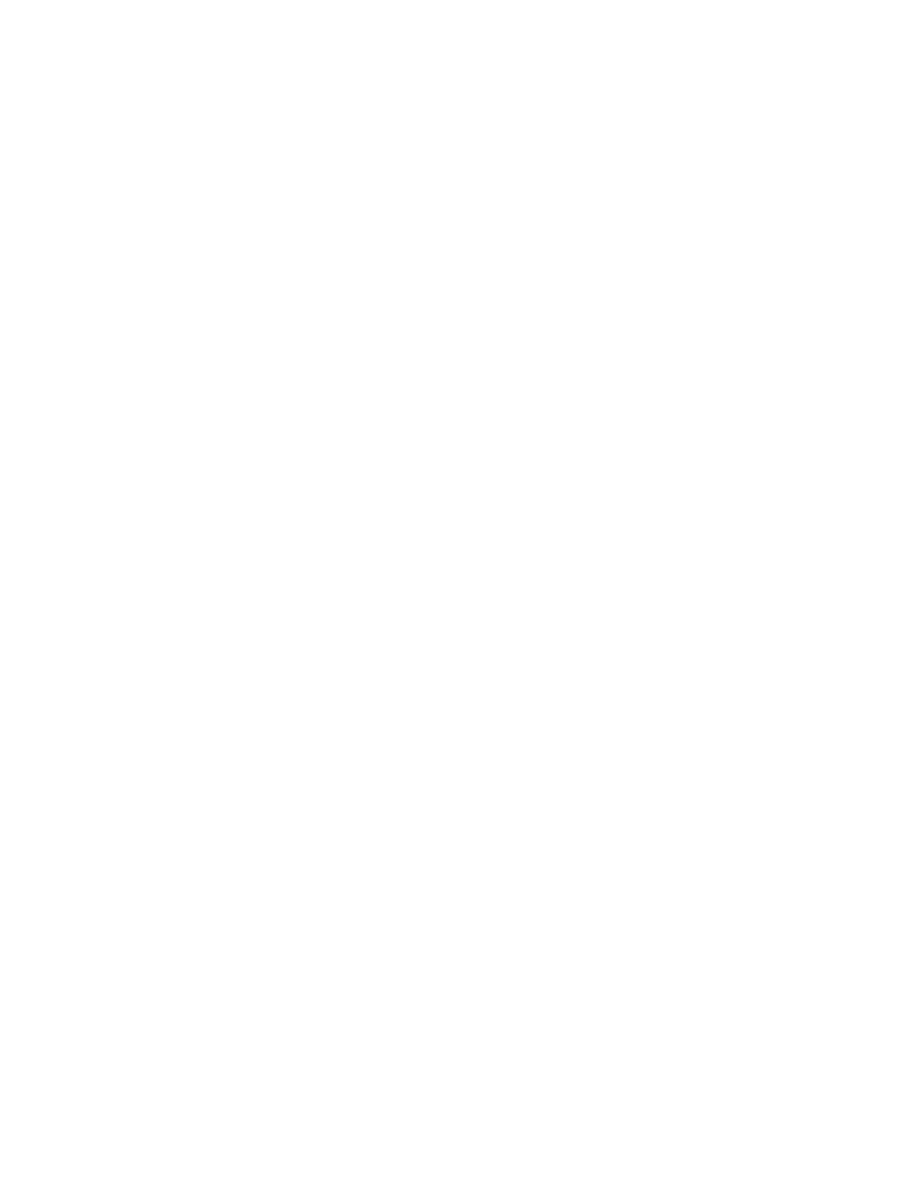
209
Federal Aviation Administration, DOT
§ 121.525
holder. In any case, he must be relieved
of all duty for at least 24 consecutive
hours during any seven consecutive
days.
(c) No airman may be aloft as a flight
crewmember more than—
(1) 120 hours during any 30 consecu-
tive days; or
(2) 300 hours during any 90 consecu-
tive days.
[Doc. No. 6258, 29 FR 19218, Dec. 31, 1964, as
amended by Amdt. 121–17, 31 FR 1147, Jan. 28,
1966; Amdt. 121–253, 61 FR 2613, Jan. 26, 1996]
§ 121.523 Flight time limitations: Crew
of three or more pilots and addi-
tional airmen as required.
(a) No certificate holder conducting
supplemental operations may schedule
an airman for flight deck duty as a
flight engineer, or navigator in a crew
of three or more pilots and additional
airmen for a total of more than 12
hours during any 24 consecutive hours.
(b) Each certificate holder con-
ducting supplemental operations shall
schedule its flight hours to provide
adequate rest periods on the ground for
each airman who is away from his prin-
cipal operations base. It shall also pro-
vide adequate sleeping quarters on the
airplane whenever an airman is sched-
uled to be aloft as a flight crewmember
for more than 12 hours during any 24
consecutive hours.
(c) No certificate holder conducting
supplemental operations may schedule
any flight crewmember to be on contin-
uous duty for more than 30 hours. Such
a crewmember is considered to be on
continuous duty from the time he re-
ports for duty until the time he is re-
leased from duty for a rest period of at
least 10 hours on the ground. If a flight
crewmember is on continuous duty for
more than 24 hours (whether scheduled
or not) during any scheduled duty pe-
riod, he must be given at least 16 hours
for rest on the ground after completing
the last flight scheduled for that sched-
uled duty period before being assigned
any further flight duty.
(d) If a flight crewmember is required
to engage in deadhead transportation
for more than four hours before begin-
ning flight duty, one half of the time
spent in deadhead transportation must
be treated as duty time for the purpose
of complying with duty time limita-
tions, unless he is given at least 10
hours of rest on the ground before
being assigned to flight duty.
(e) Each certificate holder con-
ducting supplemental operations shall
give each airman, upon return to his
operations base from any flight or se-
ries of flights, a rest period that is at
least twice the total number of hours
he was aloft as a flight crewmember
since the last rest period at his base,
before assigning him to any further
duty. If the required rest period is
more than seven days, that part of the
rest period that is more than seven
days may be given at any time before
the pilot is again scheduled for flight
duty.
(f) No airman may be aloft as a flight
crewmember for more than 350 hours in
any 90 consecutive days.
[Doc. No. 6258, 29 FR 19218, Dec. 31, 1964; 30
FR 3639, Mar. 19, 1965, as amended by Amdt.
121–253, 61 FR 2613, Jan. 26, 1996; Amdt. 121–
387, 87 FR 75846, Dec. 9, 2022]
§ 121.525 Flight time limitations: Pilots
serving in more than one kind of
flight crew.
(a) This section applies to each pilot
assigned during any 30 consecutive
days to more than one type of flight
crew.
(b) The flight time limitations for a
pilot who is scheduled for duty aloft for
more than 20 hours in two-pilot crews
in 30 consecutive days, or whose assign-
ment in such a crew is interrupted
more than once in any 30 consecutive
days by assignment to a crew of two or
more pilots and an additional flight
crewmember, are those listed in
§§ 121.503 through 121.509, as appro-
priate.
(c) Except for a pilot covered by para-
graph (b) of this section, the flight
time limitations for a pilot scheduled
for duty aloft for more than 20 hours in
two-pilot and additional flight crew-
member crews in 30 consecutive days or
whose assignment in such a crew is in-
terrupted more than once in any 30
consecutive days by assignment to a
crew consisting of three pilots and an
additional flight crewmember, are
those set forth in § 121.521.
(d) The flight time limitations for a
pilot to whom paragraphs (b) and (c) of
this section do not apply, and who is
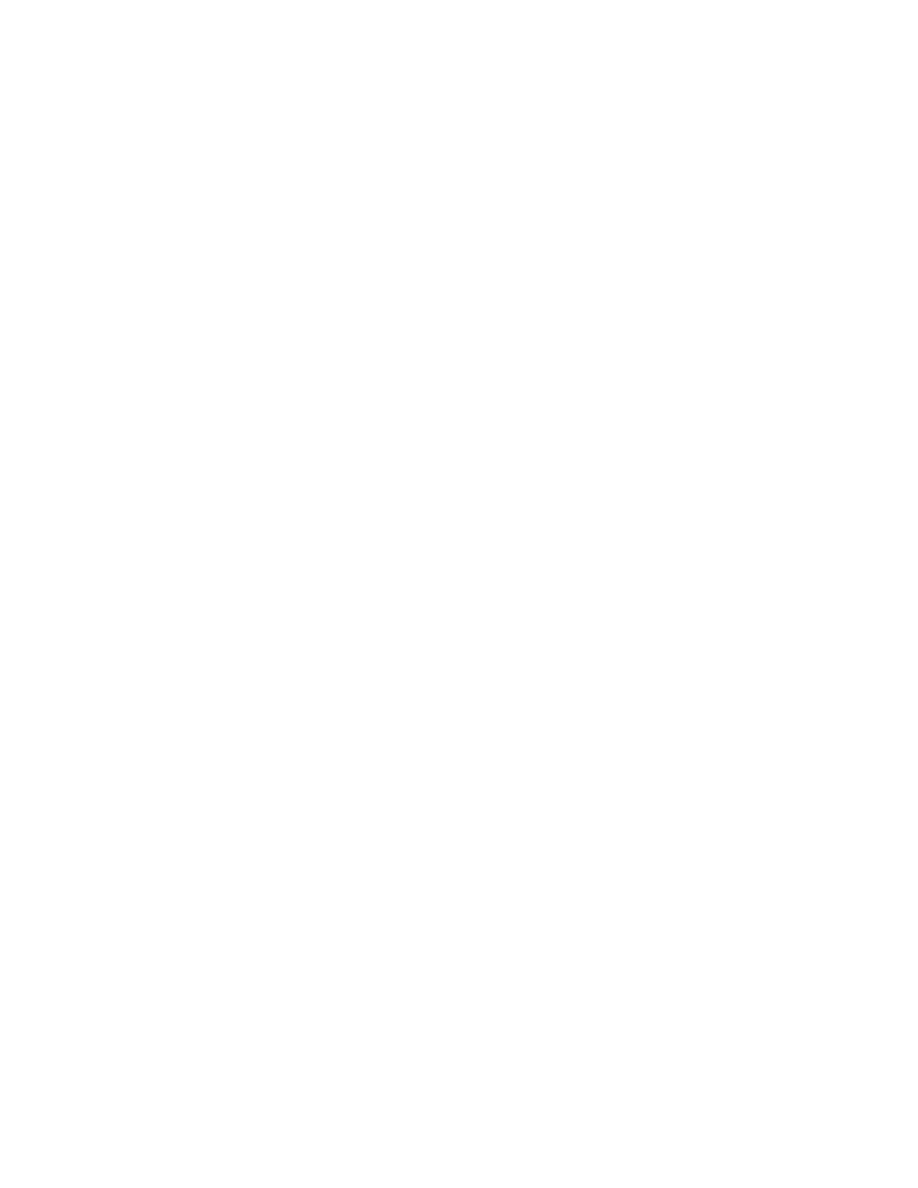
210
14 CFR Ch. I (1–1–24 Edition)
§ 121.527
scheduled for duty aloft for a total of
not more than 20 hours within 30 con-
secutive days in two-pilot crews (with
or without additional flight crew-
members) are those set forth in
§ 121.523.
(e) The flight time limitations for a
pilot assigned to each of two-pilot,
two-pilot and additional flight crew-
member, and three-pilot and additional
flight crewmember crews in 30 consecu-
tive days, and who is not subject to
paragraph (b), (c), or (d) of this section,
are those listed in § 121.523.
§ 121.527 Fatigue risk management
system.
(a) No certificate holder may exceed
any provision of this subpart unless ap-
proved by the FAA under a Fatigue
Risk Management System.
(b) The Fatigue Risk Management
System must include:
(1) A fatigue risk management pol-
icy.
(2) An education and awareness train-
ing program.
(3) A fatigue reporting system.
(4) A system for monitoring
flightcrew fatigue.
(5) An incident reporting process.
(6) A performance evaluation.
[Doc. No. FAA–2009–1093, 77 FR 403, Jan. 4,
2012]
Subpart T—Flight Operations
S
OURCE
: Docket No. 6258, 29 FR 19219, Dec.
31, 1964, unless otherwise noted.
§ 121.531 Applicability.
This subpart prescribes requirements
for flight operations applicable to all
certificate holders, except where other-
wise specified.
§ 121.533 Responsibility for oper-
ational control: Domestic oper-
ations.
(a) Each certificate holder con-
ducting domestic operations is respon-
sible for operational control.
(b) The pilot in command and the air-
craft dispatcher are jointly responsible
for the preflight planning, delay, and
dispatch release of a flight in compli-
ance with this chapter and operations
specifications.
(c) The aircraft dispatcher is respon-
sible for—
(1) Monitoring the progress of each
flight;
(2) Issuing necessary information for
the safety of the flight; and
(3) Cancelling or redispatching a
flight if, in his opinion or the opinion
of the pilot in command, the flight can-
not operate or continue to operate
safely as planned or released.
(d) Each pilot in command of an air-
craft is, during flight time, in com-
mand of the aircraft and crew and is re-
sponsible for the safety of the pas-
sengers, crewmembers, cargo, and air-
plane.
(e) Each pilot in command has full
control and authority in the operation
of the aircraft, without limitation,
over other crewmembers and their du-
ties during flight time, whether or not
he holds valid certificates authorizing
him to perform the duties of those
crewmembers.
[Doc. No. 6258, 29 FR 19219, Dec. 31, 1964, as
amended by Amdt. 121–253, 61 FR 2613, Jan.
26, 1996]
§ 121.535 Responsibility for oper-
ational control: Flag operations.
(a) Each certificate holder con-
ducting flag operations is responsible
for operational control.
(b) The pilot in command and the air-
craft dispatcher are jointly responsible
for the preflight planning, delay, and
dispatch release of a flight in compli-
ance with this chapter and operations
specifications.
(c) The aircraft dispatcher is respon-
sible for—
(1) Monitoring the progress of each
flight;
(2) Issuing necessary instructions and
information for the safety of the flight;
and
(3) Cancelling or redispatching a
flight if, in his opinion or the opinion
of the pilot in command, the flight can-
not operate or continue to operate
safely as planned or released.
(d) Each pilot in command of an air-
craft is, during flight time, in com-
mand of the aircraft and crew and is re-
sponsible for the safety of the pas-
sengers, crewmembers, cargo, and air-
plane.
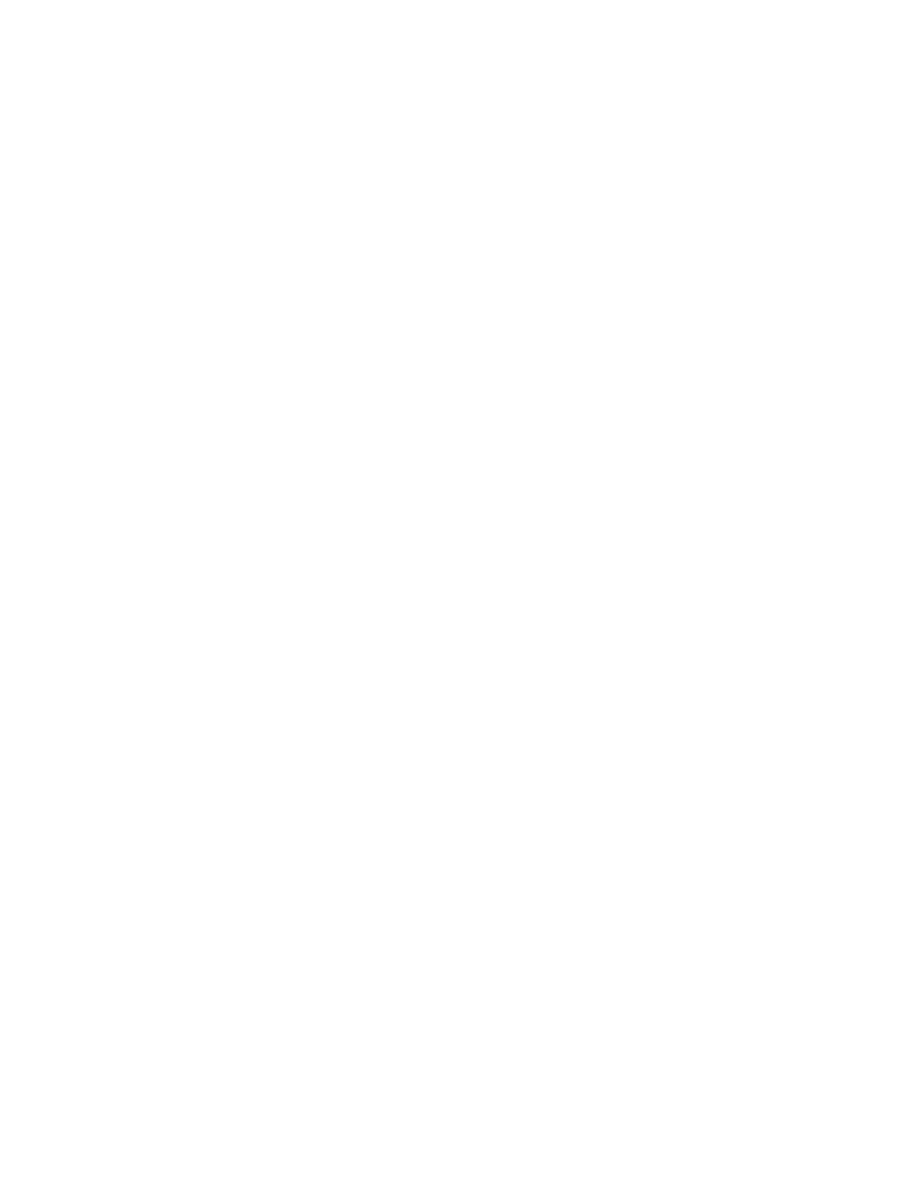
211
Federal Aviation Administration, DOT
§ 121.541
(e) Each pilot in command has full
control and authority in the operation
of the aircraft, without limitation,
over other crewmembers and their du-
ties during flight time, whether or not
he holds valid certificates authorizing
him to perform the duties of those
crewmembers.
(f) No pilot may operate an aircraft
in a careless or reckless manner so as
to endanger life or property.
[Doc. No. 6258, 29 FR 19219, Dec. 31, 1964, as
amended by Amdt. 121–253, 61 FR 2613, Jan.
26, 1996]
§ 121.537 Responsibility for oper-
ational control: Supplemental oper-
ations.
(a) Each certificate holder con-
ducting supplemental operations—
(1) Is responsible for operational con-
trol; and
(2) Shall list each person authorized
by it to exercise operational control in
its operator’s manual.
(b) The pilot in command and the di-
rector of operations are jointly respon-
sible for the initiation, continuation,
diversion, and termination of a flight
in compliance with this chapter and
the operations specifications. The di-
rector of operations may delegate the
functions for the initiation, continu-
ation, diversion, and termination of a
flight but he may not delegate the re-
sponsibility for those functions.
(c) The director of operations is re-
sponsible for cancelling, diverting, or
delaying a flight if in his opinion or the
opinion of the pilot in command the
flight cannot operate or continue to
operate safely as planned or released.
The director of operations is respon-
sible for assuring that each flight is
monitored with respect to at least the
following:
(1) Departure of the flight from the
place of origin and arrival at the place
of destination, including intermediate
stops and any diversions therefrom.
(2) Maintenance and mechanical
delays encountered at places of origin
and destination and intermediate
stops.
(3) Any known conditions that may
adversely affect the safety of flight.
(d) Each pilot in command of an air-
craft is, during flight time, in com-
mand of the aircraft and crew and is re-
sponsible for the safety of the pas-
sengers, crewmembers, cargo, and air-
craft. The pilot in command has full
control and authority in the operation
of the aircraft, without limitation,
over other crewmembers and their du-
ties during flight time, whether or not
he holds valid certificates authorizing
him to perform the duties of those
crewmembers.
(e) Each pilot in command of an air-
craft is responsible for the preflight
planning and the operation of the
flight in compliance with this chapter
and the operations specifications.
(f) No pilot may operate an aircraft,
in a careless or reckless manner, so as
to endanger life or property.
[Doc. No. 6258, 29 FR 19219, Dec. 31, 1964, as
amended by Amdt. 121–253, 61 FR 2613, Jan.
26, 1996]
§ 121.538 Aircraft security.
Certificate holders conducting oper-
ations under this part must comply
with the applicable security require-
ments in 49 CFR chapter XII.
[67 FR 8350, Feb. 22, 2002]
§ 121.539 Operations notices.
Each certificate holder shall notify
its appropriate operations personnel of
each change in equipment and oper-
ating procedures, including each
known change in the use of navigation
aids, airports, air traffic control proce-
dures and regulations, local airport
traffic control rules, and known haz-
ards to flight, including icing and other
potentially hazardous meteorological
conditions and irregularities in ground
and navigation facilities.
§ 121.541 Operations schedules: Do-
mestic and flag operations.
In establishing flight operations
schedules, each certificate holder con-
ducting domestic or flag operations
shall allow enough time for the proper
servicing of aircraft at intermediate
stops, and shall consider the prevailing
winds en route and the cruising speed
of the type of aircraft used. This cruis-
ing speed may not be more than that
resulting from the specified cruising
output of the engines.
[Doc. No. 28154, 61 FR 2613, Jan. 26, 1996]
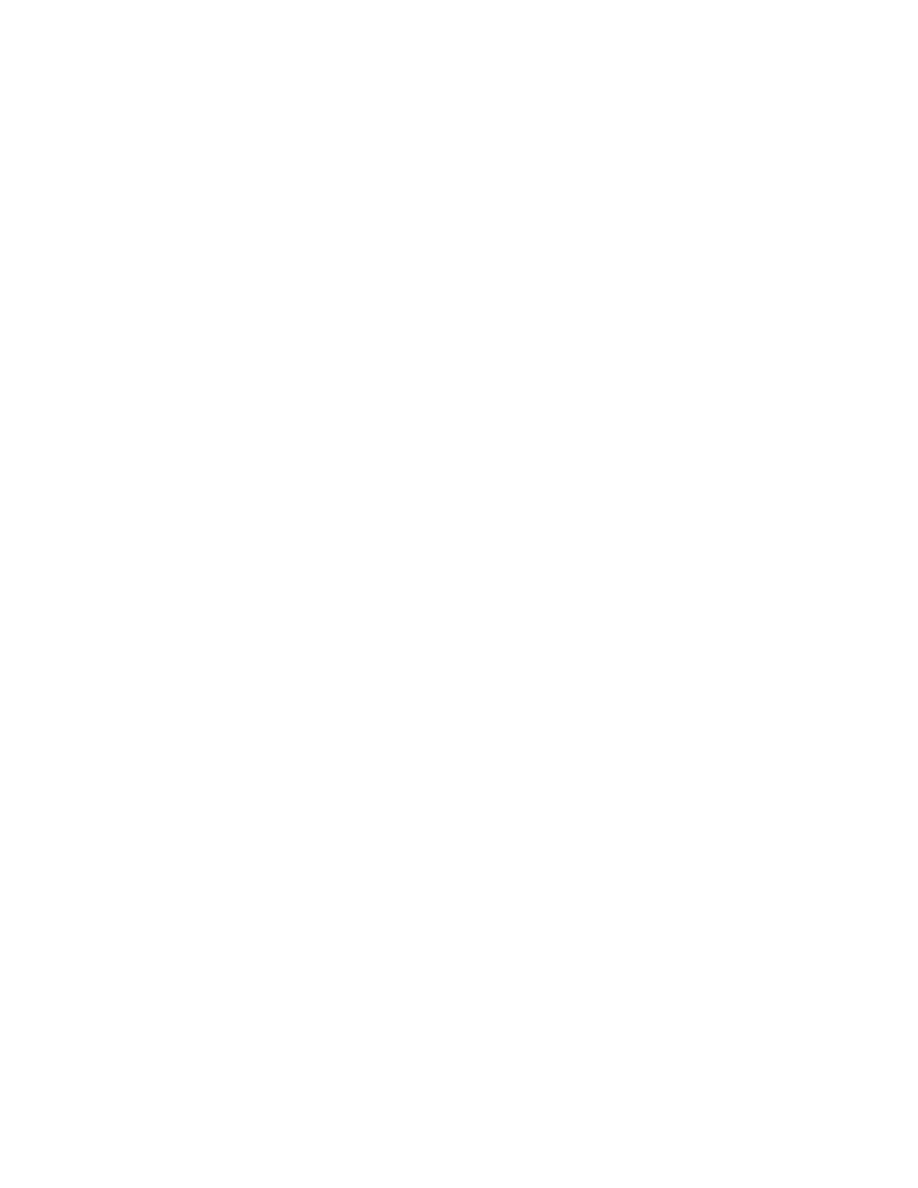
212
14 CFR Ch. I (1–1–24 Edition)
§ 121.542
§ 121.542 Flight crewmember duties.
(a) No certificate holder shall re-
quire, nor may any flight crewmember
perform, any duties during a critical
phase of flight except those duties re-
quired for the safe operation of the air-
craft. Duties such as company required
calls made for such nonsafety related
purposes as ordering galley supplies
and confirming passenger connections,
announcements made to passengers
promoting the air carrier or pointing
out sights of interest, and filling out
company payroll and related records
are not required for the safe operation
of the aircraft.
(b) No flight crewmember may en-
gage in, nor may any pilot in command
permit, any activity during a critical
phase of flight which could distract
any flight crewmember from the per-
formance of his or her duties or which
could interfere in any way with the
proper conduct of those duties. Activi-
ties such as eating meals, engaging in
nonessential conversations within the
cockpit and nonessential communica-
tions between the cabin and cockpit
crews, and reading publications not re-
lated to the proper conduct of the
flight are not required for the safe op-
eration of the aircraft.
(c) For the purposes of this section,
critical phases of flight includes all
ground operations involving taxi, take-
off and landing, and all other flight op-
erations conducted below 10,000 feet,
except cruise flight.
N
OTE
: Taxi is defined as ‘‘movement of an
airplane under its own power on the surface
of an airport.’’
(d) During all flight time as defined
in 14 CFR 1.1, no flight crewmember
may use, nor may any pilot in com-
mand permit the use of, a personal
wireless communications device (as de-
fined in 49 U.S.C. 44732(d)) or laptop
computer while at a flight crewmember
duty station unless the purpose is di-
rectly related to operation of the air-
craft, or for emergency, safety-related,
or employment-related communica-
tions, in accordance with air carrier
procedures approved by the Adminis-
trator.
[Doc. No. 20661, 46 FR 5502, Jan. 19, 1981, as
amended by Amdt. 121–369, 79 FR 8263, Feb.
12, 2014]
§ 121.543 Flight crewmembers at con-
trols.
(a) Except as provided in paragraph
(b) of this section, each required flight
crewmember on flight deck duty must
remain at the assigned duty station
with seat belt fastened while the air-
craft is taking off or landing, and while
it is en route.
(b) A required flight crewmember
may leave the assigned duty station—
(1) If the crewmember’s absence is
necessary for the performance of duties
in connection with the operation of the
aircraft;
(2) If the crewmember’s absence is in
connection with physiological needs; or
(3) If the crewmember is taking a rest
period, and relief is provided—
(i) In the case of the assigned pilot in
command during the en route cruise
portion of the flight, by a pilot who
holds an airline transport pilot certifi-
cate not subject to the limitations in
§ 61.167 of this chapter and an appro-
priate type rating, is currently quali-
fied as pilot in command or second in
command, and is qualified as pilot in
command of that aircraft during the en
route cruise portion of the flight. A
second in command qualified to act as
a pilot in command en route need not
have completed the following pilot in
command requirements: The 6-month
recurrent flight training required by
§ 121.433(c)(1)(iii); the operating experi-
ence required by § 121.434; the takeoffs
and landings required by § 121.439; the
line check required by § 121.440; and the
6-month proficiency check or simu-
lator training required by § 121.441(a)(1);
and
(ii) In the case of the assigned second
in command, by a pilot qualified to act
as second in command of that aircraft
during en route operations. However,
the relief pilot need not meet the re-
cent experience requirements of
§ 121.439(b).
[Doc. No. 16383, 43 FR 22648, May 25, 1978, as
amended by Amdt. 121–179, 47 FR 33390, Aug.
2, 1982; Amdt. 121–365, 78 FR 42378, July 15,
2013]
§ 121.544 Pilot monitoring.
Each pilot who is seated at the pilot
controls of the aircraft, while not fly-
ing the aircraft, must accomplish pilot
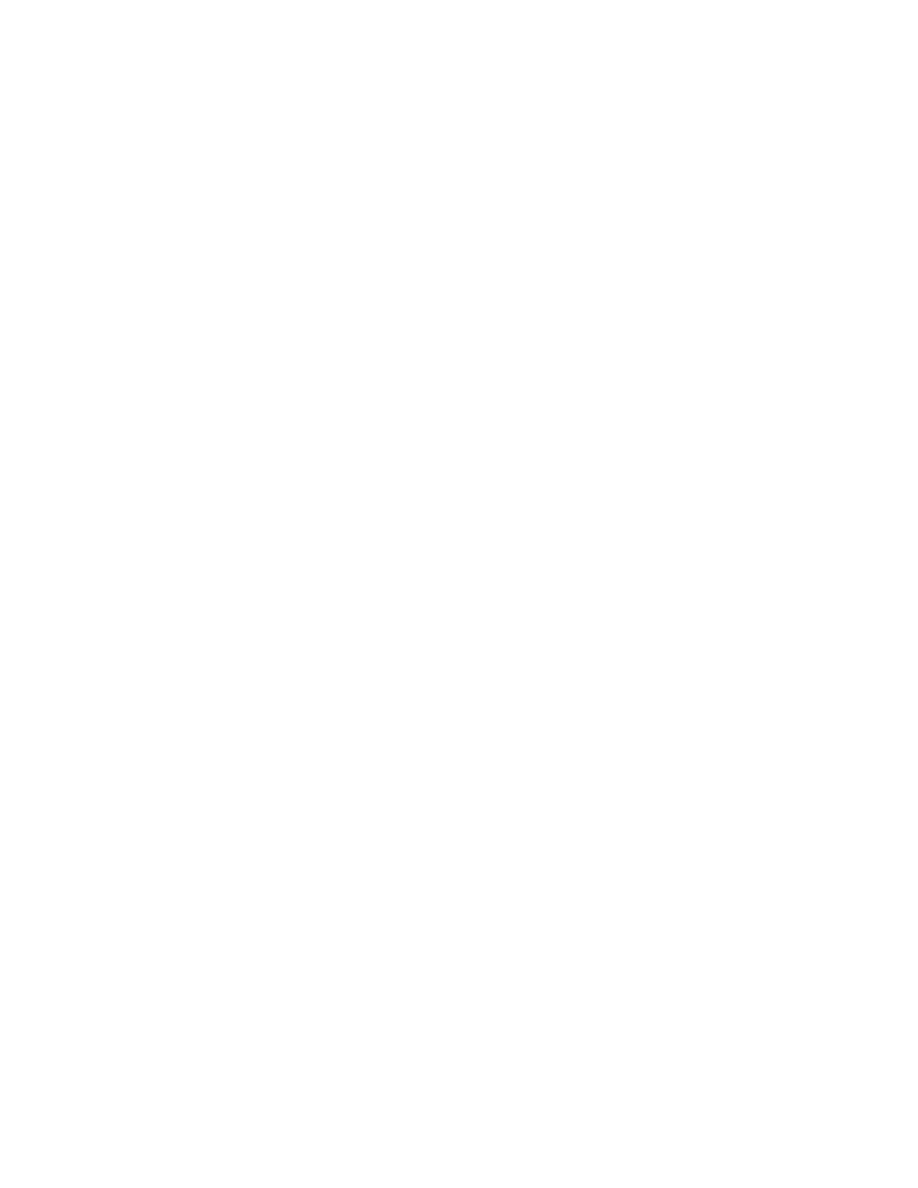
213
Federal Aviation Administration, DOT
§ 121.547
monitoring duties as appropriate in ac-
cordance with the certificate holder’s
procedures contained in the manual re-
quired by § 121.133 of this part. Compli-
ance with this section is required no
later than March 12, 2019.
[Doc. No. FAA–2008–0677, 78 FR 67841, Nov. 12,
2013]
§ 121.545 Manipulation of controls.
No pilot in command may allow any
person to manipulate the controls of an
aircraft during flight nor may any per-
son manipulate the controls during
flight unless that person is—
(a) A qualified pilot of the certificate
holder operating that aircraft.
(b) An authorized pilot safety rep-
resentative of the Administrator or of
the National Transportation Safety
Board who has the permission of the
pilot in command, is qualified in the
aircraft, and is checking flight oper-
ations; or
(c) A pilot of another certificate
holder who has the permission of the
pilot in command, is qualified in the
aircraft, and is authorized by the cer-
tificate holder operating the aircraft.
[Doc. No. 6258, 29 FR 19220, Dec. 31, 1964, as
amended by Doc. No. 8084, 32 FR 5769, Apr. 11,
1967; Amdt. 121–144, 43 FR 22648, May 25, 1978]
§ 121.547 Admission to flight deck.
(a) No person may admit any person
to the flight deck of an aircraft unless
the person being admitted is—
(1) A crewmember;
(2) An FAA air carrier inspector, a
DOD commercial air carrier evaluator,
or an authorized representative of the
National Transportation Safety Board,
who is performing official duties;
(3) Any person who—
(i) Has permission of the pilot in
command, an appropriate management
official of the part 119 certificate hold-
er, and the Administrator; and
(ii) Is an employee of—
(A) The United States, or
(B) A part 119 certificate holder and
whose duties are such that admission
to the flightdeck is necessary or advan-
tageous for safe operation; or
(C) An aeronautical enterprise cer-
tificated by the Administrator and
whose duties are such that admission
to the flightdeck is necessary or advan-
tageous for safe operation.
(4) Any person who has the permis-
sion of the pilot in command, an appro-
priate management official of the part
119 certificate holder and the Adminis-
trator. Paragraph (a)(2) of this section
does not limit the emergency authority
of the pilot in command to exclude any
person from the flightdeck in the inter-
ests of safety.
(b) For the purposes of paragraph
(a)(3) of this section, employees of the
United States who deal responsibly
with matters relating to safety and
employees of the certificate holder
whose efficiency would be increased by
familiarity with flight conditions, may
be admitted by the certificate holder.
However, the certificate holder may
not admit employees of traffic, sales,
or other departments that are not di-
rectly related to flight operations, un-
less they are eligible under paragraph
(a)(4) of this section.
(c) No person may admit any person
to the flight deck unless there is a seat
available for his use in the passenger
compartment, except—
(1) An FAA air carrier inspector, a
DOD commercial air carrier evaluator,
or authorized representative of the Ad-
ministrator or National Transpor-
tation Safety Board who is checking or
observing flight operations;
(2) An air traffic controller who is au-
thorized by the Administrator to ob-
serve ATC procedures;
(3) A certificated airman employed
by the certificate holder whose duties
require an airman certificate;
(4) A certificated airman employed
by another part 119 certificate holder
whose duties with that part 119 certifi-
cate holder require an airman certifi-
cate and who is authorized by the part
119 certificate holder operating the air-
craft to make specific trips over a
route;
(5) An employee of the part 119 cer-
tificate holder operating the aircraft
whose duty is directly related to the
conduct or planning of flight oper-
ations or the in-flight monitoring of
aircraft equipment or operating proce-
dures, if his presence on the flightdeck
is necessary to perform his duties and
he has been authorized in writing by a
responsible supervisor, listed in the Op-
erations Manual as having that author-
ity; and
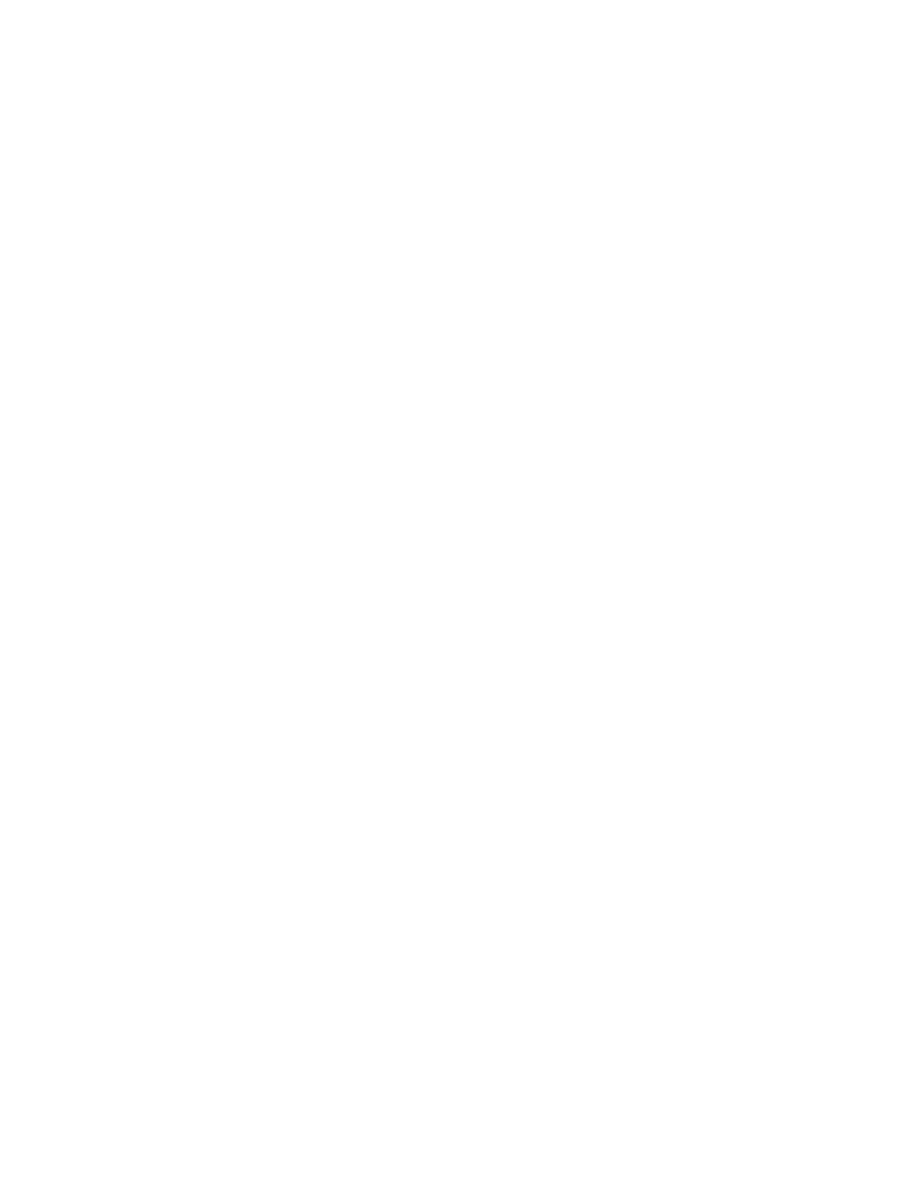
214
14 CFR Ch. I (1–1–24 Edition)
§ 121.548
(6) A technical representative of the
manufacturer of the aircraft or its
components whose duties are directly
related to the in-flight monitoring of
aircraft equipment or operating proce-
dures, if his presence on the flightdeck
is necessary to perform his duties and
he has been authorized in writing by
the Administrator and by a responsible
supervisor of the operations depart-
ment of the part 119 certificate holder,
listed in the Operations Manual as hav-
ing that authority.
[Doc. No. 6258, 29 FR 19220, Dec. 31, 1964, as
amended by Doc. No. 8084, 32 FR 5769, Apr. 11,
1967; Amdt. 121–253, 61 FR 2613, Jan. 26, 1996;
Amdt. 121–288, 67 FR 2127, Jan. 15, 2002; Amdt.
121–298, 68 FR 41217, July 10, 2003]
§ 121.548 Aviation safety inspector’s
credentials: Admission to pilot’s
compartment.
Whenever, in performing the duties
of conducting an inspection, an inspec-
tor of the Federal Aviation Adminis-
tration presents form FAA 110A,
‘‘Aviation Safety Inspector’s Creden-
tial,’’ to the pilot in command of an
aircraft operated by a certificate hold-
er, the inspector must be given free and
uninterrupted access to the pilot’s
compartment of that aircraft.
[Doc. No. 28154, 61 FR 2613, Jan. 26, 1996]
§ 121.548a DOD Commercial Air Car-
rier Evaluator’s Credential.
Whenever, in performing the duties
of conducting an evaluation, a DOD
commercial air carrier evaluator pre-
sents S&A Form 110B, ‘‘DOD Commer-
cial Air Carrier Evaluator’s Creden-
tial,’’ to the pilot in command of an
airplane operated by the certificate
holder, the evaluator must be given
free and uninterrupted access to the pi-
lot’s compartment of that airplane.
[Doc. No. FAA–2003–15571, 68 FR 41217, July
10, 2003]
§ 121.549 Flying equipment.
(a) The pilot in command shall en-
sure that appropriate aeronautical
charts containing adequate informa-
tion concerning navigation aids and in-
strument approach procedures are
aboard the aircraft for each flight.
(b) Each crewmember shall, on each
flight, have readily available for his
use a flashlight that is in good working
order.
§ 121.550 Secret Service Agents: Admis-
sion to flight deck.
Whenever an Agent of the Secret
Service who is assigned the duty of
protecting a person aboard an aircraft
operated by a certificate holder con-
siders it necessary in the performance
of his duty to ride on the flight deck of
the aircraft, he must, upon request and
presentation of his Secret Service cre-
dentials to the pilot in command of the
aircraft, be admitted to the flight deck
and permitted to occupy an observer
seat thereon.
[Doc. No. 9031, 35 FR 12061, July 28, 1970, as
amended by Amdt. 121–253, 61 FR 2613, Jan.
26, 1996]
§ 121.551 Restriction or suspension of
operation: Domestic and flag oper-
ations.
When a certificate holder conducting
domestic or flag operations knows of
conditions, including airport and run-
way conditions, that are a hazard to
safe operations, it shall restrict or sus-
pend operations until those conditions
are corrected.
[Doc. No. 28154, 61 FR 2613, Jan. 26, 1996]
§ 121.553 Restriction or suspension of
operation: Supplemental oper-
ations.
When a certificate holder conducting
supplemental operations or pilot in
command knows of conditions, includ-
ing airport and runway conditions,
that are a hazard to safe operations,
the certificate holder or pilot in com-
mand, as the case may be, shall re-
strict or suspend operations until those
conditions are corrected.
[Doc. No. 28154, 61 FR 2613, Jan. 26, 1996]
§ 121.555 Compliance with approved
routes and limitations: Domestic
and flag operations.
No pilot may operate an airplane in
scheduled air transportation—
(a) Over any route or route segment
unless it is specified in the certificate
holder’s operations specifications; or
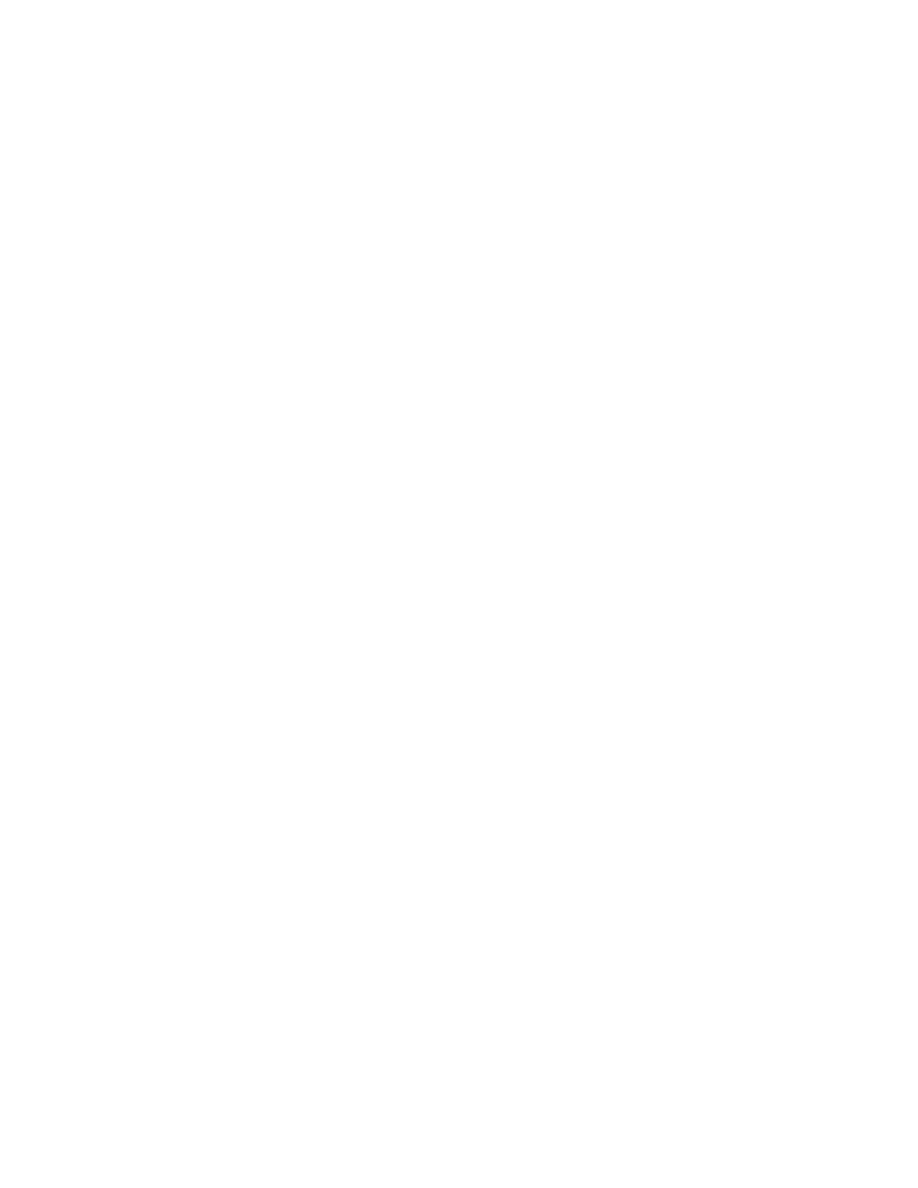
215
Federal Aviation Administration, DOT
§ 121.561
(b) Other than in accordance with the
limitations in the operations specifica-
tions.
[Doc. No. 6258, 29 FR 19219, Dec. 31, 1964, as
amended by Amdt. 121–253, 61 FR 2614, Jan.
26, 1996]
§ 121.557 Emergencies: Domestic and
flag operations.
(a) In an emergency situation that
requires immediate decision and action
the pilot in command may take any ac-
tion that he considers necessary under
the circumstances. In such a case he
may deviate from prescribed oper-
ations procedures and methods, weath-
er minimums, and this chapter, to the
extent required in the interests of safe-
ty.
(b) In an emergency situation arising
during flight that requires immediate
decision and action by an aircraft dis-
patcher, and that is known to him, the
aircraft dispatcher shall advise the
pilot in command of the emergency,
shall ascertain the decision of the pilot
in command, and shall have the deci-
sion recorded. If the aircraft dispatcher
cannot communicate with the pilot, he
shall declare an emergency and take
any action that he considers necessary
under the circumstances.
(c) Whenever a pilot in command or
dispatcher exercises emergency author-
ity, he shall keep the appropriate ATC
facility and dispatch centers fully in-
formed of the progress of the flight.
The person declaring the emergency
shall send a written report of any devi-
ation through the certificate holder’s
operations manager, to the Adminis-
trator. A dispatcher shall send his re-
port within 10 days after the date of
the emergency, and a pilot in command
shall send his report within 10 days
after returning to his home base.
[Doc. No. 6258, 29 FR 19219, Dec. 31, 1964, as
amended by Amdt. 121–253, 61 FR 2614, Jan.
26, 1996]
§ 121.559 Emergencies: Supplemental
operations.
(a) In an emergency situation that
requires immediate decision and ac-
tion, the pilot in command may take
any action that he considers necessary
under the circumstances. In such a
case, he may deviate from prescribed
operations, procedures and methods,
weather minimums, and this chapter,
to the extent required in the interests
of safety.
(b) In an emergency situation arising
during flight that requires immediate
decision and action by appropriate
management personnel in the case of
operations conducted with a flight fol-
lowing service and which is known to
them, those personnel shall advise the
pilot in command of the emergency,
shall ascertain the decision of the pilot
in command, and shall have the deci-
sion recorded. If they cannot commu-
nicate with the pilot, they shall de-
clare an emergency and take any ac-
tion that they consider necessary
under the circumstances.
(c) Whenever emergency authority is
exercised, the pilot in command or the
appropriate management personnel
shall keep the appropriate communica-
tion facility fully informed of the
progress of the flight. The person de-
claring the emergency shall send a
written report of any deviation,
through the certificate holder’s direc-
tor of operations, to the Administrator
within 10 days after the flight is com-
pleted or, in the case of operations out-
side the United States, upon return to
the home base.
[Doc. No. 6258, 29 FR 19219, Dec. 31, 1964, as
amended by Amdt. 121–253, 61 FR 2614, Jan.
26, 1996; Amdt. 121–333, 72 FR 31682, June 7,
2007]
§ 121.561 Reporting potentially haz-
ardous meteorological conditions
and irregularities of ground facili-
ties or navigation aids.
(a) Whenever he encounters a mete-
orological condition or an irregularity
in aground facility or navigation aid,
in flight, the knowledge of which he
considers essential to the safety of
other flights, the pilot in command
shall notify an appropriate ground sta-
tion as soon as practicable.
(b) The ground radio station that is
notified under paragraph (a) of this sec-
tion shall report the information to the
agency directly responsible for oper-
ating the facility.
[Doc. No. 6258, 29 FR 19219, Dec. 31, 1964, as
amended by Amdt. 121–333, 72 FR 31682, June
7, 2007]
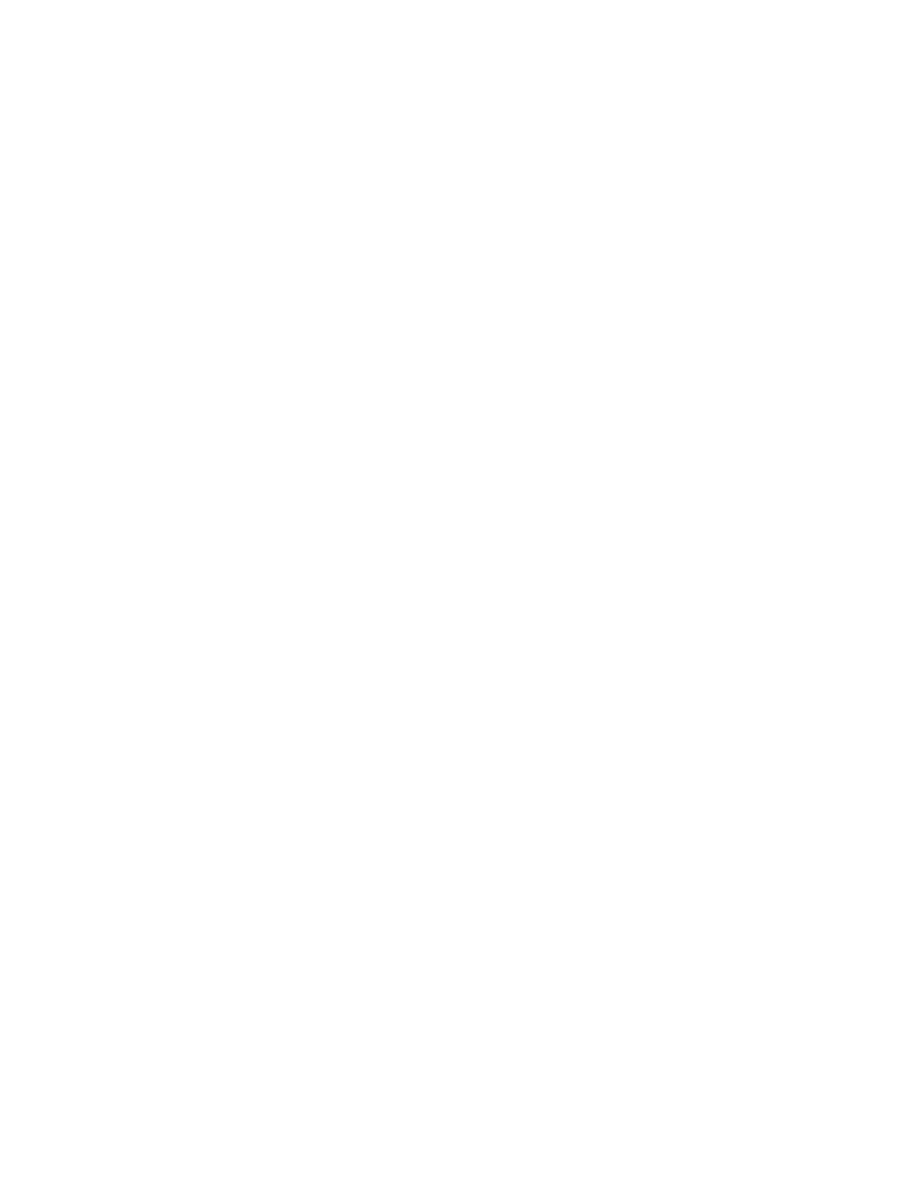
216
14 CFR Ch. I (1–1–24 Edition)
§ 121.563
§ 121.563 Reporting mechanical irreg-
ularities.
The pilot in command shall ensure
that all mechanical irregularities oc-
curring during flight time are entered
in the maintenance log of the airplane
at the end of that flight time. Before
each flight the pilot in command shall
ascertain the status of each irregu-
larity entered in the log at the end of
the preceding flight.
[Doc. No. 17897, 45 FR 41594, June 19, 1980, as
amended by Amdt. 121–179, 47 FR 33390, Aug.
2, 1982]
§ 121.565 Engine inoperative: Landing;
reporting.
(a) Except as provided in paragraph
(b) of this section, whenever an air-
plane engine fails or whenever an en-
gine is shutdown to prevent possible
damage, the pilot in command must
land the airplane at the nearest suit-
able airport, in point of time, at which
a safe landing can be made.
(b) If not more than one engine of an
airplane that has three or more engines
fails or is shut down to prevent pos-
sible damage, the pilot-in-command
may proceed to an airport that the
pilot selects if, after considering the
following, the pilot makes a reasonable
decision that proceeding to that air-
port is as safe as landing at the nearest
suitable airport:
(1) The nature of the malfunction and
the possible mechanical difficulties
that may occur if flight is continued.
(2) The altitude, weight, and useable
fuel at the time that the engine is
shutdown.
(3) The weather conditions en route
and at possible landing points.
(4) The air traffic congestion.
(5) The kind of terrain.
(6) His familiarity with the airport to
be used.
(c) The pilot-in-command must re-
port each engine shutdown in flight to
the appropriate communication facil-
ity as soon as practicable and must
keep that facility fully informed of the
progress of the flight.
(d) If the pilot in command lands at
an airport other than the nearest suit-
able airport, in point of time, he or she
shall (upon completing the trip) send a
written report, in duplicate, to his or
her director of operations stating the
reasons for determining that the selec-
tion of an airport, other than the near-
est airport, was as safe a course of ac-
tion as landing at the nearest suitable
airport. The director of operations
shall, within 10 days after the pilot re-
turns to his or her home base, send a
copy of this report with the director of
operation’s comments to the respon-
sible Flight Standards office.
[Doc. No. 6258, 29 FR 19219, Dec. 31, 1964, as
amended by Amdt. 121–207, 54 FR 39293, Sept.
25, 1989; Amdt. 121–253, 61 FR 2614, Jan. 26,
1996; Amdt. 121–329, 72 FR 1881, Jan. 16, 2007;
Amdt. 121–333, 72 FR 31682, June 7, 2007;
Docket FAA–2018–0119, Amdt. 121–380, 83 FR
9172, Mar. 5, 2018]
§ 121.567 Instrument approach proce-
dures and IFR landing minimums.
No person may make an instrument
approach at an airport except in ac-
cordance with IFR weather minimums
and instrument approach procedures
set forth in the certificate holder’s op-
erations specifications.
§ 121.569 Equipment interchange: Do-
mestic and flag operations.
(a) Before operating under an inter-
change agreement, each certificate
holder conducting domestic or flag op-
erations shall show that—
(1) The procedures for the inter-
change operation conform with this
chapter and with safe operating prac-
tices;
(2) Required crewmembers and dis-
patchers meet approved training re-
quirements for the airplanes and equip-
ment to be used and are familiar with
the communications and dispatch pro-
cedures to be used;
(3) Maintenance personnel meet
training requirements for the airplanes
and equipment, and are familiar with
the maintenance procedures to be used;
(4) Flight crewmembers and dis-
patchers meet appropriate route and
airport qualifications; and
(5) The airplanes to be operated are
essentially similar to the airplanes of
the certificate holder with whom the
interchange is effected with respect to
the arrangement of flight instruments
and the arrangement and motion of
controls that are critical to safety un-
less the Administrator determines that
the certificate holder has adequate
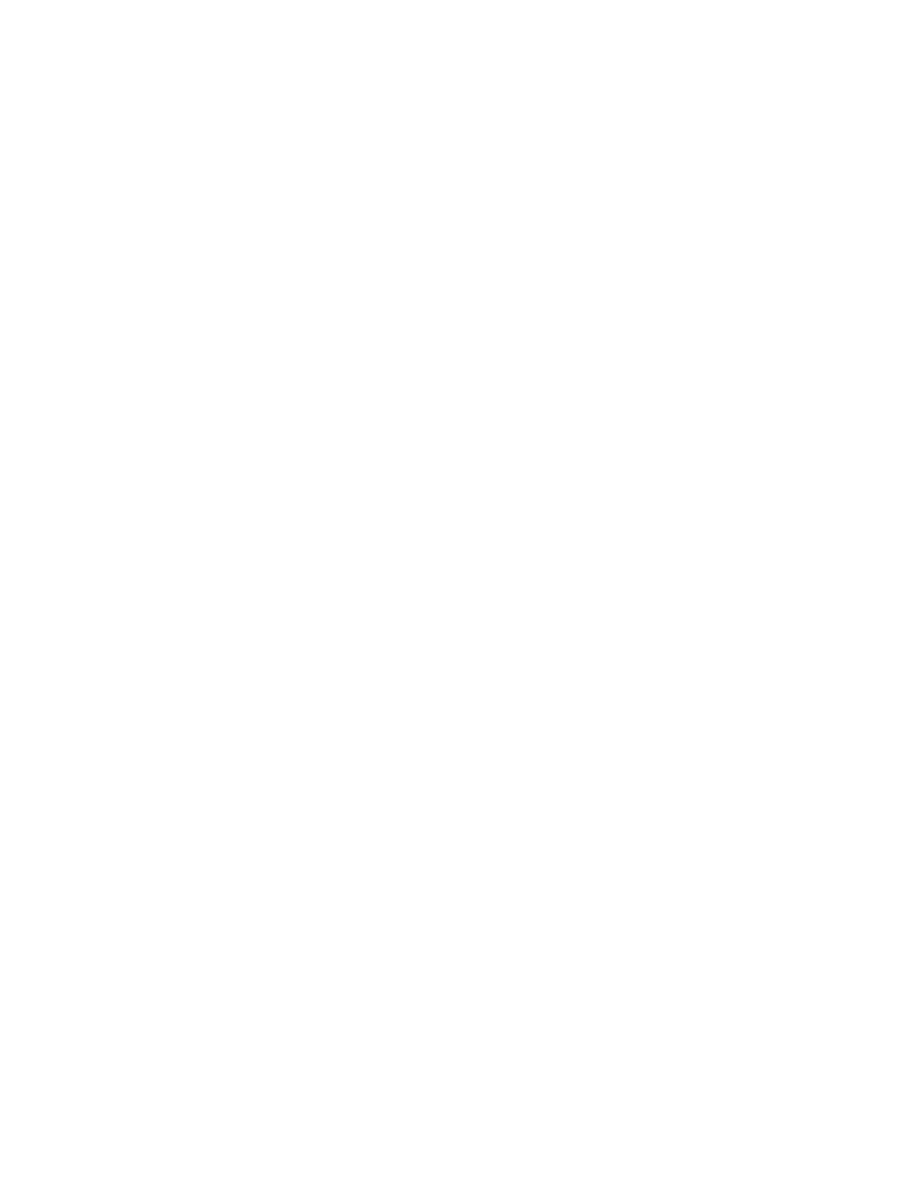
217
Federal Aviation Administration, DOT
§ 121.571
training programs to insure that any
potentially hazardous dissimilarities
are safely overcome by flight crew fa-
miliarization.
(b) Each certificate holder con-
ducting domestic or flag operations
shall include the pertinent provisions
and procedures involved in the equip-
ment interchange agreement in its
manuals.
[Doc. No. 6258, 29 FR 19219, Dec. 31, 1964, as
amended by Amdt. 121–253, 61 FR 2614, Jan.
26, 1996]
§ 121.570 Airplane evacuation capa-
bility.
(a) No person may cause an airplane
carrying passengers to be moved on the
surface, take off, or land unless each
automatically deployable emergency
evacuation assisting means, installed
pursuant to § 121.310(a), is ready for
evacuation.
(b) Each certificate holder shall en-
sure that, at all times passengers are
on board prior to airplane movement
on the surface, at least one floor-level
exit provides for the egress of pas-
sengers through normal or emergency
means.
[Doc. No. 26142, 57 FR 42674, Sept. 15, 1992]
§ 121.571 Briefing passengers before
takeoff.
(a) Each certificate holder operating
a passenger-carrying airplane shall in-
sure that all passengers are orally
briefed by the appropriate crewmember
as follows:
(1) Before each takeoff, on each of the
following:
(i)
Smoking.
Each passenger shall be
briefed on when, where, and under what
conditions smoking is prohibited in-
cluding, but not limited to, any appli-
cable requirements of part 252 of this
title). This briefing shall include a
statement that the Federal Aviation
Regulations require passenger compli-
ance with the lighted passenger infor-
mation signs, posted placards, areas
designated for safety purposes as no
smoking areas, and crewmember in-
structions with regard to these items.
The briefing shall also include a state-
ment that Federal law prohibits tam-
pering with, disabling, or destroying
any smoke detector in an airplane lav-
atory; smoking in lavatories; and,
when applicable, smoking in passenger
compartments.
(ii) The location of emergency exits.
(iii) The use of safety belts, including
instructions on how to fasten and un-
fasten the safety belts. Each passenger
shall be briefed on when, where, and
under what conditions the safety belt
must be fastened about that passenger.
This briefing shall include a statement
that the Federal Aviation Regulations
require passenger compliance with
lighted passenger information signs
and crewmember instructions con-
cerning the use of safety belts.
(iv) The location and use of any re-
quired emergency flotation means.
(v) On operations that do not use a
flight attendant, the following addi-
tional information:
(A) The placement of seat backs in an
upright position before takeoff and
landing.
(B) Location of survival equipment.
(C) If the flight involves operations
above 12,000 MSL, the normal and
emergency use of oxygen.
(D) Location and operation of fire ex-
tinguisher.
(2) After each takeoff, immediately
before or immediately after turning
the seat belt sign off, an announcement
shall be made that passengers should
keep their seat belts fastened, while
seated, even when the seat belt sign is
off.
(3) Except as provided in paragraph
(a)(4) of this section, before each take-
off a required crewmember assigned to
the flight shall conduct an individual
briefing of each person who may need
the assistance of another person to
move expeditiously to an exit in the
event of an emergency. In the briefing
the required crewmember shall—
(i) Brief the person and his attend-
ant, if any, on the routes to each ap-
propriate exit and on the most appro-
priate time to begin moving to an exit
in the event of an emergency; and
(ii) Inquire of the person and his at-
tendant, if any, as to the most appro-
priate manner of assisting the person
so as to prevent pain and further in-
jury.
(4) The requirements of paragraph
(a)(3) of this section do not apply to a
person who has been given a briefing
before a previous leg of a flight in the
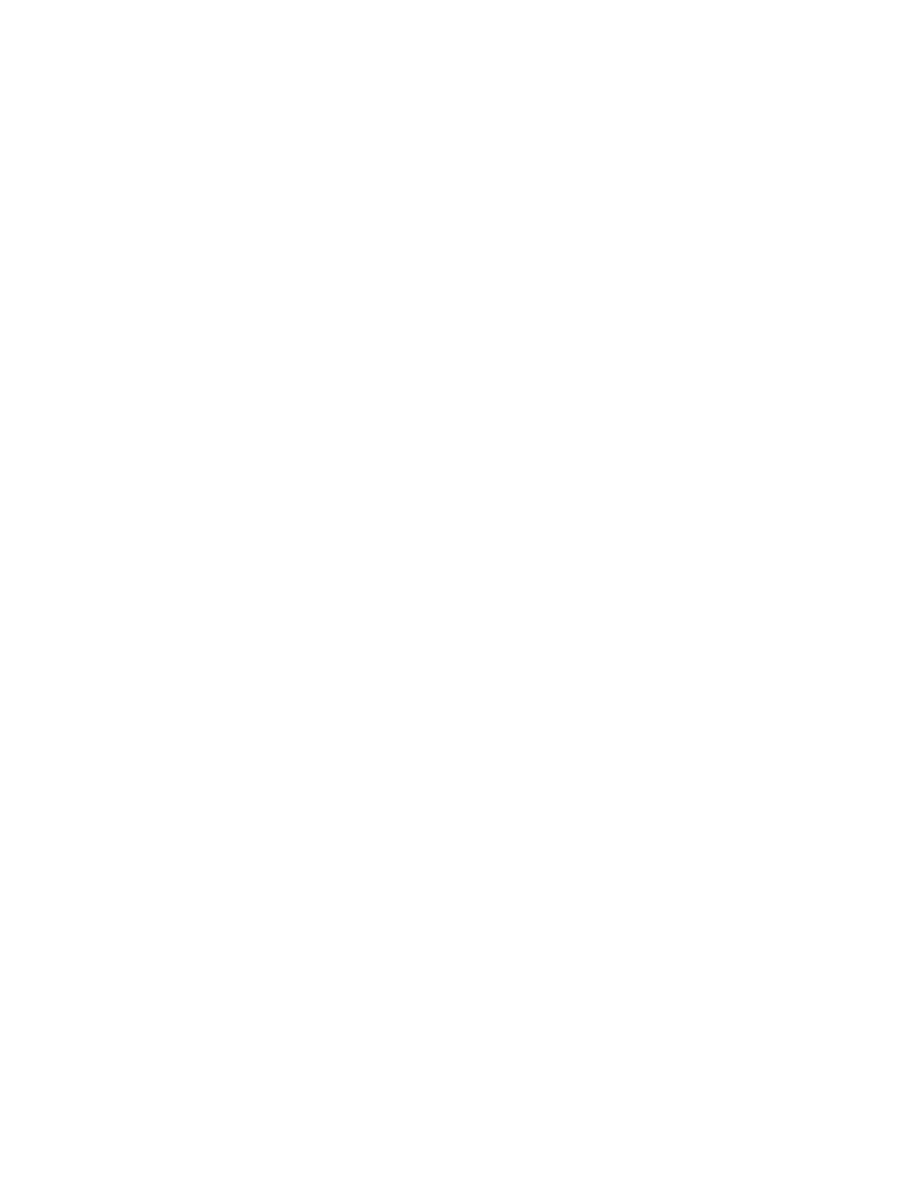
218
14 CFR Ch. I (1–1–24 Edition)
§ 121.573
same aircraft when the crewmembers
on duty have been advised as to the
most appropriate manner of assisting
the person so as to prevent pain and
further injury.
(b) Each certificate holder must
carry on each passenger-carrying air-
plane, in convenient locations for use
of each passenger, printed cards
supplementing the oral briefing. Each
card must contain information perti-
nent only to the type and model of air-
plane used for that flight, including—
(1) Diagrams of, and methods of oper-
ating, the emergency exits;
(2) Other instructions necessary for
use of emergency equipment; and
(3) No later than June 12, 2005, for Do-
mestic and Flag scheduled passenger-
carrying flights, the sentence, ‘‘Final
assembly of this airplane was com-
pleted in [INSERT NAME OF COUN-
TRY].’’
(c) The certificate holder shall de-
scribe in its manual the procedure to
be followed in the briefing required by
paragraph (a) of this section.
[Doc. No. 2033, 30 FR 3206, Mar. 9, 1965]
E
DITORIAL
N
OTE
: For F
EDERAL
R
EGISTER
ci-
tations affecting § 121.571, see the List of CFR
Sections Affected, which appears in the
Finding Aids section of the printed volume
and at
www.govinfo.gov.
§ 121.573 Briefing passengers: Ex-
tended overwater operations.
(a) In addition to the oral briefing re-
quired by § 121.571(a), each certificate
holder operating an airplane in ex-
tended overwater operations shall en-
sure that all passengers are orally
briefed by the appropriate crewmember
on the location and operation of life
preservers, liferafts, and other flota-
tion means, including a demonstration
of the method of donning and inflating
a life preserver.
(b) The certificate holder shall de-
scribe in its manual the procedure to
be followed in the briefing required by
paragraph (a) of this section.
(c) If the airplane proceeds directly
over water after takeoff, the briefing
required by paragraph (a) of this sec-
tion must be done before takeoff.
(d) If the airplane does not proceed
directly over water after takeoff, no
part of the briefing required by para-
graph (a) of this section has to be given
before takeoff, but the entire briefing
must be given before reaching the
overwater part of the flight.
[Doc. No. 2033, 30 FR 3206, Mar. 9, 1965, as
amended by Amdt. 121–144, 43 FR 22648, May
25, 1978; Amdt. 121–146, 43 FR 28403, June 29,
1978]
§ 121.574 Oxygen and portable oxygen
concentrators for medical use by
passengers.
(a) A certificate holder may allow a
passenger to carry and operate equip-
ment for the storage, generation, or
dispensing of oxygen when all of the
conditions in paragraphs (a) through
(d) of this section are satisfied. Begin-
ning August 22, 2016, a certificate hold-
er may allow a passenger to carry and
operate a portable oxygen concentrator
when the conditions in paragraphs (b)
and (e) of this section are satisfied.
(1) The equipment is—
(i) Furnished by the certificate hold-
er;
(ii) Of an approved type or is in con-
formity with the manufacturing, pack-
aging, marking, labeling, and mainte-
nance requirements of 49 CFR parts
171, 172, and 173, except § 173.24(a)(1);
(iii) Maintained by the certificate
holder in accordance with an approved
maintenance program;
(iv) Free of flammable contaminants
on all exterior surfaces;
(v) Capable of providing a minimum
mass flow of oxygen to the user of four
liters per minute;
(vi) Constructed so that all valves,
fittings, and gauges are protected from
damage; and
(vii) Appropriately secured.
(2) When the oxygen is stored in the
form of a liquid, the equipment has
been under the certificate holder’s ap-
proved maintenance program since its
purchase new or since the storage con-
tainer was last purged.
(3) When the oxygen is stored in the
form of a compressed gas as defined in
49 CFR 173.115(b)—
(i) The equipment has been under the
certificate holder’s approved mainte-
nance program since its purchase new
or since the last hydrostatic test of the
storage cylinder; and
(ii) The pressure in any oxygen cyl-
inder does not exceed the rated cyl-
inder pressure.
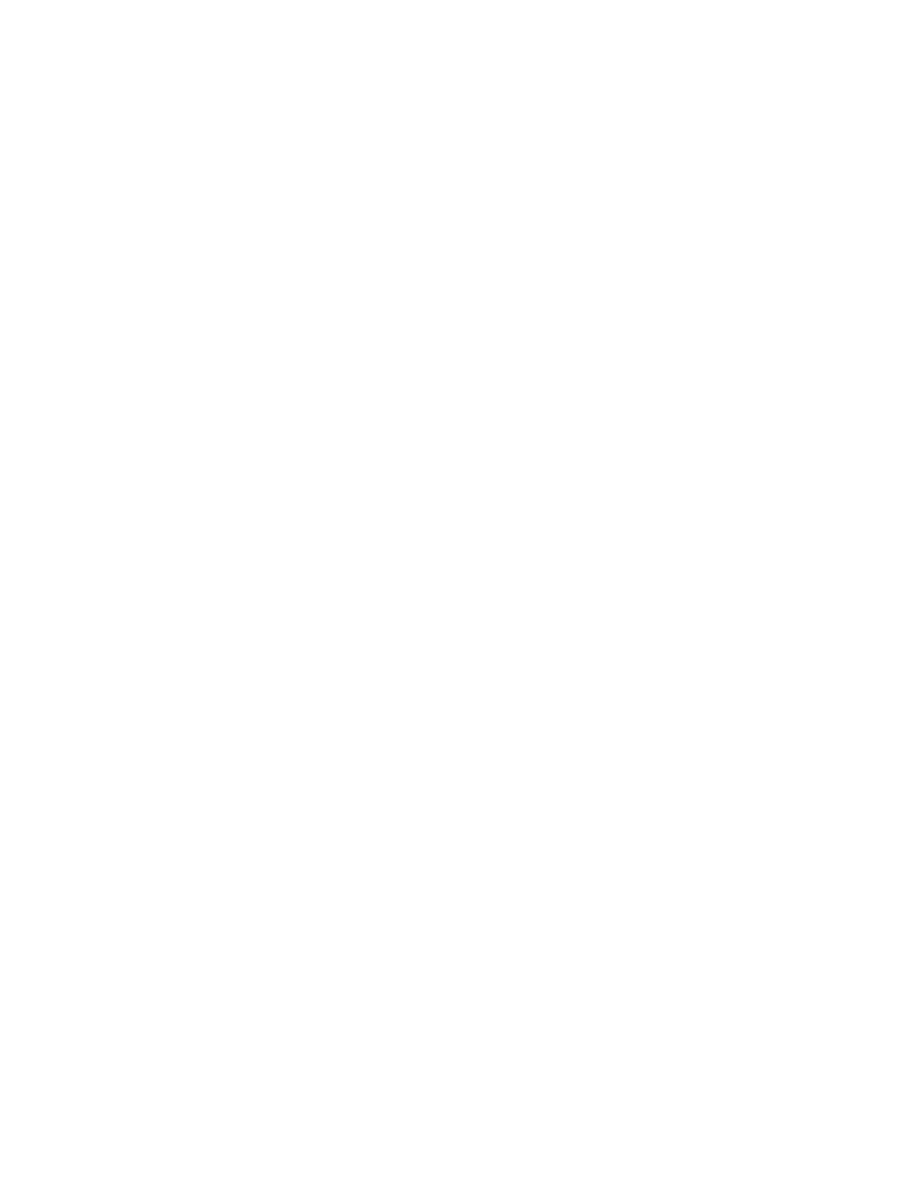
219
Federal Aviation Administration, DOT
§ 121.574
(4) Each person using the equipment
has a medical need to use it evidenced
by a written statement to be kept in
that person’s possession, signed by a li-
censed physician which specifies the
maximum quantity of oxygen needed
each hour and the maximum flow rate
needed for the pressure altitude cor-
responding to the pressure in the cabin
of the airplane under normal operating
conditions. This paragraph does not
apply to the carriage of oxygen in an
airplane in which the only passengers
carried are persons who may have a
medical need for oxygen during flight,
no more than one relative or other in-
terested person for each of those per-
sons, and medical attendants.
(5) When a physician’s statement is
required by paragraph (a)(4) of this sec-
tion, the total quantity of oxygen car-
ried is equal to the maximum quantity
of oxygen needed each hour, as speci-
fied in the physician’s statement, mul-
tiplied by the number of hours used to
compute the amount of airplane fuel
required by this part.
(6) The pilot in command is advised
when the equipment is on board, and
when it is intended to be used.
(7) The equipment is stowed, and
each person using the equipment is
seated, so as not to restrict access to
or use of any required emergency, or
regular exit or of the aisle in the pas-
senger compartment.
(b) No person may smoke or create
an open flame and no certificate holder
may allow any person to smoke or cre-
ate an open flame within 10 feet of oxy-
gen storage and dispensing equipment
carried in accordance with paragraph
(a) of this section or a portable oxygen
concentrator carried and operated in
accordance with paragraph (e) of this
section.
(c) No certificate holder may allow
any person to connect or disconnect
oxygen dispensing equipment, to or
from a gaseous oxygen cylinder while
any passenger is aboard the airplane.
(d) The requirements of this section
do not apply to the carriage of supple-
mental or first-aid oxygen and related
equipment required by this chapter.
(e)
Portable oxygen concentrators
—(1)
Acceptance criteria.
A passenger may
carry or operate a portable oxygen con-
centrator for personal use on board an
aircraft and a certificate holder may
allow a passenger to carry or operate a
portable oxygen concentrator on board
an aircraft operated under this part
during all phases of flight if the port-
able oxygen concentrator satisfies all
of the requirements in this paragraph
(e):
(i) Is legally marketed in the United
States in accordance with Food and
Drug Administration requirements in
title 21 of the CFR;
(ii) Does not radiate radio frequency
emissions that interfere with aircraft
systems;
(iii) Generates a maximum oxygen
pressure of less than 200 kPa gauge
(29.0 psig/43.8 psia) at 20
°
C (68
°
F);
(iv) Does not contain any hazardous
materials subject to the Hazardous Ma-
terials Regulations (49 CFR parts 171
through 180) except as provided in 49
CFR 175.10 for batteries used to power
portable electronic devices and that do
not require aircraft operator approval;
and
(v) Bears a label on the exterior of
the device applied in a manner that en-
sures the label will remain affixed for
the life of the device and containing
the following certification statement
in red lettering: ‘‘The manufacturer of
this POC has determined this device
conforms to all applicable FAA accept-
ance criteria for POC carriage and use
on board aircraft.’’ The label require-
ments in this paragraph (e)(1)(v) do not
apply to the following portable oxygen
concentrators approved by the FAA for
use on board aircraft prior to May 24,
2016:
(A) AirSep Focus;
(B) AirSep FreeStyle;
(C) AirSep FreeStyle 5;
(D) AirSep LifeStyle;
(E) Delphi RS–00400;
(F) DeVilbiss Healthcare iGo;
(G) Inogen One;
(H) Inogen One G2;
(I) Inogen One G3;
(J) Inova Labs LifeChoice;
(K) Inova Labs LifeChoice Activox;
(L) International Biophysics
LifeChoice;
(M) Invacare Solo2;
(N) Invacare XPO2;
(O) Oxlife Independence Oxygen Con-
centrator;
(P) Oxus RS–00400;
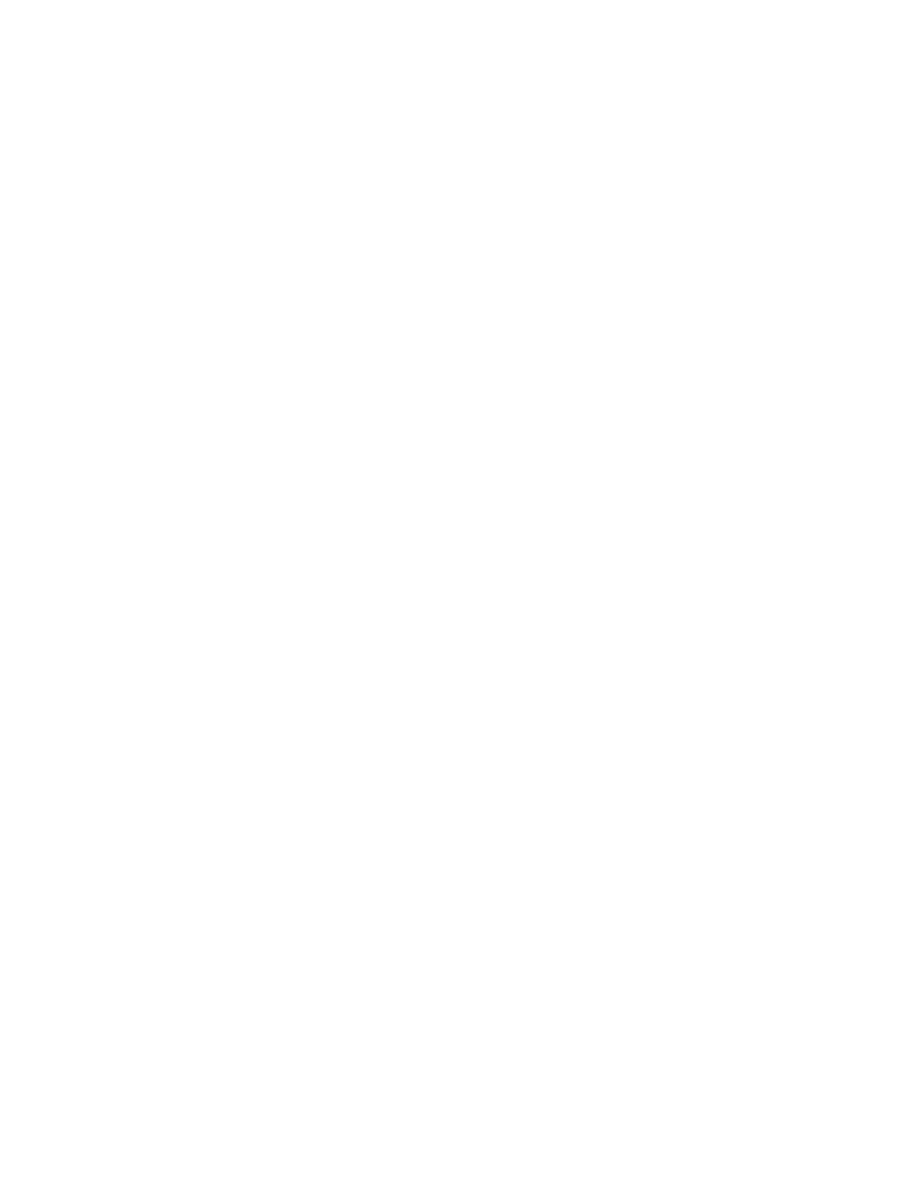
220
14 CFR Ch. I (1–1–24 Edition)
§ 121.575
(Q) Precision Medical EasyPulse;
(R) Respironics EverGo;
(S) Respironics SimplyGo;
(T) SeQual Eclipse;
(U) SeQual eQuinox Oxygen System
(model 4000);
(V) SeQual Oxywell Oxygen System
(model 4000);
(W) SeQual SAROS; and
(X) VBox Trooper Oxygen Concen-
trator.
(2)
Operating requirements.
Portable
oxygen concentrators that satisfy the
acceptance criteria identified in para-
graph (e)(1) of this section may be car-
ried or operated by a passenger on an
aircraft provided the aircraft operator
ensures that all of the conditions in
this paragraph (e)(2) are satisfied:
(i)
Exit seats.
No person operating a
portable oxygen concentrator is per-
mitted to occupy an exit seat.
(ii)
Stowage of device.
During move-
ment on the surface, takeoff and land-
ing, the device must be stowed under
the seat in front of the user, or in an-
other approved stowage location so
that it does not block the aisle way or
the entryway to the row. If the device
is to be operated by the user, it must
be operated only at a seat location that
does not restrict any passenger’s access
to, or use of, any required emergency
or regular exit, or the aisle(s) in the
passenger compartment.
[Doc. No. 12169, 39 FR 42677, Dec. 6, 1974, as
amended by Amdt. 121–159, 45 FR 41594, June
19, 1980; Docket FAA–2014–0554, Amdt. 121–
374, 81 FR 33118, May 24, 2016]
§ 121.575 Alcoholic beverages.
(a) No person may drink any alco-
holic beverage aboard an aircraft un-
less the certificate holder operating
the aircraft has served that beverage to
him.
(b) No certificate holder may serve
any alcoholic beverage to any person
aboard any of its aircraft who—
(1) Appears to be intoxicated;
(2) Is escorting a person or being es-
corted in accordance with 49 CFR
1544.221; or
(3) Has a deadly or dangerous weapon
accessible to him while aboard the air-
craft in accordance with 49 CFR
1544.219, 1544.221, or 1544.223.
(c) No certificate holder may allow
any person to board any of its aircraft
if that person appears to be intoxi-
cated.
(d) Each certificate holder shall,
within five days after the incident, re-
port to the Administrator the refusal
of any person to comply with para-
graph (a) of this section, or of any dis-
turbance caused by a person who ap-
pears to be intoxicated aboard any of
its aircraft.
[Doc. No. 6258, 29 FR 19219, Dec. 31, 1964, as
amended by Amdt. 121–118, 40 FR 17552, Apr.
21, 1975; Amdt. 121–178, 47 FR 13316, Mar. 29,
1982; Amdt. 121–275, 67 FR 31932, May 10, 2002]
§ 121.576 Retention of items of mass in
passenger and crew compartments.
The certificate holder must provide
and use means to prevent each item of
galley equipment and each serving
cart, when not in use, and each item of
crew baggage, which is carried in a pas-
senger or crew compartment from be-
coming a hazard by shifting under the
appropriate load factors corresponding
to the emergency landing conditions
under which the airplane was type cer-
tificated.
[Doc. No. 16383, 43 FR 22648, May 25, 1978]
§ 121.577 Stowage of food, beverage,
and passenger service equipment
during airplane movement on the
surface, takeoff, and landing.
(a) No certificate holder may move
an airplane on the surface, take off, or
land when any food, beverage, or table-
ware furnished by the certificate hold-
er is located at any passenger seat.
(b) No certificate holder may move
an airplane on the surface, take off, or
land unless each food and beverage
tray and seat back tray table is se-
cured in its stowed position.
(c) No certificate holder may permit
an airplane to move on the surface,
take off, or land unless each passenger
serving cart is secured in its stowed po-
sition.
(d) No certificate holder may permit
an airplane to move on the surface,
take off, or land unless each movie
screen that extends into an aisle is
stowed.
(e) Each passenger shall comply with
instructions given by a crewmember
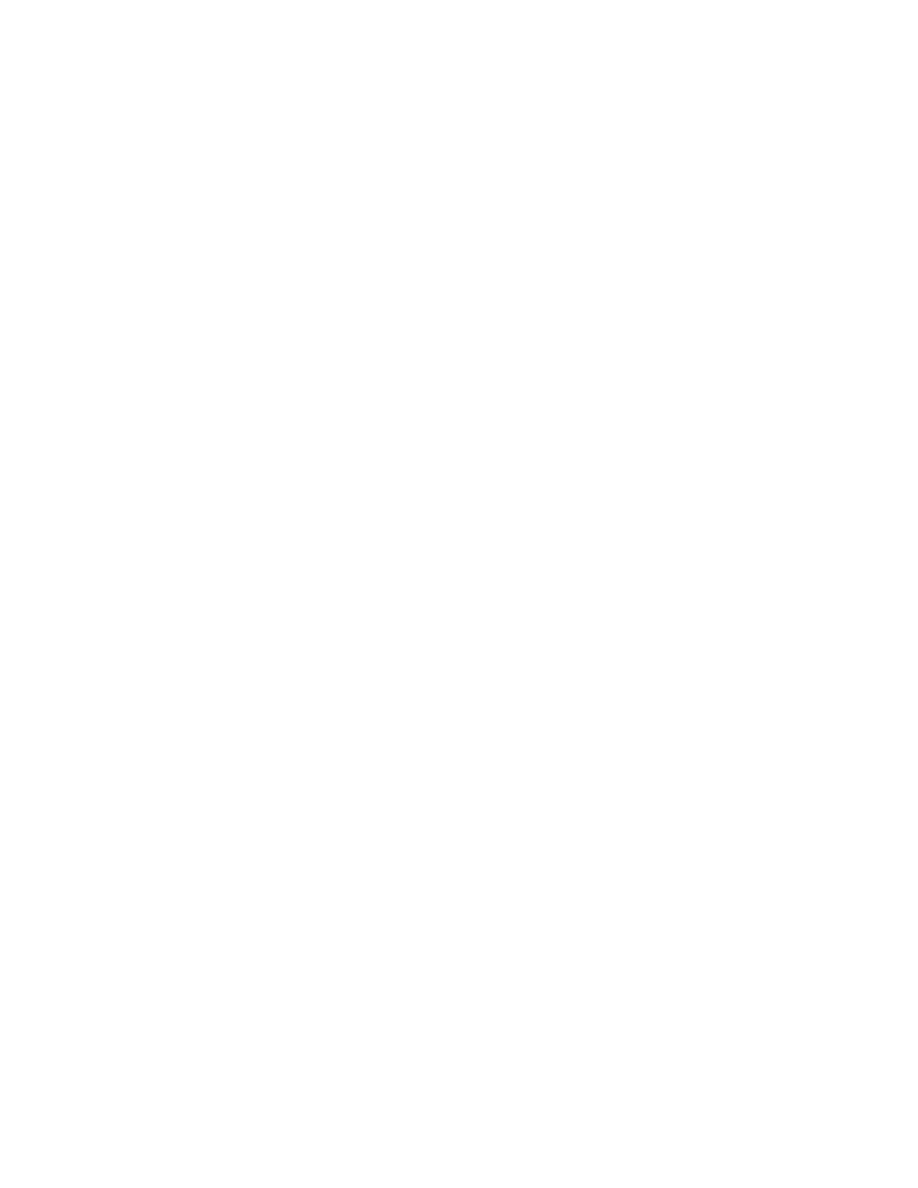
221
Federal Aviation Administration, DOT
§ 121.579
with regard to compliance with this
section.
[Doc. No. 26142, 57 FR 42674, Sept. 15, 1992]
§ 121.578 Cabin ozone concentration.
(a) For the purpose of this section,
the following definitions apply:
(1)
Flight segment
means scheduled
nonstop flight time between two air-
ports.
(2)
Sea level equivalent
refers to condi-
tions of 25
°
C and 760 millimeters of
mercury pressure.
(b) Except as provided in paragraphs
(d) and (e) of this section, no certifi-
cate holder may operate an airplane
above the following flight levels unless
it is successfully demonstrated to the
Administrator that the concentration
of ozone inside the cabin will not ex-
ceed—
(1) For flight above flight level 320,
0.25 parts per million by volume, sea
level equivalent, at any time above
that flight level; and
(2) For flight above flight level 270,
0.1 parts per million by volume, sea
level equivalent, time-weighted aver-
age for each flight segment that ex-
ceeds 4 hours and includes flight above
that flight level. (For this purpose, the
amount of ozone below flight level 180
is considered to be zero.)
(c) Compliance with this section
must be shown by analysis or tests,
based on either airplane operational
procedures and performance limita-
tions or the certificate holder’s oper-
ations. The analysis or tests must show
either of the following:
(1) Atmospheric ozone statistics indi-
cate, with a statistical confidence of at
least 84%, that at the altitudes and lo-
cations at which the airplane will be
operated cabin ozone concentrations
will not exceed the limits prescribed by
paragraph (b) of this section.
(2) The airplane ventilation system
including any ozone control equipment,
will maintain cabin ozone concentra-
tions at or below the limits prescribed
by paragraph (b) of this section.
(d) A certificate holder may obtain
an authorization to deviate from the
requirements of paragraph (b) of this
section, by an amendment to its oper-
ations specifications, if—
(1) It shows that due to cir-
cumstances beyond its control or to
unreasonable economic burden it can-
not comply for a specified period of
time; and
(2) It has submitted a plan acceptable
to the Administrator to effect compli-
ance to the extent possible.
(e) A certificate holder need not com-
ply with the requirements of paragraph
(b) of this section for an aircraft—
(1) When the only persons carried are
flight crewmembers and persons listed
in § 121.583;
(2) If the aircraft is scheduled for re-
tirement before January 1, 1985; or
(3) If the aircraft is scheduled for re-
engining under the provisions of sub-
part E of part 91, until it is re-engined.
[Doc. No. 121–154, 45 FR 3883, Jan. 21, 1980. Re-
designated by Amdt. 121–162, 45 FR 46739,
July 10, 1980, and amended by Amdt. 121–181,
47 FR 58489, Dec. 30, 1982; Amdt. 121–251, 60
FR 65935, Dec. 20, 1995]
§ 121.579 Minimum altitudes for use of
autopilot.
(a)
Definitions.
For purpose of this
section—
(1) Altitudes for takeoff/initial climb
and go-around/missed approach are de-
fined as above the airport elevation.
(2) Altitudes for enroute operations
are defined as above terrain elevation.
(3) Altitudes for approach are defined
as above the touchdown zone elevation
(TDZE), unless the altitude is specifi-
cally in reference to DA (H) or MDA, in
which case the altitude is defined by
reference to the DA(H) or MDA itself.
(b)
Takeoff and initial climb.
No person
may use an autopilot for takeoff or ini-
tial climb below the higher of 500 feet
or an altitude that is no lower than
twice the altitude loss specified in the
Airplane Flight Manual (AFM), except
as follows—
(1) At a minimum engagement alti-
tude specified in the AFM; or
(2) At an altitude specified by the Ad-
ministrator, whichever is greater.
(c)
Enroute.
No person may use an
autopilot enroute, including climb and
descent, below the following—
(1) 500 feet;
(2) At an altitude that is no lower
than twice the altitude loss specified in
the AFM for an autopilot malfunction
in cruise conditions; or
(3) At an altitude specified by the Ad-
ministrator, whichever is greater.
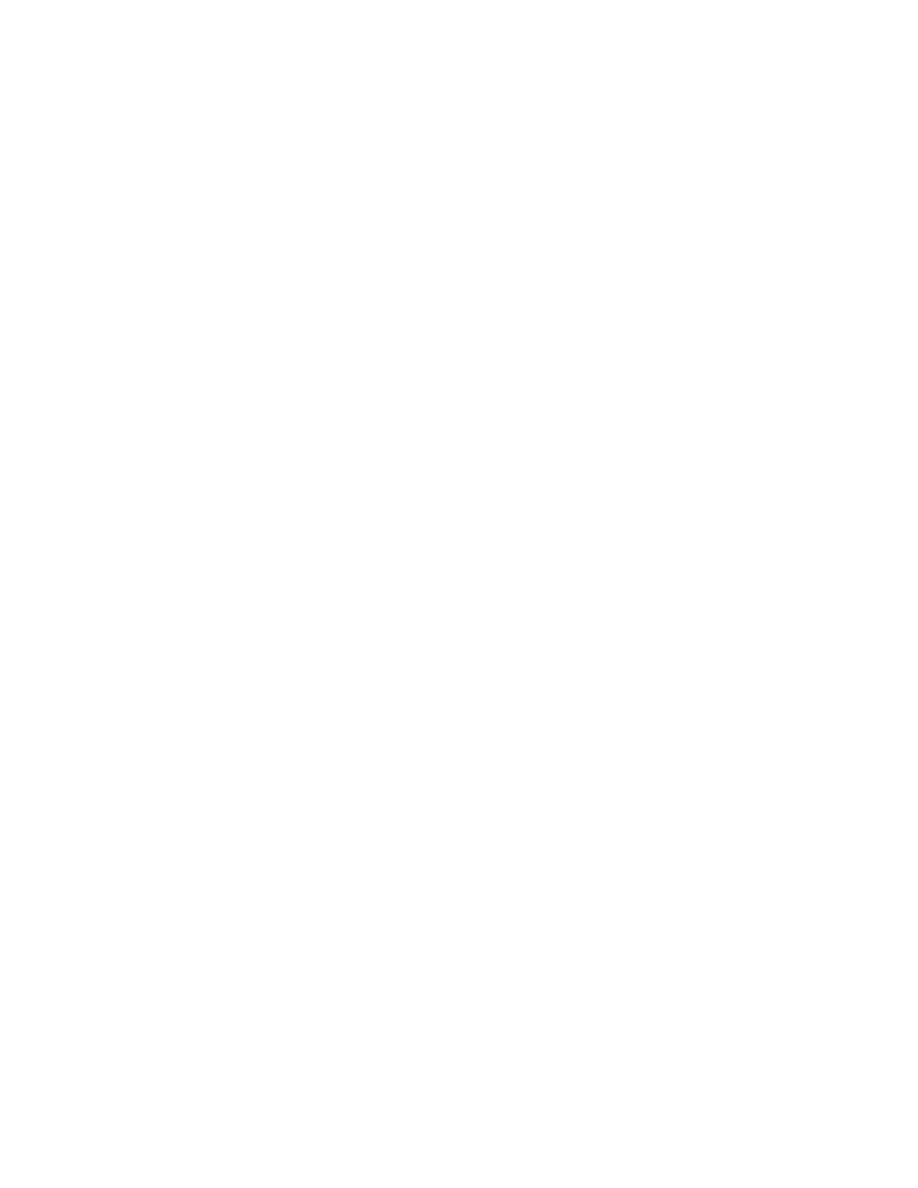
222
14 CFR Ch. I (1–1–24 Edition)
§ 121.580
(d)
Approach.
No person may use an
autopilot at an altitude lower than 50
feet below the DA(H) or MDA for the
instrument procedure being flown, ex-
cept as follows—
(1) For autopilots with an AFM speci-
fied altitude loss for approach oper-
ations—
(i) An altitude no lower than twice
the specified altitude loss if higher
than 50 feet below the MDA or DA(H);
(ii) An altitude no lower than 50 feet
higher than the altitude loss specified
in the AFM, when the following condi-
tions are met—
(A) Reported weather conditions are
less than the basic VFR weather condi-
tions in § 91.155 of this chapter;
(B) Suitable visual references speci-
fied in § 91.175 of this chapter have been
established on the instrument ap-
proach procedure; and
(C) The autopilot is coupled and re-
ceiving both lateral and vertical path
references;
(iii) An altitude no lower than the
higher of the altitude loss specified in
the AFM or 50 feet above the TDZE,
when the following conditions are
met—
(A) Reported weather conditions are
equal to or better than the basic VFR
weather conditions in § 91.155 of this
chapter; and
(B) The autopilot is coupled and re-
ceiving both lateral and vertical path
references; or
(iv) A greater altitude specified by
the Administrator.
(2) For autopilots with AFM specified
approach altitude limitations, the
greater of—
(i) The minimum use altitude speci-
fied for the coupled approach mode se-
lected;
(ii) 50 feet; or
(iii) An altitude specified by Admin-
istrator.
(3) For autopilots with an AFM speci-
fied negligible or zero altitude loss for
an autopilot approach mode malfunc-
tion, the greater of—
(i) 50 feet; or
(ii) An altitude specified by Adminis-
trator.
(4) If executing an autopilot coupled
go-around or missed approach using a
certificated and functioning autopilot
in accordance with paragraph (e) in
this section.
(e)
Go-Around/Missed Approach.
No
person may engage an autopilot during
a go-around or missed approach below
the minimum engagement altitude
specified for takeoff and initial climb
in paragraph (b) in this section. An
autopilot minimum use altitude does
not apply to a go-around/missed ap-
proach initiated with an engaged auto-
pilot. Performing a go-around or
missed approach with an engaged auto-
pilot must not adversely affect safe ob-
stacle clearance.
(f)
Landing.
Notwithstanding para-
graph (d) of this section, autopilot min-
imum use altitudes do not apply to
autopilot operations when an approved
automatic landing system mode is
being used for landing. Automatic
landing systems must be authorized in
an operations specification issued to
the operator.
[Doc. No. FAA–2012–1059, 79 FR 6086, Feb. 3,
2014]
§ 121.580 Prohibition on interference
with crewmembers.
No person may assault, threaten, in-
timidate, or interfere with a crew-
member in the performance of the
crewmember’s duties aboard an air-
craft being operated under this part.
[Doc. No. FAA–1998–4954, 64 FR 1080, Jan. 7,
1999]
§ 121.581 Observer’s seat: En route in-
spections.
(a) Except as provided in paragraph
(c) of this section, each certificate
holder shall make available a seat on
the flight deck of each airplane, used
by it in air commerce, for occupancy
by the Administrator while conducting
en route inspections. The location and
equipment of the seat, with respect to
its suitability for use in conducting en
route inspections, is determined by the
Administrator.
(b) In each airplane that has more
than one observer’s seat, in addition to
the seats required for the crew com-
plement for which the airplane was cer-
tificated, the forward observer’s seat or
the observer’s seat selected by the Ad-
ministrator must be made available
when complying with paragraph (a) of
this section.
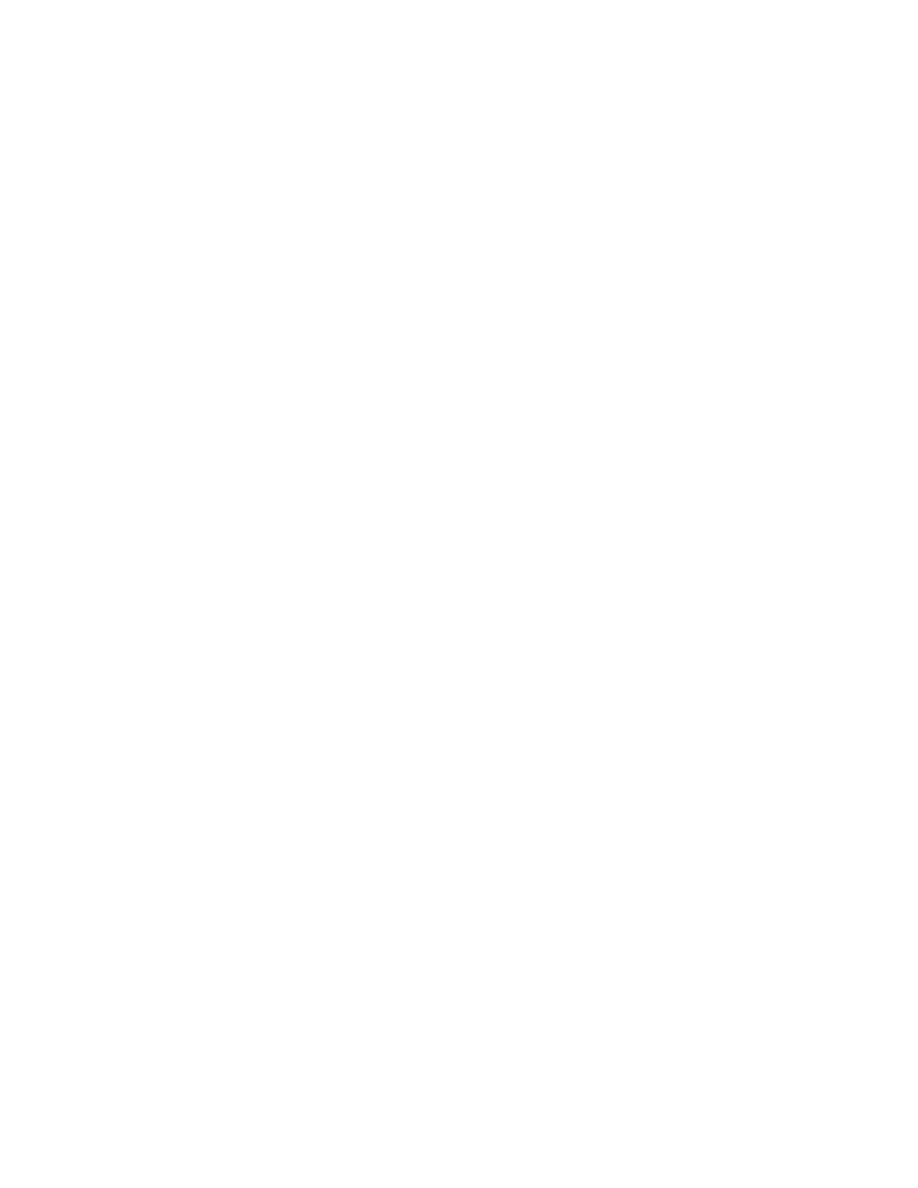
223
Federal Aviation Administration, DOT
§ 121.583
(c) For any airplane type certificated
before December 20, 1995, for not more
than 30 passengers that does not have
an observer seat on the flightdeck, the
certificate holder must provide a for-
ward passenger seat with headset or
speaker for occupancy by the Adminis-
trator while conducting en route in-
spections.
[Doc. No. 6258, 29 FR 19219, Dec. 31, 1964, as
amended by Amdt. 121–144, 43 FR 22648, May
25, 1978; Amdt. 121–251, 60 FR 65935, Dec. 20,
1995; Amdt. 121–288, 67 FR 2128, Jan. 15, 2002]
§ 121.582 Means to discreetly notify a
flightcrew.
Except for all-cargo operations as de-
fined in § 110.2 of this chapter, after Oc-
tober 15, 2007, for all passenger car-
rying airplanes that require a lockable
flightdeck door in accordance with
§ 121.313(f), the certificate holder must
have an approved means by which the
cabin crew can discreetly notify the
flightcrew in the event of suspicious
activity or security breaches in the
cabin.
[Doc. No. FAA–2005–22449, 72 FR 45635, Aug.
15, 2007, as amended by Amdt. 121–353, 76 FR
7488, Feb. 10, 2011]
§ 121.583 Carriage of persons without
compliance with the passenger-car-
rying requirements of this part.
(a) When authorized by the certifi-
cate holder, the following persons, but
no others, may be carried aboard an
airplane without complying with the
passenger-carrying airplane require-
ments in §§ 121.309(f), 121.310, 121.391,
121.571, and 121.587; the passenger-car-
rying operation requirements in part
117 and §§ 121.157(c) and 121.291; the re-
quirements pertaining to passengers in
§§ 121.285, 121.313(f), 121.317, 121.547, and
121.573; and the information disclosure
requirements in § 121.311(k):
(1) A crewmember.
(2) A company employee.
(3) An FAA air carrier inspector, a
DOD commercial air carrier evaluator,
or an authorized representative of the
National Transportation Safety Board,
who is performing official duties.
(4) A person necessary for—
(i) The safety of the flight;
(ii) The safe handling of animals;
(iii) The safe handling of hazardous
materials whose carriage is governed
by regulations in 49 CFR part 175;
(iv) The security of valuable or con-
fidential cargo;
(v) The preservation of fragile or per-
ishable cargo;
(vi) Experiments on, or testing of,
cargo containers or cargo handling de-
vices;
(vii) The operation of special equip-
ment for loading or unloading cargo;
and
(viii) The loading or unloading of
outsize cargo.
(5) A person described in paragraph
(a)(4) of this section, when traveling to
or from his assignment.
(6) A person performing duty as an
honor guard accompanying a shipment
made by or under the authority of the
United States.
(7) A military courier, military route
supervisor, military cargo contract co-
ordinator, or a flight crewmember of
another military cargo contract air
carrier or commercial operator, carried
by a military cargo contract air carrier
or commercial operator in operations
under a military cargo contract, if that
carriage is specifically authorized by
the appropriate armed forces.
(8) A dependent of an employee of the
certificate holder when traveling with
the employee on company business to
or from outlying stations not served by
adequate regular passenger flights.
(b) No certificate holder may operate
an airplane carrying a person covered
by paragraph (a) of this section un-
less—
(1) Each person has unobstructed ac-
cess from his seat to the pilot compart-
ment or to a regular or emergency exit;
(2) The pilot in command has a
means of notifying each person when
smoking is prohibited and when safety
belts must be fastened; and
(3) The airplane has an approved seat
with an approved safety belt for each
person. The seat must be located so
that the occupant is not in any posi-
tion to interfere with the flight crew-
members performing their duties.
(c) Before each takeoff, each certifi-
cate holder operating an airplane car-
rying persons covered by paragraph (a)
of this section shall ensure that all

224
14 CFR Ch. I (1–1–24 Edition)
§ 121.584
such persons have been orally briefed
by the appropriate crewmember on—
(1) Smoking;
(2) The use of seat belts;
(3) The location and operation of
emergency exits;
(4) The use of oxygen and emergency
oxygen equipment; and
(5) For extended overwater oper-
ations, the location of life rafts, and
the location and operation of life pre-
servers including a demonstration of
the method of donning and inflating a
life preserver.
(d) Each certificate holder operating
an airplane carrying persons covered
by paragraph (a) of this section shall
incorporate procedures for the safe car-
riage of such persons into the certifi-
cate holder’s operations manual.
(e) The pilot in command may au-
thorize a person covered by paragraph
(a) of this section to be admitted to the
crew compartment of the airplane.
[Doc. No. 10580, 35 FR 14612, Sept. 18, 1970, as
amended by Amdt. 121–96, 37 FR 19608, Sept.
21, 1972; Amdt. 121–159, 45 FR 41594, June 19,
1980; Amdt. 121–232, 57 FR 48663, Oct. 27, 1992;
Amdt. 121–251, 60 FR 65935, Dec. 20, 1995;
Amdt. 121–253, 61 FR 2614, Jan. 26, 1996; Amdt.
121–298, 68 FR 41217, July 10, 2003; Amdt. 121–
357, 77 FR 403, Jan. 4, 2012; Amdt. 121–373, 80
FR 58586, Sept. 30, 2015]
§ 121.584 Requirement to view the
area outside the flightdeck door.
From the time the airplane moves in
order to initiate a flight segment
through the end of that flight segment,
no person may unlock or open the
flightdeck door unless:
(a) A person authorized to be on the
flightdeck uses an approved audio pro-
cedure and an approved visual device to
verify that:
(1) The area outside the flightdeck
door is secure, and;
(2) If someone outside the flightdeck
is seeking to have the flightdeck door
opened, that person is not under du-
ress, and;
(3) If the airplane is in flight, any in-
stalled physical secondary barrier
(IPSB) required by § 121.313(l) has been
deployed; and
(b) After the requirements of para-
graph (a) of this section have been sat-
isfactorily accomplished, the crew-
member in charge on the flightdeck au-
thorizes the door to be unlocked and
open.
[Amdt. 121–334, 72 FR 45635, Aug. 15, 2007, as
amended by Amdt. No. 121–389, 88 FR 41308,
June 26, 2023]
§ 121.585 Exit seating.
(a)(1) Each certificate holder shall
determine, to the extent necessary to
perform the applicable functions of
paragraph (d) of this section, the suit-
ability of each person it permits to oc-
cupy an exit seat, in accordance with
this section. For the purpose of this
section—
(i)
Exit seat
means—
(A) Each seat having direct access to
an exit; and,
(B) Each seat in a row of seats
through which passengers would have
to pass to gain access to an exit, from
the first seat inboard of the exit to the
first aisle inboard of the exit.
(ii) A passenger seat having ‘‘direct
access’’ means a seat from which a pas-
senger can proceed directly to the exit
without entering an aisle or passing
around an obstruction.
(2) Each certificate holder shall make
the passenger exit seating determina-
tions required by this paragraph in a
non-discriminatory manner consistent
with the requirements of this section,
by persons designated in the certificate
holder’s required operations manual.
(3) Each certificate holder shall des-
ignate the exit seats for each passenger
seating configuration in its fleet in ac-
cordance with the definitions in this
paragraph and submit those designa-
tions for approval as part of the proce-
dures required to be submitted for ap-
proval under paragraphs (n) and (p) of
this section.
(b) No certificate holder may seat a
person in a seat affected by this section
if the certificate holder determines
that it is likely that the person would
be unable to perform one or more of
the applicable functions listed in para-
graph (d) of this section because—
(1) The person lacks sufficient mobil-
ity, strength, or dexterity in both arms
and hands, and both legs:
(i) To reach upward, sideways, and
downward to the location of emergency
exit and exit-slide operating mecha-
nisms;
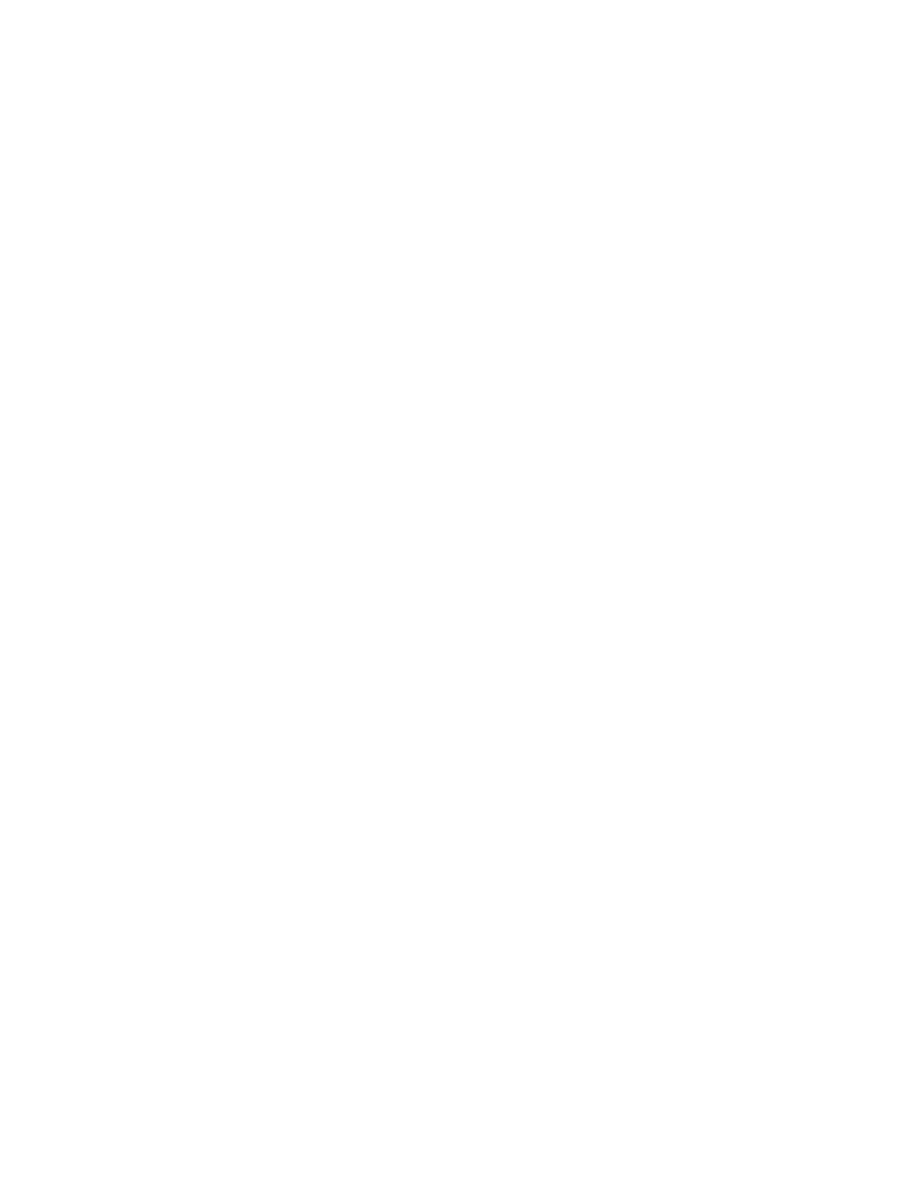
225
Federal Aviation Administration, DOT
§ 121.585
(ii) To grasp and push, pull, turn, or
otherwise manipulate those mecha-
nisms;
(iii) To push, shove, pull, or other-
wise open emergency exits;
(iv) To lift out, hold, deposit on near-
by seats, or maneuver over the
seatbacks to the next row objects the
size and weight of over-wing window
exit doors;
(v) To remove obstructions similar in
size and weight to over-wing exit doors;
(vi) To reach the emergency exit ex-
peditiously;
(vii) To maintain balance while re-
moving obstructions;
(viii) To exit expeditiously;
(ix) To stabilize an escape slide after
deployment; or
(x) To assist others in getting off an
escape slide;
(2) The person is less than 15 years of
age or lacks the capacity to perform
one or more of the applicable functions
listed in paragraph (d) of this section
without the assistance of an adult com-
panion, parent, or other relative;
(3) The person lacks the ability to
read and understand instructions re-
quired by this section and related to
emergency evacuation provided by the
certificate holder in printed or graphic
form or the ability to understand oral
crew commands.
(4) The person lacks sufficient visual
capacity to perform one or more of the
applicable functions in paragraph (d) of
this section without the assistance of
visual aids beyond contact lenses or
eyeglasses;
(5) The person lacks sufficient aural
capacity to hear and understand in-
structions shouted by flight attend-
ants, without assistance beyond a hear-
ing aid;
(6) The person lacks the ability ade-
quately to impart information orally
to other passengers; or,
(7) The person has:
(i) A condition or responsibilities,
such as caring for small children, that
might prevent the person from per-
forming one or more of the applicable
functions listed in paragraph (d) of this
section; or
(ii) A condition that might cause the
person harm if he or she performs one
or more of the applicable functions
listed in paragraph (d) of this section.
(c) Each passenger shall comply with
instructions given by a crewmember or
other authorized employee of the cer-
tificate holder implementing exit seat-
ing restrictions established in accord-
ance with this section.
(d) Each certificate holder shall in-
clude on passenger information cards,
presented in the language in which
briefings and oral commands are given
by the crew, at each exit seat affected
by this section, information that, in
the event of an emergency in which a
crewmember is not available to assist,
a passenger occupying an exit seat may
use if called upon to perform the fol-
lowing functions:
(1) Locate the emergency exit;
(2) Recognize the emergency exit
opening mechanism;
(3) Comprehend the instructions for
operating the emergency exit;
(4) Operate the emergency exit;
(5) Assess whether opening the emer-
gency exit will increase the hazards to
which passengers may be exposed;
(6) Follow oral directions and hand
signals given by a crewmember;
(7) Stow or secure the emergency exit
door so that it will not impede use of
the exit;
(8) Assess the condition of an escape
slide, activate the slide, and stabilize
the slide after deployment to assist
others in getting off the slide;
(9) Pass expeditiously through the
emergency exit; and
(10) Assess, select, and follow a safe
path away from the emergency exit.
(e) Each certificate holder shall in-
clude on passenger information cards,
at each exit seat—
(1) In the primary language in which
emergency commands are given by the
crew, the selection criteria set forth in
paragraph (b) of this section, and a re-
quest that a passenger identify himself
or herself to allow reseating if he or
she:
(i) Cannot meet the selection criteria
set forth in paragraph (b) of this sec-
tion;
(ii) Has a nondiscernible condition
that will prevent him or her from per-
forming the applicable functions listed
in paragraph (d) of this section;
(iii) May suffer bodily harm as the re-
sult of performing one or more of those
functions; or
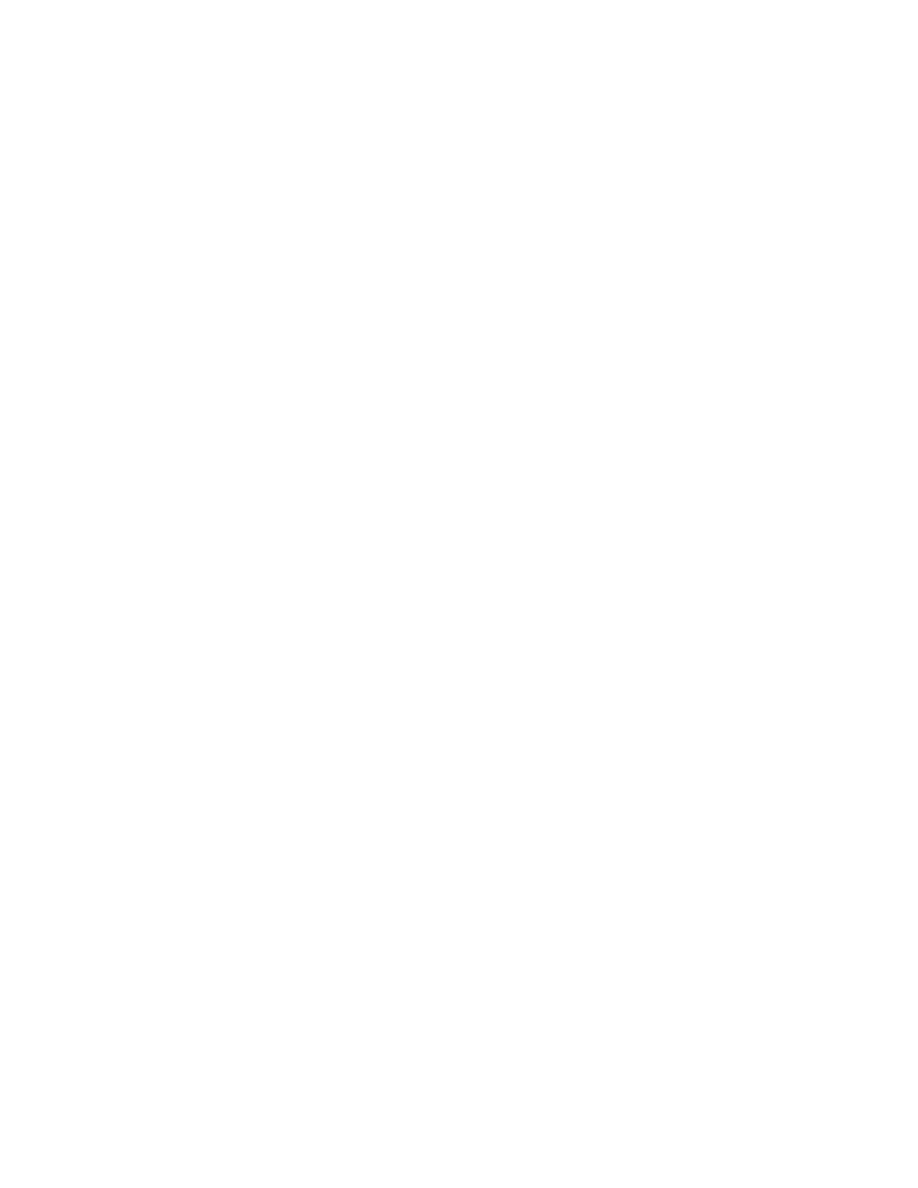
226
14 CFR Ch. I (1–1–24 Edition)
§ 121.585
(iv) Does not wish to perform those
functions; and
(2) In each language used by the cer-
tificate holder for passenger informa-
tion cards, a request that a passenger
identify himself or herself to allow re-
seating if he or she lacks the ability to
read, speak, or understand the lan-
guage or the graphic form in which in-
structions required by this section and
related to emergency evacuation are
provided by the certificate holder, or
the ability to understand the specified
language in which crew commands will
be given in an emergency.
(3) May suffer bodily harm as the re-
sult of performing one or more of those
functions; or,
(4) Does not wish to perform those
functions.
A certificate holder shall not require
the passenger to disclose his or her rea-
son for needing reseating.
(f) Each certificate holder shall make
available for inspection by the public
at all passenger loading gates and tick-
et counters at each airport where it
conducts passenger operations, written
procedures established for making de-
terminations in regard to exit row
seating.
(g) No certificate holder may allow
taxi or pushback unless at least one re-
quired crewmember has verified that
no exit seat is occupied by a person the
crewmember determines is likely to be
unable to perform the applicable func-
tions listed in paragraph (d) of this sec-
tion.
(h) Each certificate holder shall in-
clude in its passenger briefings a ref-
erence to the passenger information
cards, required by paragraphs (d) and
(e), the selection criteria set forth in
paragraph (b), and the functions to be
performed, set forth in paragraph (d) of
this section.
(i) Each certificate holder shall in-
clude in its passenger briefings a re-
quest that a passenger identify himself
or herself to allow reseating if he or
she—
(1) Cannot meet the selection criteria
set forth in paragraph (b) of this sec-
tion;
(2) Has a nondiscernible condition
that will prevent him or her from per-
forming the applicable functions listed
in paragraph (d) of this section;
(3) May suffer bodily harm as the re-
sult of performing one or more of those
functions listed in paragraph (d) of this
section; or,
(4) Does not wish to perform those
functions listed in paragraph (d) of this
section.
A certificate holder shall not require
the passenger to disclose his or her rea-
son for needing reseating.
(j) [Reserved]
(k) In the event a certificate holder
determines in accordance with this sec-
tion that it is likely that a passenger
assigned to an exit seat would be un-
able to perform the functions listed in
paragraph (d) of this section or a pas-
senger requests a non-exit seat, the
certificate holder shall expeditiously
relocate the passenger to a non-exit
seat.
(l) In the event of full booking in the
non-exit seats and if necessary to ac-
commodate a passenger being relocated
from an exit seat, the certificate hold-
er shall move a passenger who is will-
ing and able to assume the evacuation
functions that may be required, to an
exit seat.
(m) A certificate holder may deny
transportation to any passenger under
this section only because—
(1) The passenger refuses to comply
with instructions given by a crew-
member or other authorized employee
of the certificate holder implementing
exit seating restrictions established in
accordance with this section, or
(2) The only seat that will physically
accommodate the person’s handicap is
an exit seat.
(n) In order to comply with this sec-
tion certificate holders shall—
(1) Establish procedures that address:
(i) The criteria listed in paragraph
(b) of this section;
(ii) The functions listed in paragraph
(d) of this section;
(iii) The requirements for airport in-
formation, passenger information
cards, crewmember verification of ap-
propriate seating in exit seats, pas-
senger briefings, seat assignments, and
denial of transportation as set forth in
this section;
(iv) How to resolve disputes arising
from implementation of this section,
including identification of the certifi-
cate holder employee on the airport to
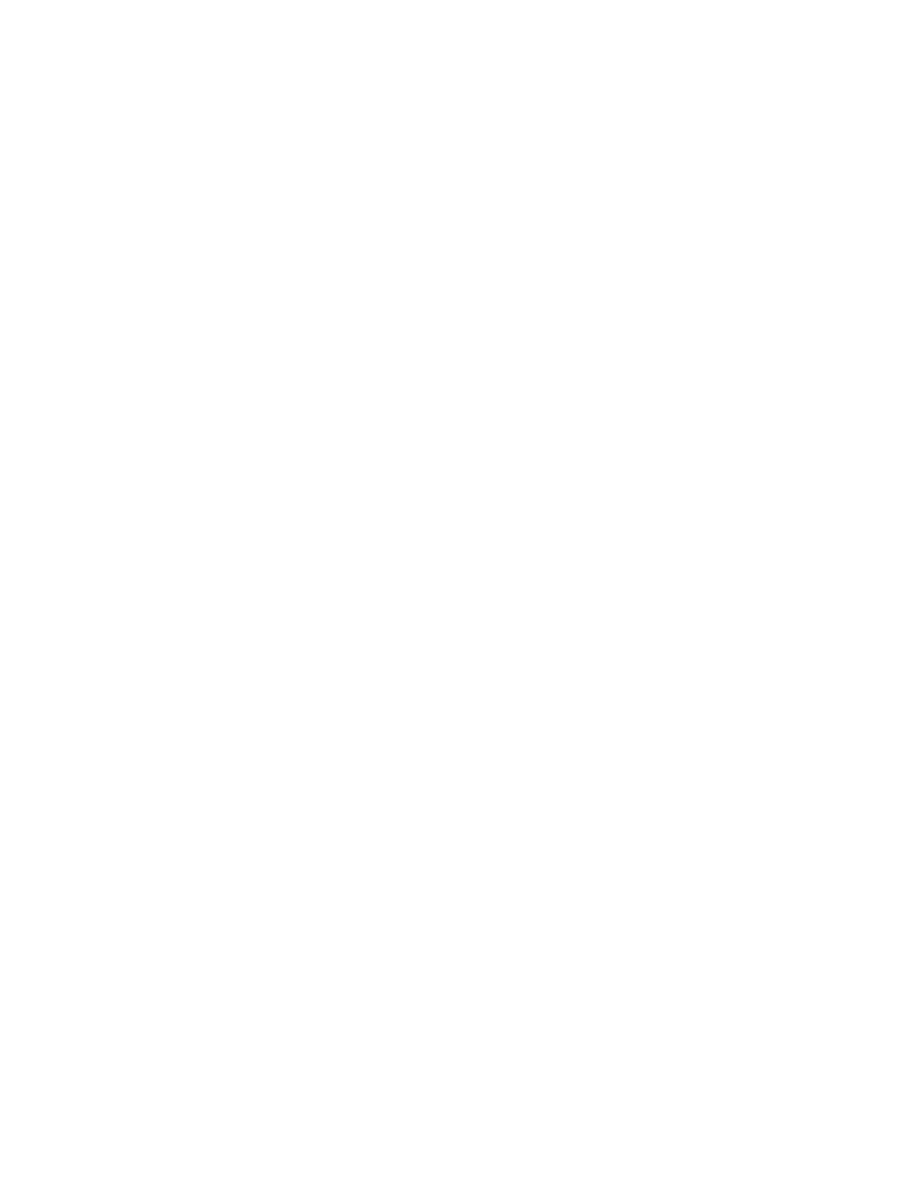
227
Federal Aviation Administration, DOT
§ 121.589
whom complaints should be addressed
for resolution; and,
(2) Submit their procedures for pre-
liminary review and approval to the
principal operations inspectors as-
signed to them at the responsible
Flight Standards office.
(o) Certificate holders shall assign
seats prior to boarding consistent with
the criteria listed in paragraph (b) and
the functions listed in paragraph (d) of
this section, to the maximum extent
feasible.
(p) The procedures required by para-
graph (n) of this section will not be-
come effective until final approval is
granted by the Executive Director,
Flight Standards Service, Washington,
DC. Approval will be based solely upon
the safety aspects of the certificate
holder’s procedures.
[Doc. No. 25821, 55 FR 8072, Mar. 6, 1990, as
amended by Amdt. 121–232, 57 FR 48663, Oct.
27, 1992; Amdt. 121–253, 61 FR 2614, Jan. 26,
1996; Docket FAA–2018–0119, Amdt. 121–380, 83
FR 9172, 9173, Mar. 5, 2018]
§ 121.586 Authority to refuse transpor-
tation.
(a) No certificate holder may refuse
transportation to a passenger on the
basis that, because the passenger may
need the assistance of another person
to move expeditiously to an exit in the
event of an emergency, his transpor-
tation would or might be inimical to
safety of flight unless—
(1) The certificate holder has estab-
lished procedures (including reasonable
notice requirements) for the carriage
of passengers who may need the assist-
ance of another person to move expedi-
tiously to an exit in the event of an
emergency; and
(2) At least one of the following con-
ditions exist:
(i) The passenger fails to comply with
the notice requirements in the certifi-
cate holder’s procedures.
(ii) The passenger cannot be carried
in accordance with the certificate hold-
er’s procedures.
(b) Each certificate holder shall pro-
vide the responsible Flight Standards
office with a copy of each procedure it
establishes in accordance with para-
graph (a)(2) of this section.
(c) Whenever the Administrator finds
that revisions in the procedures de-
scribed in paragraph (a)(2) of this sec-
tion are necessary in the interest of
safety or in the public interest, the cer-
tificate holder, after notification by
the Administrator, shall make those
revisions in its procedures. Within 30
days after the certificate holder re-
ceives such notice, it may file a peti-
tion to reconsider the notice with the
responsible Flight Standards office.
The filing of a petition to reconsider
stays the notice pending a decision by
the Administrator. However, if the Ad-
ministrator finds that there is an
emergency that requires immediate ac-
tion in the interest of safety in air
commerce, he may, upon a statement
of the reasons, require a change effec-
tive without stay.
(d) Each certificate holder shall
make available to the public at each
airport it serves a copy of each proce-
dure it establishes in accordance with
paragraph (a)(1) of this section.
[Doc. No. 12881, 42 FR 18394, Apr. 7, 1977, as
amended by Amdt. 121–174, 46 FR 38051, July
23, 1981; Amdt. 121–207, 54 FR 39293, Sept. 25,
1989; Amdt. 121–253, 61 FR 2614, Jan. 26, 1996;
Docket FAA–2018–0119, Amdt. 121–380, 83 FR
9172, Mar. 5, 2018]
§ 121.587 Closing and locking of
flightcrew compartment door.
(a) Except as provided in paragraph
(b) of this section, a pilot in command
of an airplane that has a lockable
flightcrew compartment door in ac-
cordance with § 121.313 and that is car-
rying passengers shall ensure that the
door separating the flightcrew com-
partment from the passenger compart-
ment is closed and locked at all times
when the aircraft is being operated.
(b) The provisions of paragraph (a) of
this section do not apply at any time
when it is necessary to permit access
and egress by persons authorized in ac-
cordance with § 121.547 and provided the
part 119 operator complies with FAA
approved procedures regarding the
opening, closing and locking of the
flightdeck doors.
[Doc. No. FAA–2001–11032, 67 FR 2128, Jan. 15,
2002]
§ 121.589 Carry-on baggage.
(a) No certificate holder may allow
the boarding of carry-on baggage on an
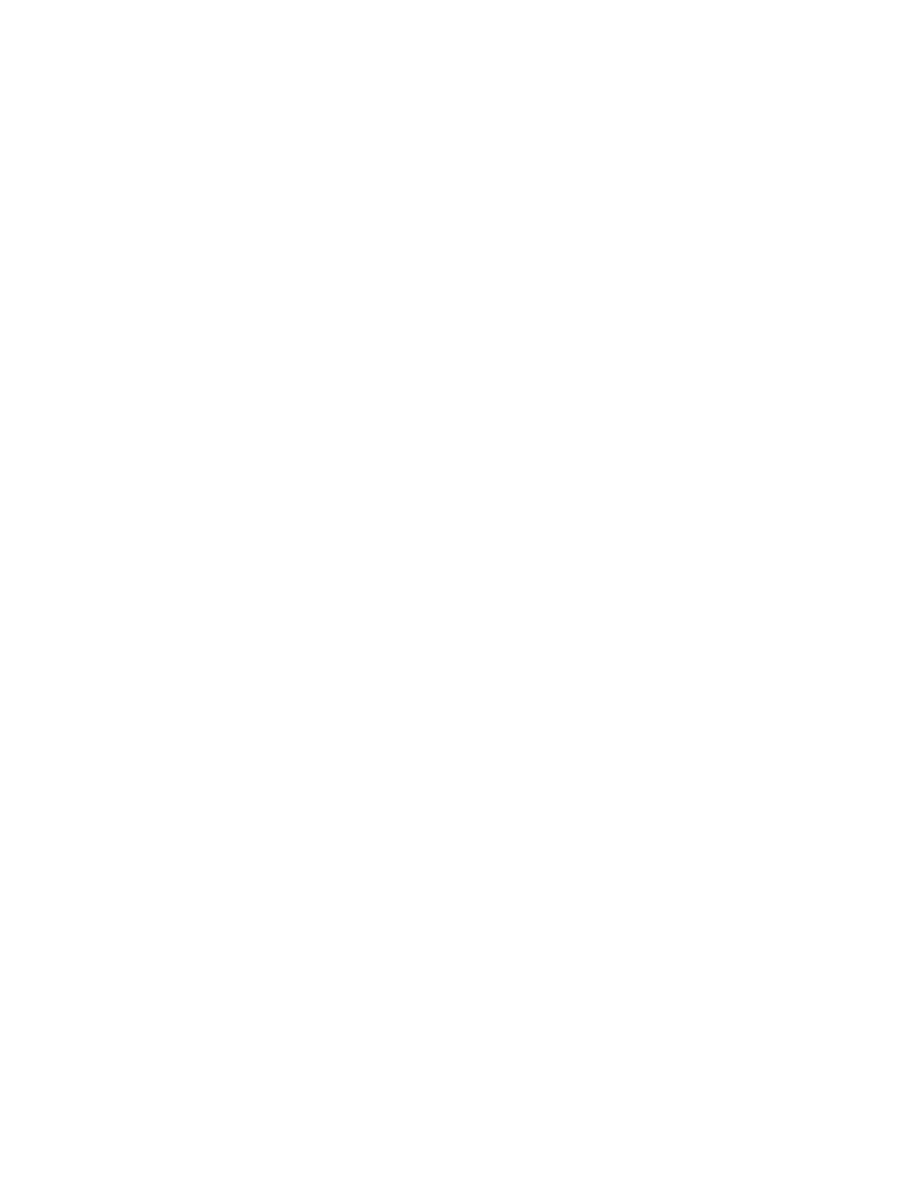
228
14 CFR Ch. I (1–1–24 Edition)
§ 121.590
airplane unless each passenger’s bag-
gage has been scanned to control the
size and amount carried on board in ac-
cordance with an approved carry-on
baggage program in its operations
specifications. In addition, no pas-
senger may board an airplane if his/her
carry-on baggage exceeds the baggage
allowance prescribed in the carry-on
baggage program in the certificate
holder’s operations specifications.
(b) No certificate holder may allow
all passenger entry doors of an airplane
to be closed in preparation for taxi or
pushback unless at least one required
crewmember has verified that each ar-
ticle of baggage is stowed in accord-
ance with this section and § 121.285 (c)
and (d).
(c) No certificate holder may allow
an airplane to take off or land unless
each article of baggage is stowed:
(1) In a suitable closet or baggage or
cargo stowage compartment placarded
for its maximum weight and providing
proper restraint for all baggage or
cargo stowed within, and in a manner
that does not hinder the possible use of
any emergency equipment; or
(2) As provided in § 121.285 (c) and (d);
or
(3) Under a passenger seat.
(d) Baggage, other than articles of
loose clothing, may not be placed in an
overhead rack unless that rack is
equipped with approved restraining de-
vices or doors.
(e) Each passenger must comply with
instructions given by crewmembers re-
garding compliance with paragraphs
(a), (b), (c), (d), and (g) of this section.
(f) Each passenger seat under which
baggage is allowed to be stowed shall
be fitted with a means to prevent arti-
cles of baggage stowed under it from
sliding forward. In addition, each aisle
seat shall be fitted with a means to
prevent articles of baggage stowed
under it from sliding sideward into the
aisle under crash impacts severe
enough to induce the ultimate inertia
forces specified in the emergency land-
ing condition regulations under which
the airplane was type certificated.
(g) In addition to the methods of
stowage in paragraph (c) of this sec-
tion, flexible travel canes carried by
blind individuals may be stowed—
(1) Under any series of connected pas-
senger seats in the same row, if the
cane does not protrude into an aisle
and if the cane is flat on the floor; or
(2) Between a nonemergency exit
window seat and the fuselage, if the
cane is flat on the floor; or
(3) Beneath any two nonemergency
exit window seats, if the cane is flat on
the floor; or
(4) In accordance with any other
method approved by the Adminis-
trator.
[Doc. No. 24996, 52 FR 21476, June 5, 1987, as
amended by Amdt. 121–251, 60 FR 65935, Dec.
20, 1995]
§ 121.590 Use of certificated land air-
ports in the United States.
(a) Except as provided in paragraphs
(b) or (c) of this section, or unless au-
thorized by the Administrator under 49
U.S.C. 44706(c), no air carrier and no
pilot being used by an air carrier may
operate, in the conduct of a domestic
type operation, flag type operation, or
supplemental type operation, an air-
plane at a land airport in any State of
the United States, the District of Co-
lumbia, or any territory or possession
of the United States unless that air-
port is certificated under part 139 of
this chapter. Further, after June 9, 2005
for Class I airports and after December
9, 2005 for Class II, III, and IV airports,
when an air carrier and a pilot being
used by the air carrier are required to
operate at an airport certificated under
part 139 of this chapter, the air carrier
and the pilot may only operate at that
airport if the airport is classified under
part 139 to serve the type airplane to be
operated and the type of operation to
be conducted.
(b)(1) An air carrier and a pilot being
used by the air carrier in the conduct
of a domestic type operation, flag type
operation, or supplemental type oper-
ation may designate and use as a re-
quired alternate airport for departure
or destination an airport that is not
certificated under part 139 of this chap-
ter.
(2) Until December 9, 2005, an air car-
rier and a pilot being used by the air
carrier in the conduct of domestic type
operations and flag type operations,
may operate an airplane designed for
more than 9 but less than 31 passenger
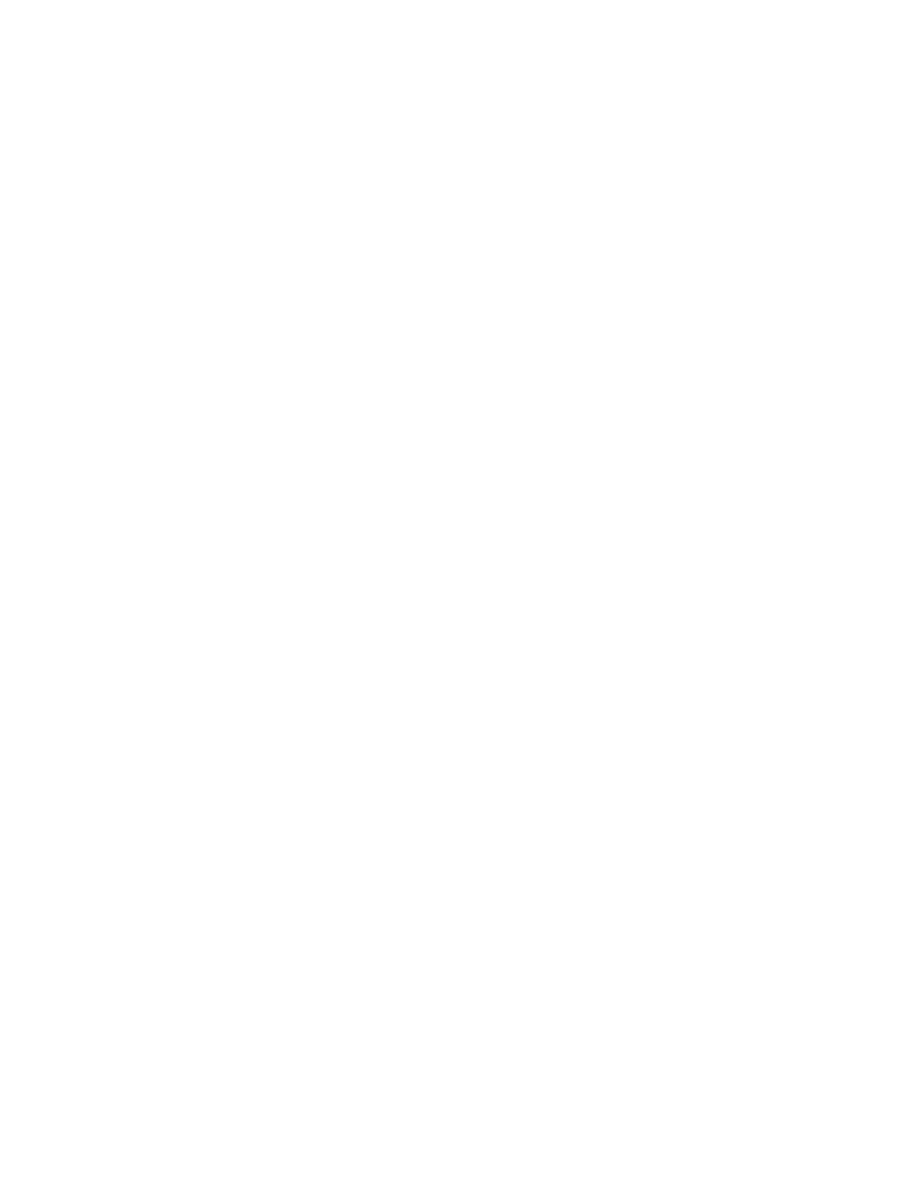
229
Federal Aviation Administration, DOT
§ 121.590
seats, at a land airport, in any State of
the United States, the District of Co-
lumbia, or any territory or possession
of the United States, that does not
hold an airport operating certificate
issued under part 139 of this chapter,
and that serves small air carrier air-
craft (as defined under ‘‘Air carrier air-
craft’’ and ‘‘Class III airport’’ in § 139.5
of this Chapter).
(c) An air carrier and a pilot used by
the air carrier in conducting a domes-
tic type operation, flag type operation,
or supplemental type operation may
operate an airplane at an airport oper-
ated by the U.S. Government that is
not certificated under part 139 of this
chapter, only if that airport meets the
equivalent—
(1) Safety standards for airports cer-
tificated under part 139 of this chapter;
and
(2) Airport classification require-
ments under part 139 to serve the type
airplane to be operated and the type of
operation to be conducted.
(d) An air carrier, a commercial oper-
ator, and a pilot being used by the air
carrier or the commercial operator—
when conducting a passenger-carrying
airplane operation under this part that
is not a domestic type operation, a flag
type operation, or a supplemental type
operation—may operate at a land air-
port not certificated under part 139 of
this chapter only when the following
conditions are met:
(1) The airport is adequate for the
proposed operation, considering such
items as size, surface, obstructions,
and lighting.
(2) For an airplane carrying pas-
sengers at night, the pilot may not
take off from, or land at, an airport un-
less—
(i) The pilot has determined the wind
direction from an illuminated wind di-
rection indicator or local ground com-
munications or, in the case of takeoff,
that pilot’s personal observations; and
(ii) The limits of the area to be used
for landing or takeoff are clearly
shown by boundary or runway marker
lights. If the area to be used for takeoff
or landing is marked by flare pots or
lanterns, their use must be authorized
by the Administrator.
(e) A commercial operator and a pilot
used by the commercial operator in
conducting a domestic type operation,
flag type operation, or supplemental
type operation may operate an airplane
at an airport operated by the U.S. Gov-
ernment that is not certificated under
part 139 of this chapter only if that air-
port meets the equivalent—
(1) Safety standards for airports cer-
tificated under part 139 of this chapter;
and
(2) Airport classification require-
ments under part 139 of this chapter to
serve the type airplane to be operated
and the type of operation to be con-
ducted.
(f) For the purpose of this section,
the terms—
Domestic type operation
means any do-
mestic operation conducted with—
(1) An airplane designed for at least
31 passenger seats (as determined by
the aircraft type certificate issued by a
competent civil aviation authority) at
any land airport in any State of the
United States, the District of Colum-
bia, or any territory or possession of
the United States; or
(2) An airplane designed for more
than 9 passenger seats but less than 31
passenger seats (as determined by the
aircraft type certificate issued by a
competent civil aviation authority) at
any land airport in any State of the
United States (except Alaska), the Dis-
trict of Columbia, or any territory or
possession of the United States.
Flag type operation
means any flag op-
eration conducted with—
(1) An airplane designed for at least
31 passenger seats (as determined by
the aircraft type certificate issued by a
competent civil aviation authority) at
any land airport in any State of the
United States, the District of Colum-
bia, or any territory or possession of
the United States; or
(2) An airplane designed for more
than 9 passenger seats but less than 31
passenger seats (as determined by the
aircraft type certificate issued by a
competent civil aviation authority) at
any land airport in any State of the
United States (except Alaska), the Dis-
trict of Columbia, or any territory or
possession of the United States.
Supplemental type operation
means
any supplemental operation (except an
all-cargo operation) conducted with an
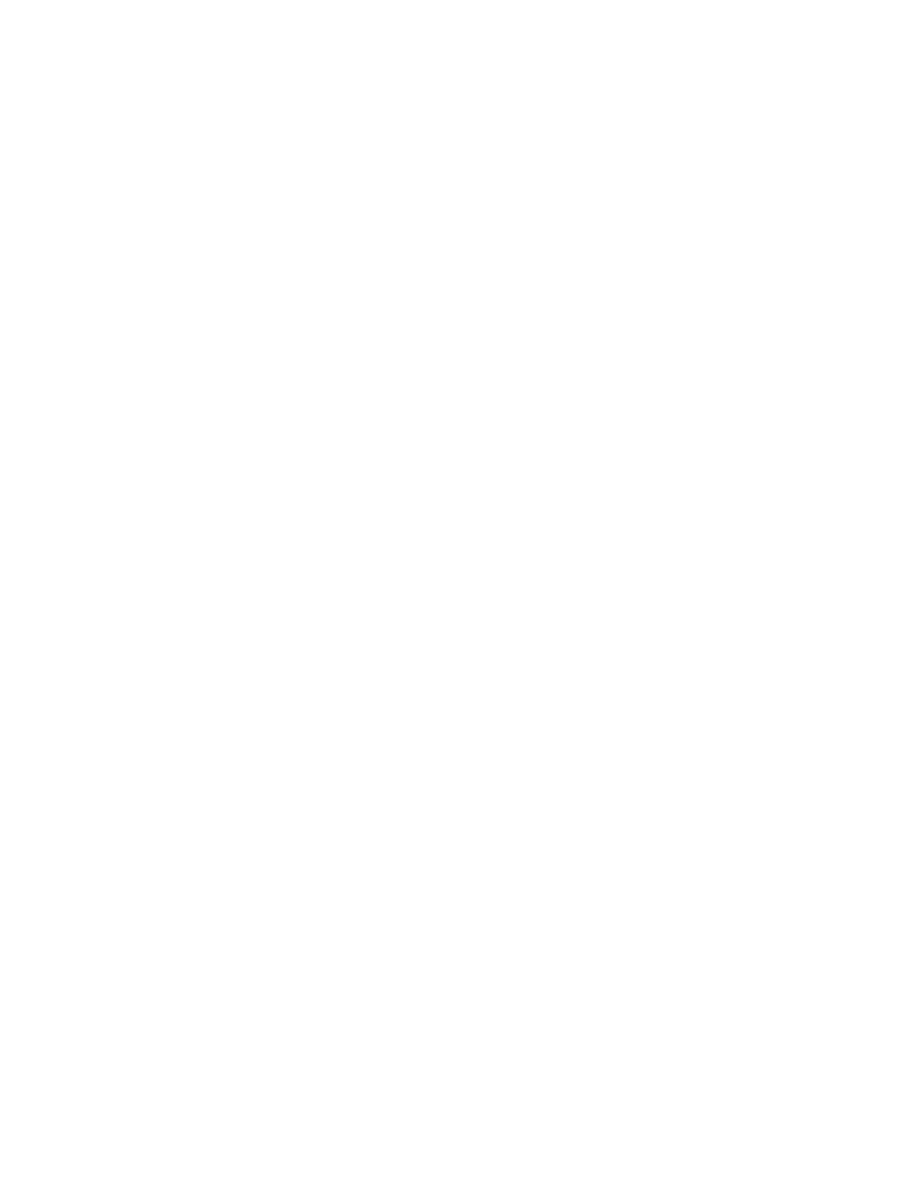
230
14 CFR Ch. I (1–1–24 Edition)
§ 121.591
airplane designed for at least 31 pas-
senger seats (as determined by the air-
craft type certificate issued by a com-
petent civil aviation authority) at any
land airport in any State of the United
States, the District of Columbia, or
any territory or possession of the
United States.
United States
means the States of the
United States, the District of Colum-
bia, and the territories and possessions
of the United States.
N
OTE
: Special Statutory Requirement to
Operate to or From a Part 139 Airport. Each
air carrier that provides—in an aircraft (e.g.,
airplane, rotorcraft, etc.) designed for more
than 9 passenger seats—regularly scheduled
charter air transportation for which the pub-
lic is provided in advance a schedule con-
taining the departure location, departure
time, and arrival location of the flight must
operate to and from an airport certificated
under part 139 of this chapter in accordance
with 49 U.S.C. 41104(b). That statutory provi-
sion contains stand-alone requirements for
such air carriers and special exceptions for
operations in Alaska and outside the United
States. Nothing in § 121.590 exempts the air
carriers described in this note from the re-
quirements of 49 U.S.C. 41104(b). Certain op-
erations by air carriers that conduct public
charter operations under 14 CFR part 380 are
covered by the statutory requirements to op-
erate to and from part 139 airports.
See
49
U.S.C. 41104(b).
[Doc. No. FAA–2000–7479, 69 FR 6424, Feb. 10,
2004; Amdt. 121–304, 69 FR 31522, June 4, 2004]
Subpart U—Dispatching and Flight
Release Rules
S
OURCE
: Docket No. 6258, 29 FR 19222, Dec.
31, 1964, unless otherwise noted.
§ 121.591 Applicability.
This subpart prescribes dispatching
rules for domestic and flag operations
and flight release rules for supple-
mental operations.
[Doc. No. 28154, 61 FR 2614, Jan. 26, 1996]
§ 121.593 Dispatching authority: Do-
mestic operations.
Except when an airplane lands at an
intermediate airport specified in the
original dispatch release and remains
there for not more than one hour, no
person may start a flight unless an air-
craft dispatcher specifically authorizes
that flight.
§ 121.595 Dispatching authority: Flag
operations.
(a) No person may start a flight un-
less an aircraft dispatcher specifically
authorizes that flight.
(b) No person may continue a flight
from an intermediate airport without
redispatch if the airplane has been on
the ground more than six hours.
§ 121.597 Flight release authority: Sup-
plemental operations.
(a) No person may start a flight
under a flight following system with-
out specific authority from the person
authorized by the operator to exercise
operational control over the flight.
(b) No person may start a flight un-
less the pilot in command or the person
authorized by the operator to exercise
operational control over the flight has
executed a flight release setting forth
the conditions under which the flights
will be conducted. The pilot in com-
mand may sign the flight release only
when he and the person authorized by
the operator to exercise operational
control believe that the flight can be
made with safety.
(c) No person may continue a flight
from an intermediate airport without a
new flight release if the aircraft has
been on the ground more than six
hours.
[Doc. No. 6258, 29 FR 19222, Dec. 31, 1964, as
amended by Amdt. 121–3, 30 FR 3639, Mar. 19,
1965]
§ 121.599 Familiarity with weather
conditions.
(a)
Domestic and flag operations.
No
aircraft dispatcher may release a flight
unless he is thoroughly familiar with
reported and forecast weather condi-
tions on the route to be flown.
(b)
Supplemental operations.
No pilot
in command may begin a flight unless
he is thoroughly familiar with reported
and forecast weather conditions on the
route to be flown.
[Doc. No. 6258, 29 FR 19222, Dec. 31, 1964, as
amended by Amdt. 121–253, 61 FR 2614, Jan.
26, 1996]
§ 121.601 Aircraft dispatcher informa-
tion to pilot in command: Domestic
and flag operations.
(a) The aircraft dispatcher shall pro-
vide the pilot in command all available
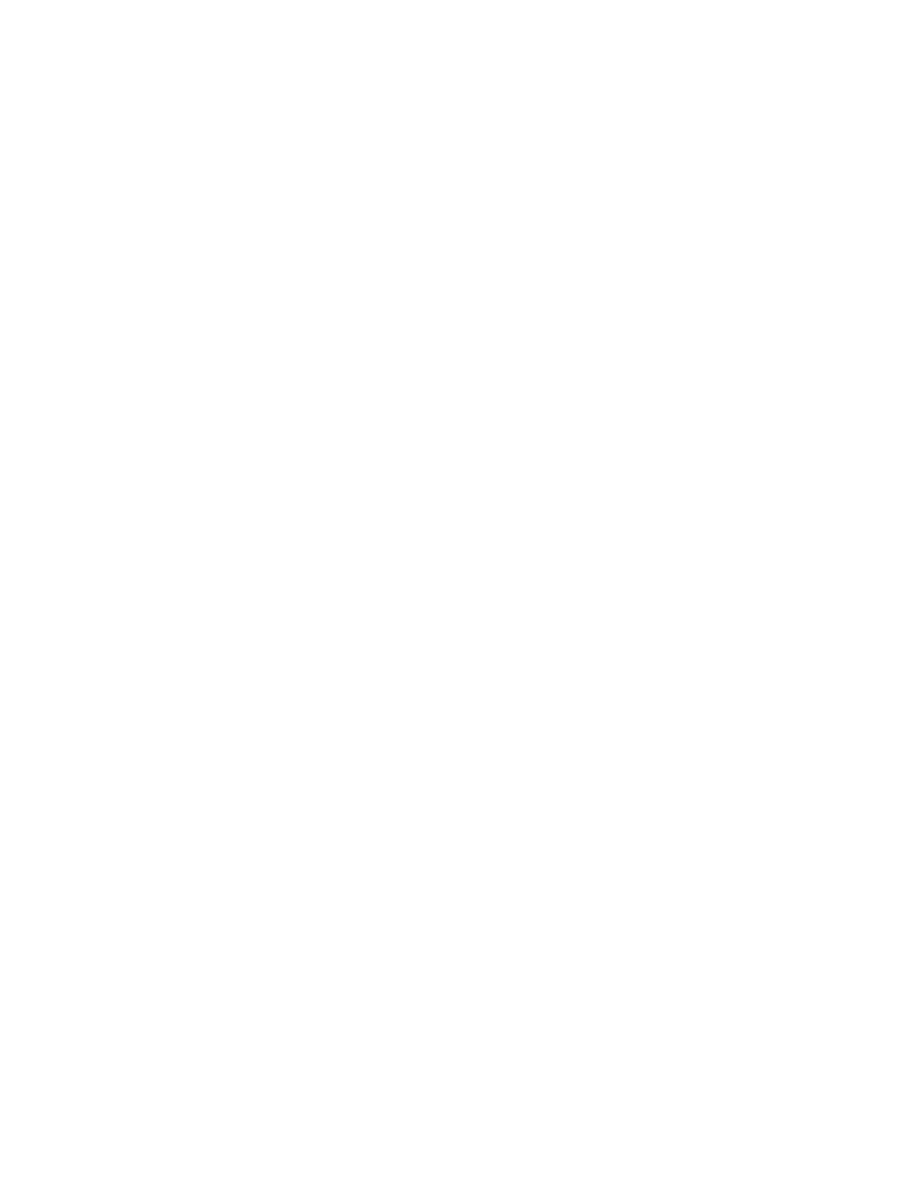
231
Federal Aviation Administration, DOT
§ 121.613
current reports or information on air-
port conditions and irregularities of
navigation facilities that may affect
the safety of the flight.
(b) Before beginning a flight, the air-
craft dispatcher shall provide the pilot
in command with all available weather
reports and forecasts of weather phe-
nomena that may affect the safety of
flight, including adverse weather phe-
nomena, such as clear air turbulence,
thunderstorms, and low altitude wind
shear, for each route to be flown and
each airport to be used.
(c) During a flight, the aircraft dis-
patcher shall provide the pilot in com-
mand any additional available infor-
mation of meteorological conditions
(including adverse weather phenomena,
such as clear air turbulence, thunder-
storms, and low altitude wind shear),
and irregularities of facilities and serv-
ices that may affect the safety of the
flight.
[Doc. No. 6258, 29 FR 19222, Dec. 31, 1964, as
amended by Amdt. 121–134, 42 FR 27573, May
31, 1977; Amdt. 121–144, 43 FR 22649, May 25,
1978; Amdt. 121–253, 61 FR 2614, Jan. 26, 1996]
§ 121.603 Facilities and services: Sup-
plemental operations.
(a) Before beginning a flight, each
pilot in command shall obtain all
available current reports or informa-
tion on airport conditions and irreg-
ularities of navigation facilities that
may affect the safety of the flight.
(b) During a flight, the pilot in com-
mand shall obtain any additional avail-
able information of meteorological
conditions and irregularities of facili-
ties and services that may affect the
safety of the flight.
§ 121.605 Airplane equipment.
No person may dispatch or release an
airplane unless it is airworthy and is
equipped as prescribed in § 121.303.
§ 121.607 Communication and naviga-
tion facilities: Domestic and flag op-
erations.
(a) Except as provided in paragraph
(b) of this section for a certificate hold-
er conducting flag operations, no per-
son may dispatch an airplane over an
approved route or route segment unless
the communication and navigation fa-
cilities required by §§ 121.99 and 121.103
for the approval of that route or seg-
ment are in satisfactory operating con-
dition.
(b) If, because of technical reasons or
other reasons beyond the control of a
certificate holder conducting flag oper-
ations, the facilities required by
§§ 121.99 and 121.103 are not available
over a route or route segment outside
the United States, the certificate hold-
er may dispatch an airplane over that
route or route segment if the pilot in
command and dispatcher find that
communication and navigation facili-
ties equal to those required are avail-
able and are in satisfactory operating
condition.
[Doc. No. 6258, 29 FR 19222, Dec. 31, 1964, as
amended by Amdt. 121–253, 61 FR 2614, Jan.
26, 1996]
§ 121.609 Communication and naviga-
tion facilities: Supplemental oper-
ations.
No person may release an aircraft
over any route or route segment unless
communication and navigation facili-
ties equal to those required by § 121.121
are in satisfactory operating condition.
§ 121.611 Dispatch or flight release
under VFR.
No person may dispatch or release an
aircraft for VFR operation unless the
ceiling and visibility en route, as indi-
cated by available weather reports or
forecasts, or any combination thereof,
are and will remain at or above appli-
cable VFR minimums until the aircraft
arrives at the airport or airports speci-
fied in the dispatch or flight release.
§ 121.613 Dispatch or flight release
under IFR or over the top.
Except as provided in § 121.615, no per-
son may dispatch or release an aircraft
for operations under IFR or over-the-
top, unless appropriate weather reports
or forecasts, or any combination there-
of, indicate that the weather condi-
tions will be at or above the authorized
minimums at the estimated time of ar-
rival at the airport or airports to
which dispatched or released.
[Doc. No. 6258, 29 FR 19222, Dec. 31, 1964, as
amended by Amdt. 121–33, 32 FR 13912, Oct. 6,
1967]
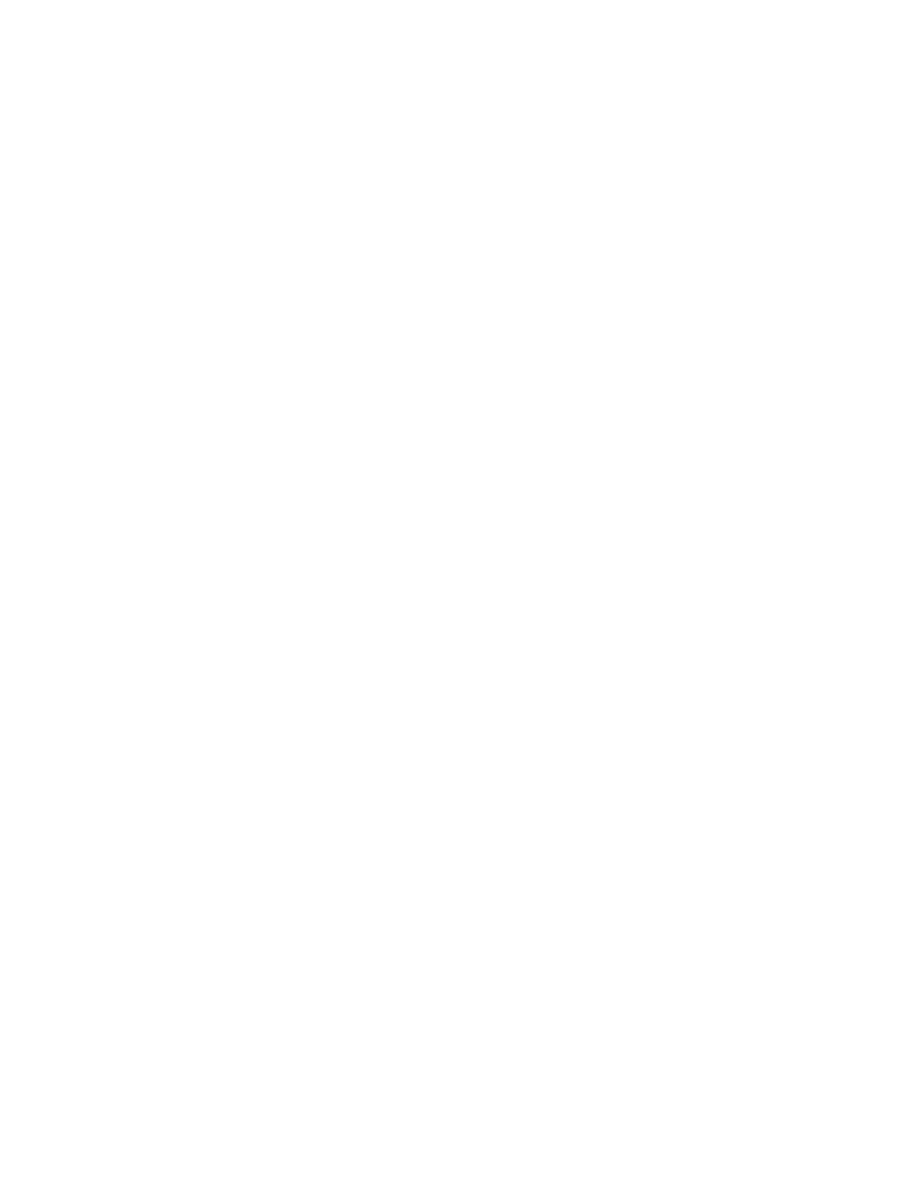
232
14 CFR Ch. I (1–1–24 Edition)
§ 121.615
§ 121.615 Dispatch or flight release
over water: Flag and supplemental
operations.
(a) No person may dispatch or release
an aircraft for a flight that involves ex-
tended overwater operation unless ap-
propriate weather reports or forecasts
or any combination thereof, indicate
that the weather conditions will be at
or above the authorized minimums at
the estimated time of arrival at any
airport to which dispatched or released
or to any required alternate airport.
(b) Each certificate holder con-
ducting a flag or supplemental oper-
ation or a domestic operation within
the State of Alaska shall conduct ex-
tended overwater operations under IFR
unless it shows that operating under
IFR is not necessary for safety.
(c) Each certificate holder con-
ducting a flag or supplemental oper-
ation or a domestic operation within
the State of Alaska shall conduct other
overwater operations under IFR if the
Administrator determines that oper-
ation under IFR is necessary for safety.
(d) Each authorization to conduct ex-
tended overwater operations under
VFR and each requirement to conduct
other overwater operations under IFR
will be specified in the certificate hold-
er’s operations specifications.
[Doc. No. 6258, 29 FR 19222, Dec. 31, 1964, as
amended by Amdt. 121–33, 32 FR 13912, Oct. 6,
1967; Amdt. 121–253, 61 FR 2614, Jan. 26, 1996]
§ 121.617 Alternate airport for depar-
ture.
(a) If the weather conditions at the
airport of takeoff are below the landing
minimums in the certificate holder’s
operations specifications for that air-
port, no person may dispatch or release
an aircraft from that airport unless the
dispatch or flight release specifies an
alternate airport located within the
following distances from the airport of
takeoff:
(1)
Aircraft having two engines.
Not
more than one hour from the departure
airport at normal cruising speed in
still air with one engine inoperative.
(2)
Aircraft having three or more en-
gines.
Not more than two hours from
the departure airport at normal cruis-
ing speed in still air with one engine
inoperative.
(b) For the purpose of paragraph (a)
of this section, the alternate airport
weather conditions must meet the re-
quirements of the certificate holder’s
operations specifications.
(c) No person may dispatch or release
an aircraft from an airport unless he
lists each required alternate airport in
the dispatch or flight release.
§ 121.619 Alternate airport for destina-
tion: IFR or over-the-top: Domestic
operations.
(a) No person may dispatch an air-
plane under IFR or over-the-top unless
he lists at least one alternate airport
for each destination airport in the dis-
patch release. When the weather condi-
tions forecast for the destination and
first alternate airport are marginal at
least one additional alternate must be
designated. However, no alternate air-
port is required if for at least 1 hour
before and 1 hour after the estimated
time of arrival at the destination air-
port the appropriate weather reports or
forecasts, or any combination of them,
indicate—
(1) The ceiling will be at least 2,000
feet above the airport elevation; and
(2) Visibility will be at least 3 miles.
(b) For the purposes of paragraph (a)
of this section, the weather conditions
at the alternate airport must meet the
requirements of § 121.625.
(c) No person may dispatch a flight
unless he lists each required alternate
airport in the dispatch release.
[Doc. No. 6258, 29 FR 19222, Dec. 31, 1964, as
amended by Amdt. 121–159, 45 FR 41594, June
19, 1980]
§ 121.621 Alternate airport for destina-
tion: Flag operations.
(a) No person may dispatch an air-
plane under IFR or over-the-top unless
he lists at least one alternate airport
for each destination airport in the dis-
patch release, unless—
(1) The flight is scheduled for not
more than 6 hours and, for at least 1
hour before and 1 hour after the esti-
mated time of arrival at the destina-
tion airport, the appropriate weather
reports or forecasts, or any combina-
tion of them, indicate the ceiling will
be:
(i) At least 1,500 feet above the lowest
circling MDA, if a circling approach is
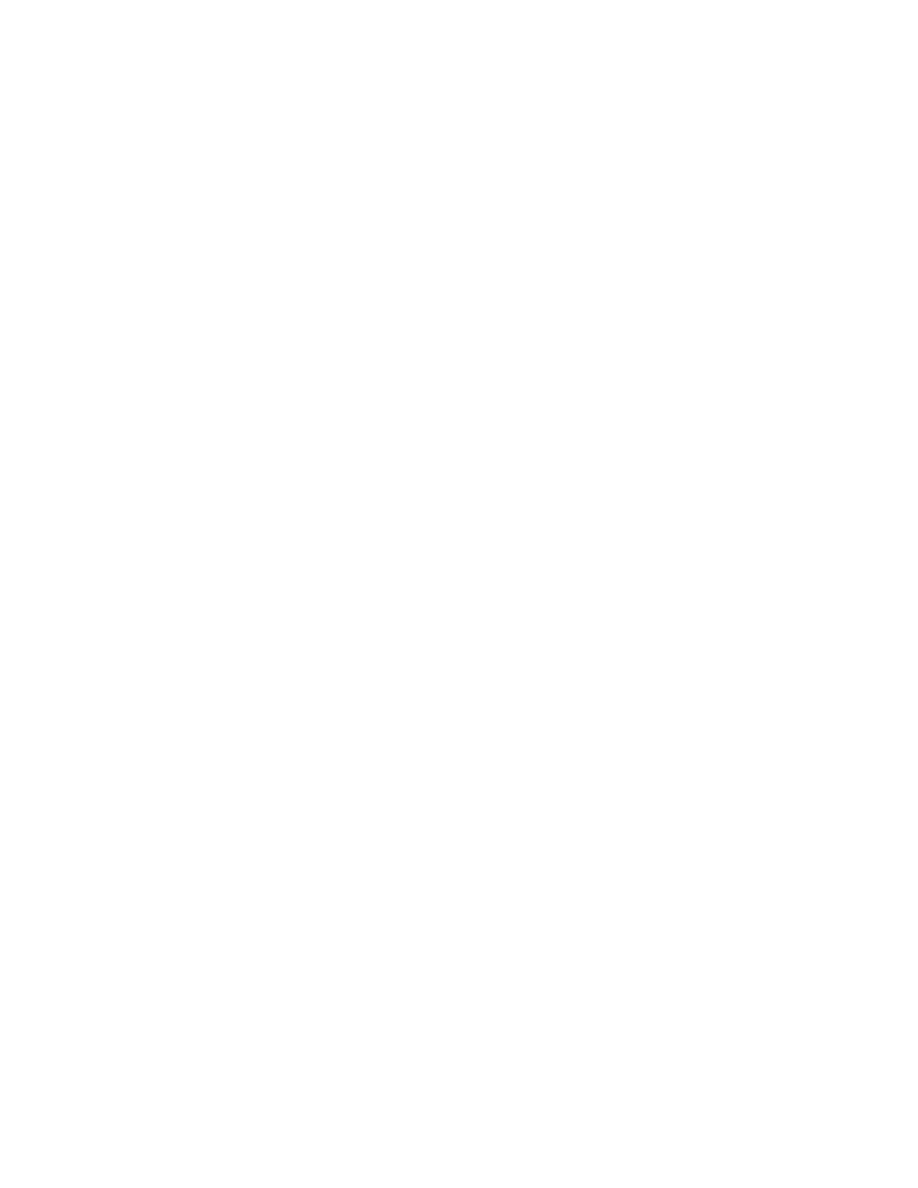
233
Federal Aviation Administration, DOT
§ 121.625
required and authorized for that air-
port; or
(ii) At least 1,500 feet above the low-
est published instrument approach
minimum or 2,000 feet above the air-
port elevation, whichever is greater;
and
(iii) The visibility at that airport will
be at least 3 miles, or 2 miles more
than the lowest applicable visibility
minimums, whichever is greater, for
the instrument approach procedures to
be used at the destination airport; or
(2) The flight is over a route approved
without an available alternate airport
for a particular destination airport and
the airplane has enough fuel to meet
the requirements of § 121.641(b) or
§ 121.645(c).
(b) For the purposes of paragraph (a)
of this section, the weather conditions
at the alternate airport must meet the
requirements of the certificate holder’s
operations specifications.
(c) No person may dispatch a flight
unless he lists each required alternate
airport in the dispatch release.
[Doc. No. 6258, 29 FR 19222, Dec. 31, 1964, as
amended by Amdt. 121–159, 45 FR 41594, June
19, 1980; Amdt. 121–253, 61 FR 2614, Jan. 26,
1996]
§ 121.623 Alternate airport for destina-
tion: IFR or over-the-top: Supple-
mental operations.
(a) Except as provided in paragraph
(b) of this section, each person releas-
ing an aircraft for operation under IFR
or over-the-top shall list at least one
alternate airport for each destination
airport in the flight release.
(b) An alternate airport need not be
designated for IFR or over-the-top op-
erations where the aircraft carries
enough fuel to meet the requirements
of §§ 121.643 and 121.645 for flights out-
side the 48 contiguous States and the
District of Columbia over routes with-
out an available alternate airport for a
particular airport of destination.
(c) For the purposes of paragraph (a)
of this section, the weather require-
ments at the alternate airport must
meet the requirements of the certifi-
cate holder’s operations specifications.
(d) No person may release a flight un-
less he lists each required alternate
airport in the flight release.
[Doc. No. 6258, 29 FR 19222, Dec. 31, 1964, as
amended by Amdt. 121–253, 61 FR 2614, Jan.
26, 1996]
§ 121.624 ETOPS Alternate Airports.
(a) No person may dispatch or release
an airplane for an ETOPS flight unless
enough ETOPS Alternate Airports are
listed in the dispatch or flight release
such that the airplane remains within
the authorized ETOPS maximum diver-
sion time. In selecting these ETOPS
Alternate Airports, the certificate
holder must consider all adequate air-
ports within the authorized ETOPS di-
version time for the flight that meet
the standards of this part.
(b) No person may list an airport as
an ETOPS Alternate Airport in a dis-
patch or flight release unless, when it
might be used (from the earliest to the
latest possible landing time)—
(1) The appropriate weather reports
or forecasts, or any combination there-
of, indicate that the weather condi-
tions will be at or above the ETOPS Al-
ternate Airport minima specified in
the certificate holder’s operations
specifications; and
(2) The field condition reports indi-
cate that a safe landing can be made.
(c) Once a flight is en route, the
weather conditions at each ETOPS Al-
ternate Airport must meet the require-
ments of § 121.631 (c).
(d) No person may list an airport as
an ETOPS Alternate Airport in the dis-
patch or flight release unless that air-
port meets the public protection re-
quirements of § 121.97(b)(1)(ii).
[Doc. No. FAA–2002–6717, 72 FR 1881, Jan. 16,
2007]
§ 121.625 Alternate Airport weather
minima.
Except as provided in § 121.624 for
ETOPS Alternate Airports, no person
may list an airport as an alternate in
the dispatch or flight release unless the
appropriate weather reports or fore-
casts, or any combination thereof, indi-
cate that the weather conditions will
be at or above the alternate weather
minima specified in the certificate
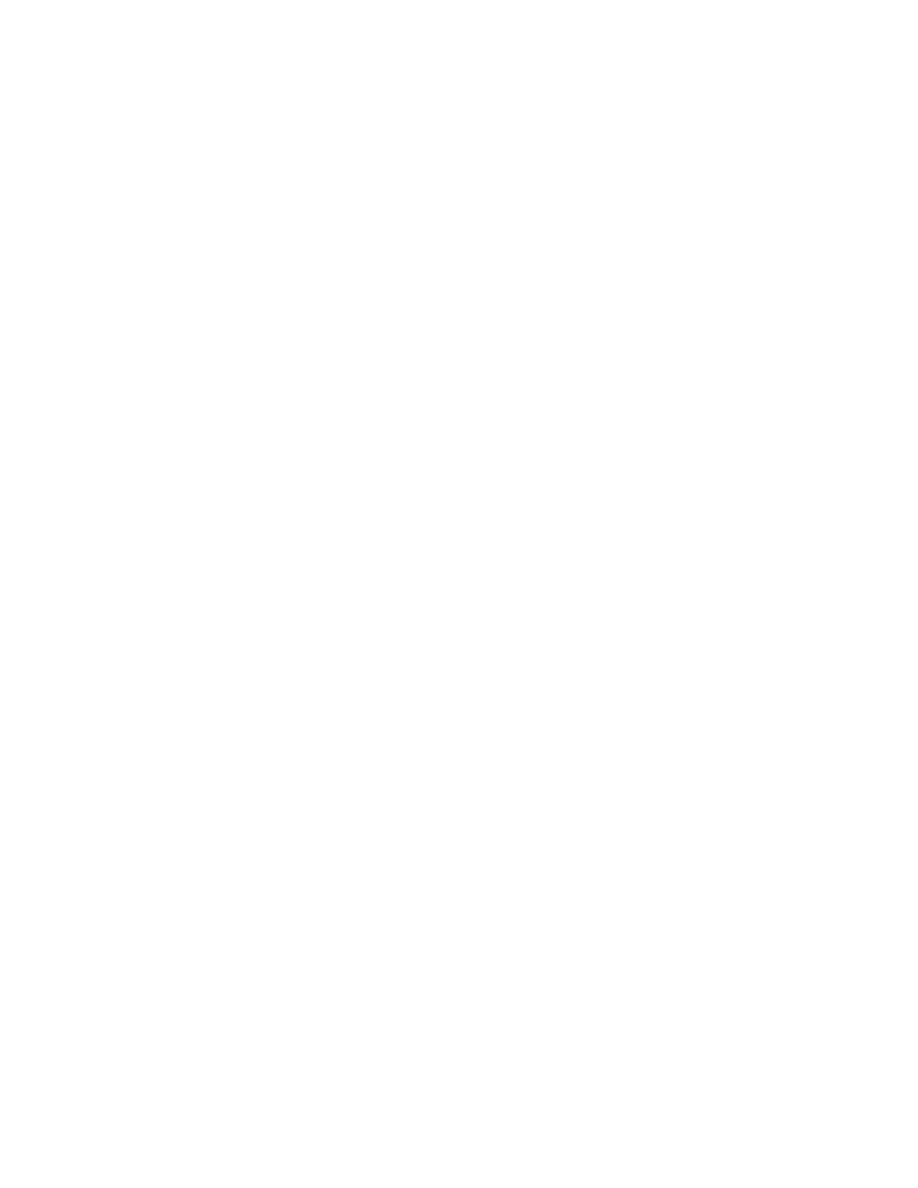
234
14 CFR Ch. I (1–1–24 Edition)
§ 121.627
holder’s operations specifications for
that airport when the flight arrives.
[Doc. No. FAA–2002–6717, 72 FR 1881, Jan. 16,
2007]
§ 121.627 Continuing flight in unsafe
conditions.
(a) No pilot in command may allow a
flight to continue toward any airport
to which it has been dispatched or re-
leased if, in the opinion of the pilot in
command or dispatcher (domestic and
flag operations only), the flight cannot
be completed safely; unless, in the
opinion of the pilot in command, there
is no safer procedure. In that event,
continuation toward that airport is an
emergency situation as set forth in
§ 121.557.
(b) If any instrument or item of
equipment required under this chapter
for the particular operation becomes
inoperative en route, the pilot in com-
mand shall comply with the approved
procedures for such an occurrence as
specified in the certificate holder’s
manual.
[Doc. No. 6258, 29 FR 1922, Dec. 31, 1964, as
amended by Amdt. 121–222, 56 FR 12310, Mar.
22, 1991; Amdt. 121–253, 61 FR 2615, Jan. 26,
1996]
§ 121.628 Inoperable instruments and
equipment.
(a) No person may take off an air-
plane with inoperable instruments or
equipment installed unless the fol-
lowing conditions are met:
(1) An approved Minimum Equipment
List exists for that airplane.
(2) The responsible Flight Standards
office has issued the certificate holder
operations specifications authorizing
operations in accordance with an ap-
proved Minimum Equipment List. The
flight crew shall have direct access at
all times prior to flight to all of the in-
formation contained in the approved
Minimum Equipment List through
printed or other means approved by the
Administrator in the certificate hold-
ers operations specifications. An ap-
proved Minimum Equipment List, as
authorized by the operations specifica-
tions, constitutes an approved change
to the type design without requiring
recertification.
(3) The approved Minimum Equip-
ment List must:
(i) Be prepared in accordance with
the limitations specified in paragraph
(b) of this section.
(ii) Provide for the operation of the
airplane with certain instruments and
equipment in an inoperable condition.
(4) Records identifying the inoperable
instruments and equipment and the in-
formation required by paragraph
(a)(3)(ii) of this section must be avail-
able to the pilot.
(5) The airplane is operated under all
applicable conditions and limitations
contained in the Minimum Equipment
List and the operations specifications
authorizing use of the Minimum Equip-
ment List.
(b) The following instruments and
equipment may not be included in the
Minimum Equipment List:
(1) Instruments and equipment that
are either specifically or otherwise re-
quired by the airworthiness require-
ments under which the airplane is type
certificated and which are essential for
safe operations under all operating
conditions.
(2) Instruments and equipment re-
quired by an airworthiness directive to
be in operable condition unless the air-
worthiness directive provides other-
wise.
(3) Instruments and equipment re-
quired for specific operations by this
part.
(c) Notwithstanding paragraphs (b)(1)
and (b)(3) of this section, an airplane
with inoperable instruments or equip-
ment may be operated under a special
flight permit under §§ 21.197 and 21.199
of this chapter.
[Doc. No. 25780, 56 FR 12310, Mar. 22, 1991;
Amdt. 121–222, 56 FR 14290, Apr. 8, 1991; Amdt.
121–253, 61 FR 2615, Jan. 26, 1996; Docket
FAA–2018–0119, Amdt. 121–380, 83 FR 9172,
Mar. 5, 2018]
§ 121.629 Operation in icing condi-
tions.
(a) No person may dispatch or release
an aircraft, continue to operate an air-
craft en route, or land an aircraft when
in the opinion of the pilot in command
or aircraft dispatcher (domestic and
flag operations only), icing conditions
are expected or met that might ad-
versely affect the safety of the flight.
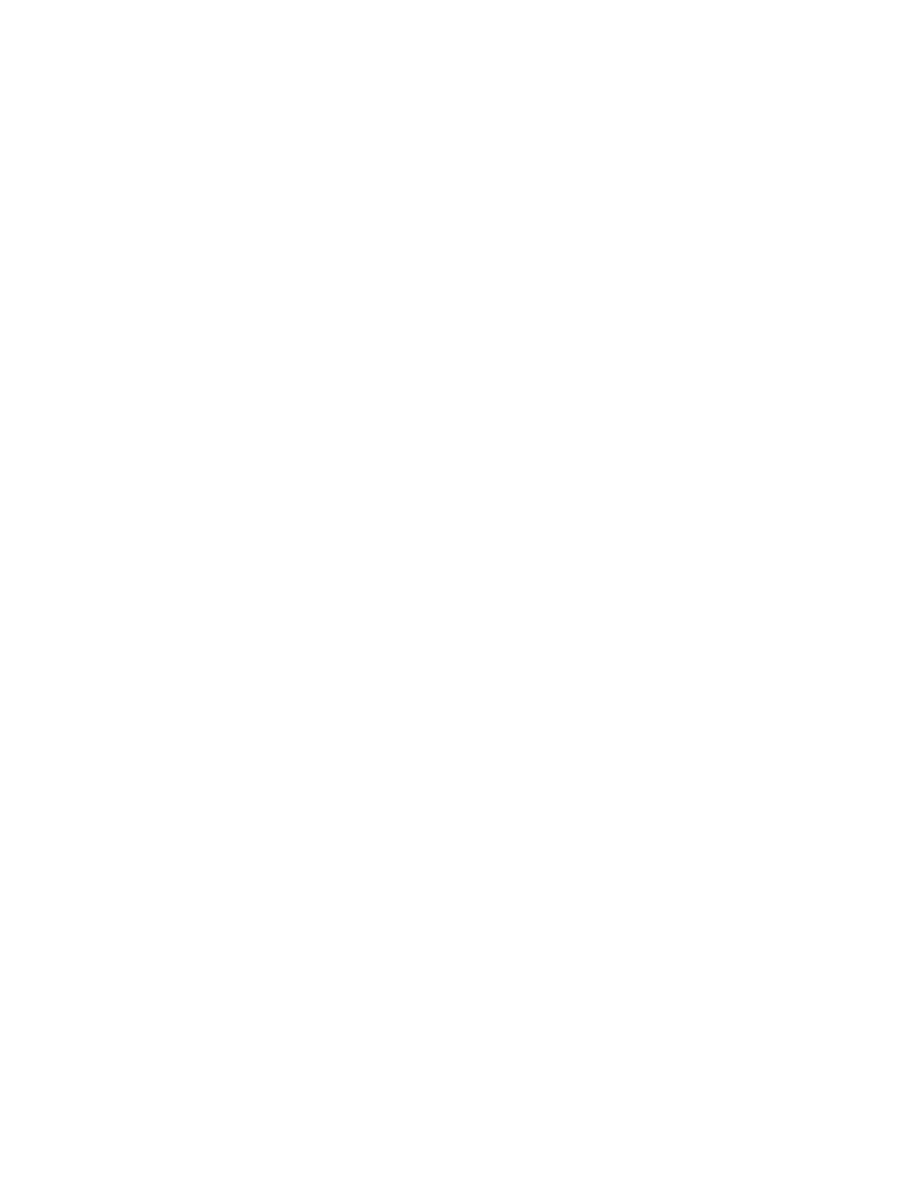
235
Federal Aviation Administration, DOT
§ 121.629
(b) No person may take off an air-
craft when frost, ice, or snow is adher-
ing to the wings, control surfaces, pro-
pellers, engine inlets, or other critical
surfaces of the aircraft or when the
takeoff would not be in compliance
with paragraph (c) of this section.
Takeoffs with frost under the wing in
the area of the fuel tanks may be au-
thorized by the Administrator.
(c) Except as provided in paragraph
(d) of this section, no person may dis-
patch, release, or take off an aircraft
any time conditions are such that
frost, ice, or snow may reasonably be
expected to adhere to the aircraft, un-
less the certificate holder has an ap-
proved ground deicing/anti-icing pro-
gram in its operations specifications
and unless the dispatch, release, and
takeoff comply with that program. The
approved ground deicing/anti-icing pro-
gram must include at least the fol-
lowing items:
(1) A detailed description of—
(i) How the certificate holder deter-
mines that conditions are such that
frost, ice, or snow may reasonably be
expected to adhere to the aircraft and
that ground deicing/anti-icing oper-
ational procedures must be in effect;
(ii) Who is responsible for deciding
that ground deicing/anti-icing oper-
ational procedures must be in effect;
(iii) The procedures for implementing
ground deicing/anti-icing operational
procedures;
(iv) The specific duties and respon-
sibilities of each operational position
or group responsible for getting the
aircraft safely airborne while ground
deicing/anti-icing operational proce-
dures are in effect.
(2) Initial and annual recurrent
ground training and testing for flight
crewmembers and qualification for all
other affected personnel (e.g., aircraft
dispatchers, ground crews, contract
personnel) concerning the specific re-
quirements of the approved program
and each person’s responsibilities and
duties under the approved program,
specifically covering the following
areas:
(i) The use of holdover times.
(ii) Aircraft deicing/anti-icing proce-
dures, including inspection and check
procedures and responsibilities.
(iii) Communications procedures.
(iv) Aircraft surface contamination
(
i.e.
, adherence of frost, ice, or snow)
and critical area identification, and
how contamination adversely affects
aircraft performance and flight charac-
teristics.
(v) Types and characteristics of deic-
ing/anti-icing fluids.
(vi) Cold weather preflight inspection
procedures;
(vii) Techniques for recognizing con-
tamination on the aircraft.
(3) The certificate holder’s holdover
timetables and the procedures for the
use of these tables by the certificate
holder’s personnel. Holdover time is
the estimated time deicing/anti-icing
fluid will prevent the formation of
frost or ice and the accumulation of
snow on the protected surfaces of an
aircraft. Holdover time begins when
the final application of deicing/anti-
icing fluid commences and expires
when the deicing/anti-icing fluid ap-
plied to the aircraft loses its effective-
ness. The holdover times must be sup-
ported by data acceptable to the Ad-
ministrator. The certificate holder’s
program must include procedures for
flight crewmembers to increase or de-
crease the determined holdover time in
changing conditions. The program
must provide that takeoff after exceed-
ing any maximum holdover time in the
certificate holder’s holdover timetable
is permitted only when at least one of
the following conditions exists:
(i) A pretakeoff contamination
check, as defined in paragraph (c)(4) of
this section, determines that the
wings, control surfaces, and other crit-
ical surfaces, as defined in the certifi-
cate holder’s program, are free of frost,
ice, or snow.
(ii) It is otherwise determined by an
alternate procedure approved by the
Administrator in accordance with the
certificate holder’s approved program
that the wings, control surfaces, and
other critical surfaces, as defined in
the certificate holder’s program, are
free of frost, ice, or snow.
(iii) The wings, control surfaces, and
other critical surfaces are redeiced and
a new holdover time is determined.
(4) Aircraft deicing/anti-icing proce-
dures and responsibilities, pretakeoff
check procedures and responsibilities,
and pretakeoff contamination check
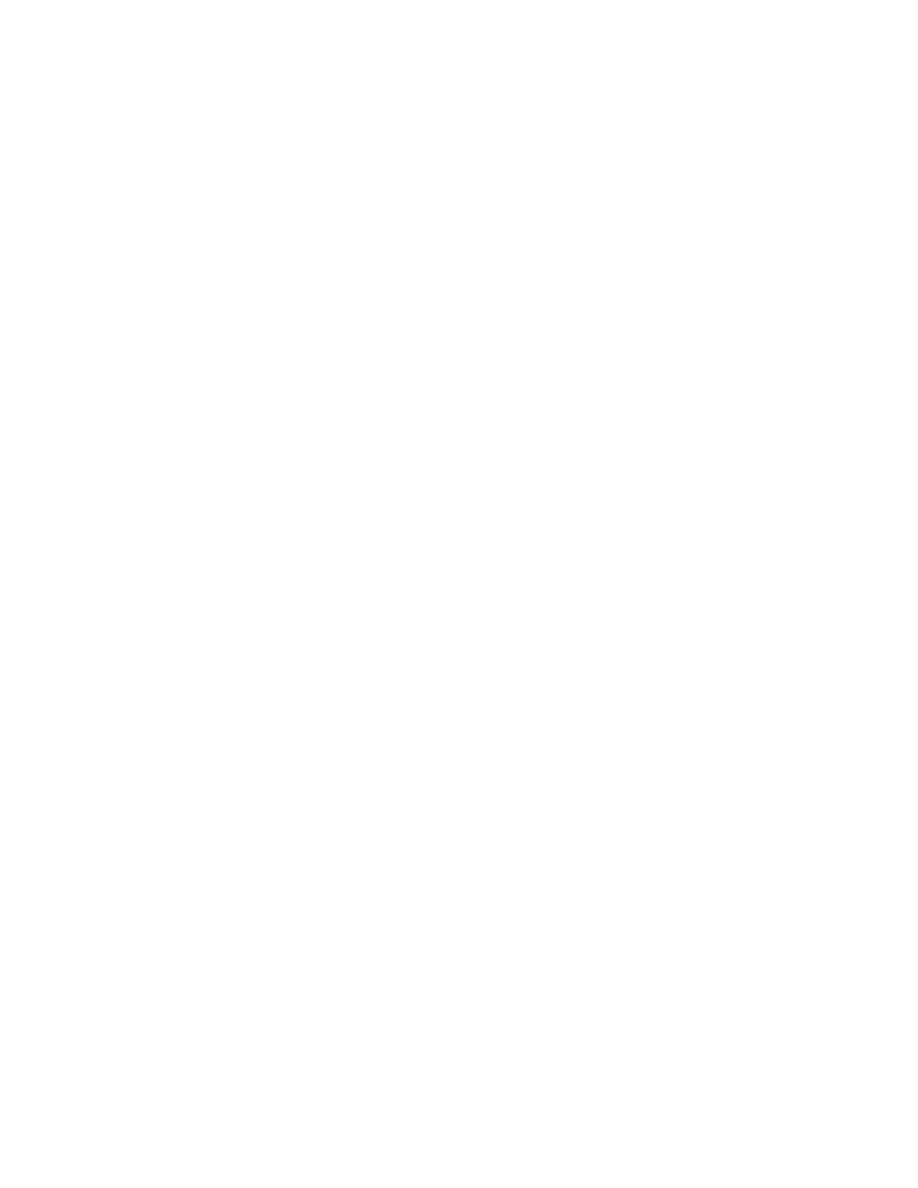
236
14 CFR Ch. I (1–1–24 Edition)
§ 121.631
procedures and responsibilities. A pre-
takeoff check is a check of the air-
craft’s wings or representative aircraft
surfaces for frost, ice, or snow within
the aircraft’s holdover time. A pre-
takeoff contamination check is a check
to make sure the wings, control sur-
faces, and other critical surfaces, as de-
fined in the certificate holder’s pro-
gram, are free of frost, ice, and snow. It
must be conducted within five minutes
prior to beginning take off. This check
must be accomplished from outside the
aircraft unless the program specifies
otherwise.
(d) A certificate holder may continue
to operate under this section without a
program as required in paragraph (c) of
this section, if it includes in its oper-
ations specifications a requirement
that, any time conditions are such that
frost, ice, or snow may reasonably be
expected to adhere to the aircraft, no
aircraft will take off unless it has been
checked to ensure that the wings, con-
trol surfaces, and other critical sur-
faces are free of frost, ice, and snow.
The check must occur within five min-
utes prior to beginning takeoff. This
check must be accomplished from out-
side the aircraft.
[Doc. No. 6258, 29 FR 19222, Dec. 31, 1964, as
amended by Amdt. 121–231, 57 FR 44942, Sept.
29, 1992; Amdt. 121–253, 61 FR 2615, Jan. 26,
1996]
§ 121.631 Original dispatch or flight re-
lease, redispatch or amendment of
dispatch or flight release.
(a) A certificate holder may specify
any regular, provisional, or refueling
airport, authorized for the type of air-
craft, as a destination for the purpose
of original dispatch or release.
(b) No person may allow a flight to
continue to an airport to which it has
been dispatched or released unless the
weather conditions at an alternate air-
port that was specified in the dispatch
or flight release are forecast to be at or
above the alternate minimums speci-
fied in the operations specifications for
that airport at the time the aircraft
would arrive at the alternate airport.
However, the dispatch or flight release
may be amended en route to include
any alternate airport that is within the
fuel range of the aircraft as specified in
§§ 121.639 through 121.647.
(c) No person may allow a flight to
continue beyond the ETOPS Entry
Point unless—
(1) Except as provided in paragraph
(d) of this section, the weather condi-
tions at each ETOPS Alternate Airport
required by § 121.624 are forecast to be
at or above the operating minima for
that airport in the certificate holder’s
operations specifications when it
might be used (from the earliest to the
latest possible landing time); and
(2) All ETOPS Alternate Airports
within the authorized ETOPS max-
imum diversion time are reviewed and
the flight crew advised of any changes
in conditions that have occurred since
dispatch.
(d) If paragraph (c)(1) of this section
cannot be met for a specific airport,
the dispatch or flight release may be
amended to add an ETOPS Alternate
Airport within the maximum ETOPS
diversion time that could be authorized
for that flight with weather conditions
at or above operating minima.
(e) Before the ETOPS Entry Point,
the pilot in command for a supple-
mental operator or a dispatcher for a
flag operator must use company com-
munications to update the flight plan
if needed because of a re-evaluation of
aircraft system capabilities.
(f) No person may change an original
destination or alternate airport that is
specified in the original dispatch or
flight release to another airport while
the aircraft is en route unless the other
airport is authorized for that type of
aircraft and the appropriate require-
ments of §§ 121.593 through 121.661 and
121.173 are met at the time of redis-
patch or amendment of the flight re-
lease.
(g) Each person who amends a dis-
patch or flight release en route shall
record that amendment.
[Doc. No. 628, 29 FR 19222, Dec. 31, 1964, as
amended by Amdt. 121–65, 35 FR 12709, Aug.
11, 1970; Amdt. 121–329, 72 FR 1881, Jan. 16,
2007]
§ 121.633 Considering time-limited sys-
tems in planning ETOPS alternates.
(a) For ETOPS up to and including
180 minutes, no person may list an air-
port as an ETOPS Alternate Airport in
a dispatch or flight release if the time
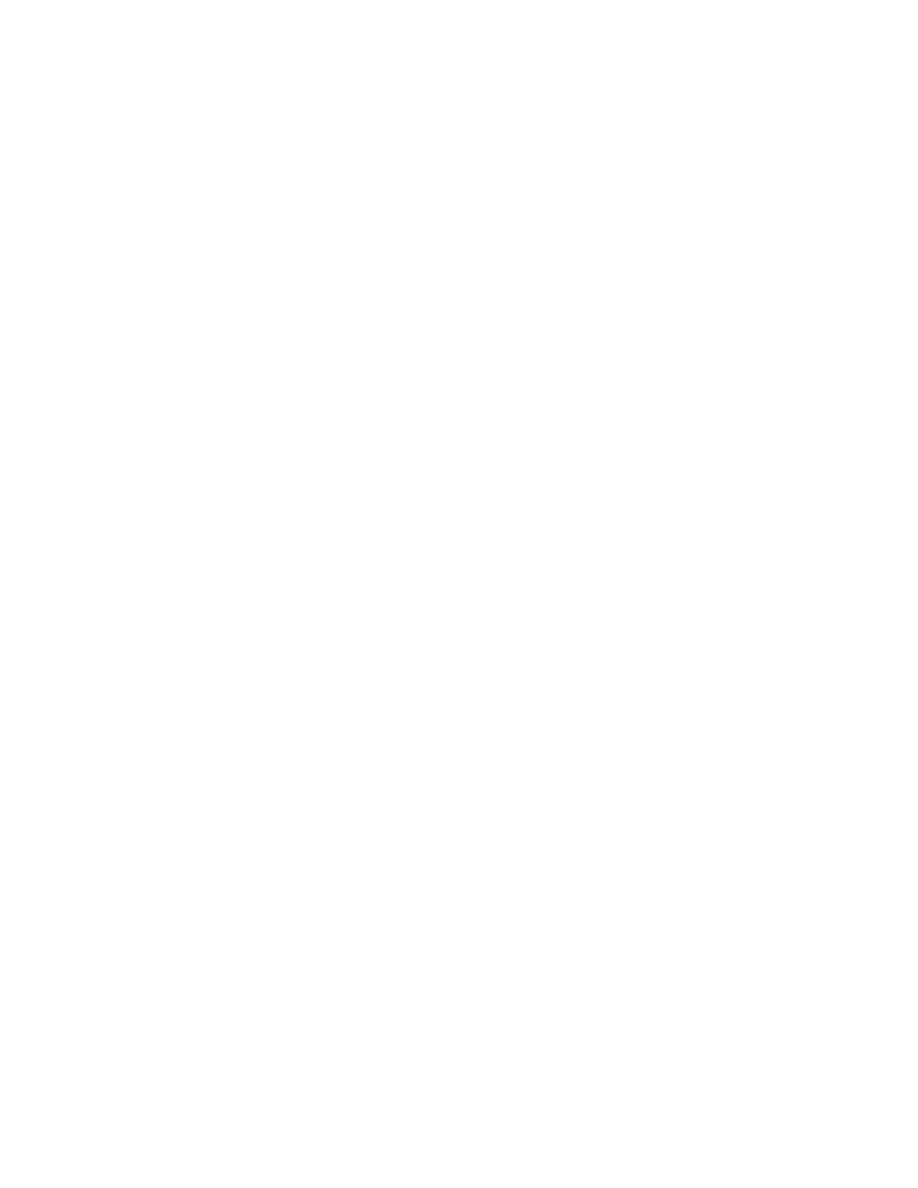
237
Federal Aviation Administration, DOT
§ 121.639
needed to fly to that airport (at the ap-
proved one-engine inoperative cruise
speed under standard conditions in still
air) would exceed the approved time for
the airplane’s most limiting ETOPS
Significant System (including the air-
plane’s most limiting fire suppression
system time for those cargo and bag-
gage compartments required by regula-
tion to have fire-suppression systems)
minus 15 minutes.
(b) For ETOPS beyond 180 minutes,
no person may list an airport as an
ETOPS Alternate Airport in a dispatch
or flight release if the time needed to
fly to that airport:
(1) at the all engine operating cruise
speed, corrected for wind and tempera-
ture, exceeds the airplane’s most lim-
iting fire suppression system time
minus 15 minutes for those cargo and
baggage compartments required by reg-
ulation to have fire suppression sys-
tems (except as provided in paragraph
(c) of this section), or
(2) at the one-engine-inoperative
cruise speed, corrected for wind and
temperature, exceeds the airplane’s
most limiting ETOPS Significant Sys-
tem time (other than the airplane’s
most limiting fire suppression system
time minus 15 minutes for those cargo
and baggage compartments required by
regulation to have fire-suppression sys-
tems).
(c) For turbine-engine powered air-
planes with more than two engines, the
certificate holder need not meet para-
graph (b)(1) of this section until Feb-
ruary 15, 2013.
[Doc. No. FAA–2002–6717, 72 FR 1882, Jan. 16,
2007]
§ 121.635 Dispatch to and from refuel-
ing or provisional airports: Domes-
tic and flag operations.
No person may dispatch an airplane
to or from a refueling or provisional
airport except in accordance with the
requirements of this part applicable to
dispatch from regular airports and un-
less that airport meets the require-
ments of this part applicable to regular
airports.
[Doc. No. 16383, 43 FR 22649, May 25, 1978]
§ 121.637 Takeoffs from unlisted and
alternate airports: Domestic and
flag operations.
(a) No pilot may takeoff an airplane
from an airport that is not listed in the
operations specifications unless—
(1) The airport and related facilities
are adequate for the operation of the
airplane;
(2) He can comply with the applicable
airplane operating limitations;
(3) The airplane has been dispatched
according to dispatching rules applica-
ble to operation from an approved air-
port; and
(4) The weather conditions at that
airport are equal to or better than the
following:
(i)
Airports in the United States.
The
weather minimums for takeoff pre-
scribed in part 97 of this chapter; or
where minimums are not prescribed for
the airport, 800–2, 900–1
1
⁄
2
, or 1,000–1.
(ii)
Airports outside the United States.
The weather minimums for takeoff pre-
scribed or approved by the government
of the country in which the airport is
located; or where minimums are not
prescribed or approved for the airport,
800–2, 900–1
1
⁄
2
, or 1,000–1.
(b) No pilot may take off from an al-
ternate airport unless the weather con-
ditions are at least equal to the mini-
mums prescribed in the certificate
holder’s operations specifications for
alternate airports.
[Doc. No. 6258, 29 FR 19222, Dec. 31, 1964, as
amended by Amdt. 121–33, 32 FR 13912, Oct. 6,
1967; Amdt. 121–253, 61 FR 2615, Jan. 26, 1996]
§ 121.639 Fuel supply: All domestic op-
erations.
No person may dispatch or take off
an airplane unless it has enough fuel—
(a) To fly to the airport to which it is
dispatched;
(b) Thereafter, to fly to and land at
the most distant alternate airport
(where required) for the airport to
which dispatched; and
(c) Thereafter, to fly for 45 minutes
at normal cruising fuel consumption
or, for certificate holders who are au-
thorized to conduct day VFR oper-
ations in their operations specifica-
tions and who are operating non-
transport category airplanes type cer-
tificated after December 31, 1964, to fly
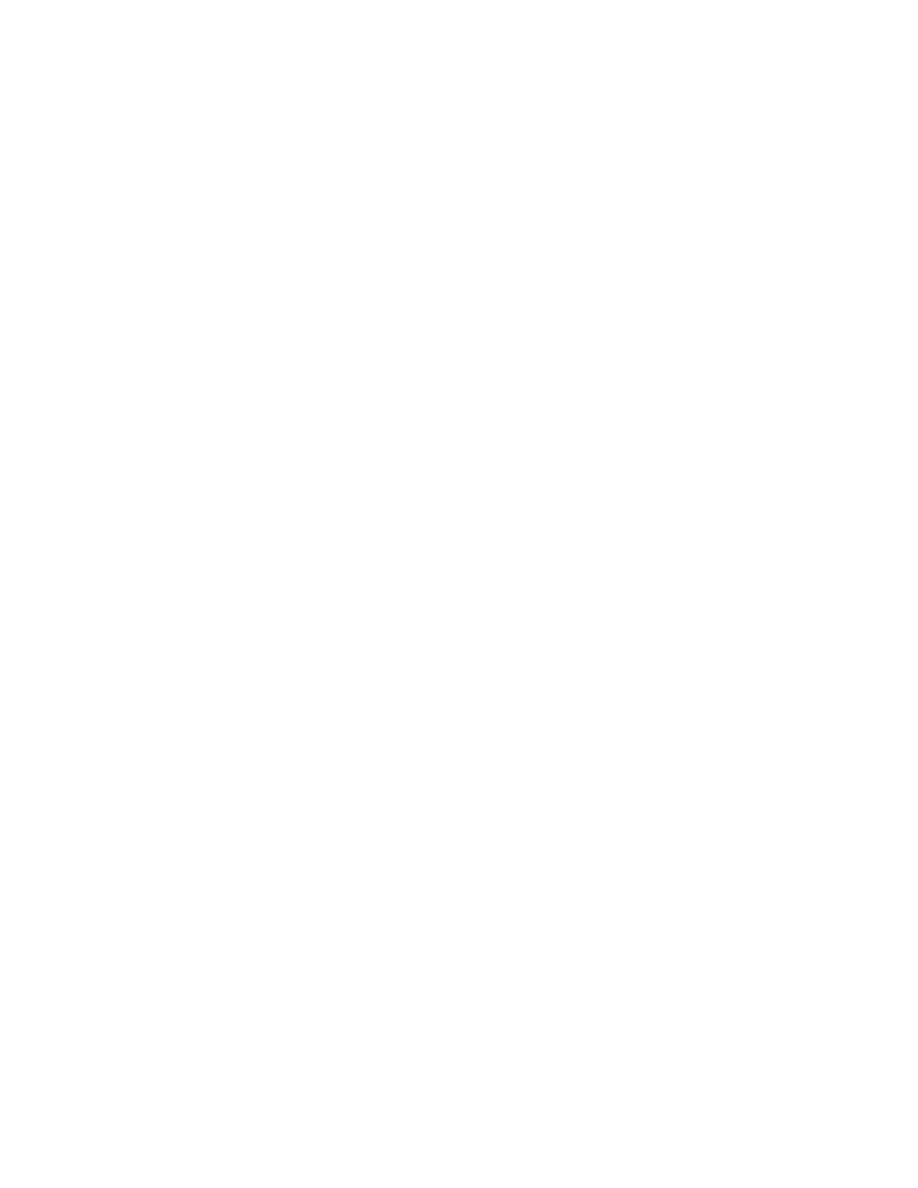
238
14 CFR Ch. I (1–1–24 Edition)
§ 121.641
for 30 minutes at normal cruising fuel
consumption for day VFR operations.
[Doc. No. 6258, 29 FR 19222, Dec. 31, 1964, as
amended by Amdt. 121–251, 60 FR 65935, Dec.
20, 1995]
§ 121.641 Fuel supply: Nonturbine and
turbo-propeller-powered airplanes:
Flag operations.
(a) No person may dispatch or take
off a nonturbine or turbo-propeller-
powered airplane unless, considering
the wind and other weather conditions
expected, it has enough fuel—
(1) To fly to and land at the airport
to which it is dispatched;
(2) Thereafter, to fly to and land at
the most distant alternate airport
specified in the dispatch release; and
(3) Thereafter, to fly for 30 minutes
plus 15 percent of the total time re-
quired to fly at normal cruising fuel
consumption to the airports specified
in paragraphs (a) (1) and (2) of this sec-
tion or to fly for 90 minutes at normal
cruising fuel consumption, whichever
is less.
(b) No person may dispatch a nontur-
bine or turbo-propeller-powered air-
plane to an airport for which an alter-
nate is not specified under
§ 121.621(a)(2), unless it has enough fuel,
considering wind and forecast weather
conditions, to fly to that airport and
thereafter to fly for three hours at nor-
mal cruising fuel consumption.
§ 121.643 Fuel supply: Nonturbine and
turbo-propeller-powered airplanes:
Supplemental operations.
(a) Except as provided in paragraph
(b) of this section, no person may re-
lease for flight or takeoff a nonturbine
or turbo-propeller-powered airplane un-
less, considering the wind and other
weather conditions expected, it has
enough fuel—
(1) To fly to and land at the airport
to which it is released;
(2) Thereafter, to fly to and land at
the most distant alternate airport
specified in the flight release; and
(3) Thereafter, to fly for 45 minutes
at normal cruising fuel consumption
or, for certificate holders who are au-
thorized to conduct day VFR oper-
ations in their operations specifica-
tions and who are operating non-
transport category airplanes type cer-
tificated after December 31, 1964, to fly
for 30 minutes at normal cruising fuel
consumption for day VFR operations.
(b) If the airplane is released for any
flight other than from one point in the
contiguous United States to another
point in the contiguous United States,
it must carry enough fuel to meet the
requirements of paragraphs (a) (1) and
(2) of this section and thereafter fly for
30 minutes plus 15 percent of the total
time required to fly at normal cruising
fuel consumption to the airports speci-
fied in paragraphs (a) (1) and (2) of this
section, or to fly for 90 minutes at nor-
mal cruising fuel consumption, which-
ever is less.
(c) No person may release a nontur-
bine or turbo-propeller-powered air-
plane to an airport for which an alter-
nate is not specified under § 121.623(b),
unless it has enough fuel, considering
wind and other weather conditions ex-
pected, to fly to that airport and there-
after to fly for three hours at normal
cruising fuel consumption.
[Doc. No. 6258, 29 FR 19222, Dec. 31, 1964, as
amended by Amdt. 121–10, 30 FR 10025, Aug.
12, 1965; Amdt. 121–251, 60 FR 65935, Dec. 20,
1995]
§ 121.645 Fuel supply: Turbine-engine
powered airplanes, other than
turbo propeller: Flag and supple-
mental operations.
(a) Any flag operation within the 48
contiguous United States and the Dis-
trict of Columbia may use the fuel re-
quirements of § 121.639.
(b) For any certificate holder con-
ducting flag or supplemental oper-
ations outside the 48 contiguous United
States and the District of Columbia,
unless authorized by the Administrator
in the operations specifications, no per-
son may release for flight or takeoff a
turbine-engine powered airplane (other
than a turbo-propeller powered air-
plane) unless, considering wind and
other weather conditions expected, it
has enough fuel—
(1) To fly to and land at the airport
to which it is released;
(2) After that, to fly for a period of 10
percent of the total time required to
fly from the airport of departure to,
and land at, the airport to which it was
released;

239
Federal Aviation Administration, DOT
§ 121.646
(3) After that, to fly to and land at
the most distant alternate airport
specified in the flight release, if an al-
ternate is required; and
(4) After that, to fly for 30 minutes at
holding speed at 1,500 feet above the al-
ternate airport (or the destination air-
port if no alternate is required) under
standard temperature conditions.
(c) No person may release a turbine-
engine powered airplane (other than a
turbo-propeller airplane) to an airport
for which an alternate is not specified
under § 121.621(a)(2) or § 121.623(b) unless
it has enough fuel, considering wind
and other weather conditions expected,
to fly to that airport and thereafter to
fly for at least two hours at normal
cruising fuel consumption.
(d) The Administrator may amend
the operations specifications of a cer-
tificate holder conducting flag or sup-
plemental operations to require more
fuel than any of the minimums stated
in paragraph (a) or (b) of this section if
he finds that additional fuel is nec-
essary on a particular route in the in-
terest of safety.
(e) For a supplemental operation
within the 48 contiguous States and
the District of Columbia with a turbine
engine powered airplane the fuel re-
quirements of § 121.643 apply.
[Doc. No. 6258, 29 FR 19222, Dec. 31, 1964, as
amended by Amdt. 121–10, 30 FR 10025, Aug.
12, 1965; Amdt. 121–144, 43 FR 22649, May 25,
1978; Amdt. 121–253, 61 FR 2615, Jan. 26, 1996]
§ 121.646 En-route fuel supply: flag and
supplemental operations.
(a) No person may dispatch or release
for flight a turbine-engine powered air-
plane with more than two engines for a
flight more than 90 minutes (with all
engines operating at cruise power)
from an Adequate Airport unless the
following fuel supply requirements are
met:
(1) The airplane has enough fuel to
meet the requirements of § 121.645(b);
(2) The airplane has enough fuel to
fly to the Adequate Airport—
(i) Assuming a rapid decompression
at the most critical point;
(ii) Assuming a descent to a safe alti-
tude in compliance with the oxygen
supply requirements of § 121.333; and
(iii) Considering expected wind and
other weather conditions.
(3) The airplane has enough fuel to
hold for 15 minutes at 1500 feet above
field elevation and conduct a normal
approach and landing.
(b) No person may dispatch or release
for flight an ETOPS flight unless, con-
sidering wind and other weather condi-
tions expected, it has the fuel other-
wise required by this part and enough
fuel to satisfy each of the following re-
quirements:
(1) Fuel to fly to an ETOPS Alternate
Airport.
(i) Fuel to account for rapid decom-
pression and engine failure. The air-
plane must carry the greater of the fol-
lowing amounts of fuel:
(A) Fuel sufficient to fly to an
ETOPS Alternate Airport assuming a
rapid decompression at the most crit-
ical point followed by descent to a safe
altitude in compliance with the oxygen
supply requirements of § 121.333 of this
chapter;
(B) Fuel sufficient to fly to an
ETOPS Alternate Airport (at the one-
engine-inoperative cruise speed) as-
suming a rapid decompression and a si-
multaneous engine failure at the most
critical point followed by descent to a
safe altitude in compliance with the
oxygen requirements of § 121.333 of this
chapter; or
(C) Fuel sufficient to fly to an
ETOPS Alternate Airport (at the one
engine inoperative cruise speed) assum-
ing an engine failure at the most crit-
ical point followed by descent to the
one engine inoperative cruise altitude.
(ii) Fuel to account for errors in wind
forecasting. In calculating the amount
of fuel required by paragraph (b)(1)(i) of
this section, the certificate holder
must increase the actual forecast wind
speed by 5% (resulting in an increase in
headwind or a decrease in tailwind) to
account for any potential errors in
wind forecasting. If a certificate holder
is not using the actual forecast wind
based on a wind model accepted by the
FAA, the airplane must carry addi-
tional fuel equal to 5% of the fuel re-
quired for paragraph (b)(1)(i) of this
section, as reserve fuel to allow for er-
rors in wind data.
(iii) Fuel to account for icing. In cal-
culating the amount of fuel required by
paragraph (b)(1)(i) of this section (after
completing the wind calculation in
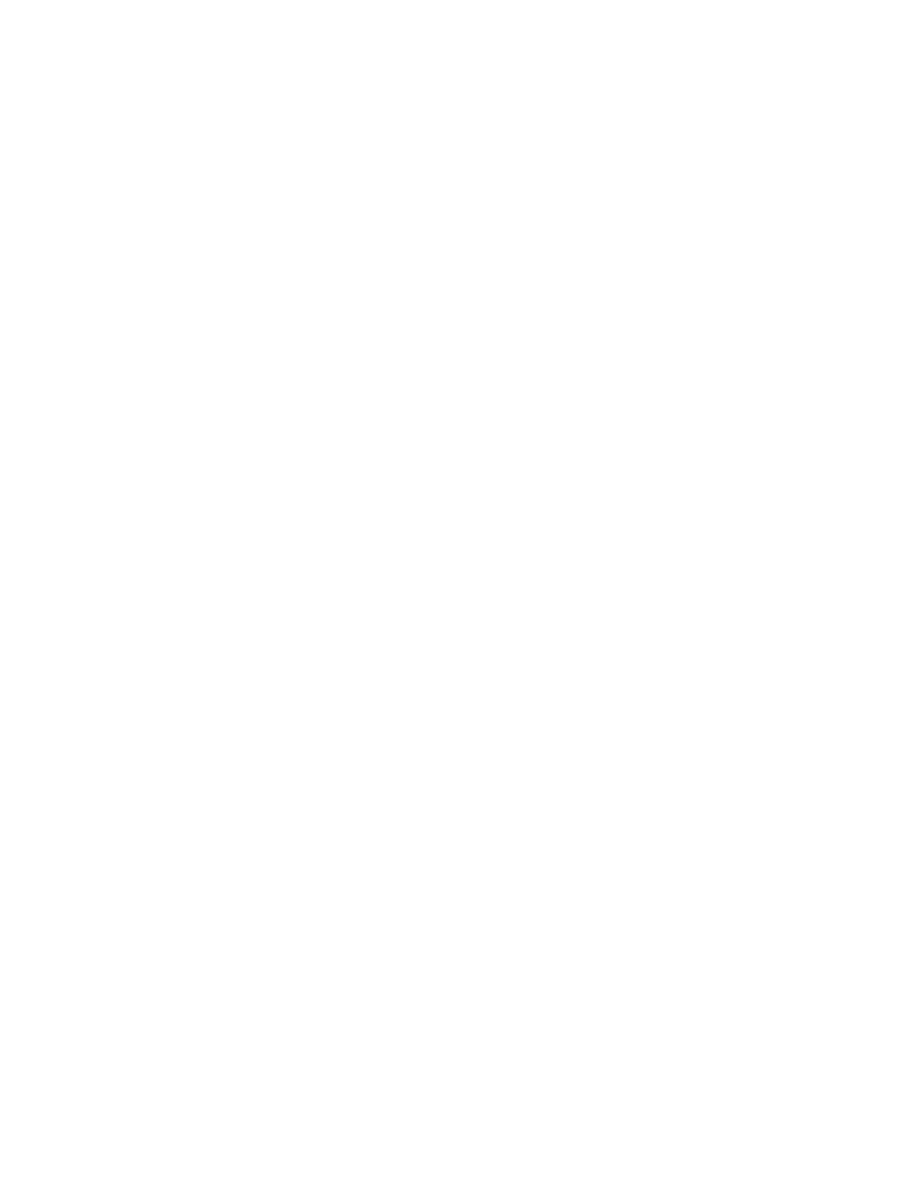
240
14 CFR Ch. I (1–1–24 Edition)
§ 121.647
paragraph (b)(1)(ii) of this section), the
certificate holder must ensure that the
airplane carries the greater of the fol-
lowing amounts of fuel in anticipation
of possible icing during the diversion:
(A) Fuel that would be burned as a
result of airframe icing during 10 per-
cent of the time icing is forecast (in-
cluding the fuel used by engine and
wing anti-ice during this period).
(B) Fuel that would be used for en-
gine anti-ice, and if appropriate wing
anti-ice, for the entire time during
which icing is forecast.
(iv) Fuel to account for engine dete-
rioration. In calculating the amount of
fuel required by paragraph (b)(1)(i) of
this section (after completing the wind
calculation in paragraph (b)(1)(ii) of
this section), the airplane also carries
fuel equal to 5% of the fuel specified
above, to account for deterioration in
cruise fuel burn performance unless the
certificate holder has a program to
monitor airplane in-service deteriora-
tion to cruise fuel burn performance.
(2) Fuel to account for holding, ap-
proach, and landing. In addition to the
fuel required by paragraph (b)(1) of this
section, the airplane must carry fuel
sufficient to hold at 1500 feet above
field elevation for 15 minutes upon
reaching an ETOPS Alternate Airport
and then conduct an instrument ap-
proach and land.
(3) Fuel to account for APU use. If an
APU is a required power source, the
certificate holder must account for its
fuel consumption during the appro-
priate phases of flight.
[Doc. No. FAA–2002–6717, 72 FR 1882, Jan. 16,
2007, as amended by Amdt. 121–348, 75 FR
12121, Mar. 15, 2010]
§ 121.647 Factors for computing fuel
required.
Each person computing fuel required
for the purposes of this subpart shall
consider the following:
(a) Wind and other weather condi-
tions forecast.
(b) Anticipated traffic delays.
(c) One instrument approach and pos-
sible missed approach at destination.
(d) Any other conditions that may
delay landing of the aircraft.
For the purposes of this section, re-
quired fuel is in addition to unusable
fuel.
§ 121.649 Takeoff and landing weather
minimums: VFR: Domestic oper-
ations.
(a) Except as provided in paragraph
(b) of this section, regardless of any
clearance from ATC, no pilot may
takeoff or land an airplane under VFR
when the reported ceiling or visibility
is less than the following:
(1) For day operations—1,000-foot
ceiling and one-mile visibility.
(2) For night operations—1,000-foot
ceiling and two-mile visibility.
(b) Where a local surface restriction
to visibility exists (e.g., smoke, dust,
blowing snow or sand) the visibility for
day and night operations may be re-
duced to
1
⁄
2
mile, if all turns after take-
off and prior to landing, and all flight
beyond one mile from the airport
boundary can be accomplished above or
outside the area of local surface visi-
bility restriction.
(c) The weather minimums in this
section do not apply to the VFR oper-
ation of fixed-wing aircraft at any of
the locations where the special weather
minimums of § 91.157 of this chapter are
not applicable (See part 91, appendix D,
section 3 of this chapter). The basic
VFR weather minimums of § 91.155 of
this chapter apply at those locations.
[Doc. No. 6258, 29 FR 19222, Dec. 31, 1964, as
amended by Amdt. 121–39, 33 FR 4097, Mar. 2,
1968; Amdt. 121–206, 54 FR 34331, Aug. 18, 1989;
Amdt. 121–226, 56 FR 65663, Dec. 17, 1991]
§ 121.651 Takeoff and landing weather
minimums: IFR: All certificate hold-
ers.
(a) Notwithstanding any clearance
from ATC, no pilot may begin a takeoff
in an airplane under IFR when the
weather conditions reported by the
U.S. National Weather Service, a
source approved by that Service, or a
source approved by the Administrator,
are less than those specified in—
(1) The certificate holder’s operations
specifications; or
(2) Parts 91 and 97 of this chapter, if
the certificate holder’s operations
specifications do not specify takeoff
minimums for the airport.
(b) Except as provided in paragraphs
(d) and (e) of this section, no pilot may
continue an approach past the final ap-
proach fix, or where a final approach
fix is not used, begin the final approach
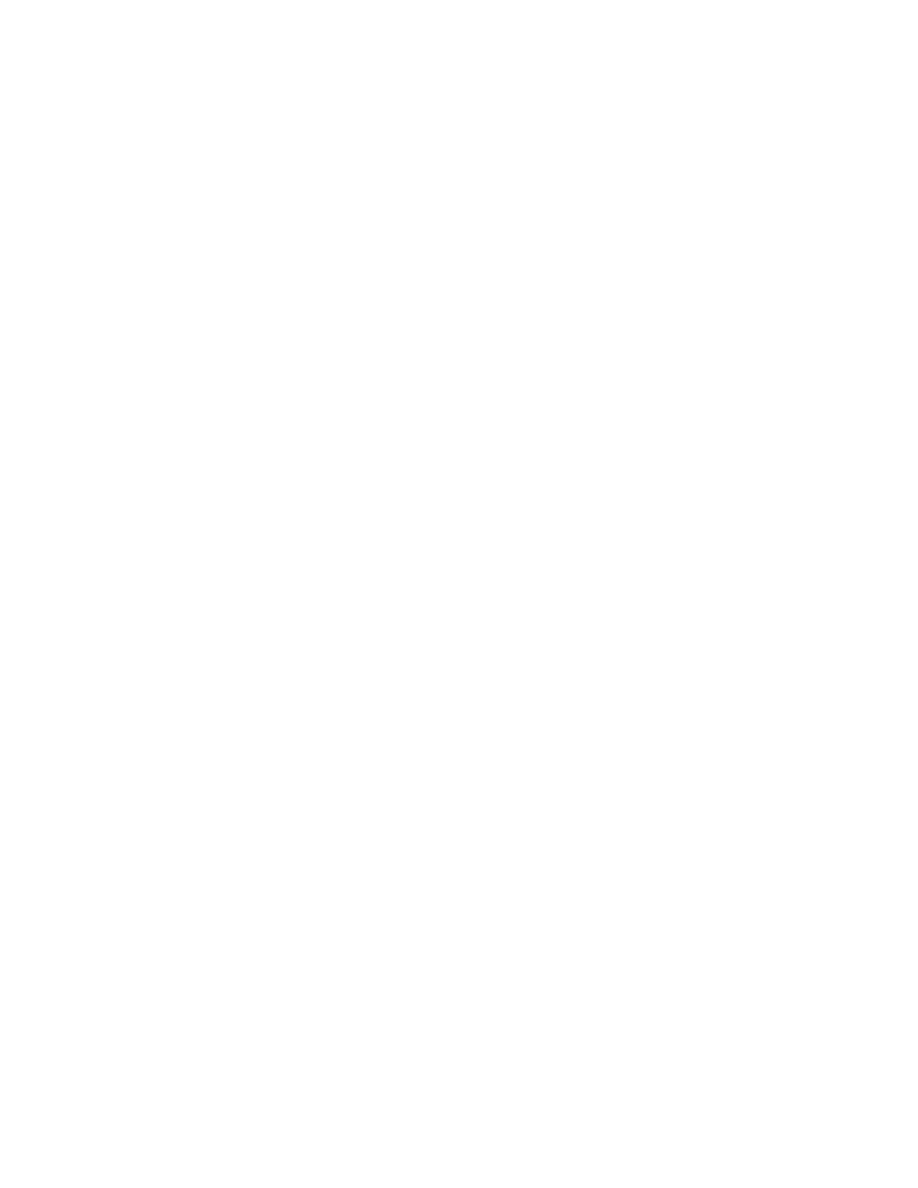
241
Federal Aviation Administration, DOT
§ 121.651
segment of an instrument approach
procedure—
(1) At any airport, unless the U.S.
National Weather Service, a source ap-
proved by that Service, or a source ap-
proved by the Administrator, issues a
weather report for that airport; and
(2) At airports within the United
States and its territories or at U.S.
military airports, unless the latest
weather report for that airport issued
by the U.S. National Weather Service,
a source approved by that Service, or a
source approved by the Administrator,
reports the visibility to be equal to or
more than the visibility minimums
prescribed for that procedure. For the
purpose of this section, the term ‘‘U.S.
military airports’’ means airports in
foreign countries where flight oper-
ations are under the control of U.S.
military authority.
(c) A pilot who has begun the final
approach segment of an instrument ap-
proach procedure in accordance with
paragraph (b) of this section, and after
that receives a later weather report in-
dicating below-minimum conditions,
may continue the approach to DA/DH
or MDA. Upon reaching DA/DH or at
MDA, and at any time before the
missed approach point, the pilot may
continue the approach below DA/DH or
MDA if either the requirements of
§ 91.176 of this chapter, or the following
requirements are met:
(1) The aircraft is continuously in a
position from which a descent to a
landing on the intended runway can be
made at a normal rate of descent using
normal maneuvers, and where that de-
scent rate will allow touchdown to
occur within the touchdown zone of the
runway of intended landing;
(2) The flight visibility is not less
than the visibility prescribed in the
standard instrument approach proce-
dure being used;
(3) Except for Category II or Cat-
egory III approaches where any nec-
essary visual reference requirements
are specified by authorization of the
Administrator, at least one of the fol-
lowing visual references for the in-
tended runway is distinctly visible and
identifiable to the pilot:
(i) The approach light system, except
that the pilot may not descend below
100 feet above the touchdown zone ele-
vation using the approach lights as a
reference unless the red terminating
bars or the red side row bars are also
distinctly visible and identifiable.
(ii) The threshold.
(iii) The threshold markings.
(iv) The threshold lights.
(v) The runway end identifier lights.
(vi) The visual approach slope indi-
cator.
(vii) The touchdown zone or touch-
down zone markings.
(viii) The touchdown zone lights.
(ix) The runway or runway markings.
(x) The runway lights; and
(4) When the aircraft is on a straight-
in nonprecision approach procedure
which incorporates a visual descent
point, the aircraft has reached the vis-
ual descent point, except where the air-
craft is not equipped for or capable of
establishing that point, or a descent to
the runway cannot be made using nor-
mal procedures or rates of descent if
descent is delayed until reaching that
point.
(d) A pilot may begin the final ap-
proach segment of an instrument ap-
proach procedure other than a Cat-
egory II or Category III procedure at
an airport when the visibility is less
than the visibility minimums pre-
scribed for that procedure if the airport
is served by an operative ILS and an
operative PAR, and both are used by
the pilot. However, no pilot may con-
tinue an approach below the authorized
DA/DH unless the requirements of
§ 91.176 of this chapter, or the following
requirements are met:
(1) The aircraft is continuously in a
position from which a descent to a
landing on the intended runway can be
made at a normal rate of descent using
normal maneuvers and where such a
descent rate will allow touchdown to
occur within the touchdown zone of the
runway of intended landing;
(2) The flight visibility is not less
than the visibility prescribed in the
standard instrument approach proce-
dure being used; and
(3) Except for Category II or Cat-
egory III approaches where any nec-
essary visual reference requirements
are specified by the authorization of
the Administrator, at least one of the
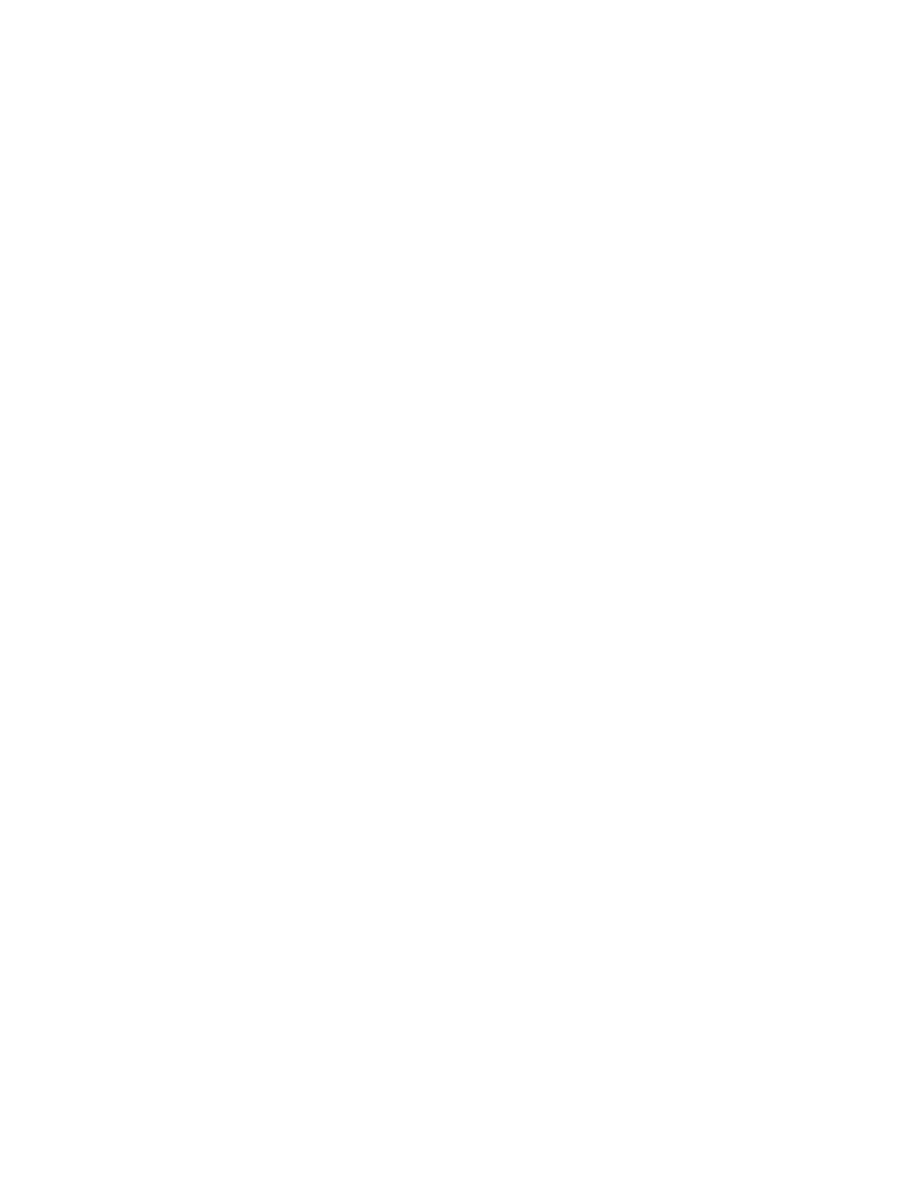
242
14 CFR Ch. I (1–1–24 Edition)
§ 121.652
following visual references for the in-
tended runway is distinctly visible and
identifiable to the pilot:
(i) The approach light system, except
that the pilot may not descend below
100 feet above the touchdown zone ele-
vation using the approach lights as a
reference unless the red terminating
bars or the red side row bars are also
distinctly visible and identifiable.
(ii) The threshold.
(iii) The threshold markings.
(iv) The threshold lights.
(v) The runway end identifier lights.
(vi) The visual approach slope indi-
cator.
(vii) The touchdown zone or touch-
down zone markings.
(viii) The touchdown zone lights.
(ix) The runway or runway markings.
(x) The runway lights.
(e) A pilot may begin the final ap-
proach segment of an instrument ap-
proach procedure, or continue that ap-
proach procedure, at an airport when
the visibility is reported to be less than
the visibility minimums prescribed for
that procedure if the pilot uses an op-
erable EFVS in accordance with § 91.176
of this chapter and the certificate hold-
er’s operations specifications for EFVS
operations.
(f) For the purpose of this section,
the final approach segment begins at
the final approach fix or facility pre-
scribed in the instrument approach
procedure. When a final approach fix is
not prescribed for a procedure that in-
cludes a procedure turn, the final ap-
proach segment begins at the point
where the procedure turn is completed
and the aircraft is established inbound
toward the airport on the final ap-
proach course within the distance pre-
scribed in the procedure.
(g) Unless otherwise authorized in
the certificate holder’s operations
specifications, each pilot making an
IFR takeoff, approach, or landing at a
foreign airport shall comply with the
applicable instrument approach proce-
dures and weather minimums pre-
scribed by the authority having juris-
diction over the airport.
[Doc. No. 20060, 46 FR 2291, Jan. 8, 1981, as
amended by Amdt. 121–303, 69 FR 1641, Jan. 9,
2004; Amdt. 121–333, 72 FR 31682, June 7, 2007;
Docket FAA–2013–0485, Amdt. 121–376, 81 FR
90175, Dec. 13, 2016]
§ 121.652 Landing weather minimums:
IFR: All certificate holders.
(a) If the pilot in command of an air-
plane has not served 100 hours as pilot
in command in operations under this
part in the type of airplane he is oper-
ating, the MDA or DA/DH and visi-
bility landing minimums in the certifi-
cate holder’s operations specification
for regular, provisional, or refueling
airports are increased by 100 feet and
one-half mile (or the RVR equivalent).
The MDA or DA/DH and visibility
minimums need not be increased above
those applicable to the airport when
used as an alternate airport, but in no
event may the landing minimums be
less than 300 and 1. However, a Pilot in
command employed by a certificate
holder conducting operations in large
aircraft under part 135 of this chapter,
may credit flight time acquired in op-
erations conducted for that operator
under part 91 in the same type airplane
for up to 50 percent of the 100 hours of
pilot in command experience required
by this paragraph.
(b) The 100 hours of pilot in command
experience required by paragraph (a) of
this section may be reduced (not to ex-
ceed 50 percent) by substituting one
landing in operations under this part in
the type of airplane for 1 required hour
of pilot in command experience, if the
pilot has at least 100 hours as pilot in
command of another type airplane in
operations under this part.
(c) Category II minimums and the
sliding scale when authorized in the
certificate holder’s operations speci-
fications do not apply until the pilot in
command subject to paragraph (a) of
this section meets the requirements of
that paragraph in the type of airplane
he is operating.
[Doc. No. 7594, 33 FR 10843, July 31, 1968, as
amended by Amdt. 121–143, 43 FR 22642, May
25, 1978; Amdt. 121–253, 61 FR 2615, Jan. 26,
1996; Amdt. 121–333, 72 FR 31682, June 7, 2007]
§ 121.653 [Reserved]
§ 121.655 Applicability of reported
weather minimums.
In conducting operations under
§§ 121.649 through 121.653, the ceiling
and visibility values in the main body
of the latest weather report control for
VFR and IFR takeoffs and landings and
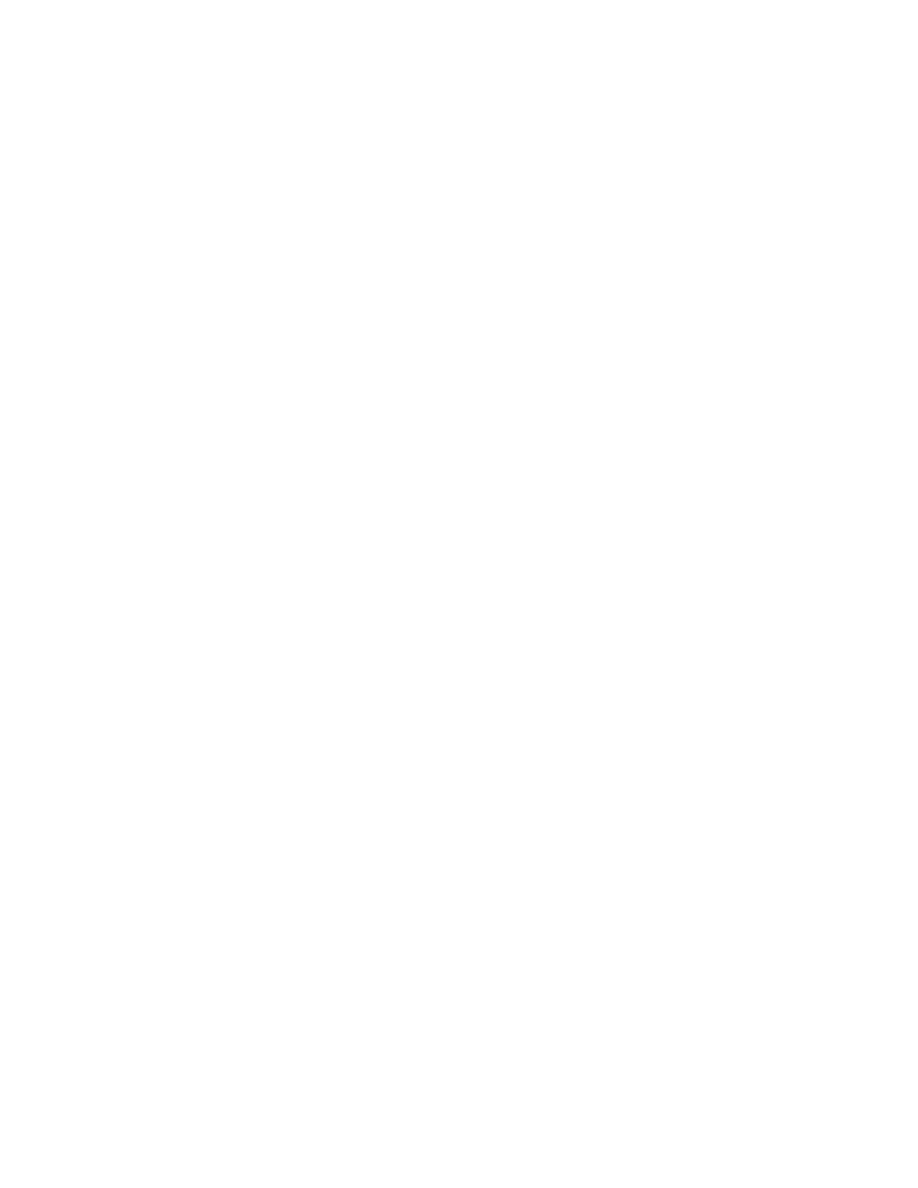
243
Federal Aviation Administration, DOT
§ 121.661
for instrument approach procedures on
all runways of an airport. However, if
the latest weather report, including an
oral report from the control tower,
contains a visibility value specified as
runway visibility or runway visual
range for a particular runway of an air-
port, that specified value controls for
VFR and IFR landings and takeoffs and
straight-in instrument approaches for
that runway.
§ 121.657 Flight altitude rules.
(a)
General.
Notwithstanding § 91.119
or any rule applicable outside the
United States, no person may operate
an aircraft below the minimums set
forth in paragraphs (b) and (c) of this
section, except when necessary for
takeoff or landing, or except when,
after considering the character of the
terrain, the quality and quantity of
meteorological services, the naviga-
tional facilities available, and other
flight conditions, the Administrator
prescribes other minimums for any
route or part of a route where he finds
that the safe conduct of the flight re-
quires other altitudes. Outside of the
United States the minimums pre-
scribed in this section are controlling
unless higher minimums are prescribed
in the certificate holder’s operations
specifications or by the foreign country
over which the aircraft is operating.
(b)
Day VFR operations.
No certificate
holder conducting domestic operations
may operate a passenger-carrying air-
craft and no certificate holder con-
ducting flag or supplemental oper-
ations may operate any aircraft under
VFR during the day at an altitude less
than 1,000 feet above the surface or less
than 1,000 feet from any mountain, hill,
or other obstruction to flight.
(c)
Night VFR, IFR, and over-the-top
operations.
No person may operate an
aircraft under IFR including over-the-
top or at night under VFR at an alti-
tude less than 1,000 feet above the high-
est obstacle within a horizontal dis-
tance of five miles from the center of
the intended course, or, in designated
mountainous areas, less than 2,000 feet
above the highest obstacle within a
horizontal distance of five miles from
the center of the intended course.
(d)
Day over-the-top operations below
minimum en route altitudes.
A person
may conduct day over-the-top oper-
ations in an airplane at flight altitudes
lower than the minimum en route IFR
altitudes if—
(1) The operation is conducted at
least 1,000 feet above the top of lower
broken or overcast cloud cover;
(2) The top of the lower cloud cover is
generally uniform and level;
(3) Flight visibility is at least five
miles; and
(4) The base of any higher broken or
overcast cloud cover is generally uni-
form and level and is at least 1,000 feet
above the minimum en route IFR alti-
tude for that route segment.
[Doc. No. 6258, 29 FR 19222, Dec. 31, 1964, as
amended by Amdt. 121–144, 43 FR 22649, May
25, 1978; Amdt. 121–206, 54 FR 34331, Aug. 18,
1989; Amdt. 121–253, 61 FR 2615, Jan. 26, 1996]
§ 121.659 Initial approach altitude: Do-
mestic and supplemental oper-
ations.
(a) Except as provided in paragraph
(b) of this section, when making an ini-
tial approach to a radio navigation fa-
cility under IFR, no person may de-
scend an aircraft below the pertinent
minimum altitude for initial approach
(as specified in the instrument ap-
proach procedure for that facility)
until his arrival over that facility has
been definitely established.
(b) When making an initial approach
on a flight being conducted under
§ 121.657(d), no pilot may commence an
instrument approach until his arrival
over the radio facility has definitely
been established. In making an instru-
ment approach under these cir-
cumstances no person may descend an
aircraft lower than 1,000 feet above the
top of the lower cloud or the minimum
altitude determined by the Adminis-
trator for that part of the IFR ap-
proach, whichever is lower.
§ 121.661 Initial approach altitude:
Flag operations.
When making an initial approach to
a radio navigation facility under IFR,
no person may descend below the perti-
nent minimum altitude for initial ap-
proach (as specified in the instrument
approach procedure for that facility)
until his arrival over that facility has
been definitely established.

244
14 CFR Ch. I (1–1–24 Edition)
§ 121.663
§ 121.663 Responsibility for dispatch
release: Domestic and flag oper-
ations.
Each certificate holder conducting
domestic or flag operations shall pre-
pare a dispatch release for each flight
between specified points, based on in-
formation furnished by an authorized
aircraft dispatcher. The pilot in com-
mand and an authorized aircraft dis-
patcher shall sign the release only if
they both believe that the flight can be
made with safety. The aircraft dis-
patcher may delegate authority to sign
a release for a particular flight, but he
may not delegate his authority to dis-
patch.
[Doc. No. 28154, 61 FR 2615, Jan. 26, 1996]
§ 121.665 Load manifest.
Each certificate holder is responsible
for the preparation and accuracy of a
load manifest form before each takeoff.
The form must be prepared and signed
for each flight by employees of the cer-
tificate holder who have the duty of su-
pervising the loading of aircraft and
preparing the load manifest forms or
by other qualified persons authorized
by the certificate holder.
§ 121.667 Flight plan: VFR and IFR:
Supplemental operations.
(a) No person may take off an air-
craft unless the pilot in command has
filed a flight plan, containing the ap-
propriate information required by part
91, with the nearest FAA communica-
tion station or appropriate military
station or, when operating outside the
United States, with other appropriate
authority. However, if communications
facilities are not readily available, the
pilot in command shall file the flight
plan as soon as practicable after the
aircraft is airborne. A flight plan must
continue in effect for all parts of the
flight.
(b) When flights are operated into
military airports, the arrival or com-
pletion notice required by §§ 91.153 and
91.169 may be filed with the appropriate
airport control tower or aeronautical
communication facility used for that
airport.
[Doc. No. 6258, 29 FR 19222, Dec. 31, 1964, as
amended by Amdt. 121–206, 54 FR 34331, Aug.
18, 1989]
Subpart V—Records and Reports
S
OURCE
: Docket No. 6258, 29 FR 19226, Dec.
31, 1964, unless otherwise noted.
§ 121.681 Applicability.
This subpart prescribes requirements
for the preparation and maintenance of
records and reports for all certificate
holders.
§ 121.683 Crewmember and dispatcher
record.
(a) Each certificate holder shall—
(1) Maintain current records of each
crewmember and each aircraft dis-
patcher (domestic and flag operations
only) that show whether the crew-
member or aircraft dispatcher complies
with the applicable sections of this
chapter, including, but not limited to,
proficiency and route checks, airplane
and route qualifications, training, any
required physical examinations, flight,
duty, and rest time records; and
(2) Record each action taken con-
cerning the release from employment
or physical or professional disqualifica-
tion of any flight crewmember or air-
craft dispatcher (domestic and flag op-
erations only) and keep the record for
at least six months thereafter.
(b) Each certificate holder con-
ducting supplemental operations shall
maintain the records required by para-
graph (a) of this section at its principal
base of operations, or at another loca-
tion used by it and approved by the Ad-
ministrator.
(c) Computer record systems ap-
proved by the Administrator may be
used in complying with the require-
ments of paragraph (a) of this section.
[Doc. No. 6258, 29 FR 19226, Dec. 31, 1964, as
amended by Amdt. 121–144, 43 FR 22649, May
25, 1978; Amdt. 121–241, 59 FR 42993, Aug. 19,
1994; Amdt. 121–253, 61 FR 2615, Jan. 26, 1996]
§ 121.685 Aircraft record: Domestic
and flag operations.
Each certificate holder conducting
domestic or flag operations shall main-
tain a current list of each aircraft that
it operates in scheduled air transpor-
tation and shall send a copy of the
record and each change to the respon-
sible Flight Standards office. Airplanes
of another certificate holder operated
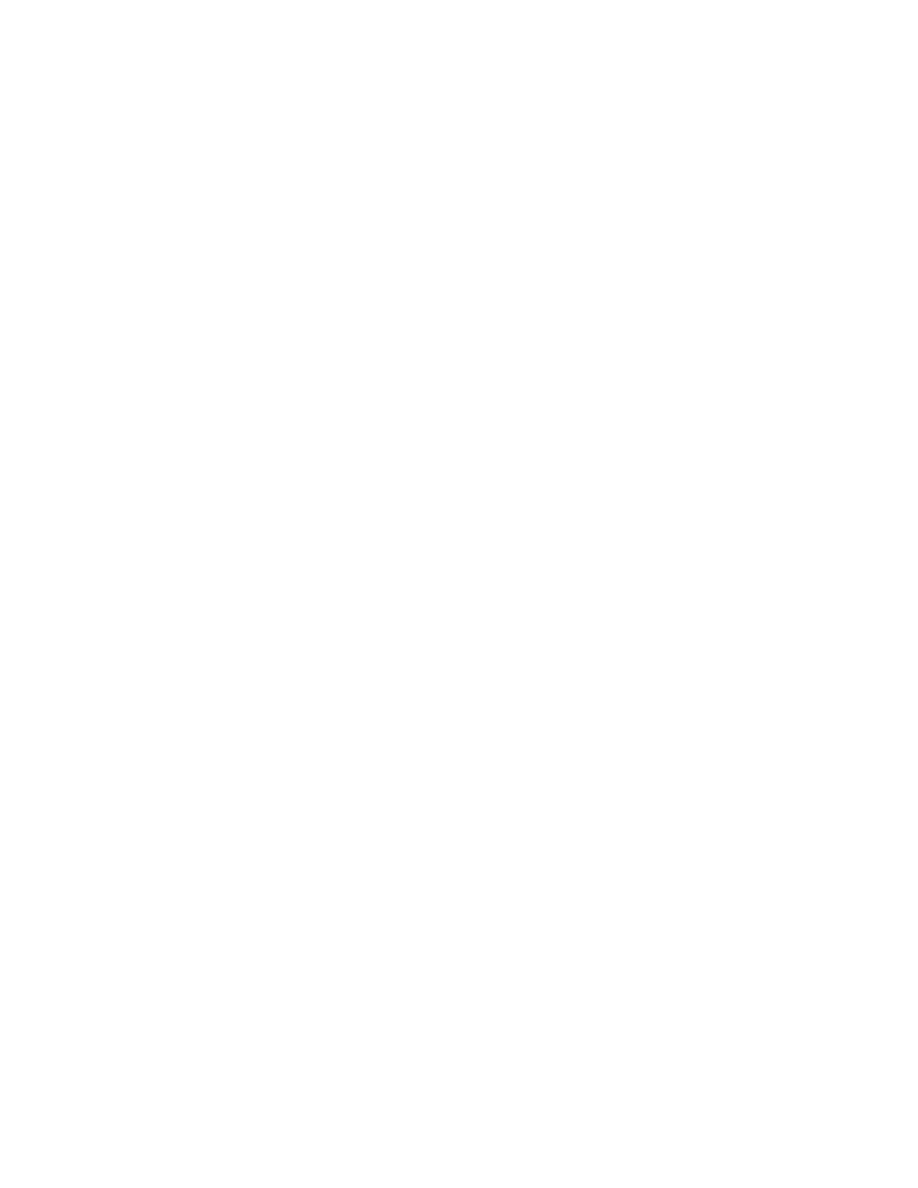
245
Federal Aviation Administration, DOT
§ 121.693
under an interchange agreement may
be incorporated by reference.
[Doc. No. 28154, 61 FR 2615, Jan. 26, 1996, as
amended by Docket FAA–2018–0119, Amdt.
121–380, 83 FR 9172, Mar. 5, 2018]
§ 121.687 Dispatch release: Flag and
domestic operations.
(a) The dispatch release may be in
any form but must contain at least the
following information concerning each
flight:
(1) Identification number of the air-
craft.
(2) Trip number.
(3) Departure airport, intermediate
stops, destination airports, and alter-
nate airports.
(4) A statement of the type of oper-
ation (e.g., IFR, VFR).
(5) Minimum fuel supply.
(6) For each flight dispatched as an
ETOPS flight, the ETOPS diversion
time for which the flight is dispatched.
(b) The dispatch release must con-
tain, or have attached to it, weather
reports, available weather forecasts, or
a combination thereof, for the destina-
tion airport, intermediate stops, and
alternate airports, that are the latest
available at the time the release is
signed by the pilot in command and
dispatcher. It may include any addi-
tional available weather reports or
forecasts that the pilot in command or
the aircraft dispatcher considers nec-
essary or desirable.
[Doc. No. 6258, 29 FR 19226, Dec. 31, 1964, as
amended by Amdt. 121–329, 72 FR 1883, Jan.
16, 2007]
§ 121.689 Flight release form: Supple-
mental operations.
(a) Except as provided in paragraph
(c) of this section, the flight release
may be in any form but must contain
at least the following information con-
cerning each flight:
(1) Company or organization name.
(2) Make, model, and registration
number of the aircraft being used.
(3) Flight or trip number, and date of
flight.
(4) Name of each flight crewmember,
flight attendant, and pilot designated
as pilot in command.
(5) Departure airport, destination air-
ports, alternate airports, and route.
(6) Minimum fuel supply (in gallons
or pounds).
(7) A statement of the type of oper-
ation (e.g., IFR, VFR).
(8) For each flight released as an
ETOPS flight, the ETOPS diversion
time for which the flight is released.
(b) The aircraft flight release must
contain, or have attached to it, weath-
er reports, available weather forecasts,
or a combination thereof, for the des-
tination airport, and alternate air-
ports, that are the latest available at
the time the release is signed. It may
include any additional available weath-
er reports or forecasts that the pilot in
command considers necessary or desir-
able.
(c) Each certificate holder con-
ducting domestic or flag operations
under the rules of this part applicable
to supplemental operations shall com-
ply with the dispatch or flight release
forms required for scheduled operations
under this subpart.
[Doc. No. 6258, 29 FR 19226, Dec. 31, 1964, as
amended by Amdt. 121–253, 61 FR 2615, Jan.
26, 1996; Amdt. 121–329, 72 FR 1883, Jan. 16,
2007]
§ 121.691 [Reserved]
§ 121.693 Load manifest: All certificate
holders.
The load manifest must contain the
following information concerning the
loading of the airplane at takeoff time:
(a) The weight of the aircraft, fuel
and oil, cargo and baggage, passengers
and crewmembers.
(b) The maximum allowable weight
for that flight that must not exceed
the least of the following weights:
(1) Maximum allowable takeoff
weight for the runway intended to be
used (including corrections for altitude
and gradient, and wind and tempera-
ture conditions existing at the takeoff
time).
(2) Maximum takeoff weight consid-
ering anticipated fuel and oil consump-
tion that allows compliance with appli-
cable en route performance limita-
tions.
(3) Maximum takeoff weight consid-
ering anticipated fuel and oil consump-
tion that allows compliance with the
maximum authorized design landing
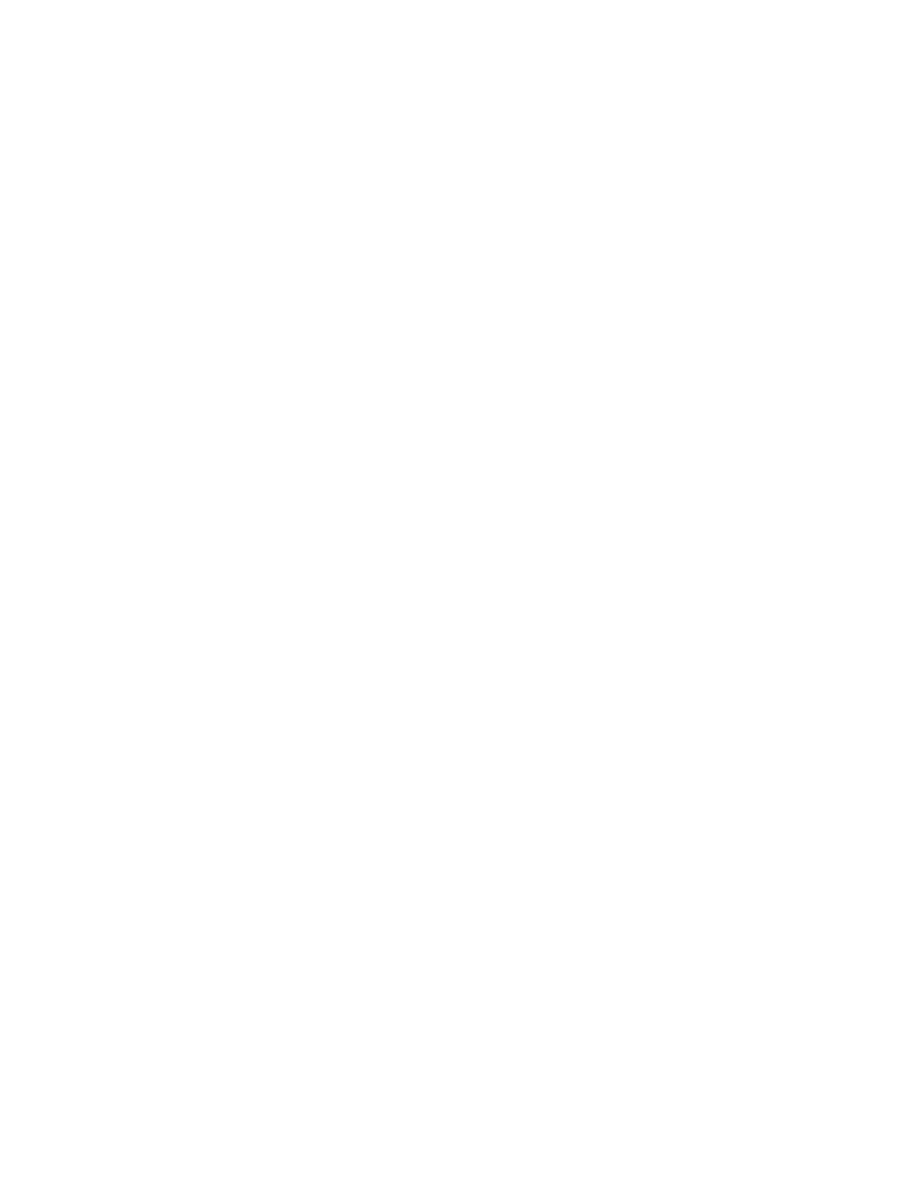
246
14 CFR Ch. I (1–1–24 Edition)
§ 121.695
weight limitations on arrival at the
destination airport.
(4) Maximum takeoff weight consid-
ering anticipated fuel and oil consump-
tion that allows compliance with land-
ing distance limitations on arrival at
the destination and alternate airports.
(c) The total weight computed under
approved procedures.
(d) Evidence that the aircraft is load-
ed according to an approved schedule
that insures that the center of gravity
is within approved limits.
(e) Names of passengers, unless such
information is maintained by other
means by the certificate holder.
[Doc. No. 6258, 29 FR 19226, Dec. 31, 1964, as
amended by Amdt. 121–159, 45 FR 41595, June
19, 1980; Amdt. 121–253, 61 FR 2615, Jan. 26,
1996]
§ 121.695 Disposition of load manifest,
dispatch release, and flight plans:
Domestic and flag operations.
(a) The pilot in command of an air-
plane shall carry in the airplane to its
destination—
(1) A copy of the completed load
manifest (or information from it, ex-
cept information concerning cargo and
passenger distribution);
(2) A copy of the dispatch release;
and
(3) A copy of the flight plan.
(b) The certificate holder shall keep
copies of the records required in this
section for at least three months.
[Doc. No. 6258, 29 FR 19226, Dec. 31, 1964, as
amended by Amdt. 121–178, 47 FR 13316, Mar.
29, 1982; Amdt. 121–253, 61 FR 2616, Jan. 26,
1996]
§ 121.697 Disposition of load manifest,
flight release, and flight plans: Sup-
plemental operations.
(a) The pilot in command of an air-
plane shall carry in the airplane to its
destination the original or a signed
copy of the—
(1) Load manifest;
(2) Flight release;
(3) Airworthiness release;
(4) Pilot route certification; and
(5) Flight plan.
(b) If a flight originates at the cer-
tificate holder’s principal base of oper-
ations, it shall retain at that base a
signed copy of each document listed in
paragraph (a) of this section.
(c) Except as provided in paragraph
(d) of this section, if a flight originates
at a place other than the certificate
holder’s principal base of operations,
the pilot in command (or another per-
son not aboard the airplane who is au-
thorized by the certificate holder)
shall, before or immediately after de-
parture of the flight, mail signed cop-
ies of the documents listed in para-
graph (a) of this section, to the prin-
cipal base of operations.
(d) If a flight originates at a place
other than the certificate holder’s prin-
cipal base of operations, and there is at
that place a person to manage the
flight departure for the certificate
holder who does not himself or herself
depart on the airplane, signed copies of
the documents listed in paragraph (a)
of this section may be retained at that
place for not more than 30 days before
being sent to the certificate holder’s
principal base of operations. However,
the documents for a particular flight
need not be further retained at that
place or be sent to the principal base of
operations, if the originals or other
copies of them have been previously re-
turned to the principal base of oper-
ations.
(e) The certificate holder conducting
supplemental operations shall:
(1) Identify in its operations manual
the person having custody of the copies
of documents retained in accordance
with paragraph (d) of this section; and
(2) Retain at its principal base of op-
erations either an original or a copy of
the records required by this section for
at least three months.
[Doc. No. 6258, 29 FR 19226, Dec. 31, 1964, as
amended by Amdt. 121–123, 40 FR 44541, Sept.
29, 1975; Amdt. 121–143, 43 FR 22642, May 25,
1978; Amdt. 121–178, 47 FR 13316, Mar. 29, 1982;
Amdt. 121–253, 61 FR 2616, Jan. 26, 1996]
§§ 121.698–121.699 [Reserved]
§ 121.701 Maintenance log: Aircraft.
(a) Each person who takes action in
the case of a reported or observed fail-
ure or malfunction of an airframe, en-
gine, propeller, or appliance that is
critical to the safety of flight shall
make, or have made, a record of that
action in the airplane’s maintenance
log.
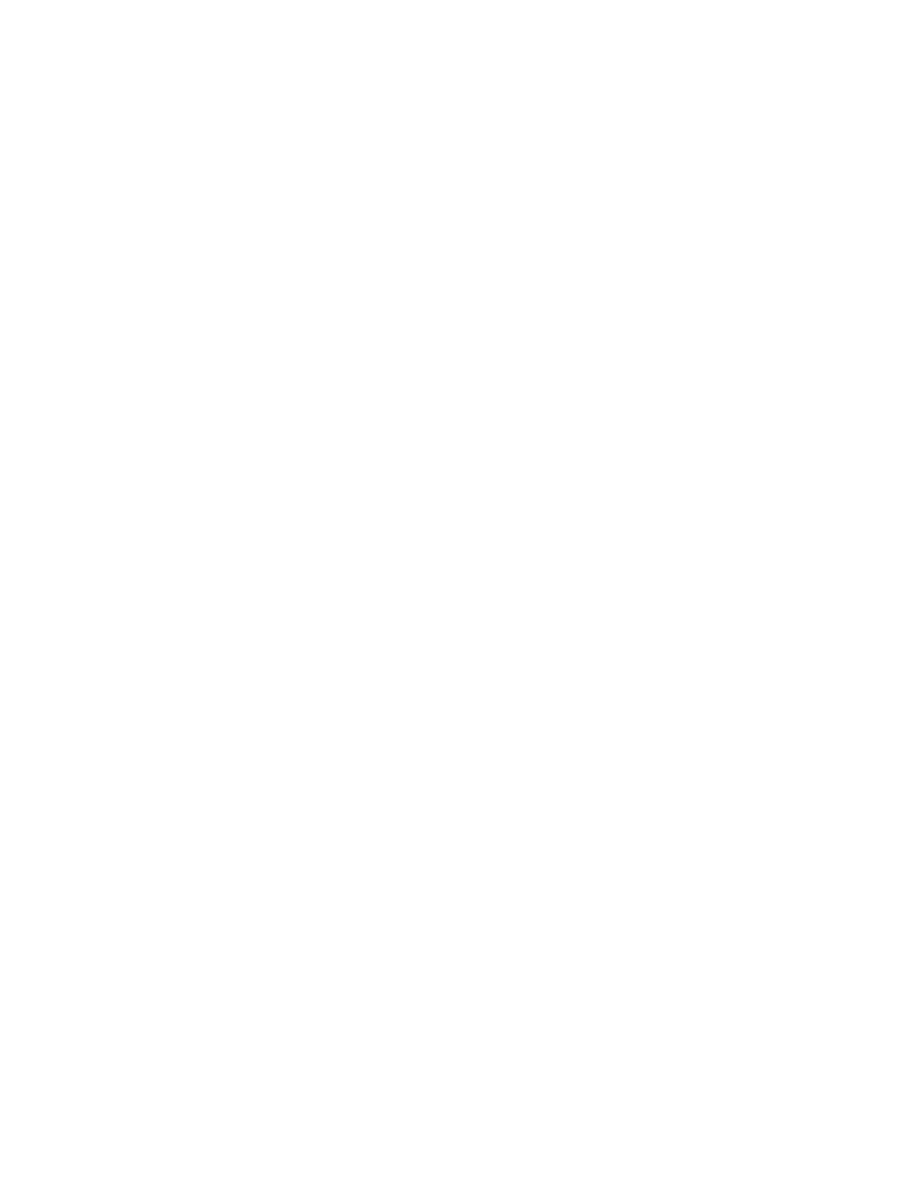
247
Federal Aviation Administration, DOT
§ 121.703
(b) Each certificate holder shall have
an approved procedure for keeping ade-
quate copies of the record required in
paragraph (a) of this section in the air-
plane in a place readily accessible to
each flight crewmember and shall put
that procedure in the certificate hold-
er’s manual.
§ 121.703 Service difficulty reports.
(a) Each certificate holder shall re-
port the occurrence or detection of
each failure, malfunction, or defect
concerning—
(1) Fires during flight and whether
the related fire-warning system func-
tioned properly;
(2) Fires during flight not protected
by a related fire-warning system;
(3) False fire warning during flight;
(4) An engine exhaust system that
causes damage during flight to the en-
gine, adjacent structure, equipment, or
components;
(5) An aircraft component that
causes accumulation or circulation of
smoke, vapor, or toxic or noxious
fumes in the crew compartment or pas-
senger cabin during flight;
(6) Engine shutdown during flight be-
cause of flameout;
(7) Engine shutdown during flight
when external damage to the engine or
airplane structure occurs;
(8) Engine shutdown during flight due
to foreign object ingestion or icing;
(9) Engine shutdown during flight of
more than one engine;
(10) A propeller feathering system or
ability of the system to control over-
speed during flight;
(11) A fuel or fuel-dumping system
that affects fuel flow or causes haz-
ardous leakage during flight;
(12) An unwanted landing gear exten-
sion or retraction, or an unwanted
opening or closing of landing gear
doors during flight;
(13) Brake system components that
result in loss of brake actuating force
when the airplane is in motion on the
ground;
(14) Aircraft structure that requires
major repair;
(15) Cracks, permanent deformation,
or corrosion of aircraft structures, if
more than the maximum acceptable to
the manufacturer or the FAA;
(16) Aircraft components or systems
that result in taking emergency ac-
tions during flight (except action to
shut down an engine); and
(17) Emergency evacuation systems
or components including all exit doors,
passenger emergency evacuation light-
ing systems, or evacuation equipment
that are found defective, or that fail to
perform the intended functions during
an actual emergency or during train-
ing, testing, maintenance, demonstra-
tions, or inadvertent deployments.
(b) For the purpose of this section
during flight
means the period from the
moment the aircraft leaves the surface
of the earth on takeoff until it touches
down on landing.
(c) In addition to the reports required
by paragraph (a) of this section, each
certificate holder shall report any
other failure, malfunction, or defect in
an aircraft that occurs or is detected at
any time if, in its opinion, that failure,
malfunction, or defect has endangered
or may endanger the safe operation of
an aircraft used by it.
(d) Each certificate holder shall sub-
mit each report required by this sec-
tion, covering each 24-hour period be-
ginning at 0900 local time of each day
and ending at 0900 local time on the
next day, to the FAA offices in Okla-
homa City, Oklahoma. Each report of
occurrences during a 24-hour period
shall be submitted to the collection
point within the next 96 hours. How-
ever, a report due on Saturday or Sun-
day may be submitted on the following
Monday, and a report due on a holiday
may be submitted on the next work
day.
(e) The certificate holder shall sub-
mit the reports required by this section
on a form or in another format accept-
able to the Administrator. The reports
shall include the following informa-
tion:
(1) Type and identification number of
the aircraft.
(2) The name of the operator.
(3) The date, flight number, and stage
during which the incident occurred
(e.g., preflight, takeoff, climb, cruise,
descent landing, and inspection).
(4) The emergency procedure effected
(e.g., unscheduled landing and emer-
gency descent).
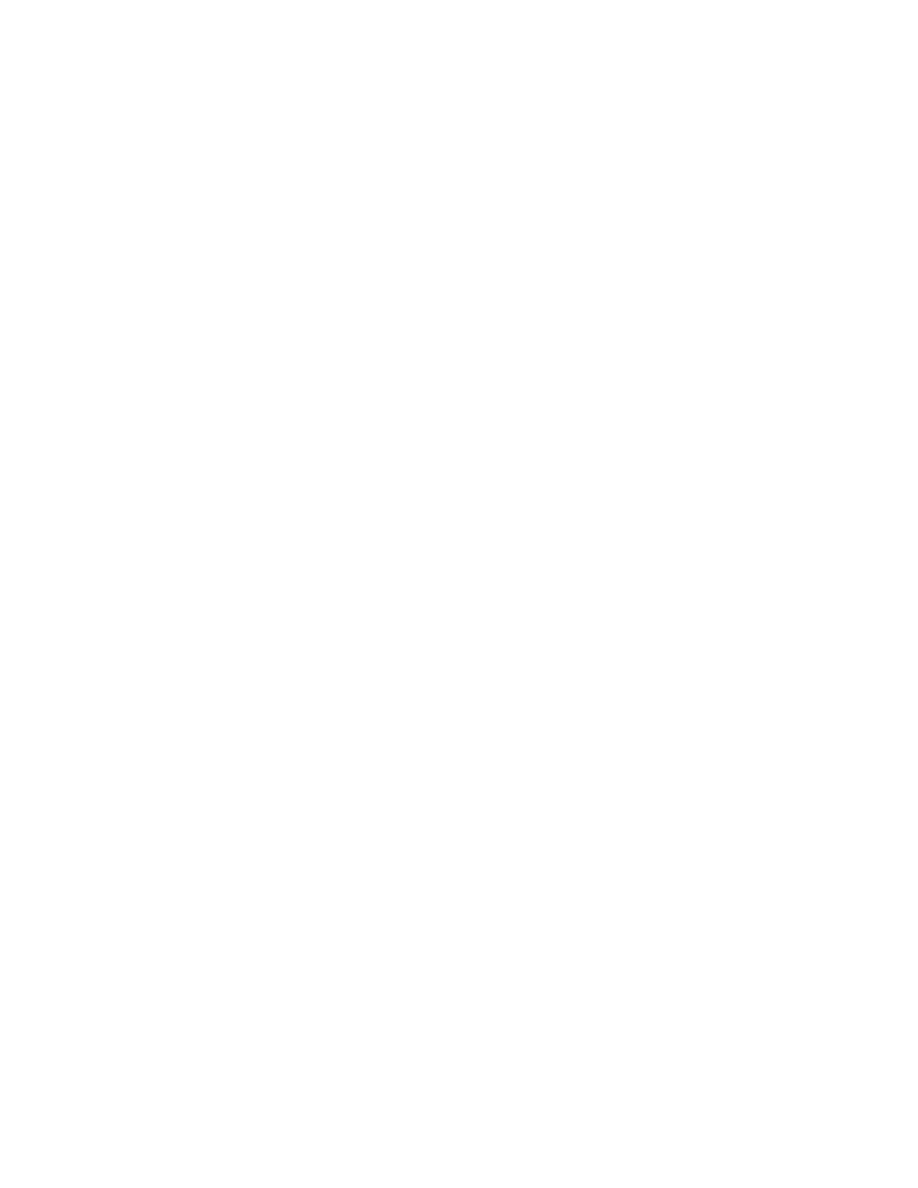
248
14 CFR Ch. I (1–1–24 Edition)
§ 121.705
(5) The nature of the failure, mal-
function, or defect.
(6) Identification of the part and sys-
tem involved, including available infor-
mation pertaining to type designation
of the major component and time since
overhaul.
(7) Apparent cause of the failure,
malfunction, or defect (e.g., wear,
crack, design deficiency, or personnel
error).
(8) Whether the part was repaired, re-
placed, sent to the manufacturer, or
other action taken.
(9) Whether the aircraft was ground-
ed.
(10) Other pertinent information nec-
essary for more complete identifica-
tion, determination of seriousness, or
corrective action.
(f) A certificate holder that is also
the holder of a Type Certificate (in-
cluding a Supplemental Type Certifi-
cate), a Parts Manufacturer Approval,
or a Technical Standard Order Author-
ization, or that is the licensee of a type
certificate holder, need not report a
failure, malfunction, or defect under
this section if the failure, malfunction,
or defect has been reported by it under
§ 21.3 of this chapter or under the acci-
dent reporting provisions of 49 CFR
part 830.
(g) No person may withhold a report
required by this section even though
all information required in this section
is not available.
(h) When certificate holder gets addi-
tional information, including informa-
tion from the manufacturer or other
agency, concerning a report required
by this section, it shall expeditiously
submit it as a supplement to the first
report and reference the date and place
of submission of the first report.
[Doc. No. 6258, 29 FR 19226, Dec. 31, 1964, as
amended by Doc. No. 8084, 32 FR 5770, Apr. 11,
1967; Amdt. 121–72, 35 FR 18188, Nov. 28, 1970;
Amdt. 121–143, 43 FR 22642, May 25, 1978;
Amdt. 121–178, 47 FR 13316, Mar. 29, 1982;
Amdt. 121–187, 50 FR 32375, Aug. 9, 1985;
Amdt. 121–195, 53 FR 8728, Mar. 16, 1988;
Amdt. 121–251, 60 FR 65936, Dec. 20, 1995;
Amdt. 121–319, 70 FR 76979, Dec. 29, 2005;
Amdt. 121–387, 87 FR 75846, Dec. 9, 2022]
§ 121.705 Mechanical interruption
summary report.
Each certificate holder shall submit
to the Administrator, before the end of
the 10th day of the following month, a
summary report for the previous
month of:
(a) Each interruption to a flight, un-
scheduled change of aircraft en route,
or unscheduled stop or diversion from a
route, caused by known or suspected
mechanical difficulties or malfunctions
that are not required to be reported
under § 121.703.
(b) The number of engines removed
prematurely because of malfunction,
failure or defect, listed by make and
model and the aircraft type in which it
was installed.
(c) The number of propeller
featherings in flight, listed by type of
propeller and engine and aircraft on
which it was installed. Propeller
featherings for training, demonstra-
tion, or flight check purposes need not
be reported.
[Doc. No. 6258, 29 FR 19226, Dec. 31, 1964, as
amended by Amdt. 121–10, 30 FR 10025, Aug.
12, 1965; Amdt. 121–319, 70 FR 76979, Dec. 29,
2005]
§ 121.707 Alteration and repair re-
ports.
(a) Each certificate holder shall,
promptly upon its completion, prepare
a report of each major alteration or
major repair of an airframe, aircraft
engine, propeller, or appliance of an
aircraft operated by it.
(b) The certificate holder shall sub-
mit a copy of each report of a major al-
teration to, and shall keep a copy of
each report of a major repair available
for inspection by, the representative of
the Administrator who is assigned to
it.
§ 121.709 Airworthiness release or air-
craft log entry.
(a) No certificate holder may operate
an aircraft after maintenance, preven-
tive maintenance or alterations are
performed on the aircraft unless the
certificate holder, or the person with
whom the certificate holder arranges
for the performance of the mainte-
nance, preventive maintenance, or al-
terations, prepares or causes to be pre-
pared—
(1) An airworthiness release; or
(2) An appropriate entry in the air-
craft log.
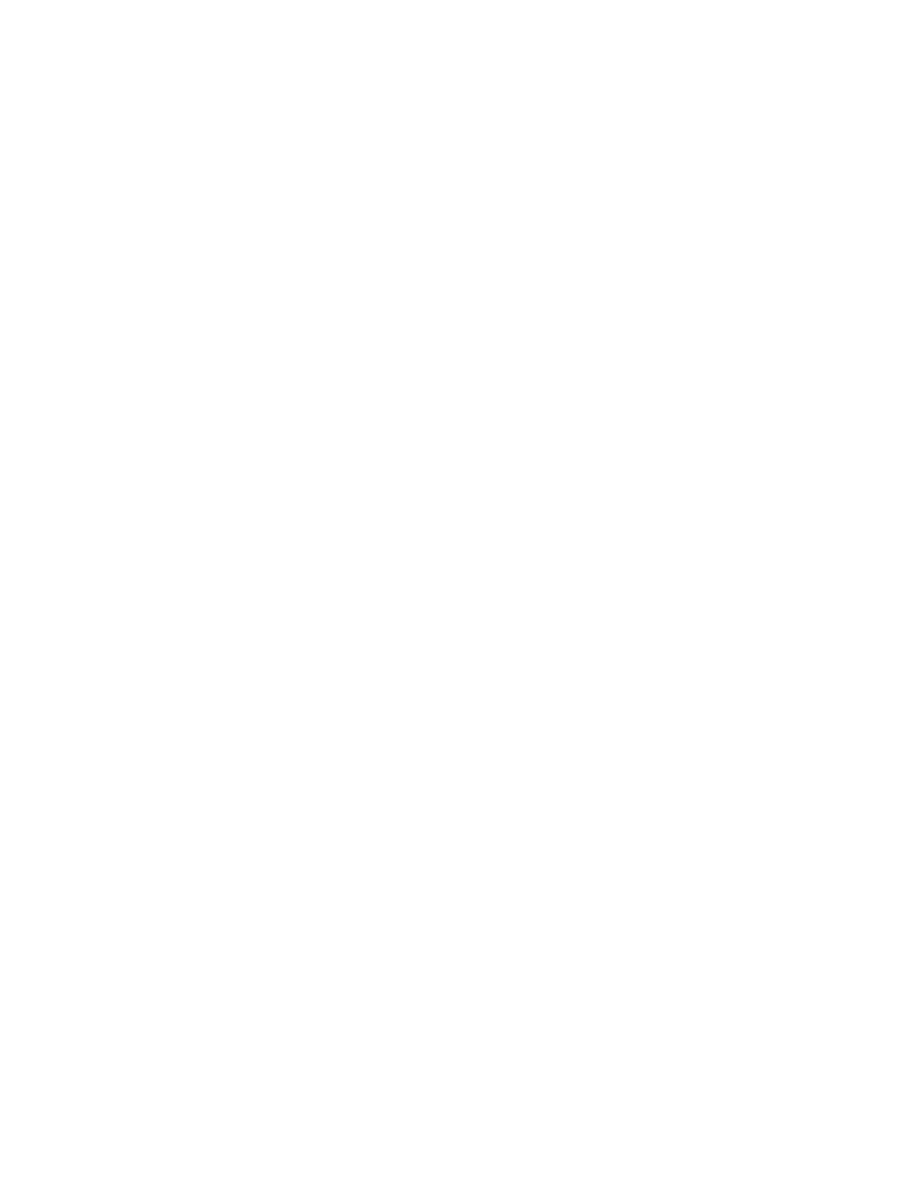
249
Federal Aviation Administration, DOT
§ 121.713
(b) The airworthiness release or log
entry required by paragraph (a) of this
section must—
(1) Be prepared in accordance with
the procedures set forth in the certifi-
cate holder’s manual;
(2) Include a certification that—
(i) The work was performed in ac-
cordance with the requirements of the
certificate holder’s manual;
(ii) All items required to be inspected
were inspected by an authorized person
who determined that the work was sat-
isfactorily completed;
(iii) No known condition exists that
would make the airplane unairworthy;
and
(iv) So far as the work performed is
concerned, the aircraft is in condition
for safe operation; and
(3) Be signed by an authorized certifi-
cated mechanic or repairman except
that a certificated repairman may sign
the release or entry only for the work
for which he is employed and certifi-
cated.
(c) Notwithstanding paragraph (b)(3)
of this section, after maintenance, pre-
ventive maintenance, or alterations
performed by a repair station that is
located outside the United States, the
airworthiness release or log entry re-
quired by paragraph (a) of this section
may be signed by a person authorized
by that repair station.
(d) When an airworthiness release
form is prepared the certificate holder
must give a copy to the pilot in com-
mand and must keep a record thereof
for at least 2 months.
(e) Instead of restating each of the
conditions of the certification required
by paragraph (b) of this section, the air
carrier may state in its manual that
the signature of an authorized certifi-
cated mechanic or repairman con-
stitutes that certification.
[Doc. No. 6258, 29 FR 19226, Dec. 31, 1964, as
amended by Amdt. 121–6, 30 FR 6432, May 8,
1965; Amdt. 121–21, 31 FR 10613, Aug. 9, 1966;
Amdt. 121–286, 66 FR 41116, Aug. 6, 2001]
§ 121.711 Communication records: Do-
mestic and flag operations.
(a) Each certificate holder con-
ducting domestic or flag operations
must record each en route communica-
tion between the certificate holder and
its pilots using a communication sys-
tem as required by § 121.99 of this part.
(b) For purposes of this section the
term en route means from the time the
aircraft pushes back from the depart-
ing gate until the time the aircraft
reaches the arrival gate at its destina-
tion.
(c) The record required in paragraph
(a) of this section must contain at least
the following information:
(1) The date and time of the contact;
(2) The flight number;
(3) Aircraft registration number;
(4) Approximate position of the air-
craft during the contact;
(5) Call sign; and
(6) Narrative of the contact.
(d) The record required in paragraph
(a) of this section must be kept for at
least 30 days.
[Doc. No. FAA–2008–0677, 78 FR 67841, Nov. 12,
2013]
§ 121.713 Retention of contracts and
amendments: Commercial operators
who conduct intrastate operations
for compensation or hire.
(a) Each commercial operator who
conducts intrastate operations for
compensation or hire shall keep a copy
of each written contract under which it
provides services as a commercial oper-
ator for a period of at least 1 year after
the date of execution of the contract.
In the case of an oral contract, it shall
keep a memorandum stating its ele-
ments, and of any amendments to it,
for a period of at least one year after
the execution of that contract or
change.
(b) Each commercial operator who
conducts intrastate operations for
compensation or hire shall submit a fi-
nancial report for the first 6 months of
each fiscal year and another financial
report for each complete fiscal year. If
that person’s operating certificate is
suspended for more than 29 days, that
person shall submit a financial report
as of the last day of the month in
which the suspension is terminated.
The report required to be submitted by
this section shall be submitted within
60 days of the last day of the period
covered by the report and must in-
clude—
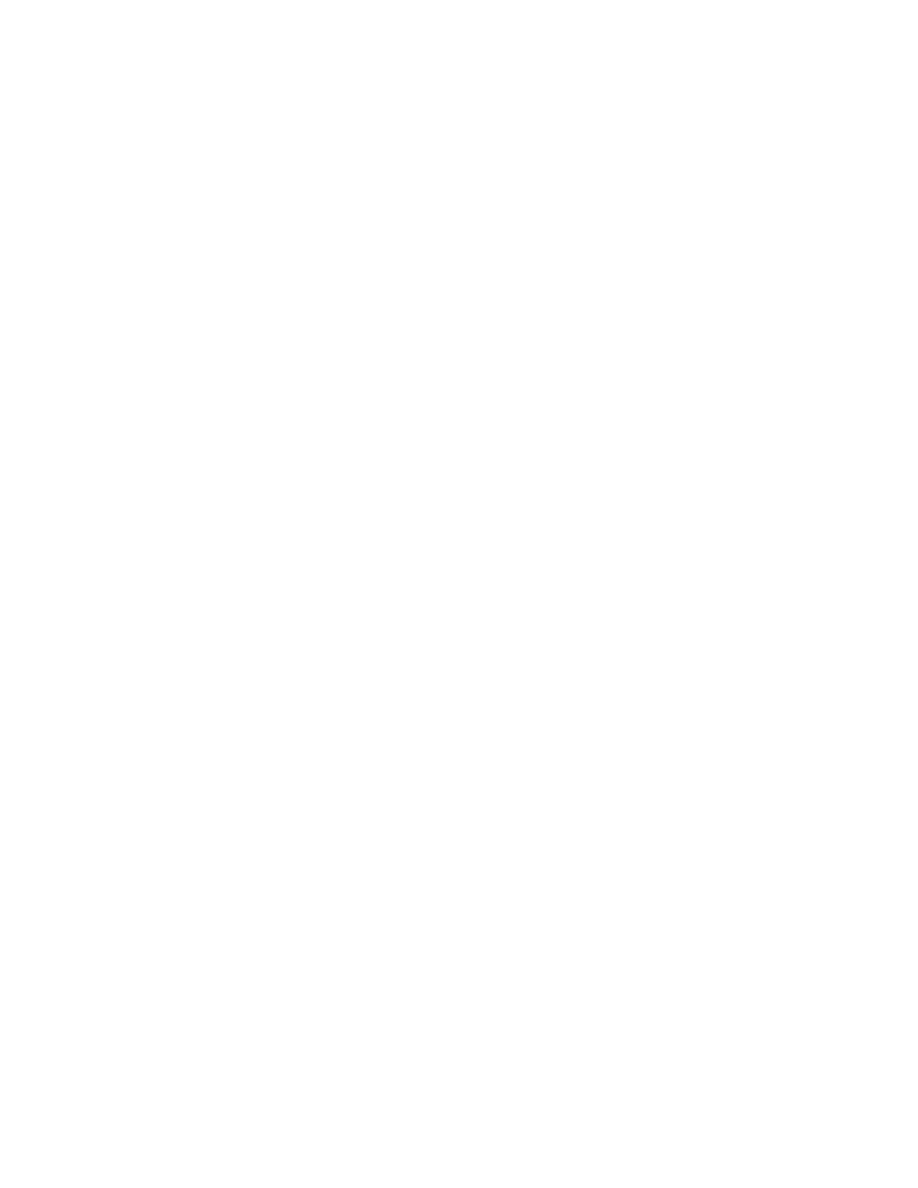
250
14 CFR Ch. I (1–1–24 Edition)
§ 121.721
(1) A balance sheet that shows assets,
liabilities, and net worth on the last
day of the reporting period;
(2) The information required by
§ 119.36 (e)(2), (e)(7), and (e)(8) of this
chapter;
(3) An itemization of claims in litiga-
tion against the applicant, if any, as of
the last day of the period covered by
the report;
(4) A profit and loss statement with
the separation of items relating to the
applicant’s commercial operator ac-
tivities from his other business activi-
ties, if any; and
(5) A list of each contract that gave
rise to operating income on the profit
and loss statement, including the
names and addresses of the contracting
parties and the nature, scope, date, and
duration of each contract.
[Doc. No. 28154, 60 FR 65936, Dec. 20, 1995, as
amended by Amdt. 121–262, 62 FR 13257, Mar.
19, 1997]
Subpart W—Crewmember
Certificate: International
§ 121.721 Applicability.
This section describes the certifi-
cates that were issued to United States
citizens who were employed by air car-
riers at the time of issuance as flight
crewmembers on United States reg-
istered aircraft engaged in inter-
national air commerce. The purpose of
the certificate is to facilitate the entry
and clearance of those crewmembers
into ICAO contracting states. They
were issued under Annex 9, as amended,
to the Convention on International
Civil Aviation.
[Doc. No. 28154, 61 FR 30435, June 14, 1996]
§ 121.723 Surrender of international
crewmember certificate.
The holder of a certificate issued
under this section, or the air carrier by
whom the holder is employed, shall
surrender the certificate for cancella-
tion at the responsible Flight Stand-
ards office at the termination of the
holder’s employment with that air car-
rier.
[Doc. No. 28154, 61 FR 30435, June 14, 1996, as
amended by Docket FAA–2018–0119, Amdt.
121–380, 83 FR 9173, Mar. 5, 2018]
Subpart X—Emergency Medical
Equipment and Training
S
OURCE
: Docket No. FAA–2000–7119, 66 FR
19044, Apr. 12, 2001, unless otherwise noted.
§ 121.801 Applicability.
This subpart prescribes the emer-
gency medical equipment and training
requirements applicable to all certifi-
cate holders operating passenger-car-
rying airplanes under this part. Noth-
ing in this subpart is intended to re-
quire certificate holders or its agents
to provide emergency medical care or
to establish a standard of care for the
provision of emergency medical care.
§ 121.803 Emergency medical equip-
ment.
(a) No person may operate a pas-
senger-carrying airplane under this
part unless it is equipped with the
emergency medical equipment listed in
this section.
(b) Each equipment item listed in
this section—
(1) Must be inspected regularly in ac-
cordance with inspection periods estab-
lished in the operations specifications
to ensure its condition for continued
serviceability and immediate readiness
to perform its intended emergency pur-
poses;
(2) Must be readily accessible to the
crew and, with regard to equipment lo-
cated in the passenger compartment,
to passengers;
(3) Must be clearly identified and
clearly marked to indicate its method
of operation; and
(4) When carried in a compartment or
container, must be carried in a com-
partment or container marked as to
contents and the compartment or con-
tainer, or the item itself, must be
marked as to date of last inspection.
(c) For treatment of injuries, medical
events, or minor accidents that might
occur during flight time each airplane
must have the following equipment
that meets the specifications and re-
quirements of appendix A of this part:
(1) Approved first-aid kits.
(2) In airplanes for which a flight at-
tendant is required, an approved emer-
gency medical kit.
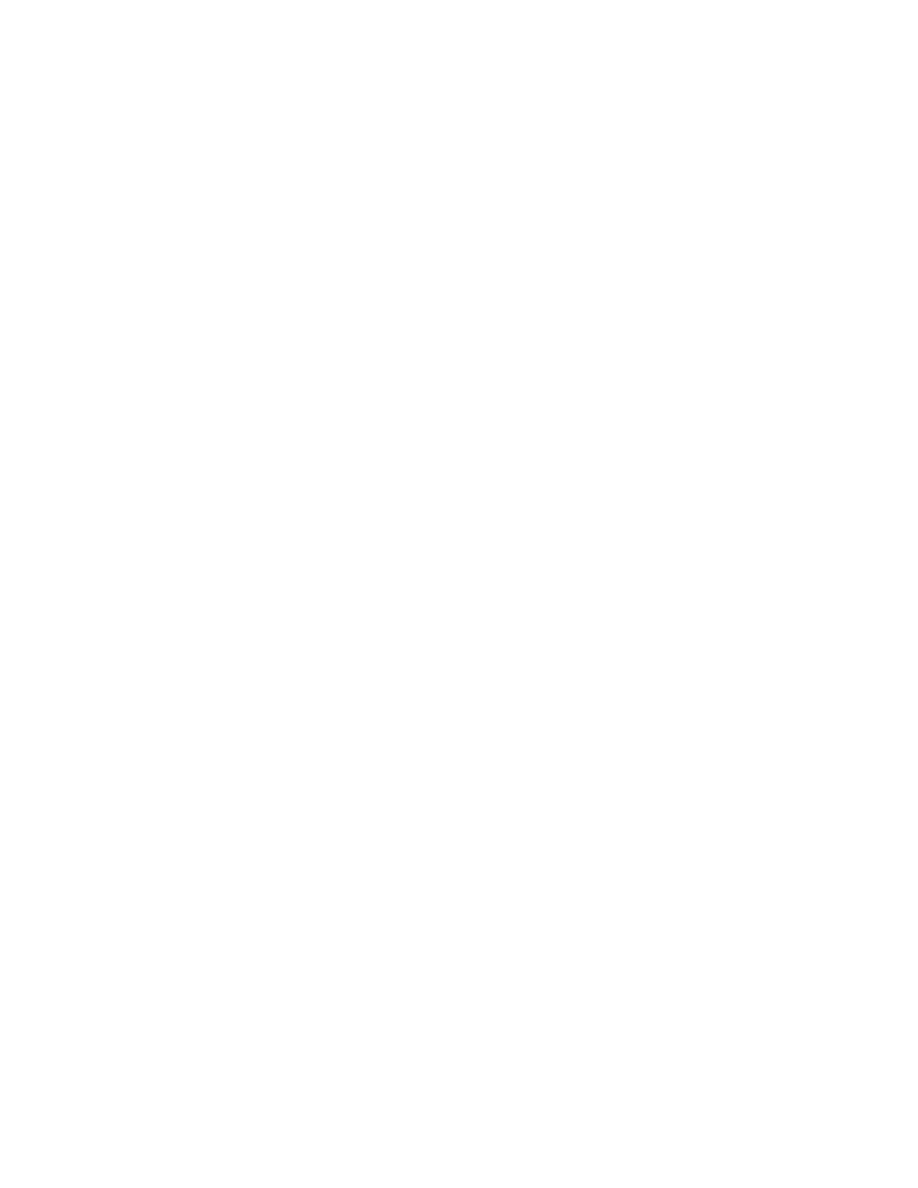
251
Federal Aviation Administration, DOT
§ 121.903
(3) In airplanes for which a flight at-
tendant is required, an approved emer-
gency medical kit as modified effective
April 12, 2004.
(4) In airplanes for which a flight at-
tendant is required and with a max-
imum payload capacity of more than
7,500 pounds, an approved automated
external defibrillator as of April 12,
2004.
§ 121.805 Crewmember training for in-
flight medical events.
(a) Each training program must pro-
vide the instruction set forth in this
section with respect to each airplane
type, model, and configuration, each
required crewmember, and each kind of
operation conducted, insofar as appro-
priate for each crewmember and the
certificate holder.
(b) Training must provide the fol-
lowing:
(1) Instruction in emergency medical
event procedures, including coordina-
tion among crewmembers.
(2) Instruction in the location, func-
tion, and intended operation of emer-
gency medical equipment.
(3) Instruction to familiarize crew-
members with the content of the emer-
gency medical kit.
(4) Instruction to familiarize crew-
members with the content of the emer-
gency medical kit as modified on April
12, 2004.
(5) For each flight attendant—
(i) Instruction, to include perform-
ance drills, in the proper use of auto-
mated external defibrillators.
(ii) Instruction, to include perform-
ance drills, in cardiopulmonary resus-
citation.
(iii) Recurrent training, to include
performance drills, in the proper use of
an automated external defibrillators
and in cardiopulmonary resuscitation
at least once every 24 months.
(c) The crewmember instruction, per-
formance drills, and recurrent training
required under this section are not re-
quired to be equivalent to the expert
level of proficiency attained by profes-
sional emergency medical personnel.
Subpart Y—Advanced
Qualification Program
S
OURCE
: Docket No. FAA–2005–20750, 70 FR
54815, Sept. 16, 2005, unless otherwise noted.
§ 121.901 Purpose and eligibility.
(a) Contrary provisions of parts 61, 63,
65, 121, 135, and 142 of this chapter not-
withstanding, this subpart provides for
approval of an alternative method
(known as ‘‘Advanced Qualification
Program’’ or ‘‘AQP’’) for qualifying,
training, certifying, and otherwise en-
suring competency of crewmembers,
aircraft dispatchers, other operations
personnel, instructors, and evaluators
who are required to be trained under
parts 121 and 135 of this chapter.
(b) A certificate holder is eligible
under this subpart if the certificate
holder is required or elects to have an
approved training program under
§§ 121.401, 135.3(c), or 135.341 of this
chapter.
(c) A certificate holder obtains ap-
proval of each proposed curriculum
under this AQP as specified in § 121.909.
§ 121.903 General requirements for Ad-
vanced Qualification Programs.
(a) A curriculum approved under an
AQP may include elements of existing
training programs under part 121 and
part 135 of this chapter. Each cur-
riculum must specify the make, model,
series or variant of aircraft and each
crewmember position or other posi-
tions to be covered by that curriculum.
Positions to be covered by the AQP
must include all flight crewmember po-
sitions, flight instructors, and eval-
uators and may include other posi-
tions, such as flight attendants, air-
craft dispatchers, and other operations
personnel.
(b) Each certificate holder that ob-
tains approval of an AQP under this
subpart must comply with all the re-
quirements of the AQP and this sub-
part instead of the corresponding pro-
visions of parts 61, 63, 65, 121, or 135 of
this chapter. However, each applicable
requirement of parts 61, 63, 65, 121, or
135 of this chapter, including but not
limited to practical test requirements,
that is not specifically addressed in the
AQP continues to apply to the certifi-
cate holder and to the individuals

252
14 CFR Ch. I (1–1–24 Edition)
§ 121.905
being trained and qualified by the cer-
tificate holder. No person may be
trained under an AQP unless that AQP
has been approved by the FAA and the
person complies with all the require-
ments of the AQP and this subpart.
(c) No certificate holder that con-
ducts its training program under this
subpart may use any person nor may
any person serve in any duty position
as a required crewmember, an aircraft
dispatcher, an instructor, or an eval-
uator, unless that person has satisfac-
torily accomplished, in a training pro-
gram approved under this subpart for
the certificate holder, the training and
evaluation of proficiency required by
the AQP for that type airplane and
duty position.
(d) All documentation and data re-
quired under this subpart must be sub-
mitted in a form and manner accept-
able to the FAA.
(e) Any training or evaluation re-
quired under an AQP that is satisfac-
torily completed in the calendar month
before or the calendar month after the
calendar month in which it is due is
considered to have been completed in
the calendar month it was due.
§ 121.905 Confidential commercial in-
formation.
(a) Each certificate holder that
claims that AQP information or data it
is submitting to the FAA is entitled to
confidential treatment under 5 U.S.C.
552(b)(4) because it constitutes con-
fidential commercial information as
described in 5 U.S.C. 552(b)(4), and
should be withheld from public disclo-
sure, must include its request for con-
fidentiality with each submission.
(b) When requesting confidentiality
for submitted information or data, the
certificate holder must:
(1) If the information or data is
transmitted electronically, embed the
claim of confidentiality within the
electronic record so the portions
claimed to be confidential are readily
apparent when received and reviewed.
(2) If the information or data is sub-
mitted in paper format, place the word
‘‘CONFIDENTIAL’’ on the top of each
page containing information or data
claimed to be confidential.
(3) Justify the basis for a claim of
confidentiality under 5 U.S.C. 552(b)(4).
§ 121.907 Definitions.
The following definitions apply to
this subpart:
Crew Resource Management (CRM)
means the effective use of all the re-
sources available to crewmembers, in-
cluding each other, to achieve a safe
and efficient flight.
Curriculum outline
means a listing of
each segment, module, lesson, and les-
son element in a curriculum, or an
equivalent listing acceptable to the
FAA.
Evaluation of proficiency
means a Line
Operational Evaluation (LOE) or an
equivalent evaluation under an AQP
acceptable to the FAA.
Evaluator
means a person who as-
sesses or judges the performance of
crewmembers, instructors, other eval-
uators, aircraft dispatchers, or other
operations personnel.
First Look
means the assessment of
performance to determine proficiency
on designated flight tasks before any
briefing, training, or practice on those
tasks is given in the training session
for a continuing qualification cur-
riculum. First Look is conducted dur-
ing an AQP continuing qualification
cycle to determine trends of degraded
proficiency, if any, due in part to the
length of the interval between training
sessions.
Instructional systems development
means a systematic methodology for
developing or modifying qualification
standards and associated curriculum
content based on a documented anal-
ysis of the job tasks, skills, and knowl-
edge required for job proficiency.
Job task listing
means a listing of all
tasks, subtasks, knowledge, and skills
required for accomplishing the oper-
ational job.
Line Operational Evaluation (LOE)
means a simulated line environment,
the scenario content of which is de-
signed to test integrating technical
and CRM skills.
Line Operational Simulation (LOS)
means a training or evaluation session,
as applicable, that is conducted in a
simulated line environment using
equipment qualified and approved for
its intended purpose in an AQP.
Planned hours
means the estimated
amount of time (as specified in a cur-
riculum outline) that it takes a typical
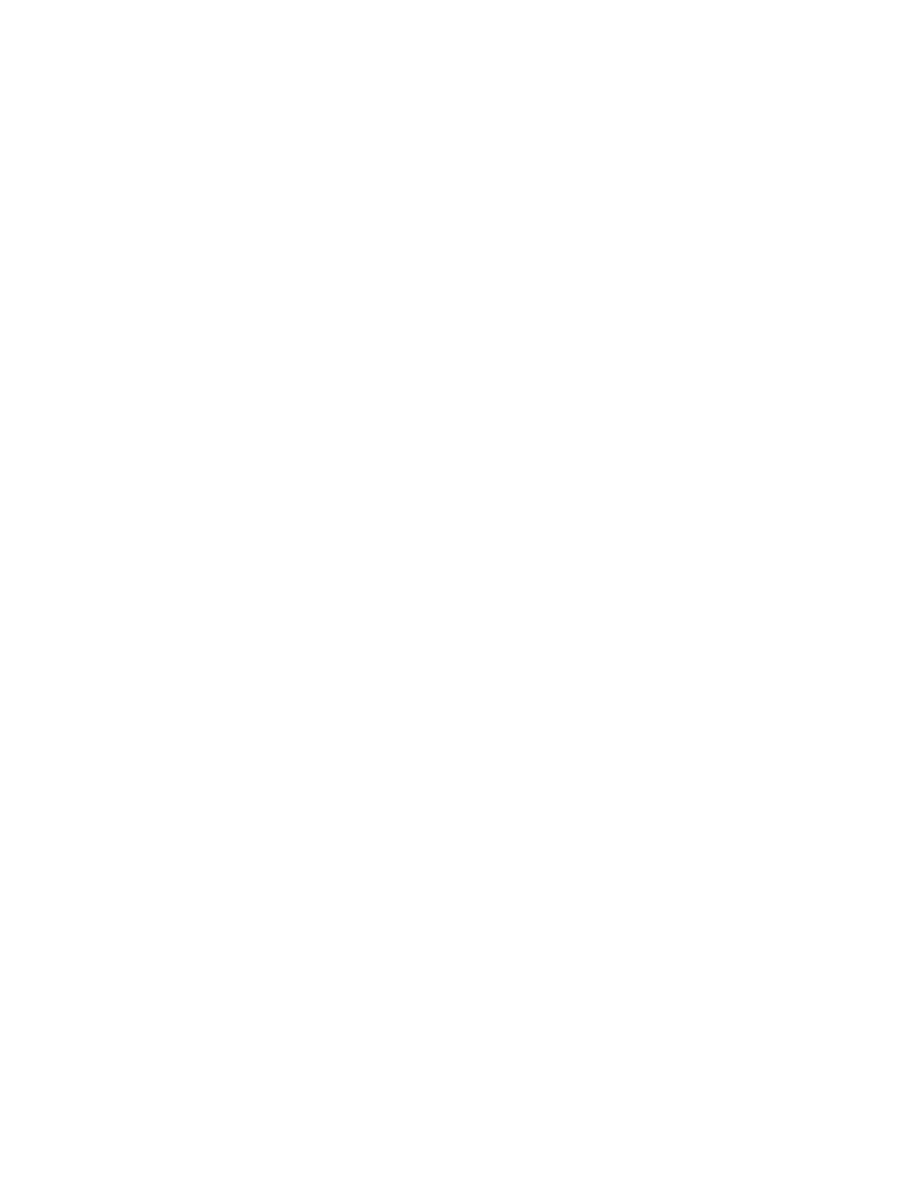
253
Federal Aviation Administration, DOT
§ 121.909
student to complete a segment of in-
struction (to include all instruction,
demonstration, practice, and evalua-
tion, as appropriate, to reach pro-
ficiency).
Qualification standard
means a state-
ment of a minimum required perform-
ance, applicable parameters, criteria,
applicable flight conditions, evaluation
strategy, evaluation media, and appli-
cable document references.
Qualification standards document
means a single document containing
all the qualification standards for an
AQP together with a prologue that pro-
vides a detailed description of all fac-
ets of the evaluation process.
Special tracking
means assigning a
person to an augmented schedule of
training, checking, or both.
Training session
means a contiguously
scheduled period devoted to training
activities at a facility approved by the
FAA for that purpose.
Variant
means a specifically config-
ured aircraft for which the FAA has
identified training and qualifications
that are significantly different from
those applicable to other aircraft of the
same make, model, and series.
§ 121.909 Approval of Advanced Quali-
fication Program.
(a)
Approval process.
Application for
approval of an AQP curriculum under
this subpart is made to the responsible
Flight Standards office.
(b)
Approval criteria.
Each AQP must
have separate curriculums for indoc-
trination, qualification, and continuing
qualification (including upgrade, tran-
sition, and requalification), as specified
in §§ 121.911, 121.913, and 121.915. All
AQP curriculums must be based on an
instructional systems development
methodology. This methodology must
incorporate a thorough analysis of the
certificate holder’s operations, air-
craft, line environment and job func-
tions. All AQP qualification and con-
tinuing qualification curriculums must
integrate the training and evaluation
of CRM and technical skills and knowl-
edge. An application for approval of an
AQP curriculum may be approved if
the program meets the following re-
quirements:
(1) The program must meet all the re-
quirements of this subpart.
(2) Each indoctrination, qualifica-
tion, and continuing qualification
AQP, and derivatives must include the
following documentation:
(i) Initial application for AQP.
(ii) Initial job task listing.
(iii) Instructional systems develop-
ment methodology.
(iv) Qualification standards docu-
ment.
(v) Curriculum outline.
(vi) Implementation and operations
plan.
(3) Subject to approval by the FAA,
certificate holders may elect, where
appropriate, to consolidate informa-
tion about multiple programs within
any of the documents referenced in
paragraph (b)(2) of this section.
(4) The Qualification Standards Doc-
ument must indicate specifically the
requirements of the parts 61, 63, 65, 121,
or 135 of this chapter, as applicable,
that would be replaced by an AQP cur-
riculum. If a practical test require-
ment of parts 61, 63, 65, 121, or 135 of
this chapter is replaced by an AQP cur-
riculum, the certificate holder must es-
tablish an initial justification and a
continuing process approved by the
FAA to show how the AQP curriculum
provides an equivalent level of safety
for each requirement that is to be re-
placed.
(c)
Application and transition.
Each
certificate holder that applies for one
or more advanced qualification cur-
riculums must include as part of its ap-
plication a proposed transition plan
(containing a calendar of events) for
moving from its present approved
training to the advanced qualification
program training.
(d)
Advanced Qualification Program re-
visions or rescissions of approval.
If after
a certificate holder begins training and
qualification under an AQP, the FAA
finds the certificate holder is not meet-
ing the provisions of its approved AQP,
the FAA may require the certificate
holder, pursuant to § 121.405(e), to make
revisions. Or if otherwise warranted,
the FAA may withdraw AQP approval
and require the certificate holder to
submit and obtain approval for a plan
(containing a schedule of events) that
the certificate holder must comply
with and use to transition to an ap-
proved training program under subpart
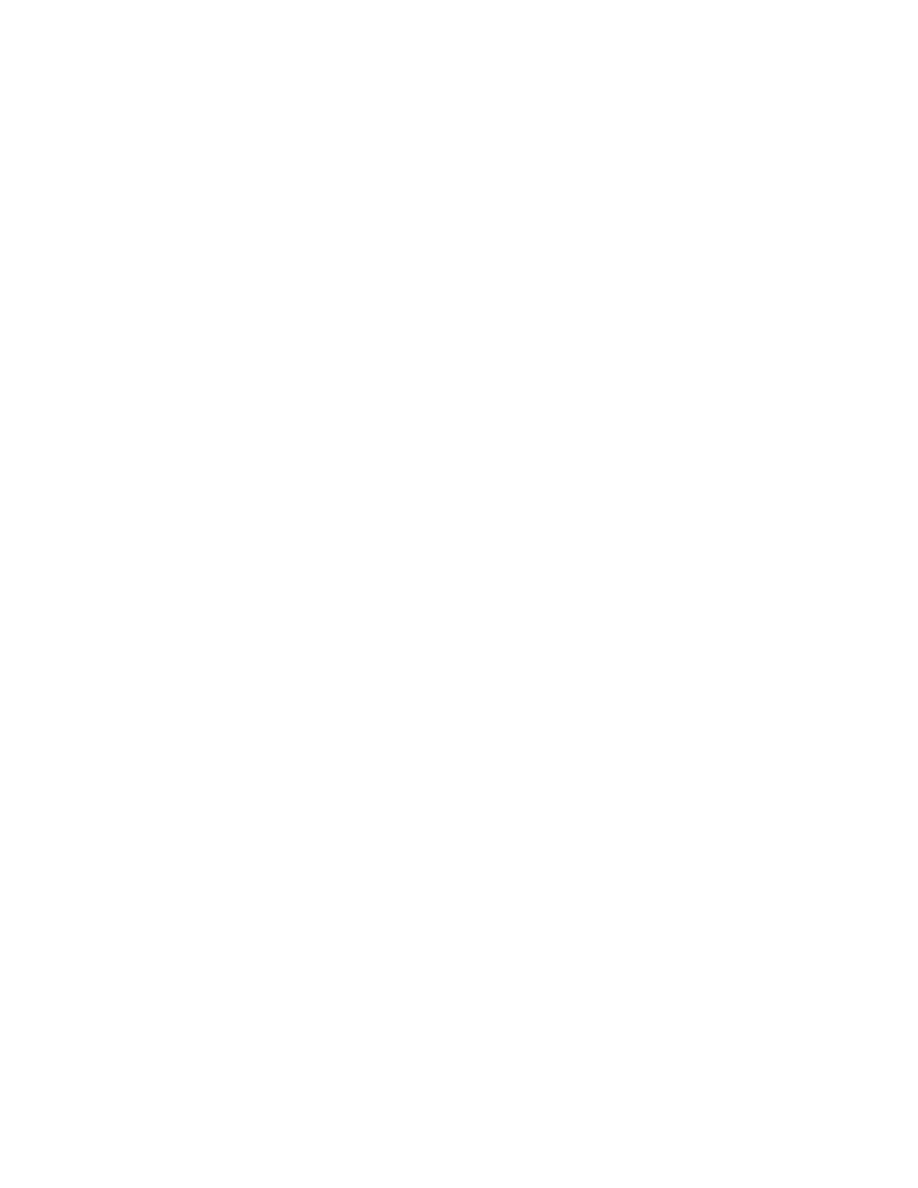
254
14 CFR Ch. I (1–1–24 Edition)
§ 121.911
N of this part or under subpart H of
part 135 of this chapter, as appropriate.
The certificate holder may also volun-
tarily submit and obtain approval for a
plan (containing a schedule of events)
to transition to an approved training
program under subpart N of this part
or under subpart H of part 135 of this
chapter, as appropriate.
(e)
Approval by the FAA.
Final ap-
proval of an AQP by the FAA indicates
the FAA has accepted the justification
provided under paragraph (b)(4) of this
section and the applicant’s initial jus-
tification and continuing process es-
tablish an equivalent level of safety for
each requirement of parts 61, 63, 65, 121,
and 135 of this chapter that is being re-
placed.
[Docket No. FAA–2005–20750, 70 FR 54815,
Sept. 16, 2005, as amended by Docket FAA–
2018–0119, Amdt. 121–380, 83 FR 9173, Mar. 5,
2018; Docket No. FAA–2022–1355; Amdt. 121–
387, 87 FR 75846, Dec. 9, 2022]
§ 121.911 Indoctrination curriculum.
Each indoctrination curriculum must
include the following:
(a) For newly hired persons being
trained under an AQP: The certificate
holder’s policies and operating prac-
tices and general operational knowl-
edge.
(b) For newly hired crewmembers and
aircraft dispatchers: General aero-
nautical knowledge appropriate to the
duty position.
(c) For instructors: The fundamental
principles of the teaching and learning
process; methods and theories of in-
struction; and the knowledge necessary
to use aircraft, flight training devices,
flight simulators, and other training
equipment in advanced qualification
curriculums, as appropriate.
(d) For evaluators: General evalua-
tion requirements of the AQP; methods
of evaluating crewmembers and air-
craft dispatchers and other operations
personnel, as appropriate, and policies
and practices used to conduct the kinds
of evaluations particular to an AQP
(e.g., LOE).
§ 121.913 Qualification curriculum.
Each qualification curriculum must
contain training, evaluation, and cer-
tification activities, as applicable for
specific positions subject to the AQP,
as follows:
(a) The certificate holder’s planned
hours of training, evaluation, and su-
pervised operating experience.
(b) For crewmembers, aircraft dis-
patchers, and other operations per-
sonnel, the following:
(1) Training, evaluation, and certifi-
cation activities that are aircraft- and
equipment-specific to qualify a person
for a particular duty position on, or du-
ties related to the operation of, a spe-
cific make, model, series, or variant
aircraft.
(2) A list of and text describing the
knowledge requirements, subject mate-
rials, job skills, and qualification
standards of each proficiency objective
to be trained and evaluated.
(3) The requirements of the certifi-
cate holder’s approved AQP program
that are in addition to or in place of,
the requirements of parts 61, 63, 65, 121
or 135 of this chapter, including any ap-
plicable practical test requirements.
(4) A list of and text describing oper-
ating experience, evaluation/remedi-
ation strategies, provisions for special
tracking, and how recency of experi-
ence requirements will be accom-
plished.
(c) For flight crewmembers: Initial
operating experience and line check.
(d) For instructors, the following as
appropriate:
(1) Training and evaluation activities
to qualify a person to conduct instruc-
tion on how to operate, or on how to
ensure the safe operation of a par-
ticular make, model, and series air-
craft (or variant).
(2) A list of and text describing the
knowledge requirements, subject mate-
rials, job skills, and qualification
standards of each procedure and pro-
ficiency objective to be trained and
evaluated.
(3) A list of and text describing eval-
uation/remediation strategies, stand-
ardization policies and recency require-
ments.
(e) For evaluators: The requirements
of paragraph (d)(1) of this section plus
the following, as appropriate:
(1) Training and evaluation activities
that are aircraft and equipment spe-
cific to qualify a person to assess the
performance of persons who operate or
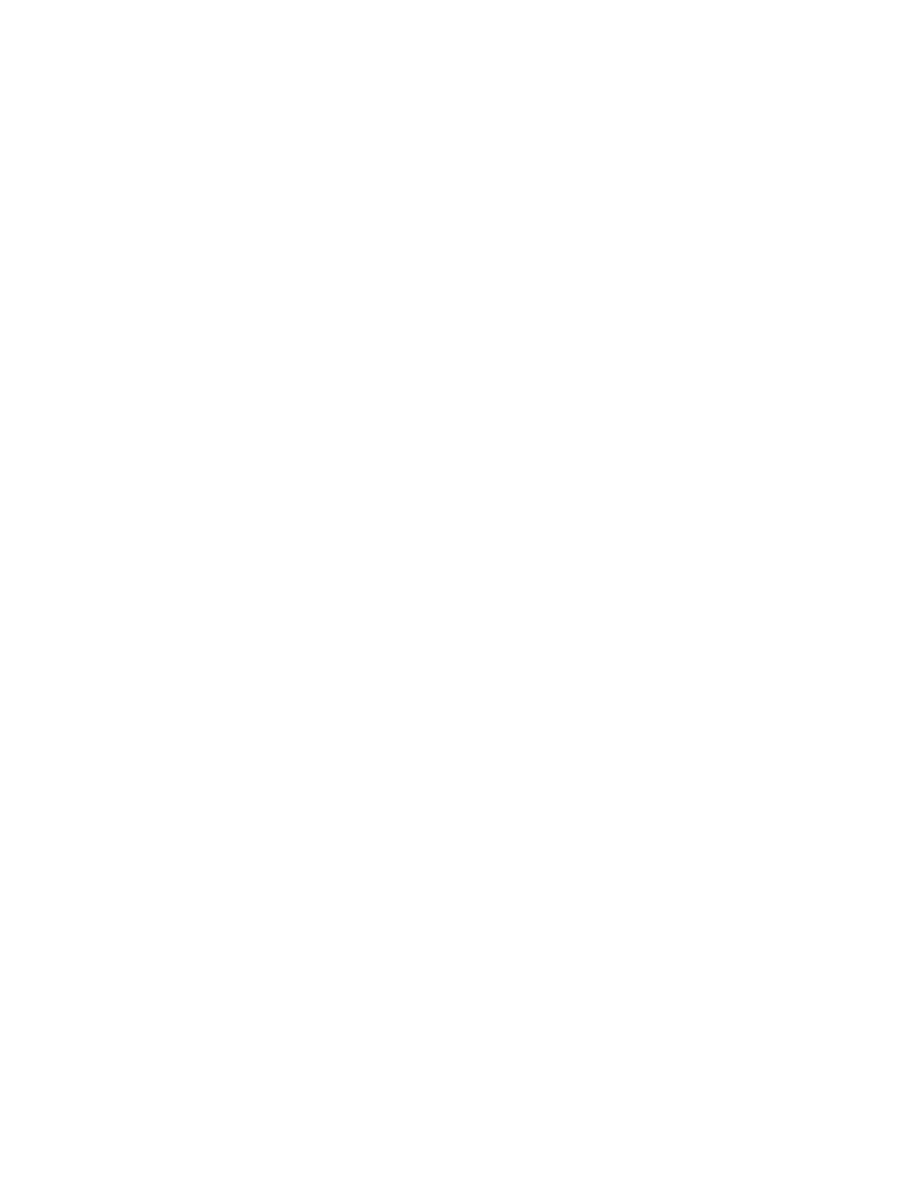
255
Federal Aviation Administration, DOT
§ 121.915
who ensure the safe operation of, a par-
ticular make, model, and series air-
craft (or variant).
(2) A list of and text describing the
knowledge requirements, subject mate-
rials, job skills, and qualification
standards of each procedure and pro-
ficiency objective to be trained and
evaluated.
(3) A list of and text describing eval-
uation/remediation strategies, stand-
ardization policies and recency require-
ments.
§ 121.915 Continuing qualification cur-
riculum.
Each continuing qualification cur-
riculum must contain training and
evaluation activities, as applicable for
specific positions subject to the AQP,
as follows:
(a)
Continuing qualification cycle.
A
continuing qualification cycle that en-
sures that during each cycle each per-
son qualified under an AQP, including
instructors and evaluators, will receive
a mix that will ensure training and
evaluation on all events and subjects
necessary to ensure that each person
maintains proficiency in knowledge,
technical skills, and cognitive skills
required for initial qualification in ac-
cordance with the approved continuing
qualification AQP, evaluation/remedi-
ation strategies, and provisions for spe-
cial tracking. Each continuing quali-
fication cycle must include at least the
following:
(1)
Evaluation period.
Initially the
continuing qualification cycle is com-
prised of two or more evaluation peri-
ods of equal duration. Each person
qualified under an AQP must receive
ground training and flight training, as
appropriate, and an evaluation of pro-
ficiency during each evaluation period
at a training facility. The number and
frequency of training sessions must be
approved by the FAA.
(2)
Training.
Continuing qualification
must include training in all tasks, pro-
cedures and subjects required in ac-
cordance with the approved program
documentation, as follows:
(i) For pilots in command, seconds in
command, and flight engineers, First
Look in accordance with the certifi-
cate holder’s FAA-approved program
documentation.
(ii) For pilots in command, seconds
in command, flight engineers, flight at-
tendants, instructors and evaluators:
Ground training including a general re-
view of knowledge and skills covered in
qualification training, updated infor-
mation on newly developed procedures,
and safety information.
(iii) For crewmembers, instructors,
evaluators, and other operational per-
sonnel who conduct their duties in
flight: Proficiency training in an air-
craft, flight training device, flight sim-
ulator, or other equipment, as appro-
priate, on normal, abnormal, and emer-
gency flight procedures and maneuvers.
(iv) For dispatchers and other oper-
ational personnel who do not conduct
their duties in flight: ground training
including a general review of knowl-
edge and skills covered in qualification
training, updated information on newly
developed procedures, safety related in-
formation, and, if applicable, a line ob-
servation program.
(v) For instructors and evaluators:
Proficiency training in the type flight
training device or the type flight simu-
lator, as appropriate, regarding train-
ing equipment operation. For instruc-
tors and evaluators who are limited to
conducting their duties in flight sim-
ulators or flight training devices:
Training in operational flight proce-
dures and maneuvers (normal, abnor-
mal, and emergency).
(b)
Evaluation of performance.
Con-
tinuing qualification must include
evaluation of performance on a sample
of those events and major subjects
identified as diagnostic of competence
and approved for that purpose by the
FAA. The following evaluation require-
ments apply:
(1) Evaluation of proficiency as fol-
lows:
(i) For pilots in command, seconds in
command, and flight engineers: An
evaluation of proficiency, portions of
which may be conducted in an aircraft,
flight simulator, or flight training de-
vice as approved in the certificate
holder’s curriculum that must be com-
pleted during each evaluation period.
(ii) For any other persons covered by
an AQP, a means to evaluate their pro-
ficiency in the performance of their du-
ties in their assigned tasks in an oper-
ational setting.
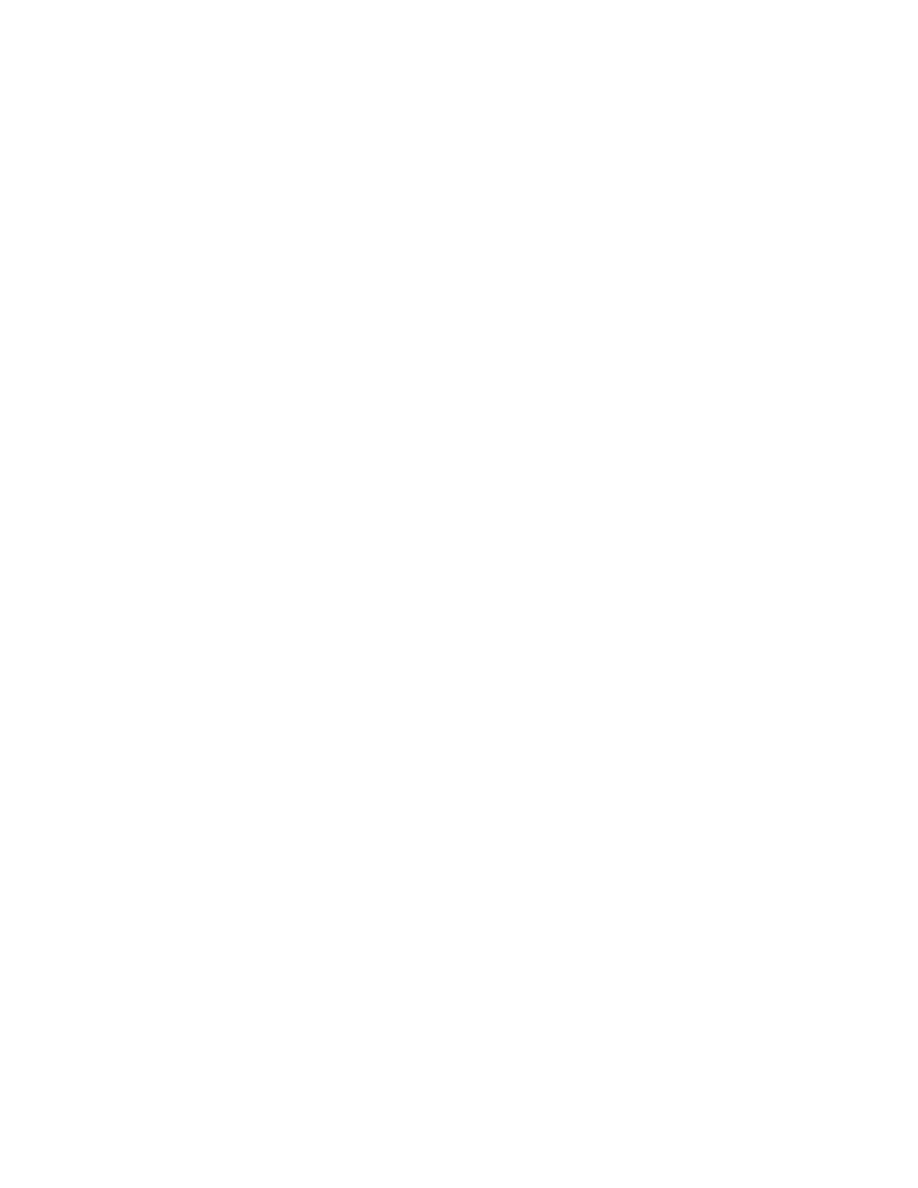
256
14 CFR Ch. I (1–1–24 Edition)
§ 121.917
(2) Line checks as follows:
(i) Except as provided in paragraph
(b)(2)(ii) of this section, for pilots in
command: A line check conducted in
an aircraft during actual flight oper-
ations under part 121 or part 135 of this
chapter or during operationally (line)
oriented flights, such as ferry flights or
proving flights. A line check must be
completed in the calendar month at
the midpoint of the evaluation period.
(ii) With the FAA’s approval, a no-
notice line check strategy may be used
in lieu of the line check required by
paragraph (b)(2)(i) of this section. The
certificate holder who elects to exer-
cise this option must ensure the ‘‘no-
notice’’ line checks are administered so
the flight crewmembers are not noti-
fied before the evaluation. In addition,
the AQP certificate holder must ensure
that each pilot in command receives at
least one ‘‘no-notice’’ line check every
24 months. As a minimum, the number
of ‘‘no-notice’’ line checks adminis-
tered each calendar year must equal at
least 50% of the certificate holder’s
pilot-in-command workforce in accord-
ance with a strategy approved by the
FAA for that purpose. In addition, the
line checks to be conducted under this
paragraph must be conducted over all
geographic areas flown by the certifi-
cate holder in accordance with a sam-
pling methodology approved by the
FAA for that purpose.
(iii) During the line checks required
under paragraph (b)(2)(i) and (ii) of this
section, each person performing duties
as a pilot in command, second in com-
mand, or flight engineer for that flight,
must be individually evaluated to de-
termine whether the person remains
adequately trained and currently pro-
ficient with respect to the particular
aircraft, crew position, and type of op-
eration in which he or she serves; and
the person has sufficient knowledge
and skills to operate effectively as part
of a crew. The evaluator must be a
check airman, an APD, or an FAA in-
spector and must hold the certificates
and ratings required of the pilot in
command.
(c)
Recency of experience.
For pilots in
command, seconds in command, flight
engineers, aircraft dispatchers, instruc-
tors, evaluators, and flight attendants,
approved recency of experience require-
ments appropriate to the duty position.
(d)
Duration of cycles and periods.
Ini-
tially, the continuing qualification
cycle approved for an AQP must not
exceed 24 calendar months in duration,
and must include two or more evalua-
tion periods of equal duration. After
that, upon demonstration by a certifi-
cate holder that an extension is war-
ranted, the FAA may approve an exten-
sion of the continuing qualification
cycle to a maximum of 36 calendar
months in duration.
(e)
Requalification.
Each continuing
qualification curriculum must include
a curriculum segment that covers the
requirements for requalifying a crew-
member, aircraft dispatcher, other op-
erations personnel, instructor, or eval-
uator who has not maintained con-
tinuing qualification.
§ 121.917 Other requirements.
In addition to the requirements of
§§ 121.913 and 121.915, each AQP quali-
fication and continuing qualification
curriculum must include the following
requirements:
(a) Integrated Crew Resource Man-
agement (CRM) or Dispatcher Resource
Management (DRM) ground and if ap-
propriate flight training applicable to
each position for which training is pro-
vided under an AQP.
(b) Approved training on and evalua-
tion of skills and proficiency of each
person being trained under AQP to use
his or her resource management skills
and his or her technical (piloting or
other) skills in an actual or simulated
operations scenario. For flight crew-
members this training and evaluation
must be conducted in an approved
flight training device, flight simulator,
or, if approved under this subpart, in
an aircraft.
(c) Data collection and analysis proc-
esses acceptable to the FAA that will
ensure the certificate holder provides
performance information on its crew-
members, dispatchers, instructors,
evaluators, and other operations per-
sonnel that will enable the certificate
holder and the FAA to determine
whether the form and content of train-
ing and evaluation activities are satis-
factorily accomplishing the overall ob-
jectives of the curriculum.
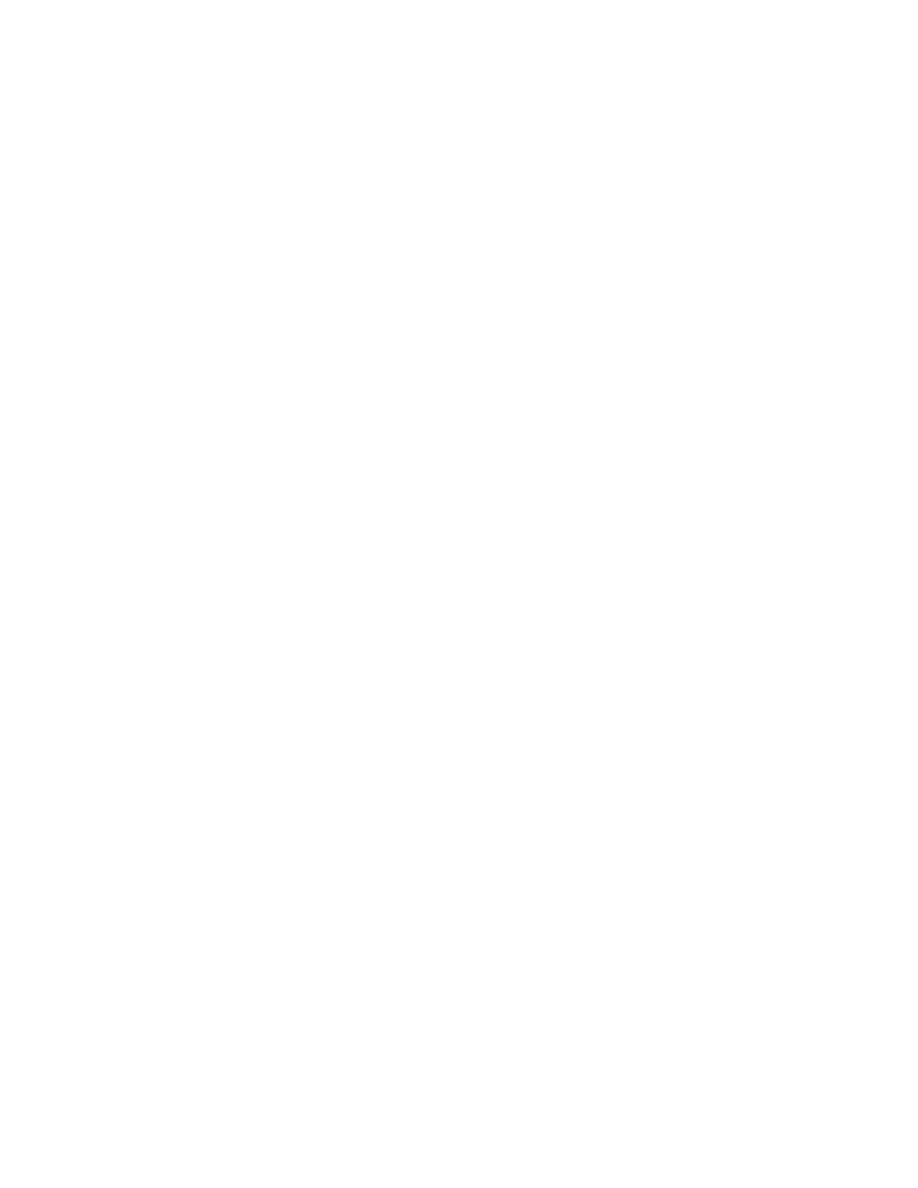
257
Federal Aviation Administration, DOT
§ 121.923
§ 121.919 Certification.
A person subject to an AQP is eligi-
ble to receive a commercial or airline
transport pilot, flight engineer, or air-
craft dispatcher certificate or appro-
priate rating based on the successful
completion of training and evaluation
events accomplished under that pro-
gram if the following requirements are
met:
(a) Training and evaluation of re-
quired knowledge and skills under the
AQP must meet minimum certification
and rating criteria established by the
FAA in parts 61, 63, or 65 of this chap-
ter. The FAA may approve alternatives
to the certification and rating criteria
of parts 61, 63, or 65 of this chapter, in-
cluding practical test requirements, if
it can be demonstrated that the newly
established criteria or requirements
represent an equivalent or better meas-
ure of crewmember or dispatcher com-
petence, operational proficiency, and
safety.
(b) The applicant satisfactorily com-
pletes the appropriate qualification
curriculum.
(c) The applicant shows competence
in required technical knowledge and
skills (e.g., piloting or other) and crew
resource management (e.g., CRM or
DRM) knowledge and skills in sce-
narios (
i.e.
, LOE) that test both types
of knowledge and skills together.
(d) The applicant is otherwise eligi-
ble under the applicable requirements
of part 61, 63, or 65 of this chapter.
(e) The applicant has been trained to
proficiency on the certificate holder’s
approved AQP Qualification Standards
as witnessed by an instructor, check
airman, or APD and has passed an LOE
administered by an APD or the FAA.
§ 121.921 Training devices and simula-
tors.
(a) Each flight training device or air-
plane simulator that will be used in an
AQP for one of the following purposes
must be evaluated by the FAA for as-
signment of a flight training device or
flight simulator qualification level:
(1) Required evaluation of individual
or crew proficiency.
(2) Training to proficiency or train-
ing activities that determine if an indi-
vidual or crew is ready for an evalua-
tion of proficiency.
(3) Activities used to meet recency of
experience requirements.
(4) Line Operational Simulations
(LOS).
(b) Approval of other training equip-
ment.
(1) Any training equipment that is
intended to be used in an AQP for pur-
poses other than those set forth in
paragraph (a) of this section must be
approved by the FAA for its intended
use.
(2) An applicant for approval of train-
ing equipment under this paragraph
must identify the device by its nomen-
clature and describe its intended use.
(3) Each training device approved for
use in an AQP must be part of a con-
tinuing program to provide for its serv-
iceability and fitness to perform its in-
tended function as approved by the
FAA.
§ 121.923 Approval of training, quali-
fication, or evaluation by a person
who provides training by arrange-
ment.
(a) A certificate holder operating
under part 121 or part 135 of this chap-
ter may arrange to have AQP training,
qualification, evaluation, or certifi-
cation functions performed by another
person (a ‘‘training provider’’) if the
following requirements are met:
(1) The training provider is certifi-
cated under part 119 or 142 of this chap-
ter.
(2) The training provider’s AQP
training and qualification curriculums,
curriculum segments, or portions of
curriculum segments must be provi-
sionally approved by the FAA. A train-
ing provider may apply for provisional
approval independently or in conjunc-
tion with a certificate holder’s applica-
tion for AQP approval. Application for
provisional approval must be made to
the responsible Flight Standards office.
(3) The specific use of provisionally
approved curriculums, curriculum seg-
ments, or portions of curriculum seg-
ments in a certificate holder’s AQP
must be approved by the FAA as set
forth in § 121.909.
(b) An applicant for provisional ap-
proval of a curriculum, curriculum seg-
ment, or portion of a curriculum seg-
ment under this paragraph must show
the following requirements are met:
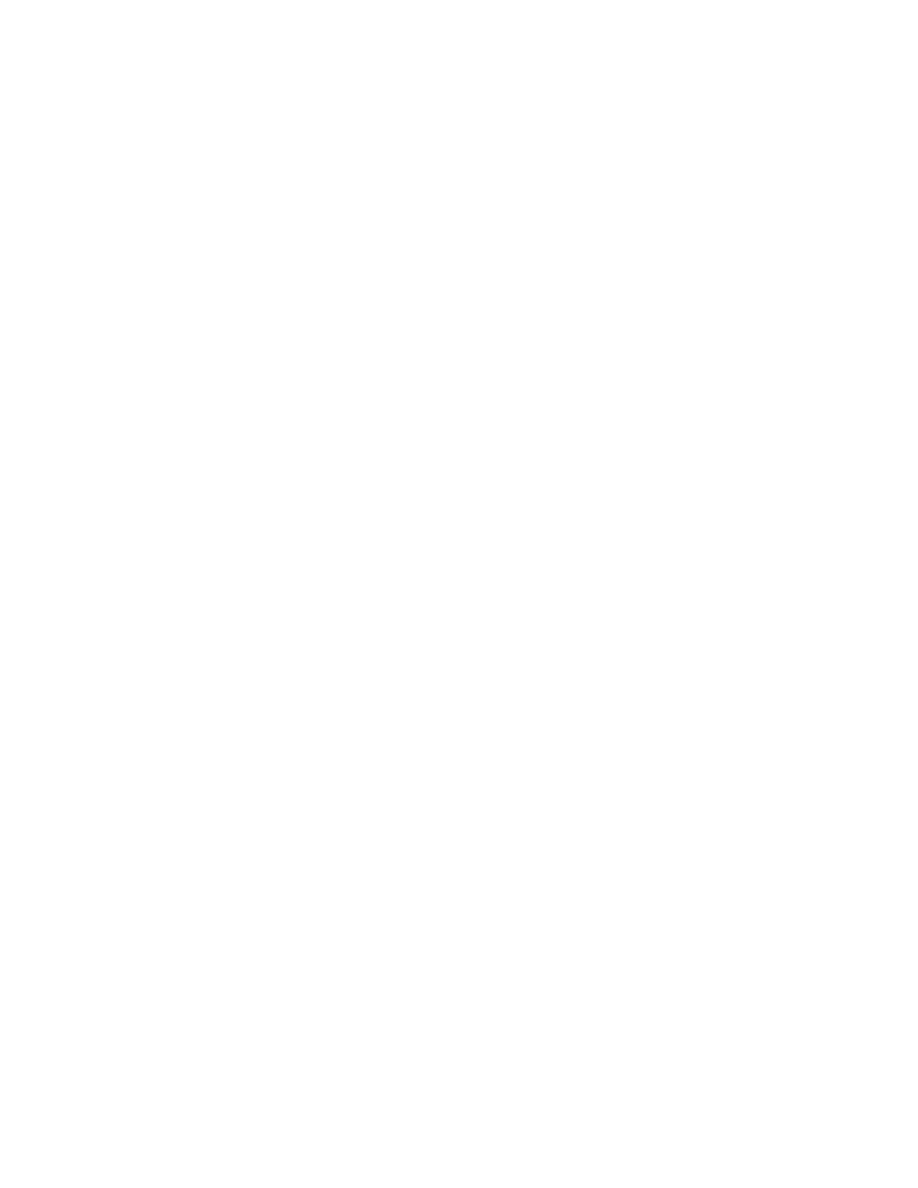
258
14 CFR Ch. I (1–1–24 Edition)
§ 121.925
(1) The applicant must have a cur-
riculum for the qualification and con-
tinuing qualification of each instructor
and evaluator used by the applicant.
(2) The applicant’s facilities must be
found by the FAA to be adequate for
any planned training, qualification, or
evaluation for a certificate holder op-
erating under part 121 or part 135 of
this chapter.
(3) Except for indoctrination curricu-
lums, the curriculum, curriculum seg-
ment, or portion of a curriculum seg-
ment must identify the specific make,
model, and series aircraft (or variant)
and crewmember or other positions for
which it is designed.
(c) A certificate holder who wants ap-
proval to use a training provider’s pro-
visionally approved curriculum, cur-
riculum segment, or portion of a cur-
riculum segment in its AQP, must
show the following requirements are
met:
(1) Each instructor or evaluator used
by the training provider must meet all
the qualification and continuing quali-
fication requirements that apply to
employees of the certificate holder
that has arranged for the training, in-
cluding knowledge of the certificate
holder’s operations.
(2) Each provisionally approved cur-
riculum, curriculum segment, or por-
tion of a curriculum segment must be
approved by the FAA for use in the cer-
tificate holder’s AQP. The FAA will ei-
ther provide approval or require modi-
fications to ensure that each cur-
riculum, curriculum segment, or por-
tion of a curriculum segment is appli-
cable to the certificate holder’s AQP.
[Docket No. FAA–2005–20750, 70 FR 54815,
Sept. 16, 2005, as amended by Docket FAA–
2018–0119, Amdt. 121–380, 83 FR 9173, Mar. 5,
2018; Doc. No. FAA–2022–1355; Amdt. 121–387;
87 FR 75846, Dec. 9, 2022]
§ 121.925 Recordkeeping requirements.
Each certificate holder conducting
an approved AQP must establish and
maintain records in sufficient detail to
demonstrate the certificate holder is in
compliance with all the requirements
of the AQP and this subpart.
Subpart Z—Hazardous Materials
Training Program
S
OURCE
: Docket No. FAA–2003–15085, 70 FR
58823, Oct. 7, 2005, unless otherwise noted.
§ 121.1001 Applicability and defini-
tions.
(a) This subpart prescribes the re-
quirements applicable to each certifi-
cate holder for training each crew-
member and person performing or di-
rectly supervising any of the following
job functions involving any item for
transport on board an aircraft:
(1) Acceptance;
(2) Rejection;
(3) Handling;
(4) Storage incidental to transport;
(5) Packaging of company material;
or
(6) Loading.
(b)
Definitions.
For purposes of this
subpart, the following definitions
apply:
(1)
Company material (COMAT)
—Mate-
rial owned or used by a certificate
holder.
(2)
Initial hazardous materials train-
ing
—The basic training required for
each newly hired person, or each per-
son changing job functions, who per-
forms or directly supervises any of the
job functions specified in paragraph (a)
of this section.
(3)
Recurrent hazardous materials
training
—The training required every
24 months for each person who has sat-
isfactorily completed the certificate
holder’s approved initial hazardous ma-
terials training program and performs
or directly supervises any of the job
functions specified in paragraph (a) of
this section.
§ 121.1003 Hazardous materials train-
ing: General.
(a) Each certificate holder must es-
tablish and implement a hazardous ma-
terials training program that:
(1) Satisfies the requirements of Ap-
pendix O of this part;
(2) Ensures that each person per-
forming or directly supervising any of
the job functions specified in
§ 121.1001(a) is trained to comply with
all applicable parts of 49 CFR parts 171
through 180 and the requirements of
this subpart; and
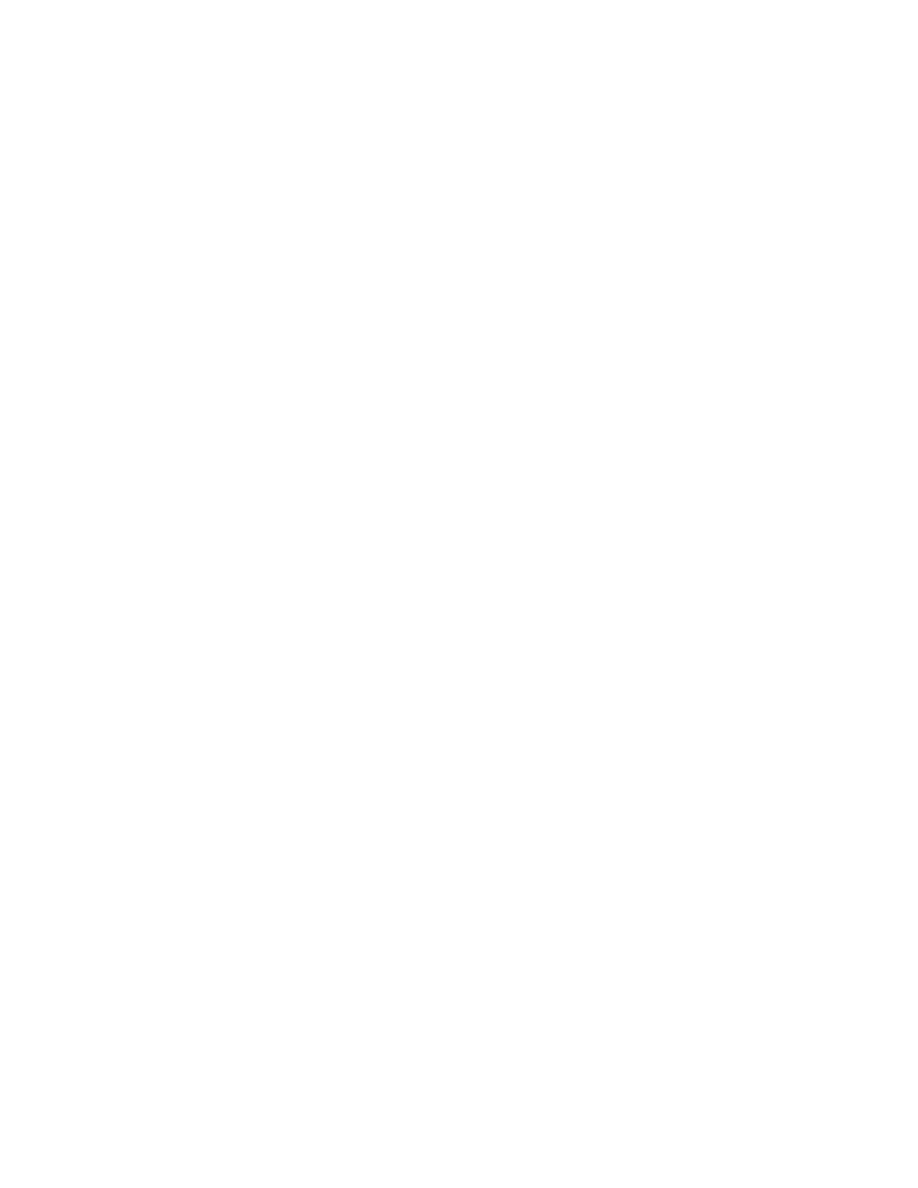
259
Federal Aviation Administration, DOT
§ 121.1005
(3) Enables the trained person to rec-
ognize items that contain, or may con-
tain, hazardous materials regulated by
49 CFR parts 171 through 180.
(b) Each certificate holder must pro-
vide initial hazardous materials train-
ing and recurrent hazardous materials
training to each crewmember and per-
son performing or directly supervising
any of the job functions specified in
§ 121.1001(a).
(c) Each certificate holder’s haz-
ardous materials training program
must be approved by the FAA prior to
implementation.
§ 121.1005 Hazardous materials train-
ing required.
(a)
Training requirement.
Except as
provided in paragraphs (b), (c) and (f) of
this section, no certificate holder may
use any crewmember orperson to per-
form any of the job functions or direct
supervisory responsibilities, and no
person may perform any of the job
functions or direct supervisory respon-
sibilities, specified in § 121.1001(a) un-
less that person has satisfactorily com-
pleted the certificate holder’s FAA-ap-
proved initial or recurrent hazardous
materials training program within the
past 24 months.
(b)
New hire or new job function.
A per-
son who is a new hire and has not yet
satisfactorily completed the required
initial hazardous materials training, or
a person who is changing job functions
and has not received initial or recur-
rent training for a job function involv-
ing storage incidental to transport, or
loading of items for transport on an
aircraft, may perform those job func-
tions for not more than 30 days from
the date of hire or a change in job func-
tion, if the person is under the direct
visual supervision of a person who is
authorized by the certificate holder to
supervise that person and who has suc-
cessfully completed the certificate
holder’s FAA-approved initial or recur-
rent training program within the past
24 months.
(c)
Persons who work for more than one
certificate holder.
A certificate holder
that uses or assigns a person to per-
form or directly supervise a job func-
tion specified in § 121.1001(a), when that
person also performs or directly super-
vises the same job function for another
certificate holder, need only train that
person in its own policies and proce-
dures regarding those job functions, if
all of the following are met:
(1) The certificate holder using this
exception receives written verification
from the person designated to hold the
training records representing the other
certificate holder that the person has
satisfactorily completed hazardous ma-
terials training for the specific job
function under the other certificate
holder’s FAA approved hazardous ma-
terial training program under Appen-
dix O of this part; and
(2) The certificate holder who trained
the person has the same operations
specifications regarding the accept-
ance, handling, and transport of haz-
ardous materials as the certificate
holder using this exception.
(d)
Recurrent hazardous materials
training—Completion date.
A person who
satisfactorily completes recurrent haz-
ardous materials training in the cal-
endar month before, or the calendar
month after, the month in which the
recurrent training is due, is considered
to have taken that training during the
month in which it is due. If the person
completes this training earlier than
the month before it is due, the month
of the completion date becomes his or
her new anniversary month.
(e)
Repair stations.
A certificate hold-
er must ensure that each repair station
performing work for, or on the certifi-
cate holder’s behalf is notified in writ-
ing of the certificate holder’s policies
and operations specification authoriza-
tion permitting or prohibition against
the acceptance, rejection, handling,
storage incidental to transport, and
transportation of hazardous materials,
including company material. This noti-
fication requirement applies only to re-
pair stations that are regulated by 49
CFR parts 171 through 180.
(f)
Certificate holders operating at for-
eign locations.
This exception applies if
a certificate holder operating at a for-
eign location where the country re-
quires the certificate holder to use per-
sons working in that country to load
aircraft. In such a case, the certificate
holder may use those persons even if
they have not been trained in accord-
ance with the certificate holder’s FAA
approved hazardous materials training
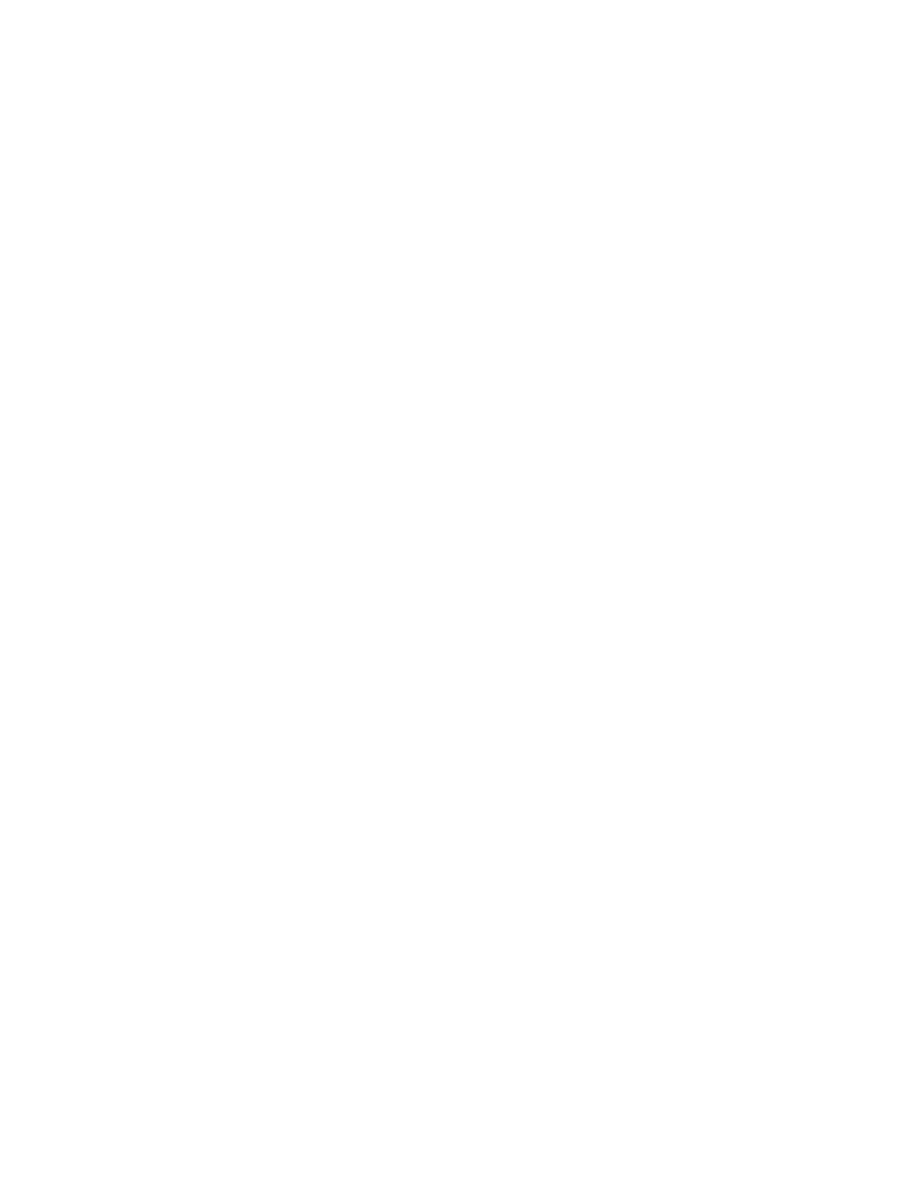
260
14 CFR Ch. I (1–1–24 Edition)
§ 121.1007
program. Those persons, however, must
be under the direct visual supervision
of someone who has successfully com-
pleted the certificate holder’s approved
initial or recurrent hazardous mate-
rials training program in accordance
with this part. This exception applies
only to those persons who load air-
craft.
§ 121.1007 Hazardous materials train-
ing records.
(a)
General requirement.
Each certifi-
cate holder must maintain a record of
all training required by this part re-
ceived within the preceding three years
for each person who performs or di-
rectly supervises a job function speci-
fied in § 121.1001(a). The record must be
maintained during the time that the
person performs or directly supervises
any of those job functions, and for 90
days thereafter. These training records
must be kept for direct employees of
the certificate holder, as well as inde-
pendent contractors, subcontractors,
and any other person who performs or
directly supervises these job functions
for or on behalf of the certificate hold-
er.
(b)
Location of records.
The certificate
holder must retain the training records
required by paragraph (a) of this sec-
tion for all initial and recurrent train-
ing received within the preceding 3
years for all persons performing or di-
rectly supervising the job functions
listed in Appendix O at a designated lo-
cation. The records must be available
upon request at the location where the
trained person performs or directly su-
pervises the job function specified in
§ 121.1001(a). Records may be main-
tained electronically and provided on
location electronically. When the per-
son ceases to perform or directly super-
vise a hazardous materials job func-
tion, the certificate holder must retain
the hazardous materials training
records for an additional 90 days and
make them available upon request at
the last location where the person
worked.
(c)
Content of records.
Each record
must contain the following:
(1) The individual’s name;
(2) The most recent training comple-
tion date;
(3) A description, copy or reference to
training materials used to meet the
training requirement;
(4) The name and address of the orga-
nization providing the training; and
(5) A copy of the certification issued
when the individual was trained, which
shows that a test has been completed
satisfactorily.
(d)
New hire or new job function.
Each
certificate holder using a person under
the exception in § 121.1005(b) must
maintain a record for that person. The
records must be available upon request
at the location where the trained per-
son performs or directly supervises the
job function specified in § 121.1001(a).
Records may be maintained electroni-
cally and provided on location elec-
tronically. The record must include the
following:
(1) A signed statement from an au-
thorized representative of the certifi-
cate holder authorizing the use of the
person in accordance with the excep-
tion;
(2) The date of hire or change in job
function;
(3) The person’s name and assigned
job function;
(4) The name of the supervisor of the
job function; and
(5) The date the person is to complete
hazardous materials training in accord-
ance with appendix O of this part.
Subpart AA—Continued Airworthi-
ness and Safety Improve-
ments
S
OURCE
: Amdt. 121–336, 72 FR 63411, Nov. 8,
2007, unless otherwise noted.
§ 121.1101 Purpose and definition.
(a) This subpart requires persons
holding an air carrier or operating cer-
tificate under part 119 of this chapter
to support the continued airworthiness
of each airplane. These requirements
may include, but are not limited to, re-
vising the maintenance program, incor-
porating design changes, and incor-
porating revisions to Instructions for
Continued Airworthiness.
(b) [Reserved]
[Amdt. 121–336, 72 FR 63411, Nov. 8, 2007, as
amended by Docket FAA–2018–0119, Amdt.
121–380, 83 FR 9173, Mar. 5, 2018]
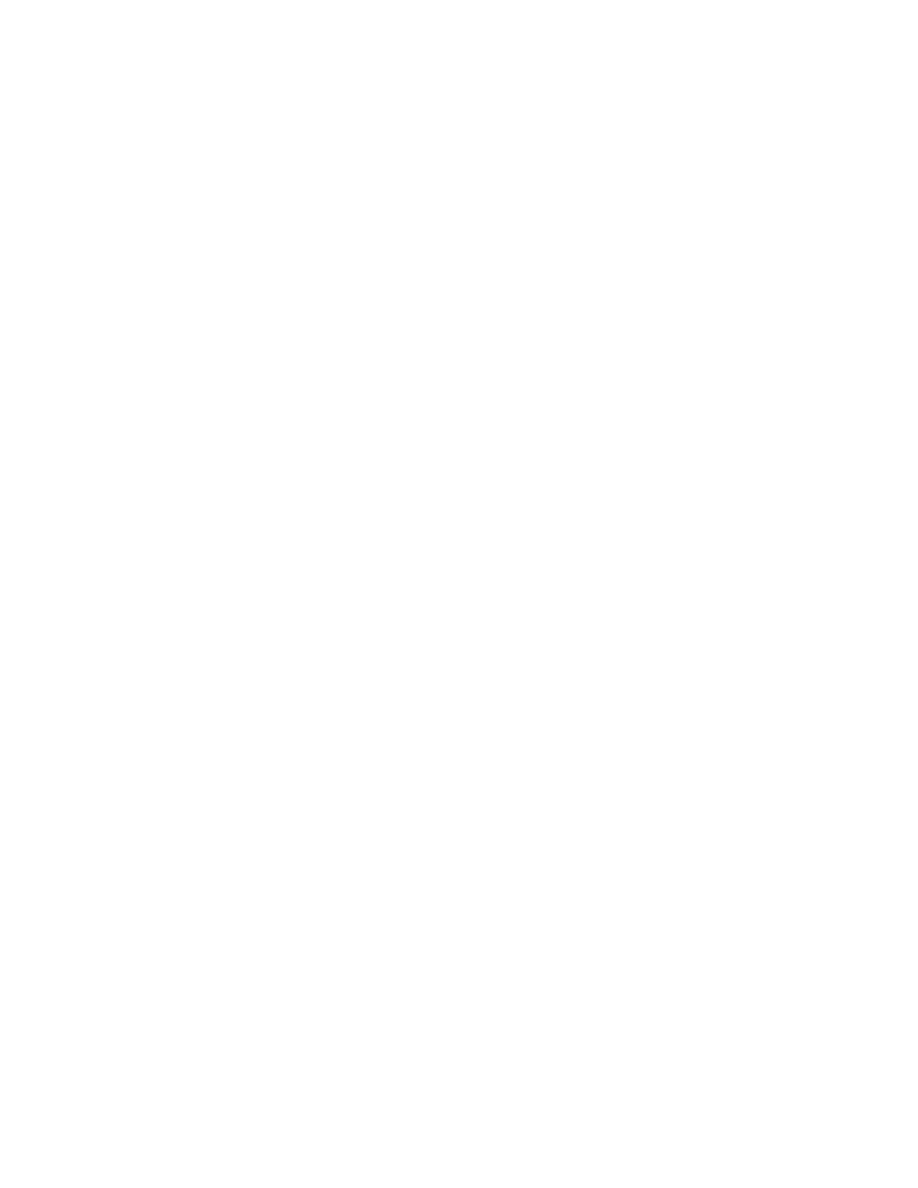
261
Federal Aviation Administration, DOT
§ 121.1107
§ 121.1103 [Reserved]
§ 121.1105 Aging airplane inspections
and records reviews.
(a)
Applicability.
This section applies
to all airplanes operated by a certifi-
cate holder under this part, except for
those airplanes operated between any
point within the State of Alaska and
any other point within the State of
Alaska.
(b)
Operation after inspection and
records review.
After the dates specified
in this paragraph, a certificate holder
may not operate an airplane under this
part unless the Administrator has noti-
fied the certificate holder that the Ad-
ministrator has completed the aging
airplane inspection and records review
required by this section. During the in-
spection and records review, the cer-
tificate holder must demonstrate to
the Administrator that the mainte-
nance of age-sensitive parts and com-
ponents of the airplane has been ade-
quate and timely enough to ensure the
highest degree of safety.
(1)
Airplanes exceeding 24 years in serv-
ice on December 8, 2003; initial and repet-
itive inspections and records reviews.
For
an airplane that has exceeded 24 years
in service on December 8, 2003, no later
than December 5, 2007, and thereafter
at intervals not to exceed 7 years.
(2)
Airplanes exceeding 14 years in serv-
ice but not 24 years in service on Decem-
ber 8, 2003; initial and repetitive inspec-
tions and records reviews.
For an air-
plane that has exceeded 14 years in
service but not 24 years in service on
December 8, 2003, no later than Decem-
ber 4, 2008, and thereafter at intervals
not to exceed 7 years.
(3)
Airplanes not exceeding 14 years in
service on December 8, 2003; initial and re-
petitive inspections and records reviews.
For an airplane that has not exceeded
14 years in service on December 8, 2003,
no later than 5 years after the start of
the airplane’s 15th year in service and
thereafter at intervals not to exceed 7
years.
(c)
Unforeseen schedule conflict.
In the
event of an unforeseen scheduling con-
flict for a specific airplane, the Admin-
istrator may approve an extension of
up to 90 days beyond an interval speci-
fied in paragraph (b) of this section.
(d)
Airplane and records availability.
The certificate holder must make
available to the Administrator each
airplane for which an inspection and
records review is required under this
section, in a condition for inspection
specified by the Administrator, to-
gether with records containing the fol-
lowing information:
(1) Total years in service of the air-
plane;
(2) Total time in service of the air-
frame;
(3) Total flight cycles of the air-
frame;
(4) Date of the last inspection and
records review required by this section;
(5) Current status of life-limited
parts of the airframe;
(6) Time since the last overhaul of all
structural components required to be
overhauled on a specific time basis;
(7) Current inspection status of the
airplane, including the time since the
last inspection required by the inspec-
tion program under which the airplane
is maintained;
(8) Current status of applicable air-
worthiness directives, including the
date and methods of compliance, and if
the airworthiness directive involves re-
curring action, the time and date when
the next action is required;
(9) A list of major structural alter-
ations; and
(10) A report of major structural re-
pairs and the current inspection status
for those repairs.
(e)
Notification to Administrator.
Each
certificate holder must notify the Ad-
ministrator at least 60 days before the
date on which the airplane and air-
plane records will be made available
for the inspection and records review.
[Doc. No. FAA–1999–5401, 67 FR 72761, Dec. 6,
2002, as amended by Amdt. 121–284, 70 FR
5532, Feb. 2, 2005; Amdt. 121–310, 70 FR 23936,
May 6, 2005. Redesignated by Amdt. 121–336,
72 FR 63412, Nov. 8, 2007]
§ 121.1107 Repairs assessment for pres-
surized fuselages.
(a) No certificate holder may operate
an Airbus Model A300 (excluding the
–600 series), British Aerospace Model
BAC 1–11, Boeing Model 707, 720, 727,
737, or 747, McDonnell Douglas Model
DC–8, DC–9/MD–80 or DC–10, Fokker
Model F28, or Lockheed Model L–1011
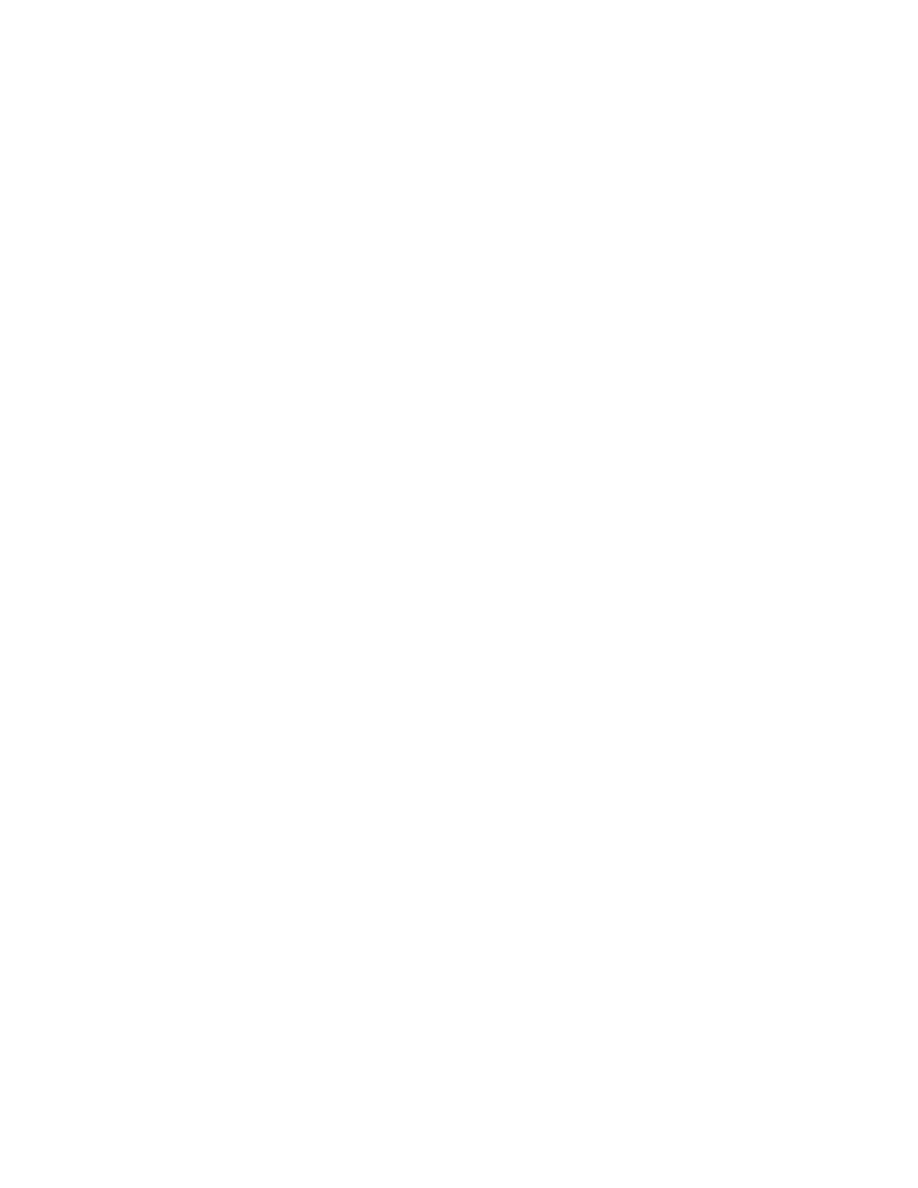
262
14 CFR Ch. I (1–1–24 Edition)
§ 121.1109
airplane beyond the applicable flight
cycle implementation time specified
below, or May 25, 2001, whichever oc-
curs later, unless operations specifica-
tions have been issued to reference re-
pair assessment guidelines applicable
to the fuselage pressure boundary (fu-
selage skin, door skin, and bulkhead
webs), and those guidelines are incor-
porated in its maintenance program.
The repair assessment guidelines must
be approved by the responsible Aircraft
Certification Service office for the type
certificate for the affected airplane.
(1) For the Airbus Model A300 (ex-
cluding the –600 series), the flight cycle
implementation time is:
(i) Model B2: 36,000 flights.
(ii) Model B4–100 (including Model
B4–2C): 30,000 flights above the window
line, and 36,000 flights below the win-
dow line.
(iii) Model B4–200: 25,500 flights above
the window line, and 34,000 flights
below the window line.
(2) For all models of the British Aero-
space BAC 1–11, the flight cycle imple-
mentation time is 60,000 flights.
(3) For all models of the Boeing 707,
the flight cycle implementation time is
15,000 flights.
(4) For all models of the Boeing 720,
the flight cycle implementation time is
23,000 flights.
(5) For all models of the Boeing 727,
the flight cycle implementation time is
45,000 flights.
(6) For all models of the Boeing 737,
the flight cycle implementation time is
60,000 flights.
(7) For all models of the Boeing 747,
the flight cycle implementation time is
15,000 flights.
(8) For all models of the McDonnell
Douglas DC–8, the flight cycle imple-
mentation time is 30,000 flights.
(9) For all models of the McDonnell
Douglas DC–9/MD–80, the flight cycle
implementation time is 60,000 flights.
(10) For all models of the McDonnell
Douglas DC–10, the flight cycle imple-
mentation time is 30,000 flights.
(11) For all models of the Lockheed
L–1011, the flight cycle implementation
time is 27,000 flights.
(12) For the Fokker F–28 Mark 1000,
2000, 3000, and 4000, the flight cycle im-
plementation time is 60,000 flights.
(b) [Reserved]
[Doc. No. 29104, 65 FR 24125, Apr. 25, 2000; 65
FR 50744, Aug. 21, 2000, as amended by Amdt.
121–282, 66 FR 23130, May 7, 2001; ; Amdt. 121–
305, 69 FR 45942, July 30, 2004. Redesignated
and amended by Amdt. 121–336, 72 FR 63412,
Nov. 8, 2007; Docket FAA–2018–0119, Amdt.
121–380, 83 FR 9173, Mar. 5, 2018]
§ 121.1109 Supplemental inspections.
(a)
Applicability.
Except as specified
in paragraph (b) of this section, this
section applies to transport category,
turbine powered airplanes with a type
certificate issued after January 1, 1958,
that as a result of original type certifi-
cation or later increase in capacity
have—
(1) A maximum type certificated pas-
senger seating capacity of 30 or more;
or
(2) A maximum payload capacity of
7,500 pounds or more.
(b)
Exception.
This section does not
apply to an airplane operated by a cer-
tificate holder under this part between
any point within the State of Alaska
and any other point within the State of
Alaska.
(c)
General requirements.
After Decem-
ber 20, 2010, a certificate holder may
not operate an airplane under this part
unless the following requirements have
been met:
(1)
Baseline Structure.
The certificate
holder’s maintenance program for the
airplane includes FAA-approved dam-
age-tolerance-based inspections and
procedures for airplane structure sus-
ceptible to fatigue cracking that could
contribute to a catastrophic failure.
For the purpose of this section, this
structure is termed ‘‘fatigue critical
structure.’’
(2)
Adverse effects of repairs, alter-
ations, and modifications.
The mainte-
nance program for the airplane in-
cludes a means for addressing the ad-
verse effects repairs, alterations, and
modifications may have on fatigue
critical structure and on inspections
required by paragraph (c)(1) of this sec-
tion. The means for addressing these
adverse effects must be approved by
the responsible Aircraft Certification
Service office.
(3)
Changes to maintenance program.
The changes made to the maintenance
program required by paragraphs (c)(1)
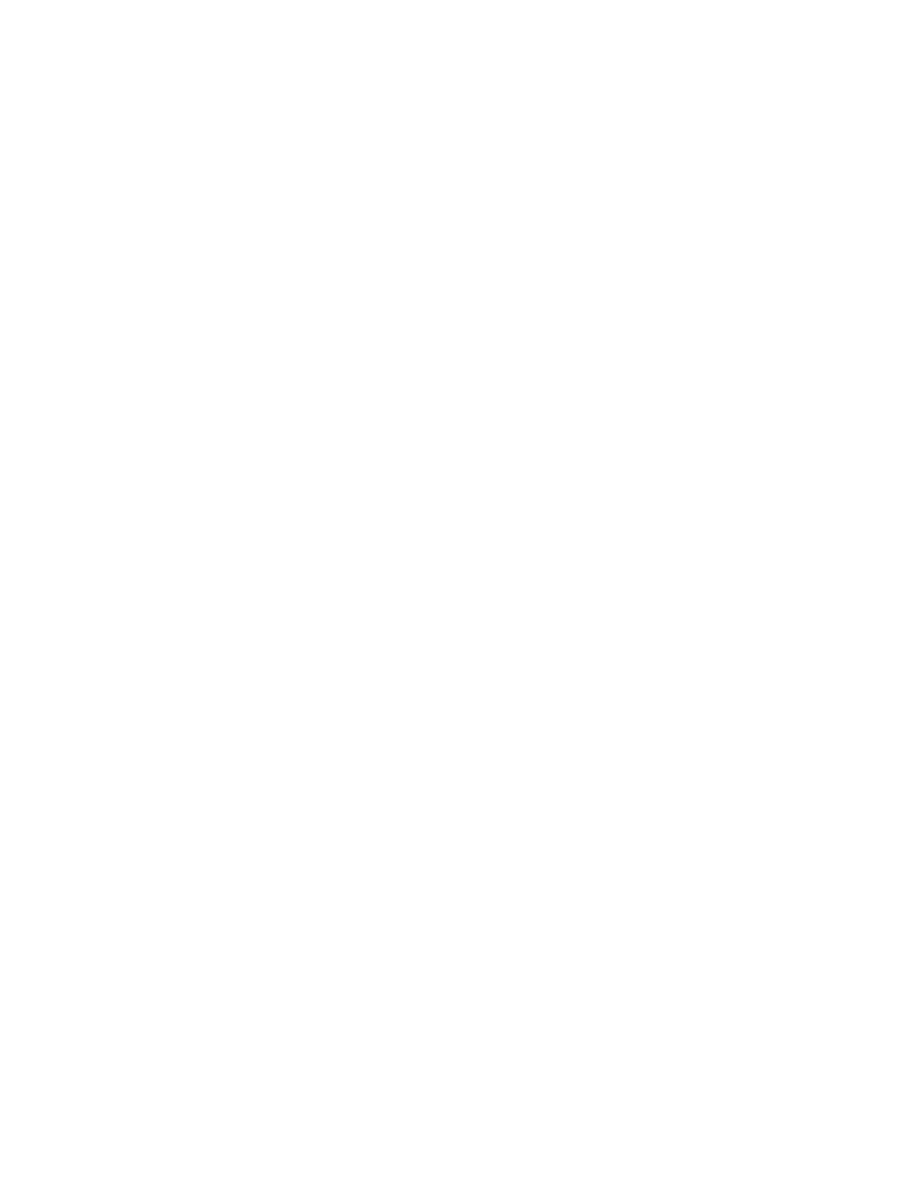
263
Federal Aviation Administration, DOT
§ 121.1113
and (c)(2) of this section, and any later
revisions to these changes, must be
submitted to the Principal Mainte-
nance Inspector for review and ap-
proval.
[Doc. No. FAA–1999–5401, 70 FR 5532, Feb. 2,
2005. Redesignated by Amdt. 121–336, 72 FR
63412, Nov. 8, 2007; Amdt. 121–337, 72 FR 70508,
Dec. 12, 2007; Docket FAA–2018–0119, Amdt.
121–380, 83 FR 9173, Mar. 5, 2018]
§ 121.1111 Electrical wiring inter-
connection systems (EWIS) mainte-
nance program.
(a) Except as provided in paragraph
(f) of this section, this section applies
to transport category, turbine-powered
airplanes with a type certificate issued
after January 1, 1958, that, as a result
of original type certification or later
increase in capacity, have—
(1) A maximum type-certificated pas-
senger capacity of 30 or more, or
(2) A maximum payload capacity of
7500 pounds or more.
(b) After March 10, 2011, no certifi-
cate holder may operate an airplane
identified in paragraph (a) of this sec-
tion unless the maintenance program
for that airplane includes inspections
and procedures for electrical wiring
interconnection systems (EWIS).
(c) The proposed EWIS maintenance
program changes must be based on
EWIS Instructions for Continued Air-
worthiness (ICA) that have been devel-
oped in accordance with the provisions
of Appendix H of part 25 of this chapter
applicable to each affected airplane (in-
cluding those ICA developed for supple-
mental type certificates installed on
each airplane) and that have been ap-
proved by the responsible Aircraft Cer-
tification Service office.
(1) For airplanes subject to § 26.11 of
this chapter, the EWIS ICA must com-
ply with paragraphs H25.5(a)(1) and (b).
(2) For airplanes subject to § 25.1729 of
this chapter, the EWIS ICA must com-
ply with paragraph H25.4 and all of
paragraph H25.5.
(d) After March 10, 2011, before re-
turning an airplane to service after any
alterations for which EWIS ICA are de-
veloped, the certificate holder must in-
clude in the airplane’s maintenance
program inspections and procedures for
EWIS based on those ICA.
(e) The EWIS maintenance program
changes identified in paragraphs (c)
and (d) of this section and any later
EWIS revisions must be submitted to
the Principal Inspector for review and
approval.
(f) This section does not apply to the
following airplane models:
(1) Lockheed L–188
(2) Bombardier CL–44
(3) Mitsubishi YS–11
(4) British Aerospace BAC 1–11
(5) Concorde
(6) deHavilland D.H. 106 Comet 4C
(7) VFW-Vereinigte Flugtechnische
Werk VFW–614
(8) Illyushin Aviation IL 96T
(9) Bristol Aircraft Britannia 305
(10) Handley Page Herald Type 300
(11) Avions Marcel Dassault—Breguet
Aviation Mercure 100C
(12) Airbus Caravelle
(13) Lockheed L–300
[Amdt. 121–336, 72 FR 63411, Nov. 8, 2007, as
amended by Docket FAA–2018–0119, Amdt.
121–380, 83 FR 9173, Mar. 5, 2018]
§ 121.1113 Fuel tank system mainte-
nance program.
(a) Except as provided in paragraph
(g) of this section, this section applies
to transport category, turbine-powered
airplanes with a type certificate issued
after January 1, 1958, that, as a result
of original type certification or later
increase in capacity, have—
(1) A maximum type-certificated pas-
senger capacity of 30 or more, or
(2) A maximum payload capacity of
7500 pounds or more.
(b) For each airplane on which an
auxiliary fuel tank is installed under a
field approval, before June 16, 2008, the
certificate holder must submit to the
responsible Aircraft Certification Serv-
ice office proposed maintenance in-
structions for the tank that meet the
requirements of Special Federal Avia-
tion Regulation No. 88 (SFAR 88) of
this chapter.
(c) After December 16, 2008, no certifi-
cate holder may operate an airplane
identified in paragraph (a) of this sec-
tion unless the maintenance program
for that airplane has been revised to in-
clude applicable inspections, proce-
dures, and limitations for fuel tanks
systems.
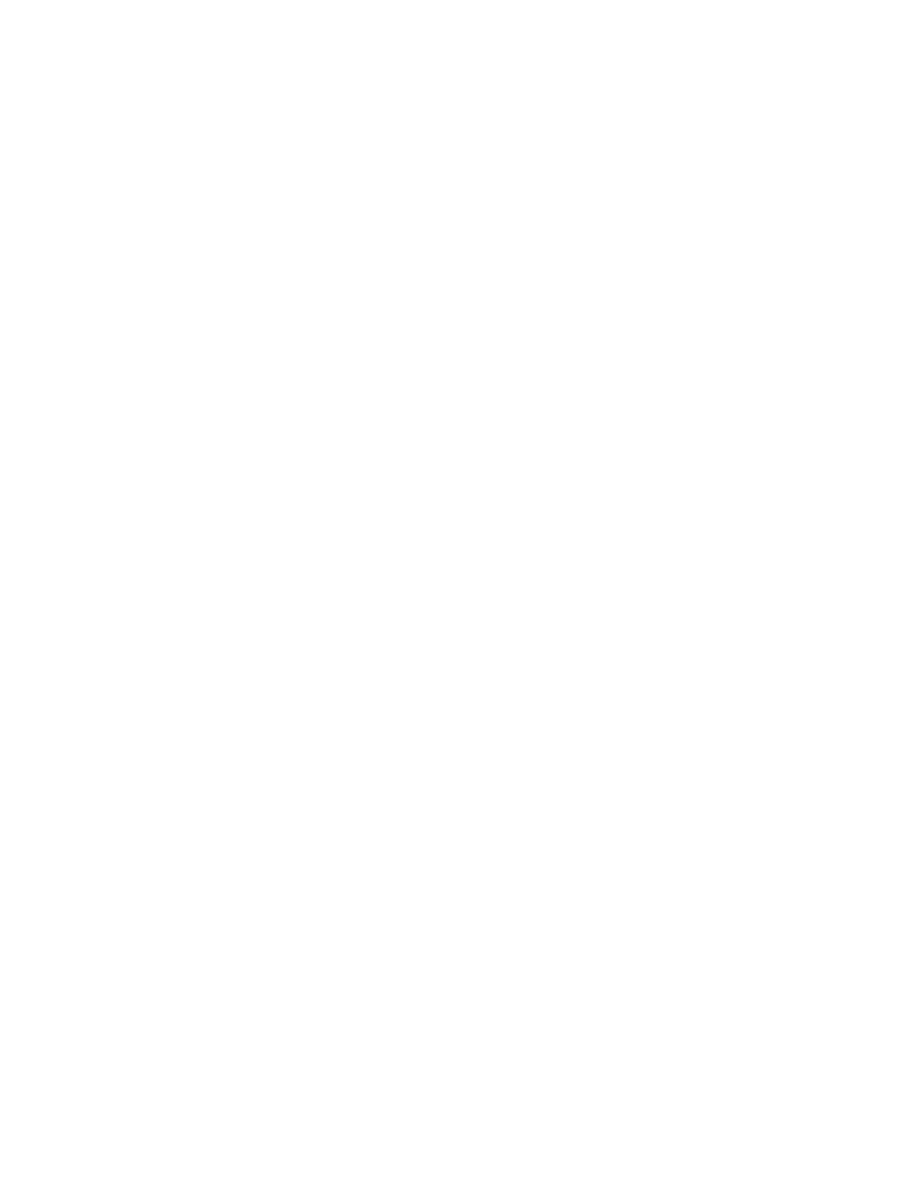
264
14 CFR Ch. I (1–1–24 Edition)
§ 121.1115
(d) The proposed fuel tank system
maintenance program revisions must
be based on fuel tank system Instruc-
tions for Continued Airworthiness
(ICA) that have been developed in ac-
cordance with the applicable provisions
of SFAR 88 of this chapter or § 25.1529
and part 25, Appendix H, of this chap-
ter, in effect on June 6, 2001 (including
those developed for auxiliary fuel
tanks, if any, installed under supple-
mental type certificates or other de-
sign approval) and that have been ap-
proved by the responsible Aircraft Cer-
tification Service office.
(e) After December 16, 2008, before re-
turning an aircraft to service after any
alteration for which fuel tank ICA are
developed under SFAR 88 or under
§ 25.1529 in effect on June 6, 2001, the
certificate holder must include in the
maintenance program for the airplane
inspections and procedures for the fuel
tank system based on those ICA.
(f) The fuel tank system maintenance
program changes identified in para-
graphs (d) and (e) of this section and
any later fuel tank system revisions
must be submitted to the Principal In-
spector for review and approval.
(g) This section does not apply to the
following airplane models:
(1) Bombardier CL–44
(2) Concorde
(3) deHavilland D.H. 106 Comet 4C
(4) VFW–Vereinigte Flugtechnische
Werk VFW–614
(5) Illyushin Aviation IL 96T
(6) Bristol Aircraft Britannia 305
(7) Handley Page Herald Type 300
(8) Avions Marcel Dassault—Breguet
Aviation Mercure 100C
(9) Airbus Caravelle
(10) Lockheed L–300
[Amdt. 121–336, 72 FR 63411, Nov. 8, 2007, as
amended by Docket FAA–2018–0119, Amdt.
121–380, 83 FR 9173, Mar. 5, 2018]
§ 121.1115 Limit of validity.
(a)
Applicability.
This section applies
to certificate holders operating any
transport category, turbine-powered
airplane with a maximum takeoff gross
weight greater than 75,000 pounds and a
type certificate issued after January 1,
1958, regardless of whether the max-
imum takeoff gross weight is a result
of an original type certificate or a
later design change. This section also
applies to certificate holders operating
any transport category, turbine-pow-
ered airplane with a type certificate
issued after January 1, 1958, regardless
of the maximum takeoff gross weight,
for which a limit of validity of the en-
gineering data that supports the struc-
tural maintenance program (hereafter
referred to as LOV) is required in ac-
cordance with § 25.571 or § 26.21 of this
chapter after January 14, 2011.
(b)
Limit of validity.
No certificate
holder may operate an airplane identi-
fied in paragraph (a) of this section
after the applicable date identified in
Table 1 of this section unless an Air-
worthiness Limitations section ap-
proved under Appendix H to part 25 or
§ 26.21 of this chapter is incorporated
into its maintenance program. The
ALS must—
(1) Include an LOV approved under
§ 25.571 or § 26.21 of this chapter, as ap-
plicable, except as provided in para-
graph (f) of this section; and
(2) Be clearly distinguishable within
its maintenance program.
(c)
Operation of airplanes excluded
from § 26.21.
No certificate holder may
operate an airplane identified in
§ 26.21(g) of this chapter after July 14,
2013, unless an Airworthiness Limita-
tions section approved under Appendix
H to part 25 or § 26.21 of this chapter is
incorporated into its maintenance pro-
gram. The ALS must—
(1) Include an LOV approved under
§ 25.571 or § 26.21 of this chapter, as ap-
plicable, except as provided in para-
graph (f) of this section; and
(2) Be clearly distinguishable within
its maintenance program.
(d)
Extended limit of validity.
No cer-
tificate holder may operate an airplane
beyond the LOV, or extended LOV,
specified in paragraph (b)(1), (c), (d), or
(f) of this section, as applicable, unless
the following conditions are met:
(1) An ALS must be incorporated into
its maintenance program that—
(i) Includes an extended LOV and any
widespread fatigue damage airworthi-
ness limitation items approved under
§ 26.23 of this chapter; and
(ii) Is approved under § 26.23 of this
chapter.
(2) The extended LOV and the air-
worthiness limitation items pertaining
to widespread fatigue damage must be
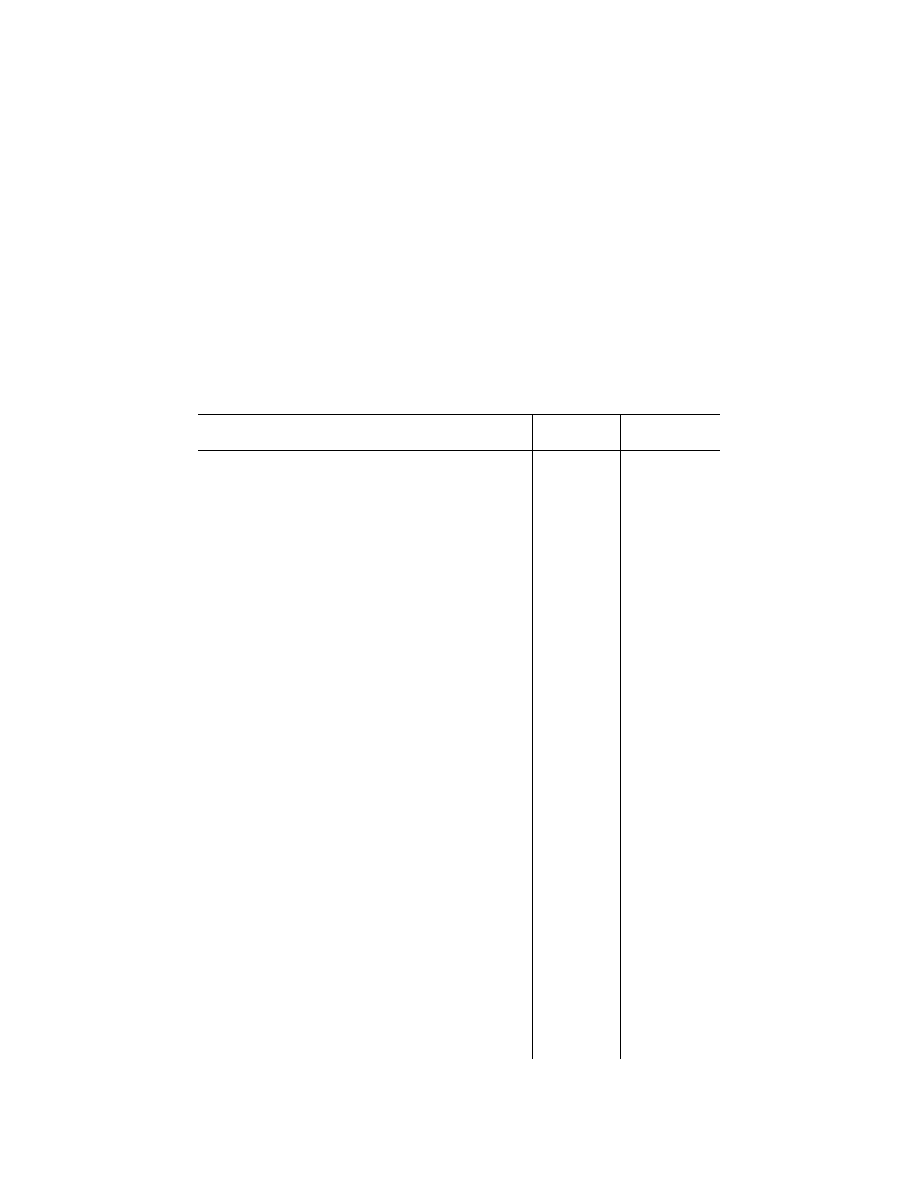
265
Federal Aviation Administration, DOT
§ 121.1115
clearly distinguishable within its
maintenance program.
(e)
Principal Maintenance Inspector ap-
proval.
Certificate holders must submit
the maintenance program revisions re-
quired by paragraphs (b), (c), and (d) of
this section to the Principal Mainte-
nance Inspector for review and ap-
proval.
(f)
Exception.
For any airplane for
which an LOV has not been approved as
of the applicable compliance date spec-
ified in paragraph (c) or Table 1 of this
section, instead of including an ap-
proved LOV in the ALS, an operator
must include the applicable default
LOV specified in Table 1 or Table 2 of
this section, as applicable, in the ALS.
T
ABLE
1—A
IRPLANES
S
UBJECT TO
§ 26.21
Airplane model
Compliance date—
months after Janu-
ary 14, 2011
Default LOV
[flight cycles (FC)
or flight hours (FH)]
Airbus—Existing
1
Models Only:
A300 B2–1A, B2–1C, B2K–3C, B2–203 ....................................................
30 ..........................
48,000 FC
A300 B4–2C, B4–103 ................................................................................
30 ..........................
40,000 FC
A300 B4–203 .............................................................................................
30 ..........................
34,000 FC
A300–600 Series ........................................................................................
60 ..........................
30,000 FC/67,500 FH
A310–200 Series ........................................................................................
60 ..........................
40,000 FC/60,000 FH
A310–300 Series ........................................................................................
60 ..........................
35,000 FC/60,000 FH
A318 Series ................................................................................................
60 ..........................
48,000 FC/60,000 FH
A319 Series ................................................................................................
60 ..........................
48,000 FC/60,000 FH
A320–100 Series ........................................................................................
60 ..........................
48,000 FC/48,000 FH
A320–200 Series ........................................................................................
60 ..........................
48,000 FC/60,000 FH
A321 Series ................................................................................................
60 ..........................
48,000 FC/60,000 FH
A330–200, –300 Series (except WV050 family) (non enhanced) .............
60 ..........................
40,000 FC/60,000 FH
A330–200, –300 Series WV050 family (enhanced) ..................................
60 ..........................
33,000 FC/100,000 FH
A330–200 Freighter Series ........................................................................
60 ..........................
See NOTE.
A340–200, –300 Series (except WV 027 and WV050 family) (non en-
hanced).
60 ..........................
20,000 FC/80,000 FH
A340–200, –300 Series WV 027 (non enhanced) .....................................
60 ..........................
30,000 FC/60,000 FH
A340–300 Series WV050 family (enhanced) .............................................
60 ..........................
20,000 FC/100,000 FH
A340–500, –600 Series .............................................................................
60 ..........................
16,600 FC/100,000 FH
A380–800 Series ........................................................................................
72 ..........................
See NOTE.
Boeing—Existing
1
Models Only:
717 .............................................................................................................
60 ..........................
60,000 FC/60,000 FH
727 (all series) ...........................................................................................
30 ..........................
60,000 FC
737 (Classics): 737–100, –200, –200C, –300, –400, –500 .......................
30 ..........................
75,000 FC
737 (NG): 737–600, –700, –700C, –800, –900, –900ER ..........................
60 ..........................
75,000 FC
747 (Classics): 747–100, –100B, –100B SUD, –200B, –200C, –200F,
–300, 747SP, 747SR.
30 ..........................
20,000 FC
747–400: 747–400, –400D, –400F ............................................................
60 ..........................
20,000 FC
757 .............................................................................................................
60 ..........................
50,000 FC
767 .............................................................................................................
60 ..........................
50,000 FC
777–200, –300 ...........................................................................................
60 ..........................
40,000 FC
777–200LR, 777–300ER ............................................................................
72 ..........................
40,000 FC
777F ...........................................................................................................
72 ..........................
11,000 FC
Bombardier—Existing
1
Models Only:
CL–600: 2D15 (Regional Jet Series 705), 2D24 (Regional Jet Series
900).
72 ..........................
60,000 FC
Embraer—Existing
1
Models Only:
ERJ 170 .....................................................................................................
72 ..........................
See NOTE.
ERJ 190 .....................................................................................................
72 ..........................
See NOTE.
Fokker—Existing
1
Models Only:
F.28 Mark 0070, Mark 0100 ......................................................................
30 ..........................
90,000 FC
Lockheed—Existing
1
Models Only:
L–1011 .......................................................................................................
30 ..........................
36,000 FC
188 .............................................................................................................
30 ..........................
26,600 FC
382 (all series) ...........................................................................................
30 ..........................
20,000 FC/50,000 FH
McDonnell Douglas—Existing
1
Models Only:
DC–8, –8F ..................................................................................................
30 ..........................
50,000 FC/50,000 FH
DC–9 (except for MD–80 models) .............................................................
30 ..........................
100,000 FC/100,000
FH
MD–80 (DC–9–81, –82, –83, –87, MD–88) ...............................................
30 ..........................
50,000 FC/50,000 FH
MD–90 ........................................................................................................
60 ..........................
60,000 FC/90,000 FH
DC–10–10, –15 ..........................................................................................
30 ..........................
42,000 FC/60,000 FH
DC–10–30, –40, –10F, –30F, –40F ...........................................................
30 ..........................
30,000 FC/60,000 FH
MD–10–10F ................................................................................................
60 ..........................
42,000 FC/60,000 FH
MD–10–30F ................................................................................................
60 ..........................
30,000 FC/60,000 FH
MD–11, MD–11F ........................................................................................
60 ..........................
20,000 FC/60,000 FH
Maximum Takeoff Gross Weight Changes:
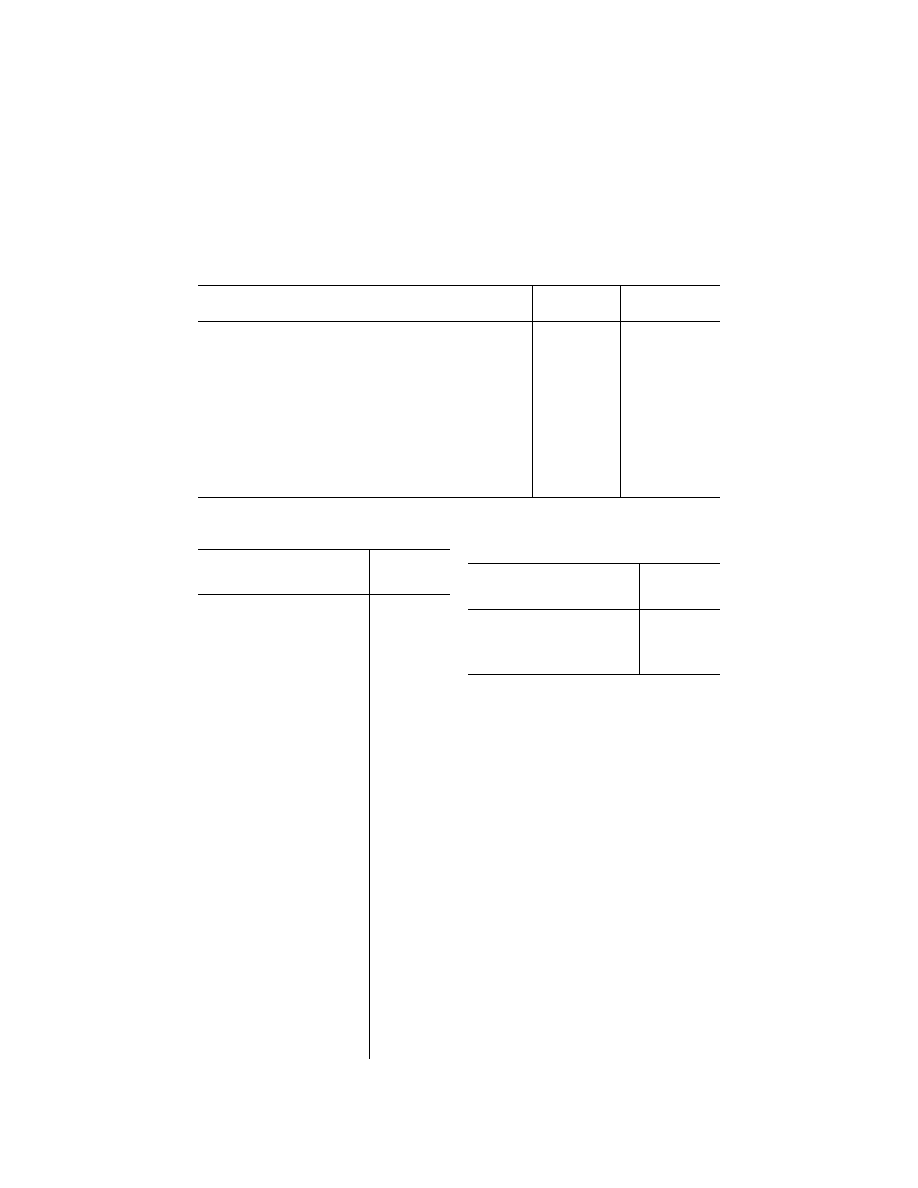
266
14 CFR Ch. I (1–1–24 Edition)
§ 121.1117
T
ABLE
1—A
IRPLANES
S
UBJECT TO
§ 26.21—Continued
Airplane model
Compliance date—
months after Janu-
ary 14, 2011
Default LOV
[flight cycles (FC)
or flight hours (FH)]
All airplanes whose maximum takeoff gross weight has been decreased
to 75,000 pounds or below after January 14, 2011, or increased to
greater than 75,000 pounds at any time by an amended type certifi-
cate or supplemental type certificate.
30, or within 12
months after the
LOV is ap-
proved, or be-
fore operating
the airplane,
whichever oc-
curs latest.
Not applicable.
All Other Airplane Models (TCs and amended TCs) not Listed in Table 2 .............
72, or within 12
months after the
LOV is ap-
proved, or be-
fore operating
the airplane,
whichever oc-
curs latest.
Not applicable.
1
Type certificated as of January 14, 2011.
Note: Airplane operation limitation is stated in the Airworthiness Limitation section.
T
ABLE
2—A
IRPLANES
E
XCLUDED
F
ROM
§ 26.21
Airplane model
Default LOV
[flight cycles (FC)
or flight hours
(FH)]
Airbus:
Caravelle ...................................
15,000 FC/24,000
FH
Avions Marcel Dassault:
Breguet Aviation Mercure 100C
20,000 FC/16,000
FH
Boeing:
Boeing 707 (–100 Series and
–200 Series) ..........................
20,000 FC
Boeing 707 (–300 Series and
–400 Series) ..........................
20,000 FC
Boeing 720 ................................
30,000 FC
Bombardier:
CL–44D4 and CL–44J ..............
20,000 FC
BD–700 .....................................
15,000 FC
Bristol Aeroplane Company:
Britannia 305 .............................
10,000 FC
British Aerospace Airbus, Ltd.:
BAC 1–11 (all models) ..............
85,000 FC
British Aerospace (Commercial Aircraft)
Ltd.:
Armstrong Whitworth Argosy
A.W. 650 Series 101 .............
20,000 FC
BAE Systems (Operations) Ltd.:
BAe 146–100A (all models) ......
50,000 FC
BAe 146–200–07 ......................
50,000 FC
BAe 146–200–07 Dev ...............
50,000 FC
BAe 146–200–11 ......................
50,000 FC
BAe 146–200–07A ....................
47,000 FC
BAe 146–200–11 Dev ...............
43,000 FC
BAe 146–300 (all models) ........
40,000 FC
Avro 146–RJ70A (all models) ...
40,000 FC
Avro 146–RJ85A and 146–
RJ100A (all models) ..............
50,000 FC
D & R Nevada, LLC:
Convair Model 22 ......................
1,000 FC/1,000
FH
Convair Model 23M ...................
1,000 FC/1,000
FH
deHavilland Aircraft Company, Ltd.:
D.H. 106 Comet 4C ..................
8,000 FH
Gulfstream:
GV .............................................
40,000 FH
GV–SP ......................................
40,000 FH
T
ABLE
2—A
IRPLANES
E
XCLUDED
F
ROM
§ 26.21—Continued
Airplane model
Default LOV
[flight cycles (FC)
or flight hours
(FH)]
Ilyushin Aviation Complex:
IL–96T .......................................
10,000 FC/30,000
FH
Lockhead:
300–50A01(USAF C 141A) .......
20,000 FC
[Doc. No. FAA–2006–24281, 75 FR 69785, Nov.
15, 2010, as amended by Amdt. 121–360, 77 FR
30878, May 24, 2012; Admt. 121–360A, 77 FR
55105, Sept. 7, 2012; Doc. No. FAA–2022–1355;
Amdt. 121–387, 87 FR 75847, Dec. 9, 2022]
§ 121.1117 Flammability reduction
means.
(a)
Applicability.
Except as provided
in paragraph (o) of this section, this
section applies to transport category,
turbine-powered airplanes with a type
certificate issued after January 1, 1958,
that, as a result of original type cer-
tification or later increase in capacity
have:
(1) A maximum type-certificated pas-
senger capacity of 30 or more, or
(2) A maximum payload capacity of
7,500 pounds or more.
(b)
New Production Airplanes.
Except
in accordance with § 121.628, no certifi-
cate holder may operate an airplane
identified in Table 1 of this section (in-
cluding all-cargo airplanes) for which
the State of Manufacture issued the
original certificate of airworthiness or

267
Federal Aviation Administration, DOT
§ 121.1117
export airworthiness approval after De-
cember 27, 2010 unless an Ignition Miti-
gation Means (IMM) or Flammability
Reduction Means (FRM) meeting the
requirements of § 26.33 of this chapter is
operational.
T
ABLE
1
Model—Boeing
Model—Airbus
747 Series
A318, A319, A320, A321 Series
737 Series
A330, A340 Series
777 Series
767 Series
(c)
Auxiliary Fuel Tanks.
After the ap-
plicable date stated in paragraph (e) of
this section, no certificate holder may
operate any airplane subject to § 26.33
of this chapter that has an Auxiliary
Fuel Tank installed pursuant to a field
approval, unless the following require-
ments are met:
(1) The certificate holder complies
with 14 CFR 26.35 by the applicable
date stated in that section.
(2) The certificate holder installs
Flammability Impact Mitigation
Means (FIMM), if applicable, that is
approved by the responsible Aircraft
Certification Service office.
(3) Except in accordance with
§ 121.628, the FIMM, if applicable, is
operational.
(d)
Retrofit.
Except as provided in
paragraphs (j), (k), and (l) of this sec-
tion, after the dates specified in para-
graph (e) of this section, no certificate
holder may operate an airplane to
which this section applies unless the
requirements of paragraphs (d)(1) and
(d)(2) of this section are met.
(1) IMM, FRM or FIMM, if required
by §§ 26.33, 26.35, or 26.37 of this chapter,
that are approved by the responsible
Aircraft Certification Service office,
are installed within the compliance
times specified in paragraph (e) of this
section.
(2) Except in accordance with
§ 121.628, the IMM, FRM or FIMM, as
applicable, are operational.
(e)
Compliance Times.
Except as pro-
vided in paragraphs (k) and (l) of this
section, the installations required by
paragraph (d) of this section must be
accomplished no later than the appli-
cable dates specified in paragraph
(e)(1), (e)(2), or (e)(3) of this section.
(1) Fifty percent of each certificate
holder’s fleet identified in paragraph
(d)(1) of this section must be modified
no later than December 26, 2014.
(2) One hundred percent of each cer-
tificate holder’s fleet identified in
paragraph (d)(1) of this section must be
modified no later than December 26,
2017.
(3) For those certificate holders that
have only one airplane of a model iden-
tified in Table 1 of this section, the air-
plane must be modified no later than
December 26, 2017.
(f)
Compliance After Installation.
Ex-
cept in accordance with § 121.628, no
certificate holder may—
(1) Operate an airplane on which IMM
or FRM has been installed before the
dates specified in paragraph (e) of this
section unless the IMM or FRM is oper-
ational, or
(2) Deactivate or remove an IMM or
FRM once installed unless it is re-
placed by a means that complies with
paragraph (d) of this section.
(g)
Maintenance Program Revisions.
No
certificate holder may operate an air-
plane for which airworthiness limita-
tions have been approved by the re-
sponsible Aircraft Certification Service
office in accordance with §§ 26.33, 26.35,
or 26.37 of this chapter after the air-
plane is modified in accordance with
paragraph (d) of this section unless the
maintenance program for that airplane
is revised to include those applicable
airworthiness limitations.
(h) After the maintenance program is
revised as required by paragraph (g) of
this section, before returning an air-
plane to service after any alteration
for which airworthiness limitations are
required by §§ 25.981, 26.33, or 26.37 of
this chapter, the certificate holder
must revise the maintenance program
for the airplane to include those air-
worthiness limitations.
(i) The maintenance program
changes identified in paragraphs (g)
and (h) of this section must be sub-
mitted to the operator’s Principal
Maintenance Inspector responsible for
review and approval prior to incorpora-
tion.
(j) The requirements of paragraph (d)
of this section do not apply to air-
planes operated in all-cargo service,
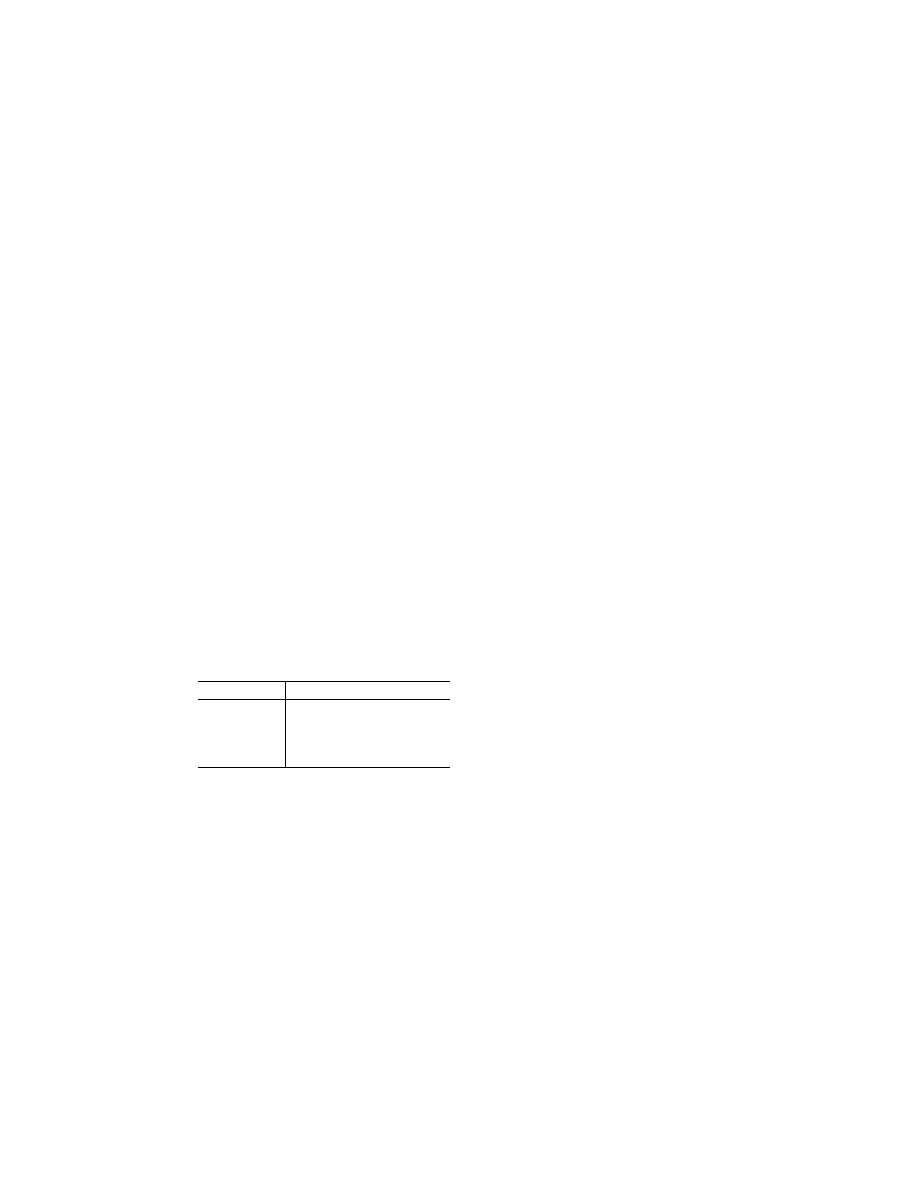
268
14 CFR Ch. I (1–1–24 Edition)
§ 121.1119
but those airplanes are subject to para-
graph (f) of this section.
(k) The compliance dates specified in
paragraph (e) of this section may be ex-
tended by one year, provided that—
(1) No later than March 26, 2009, the
certificate holder notifies its respon-
sible Flight Standards office or Prin-
cipal Inspector that it intends to com-
ply with this paragraph;
(2) No later than June 24, 2009, the
certificate holder applies for an amend-
ment to its operations specification in
accordance with § 119.51 of this chapter
and revises the manual required by
§ 121.133 to include a requirement for
the airplane models specified in Table 2
of this section to use ground air condi-
tioning systems for actual gate times
of more than 30 minutes, when avail-
able at the gate and operational, when-
ever the ambient temperature exceeds
60 degrees Fahrenheit; and
(3) Thereafter, the certificate holder
uses ground air conditioning systems
as described in paragraph (k)(2) of this
section on each airplane subject to the
extension.
T
ABLE
2
Model—Boeing
Model—Airbus
747 Series
A318, A319, A320, A321 Series
737 Series
A300, A310 Series
777 Series
A330, A340 Series
767 Series
757 Series
(l) For any certificate holder for
which the operating certificate is
issued after December 26, 2008, the com-
pliance date specified in paragraph (e)
of this section may be extended by one
year, provided that the certificate
holder meets the requirements of para-
graph (k)(2) of this section when its ini-
tial operations specifications are
issued and, thereafter, uses ground air
conditioning systems as described in
paragraph (k)(2) of this section on each
airplane subject to the extension.
(m) After the date by which any per-
son is required by this section to mod-
ify 100 percent of the affected fleet, no
certificate holder may operate in pas-
senger service any airplane model spec-
ified in Table 2 of this section unless
the airplane has been modified to com-
ply with § 26.33(c) of this chapter.
(n) No certificate holder may operate
any airplane on which an auxiliary fuel
tank is installed after December 26,
2017 unless the FAA has certified the
tank as compliant with § 25.981 of this
chapter, in effect on December 26, 2008.
(o)
Exclusions.
The requirements of
this section do not apply to the fol-
lowing airplane models:
(1) Convair CV–240, 340, 440, including
turbine powered conversions.
(2) Lockheed L–188 Electra.
(3) Vickers VC–10.
(4) Douglas DC–3, including turbine
powered conversions.
(5) Bombardier CL–44.
(6) Mitsubishi YS–11.
(7) BAC 1–11.
(8) Concorde.
(9) deHavilland D.H. 106 Comet 4C.
(10) VFW—Vereinigte Flugtechnische
VFW–614.
(11) Illyushin Aviation IL 96T.
(12) Bristol Aircraft Britannia 305.
(13) Handley Page Herald Type 300.
(14) Avions Marcel Dassault—Breguet
Aviation Mercure 100C.
(15) Airbus Caravelle.
(16) Fokker F–27/Fairchild Hiller FH–
227.
(17) Lockheed L–300.
[Doc. No. FAA–2005–22997, 73 FR 42501, July
21, 2008, as amended by Amdt. 121–345, 74 FR
31619, July 2, 2009; Docket FAA–2018–0119,
Amdt. 121–380, 83 FR 9173, Mar. 5, 2018]
§ 121.1119 Fuel tank vent explosion
protection.
(a)
Applicability.
This section applies
to transport category, turbine-powered
airplanes with a type certificate issued
after January 1, 1958, that have:
(1) A maximum type-certificated pas-
senger capacity of 30 or more; or
(2) A maximum payload capacity of
7,500 pounds or more.
(b)
New production airplanes.
No cer-
tificate holder may operate an airplane
for which the State of Manufacture
issued the original certificate of air-
worthiness or export airworthiness ap-
proval after August 23, 2018 unless
means, approved by the Administrator,
to prevent fuel tank explosions caused
by propagation of flames from outside
the fuel tank vents into the fuel tank
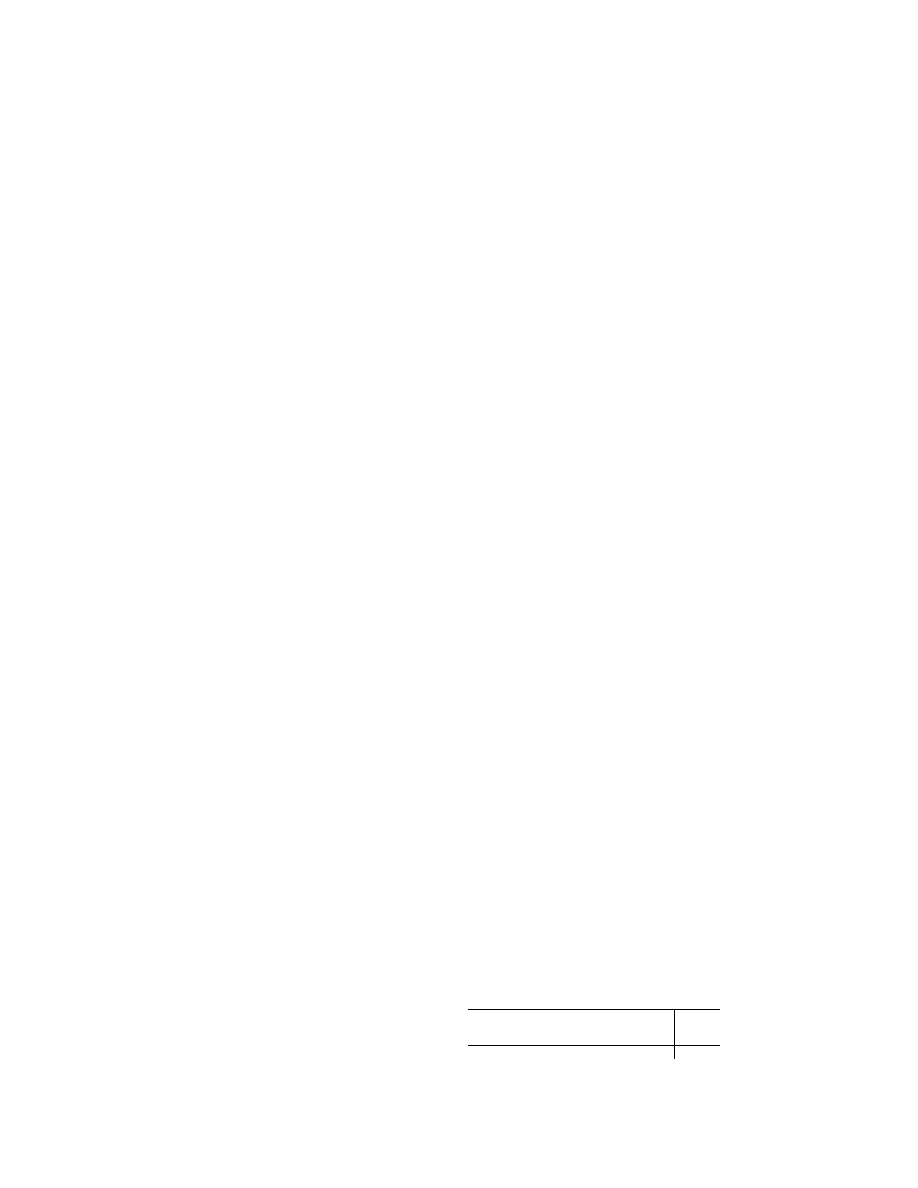
269
Federal Aviation Administration, DOT
Pt. 121, App. A
vapor spaces are installed and oper-
ational.
[Docket FAA–2014–0500, Amdt. 121–375, 81 FR
41208, June 24, 2016]
Subpart BB
[
Reserved
]
§§ 121.1200–121.1399 [Reserved]
Subpart CC
[
Reserved
]
§§ 121.1400–121.1499 [Reserved]
Subpart DD—Special Federal
Aviation Regulations
§ 121.1500 SFAR No. 111—Lavatory Ox-
ygen Systems.
(a)
Applicability.
This SFAR applies
to the following persons:
(1) All operators of transport cat-
egory airplanes that are required to
comply with AD 2012–11–09, but only for
airplanes on which the actions required
by that AD have not been accom-
plished.
(2) Applicants for airworthiness cer-
tificates.
(3) Holders of production certificates.
(4) Applicants for type certificates,
including changes to type certificates.
(b)
Regulatory relief.
Except as noted
in paragraph (d) of this section and
contrary provisions of 14 CFR part 21,
and 14 CFR 25.1447, 119.51, 121.329,
121.333 and 129.13, notwithstanding, for
the duration of this SFAR:
(1) A person described in paragraph
(a) of this section may conduct flight
operations and add airplanes to oper-
ations specifications with disabled lav-
atory oxygen systems, modified in ac-
cordance with FAA Airworthiness Di-
rective 2011–04–09, subject to the fol-
lowing limitations:
(i) This relief is limited to regulatory
compliance of lavatory oxygen sys-
tems.
(ii) Within 30 days of March 29, 2013,
all oxygen masks must be removed
from affected lavatories, and the mask
stowage location must be reclosed.
(iii) Within 60 days of March 29, 2013
each affected operator must verify that
crew emergency procedures specifically
include a visual check of the lavatory
as a priority when checking the cabin
following any event where oxygen
masks were deployed in the cabin.
(2) An applicant for an airworthiness
certificate may obtain an airworthi-
ness certificate for airplanes to be op-
erated by a person described in para-
graph (a) of this section, although the
airplane lavatory oxygen system is dis-
abled.
(3) A holder of a production certifi-
cate may apply for an airworthiness
certificate or approval for airplanes to
be operated by a person described in
paragraph (a) of this section.
(4) An applicant for a type certificate
or change to a type certificate may ob-
tain a design approval without showing
compliance with § 25.1447(c)(1) of this
chapter for lavatory oxygen systems,
in accordance with this SFAR.
(5) Each person covered by paragraph
(a) of this section may inform pas-
sengers that the lavatories are not
equipped with supplemental oxygen.
(c)
Return to service documentation.
When a person described in paragraph
(a) of this section has modified air-
planes as required by Airworthiness Di-
rective 2011–04–09, the affected air-
planes must be returned to service with
a note in the airplane maintenance
records that the modification was done
under the provisions of this SFAR.
(d)
Expiration.
This SFAR expires on
September 10, 2015, except this SFAR
will continue to apply to any airplane
for which the FAA approves an exten-
sion of the AD compliance time for the
duration of the extension.
[Doc. No. FAA–2011–0186, 78 FR 5710, Jan. 28,
2013]
A
PPENDIX
A
TO
P
ART
121—F
IRST
A
ID
K
ITS AND
E
MERGENCY
M
EDICAL
K
ITS
Approved first-aid kits, at least one ap-
proved emergency medical kit, and at least
one approved automated external
defibrillator required under § 121.803 of this
part must be readily accessible to the crew,
stored securely, and kept free from dust,
moisture, and damaging temperatures.
F
IRST
-
AID
K
ITS
1. The minimum number of first aid kits
required is set forth in the following table:
No. of passenger seats
No. of
first-aid
kits
0–50 .......................................................................
1
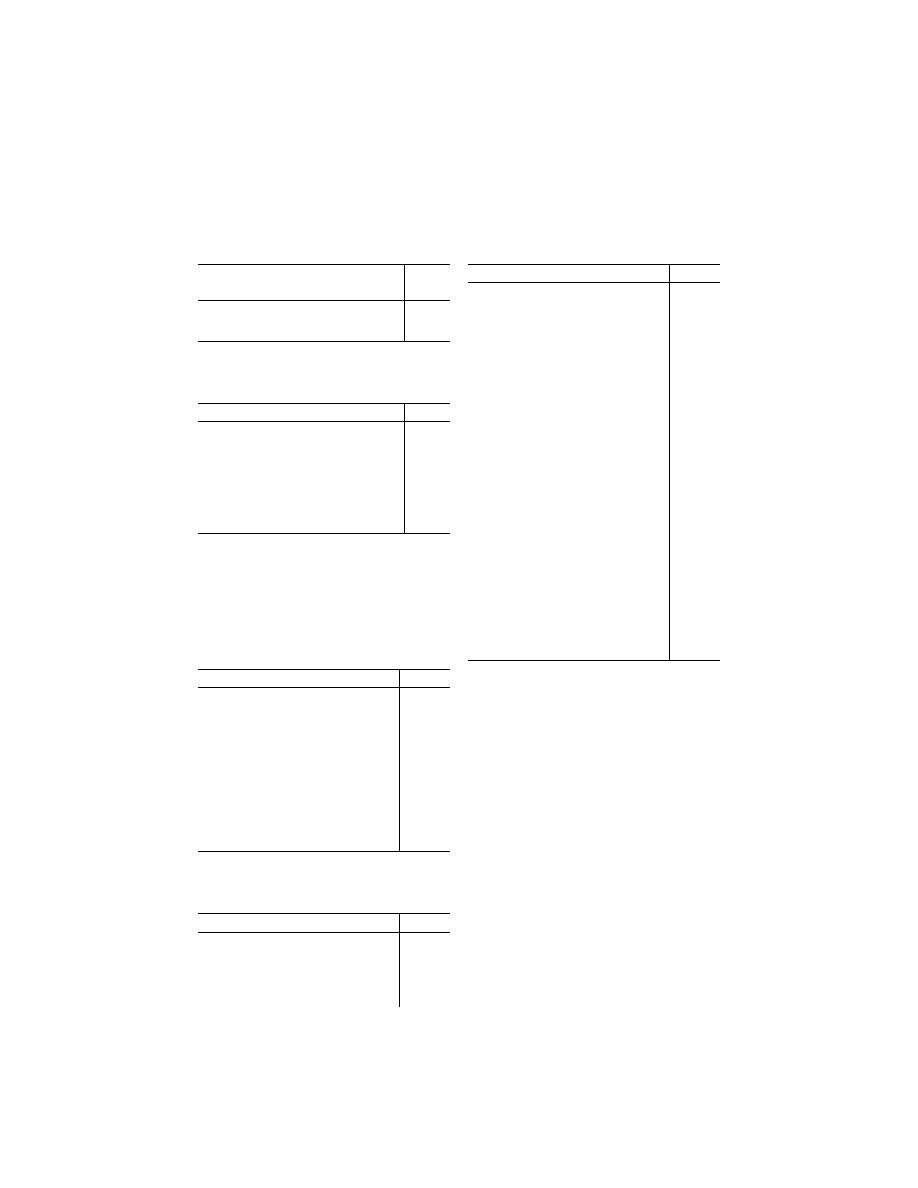
270
14 CFR Ch. I (1–1–24 Edition)
Pt. 121, App. A
No. of passenger seats
No. of
first-aid
kits
51–150 ...................................................................
2
151–250 .................................................................
3
More than 250 .......................................................
4
2. Except as provided in paragraph (3), each
approved first-aid kit must contain at least
the following appropriately maintained con-
tents in the specified quantities:
Contents
Quantity
Adhesive bandage compresses, 1-inch ................
16
Antiseptic swabs ....................................................
20
Ammonia inhalants ................................................
10
Bandage compresses, 4-inch ................................
8
Triangular bandage compresses, 40-inch .............
5
Arm splint, noninflatable ........................................
1
Leg splint, noninflatable .........................................
1
Roller bandage, 4-inch ..........................................
4
Adhesive tape, 1-inch standard roll .......................
2
Bandage scissors ..................................................
1
3. Arm and leg splints which do not fit
within a first-aid kit may be stowed in a
readily accessible location that is as near as
practicable to the kit.
E
MERGENCY
M
EDICAL
K
ITS
1. Until April 12, 2004, at least one approved
emergency medical kit that must contain at
least the following appropriately maintained
contents in the specified quantities:
Contents
Quantity
Sphygmomanometer ...........................................
1
Stethoscope .........................................................
1
Airways, cropharyngeal (3 sizes) ........................
3
Syringes (sizes necessary to administer re-
quired drugs).
4
Needles (sizes necessary to administer required
drugs).
6
50% Dextrose injection, 50cc ..............................
1
Epinephrine 1:1000, single dose ampule or
equivalent).
2
Diphenhydramine HC1 injection, single dose
ampule or equivalent.
2
Nitroglycerin tablets .............................................
10
Basic instructions for use of the drugs in the kit
1
protective nonpermeable gloves or equivalent ...
1 pair
2. As of April 12, 2004, at least one approved
emergency medical kit that must contain at
least the following appropriately maintained
contents in the specified quantities:
Contents
Quantity
Sphygmonanometer ............................................
1
Stethoscope .........................................................
1
Airways, oropharyngeal (3 sizes): 1 pediatric, 1
small adult, 1 large adult or equivalent.
3
Self-inflating manual resuscitation device with 3
masks (1 pediatric, 1 small adult, 1 large adult
or equivalent).
1:3 masks
Contents
Quantity
CPR mask (3 sizes), 1 pediatric, 1 small adult, 1
large adult, or equivalent.
3
IV Admin Set: Tubing w/ 2 Y connectors ............
1
Alcohol sponges ....................................
2
Adhesive tape, 1-inch standard roll ad-
hesive.
1
Tape scissors ........................................
1 pair
Tourniquet .............................................
1
Saline solution, 500 cc ........................................
1
Protective nonpermeable gloves or equivalent ...
1 pair
Needles (2–18 ga., 2–20 ga., 2–22 ga., or sizes
necessary to administer required medications).
6
Syringes (1–5 cc, 2–10 cc, or sizes necessary
to administer required medications).
4
Analgesic, non-narcotic, tablets, 325 mg ............
4
Antihistamine tablets, 25 mg ...............................
4
Antihistamine injectable, 50 mg, (single dose
ampule or equivalent).
2
Atropine, 0.5 mg, 5 cc (single dose ampule or
equivalent).
2
Aspirin tablets, 325 mg ........................................
4
Bronchodilator, inhaled (metered dose inhaler or
equivalent).
1
Dextrose, 50%/50 cc injectable, (single dose
ampule or equivalent).
1
Epinephrine 1:1000, 1 cc, injectable, (single
dose ampule or equivalent).
2
Epinephrine 1:10,000, 2 cc, injectable, (single
dose ampule or equivalent).
2
Lidocaine, 5 cc, 20 mg/ml, injectable (single
dose ampule or equivalent).
2
Nitroglycerin tablets, 0.4 mg ................................
10
Basic instructions for use of the drugs in the kit
1
3. If all of the above-listed items do not fit
into one container, more than one container
may be used.
A
UTOMATED
E
XTERNAL
D
EFIBRILLATORS
At least one approved automated external
defibrillator, legally marketed in the United
States in accordance with Food and Drug
Administration requirements, that must:
1. Be stored in the passenger cabin.
2. After April 30, 2005:
(a) Have a power source that meets FAA
Technical Standard Order requirements for
power sources for electronic devices used in
aviation as approved by the Administrator;
or
(b) Have a power source that was manufac-
tured before July 30, 2004, and been found by
the FAA to be equivalent to a power source
that meets the Technical Standard Order re-
quirements of paragraph (a) of this section.
3. Be maintained in accordance with the
manufacturer’s specifications.
[Doc. No. FAA–2000–7119, 66 FR 19044, Apr. 12,
2001, as amended by Amdt. 121–280, 69 FR
19762, Apr. 14, 2004; Amdt. 121–309, 70 FR 15196,
Mar. 24, 2005]
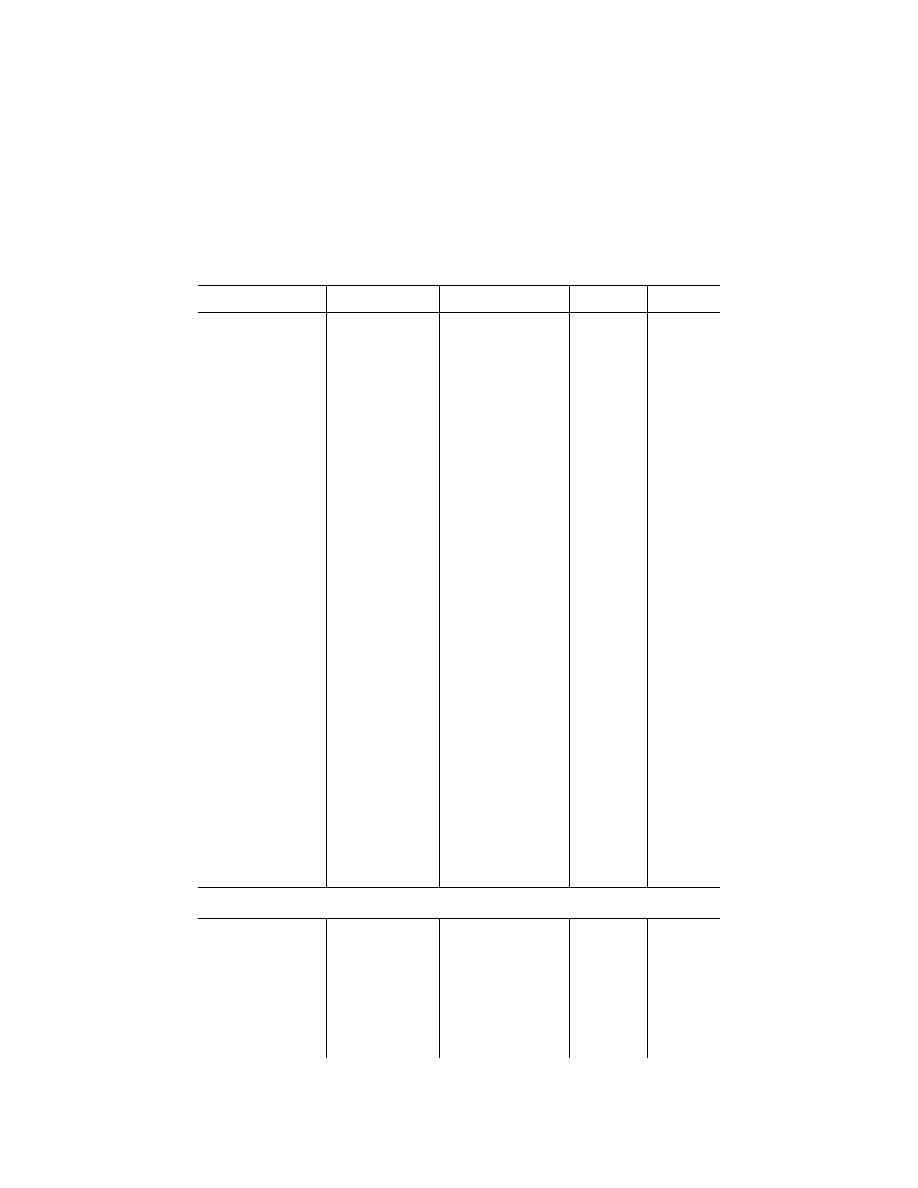
271
Federal Aviation Administration, DOT
Pt. 121, App. B
A
PPENDIX
B
TO
P
ART
121—A
IRPLANE
F
LIGHT
R
ECORDER
S
PECIFICATION
Parameters
Range
Accuracy sensor input to
DFDR readout
Sampling inter-
val (per second)
Resolution
4
readout
Time (GMT or Frame
Counter) (range 0 to 4095,
sampled 1 per frame).
24 Hrs .............................
±
0.125% Per Hour ................
0.25 (1 per 4
seconds).
1 sec.
Altitude ....................................
¥
1,000 ft to max certifi-
cated altitude of air-
craft.
±
100 to
±
700 ft (See Table 1,
TSO-C51a).
1 ........................
5
′
to 35
′
1
Airspeed .................................
50 KIAS to V
so
, and V
so
to 1.2V
D
.
±
5%,
±
3% ..............................
1 ........................
1 kt.
Heading ..................................
360
°
................................
±
2
°
.........................................
1 ........................
0.5
°
Normal Acceleration (Vertical)
¥
3g to + 6g ...................
±
1% of max range excluding
datum error of
±
5%.
8 ........................
0.01g.
Pitch Attitude ..........................
±
75
°
................................
±
2
°
.........................................
1 ........................
0.5
°
Roll Attitude ............................
±
180
°
..............................
±
2
°
.........................................
1 ........................
0.5
°
Radio Transmitter Keying .......
On-Off (Discrete) ............
±
2
°
.........................................
±
2% ..................
Thrust/Power on Each Engine
Full Range Forward ........
±
2
°
.........................................
1 (per engine) ...
0.2%
2
Trailing Edge Flap or Cockpit
Control Selection.
Full Range or Each Dis-
crete Position.
±
3
°
or as Pilot’s Indicator ......
0.5 .....................
0.5%
2
Leading Edge Flap or Cockpit
Control Selection.
Full Range or Each Dis-
crete Position.
±
3
°
or as Pilot’s Indicator ......
0.5 .....................
0.5%
2
Thrust Reverser Position ........
Stowed, In Transit, and
Reverse (Discrete).
................................................
1 (per 4 sec-
onds per en-
gine).
Ground Spoiler Position/
Speed Brake Selection.
Full Range or Each Dis-
crete Position.
±
2% Unless Higher Accuracy
Uniquely Required.
1 ........................
0.2%
2
.
Marker Beacon Passage ........
Discrete ..........................
................................................
1 ........................
Autopilot Engagement ............
Discrete ..........................
................................................
1 ........................
Longitudinal Acceleration .......
±
1g ..................................
±
1.5% max range excluding
datum error of
±
5%.
4 ........................
0.01g.
Pilot Input and/or Surface Po-
sition—Primary Controls
(Pitch, Roll, Yaw)
3
.
Full Range ......................
±
2
°
Unless Higher Accuracy
Uniquely Required.
1 ........................
0.2%
2
.
Lateral Acceleration ................
±
1g ..................................
±
1.5% max range excluding
datum error of
±
5%.
4 ........................
0.01g.
Pitch Trim Position .................
Full Range ......................
±
3% Unless Higher Accuracy
Uniquely Required.
1 ........................
0.3%
2
.
Glideslope Deviation ..............
±
400 Microamps .............
±
3% .......................................
1 ........................
0.3%
2
.
Localizer Deviation .................
±
400 Microamps .............
±
3% .......................................
1 ........................
0.3%
2
.
AFCS Mode and Engagement
Status.
Discrete ..........................
................................................
1 ........................
Radio Altitude .........................
¥
20 ft to 2,500 ft ...........
±
2 Ft or
±
3% Whichever is
Greater Below 500 Ft and
±
5% Above 500 Ft.
1 ........................
1 ft + 5%
2
above 500
′
.
Master Warning ......................
Discrete ..........................
................................................
1 ........................
Main Gear Squat Switch Sta-
tus.
Discrete ..........................
................................................
1 ........................
Angle of Attack (if recorded di-
rectly)..
As installed .....................
As installed ............................
2 ........................
0.3%
2
Outside Air Temperature or
Total Air Temperature..
¥
50
°
C to + 90
°
C .........
±
2
°
c ......................................
0.5 .....................
0.3
°
c
Hydraulics, Each System Low
Pressure.
Discrete ..........................
................................................
0.5 .....................
or 0.5%
2
Groundspeed. .........................
As installed .....................
Most Accurate Systems In-
stalled (IMS Equipped Air-
craft Only).
1 ........................
0.2%
2
If additional recording capacity is available, recording of the following parameters is recommended. The parameters are listed in
order of significance:
Drift Angle ...............................
When available, As in-
stalled.
As installed ............................
4 ........................
Wind Speed and Direction .....
When available, As in-
stalled.
As installed ............................
4 ........................
Latitude and Longitude ...........
When available, As in-
stalled.
As installed ............................
4 ........................
Brake pressure/Brake pedal
position.
As installed .....................
As installed ............................
1 ........................
Additional engine parameters:
EPR .................................
As installed .....................
As installed ............................
1 (per engine). ..
N1 ....................................
As installed .....................
As installed ............................
1 (per engine). ..
N2 ....................................
As installed .....................
As installed ............................
1 (per engine). ..
EGT .................................
As installed .....................
As installed ............................
1 (per engine). ..
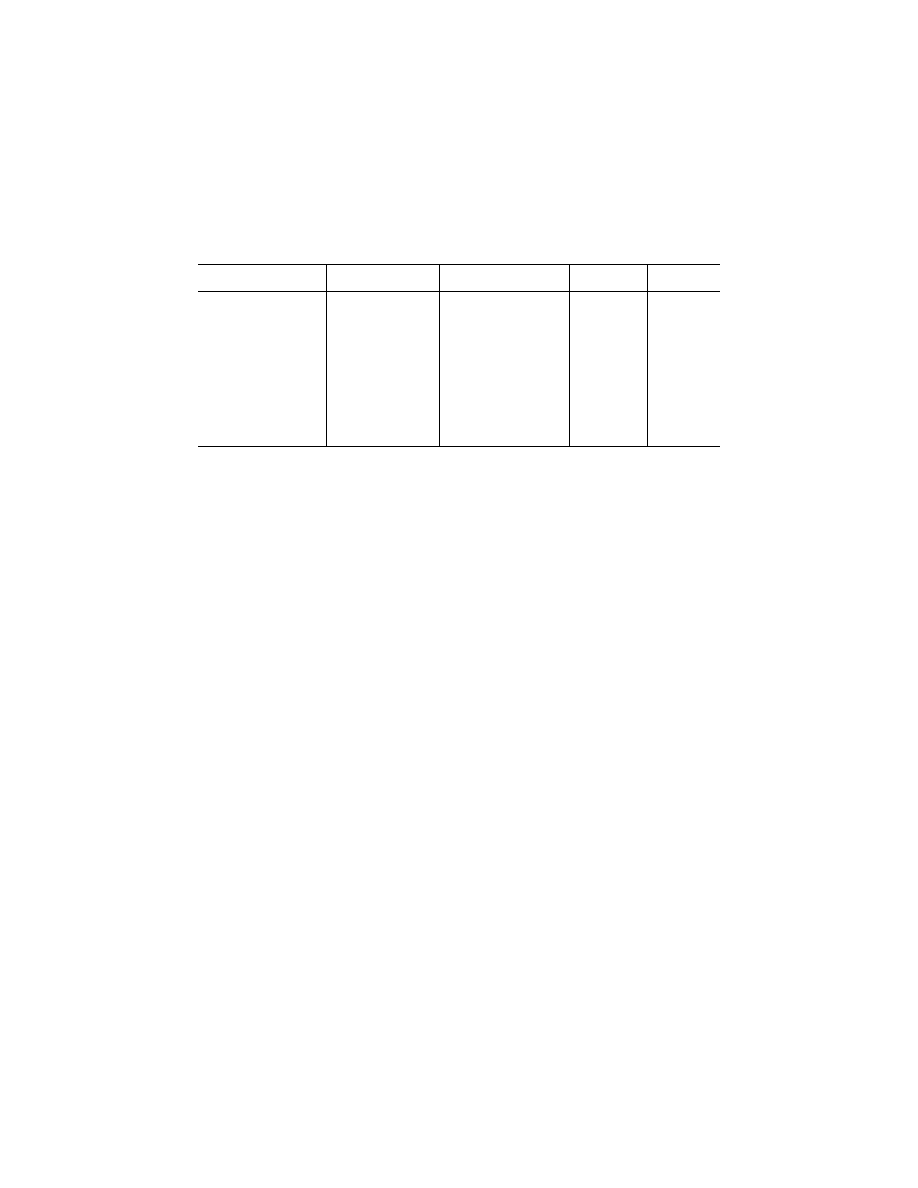
272
14 CFR Ch. I (1–1–24 Edition)
Pt. 121, App. C
Parameters
Range
Accuracy sensor input to
DFDR readout
Sampling inter-
val (per second)
Resolution
4
readout
Throttle Lever Position ...........
As installed .....................
As installed ............................
1 (per engine). ..
Fuel Flow ................................
As installed .....................
As installed ............................
1 (per engine). ..
TCAS:
TA ....................................
As installed .....................
As installed ............................
1 ........................
RA ...................................
As installed .....................
As installed ............................
1 ........................
Sensitivity level (as se-
lected by crew).
As installed .....................
As installed ............................
2 ........................
GPWS (ground proximity
warning system).
Discrete ..........................
................................................
1 ........................
Landing gear or gear selector
position.
Discrete ..........................
................................................
0.25 (1 per 4
seconds).
DME 1 and 2 Distance ...........
0–200 NM; ......................
As installed ............................
0.25 ...................
1 mi.
Nav 1 and 2 Frequency Se-
lection.
Full range .......................
As installed ............................
0.25 ...................
1
When altitude rate is recorded. Altitude rate must have sufficient resolution and sampling to permit the derivation of altitude to
5 feet.
2
Per cent of full range.
3
For airplanes that can demonstrate the capability of deriving either the control input on control movement (one from the
other) for all modes of operation and flight regimes, the ‘‘or’’ applies. For airplanes with non-mechanical control systems (fly-by-
wire) the ‘‘and’’ applies. In airplanes with split surfaces, suitable combination of inputs is acceptable in lieu of recording each sur-
face separately.
4
This column applies to aircraft manufactured after October 11, 1991.
[Doc. No. 25530, 53 FR 26147, July 11, 1988; 53 FR 30906, Aug. 16, 1988]
A
PPENDIX
C
TO
P
ART
121—C–46
N
ONTRANSPORT
C
ATEGORY
A
IRPLANES
Cargo Operations
1.
Required engines.
(a) Except as provided
in paragraph (b) of this section, the engines
specified in subparagraphs (1) or (2) of this
section must be installed in C–46 non-
transport category airplanes operated at
gross weights exceeding 45,000 pounds:
(1) Pratt and Whitney R2800–51–M1 or
R2800–75–M1 engines (engines converted from
basic model R2800–51 or R2800–75 engines in
accordance with FAA approved data) that—
(i) Conform to Engine Specification 5E–8;
(ii) Conform to the applicable portions of
the operator’s manual;
(iii) Comply with all the applicable air-
worthiness directives; and
(iv) Are equipped with high capacity oil
pump drive gears in accordance with FAA
approved data.
(2) Other engines found acceptable by the
Flight Standards office having type certifi-
cation responsibility for the C–46 airplane.
(b) Upon application by an operator con-
ducting cargo operations with nontransport
category C–46 airplanes between points with-
in the State of Alaska, the responsible
Flight Standards office may authorize the
operation of such airplanes, between points
within the State of Alaska; without compli-
ance with paragraph (a) of this section if the
operator shows that, in its area of operation,
installation of the modified engines is not
necessary to provide adequate cooling for
single-engine operations. Such authorization
and any conditions or limitations therefor is
made a part of the Operations Specifications
of the operator.
2.
Minimum acceptable means of complying
with the special airworthiness requirements.
Unless otherwise authorized under § 121.213,
the data set forth in sections 3 through 34 of
this appendix, as correlated to the C–46 non-
transport category airplane, is the minimum
means of compliance with the special air-
worthiness requirements of §§ 121.215 through
121.281.
3.
Susceptibility of material to fire.
[Deleted
as unnecessary]
4.
Cabin interiors.
C–46 crew compartments
must meet all the requirements of § 121.215,
and, as required in § 121.221, the door between
the crew compartment and main cabin
(cargo) compartment must be flame resist-
ant.
5.
Internal doors.
Internal doors, including
the crew to main cabin door, must meet all
the requirements of § 121.217.
6.
Ventilation.
Standard C–46 crew compart-
ments meet the ventilation requirements of
§ 121.219 if a means of ventilation for control-
ling the flow of air is available between the
crew compartment and main cabin. The ven-
tilation requirement may be met by use of a
door between the crew compartment and
main cabin. The door need not have louvers
installed; however, if louvers are installed,
they must be controllable.
7.
Fire precautions.
Compliance is required
with all the provisions of § 121.221.
(a) In establishing compliance with this
section, the C–46 main cabin is considered as
a Class A compartment if—
(1) The operator utilizes a standard system
of cargo loading and tiedown that allows
easy access in flight to all cargo in such
compartment, and, such system is included
in the appropriate portion of the operator’s
manual; and
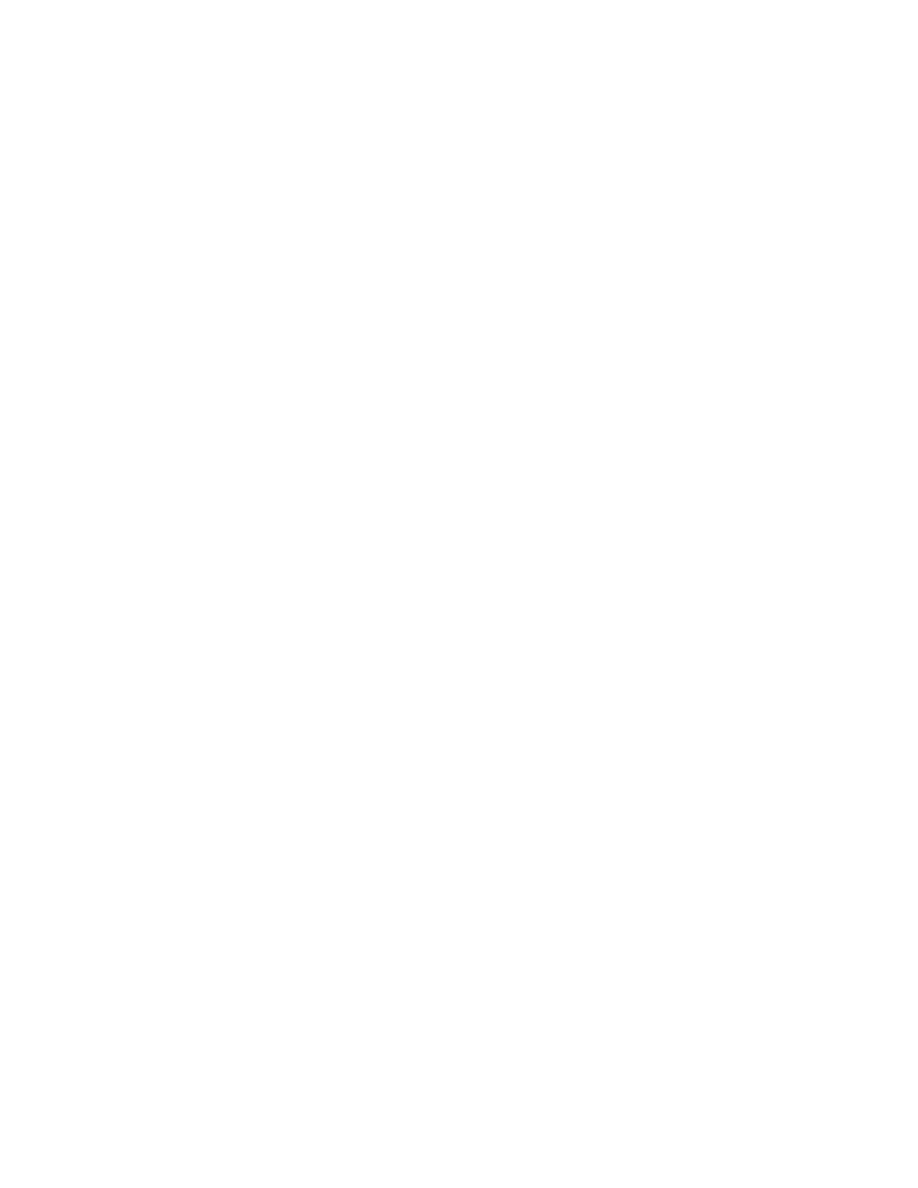
273
Federal Aviation Administration, DOT
Pt. 121, App. C
(2) A cargo barrier is installed in the for-
ward end of the main cabin cargo compart-
ment. The barrier must—
(i) Establish the most forward location be-
yond which cargo cannot be carried;
(ii) Protect the components and systems of
the airplane that are essential to its safe op-
eration from cargo damage; and
(iii) Permit easy access, in flight, to cargo
in the main cabin cargo compartment.
The barrier may be a cargo net or a network
of steel cables or other means acceptable to
the Administrator which would provide
equivalent protection to that of a cargo net.
The barrier need not meet crash load re-
quirements of FAR § 25.561; however, it must
be attached to the cargo retention fittings
and provide the degree of cargo retention
that is required by the operators’ standard
system of cargo loading and tiedown.
(b) C–46 forward and aft baggage compart-
ments must meet, as a minimum, Class B re-
quirements of this section or be placarded in
a manner to preclude their use as cargo or
baggage compartments.
8.
Proof of compliance.
The demonstration
of compliance required by § 121.223 is not re-
quired for C–46 airplanes in which—
(1) The main cabin conforms to Class A
cargo compartment requirements of § 121.219;
and
(2) Forward and aft baggage compartments
conform to Class B requirements of § 121.221,
or are placarded to preclude their use as
cargo or baggage compartments.
9.
Propeller deicing fluid.
No change from
the requirements of § 121.225. Isopropyl alco-
hol is a combustible fluid within the mean-
ing of this section.
10.
Pressure cross-feed arrangements, location
of fuel tanks, and fuel system lines and fittings.
C–46 fuel systems which conform to all appli-
cable Curtiss design specifications and which
comply with the FAA type certification re-
quirements are in compliance with the provi-
sions of §§ 121.227 through 121.231.
11.
Fuel lines and fittings in designated fire
zones.
No change from the requirements of
§ 121.233.
12.
Fuel valves.
Compliance is required with
all the provisions of § 121.235. Compliance can
be established by showing that the fuel sys-
tem conforms to all the applicable Curtiss
design specifications, the FAA type certifi-
cation requirements, and, in addition, has
explosion-proof fuel booster pump electrical
selector switches installed in lieu of the open
contact type used originally.
13.
Oil lines and fittings in designated fire
zones.
No change from the requirements of
§ 121.237.
14.
Oil valves.
C–46 oil shutoff valves must
conform to the requirements of § 121.239. In
addition, C–46 airplanes using Hamilton
Standard propellers must provide, by use of
stand pipes in the engine oil tanks or other
approved means, a positive source of oil for
feathering each propeller.
15.
Oil system drains.
The standard C–46 ‘‘Y’’
drains installed in the main oil inlet line for
each engine meet the requirements of
§ 121.241.
16.
Engine breather line.
The standard C–46
engine breather line installation meets the
requirements of § 121.243 if the lower breather
lines actually extend to the trailing edge of
the oil cooler air exit duct.
17.
Firewalls and firewall construction.
Com-
pliance is required with all of the provisions
of §§ 121.245 and 121.247. The following re-
quirements must be met in showing compli-
ance with these sections:
(a)
Engine compartment.
The engine fire-
walls of the C–46 airplane must—
(1) Conform to type design, and all applica-
ble airworthiness directives;
(2) Be constructed of stainless steel or ap-
proved equivalent; and
(3) Have fireproof shields over the fairleads
used for the engine control cables that pass
through each firewall.
(b)
Combustion heater compartment.
C–46 air-
planes must have a combustion heater fire
extinguishing system which complies with
AD–49–18–1 or an FAA approved equivalent.
18.
Cowling.
Standard C–46 engine cowling
(cowling of aluminum construction employ-
ing stainless steel exhaust shrouds) which
conforms to the type design and cowling con-
figurations which conform to the C–46 trans-
port category requirements meet the re-
quirements of § 121.249.
19.
Engine accessory section diaphragm.
C–46
engine nacelles which conform to the C–46
transport category requirements meet the
requirements of § 121.251. As provided for in
that section, a means of equivalent protec-
tion which does not require provision of a di-
aphragm to isolate the engine power section
and exhaust system from the engine acces-
sory compartment is the designation of the
entire engine compartment forward of and
including the firewall as a designated fire
zone, and the installation of adequate fire
detection and fire extinguishing systems
which meet the requirements of § 121.263 and
§ 121.273, respectively, in such zone.
20.
Powerplant fire protection.
C–46 engine
compartments and combustion heater com-
partments are considered as designated fire
zones within the meaning of § 121.253.
21.
Flammable fluids
—
(a)
Engine compartment.
C–46 engine com-
partments which conform to the type design
and which comply with all applicable air-
worthiness directives meet the requirements
of § 121.255.
(b)
Combustion heater compartment.
C–46
combustion heater compartments which con-
form to type design and which meet all the
requirements of AD–49–18–1 or an FAA ap-
proved equivalent meet the requirements of
§ 121.255.
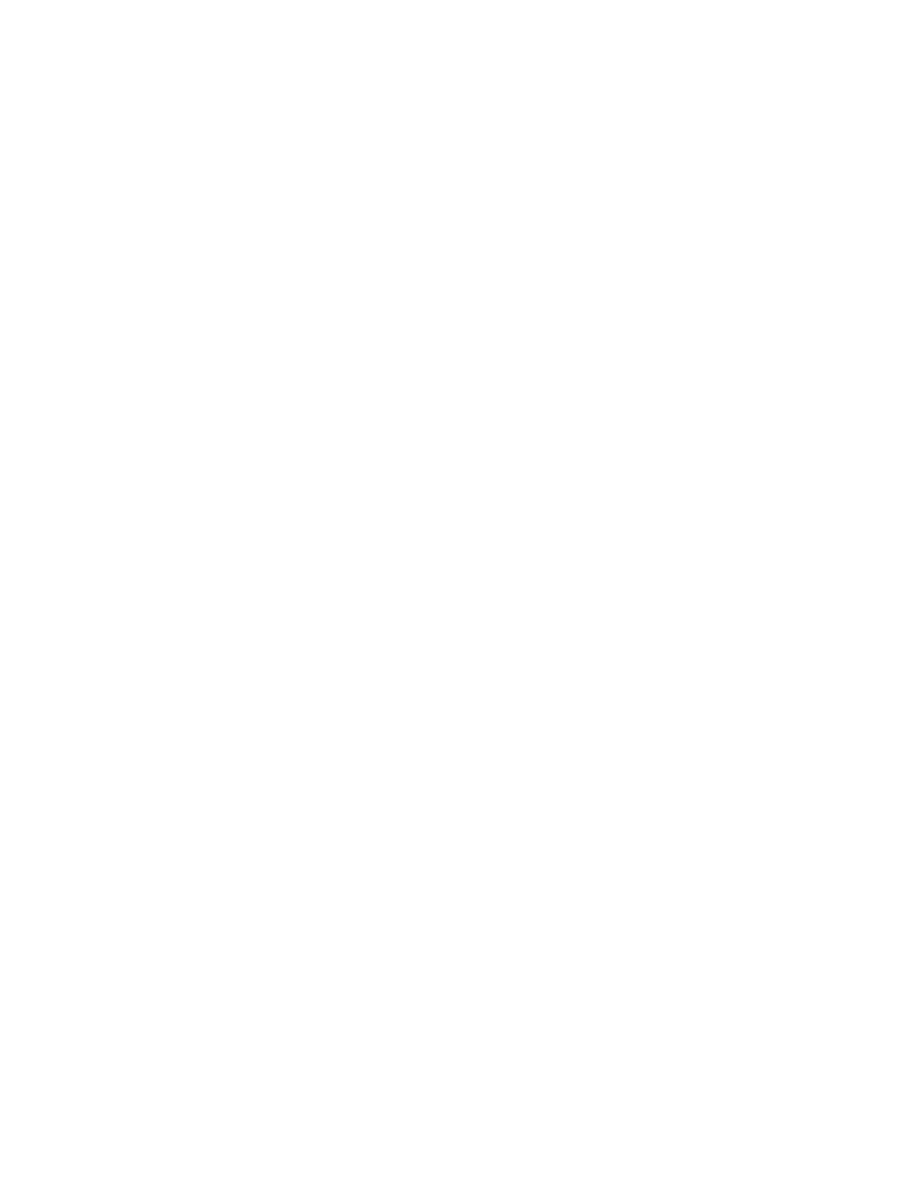
274
14 CFR Ch. I (1–1–24 Edition)
Pt. 121, App. C
22.
Shutoff means
—
(a)
Engine compartment.
C–46 engine com-
partments which comply with AD–62–10–2 or
FAA approved equivalent meet the require-
ments of § 121.257 applicable to engine com-
partments, if, in addition, a means satisfac-
tory to the Administrator is provided to shut
off the flow of hydraulic fluid to the cowl
flap cylinder in each engine nacelle. The
shutoff means must be located aft of the en-
gine firewall. The operator’s manual must
include, in the emergency portion, adequate
instructions for proper operation of the addi-
tional shutoff means to assure correct se-
quential positioning of engine cowl flaps
under emergency conditions. In accordance
with § 121.315, this positioning must also be
incorporated in the emergency section of the
pilot’s checklist.
(b)
Combustion heater compartment.
C–46
heater compartments which comply with
paragraph (5) of AD–49–18–1 or FAA approved
equivalent meet the requirements of § 121.257
applicable to heater compartments if, in ad-
dition, a shutoff valve located above the
main cabin floor level is installed in the al-
cohol supply line or lines between the alco-
hol supply tank and those alcohol pumps lo-
cated under the main cabin floor. If all of the
alcohol pumps are located above the main
cabin floor, the alcohol shutoff valve need
not be installed. In complying with para-
graph (5) of AD–49–18–1, a fail-safe electric
fuel shutoff valve may be used in lieu of the
manually operated valve.
23.
Lines and fittings
—(a)
Engine compart-
ment.
C–46 engine compartments which com-
ply with all applicable airworthiness direc-
tives, including AD–62–10–2, by using FAA
approved fire-resistant lines, hoses, and end
fittings, and engine compartments which
meet the C–46 transport category require-
ments, meet the requirements of § 121.259.
(b)
Combustion heater compartments
All
lines, hoses, and end fittings, and couplings
which carry fuel to the heaters and heater
controls, must be of FAA approved fire-re-
sistant construction.
24.
Vent and drain lines
—(a)
Enginecompartment.
C–46 engine compart-
ments meet the requirements of § 121.261 if—
(1) The compartments conform to type de-
sign and comply with all applicable air-
worthiness directives or FAA approved
equivalent; and
(2) Drain lines from supercharger case, en-
gine-driven fuel pump, and engine-driven hy-
draulic pump reach into the scupper drain lo-
cated in the lower cowling segment.
(b)
Combustion heater compartment.
C–46
heater compartments meet the requirements
of § 121.261 if they conform to AD–49–18–1 or
FAA approved equivalent.
25.
Fire-extinguishing system.
(a) To meet
the requirements of § 121.263, C–46 airplanes
must have installed fire extinguishing sys-
tems to serve all designated fire zones. The
fire-extinguishing systems, the quantity of
extinguishing agent, and the rate of dis-
charge shall be such as to provide a min-
imum of one adequate discharge for each
designated fire zone. Compliance with this
provision requires the installation of a sepa-
rate fire extinguisher for each engine com-
partment. Insofar as the engine compart-
ment is concerned, the system shall be capa-
ble of protecting the entire compartment
against the various types of fires likely to
occur in the compartment.
(b) Fire-extinguishing systems which con-
form to the C–46 transport category require-
ments meet the requirements set forth in
paragraph (a). Furthermore, fire-extin-
guishing systems for combustion heater
compartments which conform to the require-
ments of AD–49–18–1 or an FAA approved
equivalent also meet the requirements in
paragraph (a).
In addition, a fire-extinguishing system for
C–46 airplanes meets the adequacy require-
ment of paragraph (a) if it provides the same
or equivalent protection to that dem-
onstrated by the CAA in tests conducted in
1941 and 1942, using a CW–20 type engine na-
celle (without diaphragm). These tests were
conducted at the Bureau of Standards facili-
ties in Washington, DC, and copies of the
test reports are available through the FAA
Regional Engineering Offices. In this connec-
tion, the flow rates and distribution of extin-
guishing agent substantiated in American
Airmotive Report No. 128–52–d, FAA ap-
proved February 9, 1953, provides protection
equivalent to that demonstrated by the CAA
in the CW–20 tests. In evaluating any C–46
fire-extinguishing system with respect to the
aforementioned CW–20 tests, the Administra-
tion would require data in a narrative form,
utilizing drawings or photographs to show at
least the following:
Installation of containers; installation and
routing of plumbing; type, number, and loca-
tion of outlets or nozzles; type, total volume,
and distribution of extinguishing agent;
length of time required for discharging;
means for thermal relief, including type and
location of discharge indicators; means of
discharging, e.g., mechanical cutterheads,
electric cartridge, or other method; and
whether a one- or two-shot system is used;
and if the latter is used, means of cross-feed-
ing or otherwise selecting distribution of ex-
tinguishing agent; and types of materials
used in makeup of plumbing.
High rate discharge (HRD) systems using
agents such as bromotrifluoromethane,
dibrodifluoromethane and
chlorobromomethane (CB), may also meet
the requirements of paragraph (a).
26.
Fire-extinguishing agents, Extinguishing
agent container pressure relief, Extinguishing
agent container compartment temperatures, and
Fire-extinguishing system materials.
No change
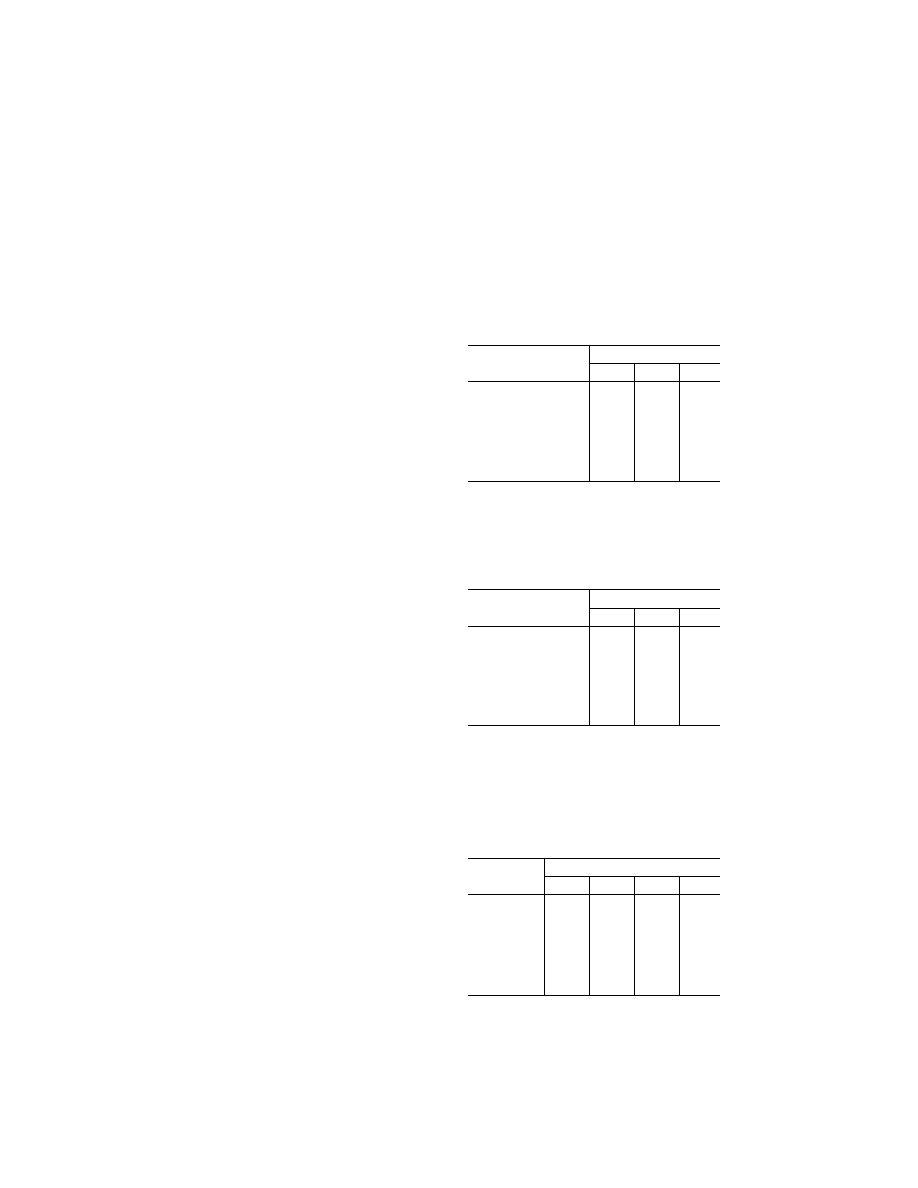
275
Federal Aviation Administration, DOT
Pt. 121, App. C
from the requirements of §§ 121.265 through
121.271.
27.
Fire-detector system.
Compliance with
the requirements of § 121.273 requires that C–
46 fire detector systems conform to:
(a) AD–62–10–2 or FAA approved equivalent
for engine compartments; and
(b) AD–49–18–1 or FAA approved equivalent
for combustion heater compartments
28.
Fire detectors.
No change from the re-
quirements of § 121.275.
29.
Protection of other airplane components
against fire.
To meet the requirements of
§ 121.277, C–46 airplanes must—
(a) Conform to the type design and all ap-
plicable airworthiness directives; and
(b) Be modified or have operational proce-
dures established to provide additional fire
protection for the wheel well door aft of each
engine compartment. Modifications may
consist of improvements in sealing of the
main landing gear wheel well doors. An oper-
ational procedure which is acceptable to the
Agency is one requiring the landing gear
control to be placed in the up position in
case of in-flight engine fire. In accordance
with § 121.315, such procedure must be set
forth in the emergency portion of the opera-
tor’s emergency checklist pertaining to in-
flight engine fire.
30.
Control of engine rotation.
C–46 propeller
feathering systems which conform to the
type design and all applicable airworthiness
directives meet the requirements of § 121.279.
31.
Fuel system independence.
C–46 fuel sys-
tems which conform to the type design and
all applicable airworthiness directives meet
the requirements of § 121.281.
32.
Induction system ice prevention.
The C–46
carburetor anti-icing system which conforms
to the type design and all applicable air-
worthiness directives meets the require-
ments of § 121.283.
33.
Carriage of cargo in passenger compart-
ments.
Section 121.285 is not applicable to
nontransport category C–46 cargo airplanes.
34.
Carriage of cargo in cargo compartments.
A standard cargo loading and tiedown ar-
rangement set forth in the operator’s man-
ual and found acceptable to the Adminis-
trator must be used in complying with
§ 121.287.
35.
Performance data.
Performance data on
Curtiss model C–46 airplane certificated for
maximum weight of 45,000 and 48,000 pounds
for cargo-only operations.
1. The following performance limitation
data, applicable to the Curtiss model C–46
airplane for cargo-only operation, must be
used in determining compliance with
§§ 121.199 through 121.205. These data are pre-
sented in the tables and figures of this ap-
pendix.
T
ABLE
1—T
AKEOFF
L
IMITATIONS
(a) Curtiss C–46 certificated for maximum
weight of 45,000 pounds.
(1)
Effective length
of runway required when
effective length is determined in accordance
with § 121.171 (distance to accelerate to 93
knots TIAS and stop, with zero wind and
zero gradient). (Factor = 1.00)
[Distance in feet]
Standard altitude in feet
Airplane weight in pounds
39,000
42,000
45,000
1
S.L .......................................
4,110
4,290
4,570
1,000 ....................................
4,250
4,440
4,720
2,000 ....................................
4,400
4,600
4,880
3,000 ....................................
4,650
4,880
5,190
4,000 ....................................
4,910
5,170
5,500
5,000 ....................................
5,160
5,450
5,810
6,000 ....................................
5,420
5,730
6,120
7,000 ....................................
5,680
6,000
6,440
8,000 ....................................
5,940
6,280
(
1
)
1
Ref. Fig. 1(a)(1) for weight and distance for altitudes
above 7,000
′
.
(2) Actual length of runway required when
effective length,
considering obstacles, is not
determined (distance to accelerate to 93
knots TIAS and stop, divided by the factor
0.85).
[Distance in feet]
Standard altitude in feet
Airplane weight in pounds
39,000
42,000
45,000
1
S.L .......................................
4,830
5,050
5,370
1,000 ....................................
5,000
5,230
5,550
2,000 ....................................
5,170
5,410
5,740
3,000 ....................................
5,470
5,740
6,100
4,000 ....................................
5,770
6,080
6,470
5,000 ....................................
6,070
6,410
6,830
6,000 ....................................
6,380
6,740
7,200
7,000 ....................................
6,680
7,070
7,570
8,000 ....................................
6,990
7,410
(
1
)
1
Ref. Fig. 1(a)(2) for weight and distance for altitudes
above 7,000
′
.
(b) Curtiss C–46 certificated for maximum
weight 48,000 pounds.
(1)
Effective length
of runway required when
effective length is determined in accordance
with § 121.171 (distance to accelerate to 93
knots TIAS and stop, with zero wind and
zero gradient). (Factor = 1.00)
[Distance in feet]
Standard altitude
in feet
Airplane weight in pounds
39,000
42,000
45,000
48,000
1
S.L .....................
4,110
4,290
4,570
4,950
1,000 ..................
4,250
4,440
4,720
5,130
2,000 ..................
4,400
4,600
4,880
5,300
3,000 ..................
4,650
4,880
5,190
5,670
4,000 ..................
4,910
5,170
5,500
6,050
5,000 ..................
5,160
5,450
5,810
6,420
6,000 ..................
5,420
5,730
6,120
6,800
7,000 ..................
5,680
6,000
6,440
(
1
)
8,000 ..................
5,940
6,280
6,750
(
1
)
1
Ref. Fig. 1(b)(1) for weight and distance for altitudes
above 6,000
′
.
(2) Actual length of runway required when
effective length,
considering obstacles, is not
determined (distance to accelerate to 93
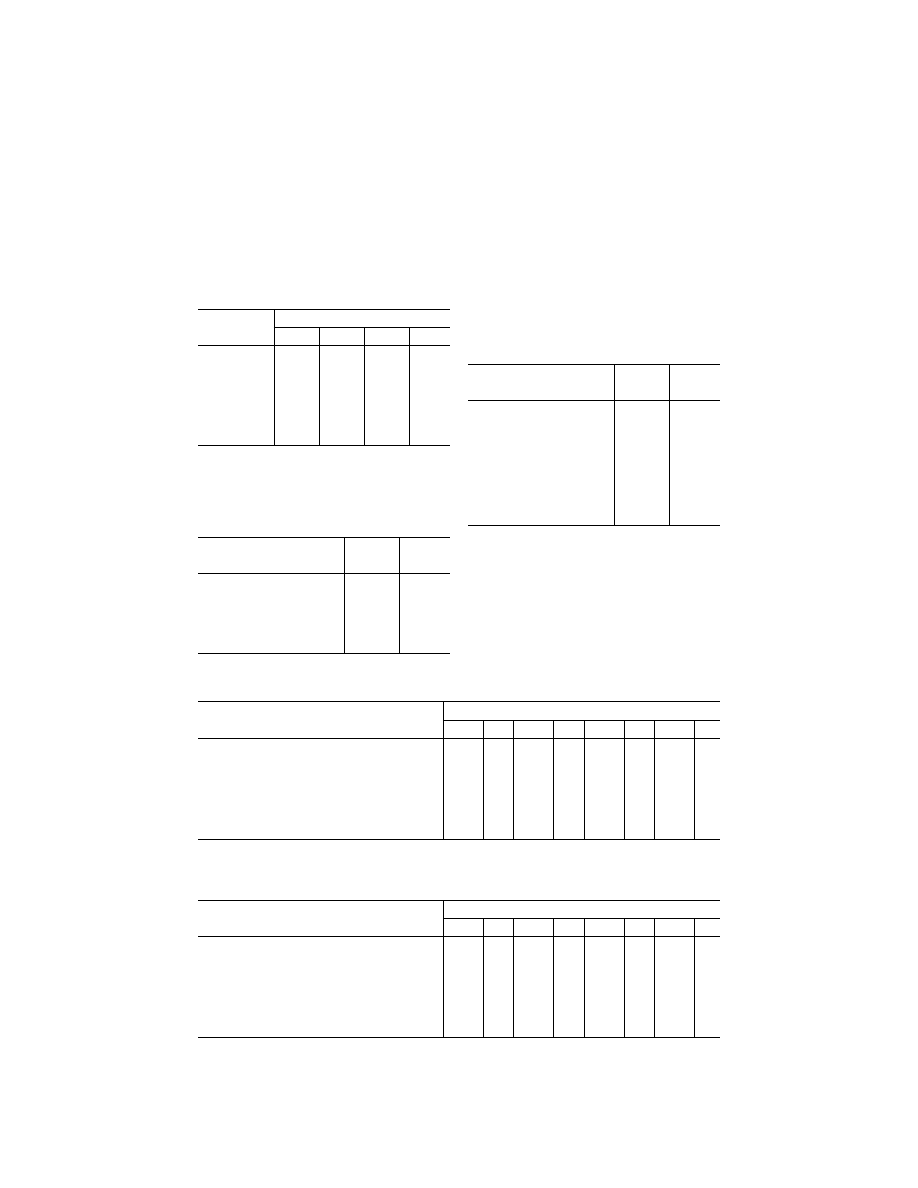
276
14 CFR Ch. I (1–1–24 Edition)
Pt. 121, App. C
knots TIAS and stop, divided by the factor
0.85).
[Distance in feet]
Standard altitude
in feet
Airplane weight in pounds
39,000
42,000
45,000
48,000
1
S.L .....................
4,830
5,050
5,370
5,830
1,000 ..................
5,000
5,230
5,550
6,030
2,000 ..................
5,170
5,410
5,740
6,230
3,000 ..................
5,470
5,740
6,100
6,670
4,000 ..................
5,770
6,080
6,470
7,120
5,000 ..................
6,070
6,410
6,830
7,560
6,000 ..................
6,380
6,740
7,200
8,010
7,000 ..................
6,680
7,070
7,570
(
1
)
8,000 ..................
6,990
7,410
7,940
(
1
)
1
Ref. Fig. 1(b)(2) for weight and distance for altitudes
above 6,000
′
.
T
ABLE
2—E
N
R
OUTE
L
IMITATIONS
(a) Curtiss model C–46 certificated for max-
imum weight of 45,000 pounds (based on a
climb speed of 113 knots (TIAS)).
Weight (pounds)
Terrain
clearance
(feet)
1
Blower set-
ting
45,000 ............................................
6,450 Low.
44,000 ............................................
7,000
Do.
43,000 ............................................
7,500
Do.
42,200 ............................................
8,000 High.
41,000 ............................................
9,600
Do.
40,000 ............................................
11,000
Do.
39,000 ............................................
12,300
Do.
1
Highest altitude of terrain over which airplanes may be op-
erated in compliance with § 121.201.
Ref. Fig. 2(a).
(b) Curtiss model C–46 certificated for max-
imum weight of 48,000 pounds or with engine
installation approved for 2,550 revolutions
per minute (1,700 brake horsepower). Max-
imum continuous power in low blower (based
on a climb speed of 113 knots (TIAS)).
Weight (pounds)
Terrain
clearance
(feet)
1
Blower set-
ting
48,000 ............................................
5,850 Low.
47,000 ............................................
6,300
Do.
46,000 ............................................
6,700
Do.
45,000 ............................................
7,200
Do.
44,500 ............................................
7,450
Do.
44,250 ............................................
8,000 High.
44,000 ............................................
8,550
Do.
43,000 ............................................
10,800
Do.
42,000 ............................................
12,500
Do.
41,000 ............................................
13,000
Do.
1
Highest altitude of terrain over which airplanes may be op-
erated in compliance with § 121.201.
Ref. Fig. 2(b).
T
ABLE
3—L
ANDING
L
IMITATIONS
(a) Intended Destination.
Effective length
of runway required for in-
tended destination when effective length is
determined in accordance with § 121.171 with
zero wind and zero gradient.
(1) Curtiss model C–46 certificated for max-
imum weight of 45,000 pounds.
(0.60 factor)
Distance in feet
Standard altitude in feet
Airplane weight in pounds and approach speeds
1
in knots
40,000
V
50
42,000
V
50
44,000
V
50
45,000
V
50
S.L .........................................................................................
4,320
86
4,500
88
4,700
90
4,800
91
1,000 .....................................................................................
4,440
86
4,620
88
4,830
90
4,930
91
2,000 .....................................................................................
4,550
86
4,750
88
4,960
90
5,050
91
3,000 .....................................................................................
4,670
86
4,880
88
5,090
90
5,190
91
4,000 .....................................................................................
4,800
86
5,000
88
5,220
90
5,320
91
5,000 .....................................................................................
4,920
86
5,140
88
5,360
90
5,460
91
6,000 .....................................................................................
5,040
86
5,270
88
5,550
90
5,600
91
7,000 .....................................................................................
5,170
86
5,410
88
5,650
90
5,750
91
8,000 .....................................................................................
5,310
86
5,550
88
5,800
90
5,900
91
1
Steady approach speed through 50–foot height TIAS denoted by symbol V
50
.
Ref. Fig. 3(a)(1).
(2) Curtiss model C–46 certificated for maximum weight of 48,000 pounds.
1
(0.60 factor.)
Distance in feet
Standard altitude in feet
Airplane weight in pounds and approach speeds
2
in knots
42,000
V
50
44,000
V
50
46,000
V
50
43,000
V
50
S.L .........................................................................................
3,370
80
3,490
82
3,620
84
3,740
86
1,000 .....................................................................................
3,460
80
3,580
82
3,710
84
3,830
86
2,000 .....................................................................................
3,540
80
3,670
82
3,800
84
3,920
86
3,000 .....................................................................................
3,630
80
3,760
82
3,890
84
4,020
86
4,000 .....................................................................................
3,720
80
3,850
82
3,980
84
4,110
86
5,000 .....................................................................................
3,800
80
3,940
82
4,080
84
4,220
86
6,000 .....................................................................................
3,890
80
4,040
82
4,180
84
4,320
86
7,000 .....................................................................................
3,980
80
4,140
82
4,280
84
4,440
86
8,000 .....................................................................................
4,080
80
4,240
82
4,390
84
4,550
86
1
For use with Curtiss model C–46 airplanes when approved for this weight.
2
Steady approach speed through 50 height knots TIAS denoted by symbol V
50
3.
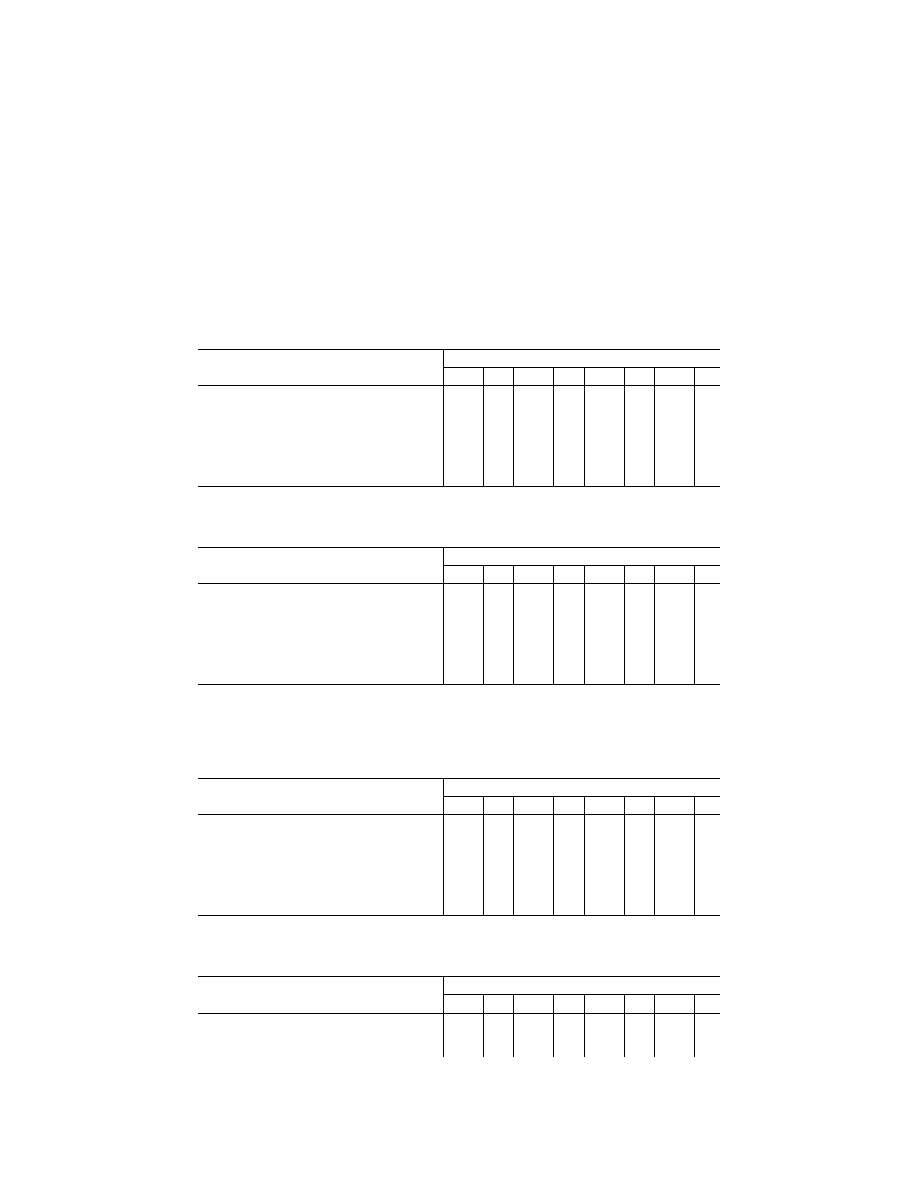
277
Federal Aviation Administration, DOT
Pt. 121, App. C
Ref. Fig. 3(a)(2).
(b) Alternate Airports.
Effective length
of runway required when effective length is determined in accordance with
§ 121.171 with zero wind and zero gradient.
(1) Curtiss model C–46 certificated for maximum weight of 45,000 pounds.
(0.70 factor.)
Distance in feet
Standard altitude in feet
Airplane weight in pounds and approach speeds
1
in knots
40,000
V
50
42,000
V
50
44,000
V
50
45,000
V
50
S.L .........................................................................................
3,700
86
3,860
88
4,030
90
4,110
91
1,000 .....................................................................................
3,800
86
3,960
88
4,140
90
4,220
91
2,000 .....................................................................................
3,900
86
4,070
88
4,250
90
4,340
91
3,000 .....................................................................................
4,000
86
4,180
88
4,360
90
4,450
91
4,000 .....................................................................................
4,110
86
4,290
88
4,470
90
4,560
91
5,000 .....................................................................................
4,210
86
4,400
88
4,590
90
4,680
91
6,000 .....................................................................................
4,330
86
4,510
88
4,710
90
4,800
91
7,000 .....................................................................................
4,430
86
4,630
88
4,840
90
4,930
91
8,000 .....................................................................................
4,550
86
4,750
88
4,970
90
5,060
91
1
Steady approach speed through 50 foot-height-knots TIAS denoted by symbol V
50
.
Ref. Fig. 3(b)(1).
(2) Curtiss model C–46 certificated for maximum weight of 48,000 pounds.
1
(0.70 factor.)
Distance in feet
Standard altitude in feet
Airplane weight in pounds and approach speeds
2
in knots
42,000
V
50
44,000
V
50
46,000
V
50
48,000
V
50
S.L .........................................................................................
2,890
80
3,000
82
3,110
84
3,220
86
1,000 .....................................................................................
2,960
80
3,070
82
3,180
84
3,280
86
2,000 .....................................................................................
3,040
80
3,150
82
3,260
84
3,360
86
3,000 .....................................................................................
3,110
80
3,220
82
3,340
84
3,440
86
4,000 .....................................................................................
3,180
80
3,300
82
3,410
84
3,520
86
5,000 .....................................................................................
3,260
80
3,380
82
3,500
84
3,610
86
6,000 .....................................................................................
3,330
80
3,460
82
3,580
84
3,700
86
7,000 .....................................................................................
3,420
80
3,540
82
3,670
84
3,800
86
8,000 .....................................................................................
3,500
80
3,630
82
3,760
84
3,900
86
1
For use with Curtiss model C–46 airplanes when approved for this weight.
2
Steady approach speed through 50 foot-height-knots TIAS denoted by symbol V
50
.
Ref. Fig. 3(b)(2).
(c) Actual length of runway required when effective length, considering obstacles, is not de-
termined in accordance with § 121.171.
(1) Curtiss model C–46 certificated for maximum weight of 45,000 pounds.
(0.55 factor.)
Distance in feet
Standard altitude in feet
Airplane weight in pounds and approach speeds
1
in knots
40,000
V
50
42,000
V
50
44,000
V
50
45,000
V
50
S.L .........................................................................................
4,710
86
4,910
88
5,130
90
5,230
91
1,000 .....................................................................................
4,840
86
5,050
88
5,270
90
5,370
91
2,000 .....................................................................................
4,960
86
5,180
88
5,410
90
5,510
91
3,000 .....................................................................................
5,090
86
5,320
88
5,550
90
5,660
91
4,000 .....................................................................................
5,230
86
5,460
88
5,700
90
5,810
91
5,000 .....................................................................................
5,360
86
5,600
88
5,850
90
5,960
91
6,000 .....................................................................................
5,500
86
5,740
88
6,000
90
6,110
91
7,000 .....................................................................................
5,640
86
5,900
88
6,170
90
6,280
91
8,000 .....................................................................................
5,790
86
6,050
88
6,340
90
6,450
91
1
Steady approach speed through 50 foot-height-knots TIAS denoted by symbol V
50
.
Ref. Fig. 3(c)(1).
(2) Curtiss C–46 certificated for maximum weight of 48,000 pounds.
1
(0.55 factor.)
Distance in feet
Standard altitude in feet
Airplane weight in pounds and approach speeds
2
in knots
42,000
V
50
44,000
V
50
46,000
V
50
48,000
V
50
S.L .........................................................................................
3,680
80
3,820
82
3,960
84
4,090
86
1,000 .....................................................................................
3,770
80
3,910
82
4,050
84
4,180
86
2,000 .....................................................................................
3,860
80
4,000
82
4,140
84
4,280
86
3,000 .....................................................................................
3,960
80
4,090
82
4,240
84
4,380
86
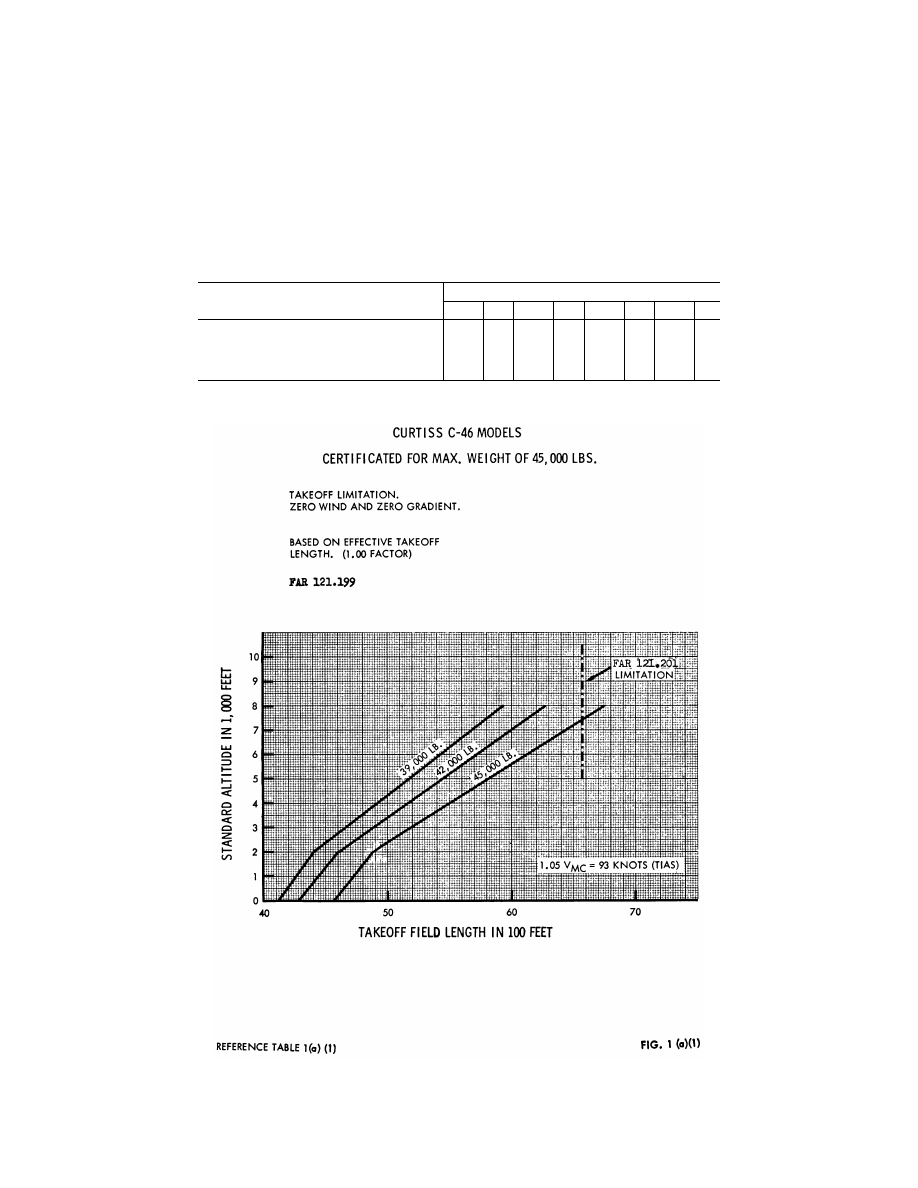
278
14 CFR Ch. I (1–1–24 Edition)
Pt. 121, App. C
Distance in feet
Standard altitude in feet
Airplane weight in pounds and approach speeds
2
in knots
42,000
V
50
44,000
V
50
46,000
V
50
48,000
V
50
4,000 .....................................................................................
4,050
80
4,190
82
4,340
84
4,490
86
5,000 .....................................................................................
4,150
80
4,290
82
4,450
84
4,600
86
6,000 .....................................................................................
4,240
80
4,400
82
4,560
84
4,710
86
7,000 .....................................................................................
4,350
80
4,510
82
4,670
84
4,840
86
8,000 .....................................................................................
4,450
80
4,620
82
4,790
84
4,960
86
1
For use with Curtiss model C–46 airplanes when approved for this weight.
2
Steady approach speed through 50 foot-height-knots TIAS denoted by symbol V
50
.
Ref. Fig. 3(c)(2).
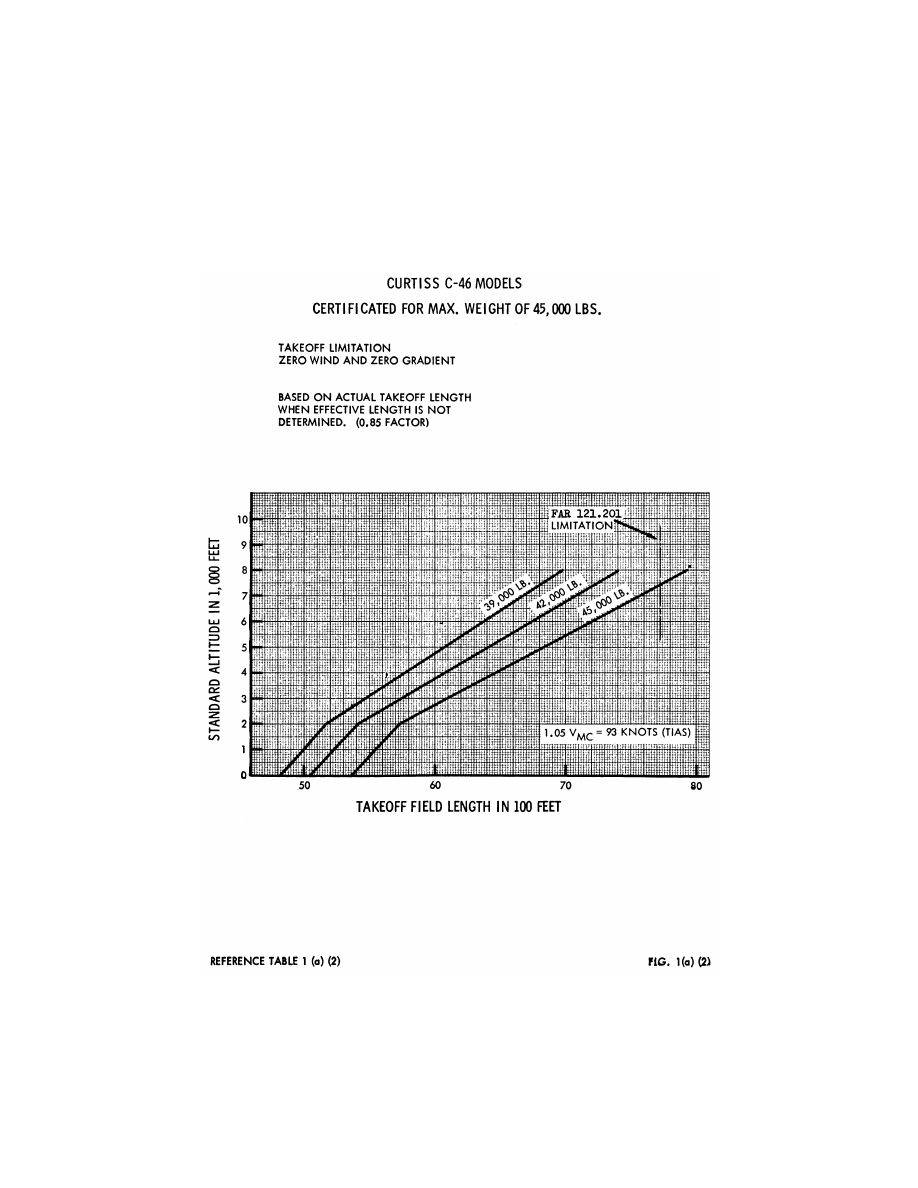
279
Federal Aviation Administration, DOT
Pt. 121, App. C
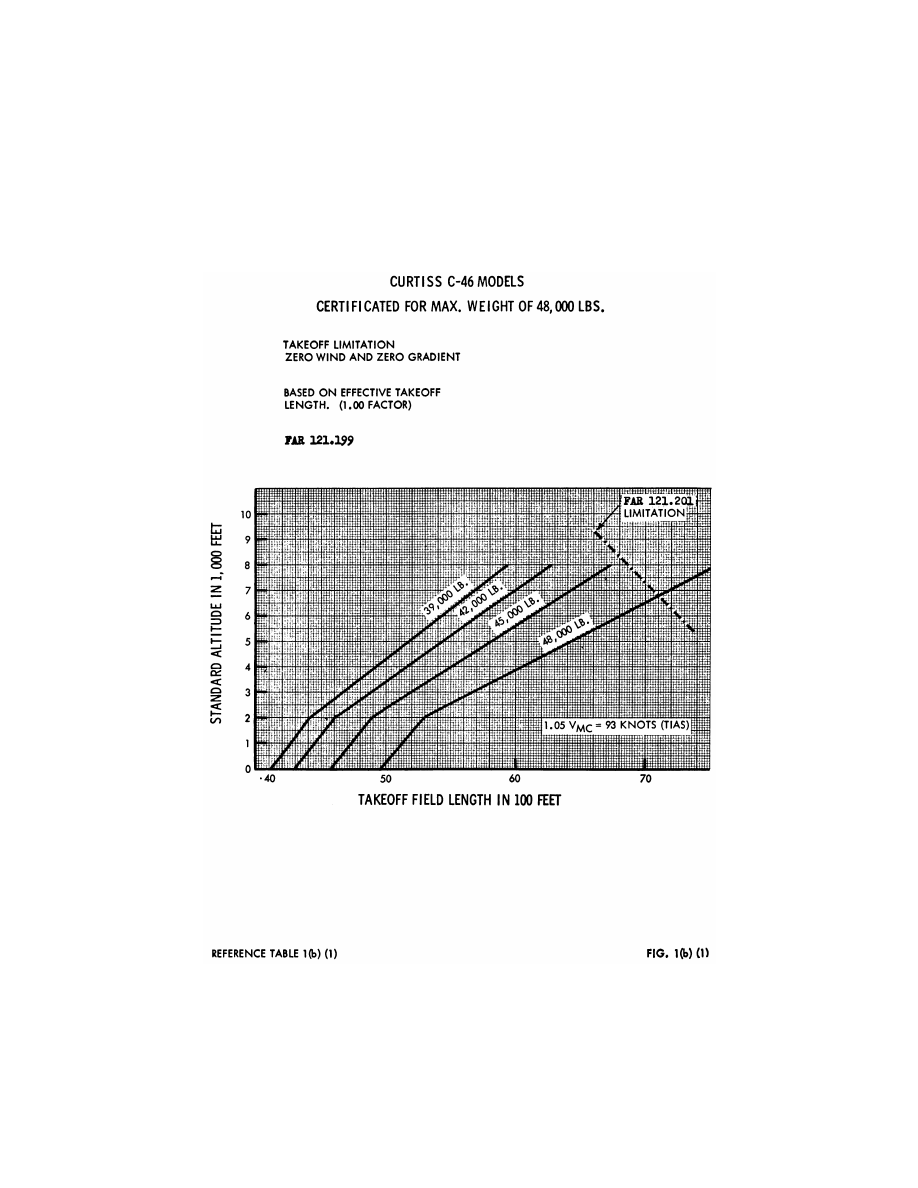
280
14 CFR Ch. I (1–1–24 Edition)
Pt. 121, App. C
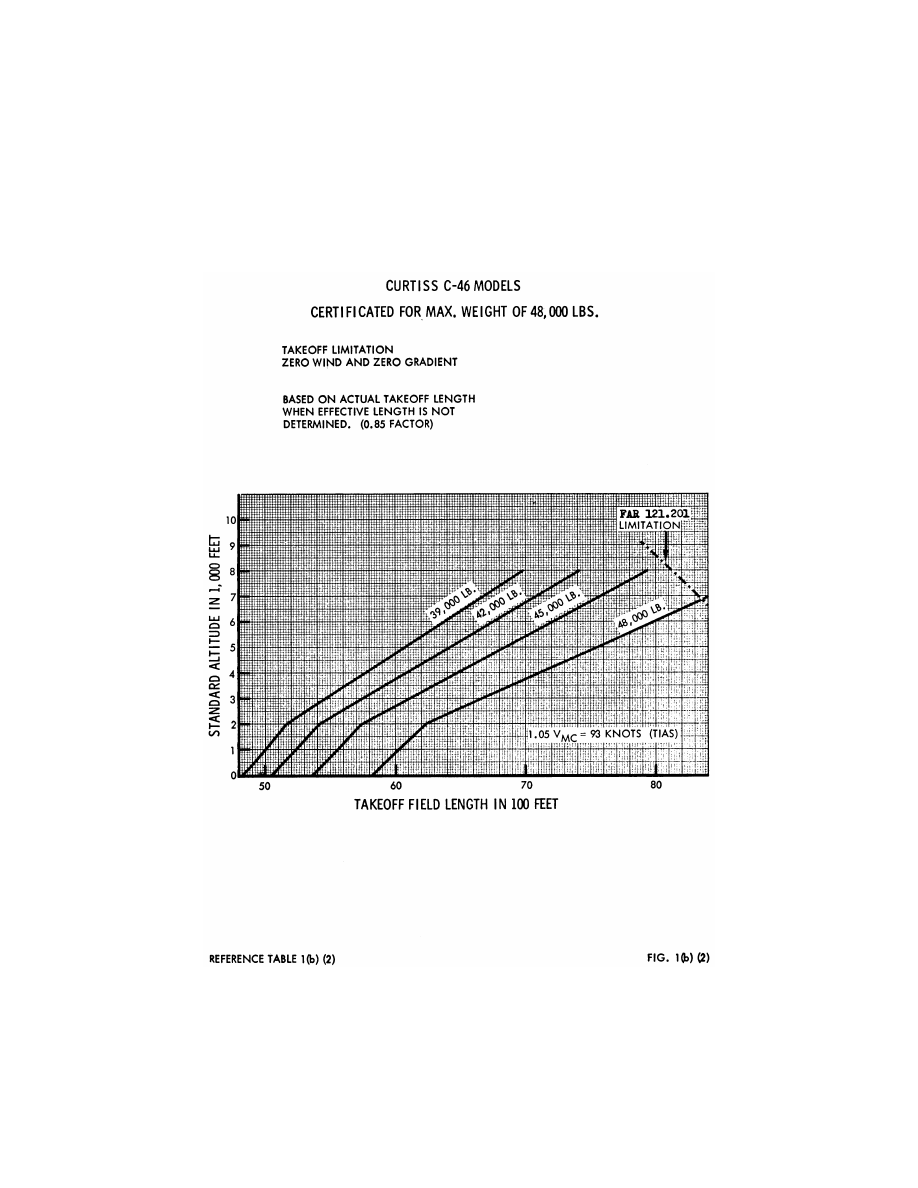
281
Federal Aviation Administration, DOT
Pt. 121, App. C
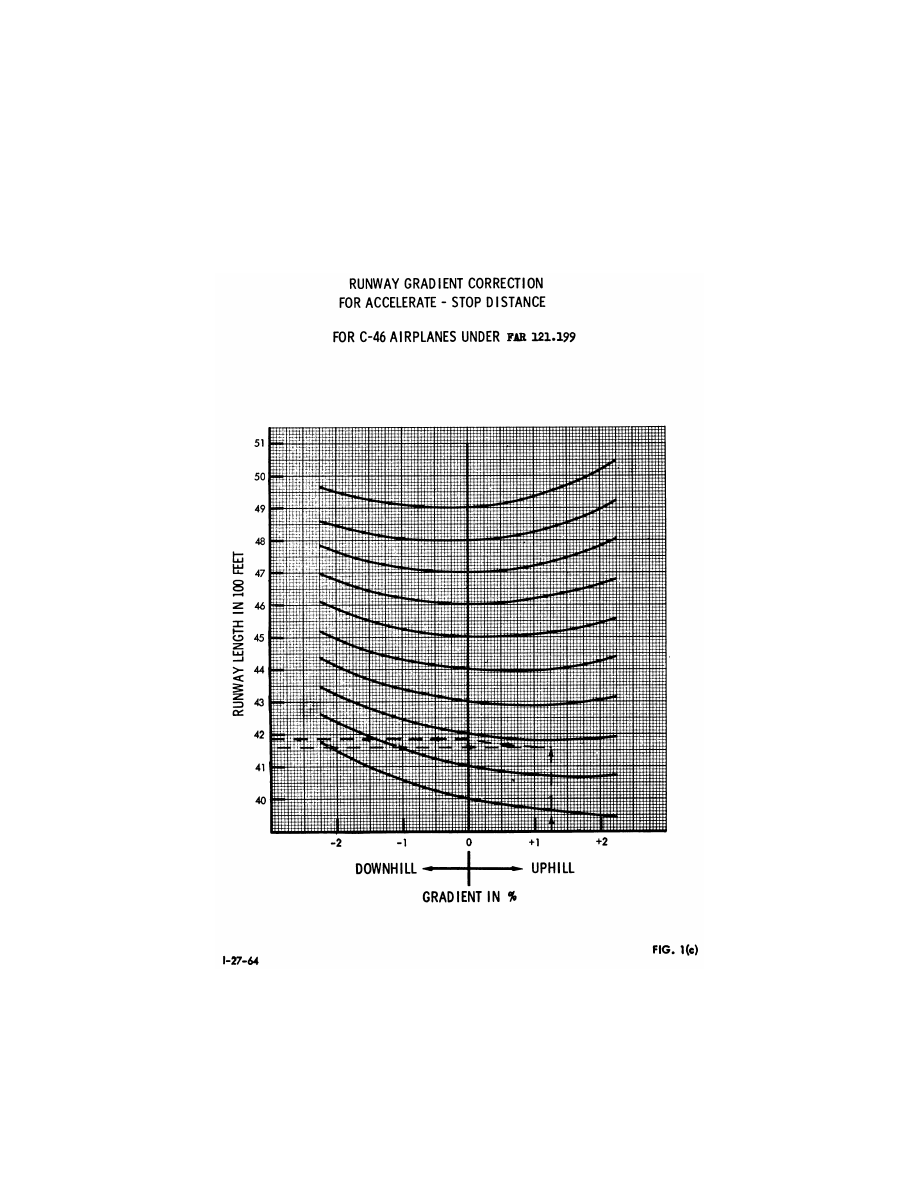
282
14 CFR Ch. I (1–1–24 Edition)
Pt. 121, App. C
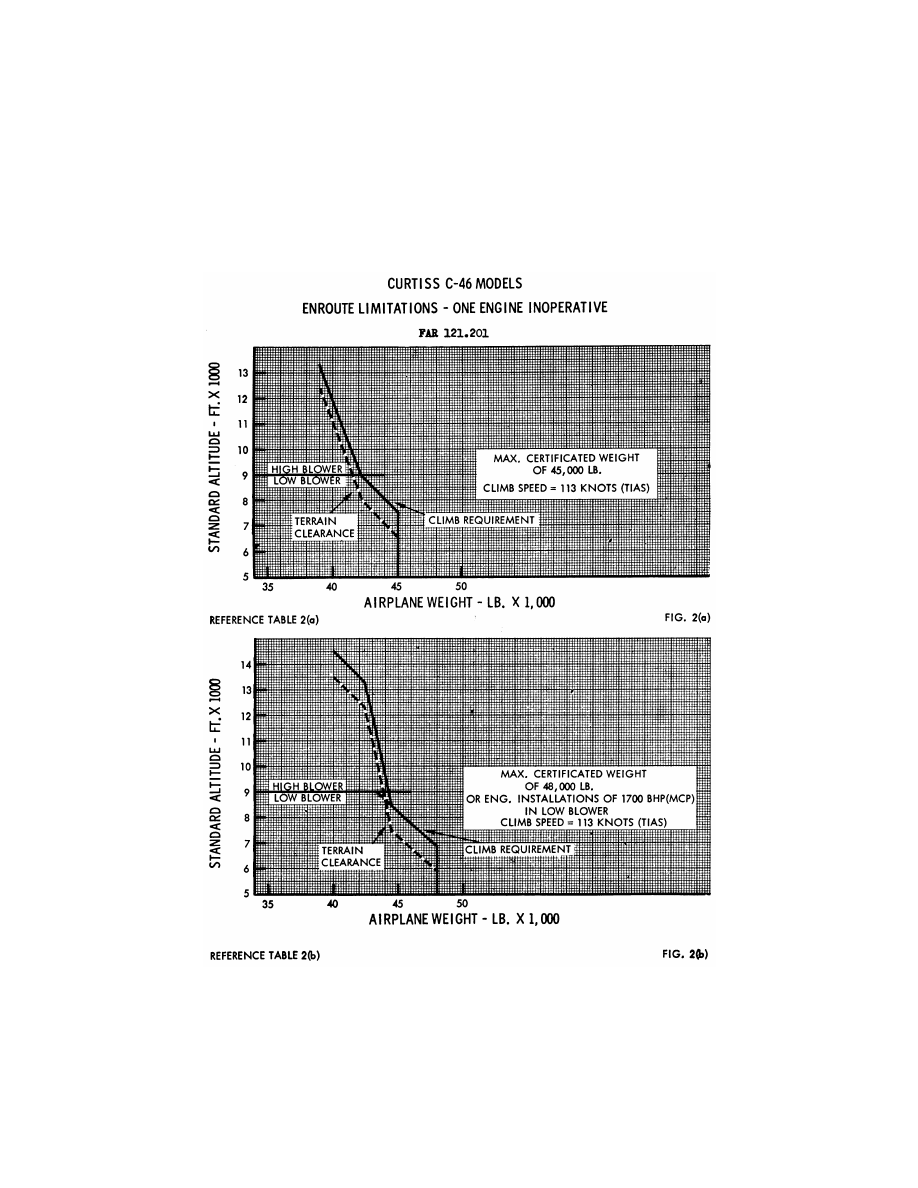
283
Federal Aviation Administration, DOT
Pt. 121, App. C
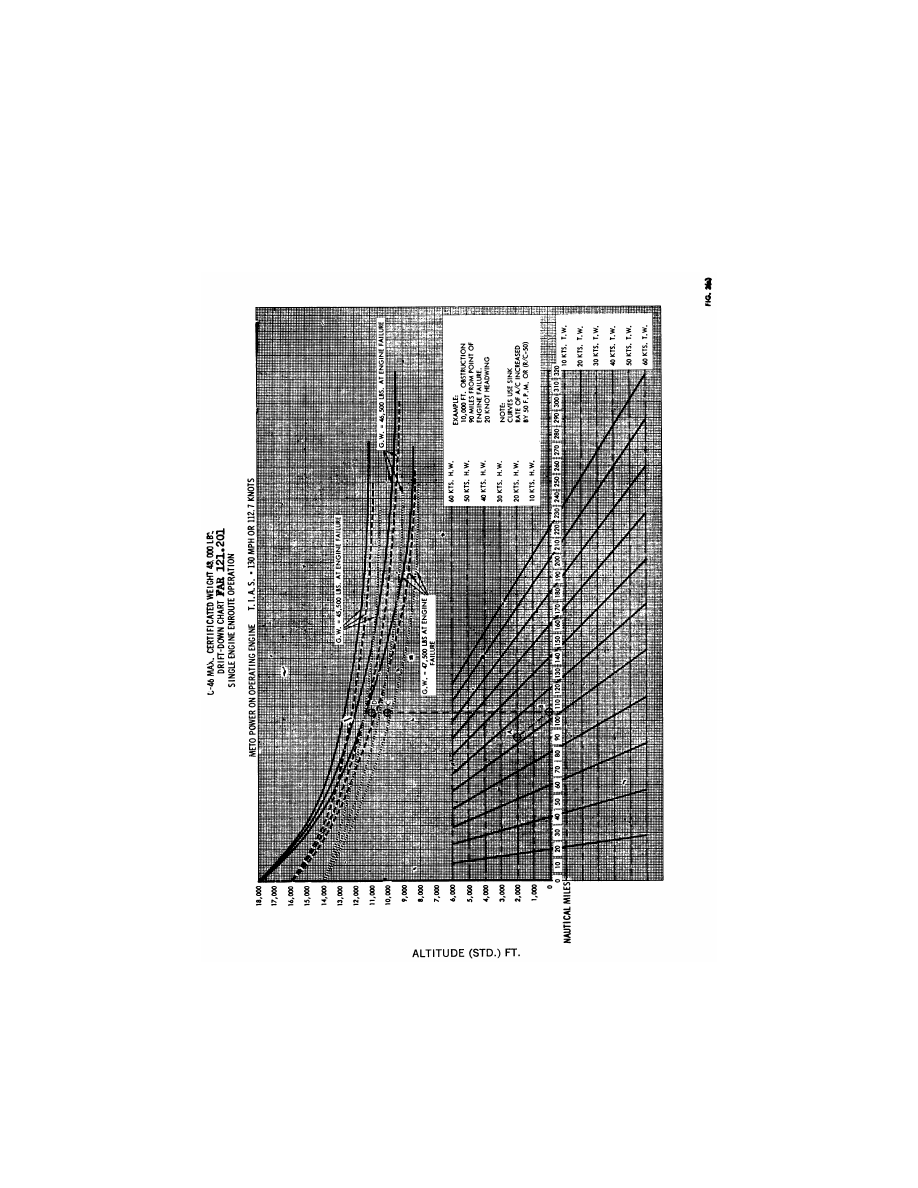
284
14 CFR Ch. I (1–1–24 Edition)
Pt. 121, App. C
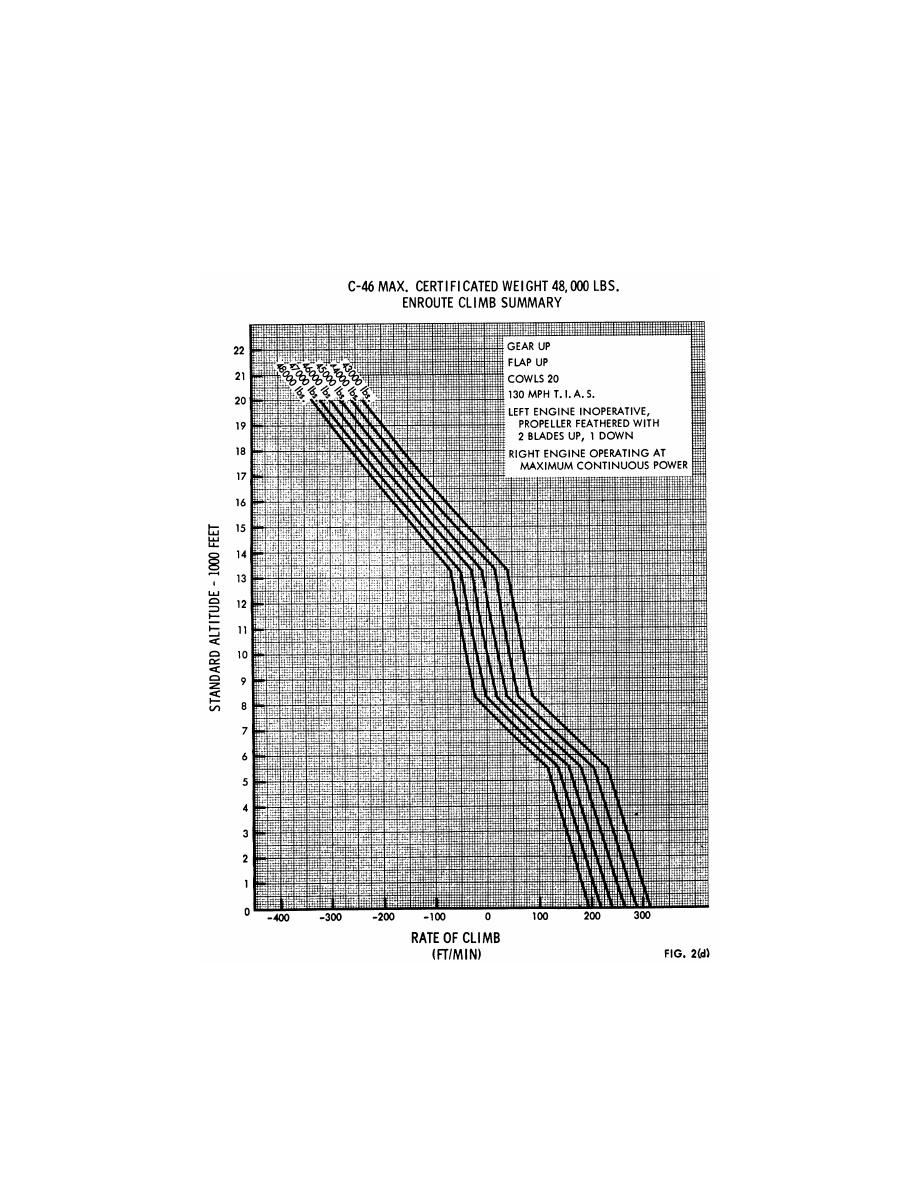
285
Federal Aviation Administration, DOT
Pt. 121, App. C
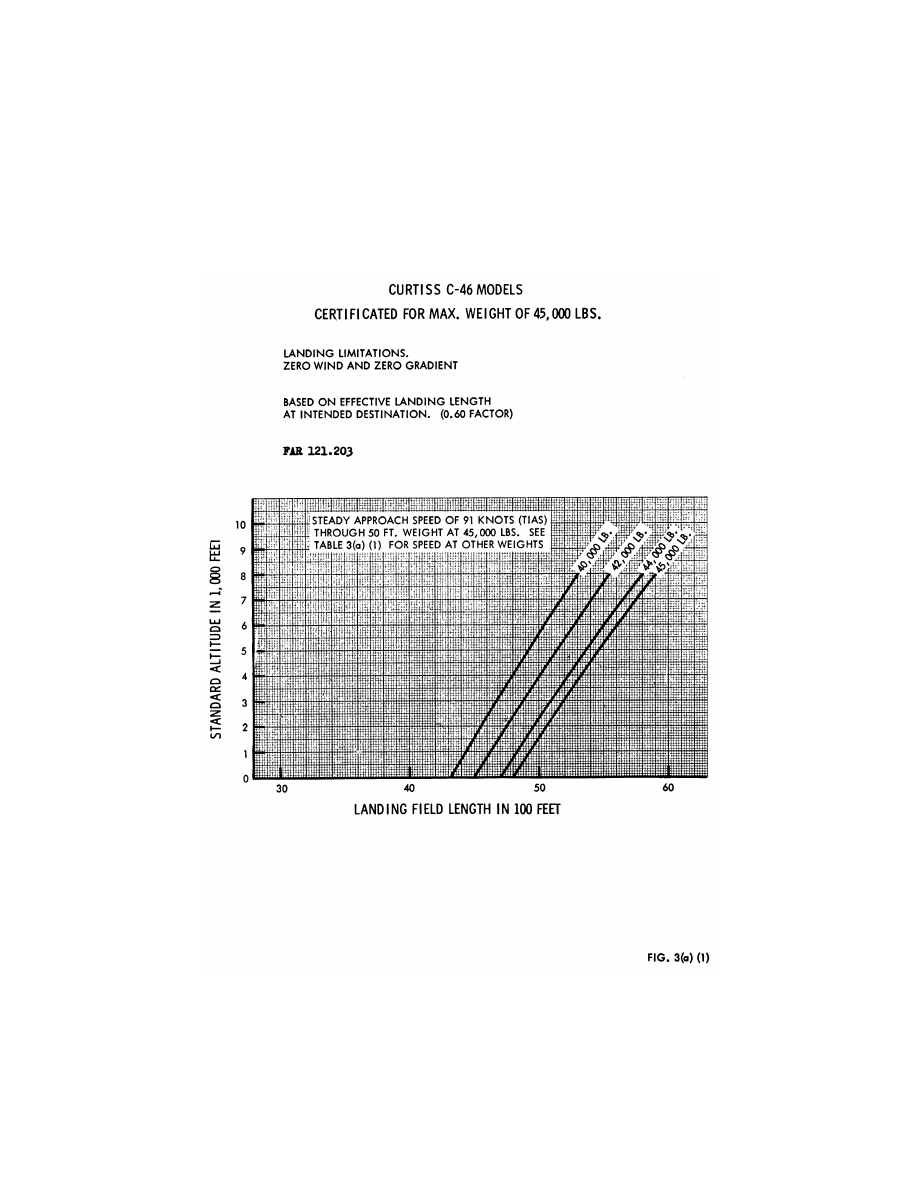
286
14 CFR Ch. I (1–1–24 Edition)
Pt. 121, App. C
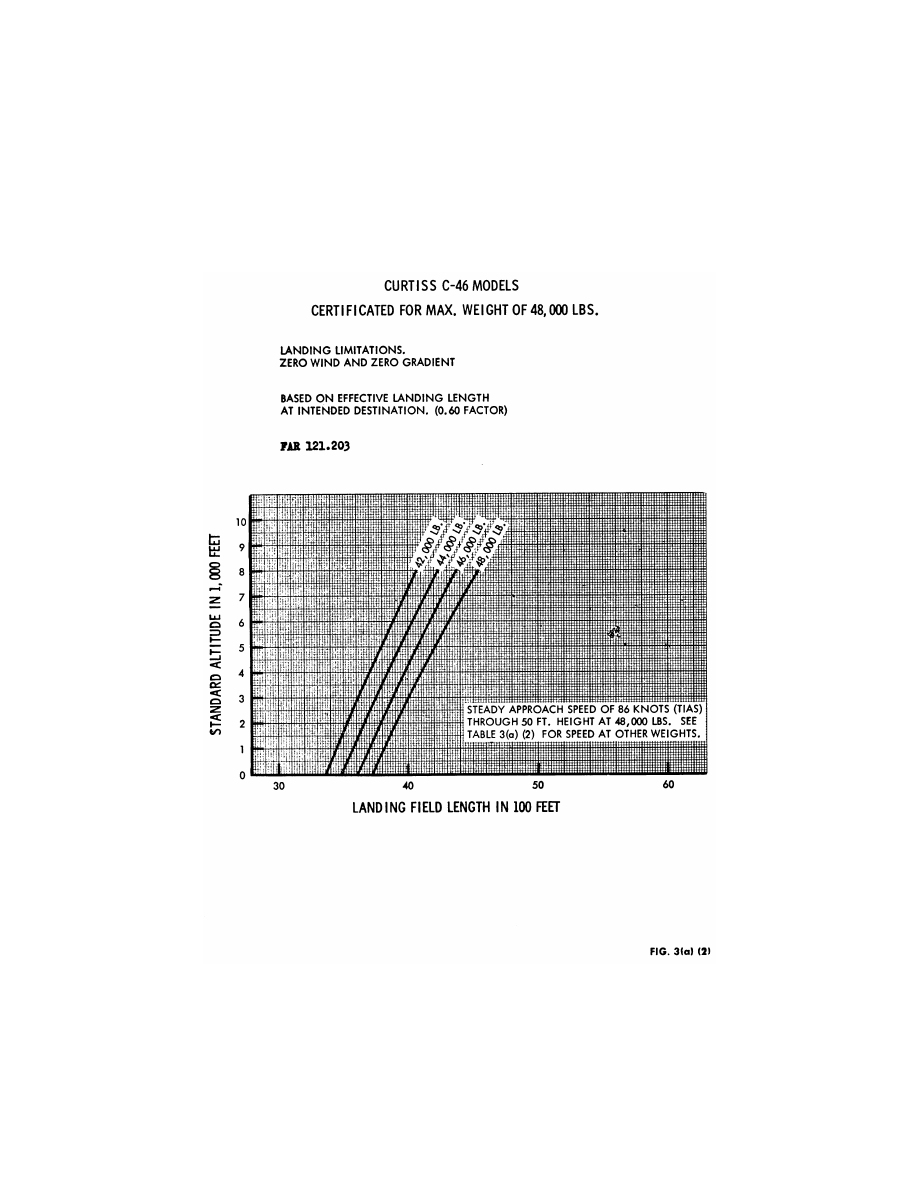
287
Federal Aviation Administration, DOT
Pt. 121, App. C
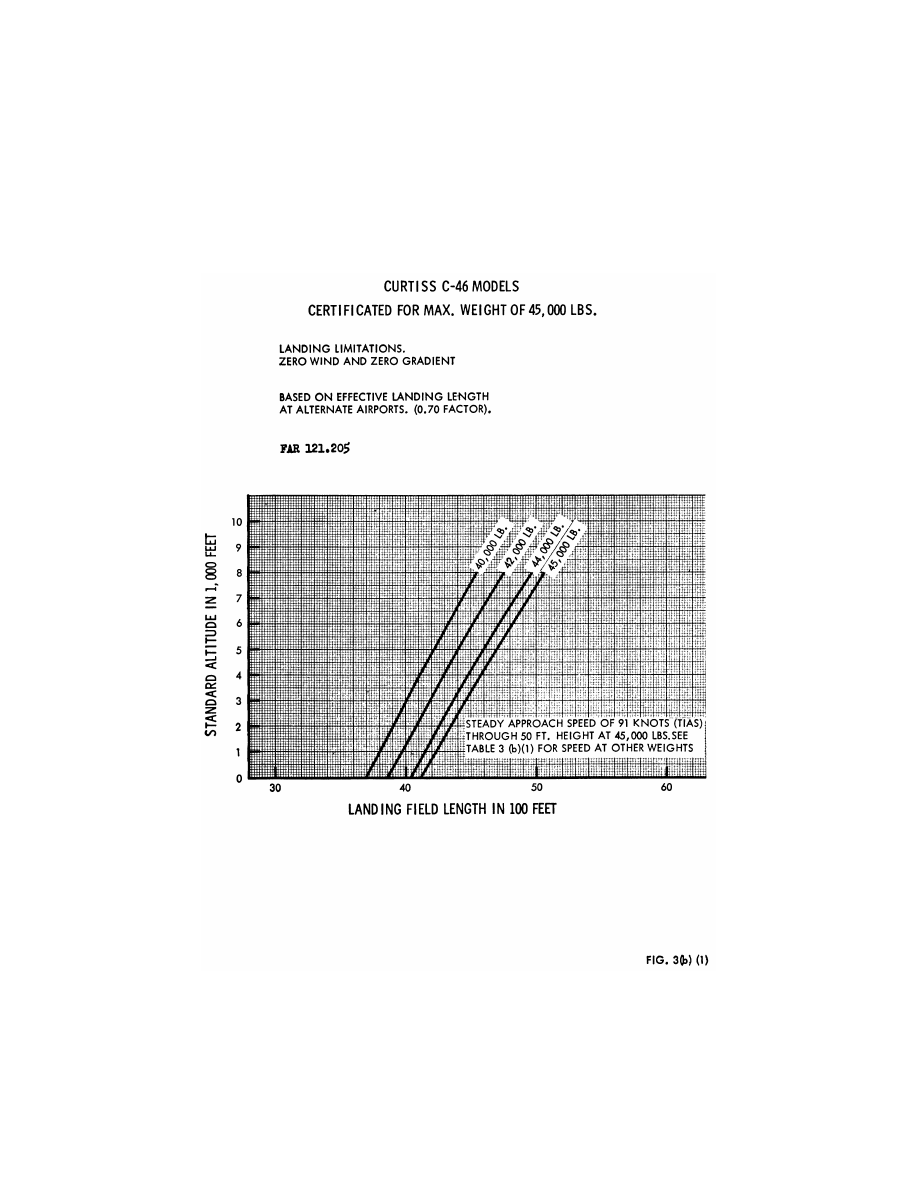
288
14 CFR Ch. I (1–1–24 Edition)
Pt. 121, App. C
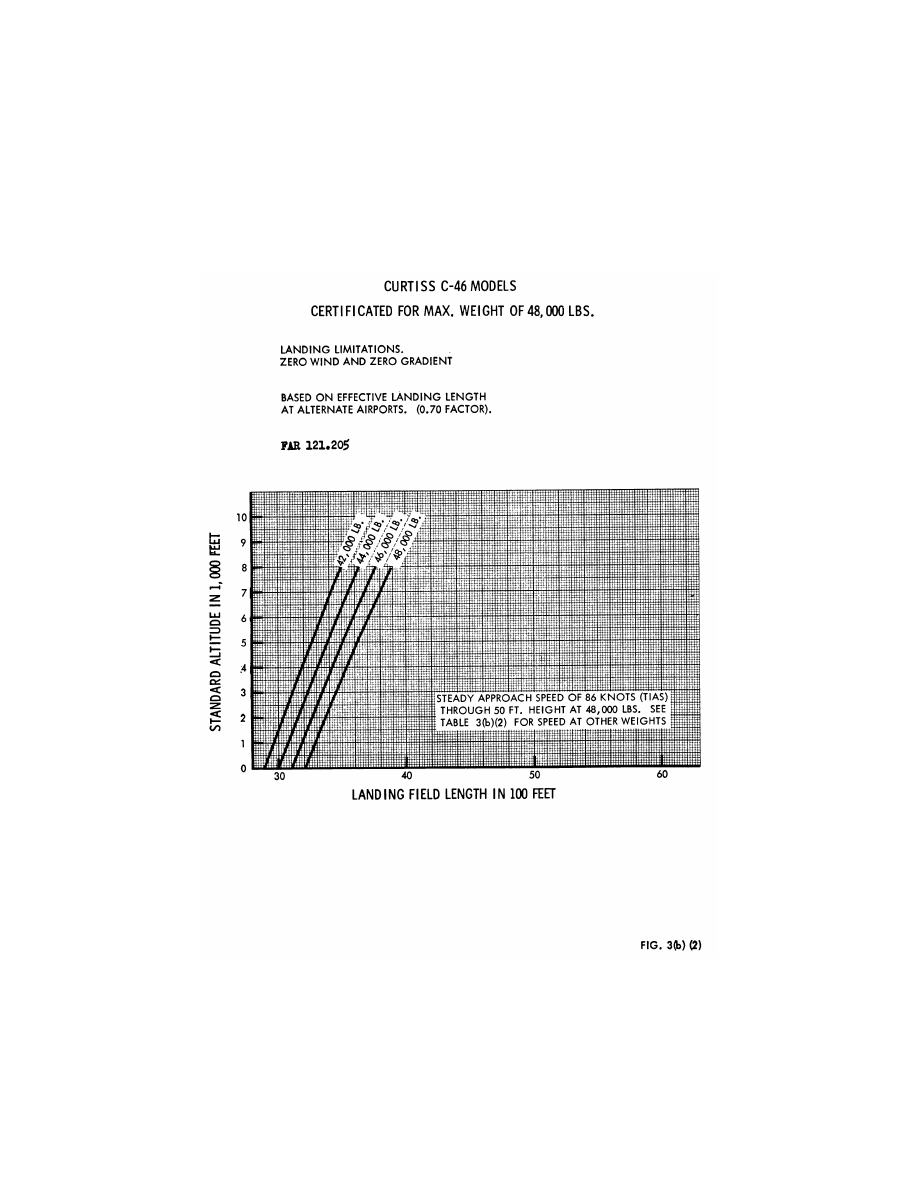
289
Federal Aviation Administration, DOT
Pt. 121, App. C
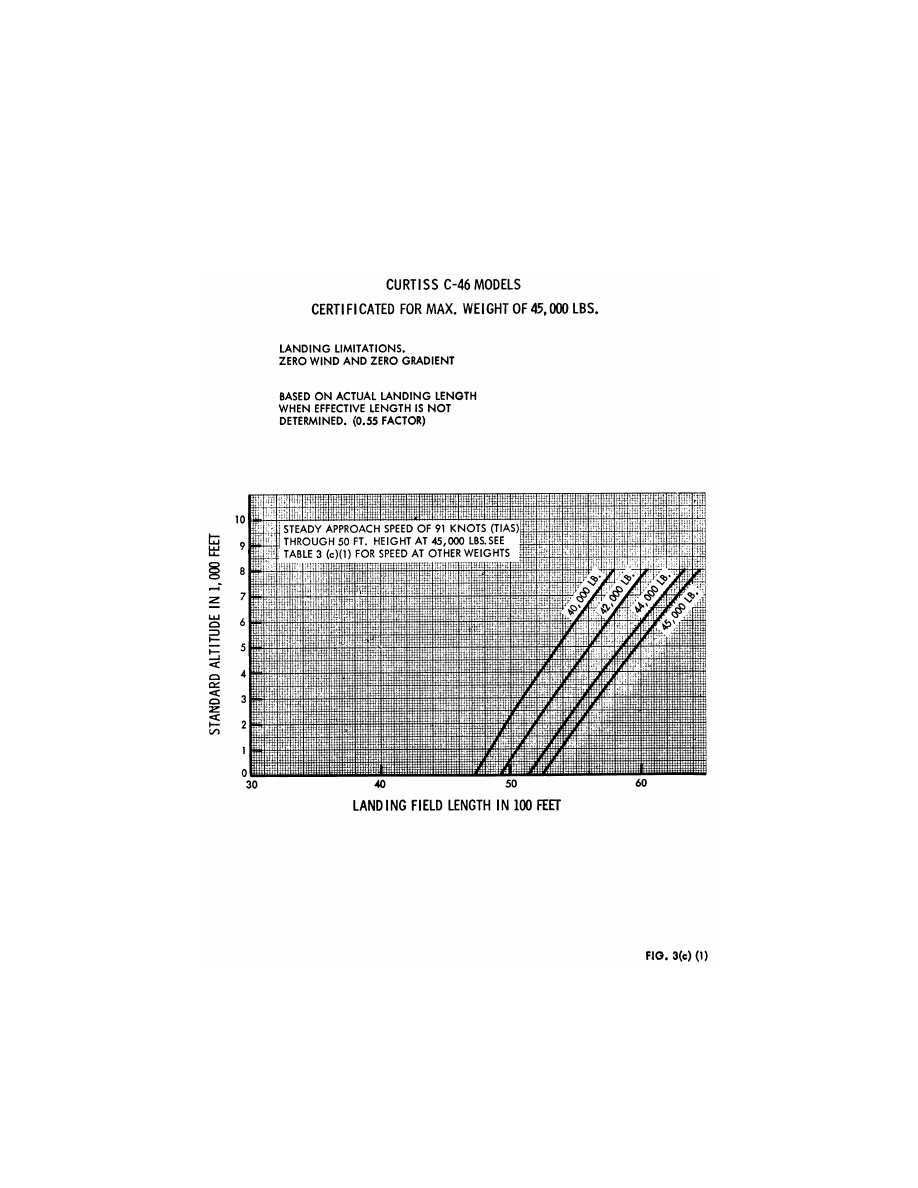
290
14 CFR Ch. I (1–1–24 Edition)
Pt. 121, App. C
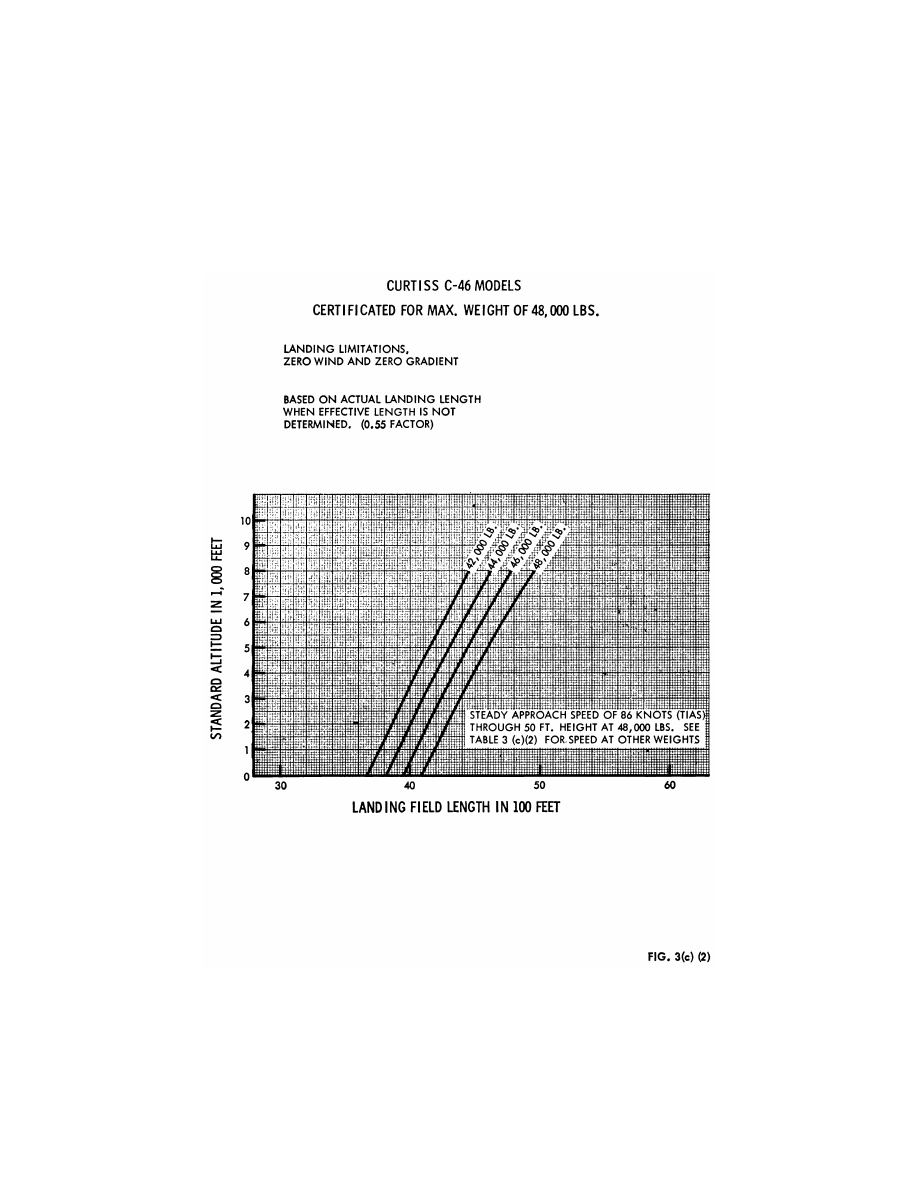
291
Federal Aviation Administration, DOT
Pt. 121, App. C
[Doc. No. 4080, 30 FR 258, Jan. 3, 1965; 30 FR 481, Jan. 14, 1965, as amended by Amdt. 121–207,
54 FR 39293, Sept. 25, 1989; Docket FAA–2018–0119, Amdt. 121–380, 83 FR 9173, Mar. 5, 2018]
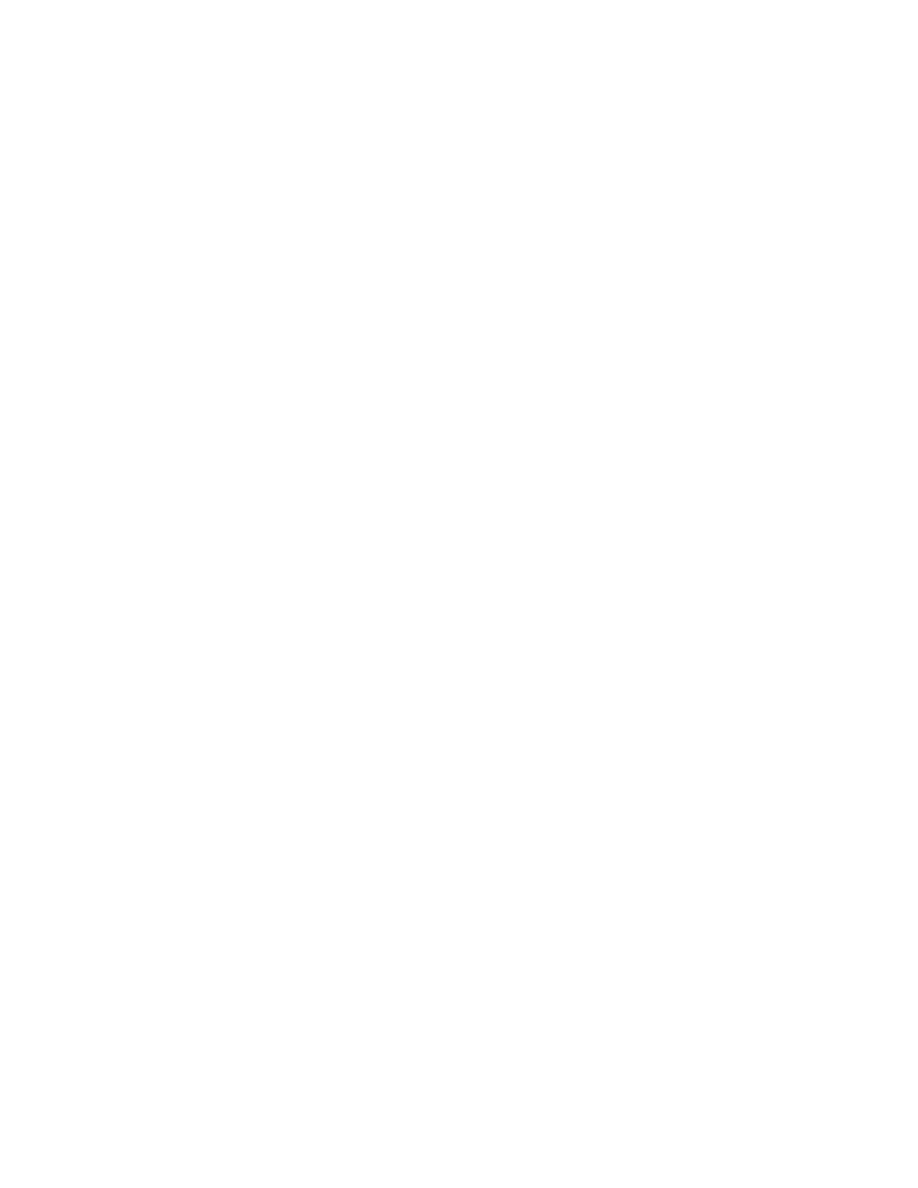
292
14 CFR Ch. I (1–1–24 Edition)
Pt. 121, App. D
A
PPENDIX
D
TO
P
ART
121—C
RITERIA FOR
D
EMONSTRATION
OF
E
MERGENCY
E
VACUATION
P
ROCEDURES
U
NDER
§ 121.291
(a)
Aborted takeoff demonstration.
(1) The
demonstration must be conducted either dur-
ing the dark of the night or during daylight
with the dark of the night simulated. If the
demonstration is conducted indoors during
daylight hours, it must be conducted with
each window covered and each door closed to
minimize the daylight effect. Illumination
on the floor or ground may be used, but it
must be kept low and shielded against shin-
ing into the airplane’s windows or doors.
(2) The airplane must be a normal ground
attitude with landing gear extended.
(3) Unless the airplane is equipped with an
off-wing descent means, stands or ramps may
be used for descent from the wing to the
ground. Safety equipment such as mats or
inverted life rafts may be placed on the floor
or ground to protect participants. No other
equipment that is not part of the emergency
evacuation equipment of the airplane may be
used to aid the participants in reaching the
ground.
(4) The airplane’s normal electrical power
sources must be deenergized.
(5) All emergency equipment for the type
of passenger-carrying operation involved
must be installed in accordance with the cer-
tificate holder’s manual.
(6) Each external door and exit, and each
internal door or curtain must be in position
to simulate a normal takeoff.
(7) A representative passenger load of per-
sons in normal health must be used. At least
40 percent of the passenger load must be fe-
males. At least 35 percent of the passenger
load must be over 50 years of age. At least 15
percent of the passenger load must be female
and over 50 year of age. Three life-size dolls,
not included as part of the total passenger
load, must be carried by passengers to simu-
late live infants 2 years old or younger.
Crewmembers, mechanics, and training per-
sonnel, who maintain or operate the airplane
in the normal course of their duties, may not
be used as passengers.
(8) No passenger may be assigned a specific
seat except as the Administrator may re-
quire. Except as required by item (12) of this
paragraph, no employee of the certificate
holder may be seated next to an emergency
exit.
(9) Seat belts and shoulder harnesses (as
required) must be fastened.
(10) Before the start of the demonstration,
approximately one-half of the total average
amount of carry-on baggage, blankets, pil-
lows, and other similar articles must be dis-
tributed at several locations in the aisles
and emergency exit access ways to create
minor obstructions.
(11) The seating density and arrangement
of the airplane must be representative of the
highest capacity passenger version of that
airplane the certificate holder operates or
proposes to operate.
(12) Each crewmember must be a member
of a regularly scheduled line crew, except
that flight crewmembers need not be mem-
bers of a regularly scheduled line crew, pro-
vided they have knowledge of the airplane.
Each crewmember must be seated in the seat
the crewmember is normally assigned for
takeoff, and must remain in that seat until
the signal for commencement of the dem-
onstration is received.
(13) No crewmember or passenger may be
given prior knowledge of the emergency
exits available for the demonstration.
(14) The certificate holder may not prac-
tice, rehearse, or describe the demonstration
for the participants nor may any participant
have taken part in this type of demonstra-
tion within the preceding 6 months.
(15) The pretakeoff passenger briefing re-
quired by § 121.571 may be given in accord-
ance with the certificate holder’s manual.
The passengers may also be warned to follow
directions of crewmembers, but may not be
instructed on the procedures to be followed
in the demonstration.
(16) If safety equipment as allowed by item
(3) of this section is provided, either all pas-
senger and cockpit windows must be blacked
out or all of the emergency exits must have
safety equipment in order to prevent disclo-
sure of the available emergency exits.
(17) Not more than 50 percent of the emer-
gency exits in the sides of the fuselage of an
airplane that meet all of the requirements
applicable to the required emergency exits
for that airplane may be used for the dem-
onstration. Exits that are not to be used in
the demonstration must have the exit handle
deactivated or must be indicated by red
lights, red tape, or other acceptable means,
placed outside the exits to indicate fire or
other reason that they are unusable. The
exits to be used must be representative of all
of the emergency exits on the airplane and
must be designated by the certificate holder,
subject to approval by the Administrator. At
least one floor level exit must be used.
(18) Except as provided in paragraph (a)(3)
of this appendix, all evacuees must leave the
airplane by a means provided as part of the
airplane’s equipment.
(19) The certificate holder’s approved pro-
cedures and all of the emergency equipment
that is normally available, including slides,
ropes, lights, and megaphones, must be fully
utilized during the demonstration, except
that the flightcrew must take no active role
in assisting others inside the cabin during
the demonstration.
(20) The evacuation time period is com-
pleted when the last occupant has evacuated
the airplane and is on the ground. Evacuees
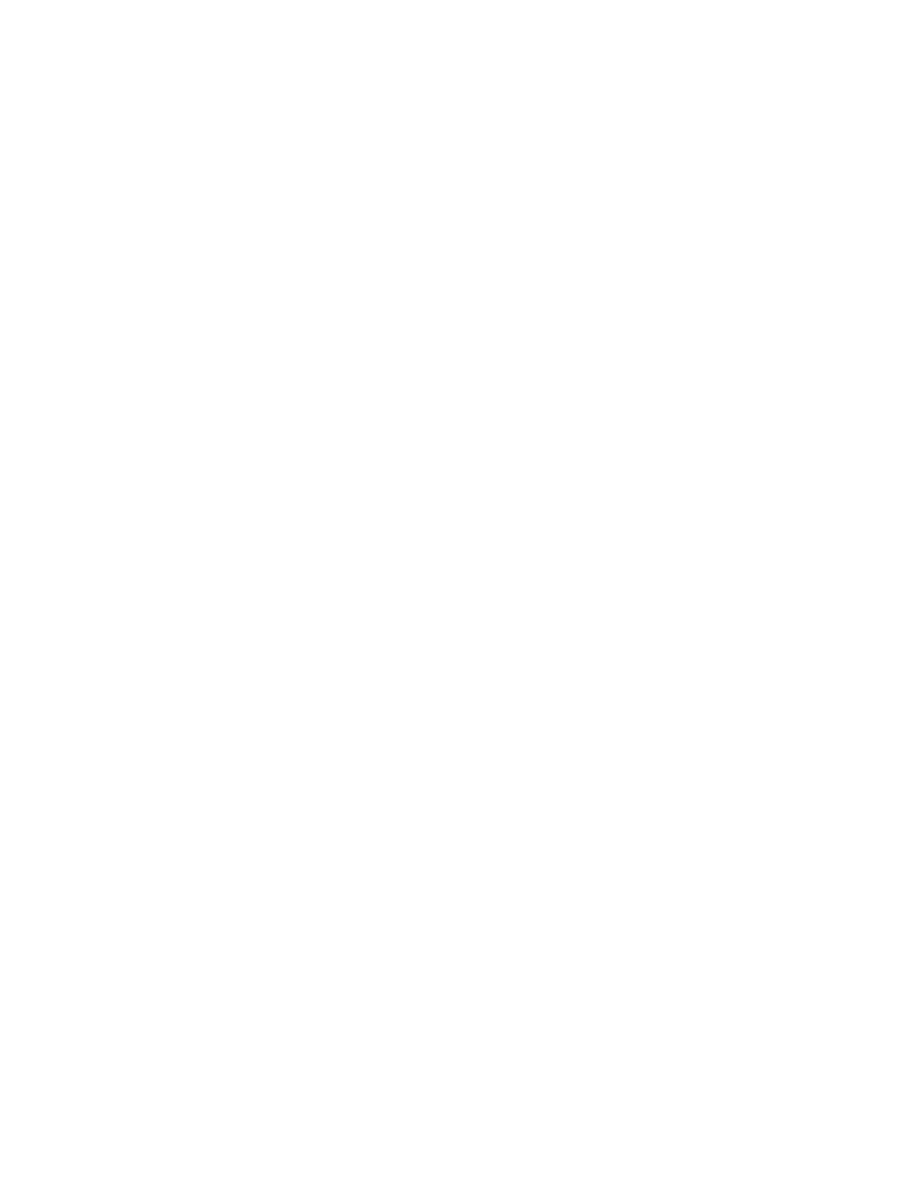
293
Federal Aviation Administration, DOT
Pt. 121, App. E
using stands or ramps allowed by item (3)
above are considered to be on the ground
when they are on the stand or ramp:
Pro-
vided,
That the acceptance rate of the stand
or ramp is no greater than the acceptance
rate of the means available on the airplane
for descent from the wing during an actual
crash situation.
(b)
Ditching demonstration.
The demonstra-
tion must assume that daylight hours exist
outside the airplane, and that all required
crewmembers are available for the dem-
onstration.
(1) If the certificate holder’s manual re-
quires the use of passengers to assist in the
launching of liferafts, the needed passengers
must be aboard the airplane and participate
in the demonstration according to the man-
ual.
(2) A stand must be placed at each emer-
gency exit and wing, with the top of the plat-
form at a height simulating the water level
of the airplane following a ditching.
(3) After the ditching signal has been re-
ceived, each evacuee must don a life vest ac-
cording to the certificate holder’s manual.
(4) Each liferaft must be launched and in-
flated, according to the certificate holder’s
manual, and all other required emergency
equipment must be placed in rafts.
(5) Each evacuee must enter a liferaft, and
the crewmembers assigned to each liferaft
must indicate the location of emergency
equipment aboard the raft and describe its
use.
(6) Either the airplane, a mockup of the
airplane or a floating device simulating a
passenger compartment must be used.
(i) If a mockup of the airplane is used, it
must be a life-size mockup of the interior
and representative of the airplane currently
used by or proposed to be used by the certifi-
cate holder, and must contain adequate seats
for use of the evacuees. Operation of the
emergency exits and the doors must closely
simulate those on the airplane. Sufficient
wing area must be installed outside the over-
the-wing exits to demonstrate the evacu-
ation.
(ii) If a floating device simulating a pas-
senger compartment is used, it must be rep-
resentative, to the extent possible, of the
passenger compartment of the airplane used
in operations. Operation of the emergency
exits and the doors must closely simulate op-
eration on that airplane. Sufficient wing
area must be installed outside the over-the-
wing exits to demonstrate the evacuation.
The device must be equipped with the same
survival equipment as is installed on the air-
plane, to accommodate all persons partici-
pating in the demonstration.
[Doc. No. 2033, 30 FR 3206, Mar. 9, 1965, as
amended by Amdt. 121–30, 32 FR 13268, Sept.
20, 1967; Amdt. 121–41, 33 FR 9067, June 20,
1968; Amdt. 121–46, 34 FR 5545, Mar. 22, 1969;
Amdt. 121–47, 34 FR 11489, July 11, 1969;
Amdt. 121–233, 58 FR 45230, Aug. 26, 1993]
A
PPENDIX
E
TO
P
ART
121—F
LIGHT
T
RAINING
R
EQUIREMENTS
(a) The maneuvers and procedures required
by § 121.424 for pilot initial, transition, and
conversion flight training are set forth in
the certificate holder’s approved low-alti-
tude windshear flight training program,
§ 121.423 extended envelope training, and in
this appendix. The maneuvers and proce-
dures required for upgrade training in ac-
cordance with § 121.424 are set forth in this
appendix and in the certificate holder’s ap-
proved low-altitude windshear flight train-
ing program and § 121.423 extended envelope
training. For the maneuvers and procedures
required for upgrade training in accordance
with § 121.426, this appendix designates the
airplane or FSTD, as appropriate, that may
be used.
(b) All required maneuvers and procedures
must be performed inflight except that
windshear and extended envelope training
maneuvers and procedures must be per-
formed in a full flight simulator (FFS) in
which the maneuvers and procedures are spe-
cifically authorized to be accomplished. Cer-
tain other maneuvers and procedures may be
performed in an FFS, an FTD, or a static
airplane as indicated by the appropriate
symbol in the respective column opposite
the maneuver or procedure.
(c) Whenever a maneuver or procedure is
authorized to be performed in an FTD, it
may be performed in an FFS, and in some
cases, a static airplane. Whenever the re-
quirement may be performed in either an
FTD or a static airplane, the appropriate
symbols are entered in the respective col-
umns.
(d) A Level B or higher FFS may be used
instead of the airplane to satisfy the inflight
requirements if the FFS is approved under
§ 121.407 and is used as part of an approved
program that meets the requirements for an
Advanced Simulation Training Program in
Appendix H of this part.
(e) For the purpose of this appendix, the
following symbols mean—
I = Pilot in Command (PIC) and Second in
Command (SIC) initial training
T = PIC and SIC transition training
U = SIC to PIC upgrade training
C = Flight engineer (FE) to SIC conversion
training
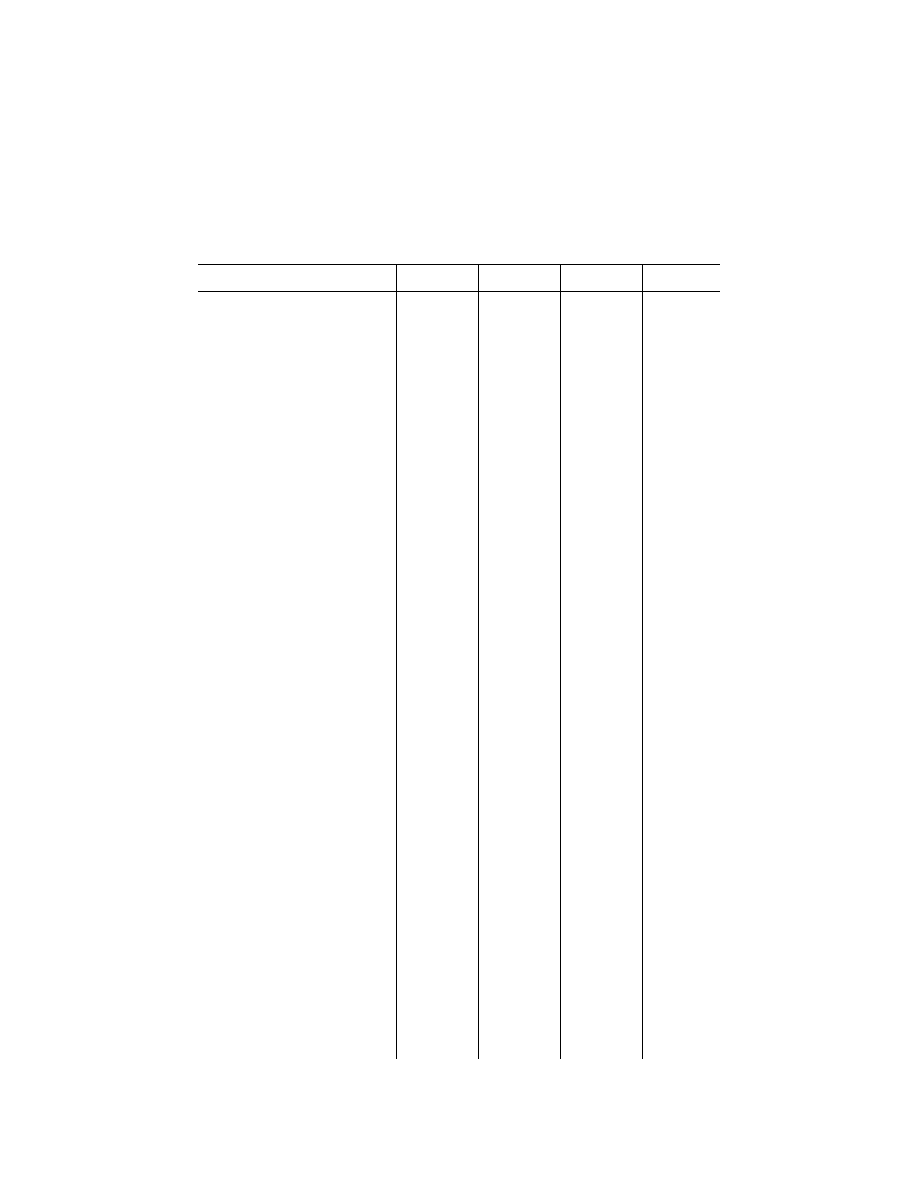
294
14 CFR Ch. I (1–1–24 Edition)
Pt. 121, App. E
Maneuvers/procedures
Inflight
Static
airplane
FFS
FTD
As appropriate to the airplane and the oper-
ation involved, flight training for pilots must
include the following maneuvers and proce-
dures.
I. Preflight:
(a) Visual inspection of the exterior
and interior of the airplane, the loca-
tion of each item to be inspected,
and the purpose for inspecting it.
The visual inspection may be con-
ducted using an approved pictorial
means that realistically portrays the
location and detail of visual inspec-
tion items and provides for the por-
trayal of normal and abnormal con-
ditions.
.............................
I, T, U, C.
(b) Use of the prestart checklist, ap-
propriate control system checks,
starting procedures, radio and elec-
tronic equipment checks, and the
selection of proper navigation and
communications radio facilities and
frequencies prior to flight.
.............................
.............................
I, T, U, C.
(c)(1) Before March 12, 2019, taxiing,
sailing, and docking procedures in
compliance with instructions issued
by ATC or by the person conducting
the training.
I, T, U, C.
(2) Taxiing. Beginning March
12, 2019, this maneuver in-
cludes the following:
(i) Taxiing, sailing,
and docking pro-
cedures in compli-
ance with instruc-
tions issued by
ATC or by the
person conducting
the training.
I, T, U, C.
(ii) Use of airport
diagram (surface
movement chart).
I, T, U, C.
(iii) Obtaining appro-
priate clearance
before crossing or
entering active
runways.
I, T, U, C.
(iv) Observation of
all surface move-
ment guidance
control markings
and lighting.
I, T, U, C.
(d)(1) Before March 12, 2019, pre-
takeoff checks that include power-
plant checks.
.............................
.............................
I, T, U, C.
(2) Beginning March 12,
2019, pre-takeoff proce-
dures that include power-
plant checks, receipt of
takeoff clearance and con-
firmation of aircraft loca-
tion, and FMS entry (if ap-
propriate) for departure
runway prior to crossing
hold short line for takeoff.
.............................
.............................
I, T, U, C.
II. Takeoffs:
Training in takeoffs must include the types and
conditions listed below but more than one
type may be combined where appropriate:
(a) Normal takeoffs which, for the pur-
pose of this maneuver, begin when
the airplane is taxied into position
on the runway to be used.
I, T, U, C.
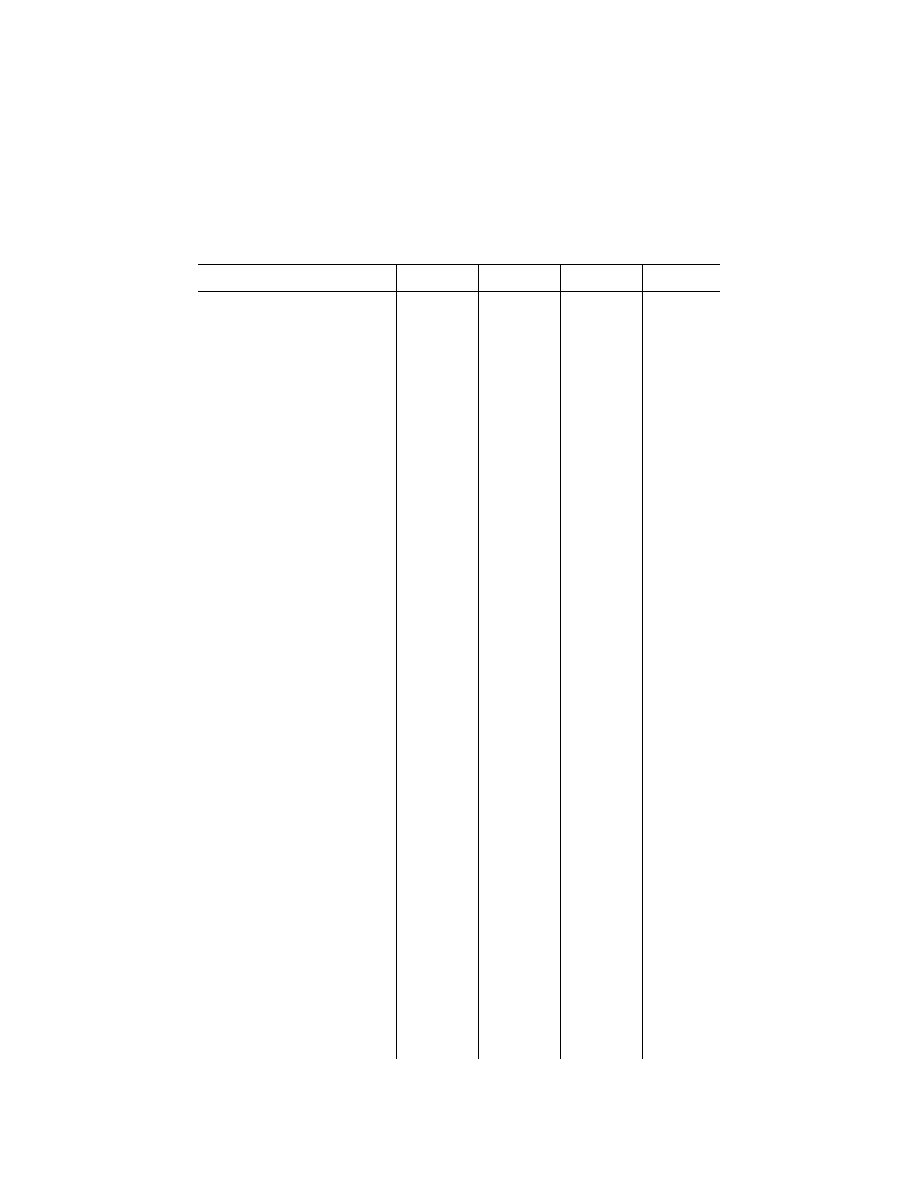
295
Federal Aviation Administration, DOT
Pt. 121, App. E
Maneuvers/procedures
Inflight
Static
airplane
FFS
FTD
(b) Takeoffs with instrument conditions
simulated at or before reaching an
altitude of 100
′
above the airport
elevation.
.............................
.............................
I, T, U, C.
(c)(1) Crosswind takeoffs .....................
I, T, U, C.
(2) Beginning March 12,
2019, crosswind takeoffs
including crosswind take-
offs with gusts if prac-
ticable under the existing
meteorological, airport, and
traffic conditions.
I, T, U, C.
(d) Takeoffs with a simulated failure of
the most critical powerplant—
.............................
.............................
I, T, U, C.
(1) At a point after V1 and
before V2 that in the judg-
ment of the person con-
ducting the training is ap-
propriate to the airplane
type under the prevailing
conditions; or
.............................
.............................
I, T, U, C.
(2) At a point as close as
possible after V1 when V1
and V2 or V1 and VR are
identical; or
.............................
.............................
I, T, U, C.
(3) At the appropriate speed
for nontransport category
airplanes.
.............................
.............................
I, T, U, C.
(e) Rejected takeoffs accomplished
during a normal takeoff run after
reaching a reasonable speed deter-
mined by giving due consideration
to aircraft characteristics, runway
length, surface conditions, wind di-
rection and velocity, brake heat en-
ergy, and any other pertinent factors
that may adversely affect safety or
the airplane.
.............................
.............................
I, T, U, C.
(f) Night takeoffs. For pilots in transi-
tion training, this requirement may
be met during the operating experi-
ence required under § 121.434 by
performing a normal takeoff at night
when a check airman serving as
PIC is occupying a pilot station.
I, T, U, C.
III. Flight Maneuvers and Procedures:
(a) Turns with and without spoilers .....
.............................
.............................
I, T, U, C.
(b) Tuck and Mach buffet ....................
.............................
.............................
I, T, U, C.
(c) Maximum endurance and max-
imum range procedures.
.............................
.............................
I, T, U, C.
(d) Operation of systems and controls
at the flight engineer station.
.............................
.............................
I, T, U.
(e) Runaway and jammed stabilizer ....
.............................
.............................
I, T, U, C.
(f) Normal and abnormal or alternate
operation of the following systems
and procedures:
(1) Pressurization ..................
.............................
.............................
.............................
I, T, U, C.
(2) Pneumatic ........................
.............................
.............................
.............................
I, T, U, C.
(3) Air conditioning ................
.............................
.............................
.............................
I, T, U, C.
(4) Fuel and oil ......................
.............................
I, T, U, C ............
.............................
I, T, U, C.
(5) Electrical ..........................
.............................
I, T, U, C ............
.............................
I, T, U, C.
(6) Hydraulic ..........................
.............................
I, T, U, C ............
.............................
I, T, U, C.
(7) Flight control ....................
.............................
I, T, U, C ............
.............................
I, T, U, C.
(8) Anti-icing and deicing ......
.............................
.............................
I, T, U, C.
(9) Autopilot ...........................
.............................
.............................
I, T, U, C.
(10) Automatic or other ap-
proach aids.
.............................
.............................
I, T, U, C.
(11) Stall warning devices,
stall avoidance devices,
and stability augmentation
devices.
.............................
.............................
I, T, U, C.
(12) Airborne radar devices ..
.............................
.............................
I, T, U, C.
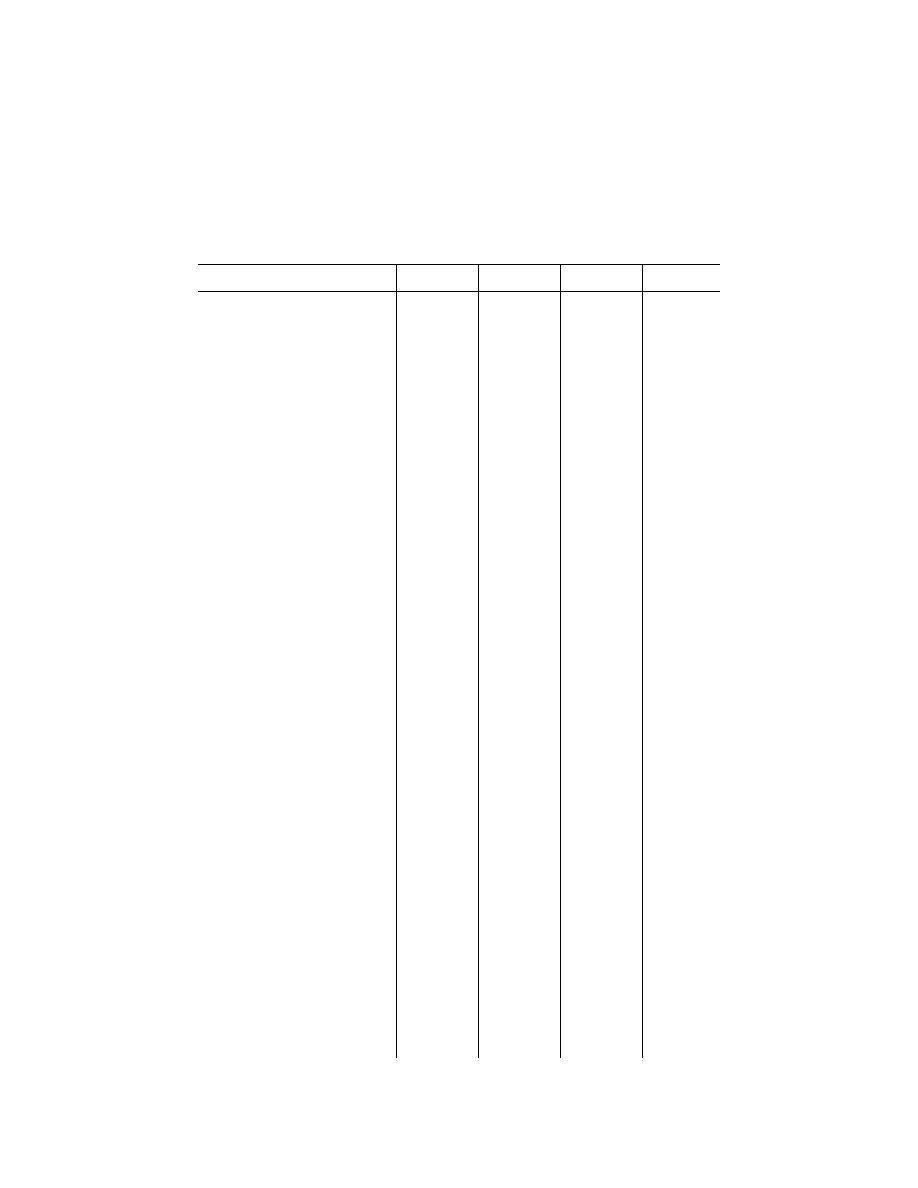
296
14 CFR Ch. I (1–1–24 Edition)
Pt. 121, App. E
Maneuvers/procedures
Inflight
Static
airplane
FFS
FTD
(13) Any other systems, de-
vices, or aids available.
.............................
.............................
I, T, U, C.
(14) Electrical, hydraulic,
flight control, and flight in-
strument system malfunc-
tioning or failure.
.............................
I, T, U, C ............
.............................
I, T, U, C.
(15) Landing gear and flap
systems failure or malfunc-
tion.
.............................
I, T, U, C ............
.............................
I, T, U, C.
(16) Failure of navigation or
communications equipment.
.............................
.............................
I, T, U, C.
(g) Flight emergency procedures that
include at least the following:
(1) Powerplant, heater, cargo
compartment, cabin, flight
deck, wing, and electrical
fires.
.............................
I, T, U, C ............
.............................
I, T, U, C.
(2) Smoke control ..................
.............................
I, T, U, C ............
.............................
I, T, U, C.
(3) Powerplant failures ..........
.............................
.............................
I, T ......................
U, C.
(4) Fuel jettisoning .................
.............................
I, T, U, C ............
.............................
I, T, U, C.
(5) Any other emergency pro-
cedures outlined in the ap-
propriate flight manual.
.............................
.............................
I, T, U, C.
(h) Steep turns in each direction. Each
steep turn must involve a bank
angle of 45
°
with a heading change
of at least 180
°
but not more than
360
°
. This maneuver is not required
for Group I transition training.
.............................
.............................
I, T, U, C.
(i) Stall Prevention. For the purpose of
this training the approved recovery
procedure must be initiated at the
first indication of an impending stall
(buffet, stick shaker, aural warning).
Stall prevention training must be
conducted in at least the following
configurations:
.............................
.............................
I, T, U, C.
(1) Takeoff configuration (ex-
cept where the airplane
uses only a zero-flap take-
off configuration).
.............................
.............................
I, T, U, C.
(2) Clean configuration ..........
.............................
.............................
I, T, U, C.
(3) Landing configuration ......
.............................
.............................
I, T, U, C.
(j) Recovery from specific flight char-
acteristics that are peculiar to the
airplane type.
.............................
.............................
I, T, U, C.
(k) Instrument procedures that include
the following:
(1) Area departure and arrival .............................
.............................
I, T, U, C.
(2) Use of navigation systems
including adherence to as-
signed radials.
.............................
.............................
I, T, U, C.
(3) Holding .............................
.............................
.............................
I, T, U, C.
(l) ILS instrument approaches that in-
clude the following:
(1) Normal ILS approaches ...
I, T, U, C.
(2) Manually controlled ILS
approaches with a simu-
lated failure of one power-
plant which occurs before
initiating the final approach
course and continues to
touchdown or through the
missed approach proce-
dure.
I ..........................
.............................
T, U, C.
(m) Instrument approaches and
missed approaches other than ILS
which include the following:
(1) Nonprecision approaches
that the pilot is likely to use.
.............................
.............................
U, C ....................
I, T.
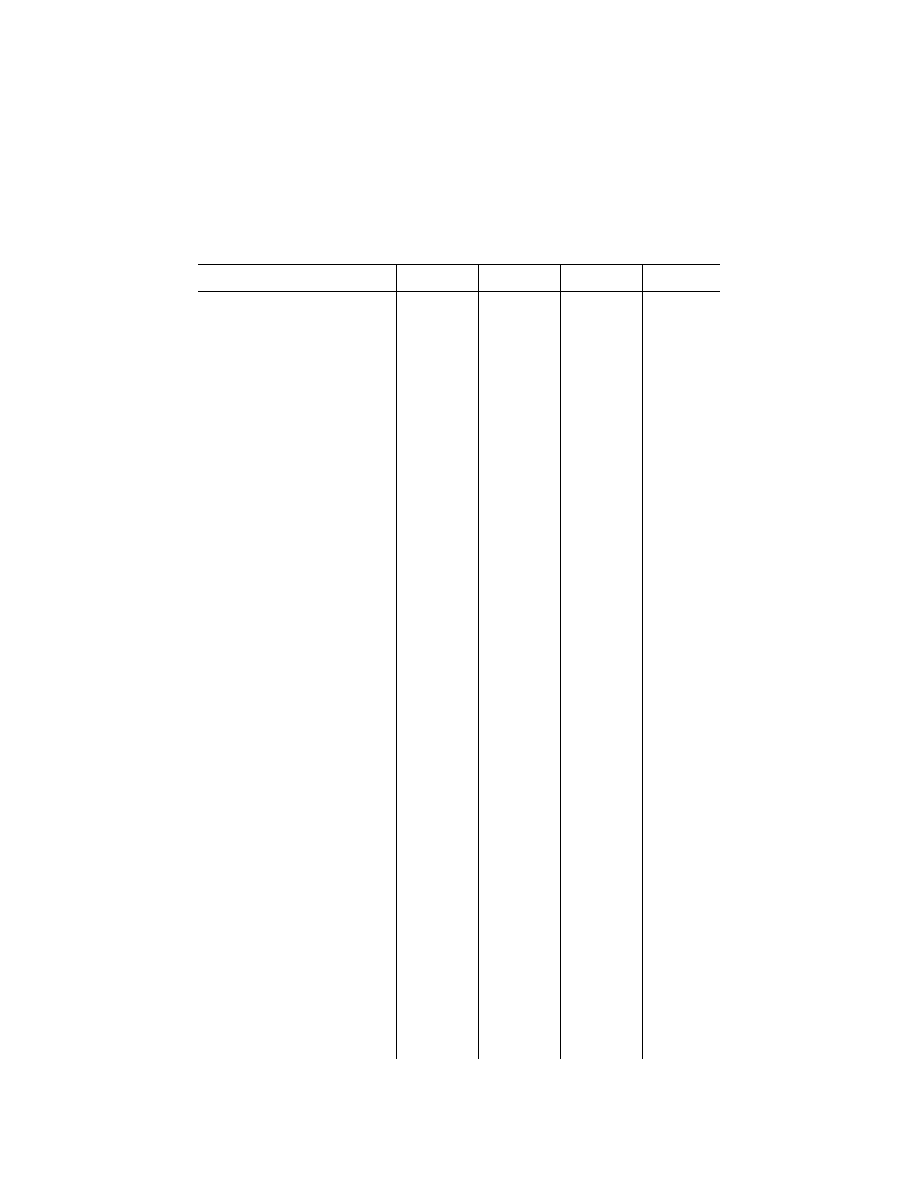
297
Federal Aviation Administration, DOT
Pt. 121, App. E
Maneuvers/procedures
Inflight
Static
airplane
FFS
FTD
(2) In addition to subpara-
graph (1) of this paragraph,
at least one other nonpreci-
sion approach and missed
approach procedure that
the pilot is likely to use.
.............................
.............................
I, T, U, C.
In connection with paragraphs III(l) and III(m),
each instrument approach must be per-
formed according to any procedures and limi-
tations approved for the approach facility
used. The instrument approach begins when
the airplane is over the initial approach fix for
the approach procedure being used (or
turned over to the final approach controller in
the case of GCA approach) and ends when
the airplane touches down on the runway or
when transition to a missed approach con-
figuration is completed.
(n) Circling approaches which include
the following:
I, T, U, C.
(1) That portion of the circling
approach to the authorized
minimum altitude for the
procedure being used must
be made under simulated
instrument conditions.
I, T, U, C.
(2) The circling approach
must be made to the au-
thorized minimum circling
approach altitude followed
by a change in heading
and the necessary maneu-
vering (by visual reference)
to maintain a flight path
that permits a normal land-
ing on a runway at least
90
°
from the final approach
course of the simulated in-
strument portion of the ap-
proach.
I, T, U, C.
(3) The circling approach
must be performed without
excessive maneuvering,
and without exceeding the
normal operating limits of
the airplane. The angle of
bank should not exceed
30
°
.
I, T, U, C.
Training in the circling approach maneuver is
not required if the certificate holder’s manual
prohibits a circling approach in weather con-
ditions below 1000–3 (ceiling and visibility).
(o) Zero-flap approaches. Training in
this maneuver is not required for a
particular airplane type if the Admin-
istrator has determined that the
probability of flap extension failure
on that type airplane is extremely
remote due to system design. In
making this determination, the Ad-
ministrator determines whether
training on slats only and partial flap
approaches is necessary.
I, C ......................
.............................
T, U.
(p) Missed approaches which include
the following:
(1) Missed approaches from
ILS approaches.
.............................
.............................
I, T, U, C.
(2) Other missed approaches
.............................
.............................
.............................
I, T, U, C.
(3) Missed approaches that
include a complete ap-
proved missed approach
procedure.
.............................
.............................
.............................
I, T, U, C.
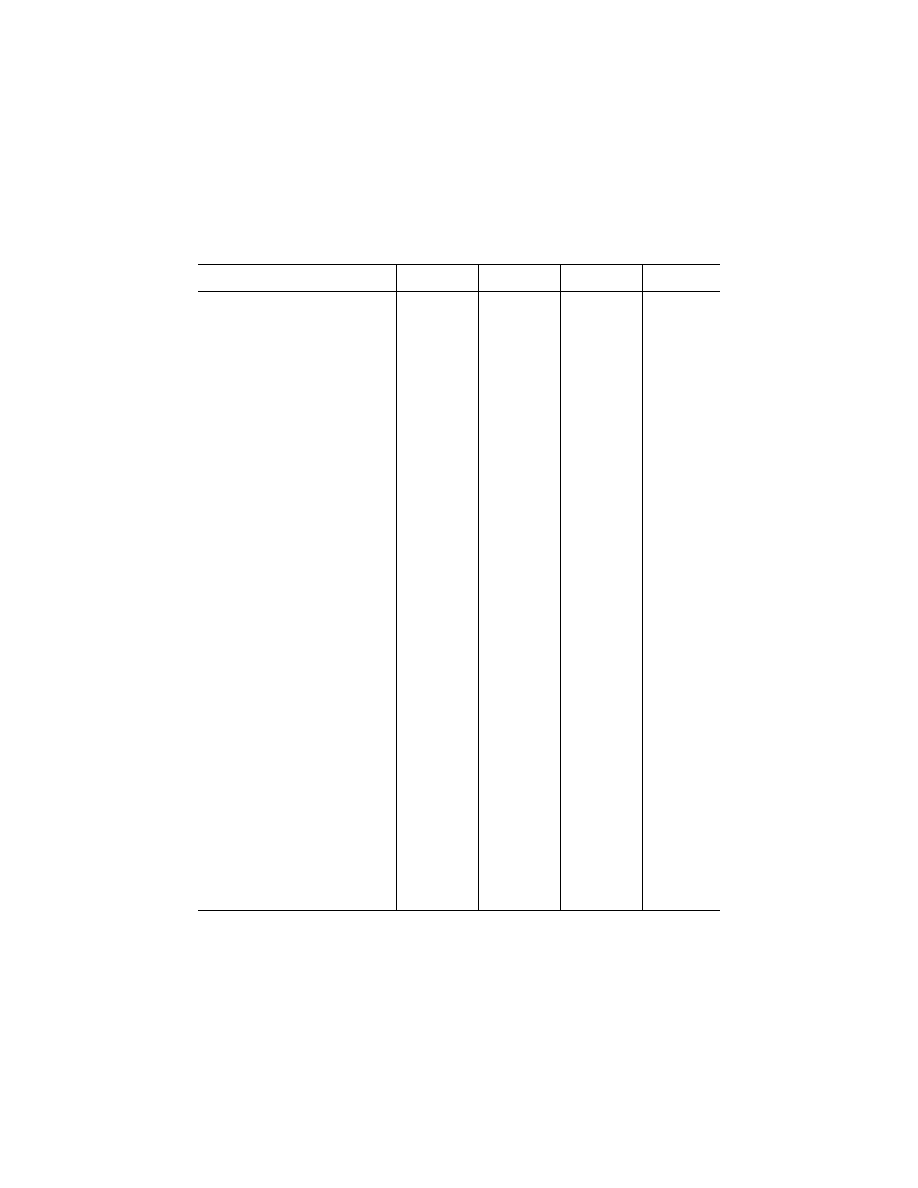
298
14 CFR Ch. I (1–1–24 Edition)
Pt. 121, App. F
Maneuvers/procedures
Inflight
Static
airplane
FFS
FTD
(4) Missed approaches that
include a powerplant failure.
.............................
.............................
I, T, U, C.
IV. Landings and Approaches to Landings:
Training in landings and approaches to land-
ings must include the types and conditions
listed below but more than one type may be
combined where appropriate:
(a) Normal landings .............................
I, T, U, C.
(b) Landing and go around with the
horizontal stabilizer out of trim.
I, C ......................
.............................
T .........................
U.
(c) Landing in sequence from an ILS
instrument approach.
I ..........................
.............................
T, U, C.
(d)(1) Crosswind landing .....................
I, T, U, C.
(2) Beginning March 12,
2019, crosswind landing,
including crosswind land-
ings with gusts if prac-
ticable under the existing
meteorological, airport, and
traffic conditions.
I, T, U, C.
(e) Maneuvering to a landing with sim-
ulated powerplant failure, as follows:
(1) For 3-engine airplanes,
maneuvering to a landing
with an approved proce-
dure that approximates the
loss of two powerplants
(center and one outboard
engine).
I, C ......................
.............................
T, U.
(2) For other multiengine air-
planes, maneuvering to a
landing with a simulated
failure of 50 percent of
available powerplants with
the simulated loss of power
on one side of the airplane.
I, C ......................
.............................
T, U.
(f) Landing under simulated circling
approach conditions (exceptions
under III(n) applicable to this re-
quirement).
I ..........................
.............................
T, U, C.
(g) Rejected landings that include a
normal missed approach procedure
after the landing is rejected. For the
purpose of this maneuver the land-
ing should be rejected at approxi-
mately 50 feet and approximately
over the runway threshold.
I ..........................
.............................
T, U, C.
(h) Zero-flap landings if the Adminis-
trator finds that maneuver appro-
priate for training in the airplane.
I, C ......................
.............................
T, U.
(i) Manual reversion .............................
.............................
.............................
I, T, U, C.
(j) Night landings. For pilots in transi-
tion training, this requirement may
be met during the operating experi-
ence required under § 121.434 by
performing a normal landing at night
when a check airman serving as
PIC is occupying a pilot station.
I, T, U, C.
[Amdt. 121–382, 85 FR 10926, Feb. 25, 2020]
A
PPENDIX
F
TO
P
ART
121—P
ROFICIENCY
C
HECK
R
EQUIREMENTS
(a) The maneuvers and procedures required
by § 121.441 for pilot proficiency checks are
set forth in this appendix. Except for the
equipment examination, these maneuvers
and procedures must be performed inflight.
Certain maneuvers and procedures may be
performed in an FFS or an FTD as indicated
by the appropriate symbol in the respective
column opposite the maneuver or procedure.
(b) Whenever a maneuver or procedure is
authorized to be performed in an FTD, it
may be performed in an FFS.
(c) A Level B or higher FFS may be used
instead of the airplane to satisfy the inflight
requirements if the FFS is approved under
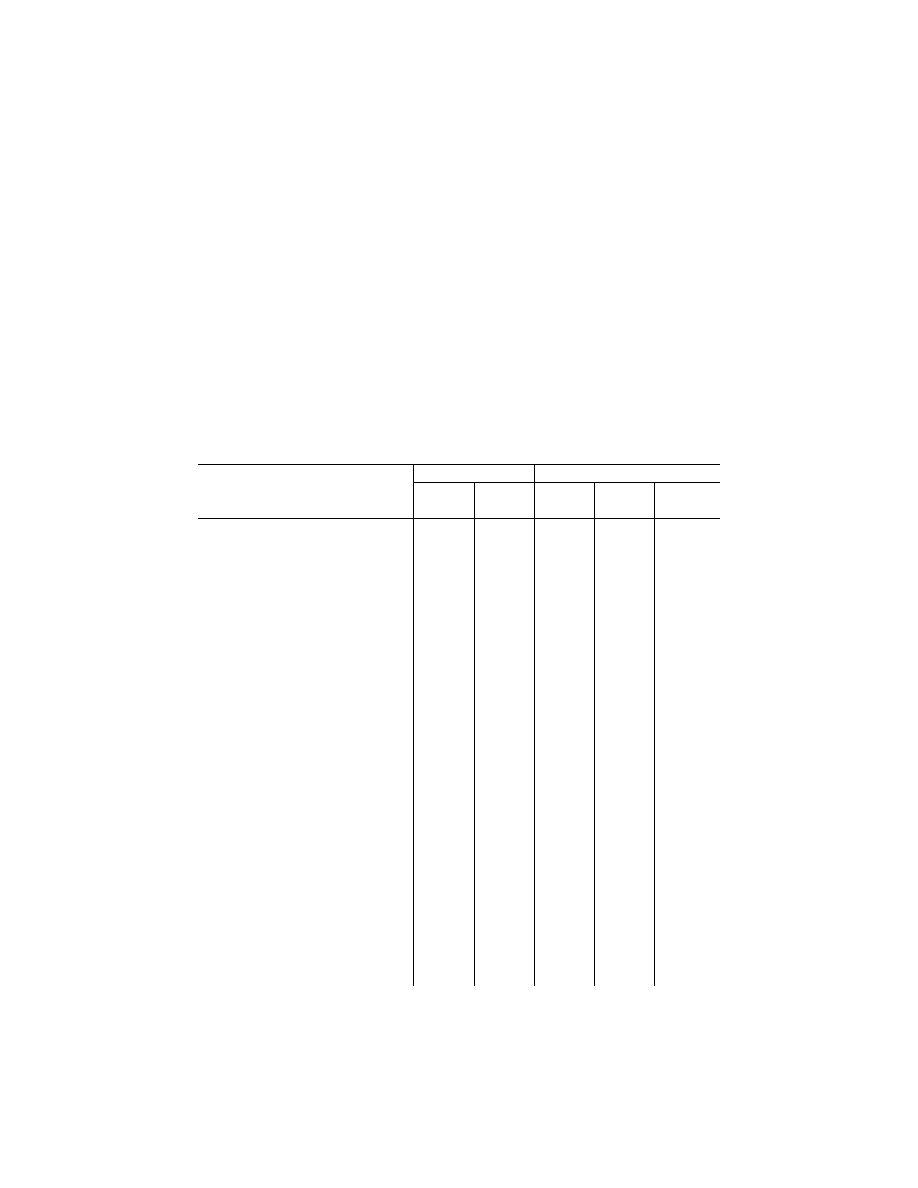
299
Federal Aviation Administration, DOT
Pt. 121, App. F
§ 121.407 and is used as part of an approved
program that meets the requirements for an
Advanced Simulation Training Program in
Appendix H of this part.
(d) For the purpose of this appendix, the
following symbols mean—
B = Both Pilot in Command (PIC) and Sec-
ond in Command (SIC).
W = May be waived for both PIC and SIC,
except during a proficiency check conducted
to qualify a PIC after completing an upgrade
training curriculum in accordance with
§§ 121.420 and 121.426.
* = A symbol and asterisk (B* or W*) indi-
cates that a particular condition is specified
in the maneuvers and procedures column.
# = When a maneuver is preceded by this
symbol it indicates the maneuver may be re-
quired in the airplane at the discretion of
the person conducting the check.
(e) Throughout the maneuvers and proce-
dures prescribed in this appendix, good judg-
ment commensurate with a high level of
safety must be demonstrated. In determining
whether such judgment has been shown, the
person conducting the check considers ad-
herence to approved procedures, actions
based on analysis of situations for which
there is no prescribed procedure or rec-
ommended practice, and qualities of pru-
dence and care in selecting a course of ac-
tion.
Maneuvers/procedures
Required
Permitted
Simulated
instrument
conditions
Inflight
FFS
FTD
Waiver
provisions of
§ 121.441(d)
The procedures and maneuvers set forth in this ap-
pendix must be performed in a manner that satis-
factorily demonstrates knowledge and skill with
respect to—.
(1) The airplane, its systems and compo-
nents;
(2) Proper control of airspeed, configura-
tion, direction, altitude, and attitude in
accordance with procedures and limita-
tions contained in the approved Airplane
Flight Manual, the certificate holder’s op-
erations manual, checklists, or other ap-
proved material appropriate to the air-
plane type; and
(3) Compliance with approach, ATC, or
other applicable procedures.
I. Preflight:
(a) Equipment examination (oral or writ-
ten). As part of the proficiency check the
equipment examination must be closely
coordinated with, and related to, the
flight maneuvers portion but may not be
given during the flight maneuvers por-
tion. The equipment examination must
cover—
(1) Subjects requiring a practical
knowledge of the airplane, its
powerplants, systems, compo-
nents, operational and perform-
ance factors;
(2) Normal, abnormal, and emer-
gency procedures, and the op-
erations and limitations relating
thereto; and.
(3) The appropriate provisions of
the approved Airplane Flight
Manual.
The person conducting the check may accept, as
equal to this equipment examination, an equip-
ment examination given to the pilot in the certifi-
cate holder’s ground training within the preceding
6 calendar months.
(b) Preflight inspection. The pilot must—
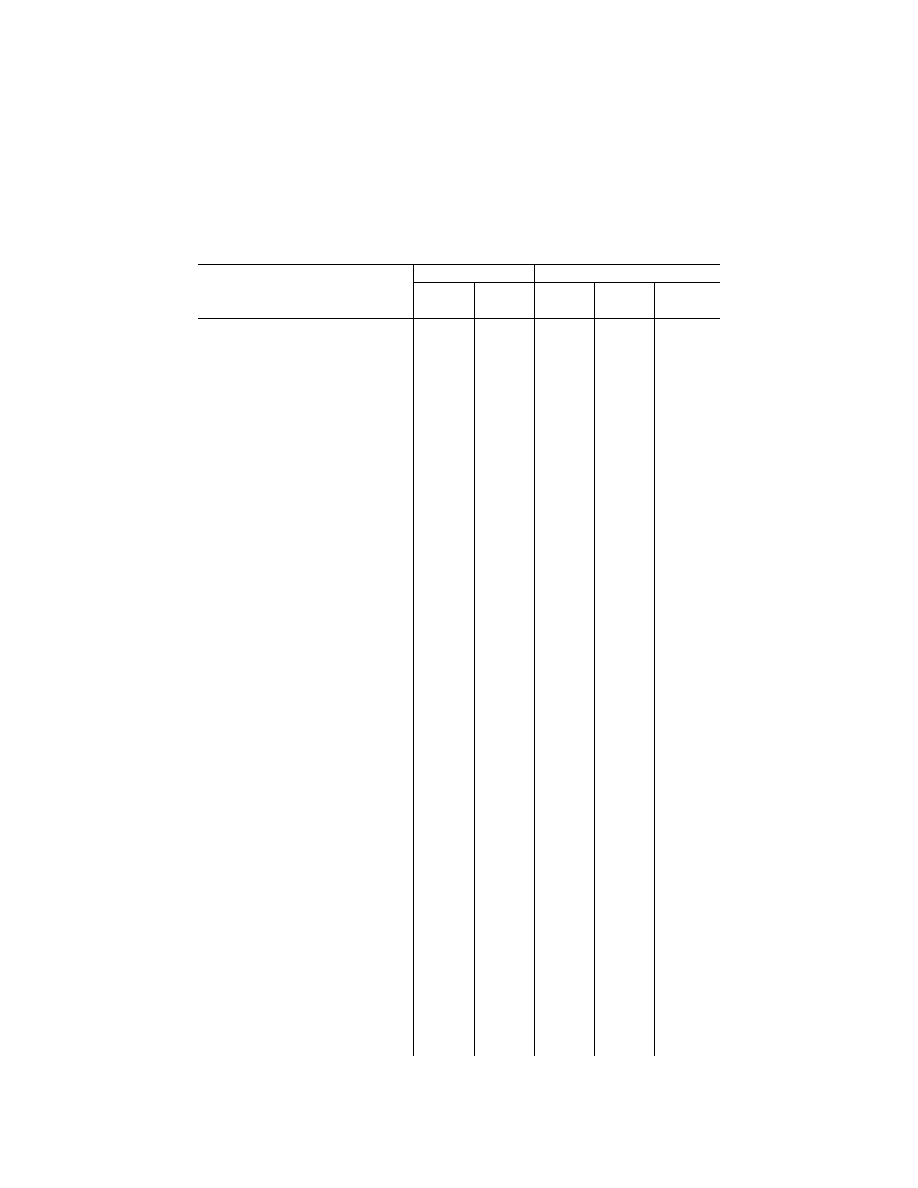
300
14 CFR Ch. I (1–1–24 Edition)
Pt. 121, App. F
Maneuvers/procedures
Required
Permitted
Simulated
instrument
conditions
Inflight
FFS
FTD
Waiver
provisions of
§ 121.441(d)
(1) Conduct an actual visual in-
spection of the exterior and in-
terior of the airplane, locating
each item and explaining briefly
the purpose for inspecting it.
The visual inspection may be
conducted using an approved
pictorial means that realistically
portrays the location and detail
of visual inspection items and
provides for the portrayal of
normal and abnormal condi-
tions. If a flight engineer is a re-
quired flightcrew member for
the particular type airplane, the
visual inspection may be
waived under § 121.441(d) .......
....................
....................
....................
B
W*
(2) Demonstrate the use of the
prestart checklist, appropriate
control system checks, starting
procedures, radio and elec-
tronic equipment checks, and
the selection of proper naviga-
tion and communications radio
facilities and frequencies prior
to flight ......................................
....................
....................
....................
B
(c)(1) Taxiing. Before March 12, 2019, this
maneuver includes taxiing, sailing, or
docking procedures in compliance with
instructions issued by ATC or by the
person conducting the check. SIC pro-
ficiency checks for a type rating must in-
clude taxiing. However, other SIC pro-
ficiency checks need only include taxiing
to the extent practical from the seat po-
sition assigned to the SIC .......................
....................
B
(c)(2) Taxiing. Beginning March 12, 2019,
this maneuver includes the following: (i)
Taxiing, sailing, or docking procedures
in compliance with instructions issued by
ATC or by the person conducting the
check. (ii) Use of airport diagram (sur-
face movement chart). (iii) Obtaining ap-
propriate clearance before crossing or
entering active runways. (iv) Observation
of all surface movement guidance con-
trol markings and lighting. SIC pro-
ficiency checks for a type rating must in-
clude taxiing. However, other SIC pro-
ficiency checks need only include taxiing
to the extent practical from the seat po-
sition assigned to the SIC .......................
....................
B
(d)(1) Powerplant checks. As appropriate
to the airplane type .................................
....................
....................
B
(d)(2) Beginning March 12, 2019, pre-take-
off procedures that include powerplant
checks, receipt of takeoff clearance and
confirmation of aircraft location, and
FMS entry (if appropriate), for departure
runway prior to crossing hold short line
for takeoff ................................................
....................
....................
B
II. Takeoff:
Takeoffs must include the types listed below, but
more than one type may be combined where ap-
propriate:
(a) Normal. One normal takeoff which, for
the purpose of this maneuver, begins
when the airplane is taxied into position
on the runway to be used .......................
....................
B*
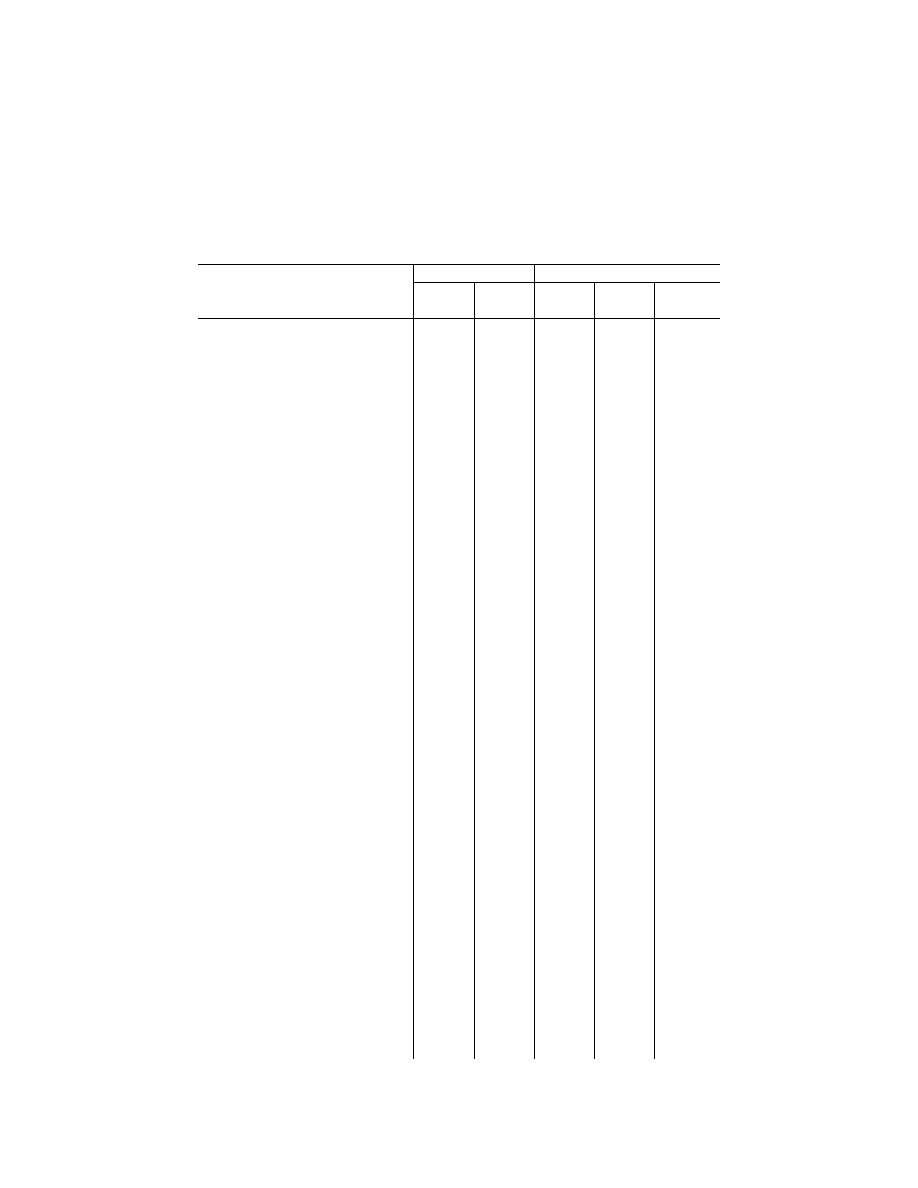
301
Federal Aviation Administration, DOT
Pt. 121, App. F
Maneuvers/procedures
Required
Permitted
Simulated
instrument
conditions
Inflight
FFS
FTD
Waiver
provisions of
§ 121.441(d)
(b) Instrument. One takeoff with instrument
conditions simulated at or before reach-
ing an altitude of 100
′
above the airport
elevation ..................................................
B
....................
B*
(c)(1) Crosswind. Before March 12, 2019,
one crosswind takeoff, if practicable,
under the existing meteorological, air-
port, and traffic conditions .......................
....................
B*
(c)(2) Beginning March 12, 2019, one
crosswind takeoff with gusts, if prac-
ticable, under the existing meteorolog-
ical, airport, and traffic conditions ...........
....................
B*
#(d) Powerplant failure. One takeoff with a
simulated failure of the most critical
powerplant—
....................
....................
B
(1) At a point after V1 and before
V2 that in the judgment of the
person conducting the check is
appropriate to the airplane type
under the prevailing conditions;
....................
....................
B
(2) At a point as close as possible
after V1 when V1 and V2 or V1
and Vr are identical; or .............
....................
....................
B
(3) At the appropriate speed for
nontransport category airplanes
....................
....................
B
(e) Rejected. A rejected takeoff may be
performed in an airplane during a nor-
mal takeoff run after reaching a reason-
able speed determined by giving due
consideration to aircraft characteristics,
runway length, surface conditions, wind
direction and velocity, brake heat en-
ergy, and any other pertinent factors that
may adversely affect safety or the air-
plane ........................................................
....................
....................
B*
....................
W
III. Instrument procedures:
(a) Area departure and area arrival. During
each of these maneuvers the pilot
must—
B
....................
B
....................
W*
(1) Adhere to actual or simulated
ATC clearances (including as-
signed radials); and ..................
B
....................
B
(2) Properly use available naviga-
tion facilities ..............................
B
....................
B
Either area arrival or area departure, but not both,
may be waived under § 121.441(d).
(b) Holding. This maneuver includes enter-
ing, maintaining, and leaving holding
patterns. It may be performed in connec-
tion with either area departure or area
arrival .......................................................
B
....................
B
....................
W
(c) ILS and other instrument approaches.
There must be the following:
(1) At least one normal ILS ap-
proach .......................................
B
....................
B
(2) At least one manually con-
trolled ILS approach with a sim-
ulated failure of one power-
plant. The simulated failure
should occur before initiating
the final approach course and
must continue to touchdown or
through the missed approach
procedure ..................................
B
B
(3) At least one nonprecision ap-
proach procedure using a type
of nonprecision approach pro-
cedure that the certificate hold-
er is approved to use ................
B
....................
B
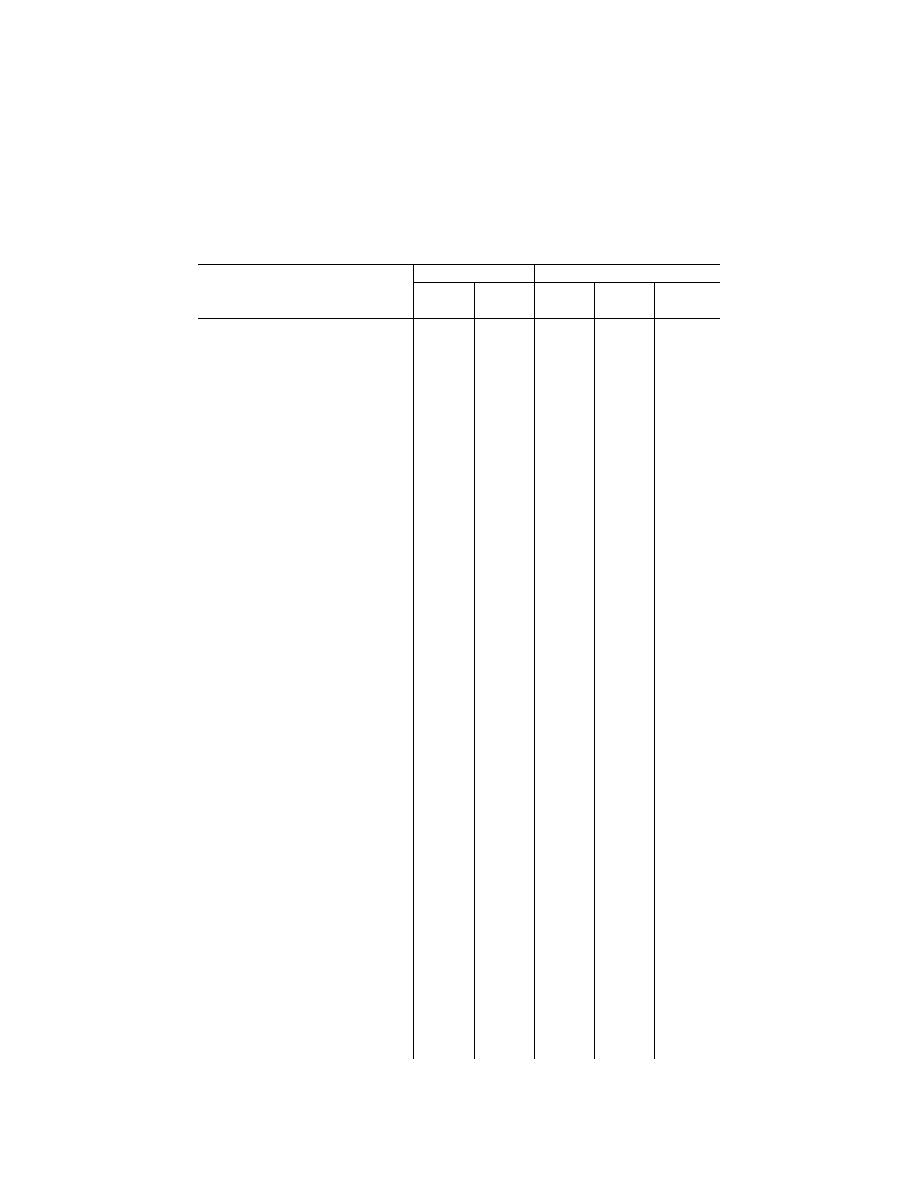
302
14 CFR Ch. I (1–1–24 Edition)
Pt. 121, App. F
Maneuvers/procedures
Required
Permitted
Simulated
instrument
conditions
Inflight
FFS
FTD
Waiver
provisions of
§ 121.441(d)
(4) At least one nonprecision ap-
proach procedure using a dif-
ferent type of nonprecision ap-
proach procedure than per-
formed under subparagraph (3)
of this paragraph that the cer-
tificate holder is approved to
use ............................................
B
....................
....................
B
(5) For each type of EFVS oper-
ation the certificate holder is
authorized to conduct, at least
one instrument approach must
be made using an EFVS ..........
B
B*
Each instrument approach must be performed ac-
cording to any procedures and limitations ap-
proved for the approach procedure used. The in-
strument approach begins when the airplane is
over the initial approach fix for the approach pro-
cedure being used (or turned over to the final ap-
proach controller in the case of GCA approach)
and ends when the airplane touches down on the
runway or when transition to a missed approach
configuration is completed. Instrument conditions
need not be simulated below 100
′
above touch-
down zone elevation.
(d) Circling approaches. If the certificate
holder is approved for circling minimums
below 1000–3 (ceiling and visibility), at
least one circling approach must be
made under the following conditions—
....................
....................
B*
....................
W*
(1) The portion of the approach to
the authorized minimum circling
approach altitude must be
made under simulated instru-
ment conditions .........................
B
....................
B*
(2) The approach must be made
to the authorized minimum cir-
cling approach altitude followed
by a change in heading and the
necessary maneuvering (by vis-
ual reference) to maintain a
flight path that permits a normal
landing on a runway at least
90
°
from the final approach
course of the simulated instru-
ment portion of the approach ...
....................
....................
B*
(3) The circling approach must be
performed without excessive
maneuvering, and without ex-
ceeding the normal operating
limits of the airplane. The angle
of bank should not exceed 30
°
....................
....................
B*
If local conditions beyond the control of the pilot
prohibit the maneuver or prevent it from being
performed as required, it may be waived as pro-
vided in § 121.441(d). However, the maneuver
may not be waived under this provision for two
successive proficiency checks. Except for a SIC
proficiency check for a type rating, the circling
approach maneuver is not required for a SIC if
the certificate holder’s manual prohibits a SIC
from performing a circling approach in operations
under this part.
(e) Missed approach.
(1) At least one missed approach
from an ILS approach ...............
....................
....................
B*
(2) At least one additional missed
approach for SIC proficiency
checks for a type rating and for
all PIC proficiency checks ........
....................
....................
B*
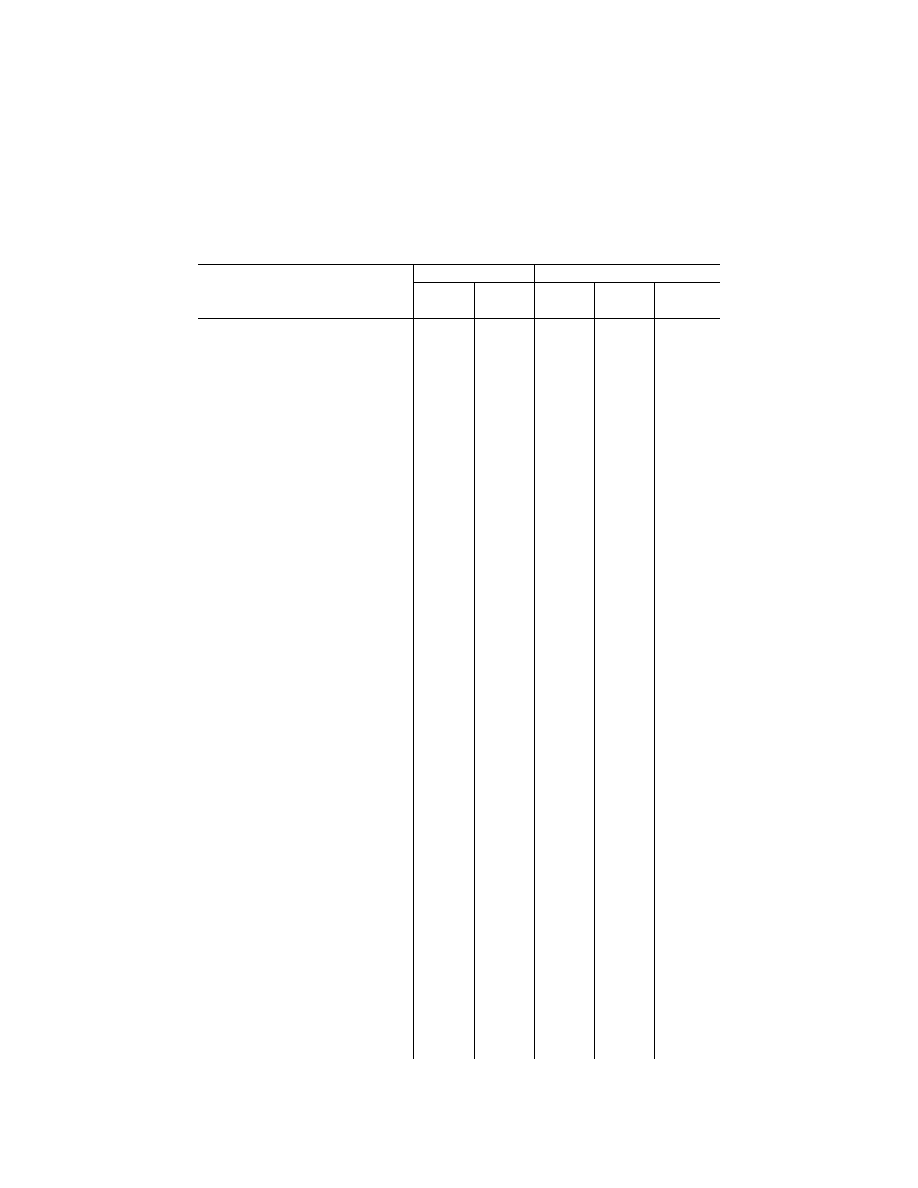
303
Federal Aviation Administration, DOT
Pt. 121, App. F
Maneuvers/procedures
Required
Permitted
Simulated
instrument
conditions
Inflight
FFS
FTD
Waiver
provisions of
§ 121.441(d)
A complete approved missed approach procedure
must be accomplished at least once. At the dis-
cretion of the person conducting the check a sim-
ulated powerplant failure may be required during
any of the missed approaches. These maneuvers
may be performed either independently or in con-
junction with maneuvers required under Sections
III or V of this appendix. At least one missed ap-
proach must be performed inflight.
IV. Inflight Maneuvers:
(a) Steep turns. For SIC proficiency
checks for a type rating and for all PIC
proficiency checks, at least one steep
turn in each direction must be per-
formed. Each steep turn must involve a
bank angle of 45
°
with a heading
change of at least 180
°
but not more
than 360
°
.................................................
B
....................
B
W
(b) Stall Prevention. For the purpose of
this maneuver the approved recovery
procedure must be initiated at the first
indication of an impending stall (buffet,
stick shaker, aural warning). Except as
provided below there must be at least
three stall prevention recoveries as fol-
lows: ........................................................
B
....................
B
....................
W*
(1) Takeoff configuration (except
where the airplane uses only a
zero-flap takeoff configuration)
B
....................
B
(2) Clean configuration .................
B
....................
B
(3) Landing configuration .............
B
....................
B
At the discretion of the person conducting the
check, one stall prevention recovery must be per-
formed in one of the above configurations while
in a turn with the bank angle between 15
°
and
30
°
. Two out of the three stall prevention recov-
eries required by this paragraph may be waived.
If the certificate holder is authorized to dispatch or
flight release the airplane with a stall warning de-
vice inoperative the device may not be used dur-
ing this maneuver.
(c) Specific flight characteristics. Recovery
from specific flight characteristics that
are peculiar to the airplane type .............
....................
....................
B
....................
W
(d) Powerplant failures. In addition to spe-
cific requirements for maneuvers with
simulated powerplant failures, the per-
son conducting the check may require a
simulated powerplant failure at any time
during the check ......................................
....................
....................
B
V. Landings and Approaches to Landings:
Notwithstanding the authorizations for combining
and waiving maneuvers and for the use of an
FFS, at least two actual landings (one to a full
stop) must be made for all PIC proficiency
checks, all initial SIC proficiency checks, and all
SIC proficiency checks for a type rating.
Landings and approaches to landings must include
the types listed below, but more than one type
may be combined where appropriate:
(a) Normal landing ......................................
....................
B
(b) Landing in sequence from an ILS in-
strument approach except that if cir-
cumstances beyond the control of the
pilot prevent an actual landing, the per-
son conducting the check may accept
an approach to a point where in his
judgment a landing to a full stop could
have been made .....................................
....................
B*
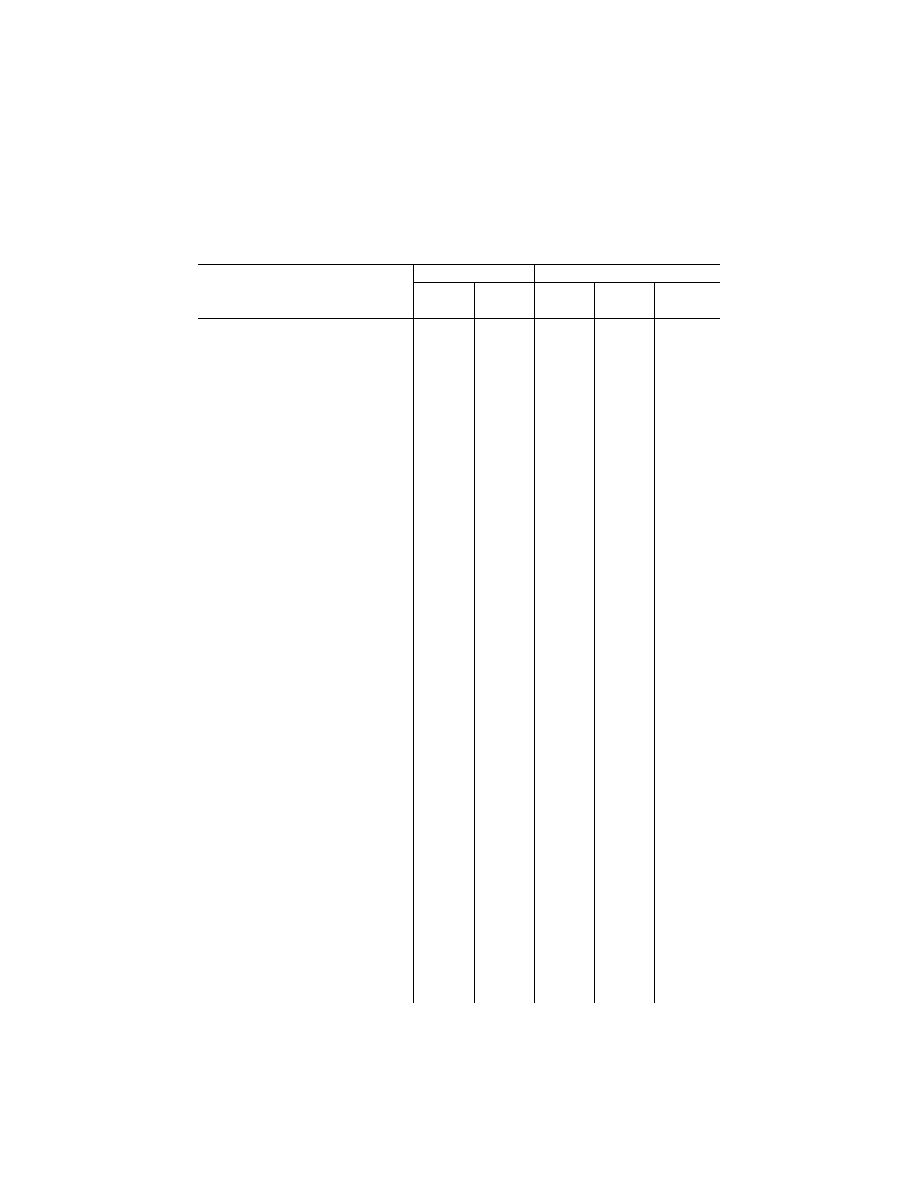
304
14 CFR Ch. I (1–1–24 Edition)
Pt. 121, App. F
Maneuvers/procedures
Required
Permitted
Simulated
instrument
conditions
Inflight
FFS
FTD
Waiver
provisions of
§ 121.441(d)
(c)(1) Crosswind landing, if practical under
existing meteorological, airport, and traf-
fic conditions ...........................................
....................
B*
(c)(2) Beginning March 12, 2019, cross-
wind landing with gusts, if practical
under existing meteorological, airport,
and traffic conditions ...............................
....................
B*
(d) Maneuvering to a landing with simu-
lated powerplant failure as follows:
(1) In the case of 3-engine air-
planes, maneuvering to a land-
ing with an approved procedure
that approximates the loss of
two powerplants (center and
one outboard engine); or ..........
....................
....................
B*
(2) In the case of other multien-
gine airplanes, maneuvering to
a landing with a simulated fail-
ure of 50 percent of available
powerplants, with the simulated
loss of power on one side of
the airplane ...............................
....................
....................
B*
Notwithstanding the requirements of subparagraphs
(d) (1) and (2) of this paragraph, for an SIC pro-
ficiency check, except for an SIC proficiency
check for a type rating, the simulated loss of
power may be only the most critical powerplant.
In addition, a PIC may omit the maneuver required
by subparagraph (d)(1) or (d)(2) of this paragraph
during a required proficiency check or FFS
course of training if he satisfactorily performed
that maneuver during the preceding proficiency
check, or during the preceding approved FFS
course of training under the observation of a
check airman, whichever was completed later.
(e) Except as provided in paragraph (f) of
this section, if the certificate holder is
approved for circling minimums below
1000–3 (ceiling and visibility), a landing
under simulated circling approach condi-
tions. However, when performed in an
airplane, if circumstances beyond the
control of the pilot prevent a landing, the
person conducting the check may ac-
cept an approach to a point where, in
his judgment, a landing to a full stop
could have been made ...........................
....................
....................
B*
#(f) A rejected landing, including a normal
missed approach procedure, that is re-
jected approximately 50
′
over the run-
way and approximately over the runway
threshold. This maneuver may be com-
bined with instrument, circling, or missed
approach procedures, but instrument
conditions need not be simulated below
100 feet above the runway .....................
....................
....................
B
(g) If the certificate holder is authorized to
conduct EFVS operations to touchdown
and rollout, at least one instrument ap-
proach to a landing must be made using
an EFVS, including the use of enhanced
flight vision from 100 feet above the
touchdown zone elevation to touchdown
and rollout ...............................................
B
B*
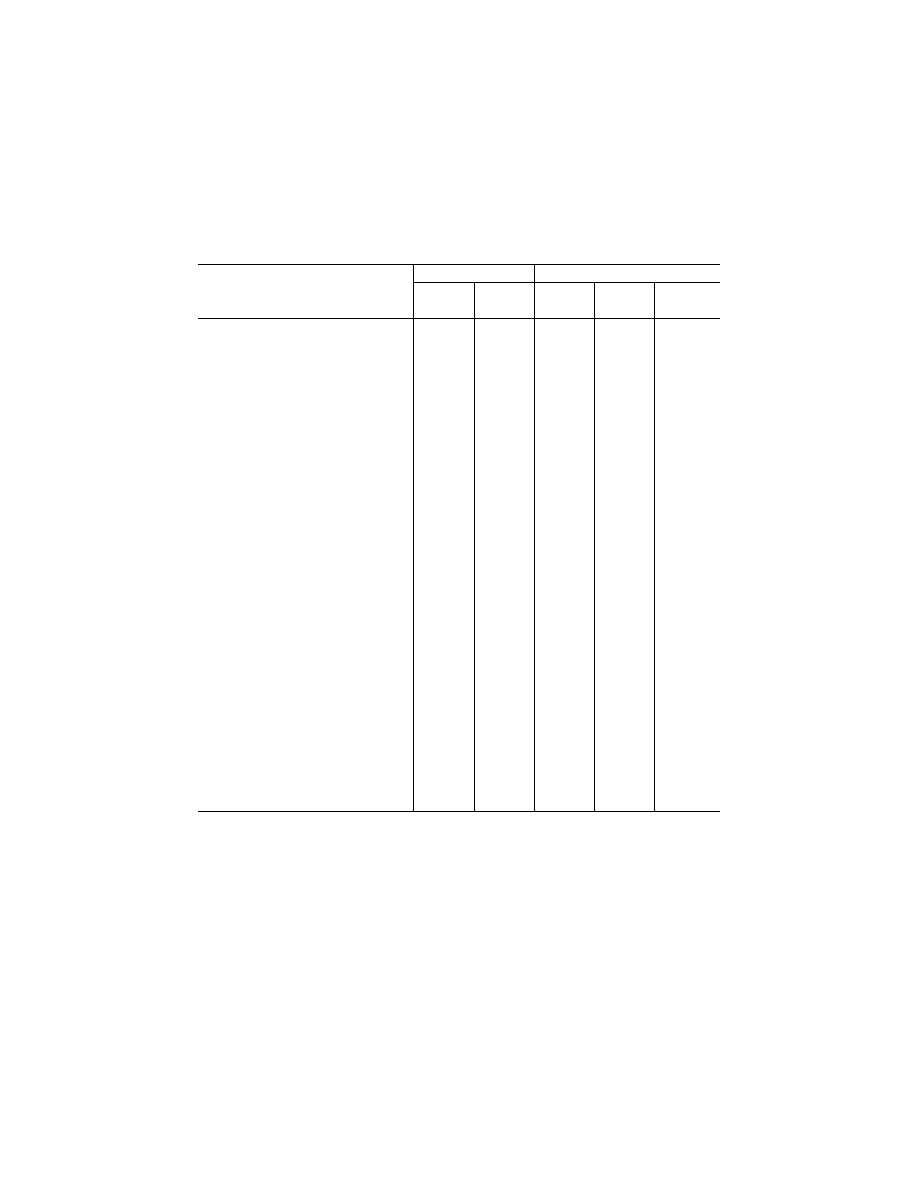
305
Federal Aviation Administration, DOT
Pt. 121, App. G
Maneuvers/procedures
Required
Permitted
Simulated
instrument
conditions
Inflight
FFS
FTD
Waiver
provisions of
§ 121.441(d)
(h) If the certificate holder is authorized to
conduct EFVS operations to 100 feet
above the touchdown zone elevation, at
least one instrument approach to a land-
ing must be made using an EFVS, in-
cluding the transition from enhanced
flight vision to natural vision at 100 feet
above the touchdown zone elevation .....
B
B*
VI. Normal and Abnormal Procedures:
Each pilot must demonstrate the proper use of as
many of the systems and devices listed below as
the person conducting the check finds are nec-
essary to determine that the person being
checked has a practical knowledge of the use of
the systems and devices appropriate to the air-
plane type:
(a) Anti-icing and deicing systems .............
....................
....................
B
(b) Autopilot systems ..................................
....................
....................
B
(c) Automatic or other approach aid sys-
tems .........................................................
....................
....................
B
(d) Stall warning devices, stall avoidance
devices, and stability augmentation de-
vices ........................................................
....................
....................
B
(e) Airborne radar devices ..........................
....................
....................
B
(f) Any other systems, devices, or aids
available ..................................................
....................
....................
B
(g) Hydraulic and electrical system failures
and malfunctions .....................................
....................
....................
....................
B
(h) Landing gear and flap systems failure
or malfunction ..........................................
....................
....................
....................
B
(i) Failure of navigation or communications
equipment ................................................
....................
....................
B
VII. Emergency Procedures:
Each pilot must demonstrate the proper emergency
procedures for as many of the emergency situa-
tions listed below as the person conducting the
check finds are necessary to determine that the
person being checked has an adequate knowl-
edge of, and ability to perform, such procedure:
(a) Fire in flight ...........................................
....................
....................
B
(b) Smoke control .......................................
....................
....................
B
(c) Rapid decompression ............................
....................
....................
B
(d) Emergency descent ..............................
....................
....................
B
(e) Any other emergency procedures out-
lined in the approved Airplane Flight
Manual .....................................................
....................
....................
B
[Amdt. 121–382, 85 FR 10929, Feb. 25, 2020]
A
PPENDIX
G
TO
P
ART
121—D
OPPLER
R
ADAR
AND
I
NERTIAL
N
AVIGATION
S
YSTEM
(INS): R
EQUEST FOR
E
VAL
-
UATION
; E
QUIPMENT AND
E
QUIPMENT
I
NSTALLATION
; T
RAINING
P
ROGRAM
;
E
QUIPMENT
A
CCURACY
AND
R
ELI
-
ABILITY
; E
VALUATION
P
ROGRAM
1.
Application authority.
(a) An applicant for
authority to use a Doppler Radar or Inertial
Navigation System must submit a request
for evaluation of the system to the respon-
sible Flight Standards office charged with
the overall inspection of its operations 30
days prior to the start of evaluation flights.
(b) The application must contain:
(1) A summary of experience with the sys-
tem showing to the satisfaction of the Ad-
ministrator a history of the accuracy and re-
liability of the system proposed to be used.
(2) A training program curriculum for ini-
tial approval under § 121.405.
(3) A maintenance program for compliance
with subpart L of this part.
(4) A description of equipment installation.
(5) Proposed revisions to the Operations
Manual outlining all normal and emergency
procedures relative to use of the proposed
system, including detailed methods for con-
tinuing the navigational function with par-
tial or complete equipment failure, and
methods for determining the most accurate
system when an unusually large divergence
between systems occurs. For the purpose of
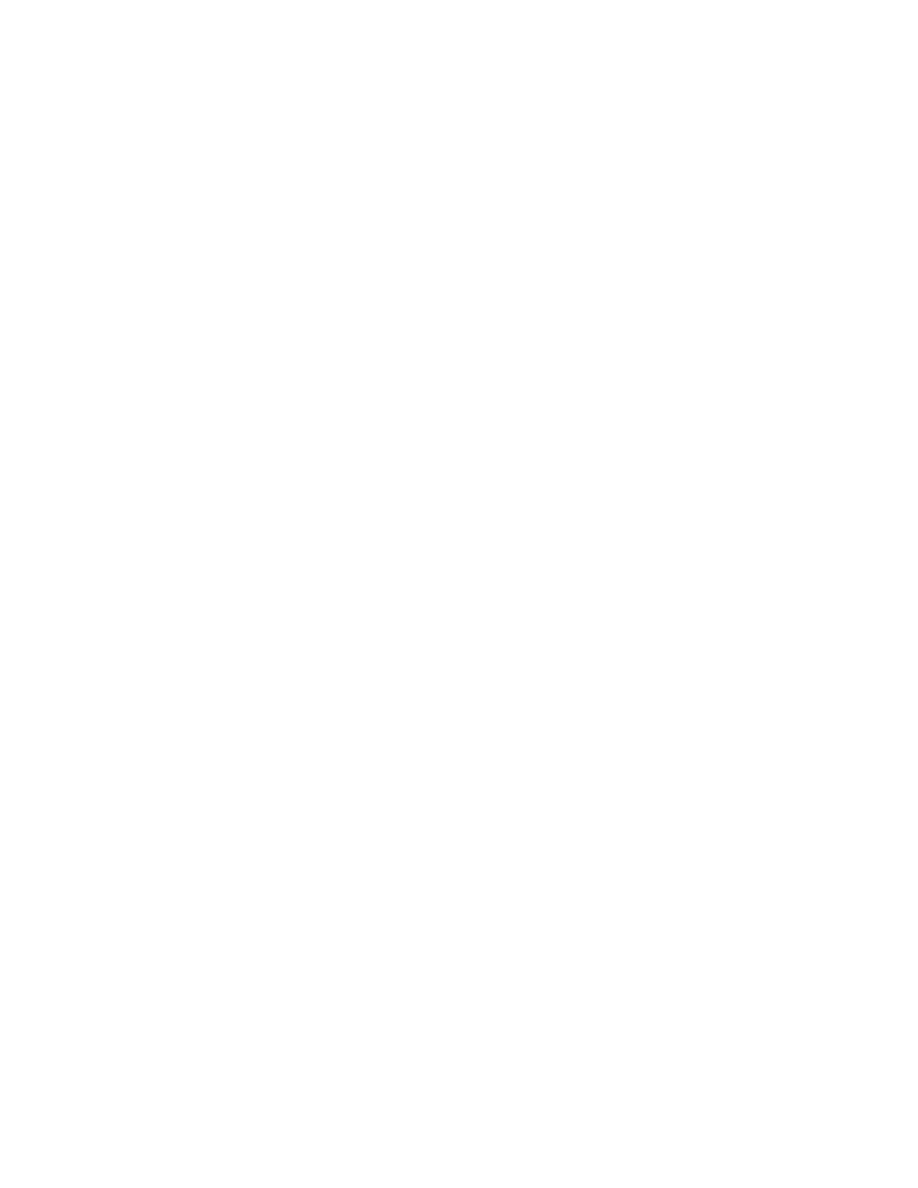
306
14 CFR Ch. I (1–1–24 Edition)
Pt. 121, App. G
this appendix, a large divergence is a diver-
gence that results in a track that falls be-
yond clearance limits.
(6) Any proposed revisions to the minimum
equipment list with adequate justification
therefor.
(7) A list of operations to be conducted
using the system, containing an analysis of
each with respect to length, magnetic com-
pass reliability, availability of en route aids,
and adequacy of gateway and terminal radio
facilities to support the system. For the pur-
pose of this appendix, a gateway is a specific
navigational fix where use of long range
navigation commences or terminates.
2.
Equipment and equipment installation—In-
ertial Navigation Systems
(
INS
)
or Doppler
Radar System.
(a) Inertial Navigation and
Doppler Radar Systems must be installed in
accordance with applicable airworthiness re-
quirements.
(b) Cockpit arrangement must be visible
and useable by either pilot seated at his duty
station.
(c) The equipment must provide, by visual,
mechanical, or electrical output signals, in-
dications of the invalidity of output data
upon the occurrence of probable failures or
malfunctions within the system.
(d) A probable failure or malfunction with-
in the system must not result in loss of the
aircraft’s required navigation capability.
(e) The alignment, updating, and naviga-
tion computer functions of the system must
not be invalidated by normal aircraft power
interruptions and transients.
(f) The system must not be the source of
cause of objectionable radio frequency inter-
ference, and must not be adversely affected
by radio frequency interference from other
aircraft systems.
(g) The FAA-approved airplane flight man-
ual, or supplement thereto, must include
pertinent material as required to define the
normal and emergency operating procedures
and applicable operating limitations associ-
ated with INS and Doppler performance
(such as maximum latitude at which ground
alignment capability is provided, or devi-
ations between systems).
3.
Equipment and equipment installation—In-
ertial Navigation Systems
(
INS
). (a) If an appli-
cant elects to use an Inertial Navigation
System it must be at least a dual system (in-
cluding navigational computers and ref-
erence units). At least two systems must be
operational at takeoff. The dual system may
consist of either two INS units, or one INS
unit and one Doppler Radar unit.
(b) Each Inertial Navigation System must
incorporate the following:
(1) Valid ground alignment capability at
all latitudes appropriate for intended use of
the installation.
(2) A display of alignment status or a ready
to navigate light showing completed align-
ment to the flight crew.
(3) The present position of the airplane in
suitable coordinates.
(4) Information relative to destinations or
waypoint positions:
(i) The information needed to gain and
maintain a desired track and to determine
deviations from the desired track.
(ii) The information needed to determine
distance and time to go to the next waypoint
or destination.
(c) For INS installations that do not have
memory or other inflight alignment means,
a separate electrical power source (inde-
pendent of the main propulsion system) must
be provided which can supply, for at least 5
minutes, enough power (as shown by analysis
or as demonstrated in the airplane) to main-
tain the INS in such condition that its full
capability is restored upon the reactivation
of the normal electrical supply.
(d) The equipment must provide such vis-
ual, mechanical, or electrical output signals
as may be required to permit the flight crew
to detect probable failures or malfunctions
in the system.
4.
Equipment and equipment installation—
Doppler Radar Systems.
(a) If an applicant
elects to use a Doppler Radar System it
must be at least a dual system (including
dual antennas or a combined antenna de-
signed for multiple operation), except that:
(1) A single operating transmitter with a
standby capable of operation may be used in
lieu of two operating transmitters.
(2) Single heading source information to
all installations may be utilized, provided a
compass comparator system is installed and
operational procedures call for frequent
cross-checks of all compass heading indica-
tors by crewmembers.
The dual system may consist of either two
Doppler Radar units or one Doppler Radar
unit and one INS unit.
(b) At least two systems must be oper-
ational at takeoff.
(c) As determined by the Administrator
and specified in the certificate holder’s oper-
ations specifications, other navigational aids
may be required to update the Doppler Radar
for a particular operation. These may in-
clude DME, VOR, ADF, ground-based radar,
and airborne weather radar. When these aids
are required, the cockpit arrangement must
be such that all controls are accessible to
each pilot seated at his duty station.
5.
Training programs.
The initial training
program for Doppler Radar and Inertial
Navigation Systems must include the fol-
lowing:
(a) Duties and responsibilities of flight
crewmembers, dispatchers, and maintenance
personnel.
(b) For pilots, instruction in the following:
(1) Theory and procedures, limitations, de-
tection of malfunctions, preflight and
inflight testing, and cross-checking methods.
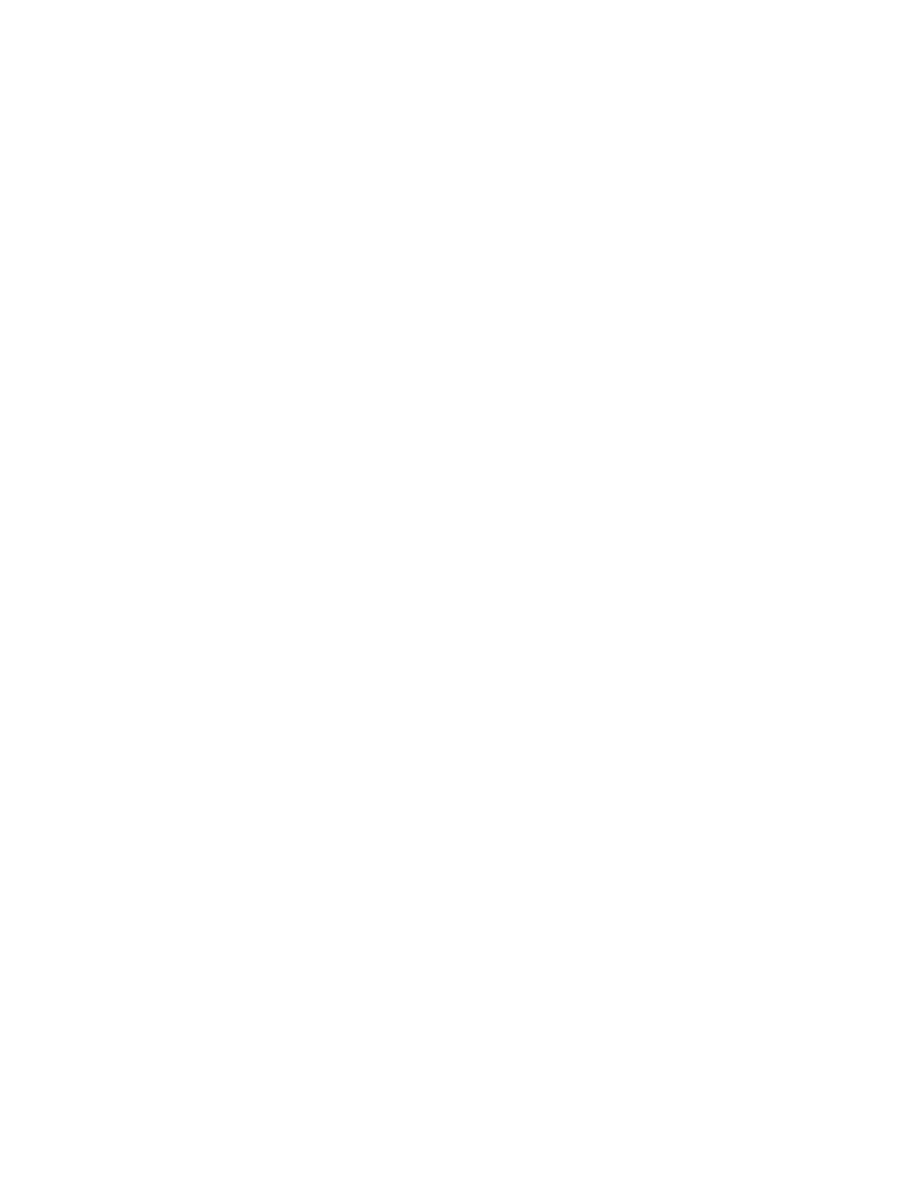
307
Federal Aviation Administration, DOT
Pt. 121, App. H
(2) The use of computers, an explanation of
all systems, compass limitations at high
latitudes, a review of navigation, flight plan-
ning, and applicable meteorology.
(3) The methods for updating by means of
reliable fixes.
(4) The actual plotting of fixes.
(c) Abnormal and emergency procedures.
6.
Equipment accuracy and reliability.
(a)
Each Inertial Navigation System must meet
the following accuracy requirements, as ap-
propriate:
(1) For flights up to 10 hours’ duration, no
greater than 2 nautical miles per hour of cir-
cular error on 95 percent of system flights
completed is permitted.
(2) For flights over 10 hours’ duration, a
tolerance of
±
20 miles cross-track and
±
25
miles along-track on 95 percent of system
flights completed is permitted.
(b) Compass heading information to the
Doppler Radar must be maintained to an ac-
curacy of
±
1
°
and total system deviations
must not exceed 2
°
. When free gyro tech-
niques are used, procedures shall be utilized
to ensure that an equivalent level of heading
accuracy and total system deviation is at-
tained.
(c) Each Doppler Radar System must meet
accuracy requirements of
±
20 miles cross-
track and
±
25 miles along-track for 95 per-
cent of the system flights completed. Updat-
ing is permitted.
A system that does not meet the require-
ments of this section will be considered a
failed system.
7.
Evaluation program.
(a) Approval by eval-
uation must be requested as a part of the ap-
plication for operational approval of a Dopp-
ler Radar or Inertial Navigation System.
(b) The applicant must provide sufficient
flights which show to the satisfaction of the
Administrator the applicant’s ability to use
cockpit navigation in his operation.
(c) The Administrator bases his evaluation
on the following:
(1) Adequacy of operational procedures.
(2) Operational accuracy and reliability of
equipment and feasibility of the system with
regard to proposed operations.
(3) Availability of terminal, gateway, area,
and en route ground-based aids, if required,
to support the self-contained system.
(4) Acceptability of cockpit workload.
(5) Adequacy of flight crew qualifications.
(6) Adequacy of maintenance training and
availability of spare parts.
After successful completion of evaluation
demonstrations, FAA approval is indicated
by issuance of amended operations specifica-
tions and en route flight procedures defining
the new operation. Approval is limited to
those operations for which the adequacy of
the equipment and the feasibility of cockpit
navigation has been satisfactorily dem-
onstrated.
[Doc. No. 10204, 37 FR 6464, Mar. 30, 1972, as
amended by Amdt. 121–207, 54 FR 39293, Sept.
25, 1989; Docket FAA–2017–0733, Amdt. 121–
379, 82 FR 34398, July 25, 2017; Docket FAA–
2018–0119, Amdt. 121–380, 83 FR 9173, Mar. 5,
2018]
A
PPENDIX
H
TO
P
ART
121—A
DVANCED
S
IMULATION
This appendix prescribes criteria for use of
Level B or higher FFSs to satisfy the
inflight requirements of Appendices E and F
of this part and the requirements of § 121.439.
The criteria in this appendix are in addition
to the FFS approval requirements in
§ 121.407. Each FFS used under this appendix
must be approved as a Level B, C, or D FFS,
as appropriate.
A
DVANCED
S
IMULATION
T
RAINING
P
ROGRAM
For a certificate holder to conduct Level C
or D training under this appendix all re-
quired FFS instruction and checks must be
conducted under an advanced simulation
training program approved by the Adminis-
trator for the certificate holder. This pro-
gram must also ensure that all instructors
and check airmen used in Appendix H train-
ing and checking are highly qualified to pro-
vide the training required in the training
program. The advanced simulation training
program must include the following:
1. The certificate holder’s initial, transi-
tion, conversion, upgrade, and recurrent FFS
training programs and its procedures for re-
establishing recency of experience in the
FFS.
2. How the training program will integrate
Level B, C, and D FFSs with other FSTDs to
maximize the total training, checking, and
certification functions.
3. Documentation that each instructor and
check airman has served for at least 1 year
in that capacity in a certificate holder’s ap-
proved program or has served for at least 1
year as a pilot in command or second in com-
mand in an airplane of the group in which
that pilot is instructing or checking.
4. A procedure to ensure that each instruc-
tor and check airman actively participates
in either an approved regularly scheduled
line flying program as a flightcrew member
or an approved line observation program in
the same airplane type for which that person
is instructing or checking.
5. A procedure to ensure that each instruc-
tor and check airman is given a minimum of
4 hours of training each year to become fa-
miliar with the certificate holder’s advanced
simulation training program, or changes to
it, and to emphasize their respective roles in
the program. Training for instructors and
check airmen must include training policies
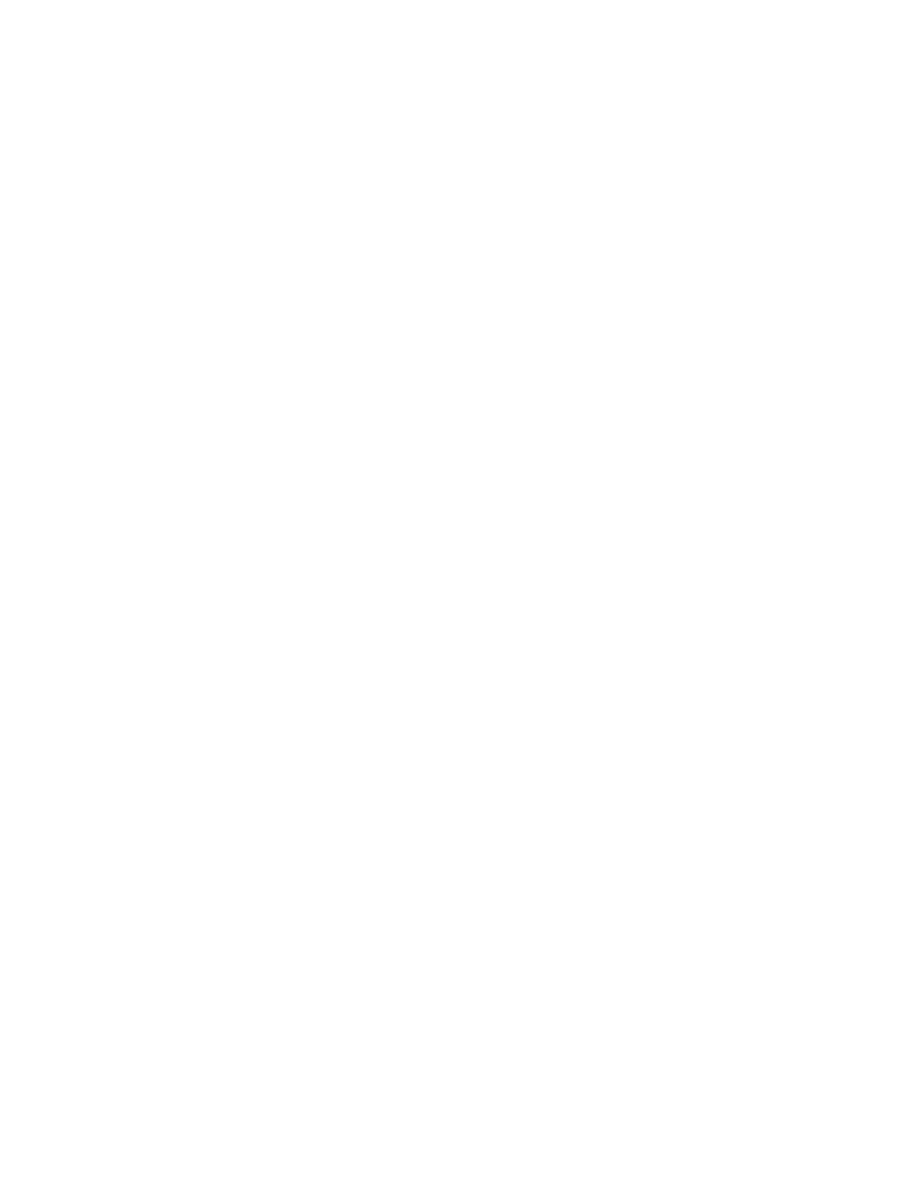
308
14 CFR Ch. I (1–1–24 Edition)
Pt. 121, App. K
and procedures, instruction methods and
techniques, operation of FFS controls (in-
cluding environmental and trouble panels),
limitations of the FFS, and minimum equip-
ment required for each course of training.
6. A special Line-Oriented Flight Training
(LOFT) program to facilitate the transition
from the FFS to line flying. This LOFT pro-
gram must consist of at least a 4-hour course
of training for each flightcrew. It also must
contain at least two representative flight
segments of the certificate holder’s oper-
ations. One of the flight segments must con-
tain strictly normal operating procedures
from push back at one airport to arrival at
another. Another flight segment must con-
tain training in appropriate abnormal and
emergency flight operations. After March 12,
2019, the LOFT must provide an opportunity
for the pilot to demonstrate workload man-
agement and pilot monitoring skills.
FFS T
RAINING
, C
HECKING AND
Q
UALIFICATION
P
ERMITTED
1. Level B FFS
a. Recent experience (§ 121.439).
b. Training in night takeoffs and landings
(Appendix E of this part).
c. Except for EFVS operations, landings in
a proficiency check (Appendix F of this
part).
2. Level C and D FFS
a. Recent experience (§ 121.439).
b. All pilot flight training and checking re-
quired by this part except the following:
i. The operating experience, operating cy-
cles, and consolidation of knowledge and
skills requirements of § 121.434;
ii. The line check required by § 121.440; and
iii. The visual inspection of the exterior
and interior of the airplane required by ap-
pendices E and F.
c. The practical test requirements of
§ 61.153(h) of this chapter, except the visual
inspection of the exterior and interior of the
airplane.
[Amdt. 121–382, 85 FR 10934, Feb. 25, 2020]
A
PPENDIXES
I–J
TO
P
ART
121
[R
ESERVED
]
A
PPENDIX
K
TO
P
ART
121—P
ERFORM
-
ANCE
R
EQUIREMENTS
FOR
C
ERTAIN
T
URBOPROPELLER
P
OWERED
A
IR
-
PLANES
1.
Applicability.
This appendix specifies re-
quirements for the following turbopropeller
powered airplanes that must comply with
the Airplane Performance Operating Limita-
tions in §§ 121.189 through 121.197:
a. After December 20, 2010, each airplane
manufactured before March 20, 1997 and type
certificated in the:
i. Normal category before July 1, 1970, and
meets special conditions issued by the Ad-
ministrator for airplanes intended for use in
operations under part 135 of this chapter.
ii. Normal category before July 19, 1970,
and meets the additional airworthiness
standards in SFAR No. 23 of 14 CFR part 23.
iii. Normal category, and complies with
the additional airworthiness standards in ap-
pendix A of part 135 of this chapter.
iv. Normal category, and complies with
section 1.(a) or 1.(b) of SFAR No. 41 of 14 CFR
part 21.
b. After March 20, 1997, each airplane:
i. Type certificated prior to March 29, 1995,
in the commuter category.
ii. Manufactured on or after March 20, 1997,
and that was type certificated in the normal
category, and complies with the require-
ments described in paragraphs 1.a.i through
iii of this appendix.
2.
Background.
Sections 121.157 and
121.173(b) require that the airplanes operated
under this part and described in paragraph 1
of this appendix, comply with the Airplane
Performance Operating Limitations in
§§ 121.189 through 121.197. Airplanes described
in § 121.157(f) and paragraph 1.a of this appen-
dix must comply on and after December 20,
2010. Airplanes described in § 121.157(e) and
paragraph 1.b of this appendix must comply
on and after March 20, 1997. (Airplanes type
certificated in the normal category, and in
accordance with SFAR No. 41 of 14 CFR part
21, as described in paragraph 1.a.iv of this ap-
pendix, may not be produced after October
17, 1991.)
3.
References.
Unless otherwise specified,
references in this appendix to sections of
part 23 of this chapter are to those sections
of 14 CFR part 23, as amended by Amend-
ment No. 23–45 (August 6, 1993, 58 FR 42156).
Performance
4.
Interim Airplane Performance Operating
Limitations.
a. Until December 20, 2010, airplanes de-
scribed in paragraph 1.a of this appendix may
continue to comply with the requirements in
subpart I of part 135 and § 135.181(a)(2) of this
chapter that apply to small, nontransport
category airplanes.
b. Until March 20, 1997, airplanes described
in paragraph 1.b.i of this appendix may con-
tinue to comply with the requirements in
subpart I of part 135 of this chapter that
apply to commuter category airplanes.
5.
Final Airplane Performance Operating Lim-
itations.
a. Through an amended type certification
program or a supplemental type certification
program, each airplane described in para-
graph 1.a and 1.b.ii of this appendix must be
shown to comply with the commuter cat-
egory performance requirements specified in
this appendix, which are included in part 23
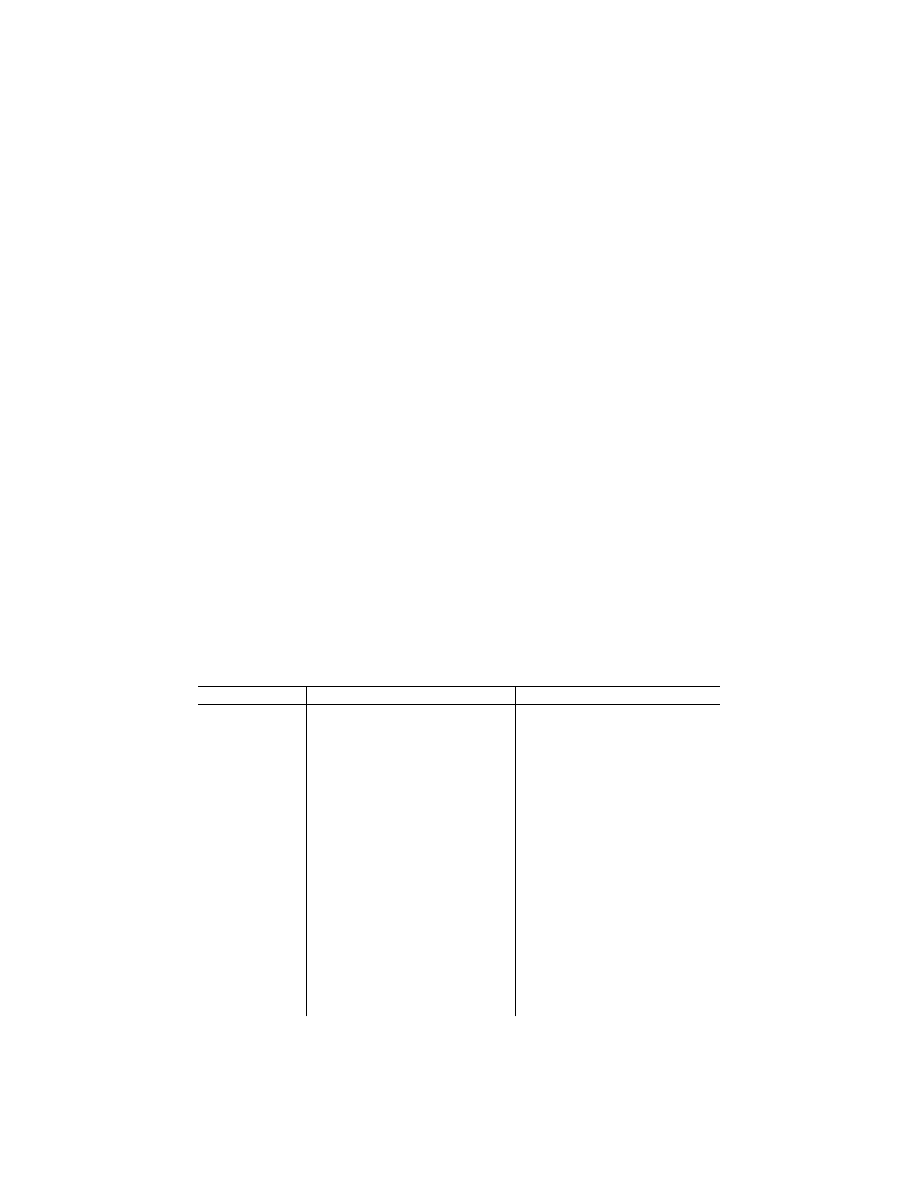
309
Federal Aviation Administration, DOT
Pt. 121, App. L
of this chapter. Each new revision to a cur-
rent airplane performance operating limita-
tion for an airplane that is or has been dem-
onstrated to comply, must also be approved
by the Administrator. An airplane approved
to the requirements of section 1.(b) of SFAR
No. 41 of 14 CFR part 21, as described in para-
graph 1.a.iv of this appendix, and that has
been demonstrated to comply with the addi-
tional requirements of section 4.(c) of SFAR
No. 41 of 14 CFR part 21 and International
Civil Aviation Organization Annex 8 (avail-
able from the FAA, 800 Independence Avenue
SW., Washington, DC 20591), will be consid-
ered to be in compliance with the commuter
category performance requirements.
b. Each turbopropeller powered airplane
subject to this appendix must be dem-
onstrated to comply with the airplane per-
formance operating limitation requirements
of this chapter specified as follows:
i. Section 23.45 Performance General.
ii. Section 23.51 Takeoff.
iii. Section 23.53 Takeoff speeds.
iv. Section 23.55 Accelerate stop distance.
v. Section 23.57 Takeoff path.
vi. Section 23.59 Takeoff distance and take-
off run.
vii. Section 23.61 Takeoff flight path.
viii. Section 23.65 Climb: All engines oper-
ating.
ix. Section 23.67 Climb: one engine inoper-
ative.
x. Section 23.75 Landing.
xi. Section 23.77 Balked landing.
xii. Sections 23.1581 through 23.1589 Air-
plane flight manual and approved manual
material.
6.
Operation.
After compliance with the
final airplane performance operating limita-
tions requirements has been demonstrated
and added to the Airplane Flight Manual
performance data of the affected airplane,
that airplane must be operated in accordance
with the performance limitations of §§ 121.189
through 121.197.
[Doc. No. 28154, 60 FR 65936, Dec. 20, 1995, as
amended by Doc. No. OST–2002–13435]
A
PPENDIX
L
TO
P
ART
121—T
YPE
C
ER
-
TIFICATION
R
EGULATIONS
M
ADE
P
RE
-
VIOUSLY
E
FFECTIVE
Appendix L lists regulations in this part
that require compliance with standards con-
tained in superseded type certification regu-
lations that continue to apply to certain
transport category airplanes. The tables set
out citations to current CFR section, appli-
cable aircraft, superseded type certification
regulation and applicable time periods, and
the CFR edition and F
EDERAL
R
EGISTER
doc-
uments where the regulation having prior ef-
fect is found. Copies of all superseded regula-
tions may be obtained at the Federal Avia-
tion Administration Law Library, Room 924,
800 Independence Avenue SW., Washington,
DC.
Part 121 section
Applicable aircraft
Provisions: CFR/FR references
§ 121.312(a)(1)(i) ............
Transport category; or nontransport category
type certificated before January 1, 1965; pas-
senger capacity of 20 or more; manufactured
prior to August 20, 1990.
Heat release rate testing. 14 CFR 25.853(d) in
effect March 6, 1995: 14 CFR parts 1 to 59,
Revised as of January 1, 1995, and amended
by Amdt. 25–83, 60 FR 6623, February 2,
1995.
Formerly 14 CFR 25.853(a–1) in effect August
20, 1986: 14 CFR parts 1 to 59, Revised as of
January 1, 1986.
§ 121.312(a)(1)(ii) ...........
Transport category; or nontransport category
type certificated before January 1, 1965; pas-
senger capacity of 20 or more; manufactured
after August 19, 1990.
Heat release rate and smoke testing. 14 CFR
25.853(d) in effect March 6, 1995: 14 CFR
parts 1 to 59, Revised as of January 1, 1995,
and amended by Amdt. 25–83, 60 FR 6623,
February 2, 1995.
Formerly 14 CFR 25.853(a–1) in effect Sep-
tember 26, 1988: 14 CFR parts 1 to 59, Re-
vised as of January 1, 1988, and amended by
Amdt. 25–66, 53 FR 32584, August 25, 1988
§ 121.312(a)(2)(i) ............
Transport category; or nontransport category
type certificate before January 1, 1965; appli-
cation for type certificate filed prior to May 1,
1972; substantially complete replacement of
cabin interior on or after May 1, 1972.
Provisions of 14 CFR 25.853 in effect on April
30, 1972: 14 CFR parts 1 to 59, Revised as of
January 1, 1972.
§ 121.312(a)(3)(i) ............
Transport category type certificated after January
1, 1958; nontransport category type certificated
after January 1, 1958, but before January 1,
1965; passenger capacity of 20 or more; sub-
stantially complete replacement of the cabin in-
terior on or after March 6, 1995.
Heat release rate testing. 14 CFR 25.853(d) in
effect March 6, 1995: 14 CFR parts 1 to 59,
Revised as of January 1, 1995; and amended
by 25–83, 60 FR 6623, February 2, 1995.
Formerly 14 CFR 25.853(a–1) in effect August
20, 1986: 14 CFR parts 1 to 59, Revised as of
January 1, 1986.
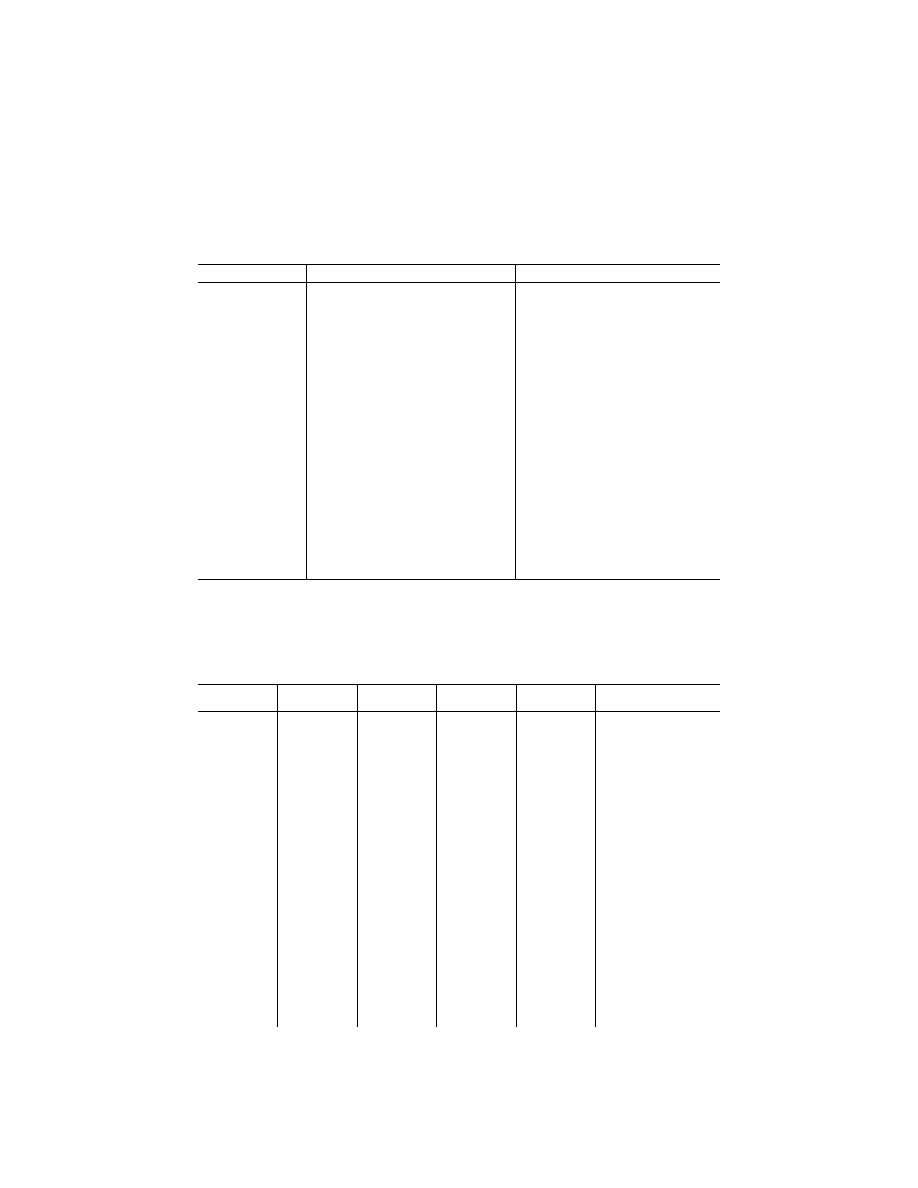
310
14 CFR Ch. I (1–1–24 Edition)
Pt. 121, App. M
Part 121 section
Applicable aircraft
Provisions: CFR/FR references
§ 121.312(a)(3)(ii) ...........
Transport category type certificated after January
1, 1958; nontransport category type certificated
after January 1, 1958, but before January 1,
1965; passenger capacity of 20 or more; sub-
stantially complete replacement of the cabin in-
terior on or after August 20, 1990.
Heat release rate and smoke testing. 14 CFR
25.853(d) in effect March 6, 1995; 14 CFR
parts 1 to 59, Revised as of January 1, 1995;
and amended by 25–83, 60 FR 6623, February
2, 1995.
Formerly 14 CFR § 25.853(a–1) in effect Sep-
tember 26, 1988: CFR, Title 14, Parts 1 to 59,
Revised as of January 1, 1988, and amended
by 25–66, 53 FR 32584, August 25, 1988.
§ 121.312(b) (1) and (2)
Transport category airplane type certificated after
January 1, 1958; Nontransport category air-
plane type certificated after December 31,
1964.
Seat cushions. 14 CFR 25.853(c) effective on
November 26, 1984: 14 CFR parts 1 to 59,
Revised as of January 1, 1984, and amended
by \n25–59, 49 FR 43188, October 26, 1984.
§ 121.312(c) ....................
Airplane type certificated in accordance with
SFAR No. 41; maximum certificated takeoff
weight in excess of 12,500 pounds.
Compartment interior requirements. 14 CFR
25.853(a) in effect March 6, 1995: 14 CFR
parts 1 to 59, Revised as of January 1, 1995,
and amended by 25–83, 60 FR 6623, February
2, 1995.
Formerly 14 CFR 25.853(a), (b–1), (b–2), and
(b–3) in effect on September 26, 1978: 14
CFR parts 1 to 59, Revised as of January 1,
1978.
§ 121.314(a) ...................
Transport category airplanes type certificated
after January 1, 1958.
Class C or D cargo or baggage compartment
definition, 14 CFR 25.857 in effect on June 16,
1986, 14 CFR parts 1 to 59, Revised 1/1/97,
and amended by Amendment 25–60, 51 FR
18243, May 16, 1986.
[Doc. No. 28154, 60 FR 65936, Dec. 20, 1995, as amended by Amdt. 121–269, 63 FR 8049, Feb. 17,
1998]
A
PPENDIX
M
TO
P
ART
121—A
IRPLANE
F
LIGHT
R
ECORDER
S
PECIFICATIONS
The recorded values must meet the designated range, resolution and accuracy requirements during static and dynamic condi-
tions. Dynamic condition means the parameter is experiencing change at the maximum rate attainable, including the maximum
rate of reversal. All data recorded must be correlated in time to within one second.
Parameters
Range
Accuracy (sensor
input)
Seconds per
sampling interval
Resolution
Remarks
1. Time or relative
times counts.
1
24 Hrs, 0 to
4095.
±
0.125% per
hour.
4 ........................
1 sec .................
UTC time preferred when
available. Count incre-
ments each 4 seconds of
system operation.
2. Pressure Alti-
tude.
¥
1000 ft to max
certificated alti-
tude of aircraft.
+ 5000 ft.
±
100 to
±
700 ft
(see table,
TSO C124a or
TSO C51a).
1 ........................
5
′
to 35
′
.............
Data should be obtained
from the air data computer
when practicable.
3. Indicated air-
speed or Cali-
brated airspeed.
50 KIAS or min-
imum value to
Max V
so
to 1.2
V.
D
.
±
5% and
±
3% ....
1 ........................
1 kt ....................
Data should be obtained
from the air data computer
when practicable.
4. Heading (Pri-
mary flight crew
reference).
0–360
°
and Dis-
crete ‘‘true’’ or
‘‘mag’’.
±
2
°
.....................
1 ........................
0.5
°
....................
When true or magnetic head-
ing can be selected as the
primary heading reference,
a discrete indicating selec-
tion must be recorded.
5. Normal accel-
eration
(vertical)
9
.
¥
3g to + 6g ......
±
1% of max
range exclud-
ing datum
error of
±
5%.
0.125 .................
0.004g.
6. Pitch Attitude ..
±
75
°
...................
±
2
°
.....................
1 or 0.25 for air-
planes oper-
ated under
§ 121.344(f).
0.5
°
....................
A sampling rate of 0.25 is
recommended.
7. Roll attitude
2
...
±
180
°
.................
±
2
°
.....................
1 or 0.5 for air-
planes oper-
ated under
§ 121.344(f).
0.5 .....................
A sampling rate of 0.5 is rec-
ommended.
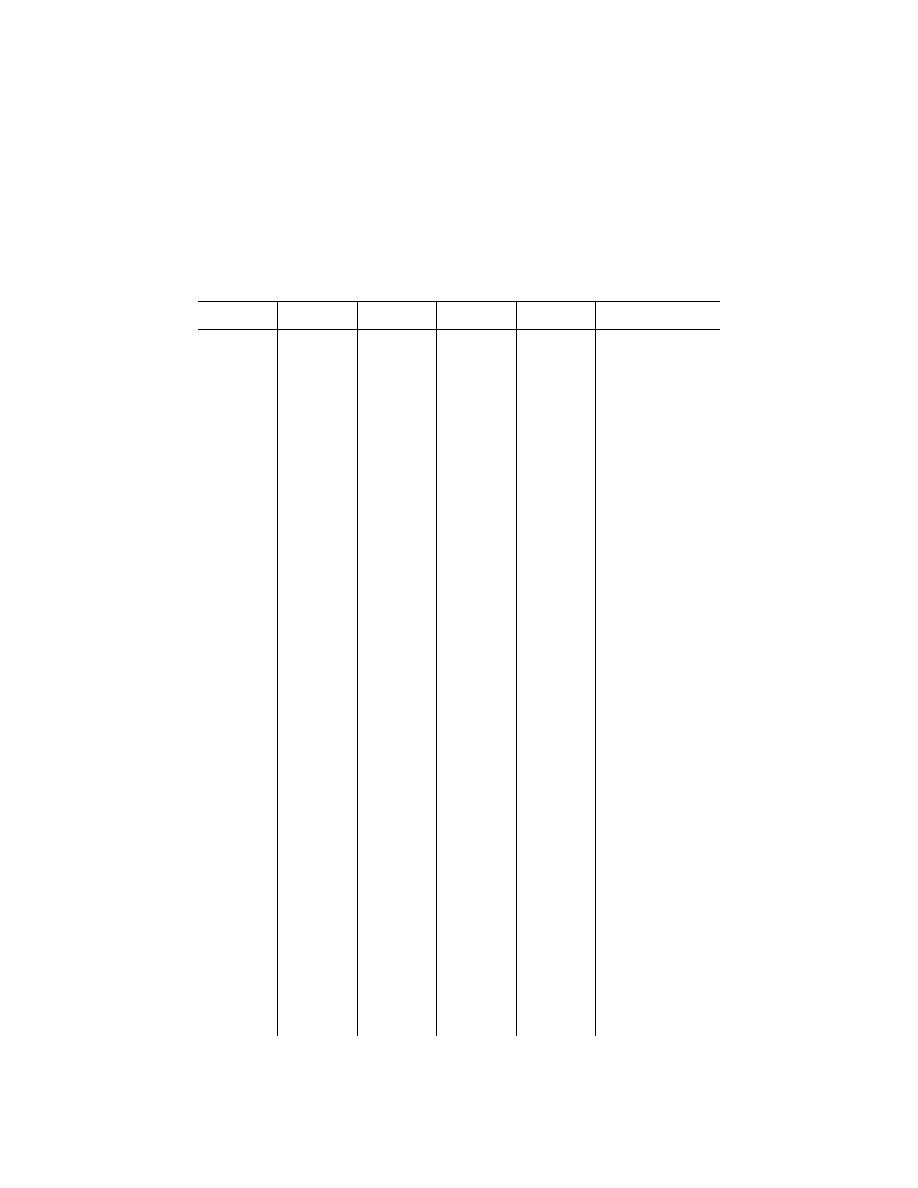
311
Federal Aviation Administration, DOT
Pt. 121, App. M
The recorded values must meet the designated range, resolution and accuracy requirements during static and dynamic condi-
tions. Dynamic condition means the parameter is experiencing change at the maximum rate attainable, including the maximum
rate of reversal. All data recorded must be correlated in time to within one second.
Parameters
Range
Accuracy (sensor
input)
Seconds per
sampling interval
Resolution
Remarks
8. Manual Radio
Transmitter
Keying or CVR/
DFDR synchro-
nization ref-
erence.
On-Off (Discrete)
None
...........................
1 ........................
...........................
Preferably each crew mem-
ber but one discrete ac-
ceptable for all trans-
mission provided the CVR/
FDR system complies with
TSO C124a CVR synchro-
nization requirements
(paragraph 4.2.1 ED–55).
9. Thrust/power
on each en-
gine—primary
flight crew ref-
erence.
Full range for-
ward.
±
2% ...................
1 (per engine) ...
0.3% of full
range.
Sufficient parameters (e.g.
EPR, N1 or Torque, NP)
as appropriate to the par-
ticular engine being re-
corded to determine power
in forward and reverse
thrust, including potential
overspeed condition.
10. Autopilot En-
gagement.
Discrete ‘‘on’’ or
‘‘off’’.
...........................
1 ........................
...........................
11. Longitudinal
Acceleration.
±
1g ....................
±
1.5% max.
range exclud-
ing datum
error of
±
5%.
0.25 ...................
0.004g ...............
12a. Pitch con-
trol(s) position
(nonfly-by-wire
systems).
18
Full Range .........
±
2
°
unless high-
er accuracy
uniquely re-
quired.
0.5 or 0.25 for
airplanes oper-
ated under
§ 121.344(f).
0.5% of full
range.
For airplanes that have a
flight control breakaway
capability that allows either
pilot to operate the controls
independently, record both
control inputs. The control
inputs may be sampled al-
ternately once per second
to produce the sampling in-
terval of 0.5 or 0.25, as ap-
plicable.
12b. Pitch con-
trol(s) position
(fly-by-wire sys-
tems).
318
Full Range .........
±
2
°
unless high-
er accuracy
uniquely re-
quired.
0.5 or 0.25 for
airplanes oper-
ated under
§ 121.344(f).
0.2% of full
range.
13a. Lateral con-
trol position(s)
(nonfly-by-
wire).
18
Full Range .........
±
2
°
unless high-
er accuracy
uniquely re-
quired.
0.5 or 0.25 for
airplanes oper-
ated under
§ 121.344(f).
0.2% of full
range.
For airplanes that have a
flight control breakaway
capability that allows either
pilot to operate the controls
independently, record both
control inputs. The control
inputs may be sampled al-
ternately once per second
to produce the sampling in-
terval of 0.5 or 0.25, as ap-
plicable.
13b. Lateral con-
trol position(s)
(fly-by-wire).
418
Full Range .........
±
2
°
unless high-
er accuracy
uniquely re-
quired.
0.5 or 0.25 for
airplanes oper-
ated under
§ 121.344(f).
0.2% of full
range..
14a. Yaw control
position(s)
(nonfly-by-
wire).
518
Full Range .........
±
2
°
unless high-
er accuracy
uniquely re-
quired.
0.5 .....................
0.3% of full
range.
For airplanes that have a
flight control breakaway
capability that allows either
pilot to operate the controls
independently, record both
control inputs. The control
inputs may be sampled al-
ternately once per second
to produce the sampling in-
terval of 0.5.
14b. Yaw control
position(s) (fly-
by-wire).
18
Full Range .........
±
2
°
unless high-
er accuracy
uniquely re-
quired.
0.5 .....................
0.2% of full
range.
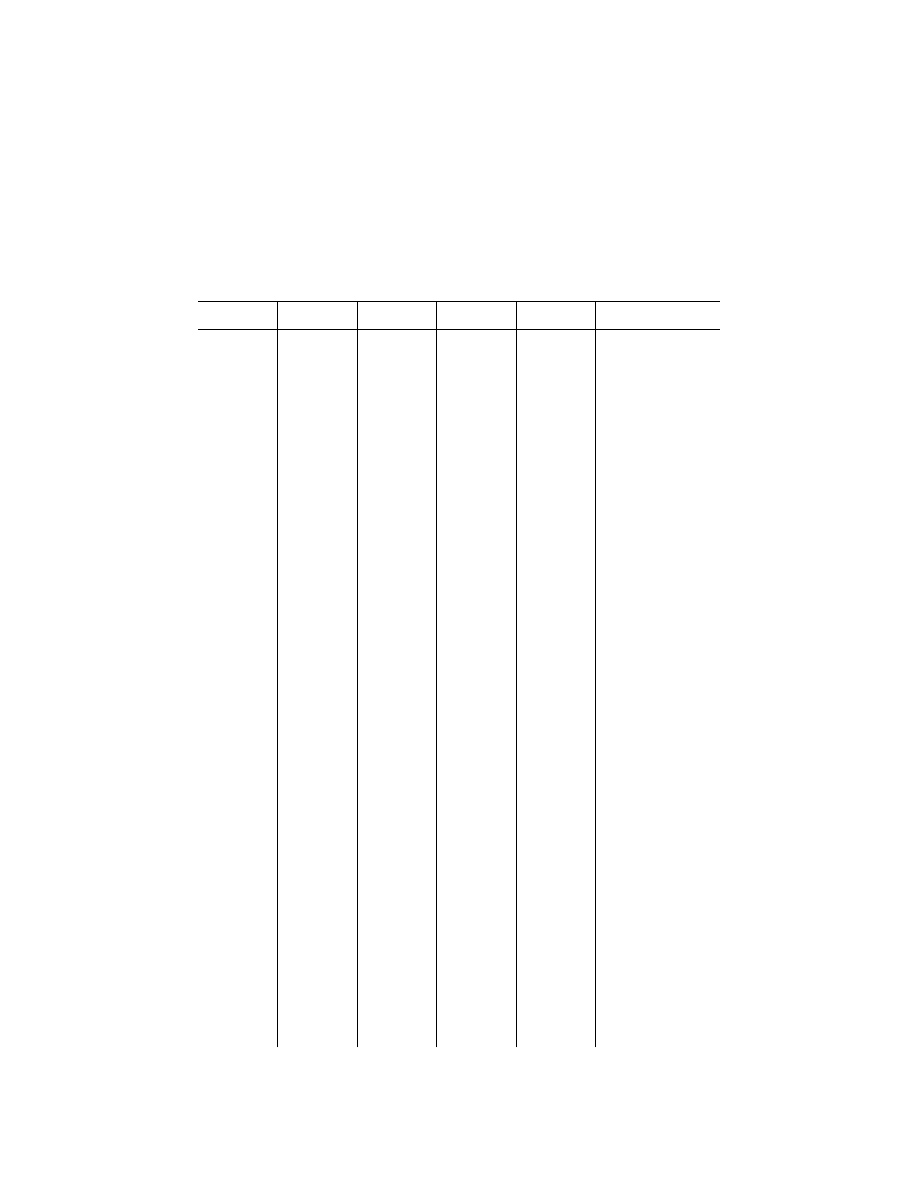
312
14 CFR Ch. I (1–1–24 Edition)
Pt. 121, App. M
The recorded values must meet the designated range, resolution and accuracy requirements during static and dynamic condi-
tions. Dynamic condition means the parameter is experiencing change at the maximum rate attainable, including the maximum
rate of reversal. All data recorded must be correlated in time to within one second.
Parameters
Range
Accuracy (sensor
input)
Seconds per
sampling interval
Resolution
Remarks
15. Pitch control
surface(s) posi-
tion.
618
Full Range .........
±
2
°
unless high-
er accuracy
uniquely re-
quired.
0.5 or 0.25 for
airplanes oper-
ated under
§ 121.344(f).
0.3% of full
range.
For airplanes fitted with mul-
tiple or split surfaces, a
suitable combination of in-
puts is acceptable in lieu of
recording each surface
separately. The control
surfaces may be sampled
alternately once per sec-
ond to produce the sam-
pling interval of 0.5 or
0.25, as applicable.
16. Lateral control
surface(s) posi-
tion.
718
Full Range .........
±
2
°
unless high-
er accuracy
uniquely re-
quired.
0.5 or 0.25 for
airplanes oper-
ated under
§ 121.344(f).
0.3% of full
range.
A suitable combination of
surface position sensors is
acceptable in lieu of re-
cording each surface sepa-
rately. The control surfaces
may be sampled alter-
nately to produce the sam-
pling interval of 0.5 or
0.25, as applicable.
17. Yaw control
surface(s) posi-
tion.
818
Full Range .........
±
2
°
unless high-
er accuracy
uniquely re-
quired.
0.5 .....................
0.2% of full
range.
For airplanes with multiple or
split surfaces, a suitable
combination of surface po-
sition sensors is accept-
able in lieu of recording
each surface separately.
The control surfaces may
be sampled alternately to
produce the sampling inter-
val of 0.5.
18. Lateral Accel-
eration.
±
1g ....................
±
1.5% max.
range exclud-
ing datum
error of
±
5%.
0.25 ...................
0.004g
19. Pitch Trim
Surface Posi-
tion.
Full Range .........
±
3
°
Unless High-
er Accuracy
Uniquely Re-
quired.
1 ........................
0.6% of full
range.
20. Trailing Edge
Flap or Cockpit
Control Selec-
tion.
10
.
Full Range or
Each Position
(discrete).
±
3
°
or as Pilot’s
indicator.
2 ........................
0.5% of full
range.
Flap position and cockpit
control may each be sam-
pled at 4 second intervals,
to give a data point every
2 seconds.
21. Leading Edge
Flap or Cockpit
Control Selec-
tion.
11
.
Full Range or
Each Discrete
Position.
±
3
°
or as Pilot’s
indicator and
sufficient to
determine
each discrete
position.
2 ........................
0.5% of full
range.
Left and right sides, or flap
position and cockpit control
may each be sampled at 4
second intervals, so as to
give a data point every 2
seconds.
22. Each Thrust
Reverser Posi-
tion (or equiva-
lent for pro-
peller airplane).
Stowed, In Tran-
sit, and Re-
verse (Dis-
crete).
...........................
1 (per engine) ...
...........................
Turbo-jet—2 discretes enable
the 3 states to be deter-
mined.
Turbo-prop—discrete.
23. Ground spoil-
er position or
brake selec-
tion
12
.
Full range or
each position
(discrete).
±
2
°
Unless high-
er accuracy
uniquely re-
quired.
1 or 0.5 for air-
planes oper-
ated under
§ 121.344(f).
0.5% of full
range.
24. Outside Air
Temperature or
Total Air Tem-
perature.
13
.
¥
50
°
C to + 90
°
C.
±
2
°
C .................
2 ........................
0.3
°
C ................
25. Autopilot/
Autothrottle/
AFCS Mode
and Engage-
ment Status.
A suitable com-
bination of
discretes.
...........................
1 ........................
...........................
Discretes should show which
systems are engaged and
which primary modes are
controlling the flight path
and speed of the aircraft.
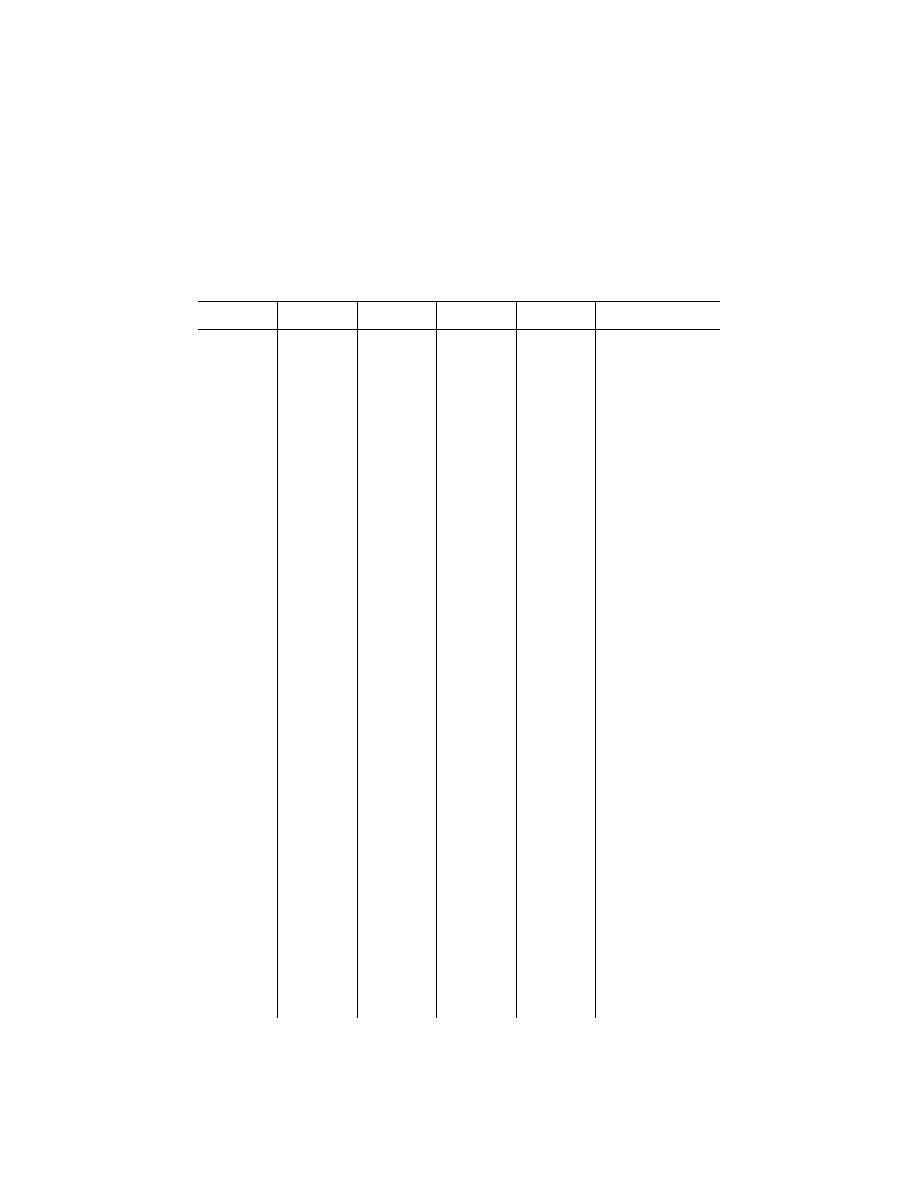
313
Federal Aviation Administration, DOT
Pt. 121, App. M
The recorded values must meet the designated range, resolution and accuracy requirements during static and dynamic condi-
tions. Dynamic condition means the parameter is experiencing change at the maximum rate attainable, including the maximum
rate of reversal. All data recorded must be correlated in time to within one second.
Parameters
Range
Accuracy (sensor
input)
Seconds per
sampling interval
Resolution
Remarks
26. Radio Alti-
tude
14
.
¥
20 ft to 2,500
ft.
±
2 ft or
±
3%
whichever is
greater below
500 ft and
±
5% above
500 ft.
1 ........................
1 ft + 5% above
500 ft.
For autoland/category 3 op-
erations. Each radio altim-
eter should be recorded,
but arranged so that at
least one is recorded each
second.
27. Localizer De-
viation, MLS
Azimuth, or
GPS Latitude
Deviation.
±
400 Microamps
or available
sensor range
as installed.
±
62
°
As installed
±
3%
recommended.
1 ........................
0.3% of full
range.
For autoland/category 3 op-
erations. Each system
should be recorded but ar-
ranged so that at least one
is recorded each second. It
is not necessary to record
ILS and MLS at the same
time, only the approach aid
in use need be recorded.
28. Glideslope
Deviation, MLS
Elevation, or
GPS Vertical
Deviation.
±
400 Microamps
or available
sensor range
as installed
0.9 to + 30
°
As installed +
/3
¥
3% rec-
ommended.
1 ........................
0.3% of full
range.
For autoland/category 3 op-
erations. Each system
should be recorded but ar-
ranged so that at least one
is recorded each second. It
is not necessary to record
ILS and MLS at the same
time, only the approach aid
in use need be recorded.
29. Marker Bea-
con Passage.
Discrete ‘‘on’’ or
‘‘off’’.
...........................
1 ........................
...........................
A single discrete is accept-
able for all markers.
30. Master Warn-
ing.
Discrete .............
...........................
1 ........................
...........................
Record the master warning
and record each ‘‘red’’
warning that cannot be de-
termined from other pa-
rameters or from the cock-
pit voice recorder.
31. Air/ground
sensor (primary
airplane system
reference nose
or main gear).
Discrete ‘‘air’’ or
‘‘ground’’.
...........................
1 (0.25 rec-
ommended).
32. Angle of At-
tack (If meas-
ured directly).
As installed ........
As installed ........
2 or 0.5 for air-
planes oper-
ated under
§ 121.344(f).
0.3% of full
range.
If left and right sensors are
available, each may be re-
corded at 4 or 1 second in-
tervals, as appropriate, so
as to give a data point at 2
seconds or 0.5 second, as
required.
33. Hydraulic
Pressure Low,
Each System.
Discrete or avail-
able sensor
range, ‘‘low’’ or
‘‘normal’’.
±
5% ...................
2 ........................
0.5% of full
range.
34. Groundspeed
As Installed .......
Most Accurate
Systems In-
stalled.
1 ........................
0.2% of full
range.
35. GPWS
(ground prox-
imity warning
system).
Discrete ‘‘warn-
ing’’ or ‘‘off’’.
...........................
1 ........................
...........................
A suitable combination of
discretes unless recorder
capacity is limited in which
case a single discrete for
all modes is acceptable.
36. Landing Gear
Position or
Landing gear
cockpit control
selection.
Discrete .............
...........................
4 ........................
...........................
A suitable combination of
discretes should be re-
corded.
37. Drift Angle.
15
As installed ........
As installed ........
4 ........................
0.1
°
....................
38. Wind Speed
and Direction.
As installed ........
As installed ........
4 ........................
1 knot, and 1.0
°
.
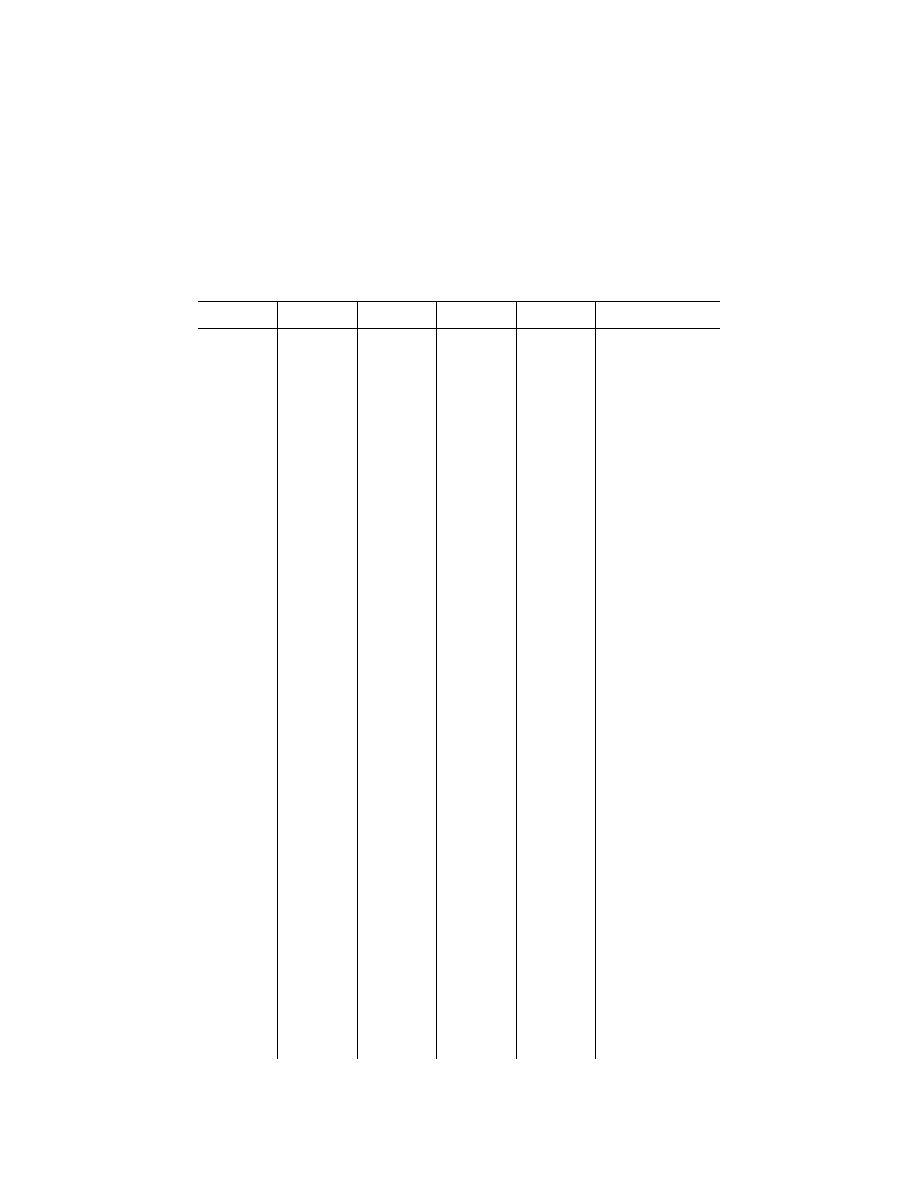
314
14 CFR Ch. I (1–1–24 Edition)
Pt. 121, App. M
The recorded values must meet the designated range, resolution and accuracy requirements during static and dynamic condi-
tions. Dynamic condition means the parameter is experiencing change at the maximum rate attainable, including the maximum
rate of reversal. All data recorded must be correlated in time to within one second.
Parameters
Range
Accuracy (sensor
input)
Seconds per
sampling interval
Resolution
Remarks
39. Latitude and
Longitude.
As installed ........
As installed ........
4 ........................
0.002
°
, or as in-
stalled.
Provided by the Primary
Navigation System Ref-
erence. Where capacity
permits Latitude/longitude
resolution should be
0.0002
°
.
40. Stick shaker
and pusher acti-
vation.
Discrete(s) ‘‘on’’
or ‘‘off’’.
...........................
1 ........................
...........................
A suitable combination of
discretes to determine acti-
vation.
41. Windshear
Detection.
Discrete ‘‘warn-
ing’’ or ‘‘off’’.
...........................
1.
42. Throttle/power
Leverl posi-
tion.
16
.
Full Range .........
±
2% ...................
1 for each lever
2% of full range
For airplanes with non-me-
chanically linked cockpit
engine controls.
43. Additional En-
gine Param-
eters.
As installed ........
As installed ........
Each engine
each second.
2% of full range
Where capacity permits, the
preferred priority is indi-
cated vibration level, N2,
EGT, Fuel Flow, Fuel Cut-
off lever position and N3,
unless engine manufac-
turer recommends other-
wise.
44. Traffic Alert
and Collision
Avoidance Sys-
tem (TCAS).
Discretes ...........
As installed ........
1 ........................
...........................
A suitable combination of
discretes should be re-
corded to determine the
status of—Combined Con-
trol, Vertical Control, Up
Advisory, and Down Advi-
sory. (ref. ARINC Char-
acteristic 735 Attachment
6E, TCAS VERTICAL RA
DATA OUTPUT WORD.)
45. DME 1 and 2
Distance.
0–200 NM .........
As installed ........
4 ........................
1 NM .................
1 mile
46. Nav 1 and 2
Selected Fre-
quency.
Full Range .........
As installed ........
4 ........................
...........................
Sufficient to determine se-
lected frequency
47. Selected baro-
metric setting.
Full Range .........
±
5% ...................
(1 per 64 sec.) ..
0.2% of full
range
48. Selected Alti-
tude.
Full Range .........
±
5% ...................
1 ........................
100 ft
49. Selected
speed.
Full Range .........
±
5% ...................
1 ........................
1 knot
50. Selected
Mach.
Full Range .........
±
5% ...................
1 ........................
.01
51. Selected
vertical speed.
Full Range .........
±
5% ...................
1 ........................
100 ft/min
52. Selected
heading.
Full Range .........
±
5% ...................
1 ........................
1
°
53. Selected flight
path.
Full Range .........
±
5% ...................
1 ........................
1
°
54. Selected deci-
sion height.
Full Range .........
±
5% ...................
64 ......................
1 ft
55. EFIS display
format.
Discrete(s) .........
...........................
4 ........................
...........................
Discretes should show the
display system status (e.g.,
off, normal, fail, composite,
sector, plan, nav aids,
weather radar, range,
copy.
56. Multi-function/
Engine Alerts
Display format.
Discrete(s) .........
...........................
4 ........................
...........................
Discretes should show the
display system status (e.g.,
off, normal, fail, and the
identity of display pages
for emergency procedures,
need not be recorded.
57. Thrust com-
mand.
17
.
Full Range .........
±
2% ...................
2 ........................
2% of full range.
58. Thrust target
Full Range .........
±
2% ...................
4 ........................
2% of full range
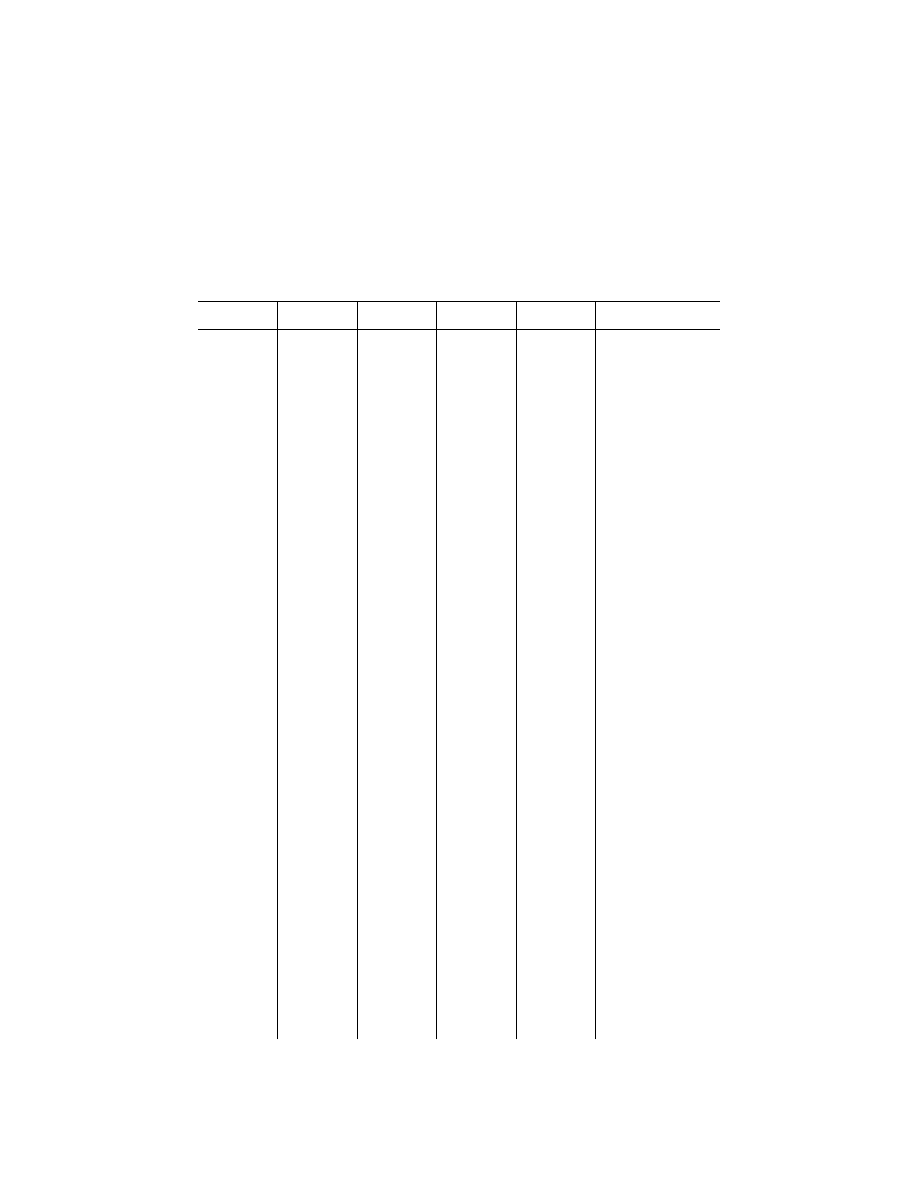
315
Federal Aviation Administration, DOT
Pt. 121, App. M
The recorded values must meet the designated range, resolution and accuracy requirements during static and dynamic condi-
tions. Dynamic condition means the parameter is experiencing change at the maximum rate attainable, including the maximum
rate of reversal. All data recorded must be correlated in time to within one second.
Parameters
Range
Accuracy (sensor
input)
Seconds per
sampling interval
Resolution
Remarks
59. Fuel quantity
in CG trim tank.
Full Range .........
±
5% ...................
(1 per 64 sec.) ..
1% of full range
60. Primary Navi-
gation System
Reference.
Discrete GPS,
INS, VOR/
DME, MLS,
Localizer
Glideslope.
...........................
4 ........................
...........................
A suitable combination of
discretes to determine the
Primary Navigation System
reference.
61. Ice Detection
Discrete ‘‘ice’’ or
‘‘no ice’’.
...........................
4
62. Engine warn-
ing each engine
vibration.
Discrete .............
...........................
1
63. Engine warn-
ing each engine
over temp.
Discrete .............
...........................
1
64. Engine warn-
ing each engine
oil pressure low.
Discrete .............
...........................
1
65. Engine warn-
ing each engine
over speed.
Discrete .............
...........................
1
66. Yaw Trim Sur-
face Position.
Full Range .........
±
3% Unless
Higher Accu-
racy Uniquely
Required.
2 ........................
0.3% of full
range.
67. Roll Trim Sur-
face Position.
Full Range .........
±
3% Unless
Higher Accu-
racy Uniquely
Required.
2 ........................
0.3% of full
range.
68. Brake Pres-
sure (left and
right).
As installed ........
±
5% ...................
1 ........................
...........................
To determine braking effort
applied by pilots or by
autobrakes.
69. Brake Pedal
Application (left
and right).
Discrete or Ana-
log ‘‘applied’’
or ‘‘off’’.
±
5% (Analog) ....
1 ........................
...........................
To determine braking applied
by pilots.
70. Yaw or side-
slip angle.
Full Range .........
±
5% ...................
1 ........................
0.5
°
71. Engine bleed
valve position.
Discrete ‘‘open’’
or ‘‘closed’’.
...........................
4
72. De-icing or
anti-icing sys-
tem selection.
Discrete ‘‘on’’ or
‘‘off’’.
...........................
4
73. Computed
center of gravity.
Full Range .........
±
5% ...................
(1 per 64 sec.) ..
1% of full range
74. AC electrical
bus status.
Discrete ‘‘power’’
or ‘‘off’’.
...........................
4 ........................
...........................
Each bus.
75. DC electrical
bus status.
Discrete ‘‘power’’
or ‘‘off’’.
...........................
4 ........................
...........................
Each bus.
76 APU bleed
valve position.
Discrete ‘‘open’’
or ‘‘closed’’.
...........................
4
77. Hydraulic
Pressure (each
system).
Full range ..........
±
5% ...................
2 ........................
100 psi
78. Loss of cabin
pressure.
Discrete ‘‘loss’’
or ‘‘normal’’.
...........................
1.
79. Computer fail-
ure (critical
flight and en-
gine control
systems).
Discrete ‘‘fail’’ or
‘‘normal’’.
...........................
4.
80. Heads-up dis-
play (when an
information
source is in-
stalled).
Discrete(s) ‘‘on’’
or ‘‘off’’.
...........................
4
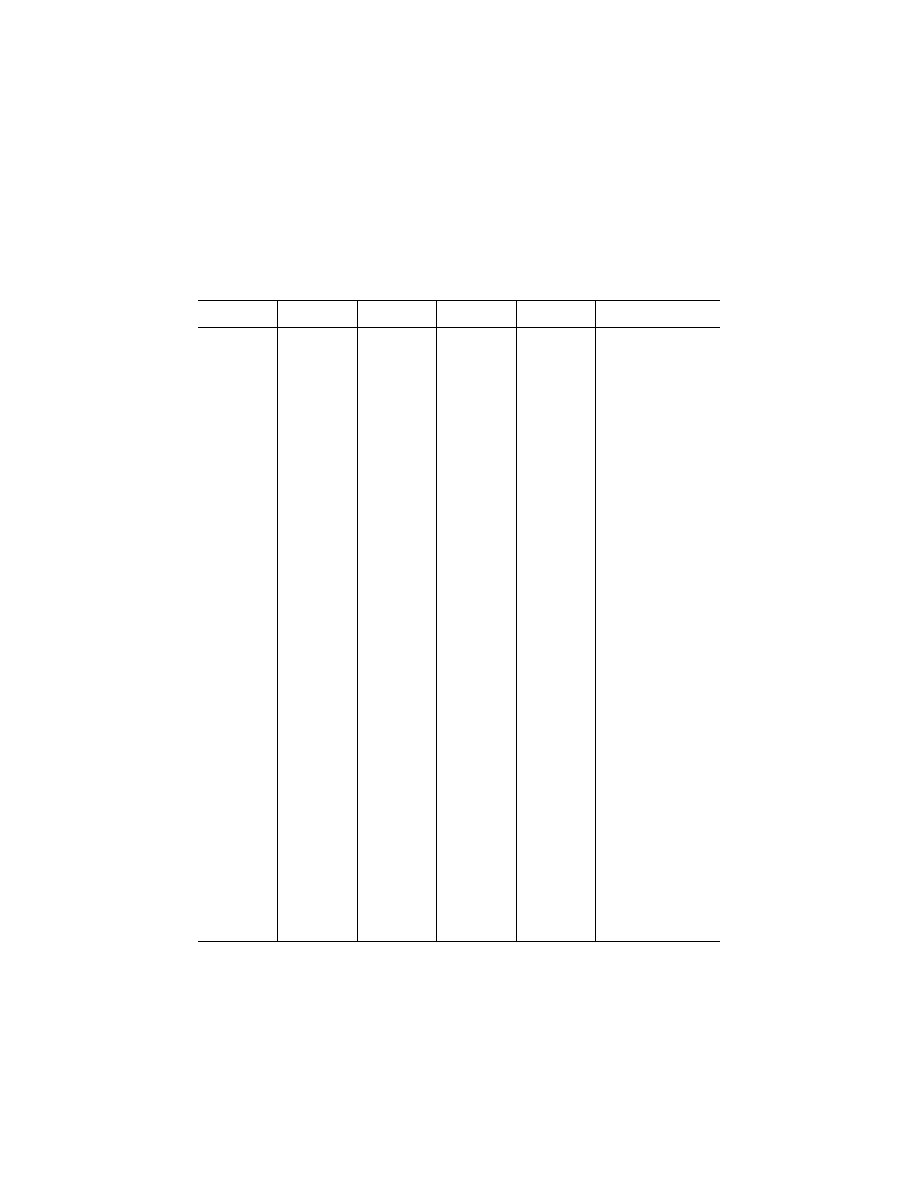
316
14 CFR Ch. I (1–1–24 Edition)
Pt. 121, App. M
The recorded values must meet the designated range, resolution and accuracy requirements during static and dynamic condi-
tions. Dynamic condition means the parameter is experiencing change at the maximum rate attainable, including the maximum
rate of reversal. All data recorded must be correlated in time to within one second.
Parameters
Range
Accuracy (sensor
input)
Seconds per
sampling interval
Resolution
Remarks
81. Para-visual
display (when
an information
source is in-
stalled).
Discrete(s) ‘‘on’’
or ‘‘off’’.
82. Cockpit trim
control input po-
sition—pitch.
Full Range .........
±
5% ...................
1 ........................
0.2% of full
range.
Where mechanical means for
control inputs are not avail-
able, cockpit display trim
positions should be re-
corded.
83. Cockpit trim
control input po-
sition—roll.
Full Range .........
±
5% ...................
1 ........................
0.7% of full
range.
Where mechanical means for
control inputs are not avail-
able, cockpit display trim
position should be re-
corded.
84. Cockpit trim
control input po-
sition—yaw.
Full range ..........
±
5% ...................
1 ........................
0.3% of full
range.
Where mechanical means for
control input are not avail-
able, cockpit display trim
positions should be re-
corded.
85. Trailing edge
flap and cockpit
flap control po-
sition.
Full Range .........
±
5% ...................
2 ........................
0.5% of full
range.
Trailing edge flaps and cock-
pit flap control position
may each be sampled al-
ternately at 4 second inter-
vals to provide a sample
each 0.5 second.
86. Leading edge
flap and cockpit
flap control po-
sition.
Full Range or
Discrete.
±
5% ...................
1 ........................
0.5% of full
range
87. Ground spoil-
er position and
speed brake se-
lection.
Full range or dis-
crete.
±
5% ...................
0.5 .....................
0.3% of full
range.
88. All cockpit
flight control
input forces
(control wheel,
control column,
rudder
pedal)
1819
.
Full range ..........
Control wheel
±
70 lbs.
Control column
±
85 lbs.
Rudder pedal
±
165 lbs.
±
5% ...................
1 ........................
0.3% of full
range.
For fly-by-wire flight control
systems, where flight con-
trol surface position is a
function of the displace-
ment of the control input
device only, it is not nec-
essary to record this pa-
rameter. For airplanes that
have a flight control break
away capability that allows
either pilot to operate the
control independently,
record both control force
inputs. The control force
inputs may be sampled al-
ternately once per 2 sec-
onds to produce the sam-
pling interval of 1.
89. Yaw damper
status.
Discrete (on/off)
0.5 .....................
90. Yaw damper
command.
Full range ..........
As installed ........
0.5 .....................
1% of full range.
91. Standby rud-
der valve status.
Discrete .............
0.5.
1
For A300 B2/B4 airplanes, resolution = 6 seconds.
2
For A330/A340 series airplanes, resolution = 0.703
°
.
3
For A318/A319/A320/A321 series airplanes, resolution = 0.275% (0.088
°
>0.064
°
).
For A330/A340 series airplanes, resolution = 2.20%(0.703
°
>0.064
°
).
4
For A318/A319/A320/A321 series airplanes, resolution = 0.22% (0.088
°
>0.080
°
).
For A330/A340 series airplanes, resolution = 1.76% (0.703
°
>0.080
°
).
5
For A330/A340 series airplanes, resolution = 1.18% (0.703
°
>0.120
°
).
For A330/A340 series airplanes, seconds per sampling interval = 1.
6
For A330/A340 series airplanes, resolution = 0.783% (0.352
°
>0.090
°
).
7
For A330/A340 series airplanes, aileron resolution = 0.704% (0.352
°
>0.100
°
). For A330/A340 series airplanes, spoiler resolu-
tion = 1.406% (0.703
°
>0.100
°
).
8
For A330/A340 series airplanes, resolution = 0.30% (0.176
°
>0.12
°
).
For A330/A340 series airplanes, seconds per sampling interval = 1.
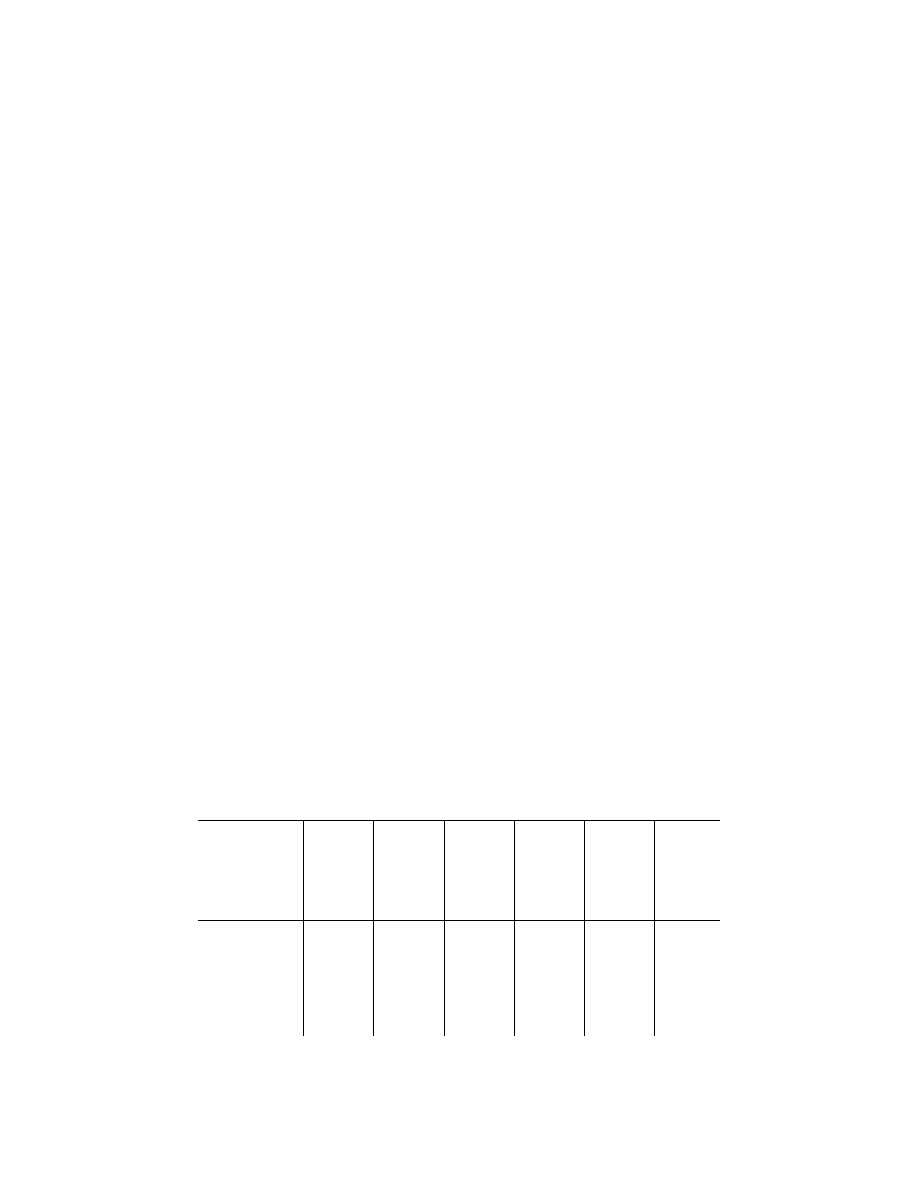
317
Federal Aviation Administration, DOT
Pt. 121, App. O
9
For B–717 series airplanes, resolution = .005g. For Dassault F900C/F900EX airplanes, resolution = .007g.
10
For A330/A340 series airplanes, resolution = 1.05% (0.250
°
>0.120
°
).
11
For A330/A340 series airplanes, resolution = 1.05% (0.250
°
>0.120
°
). For A300 B2/B4 series airplanes, resolution = 0.92%
(0.230
°
>0.125
°
).
12
For A330/A340 series airplanes, spoiler resolution = 1.406% (0.703
°
>0.100
°
).
13
For A330/A340 series airplanes, resolution = 0.5
°
C.
14
For Dassault F900C/F900EX airplanes, Radio altitude resolution = 1.25 ft.
15
For A330/A340 series airplanes, resolution = 0.352 degrees.
16
For A318/A319/A320/A321 series airplanes, resolution = 4.32%. For A330/A340 series airplanes, resolution is 3.27% of full
range for throttle lever angle (TLA); for reverse thrust, reverse throttle lever angle (RLA) resolution is nonlinear over the active
reverse thrust range, which is 51.54 degrees to 96.14 degrees. The resolved element is 2.8 degrees uniformly over the entire ac-
tive reverse thrust range, or 2.9% of the full range value of 96.14 degrees.
17
For A318/A319/A320/A321 series airplanes, with IAE engines, resolution = 2.58%.
18
For all aircraft manufactured on or after December 6, 2010, the seconds per sampling interval is 0.125. Each input must be
recorded at this rate. Alternately sampling inputs (interleaving) to meet this sampling interval is prohibited.
19
For 737 model airplanes manufactured between August 19, 2000 and April 6, 2010: the seconds per sampling interval is 0.5
per control input; the remarks regarding the sampling rate do not apply; a single control wheel force transducer installed on the
left cable control is acceptable provided the left and right control wheel positions also are recorded.
[Doc. No. 28109, 62 FR 38382, July 17, 1997; 62 FR 48135, Sept. 12, 1997, as amended by Amdt.
121–271, 64 FR 46120, Aug. 24, 1999; Amdt. 121–278, 65 FR 51745, Aug. 24, 2000; 65 FR 81733, Dec.
27, 2000; Amdt. 121–292, 67 FR 54323, Aug. 21, 2002; Amdt. 121–300, 68 FR 42936, July 18, 2003; 68
FR 50069, Aug. 20, 2003; 68 FR 53877, Sept. 15, 2003; 70 FR 41134, July 18, 2005; Amdt. 125–54, 73
FR 12566, Mar. 7, 2008; Amdt. 121–338, 73 FR 12566, Mar. 7, 2008; Amdt. 121–342, 73 FR 73179, Dec.
2, 2008; Amdt. 121–349, 75 FR 17046, Apr. 5, 2010; Amdt. 121–347, 75 FR 7356, Feb. 19, 2010; Amdt.
121–364, 78 FR 39971, July 3, 2013; Docket FAA–2017–0733, Amdt. 121–379, 82 FR 34398, July 25,
2017]
A
PPENDIX
N
TO
P
ART
121 [R
ESERVED
]
A
PPENDIX
O
TO
P
ART
121—H
AZARDOUS
M
ATERIALS
T
RAINING
R
EQUIRE
-
MENTS
F
OR
C
ERTIFICATE
H
OLDERS
This appendix prescribes the requirements
for hazardous materials training under part
121, subpart Z, and part 135, subpart K of this
chapter. The training requirements for var-
ious categories of persons are defined by job
function or responsibility. An ‘‘X’’ in a box
under a category of persons indicates that
the specified category must receive the
noted training. All training requirements
apply to direct supervisors as well as to per-
sons actually performing the job function.
Training requirements for certificate holders
authorized in their operations specifications
to transport hazardous materials (will-carry)
are prescribed in Table 1. Those certificate
holders with a prohibition in their oper-
ations specifications against carrying or
handling hazardous materials (will-not-
carry) must follow the curriculum prescribed
in Table 2. The method of delivering the
training will be determined by the certifi-
cate holder. The certificate holder is respon-
sible for providing a method (may include
email, telecommunication, etc.) to answer
all questions prior to testing regardless of
the method of instruction. The certificate
holder must certify that a test has been com-
pleted satisfactorily to verify understanding
of the regulations and requirements.
T
ABLE
1—O
PERATORS
T
HAT
T
RANSPORT
H
AZARDOUS
M
ATERIAL
—W
ILL
-C
ARRY
C
ERTIFICATE
H
OLDERS
Aspects of transport of
hazardous materials by
air with which they must
be familiar, as a min-
imum
(See note 1)
Shippers
(See Note 2)
Will-carry
Operators and
ground-han-
dling agent’s
staff accepting
hazardous ma-
terials
(See Note 3)
Will-carry
Operators and
ground-han-
dling agents
staff respon-
sible for the
handling, stor-
age, and load-
ing of cargo
and baggage
Will-carry
Passenger-
handling staff
Will-carry
Flight crew
members and
load planners
Will-carry
Crew mem-
bers
(other than
flight crew
members)
Will-carry
General philosophy .......
X
X
X
X
X
X
Limitations .....................
X
X
X
X
X
X
General requirements
for shippers ................
X
X
........................
........................
........................
........................
Classification .................
X
X
........................
........................
........................
........................
List of hazardous mate-
rials ............................
X
X
........................
........................
X
........................
General packing require-
ments .........................
X
X
........................
........................
........................
........................
Labeling and marking ....
X
X
X
X
X
X
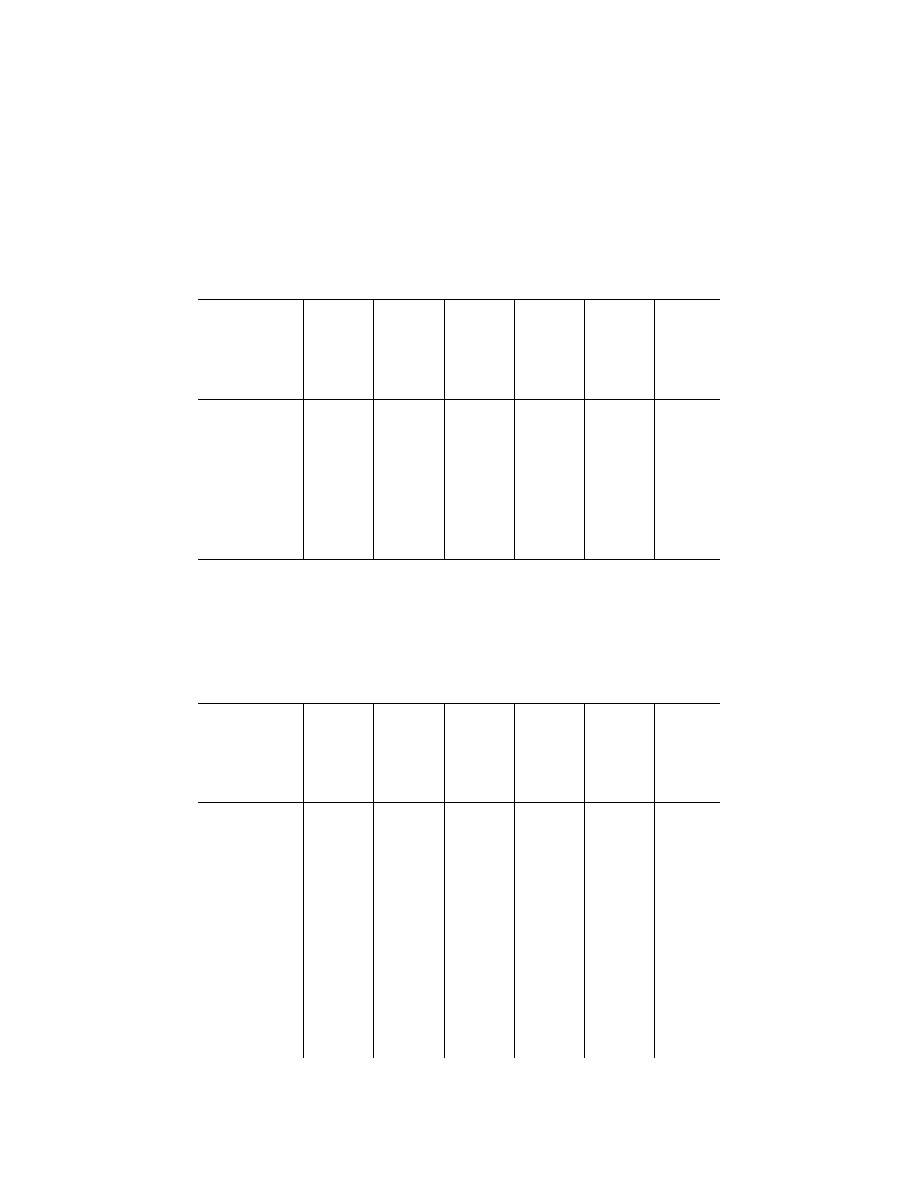
318
14 CFR Ch. I (1–1–24 Edition)
Pt. 121, App. O
T
ABLE
1—O
PERATORS
T
HAT
T
RANSPORT
H
AZARDOUS
M
ATERIAL
—W
ILL
-C
ARRY
C
ERTIFICATE
H
OLDERS
—Continued
Aspects of transport of
hazardous materials by
air with which they must
be familiar, as a min-
imum
(See note 1)
Shippers
(See Note 2)
Will-carry
Operators and
ground-han-
dling agent’s
staff accepting
hazardous ma-
terials
(See Note 3)
Will-carry
Operators and
ground-han-
dling agents
staff respon-
sible for the
handling, stor-
age, and load-
ing of cargo
and baggage
Will-carry
Passenger-
handling staff
Will-carry
Flight crew
members and
load planners
Will-carry
Crew mem-
bers
(other than
flight crew
members)
Will-carry
Hazardous materials
transport document
and other relevant
documentation ...........
X
X
........................
........................
........................
........................
Acceptance procedures
........................
X
........................
........................
........................
........................
Recognition of
undeclared hazardous
materials ....................
X
X
X
X
X
X
Storage and loading
procedures .................
........................
X
X
........................
X
........................
Pilots’ notification ..........
........................
X
X
........................
X
........................
Provisions for pas-
sengers and crew ......
........................
X
X
X
X
X
Emergency procedures
X
X
X
X
X
X
Note 1. Depending on the responsibilities of the person, the aspects of training to be covered may vary from those shown in
the table.
Note 2. When a person offers a consignment of hazmat, including COMAT, for or on behalf of the certificate holder, then the
person must be trained in the certificate holder’s training program and comply with shipper responsibilities and training. If offering
goods on another certificate holder’s equipment, the person must be trained in compliance with the training requirements in 49
CFR. All shippers of hazmat must be trained under 49 CFR. The shipper functions in 49 CFR mirror the training aspects that
must be covered for any shipper offering hazmat for transport.
Note 3. When an operator, its subsidiary, or an agent of the operator is undertaking the responsibilities of acceptance staff,
such as the passenger handling staff accepting small parcel cargo, the certificate holder, its subsidy, or the agent must be
trained in the certificate holder’s training program and comply with the acceptance staff training requirements.
T
ABLE
2—O
PERATORS
T
HAT
D
O
N
OT
T
RANSPORT
H
AZARDOUS
M
ATERIALS
—W
ILL
-N
OT
-C
ARRY
C
ERTIFICATE
H
OLDERS
Aspects of transport of
hazardous materials by
air with which they must
be familiar, as a min-
imum
(See Note 1)
Shippers
(See Note 2)
Will-not-carry
Operators and
ground-han-
dling agent’s
staff accepting
cargo other
than haz-
ardous mate-
rials
(See Note 3)
Will-not-carry
Operators and
ground-han-
dling agents
staff respon-
sible for the
handling, stor-
age, and load-
ing of cargo
and baggage
Will-not-carry
Passenger-
handling staff
Will-not-carry
Flight crew
members and
load planners
Will-not-carry
Crew mem-
bers (other
than flight
crew mem-
bers)
Will-not-carry
General philosophy .......
X
X
X
X
X
X
Limitations .....................
X
X
X
X
X
X
General requirements
for shippers ................
X
........................
........................
........................
........................
........................
Classification .................
X
........................
........................
........................
........................
........................
List of hazardous mate-
rials ............................
X
........................
........................
........................
........................
........................
General packing require-
ments .........................
X
........................
........................
........................
........................
........................
Labeling and marking ....
X
X
X
X
X
X
Hazardous materials
transport document
and other relevant
documentation ...........
X
X
........................
........................
........................
........................
Acceptance procedures
........................
........................
........................
........................
........................
........................
Recognition of
undeclared hazardous
materials ....................
X
X
X
X
X
X
Storage and loading
procedures .................
........................
........................
........................
........................
........................
........................
Pilots’ notification ..........
........................
........................
........................
........................
........................
........................
Provisions for pas-
sengers and Crew .....
........................
X
X
X
X
X
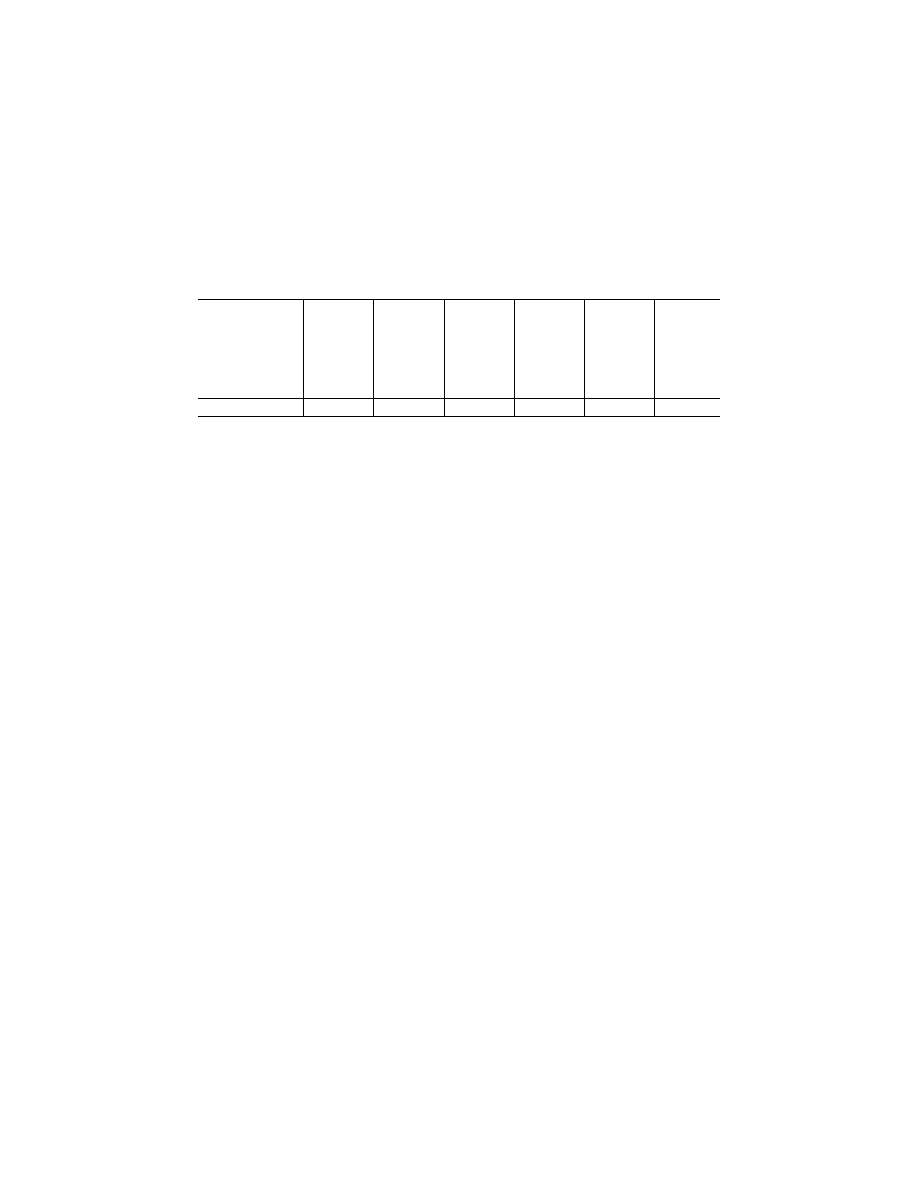
319
Federal Aviation Administration, DOT
Pt. 121, App. P
T
ABLE
2—O
PERATORS
T
HAT
D
O
N
OT
T
RANSPORT
H
AZARDOUS
M
ATERIALS
—W
ILL
-N
OT
-C
ARRY
C
ERTIFICATE
H
OLDERS
—Continued
Aspects of transport of
hazardous materials by
air with which they must
be familiar, as a min-
imum
(See Note 1)
Shippers
(See Note 2)
Will-not-carry
Operators and
ground-han-
dling agent’s
staff accepting
cargo other
than haz-
ardous mate-
rials
(See Note 3)
Will-not-carry
Operators and
ground-han-
dling agents
staff respon-
sible for the
handling, stor-
age, and load-
ing of cargo
and baggage
Will-not-carry
Passenger-
handling staff
Will-not-carry
Flight crew
members and
load planners
Will-not-carry
Crew mem-
bers (other
than flight
crew mem-
bers)
Will-not-carry
Emergency procedures
X
X
X
X
X
X
Note 1—Depending on the responsibilities of the person, the aspects of training to be covered may vary from those shown in
the table.
Note 2—When a person offers a consignment of hazmat, including COMAT, for air transport for or on behalf of the certificate
holder, then that person must be properly trained. All shippers of hazmat must be trained under 49 CFR. The shipper functions
in 49 CFR mirror the training aspects that must be covered for any shipper, including a will-not-carry certificate holder offering
dangerous goods for transport, with the exception of recognition training. Recognition training is a separate FAA requirement in
the certificate holder’s training program.
Note 3—When an operator, its subsidiary, or an agent of the operator is undertaking the responsibilities of acceptance staff,
such as the passenger handling staff accepting small parcel cargo, the certificate holder, its subsidiary, or the agent must be
trained in the certificate holder’s training program and comply with the acceptance staff training requirements.
[Doc. No. FAA–2003–15085, 70 FR 58825, Oct. 7, 2005, as amended by Amdt. 121–318, 70 FR 75396,
Dec. 20, 2005]
A
PPENDIX
P
TO
P
ART
121—R
EQUIRE
-
MENTS FOR
ETOPS
AND
P
OLAR
O
P
-
ERATIONS
The FAA approves ETOPS in accordance
with the requirements and limitations in
this appendix.
Section I.
ETOPS Approvals: Airplanes with
Two engines.
(a)
Propulsion system reliability for ETOPS.
(1) Before the FAA grants ETOPS oper-
ational approval, the operator must be able
to demonstrate the ability to achieve and
maintain the level of propulsion system reli-
ability, if any, that is required by § 21.4(b)(2)
of this chapter for the ETOPS-approved air-
plane-engine combination to be used.
(2) Following ETOPS operational approval,
the operator must monitor the propulsion
system reliability for the airplane-engine
combination used in ETOPS, and take action
as required by § 121.374(i) for the specified
IFSD rates.
(b)
75 Minutes ETOPS
—(1)
Caribbean/Western
Atlantic Area.
The FAA grants approvals to
conduct
ETOPS with maximum diversion times up
to 75 minutes on Western Atlantic/Caribbean
area routes as follows:
(i) The FAA reviews the airplane-engine
combination to ensure the absence of factors
that could prevent safe operations. The air-
plane-engine combination need not be type-
design-approved for ETOPS; however, it
must have sufficient favorable experience to
demonstrate to the Administrator a level of
reliability appropriate for 75-minute ETOPS.
(ii) The certificate holder must comply
with the requirements of § 121.633 for time-
limited system planning.
(iii) The certificate holder must operate in
accordance with the ETOPS authority as
contained in its operations specifications.
(iv) The certificate holder must comply
with the maintenance program requirements
of § 121.374, except that a pre-departure serv-
ice check before departure of the return
flight is not required.
(2)
Other Areas.
The FAA grants approvals
to conduct ETOPS with maximum diversion
times up to 75 minutes on other than West-
ern Atlantic/Caribbean area routes as fol-
lows:
(i) The FAA reviews the airplane-engine
combination to ensure the absence of factors
that could prevent safe operations. The air-
plane-engine combination need not be type-
design-approved for ETOPS; however, it
must have sufficient favorable experience to
demonstrate to the Administrator a level of
reliability appropriate for 75-minute ETOPS.
(ii) The certificate holder must comply
with the requirements of § 121.633 for time-
limited system planning.
(iii) The certificate holder must operate in
accordance with the ETOPS authority as
contained in its operations specifications.
(iv) The certificate holder must comply
with the maintenance program requirements
of § 121.374.
(v) The certificate holder must comply
with the MEL in its operations specifications
for 120-minute ETOPS.
(c)
90-minutes ETOPS (Micronesia).
The FAA
grants approvals to conduct ETOPS with
maximum diversion times up to 90 minutes
on Micronesian area routes as follows:
(1) The airplane-engine combination must
be type-design approved for ETOPS of at
least 120-minutes.
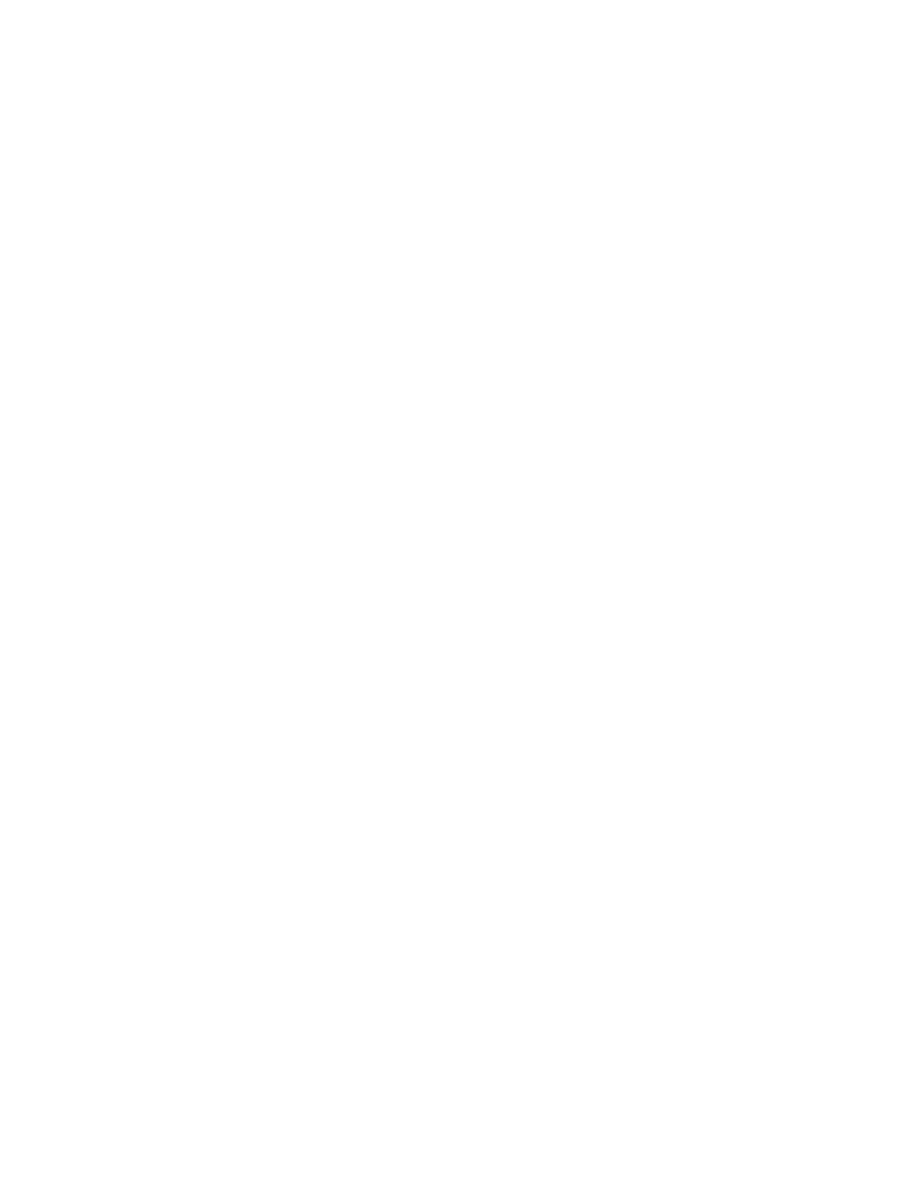
320
14 CFR Ch. I (1–1–24 Edition)
Pt. 121, App. P
(2) The certificate holder must operate in
accordance with the ETOPS authority as
contained in its operations specifications.
(3) The certificate holder must comply
with the maintenance program requirements
of § 121.374, except that a pre-departure serv-
ice check before departure of the return
flight is not required.
(4) The certificate holder must comply
with the MEL requirements in its operations
specifications for 120-minute ETOPS.
(d)
120-minute ETOPS.
The FAA grants ap-
provals to conduct ETOPS with maximum
diversion times up to 120 minutes as follows:
(1) The airplane-engine combination must
be type-design-approved for ETOPS of at
least 120 minutes.
(2) The certificate holder must operate in
accordance with the ETOPS authority as
contained in its operations specifications.
(3) The certificate holder must comply
with the maintenance program requirements
of § 121.374.
(4) The certificate holder must comply
with the MEL requirements for 120-minute
ETOPS.
(e)
138-Minute ETOPS.
The FAA grants ap-
proval to conduct ETOPS with maximum di-
version times up to 138 minutes as follows:
(1)
Operators with 120-minute ETOPS ap-
proval.
The FAA grants 138-minute ETOPS
approval as an extension of an existing 120-
minute ETOPS approval as follows:
(i) The authority may be exercised only for
specific flights for which the 120-minute di-
version time must be exceeded.
(ii) For these flight-by-flight exceptions,
the airplane-engine combination must be
type-design-approved for ETOPS up to at
least 120 minutes. The capability of the air-
plane’s time-limited systems may not be less
than 138 minutes calculated in accordance
with § 121.633.
(iii) The certificate holder must operate in
accordance with the ETOPS authority as
contained in its operations specifications.
(iv) The certificate holder must comply
with the maintenance program requirements
of § 121.374.
(v) The certificate holder must comply
with minimum equipment list (MEL) re-
quirements in its operations specifications
for ‘‘beyond 120 minutes ETOPS’’. Operators
without a ‘‘beyond 120-minute ETOPS’’ MEL
may apply through their responsible Flight
Standards office for a modified MEL which
satisfies the master MEL policy for system/
component relief in ETOPS beyond 120 min-
utes.
(vi) The certificate holder must conduct
training for maintenance, dispatch, and
flight crew personnel regarding differences
between 138-minute ETOPS authority and its
previously-approved 120-minute ETOPS au-
thority.
(2)
Operators with existing 180-minute ETOPS
approval.
The FAA grants approvals to con-
duct 138-minute ETOPS (without the limita-
tion in paragraph (e)(1)(i) of section I of this
appendix) to certificate holders with existing
180-minute ETOPS approval as follows:
(i) The airplane-engine combination must
be type-design-approved for ETOPS of at
least 180 minutes.
(ii) The certificate holder must operate in
accordance with the ETOPS authority as
contained in its operations specifications.
(iii) The certificate holder must comply
with the maintenance program requirements
of § 121.374.
(iv) The certificate holder must comply
with the MEL requirements for ‘‘beyond 120
minutes ETOPS.’’
(v) The certificate holder must conduct
training for maintenance, dispatch and flight
crew personnel for differences between 138-
minute ETOPS diversion approval and its
previously approved 180-minute ETOPS di-
version authority.
(f)
180-minute ETOPS.
The FAA grants ap-
proval to conduct ETOPS with diversion
times up to 180 minutes as follows:
(1) For these operations the airplane-en-
gine combination must be type-design-ap-
proved for ETOPS of at least 180 minutes.
(2) The certificate holder must operate in
accordance with the ETOPS authority as
contained in its operations specifications.
(3) The certificate holder must comply
with the maintenance program requirements
of § 121.374.
(4) The certificate holder must comply
with the MEL requirements for ‘‘beyond 120
minutes ETOPS.’’
(g)
Greater than 180-minute ETOPS.
The
FAA grants approval to conduct ETOPS
greater than 180 minutes. The following are
requirements for all operations greater than
180 minutes.
(1) The FAA grants approval only to cer-
tificate holders with existing 180-minute
ETOPS operating authority for the airplane-
engine combination to be operated.
(2) The certificate holder must have pre-
vious ETOPS experience satisfactory to the
Administrator.
(3) In selecting ETOPS Alternate Airports,
the operator must make every effort to plan
ETOPS with maximum diversion distances
of 180 minutes or less, if possible. If condi-
tions necessitate using an ETOPS Alternate
Airport beyond 180 minutes, the route may
be flown only if the requirements for the spe-
cific operating area in paragraph (h) or (i) of
section I of this appendix are met.
(4) The certificate holder must inform the
flight crew each time an airplane is proposed
for dispatch for greater than 180 minutes and
tell them why the route was selected.
(5) In addition to the equipment specified
in the certificate holder’s MEL for 180-
minute ETOPS, the following systems must
be operational for dispatch:
(i) The fuel quantity indicating system.
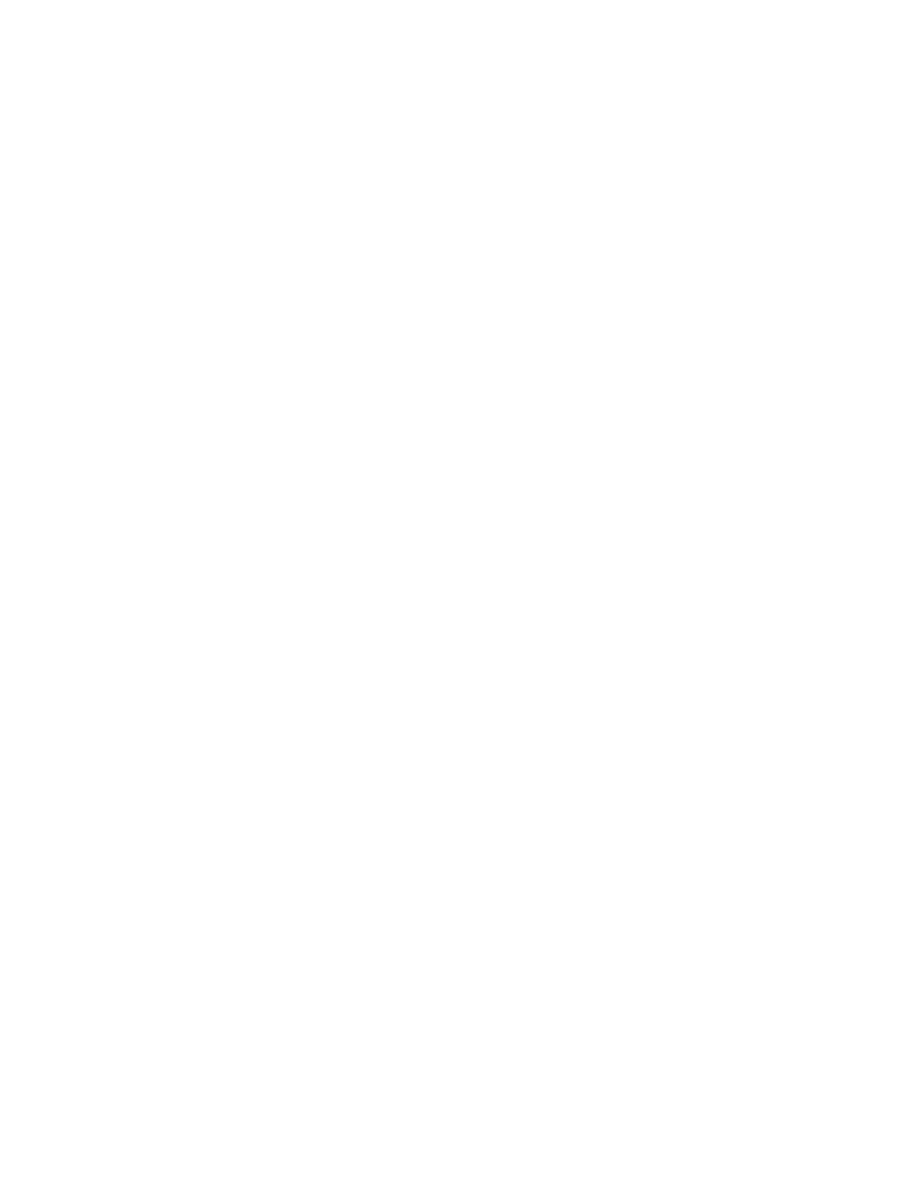
321
Federal Aviation Administration, DOT
Pt. 121, App. P
(ii) The APU (including electrical and
pneumatic supply and operating to the
APU’s designed capability).
(iii) The auto throttle system.
(iv) The communication system required
by § 121.99(d) or § 121.122(c), as applicable.
(v) One-engine-inoperative auto-land capa-
bility, if flight planning is predicated on its
use.
(6) The certificate holder must operate in
accordance with the ETOPS authority as
contained in its operations specifications.
(7) The certificate holder must comply
with the maintenance program requirements
of § 121.374.
(h)
207-minute ETOPS in the North Pacific
Area of Operations.
(1) The FAA grants ap-
proval to conduct ETOPS with maximum di-
version times up to 207 minutes in the North
Pacific Area of Operations as an extension to
180-minute ETOPS authority to be used on
an exception basis. This exception may be
used only on a flight-by-flight basis when an
ETOPS Alternate Airport is not available
within 180 minutes for reasons such as polit-
ical or military concerns; volcanic activity;
temporary airport conditions; and airport
weather below dispatch requirements or
other weather related events.
(2) The nearest available ETOPS Alternate
Airport within 207 minutes diversion time
must be specified in the dispatch or flight re-
lease.
(3) In conducting such a flight the certifi-
cate holder must consider Air Traffic Serv-
ice’s preferred track.
(4) The airplane-engine combination must
be type-design-approved for ETOPS of at
least 180 minutes. The approved time for the
airplane’s most limiting ETOPS significant
system and most limiting cargo-fire suppres-
sion time for those cargo and baggage com-
partments required by regulation to have
fire-suppression systems must be at least 222
minutes.
(5) The certificate holder must track how
many times 207-minute authority is used.
(i)
240-minute ETOPS in the North Polar
Area, in the area north of the NOPAC, and in
the Pacific Ocean north of the equator.
(1) The
FAA grants approval to conduct 240-minute
ETOPS authority with maximum diversion
times in the North Polar Area, in the area
north of the NOPAC area, and the Pacific
Ocean area north of the equator as an exten-
sion to 180-minute ETOPS authority to be
used on an exception basis. This exception
may be used only on a flight-by-flight basis
when an ETOPS Alternate Airport is not
available within 180 minutes. In that case,
the nearest available ETOPS Alternate Air-
port within 240 minutes diversion time must
be specified in the dispatch or flight release.
(2) This exception may be used in the
North Polar Area and in the area north of
NOPAC only in extreme conditions par-
ticular to these areas such as volcanic activ-
ity, extreme cold weather at en-route air-
ports, airport weather below dispatch re-
quirements, temporary airport conditions,
and other weather related events. The cri-
teria used by the certificate holder to decide
that extreme weather precludes using an air-
port must be established by the certificate
holder, accepted by the FAA, and published
in the certificate holder’s manual for the use
of dispatchers and pilots.
(3) This exception may be used in the Pa-
cific Ocean area north of the equator only
for reasons such as political or military con-
cern, volcanic activity, airport weather
below dispatch requirements, temporary air-
port conditions and other weather related
events.
(4) The airplane-engine combination must
be type design approved for ETOPS greater
than 180 minutes.
(j)
240-minute ETOPS in areas South of the
equator.
(1) The FAA grants approval to con-
duct ETOPS with maximum diversion times
of up to 240 minutes in the following areas:
(i) Pacific oceanic areas between the U.S.
West coast and Australia, New Zealand and
Polynesia.
(ii) South Atlantic oceanic areas.
(iii) Indian Ocean areas.
(iv) Oceanic areas between Australia and
South America.
(2) The operator must designate the near-
est available ETOPS Alternate Airports
along the planned route of flight.
(3) The airplane-engine combination must
be type-design-approved for ETOPS greater
than 180 minutes.
(k)
ETOPS beyond 240 minutes.
(1) The FAA
grants approval to conduct ETOPS with di-
version times beyond 240 minutes for oper-
ations between specified city pairs on routes
in the following areas:
(i) The Pacific oceanic areas between the
U.S. west coast and Australia, New Zealand,
and Polynesia;
(ii) The South Atlantic oceanic areas;
(iii) The Indian Oceanic areas; and
(iv) The oceanic areas between Australia
and South America, and the South Polar
Area.
(2) This approval is granted to certificate
holders who have been operating under 180-
minute or greater ETOPS authority for at
least 24 consecutive months, of which at
least 12 consecutive months must be under
240-minute ETOPS authority with the air-
plane-engine combination to be used.
(3) The operator must designate the near-
est available ETOPS alternate or alternates
along the planned route of flight.
(4) For these operations, the airplane-en-
gine combination must be type-design-ap-
proved for ETOPS greater than 180 minutes.
Section II.
ETOPS Approval: Passenger-car-
rying Airplanes With More Than Two Engines.
(a) The FAA grants approval to conduct
ETOPS, as follows:

322
14 CFR Ch. I (1–1–24 Edition)
Pt. 125
(1) Except as provided in § 121.162, the air-
plane-engine combination must be type-de-
sign-approved for ETOPS.
(2) The operator must designate the near-
est available ETOPS Alternate Airports
within 240 minutes diversion time (at one-en-
gine-inoperative cruise speed under standard
conditions in still air). If an ETOPS alter-
nate is not available within 240 minutes, the
operator must designate the nearest avail-
able ETOPS Alternate Airports along the
planned route of flight.
(3) The MEL limitations for the authorized
ETOPS diversion time apply.
(i) The Fuel Quantity Indicating System
must be operational.
(ii) The communications systems required
by § 121.99(d) or § 121.122(c) must be oper-
ational.
(4) The certificate holder must operate in
accordance with the ETOPS authority as
contained in its operations specifications.
Section III.
Approvals for operations whose
airplane routes are planned to traverse either
the North Polar or South Polar Areas.
(a) Except for intrastate operations within
the State of Alaska, no certificate holder
may operate an aircraft in the North Polar
Area or South Polar Area, unless authorized
by the FAA.
(b) In addition to any of the applicable re-
quirements of sections I and II of this appen-
dix, the certificate holder’s operations speci-
fications must contain the following:
(1) The designation of airports that may be
used for en-route diversions and the require-
ments the airports must meet at the time of
diversion.
(2) Except for supplemental all-cargo oper-
ations, a recovery plan for passengers at des-
ignated diversion airports.
(3) A fuel-freeze strategy and procedures
for monitoring fuel freezing.
(4) A plan to ensure communication capa-
bility for these operations.
(5) An MEL for these operations.
(6) A training plan for operations in these
areas.
(7) A plan for mitigating crew exposure to
radiation during solar flare activity.
(8) A plan for providing at least two cold
weather anti-exposure suits in the aircraft,
to protect crewmembers during outside ac-
tivity at a diversion airport with extreme
climatic conditions. The FAA may relieve
the certificate holder from this requirement
if the season of the year makes the equip-
ment unnecessary.
[Doc. No. FAA–2002–6717, 72 FR 1883, Jan. 16,
2007, as amended by Docket FAA–2018–0119,
Amdt. 121–380, 83 FR 9173, Mar. 5, 2018]
PART 125—CERTIFICATION AND
OPERATIONS: AIRCRAFT HAVING
A SEATING CAPACITY OF 20 OR
MORE PASSENGERS OR A MAX-
IMUM PAYLOAD CAPACITY OF
6,000 POUNDS OR MORE; AND
RULES GOVERNING PERSONS ON
BOARD SUCH AIRCRAFT
S
PECIAL
F
EDERAL
A
VIATION
R
EGULATION
N
O
.
89 [N
OTE
]
S
PECIAL
F
EDERAL
A
VIATION
R
EGULATION
N
O
.
97 [N
OTE
]
S
PECIAL
F
EDERAL
A
VIATION
R
EGULATION
N
O
.
118–2
Subpart A—General
Sec.
125.1
Applicability.
125.3
Deviation authority.
125.5
Operating certificate and operations
specifications required.
125.7
Display of certificate.
125.9
Definitions.
125.11
Certificate eligibility and prohibited
operations.
Subpart B—Certification Rules and
Miscellaneous Requirements
125.21
Application for operating certificate.
125.23
Rules applicable to operations subject
to this part.
125.25
Management personnel required.
125.26
Employment of former FAA employ-
ees.
125.27
Issue of certificate.
125.29
Duration of certificate.
125.31
Contents of certificate and operations
specifications.
125.33
Operations specifications not a part
of certificate.
125.35
Amendment of operations specifica-
tions.
125.37
Duty period limitations.
125.39
Carriage of narcotic drugs, mari-
huana, and depressant or stimulant drugs
or substances.
125.41
Availability of certificate and oper-
ations specifications.
125.43
Use of operations specifications.
125.45
Inspection authority.
125.47
Change of address.
125.49
Airport requirements.
125.51
En route navigation facilities.
125.53
Flight locating requirements.
Subpart C—Manual Requirements
125.71
Preparation.
125.73
Contents.
125.75
Airplane flight manual.

























































































































































































































































